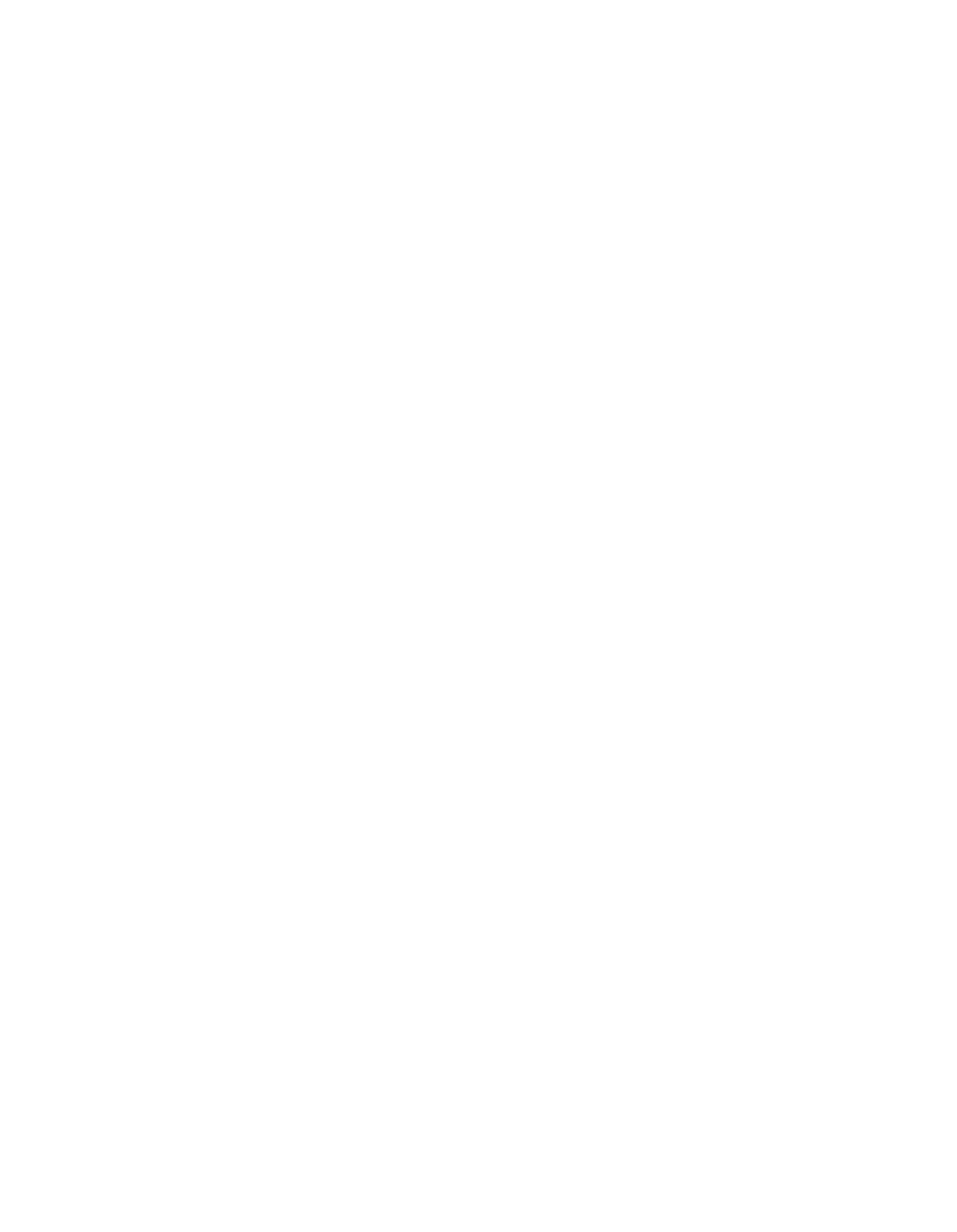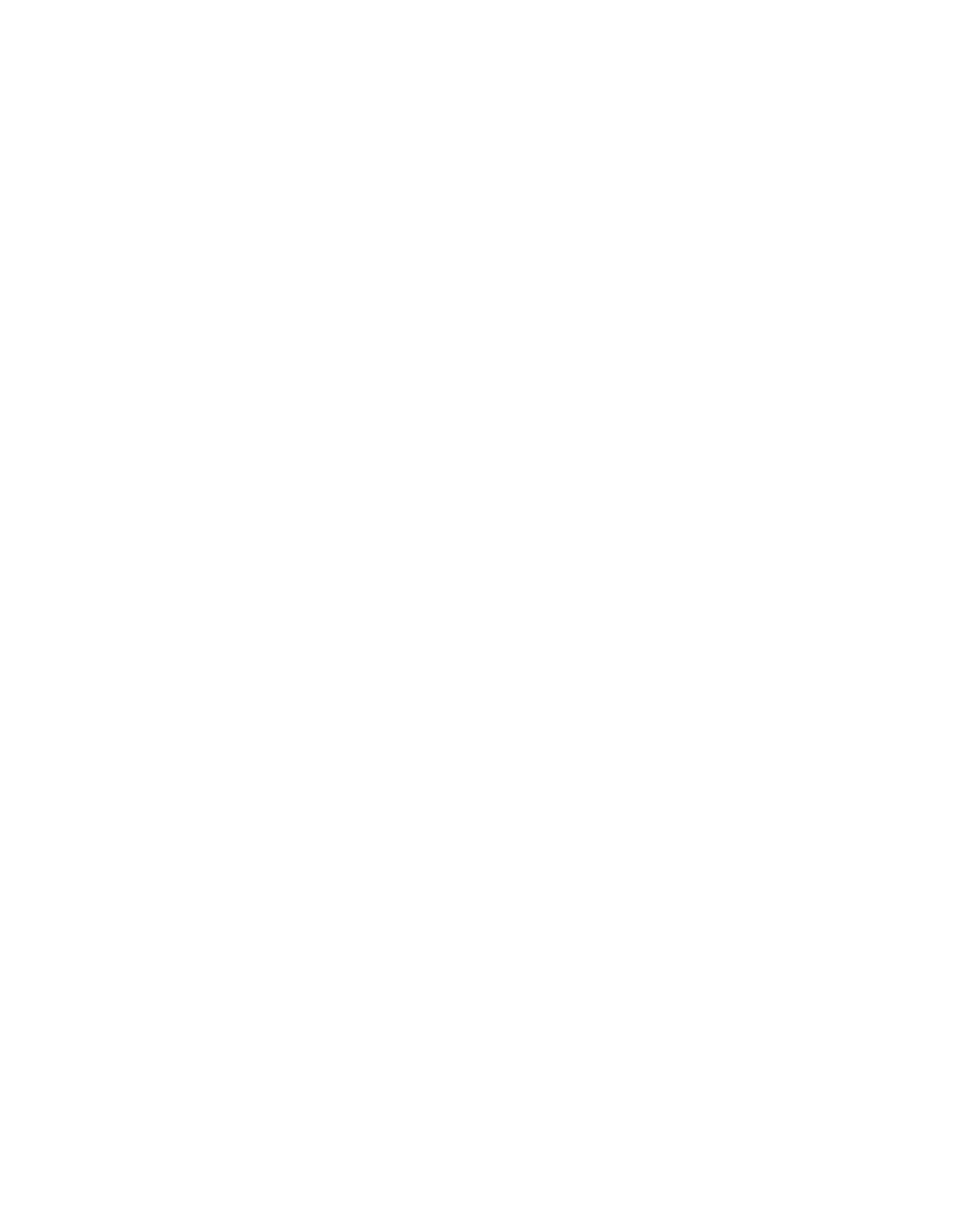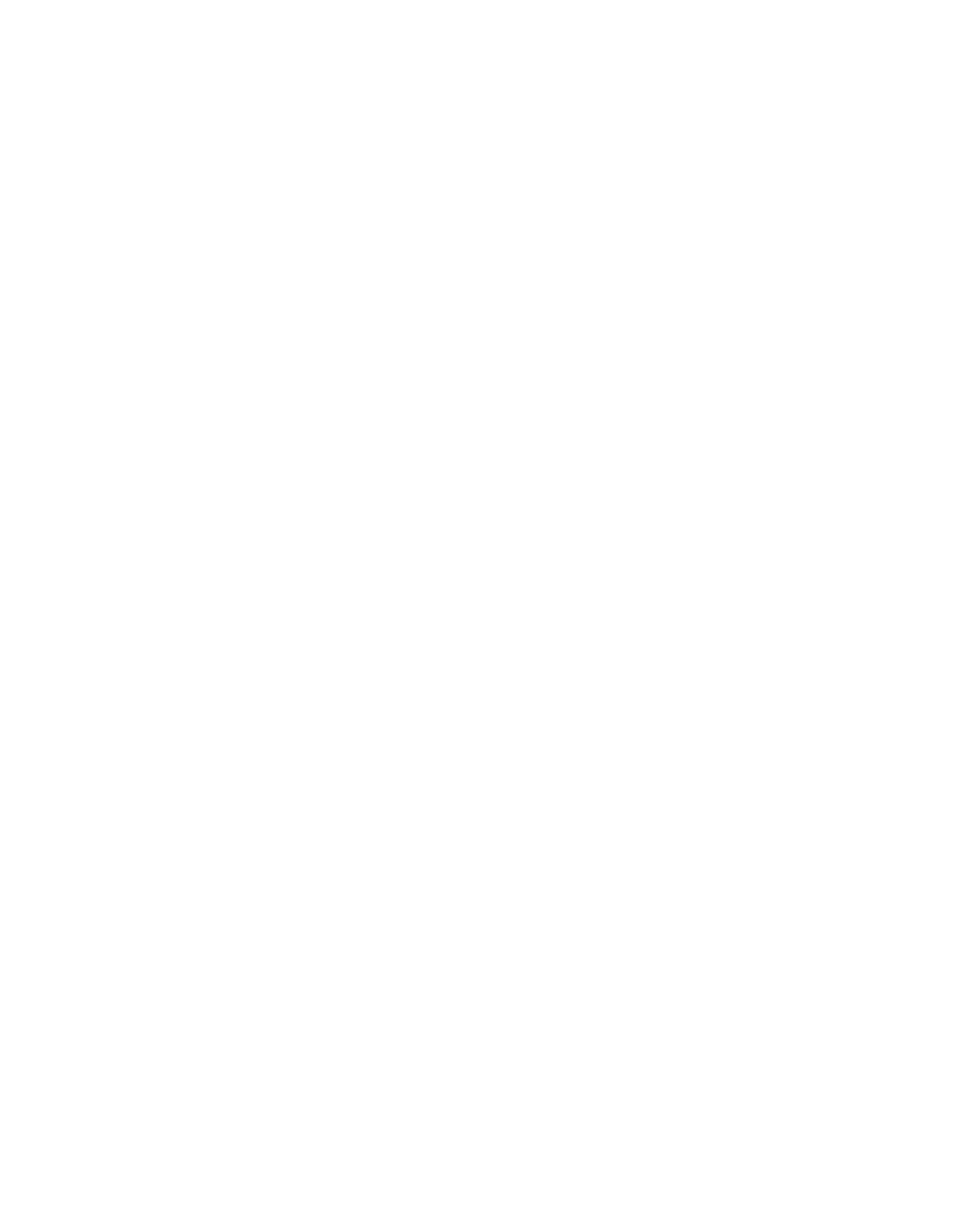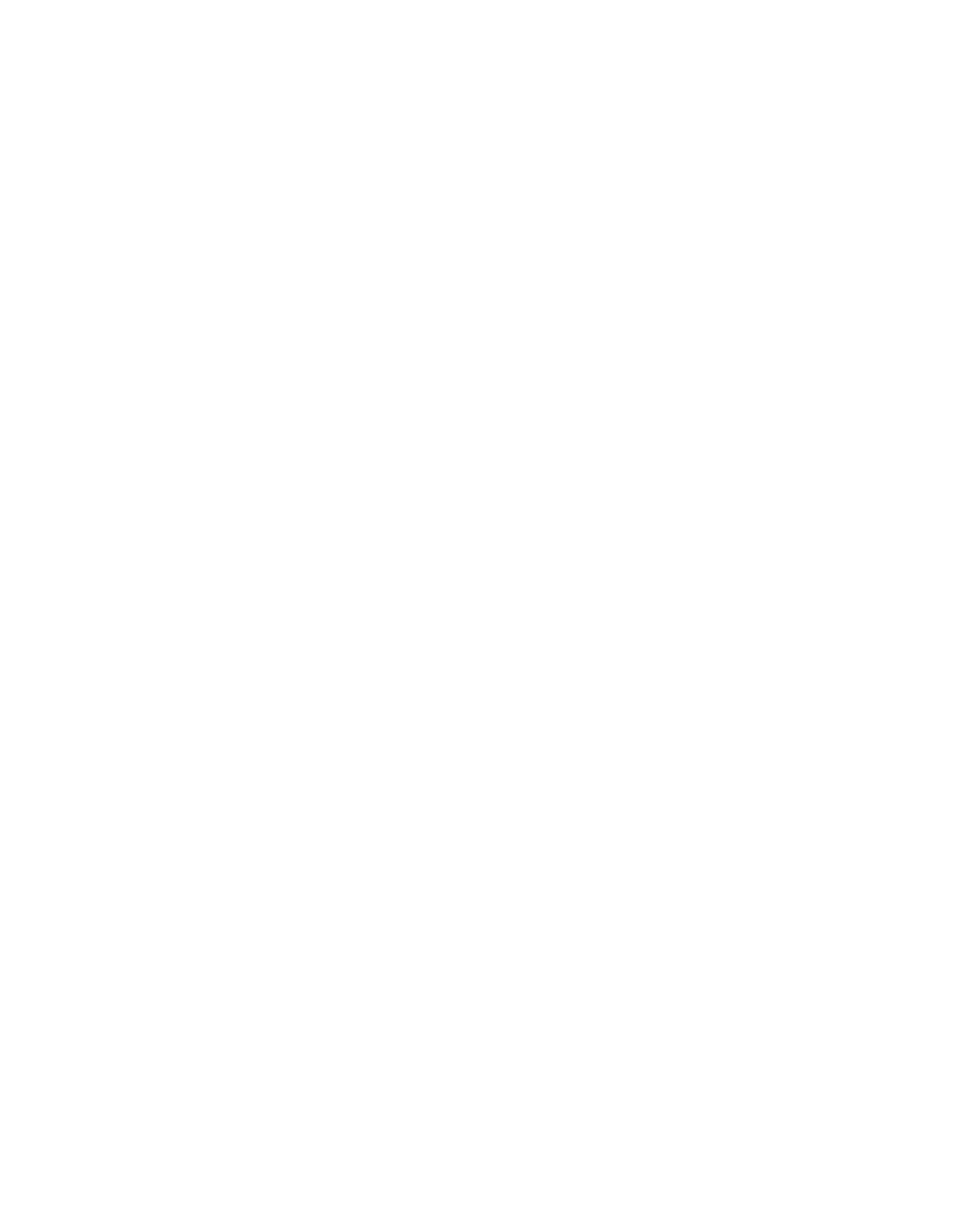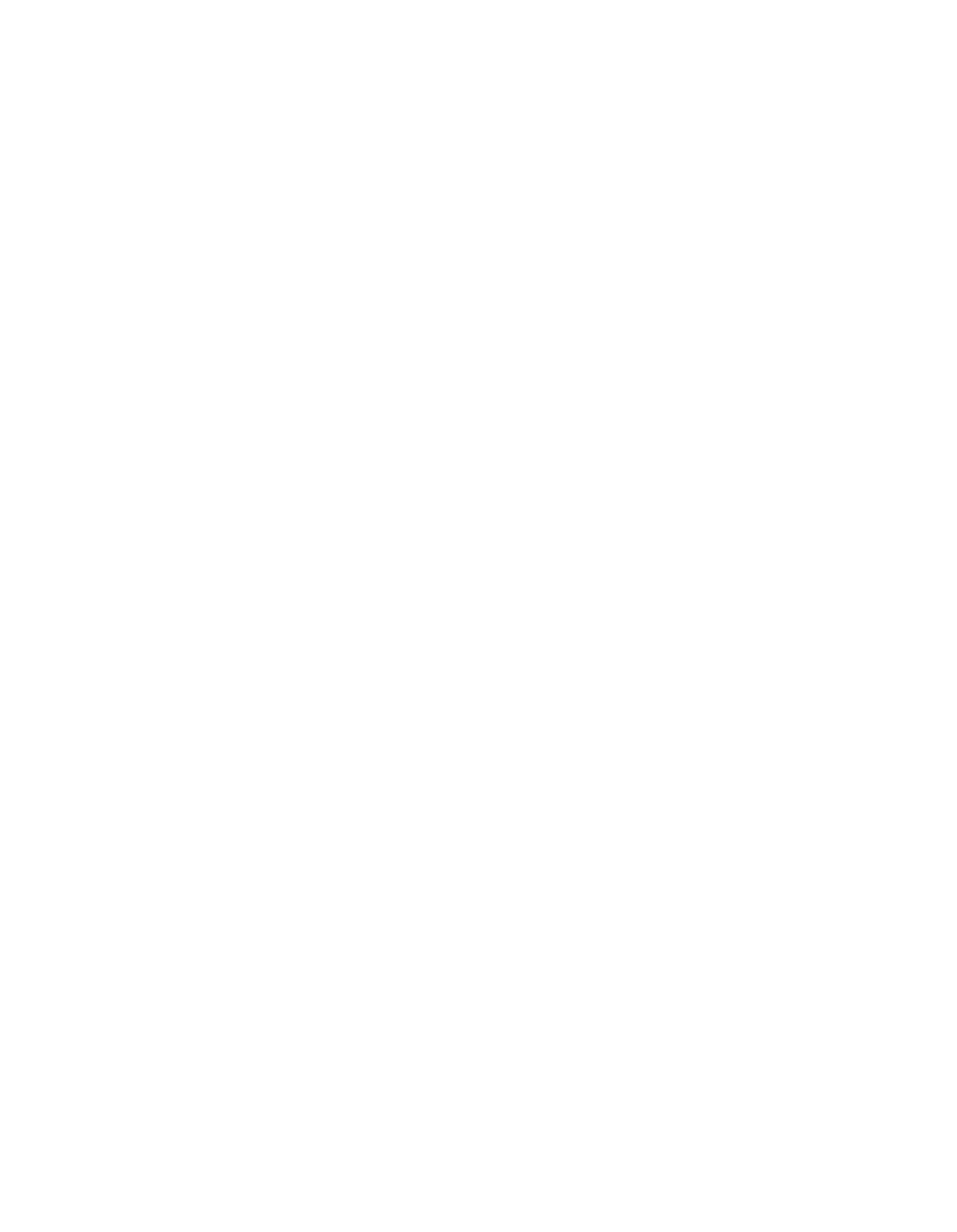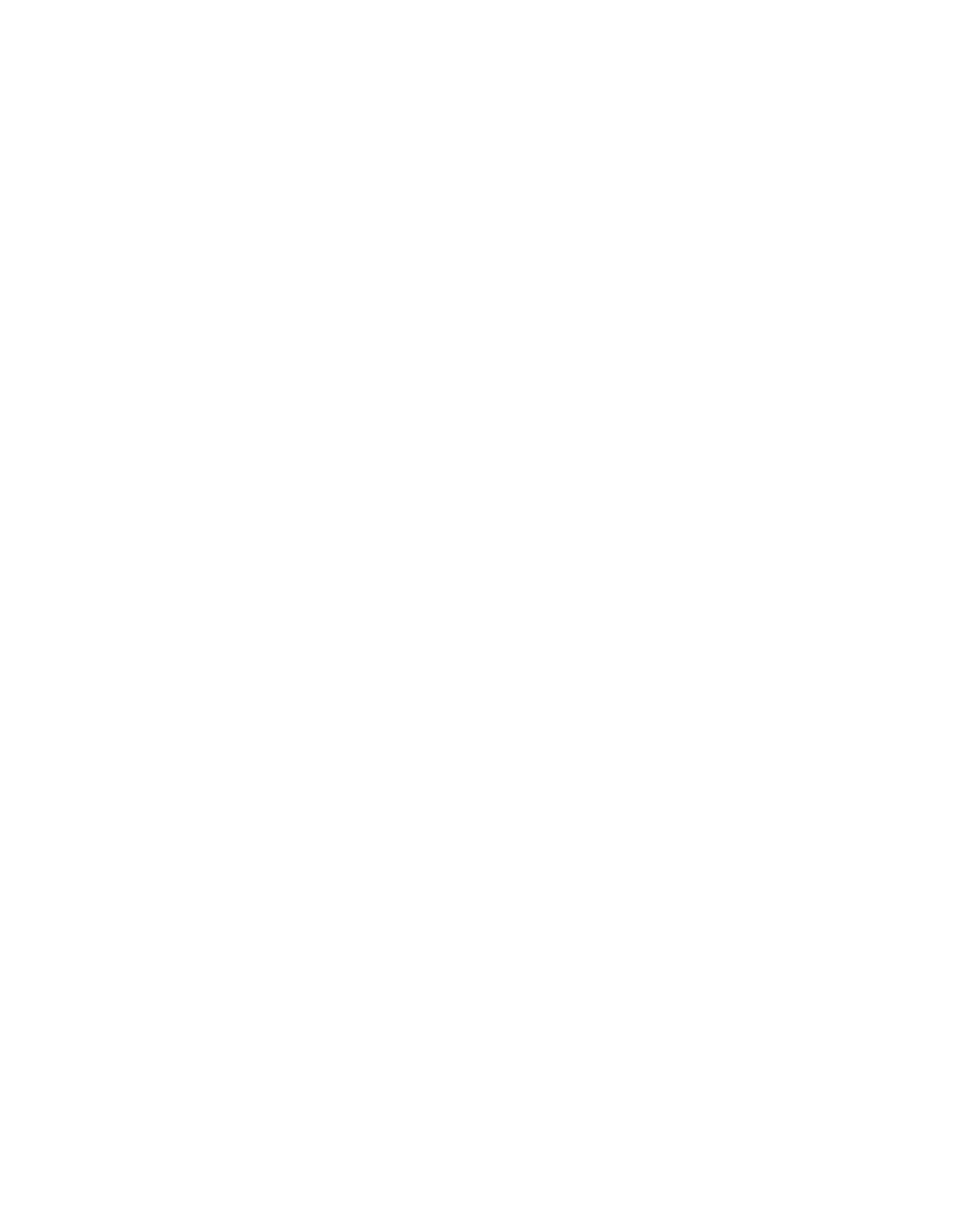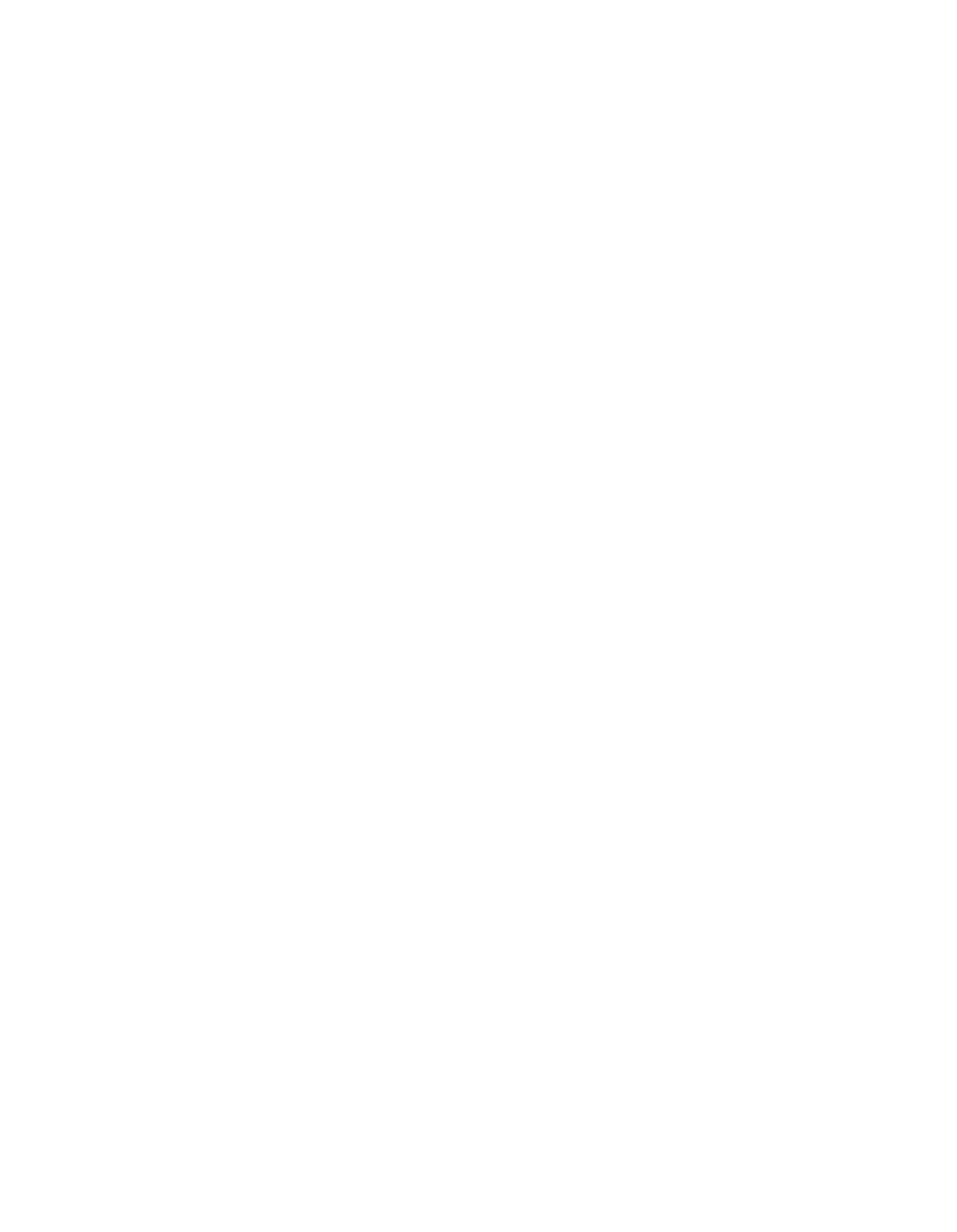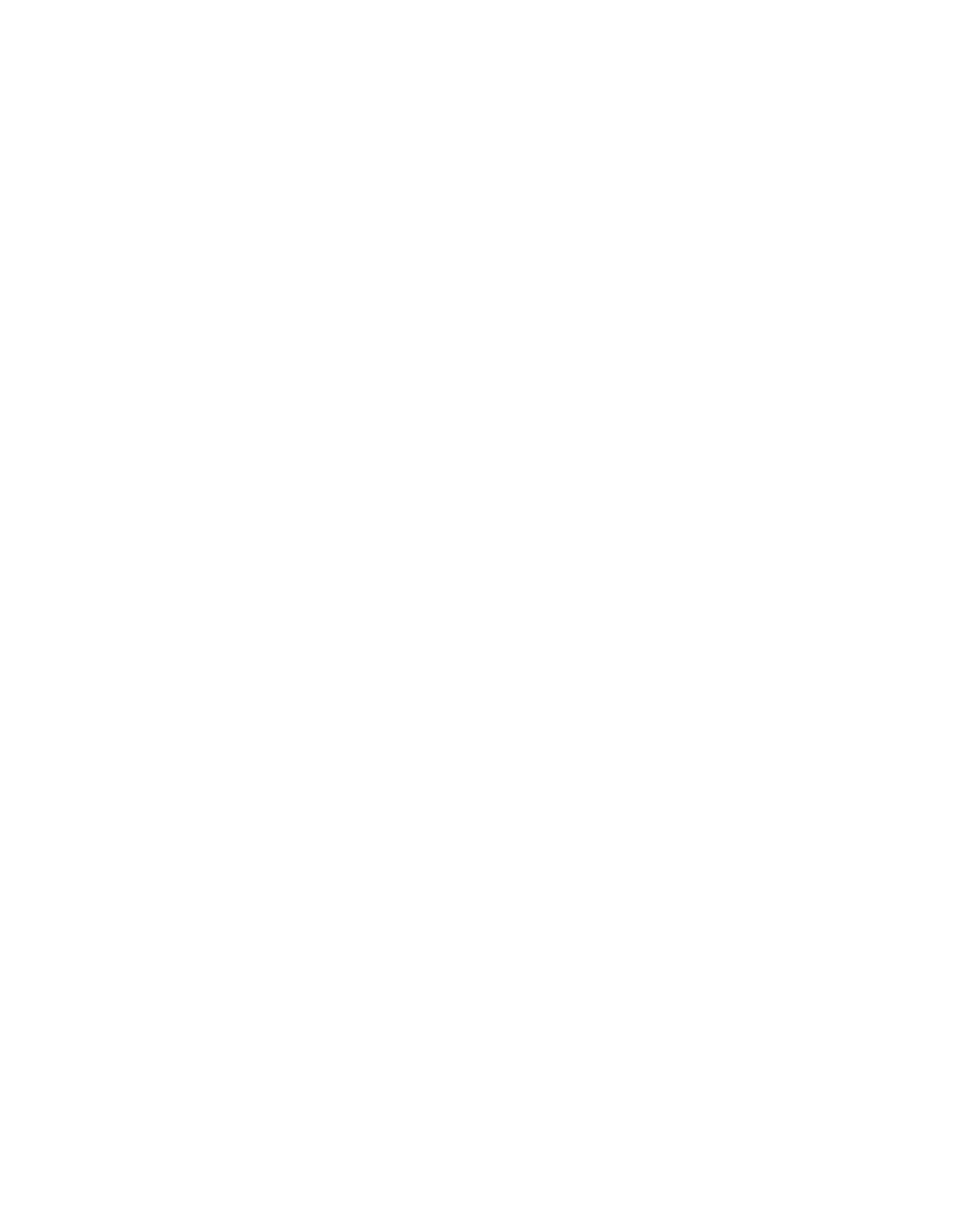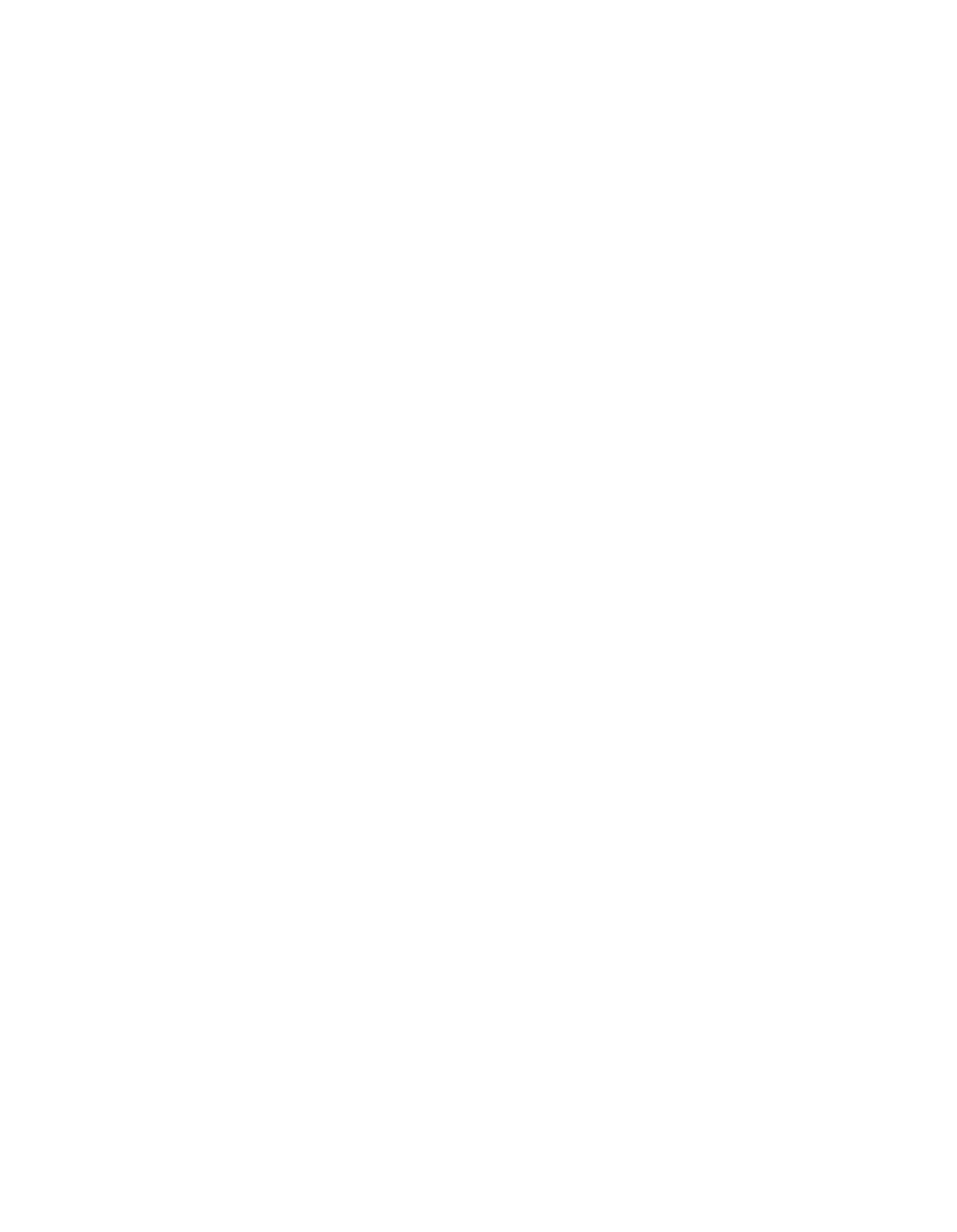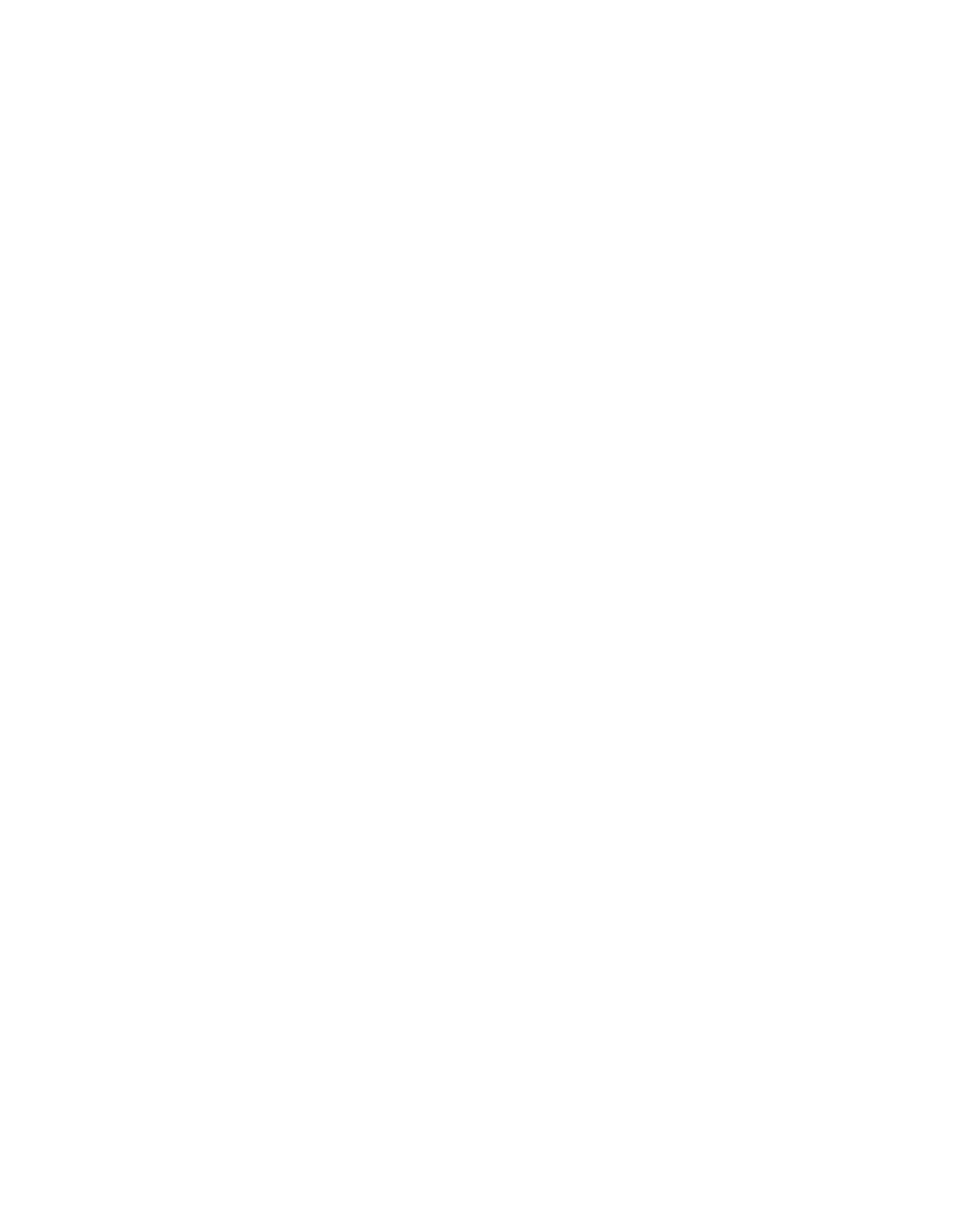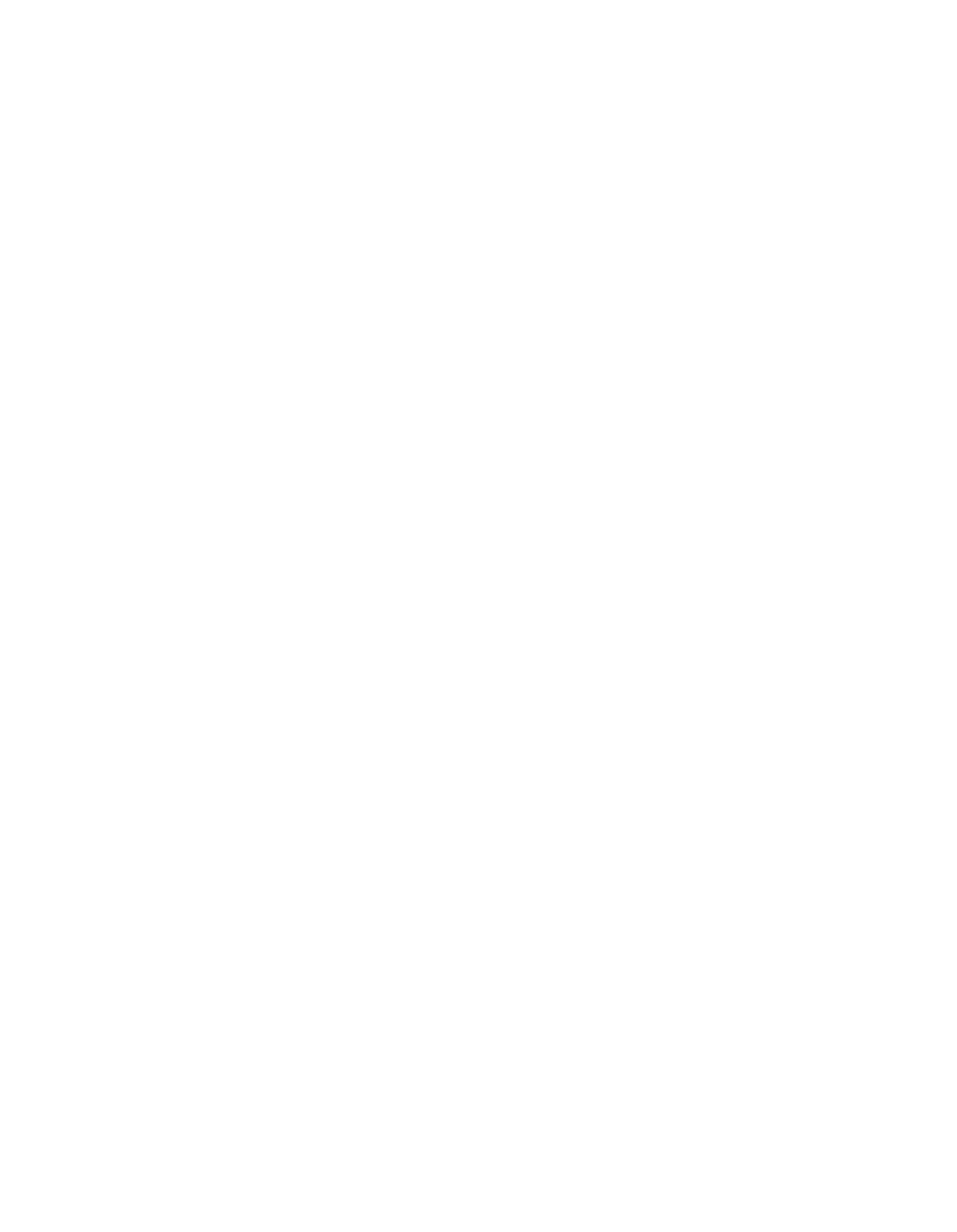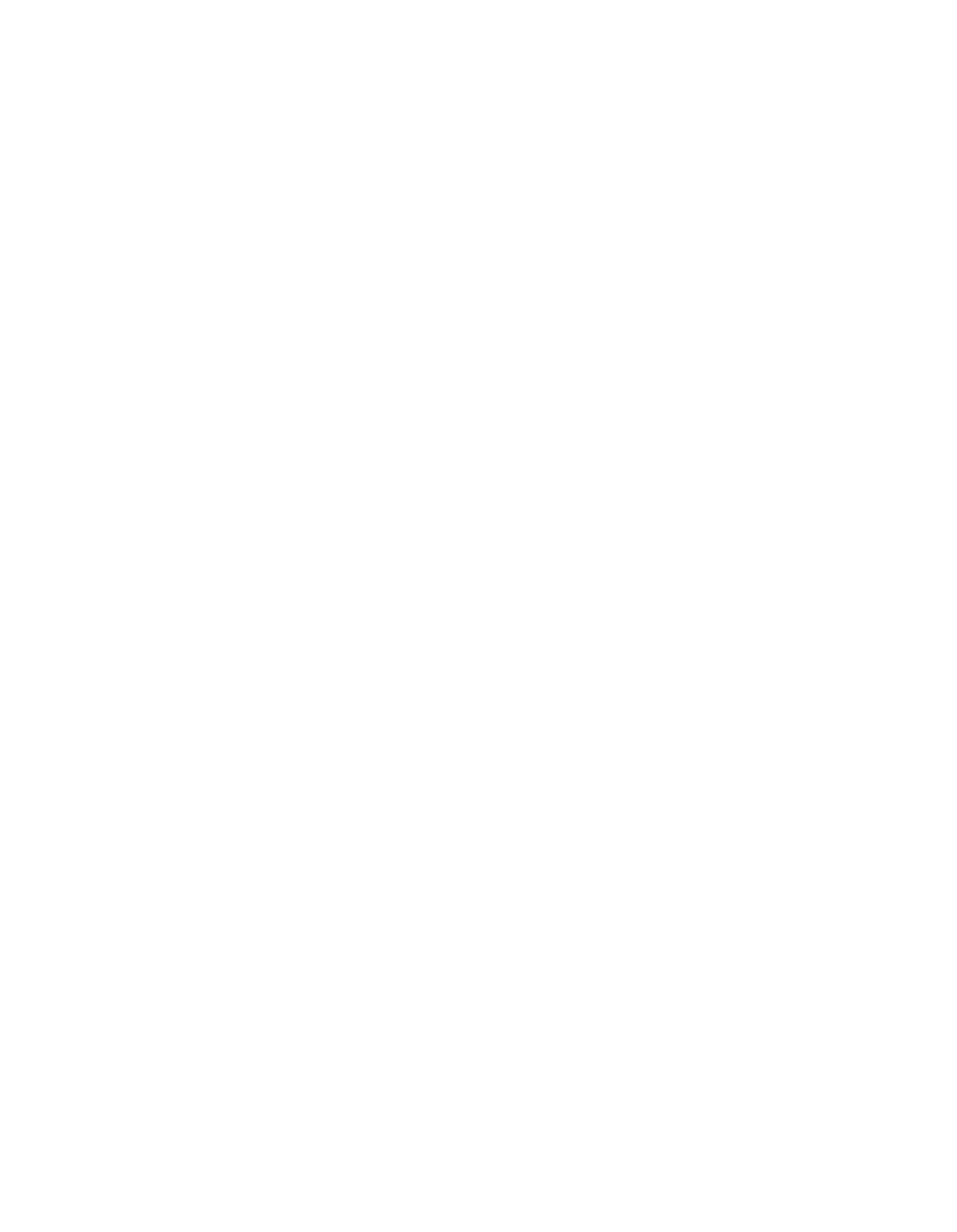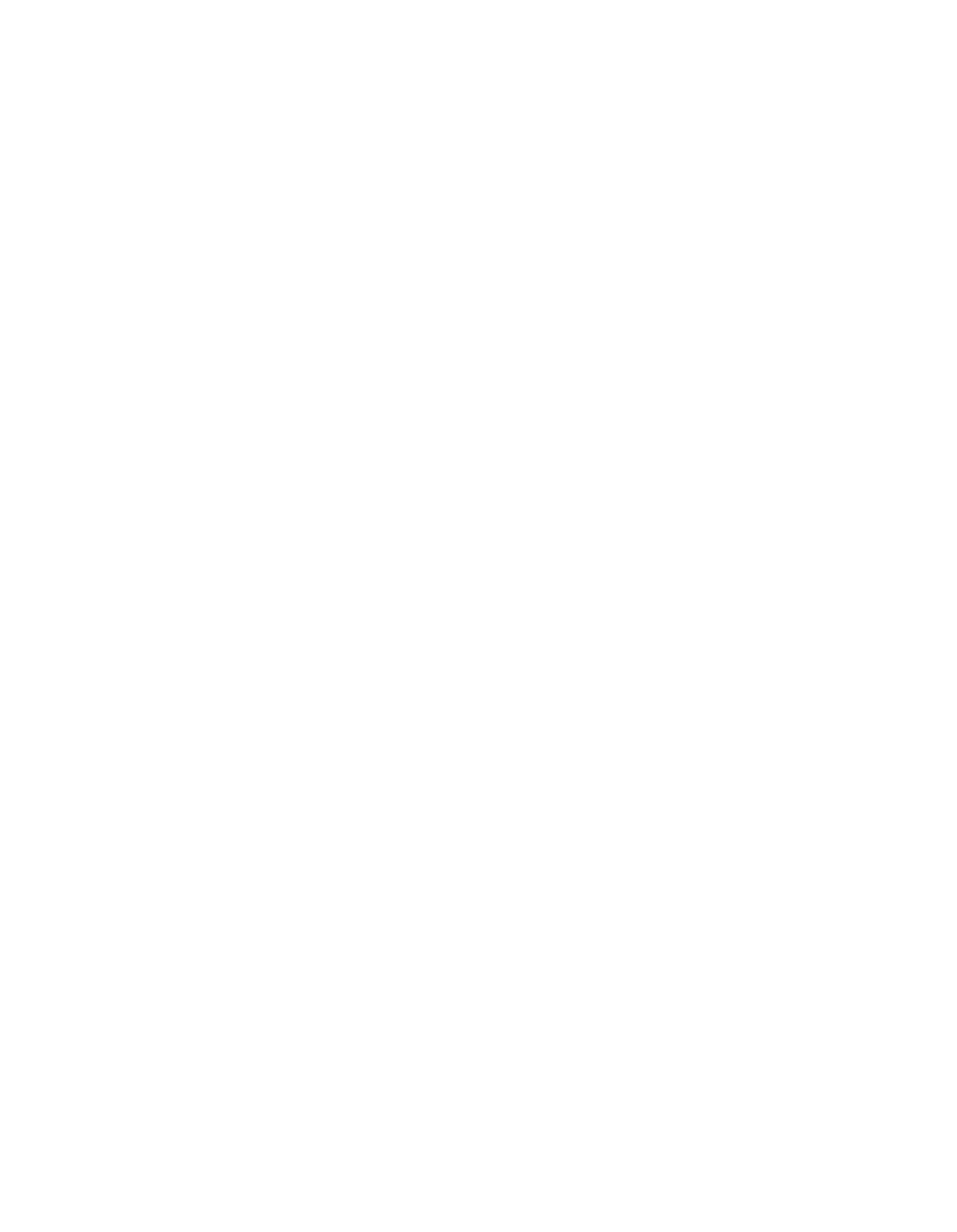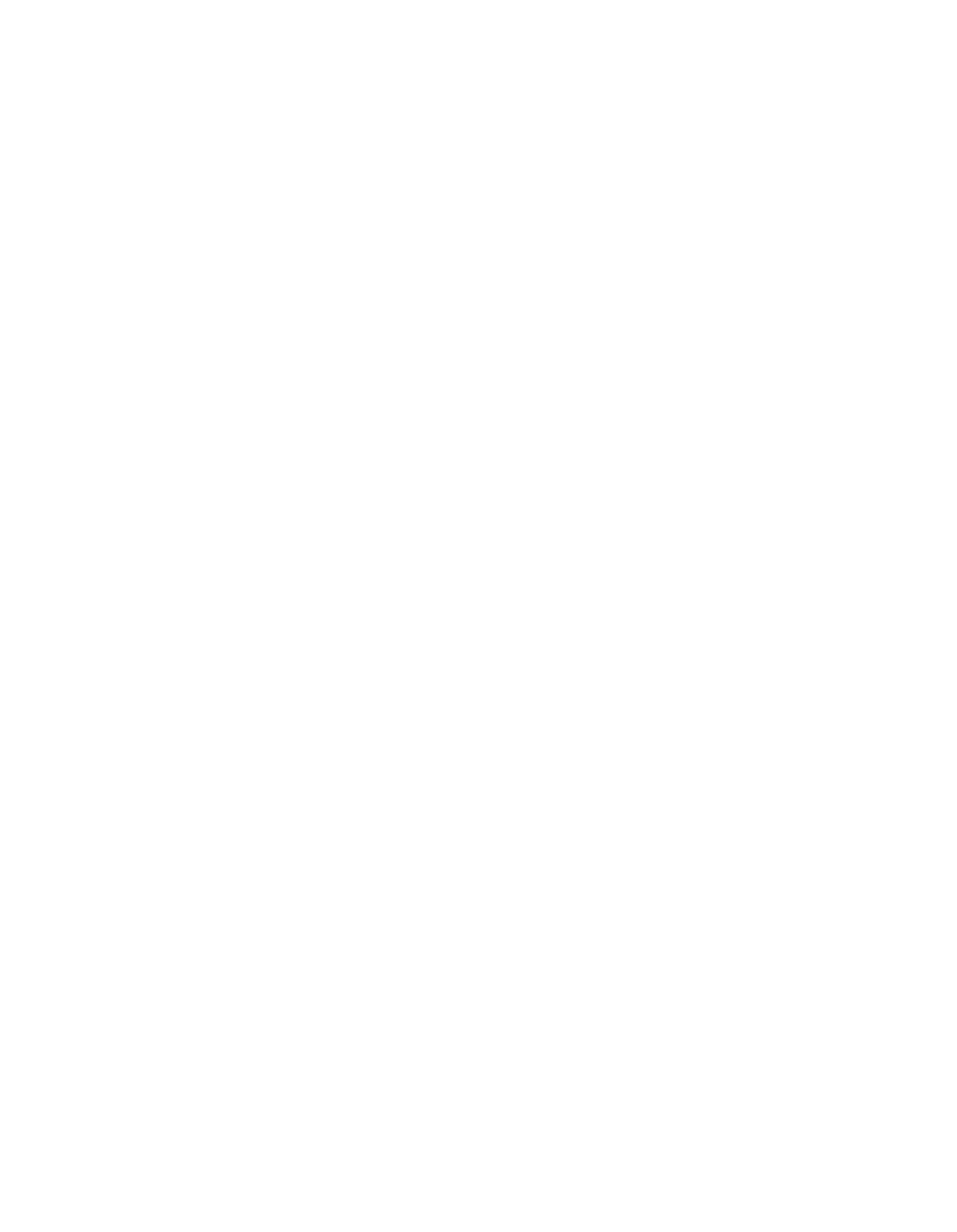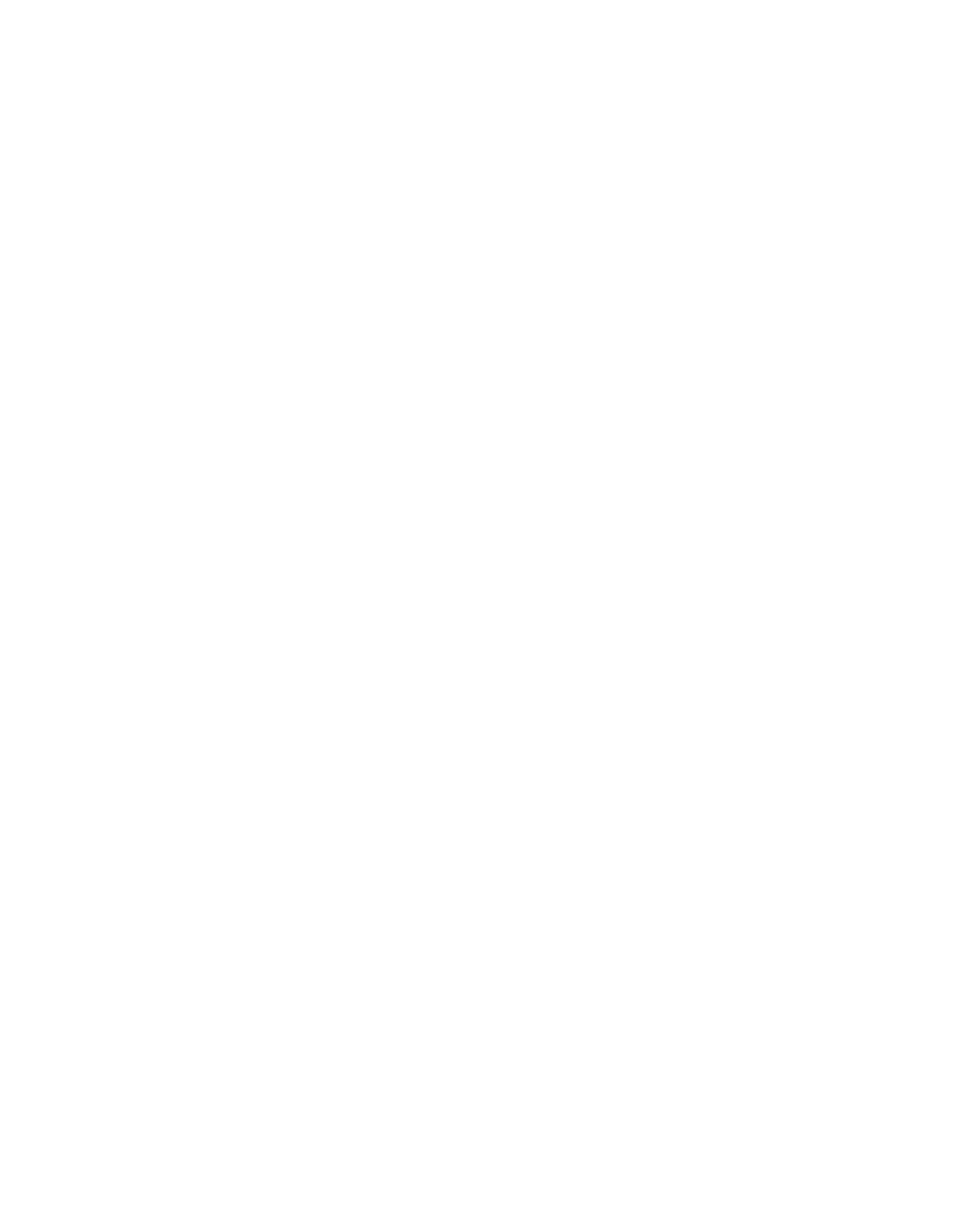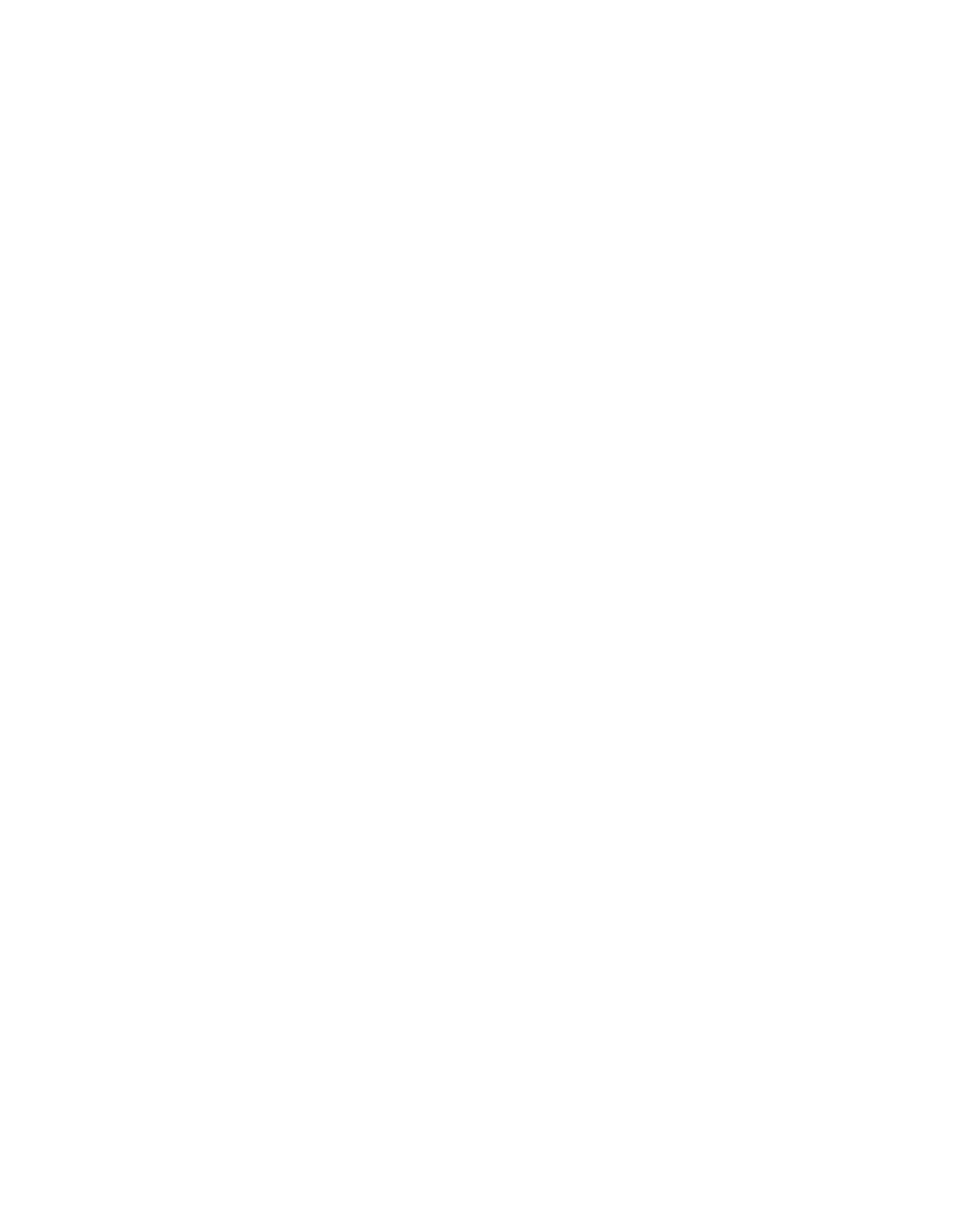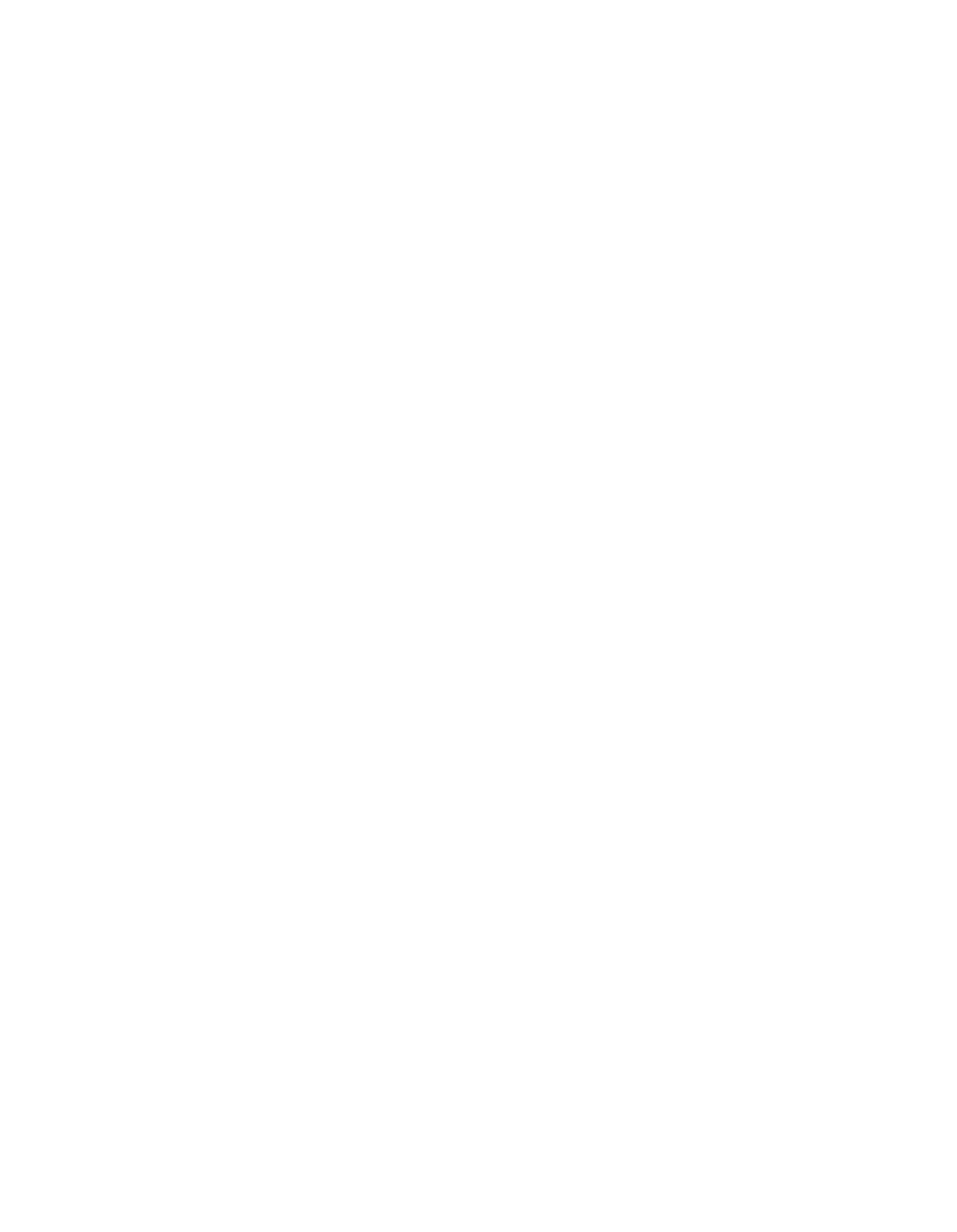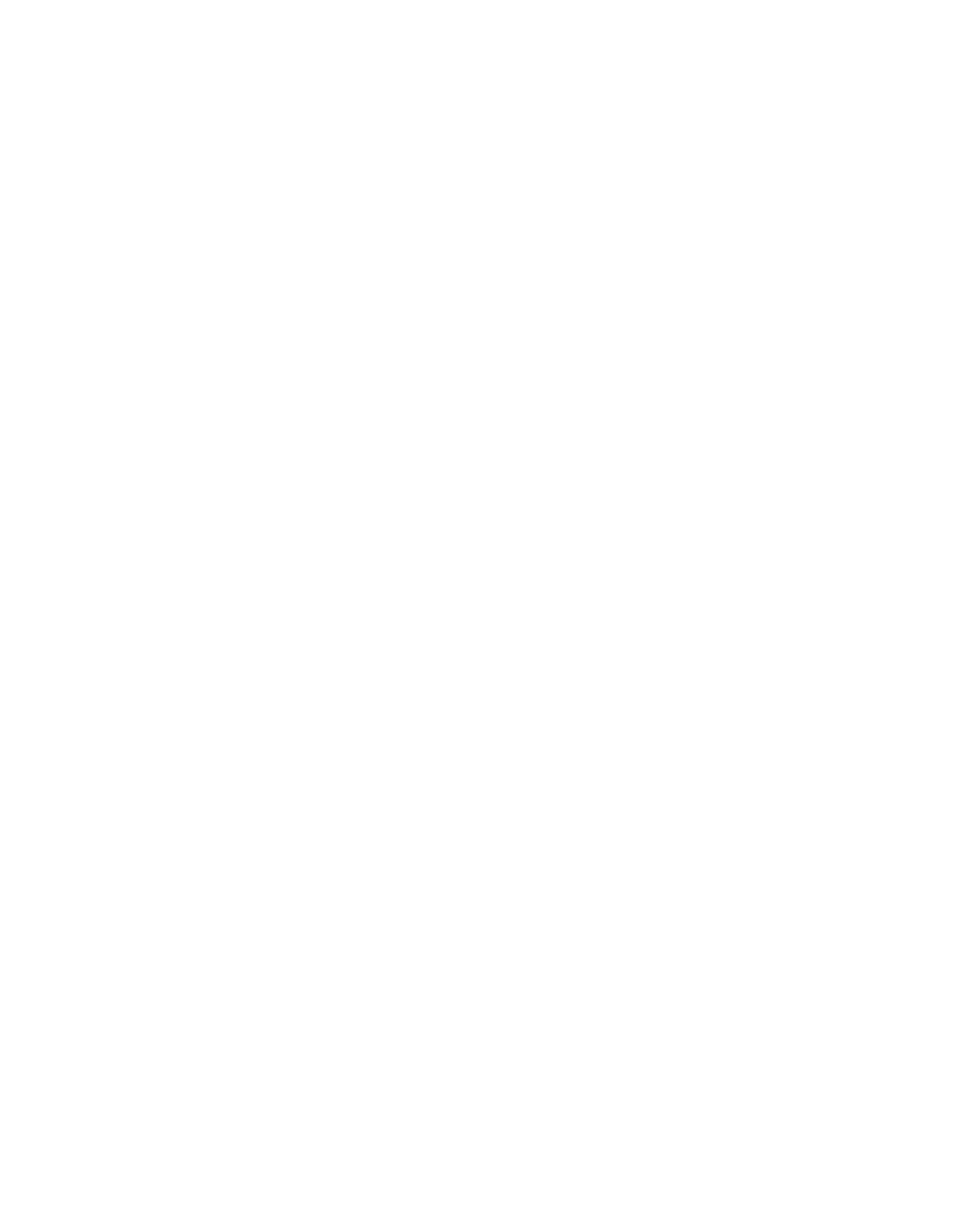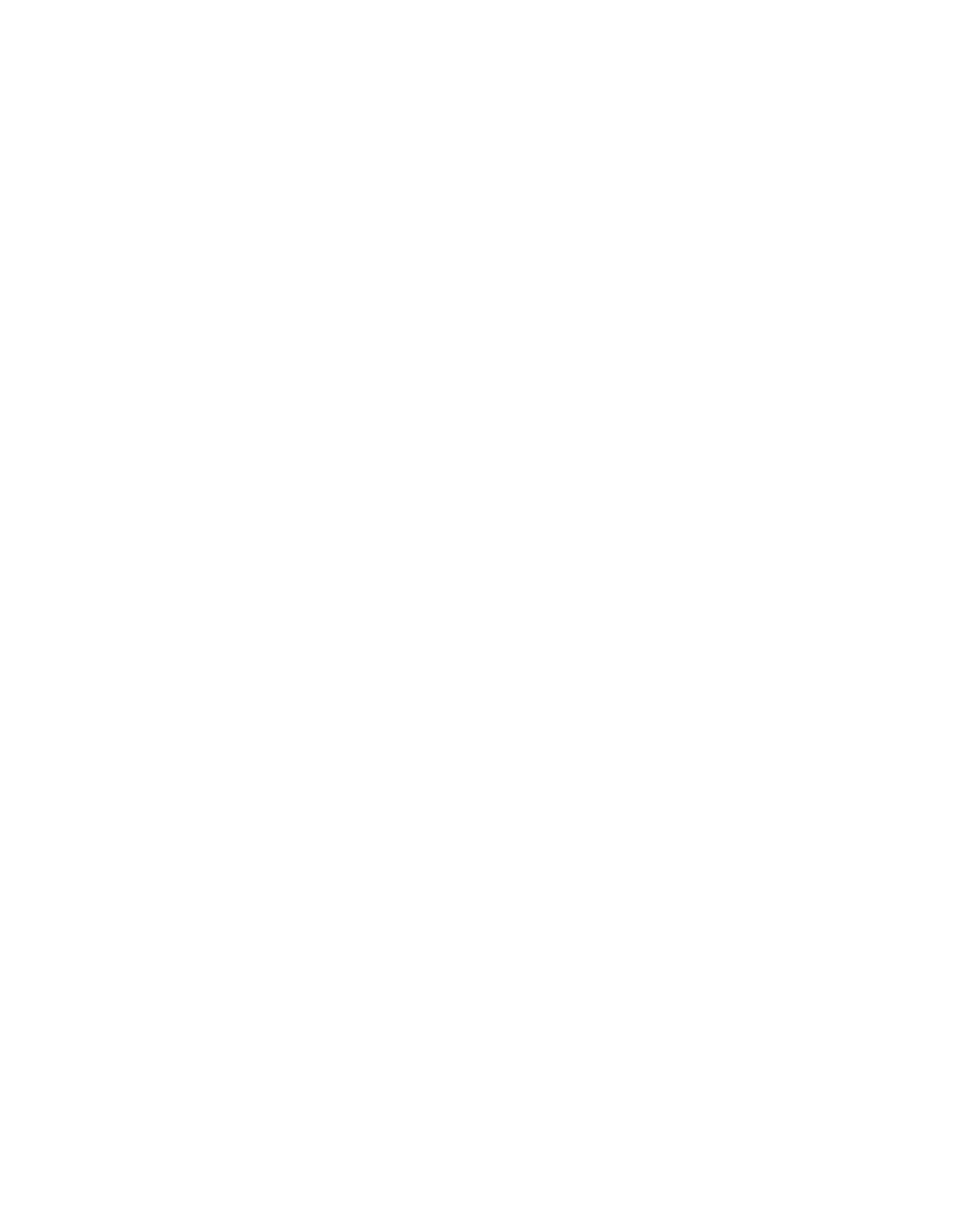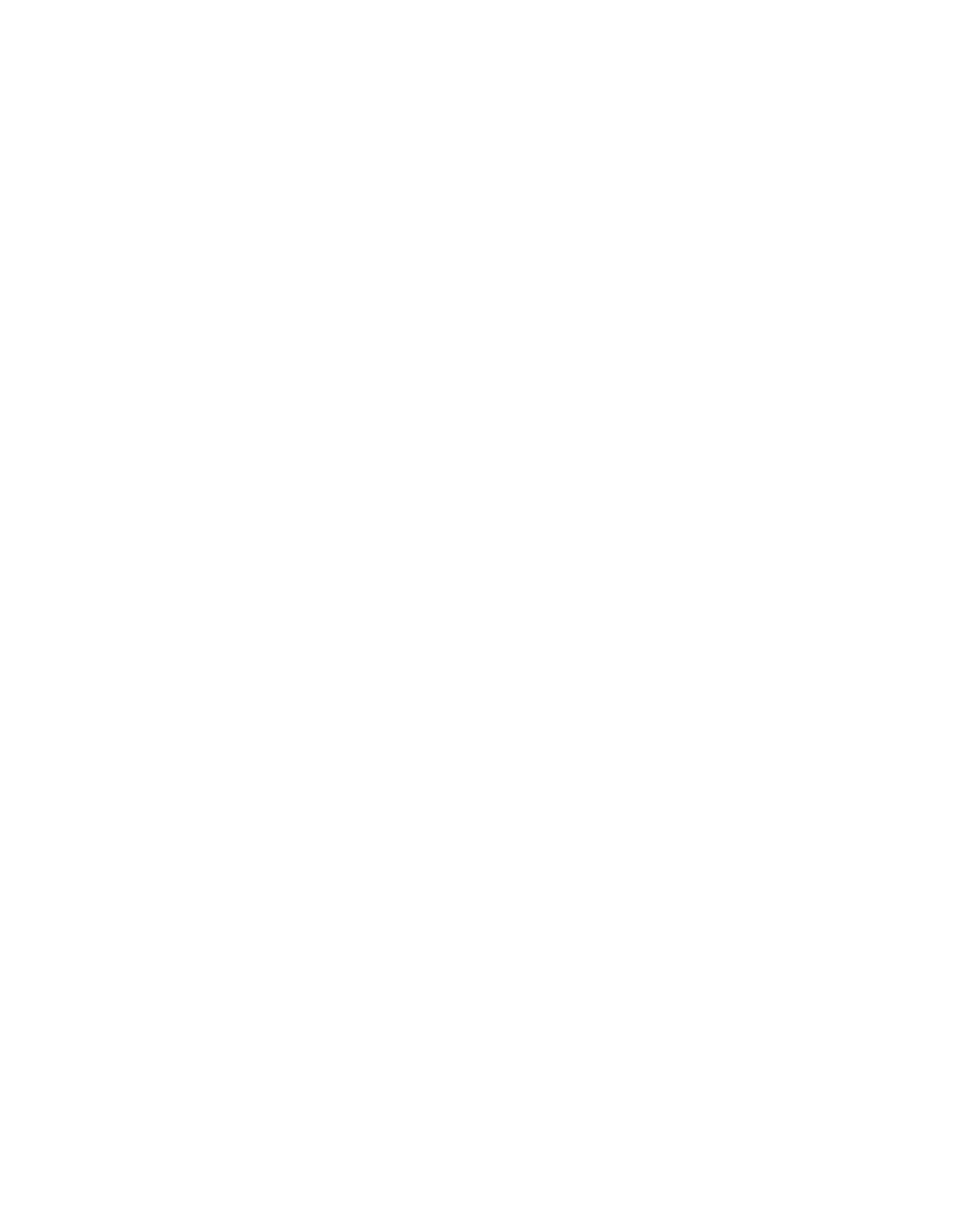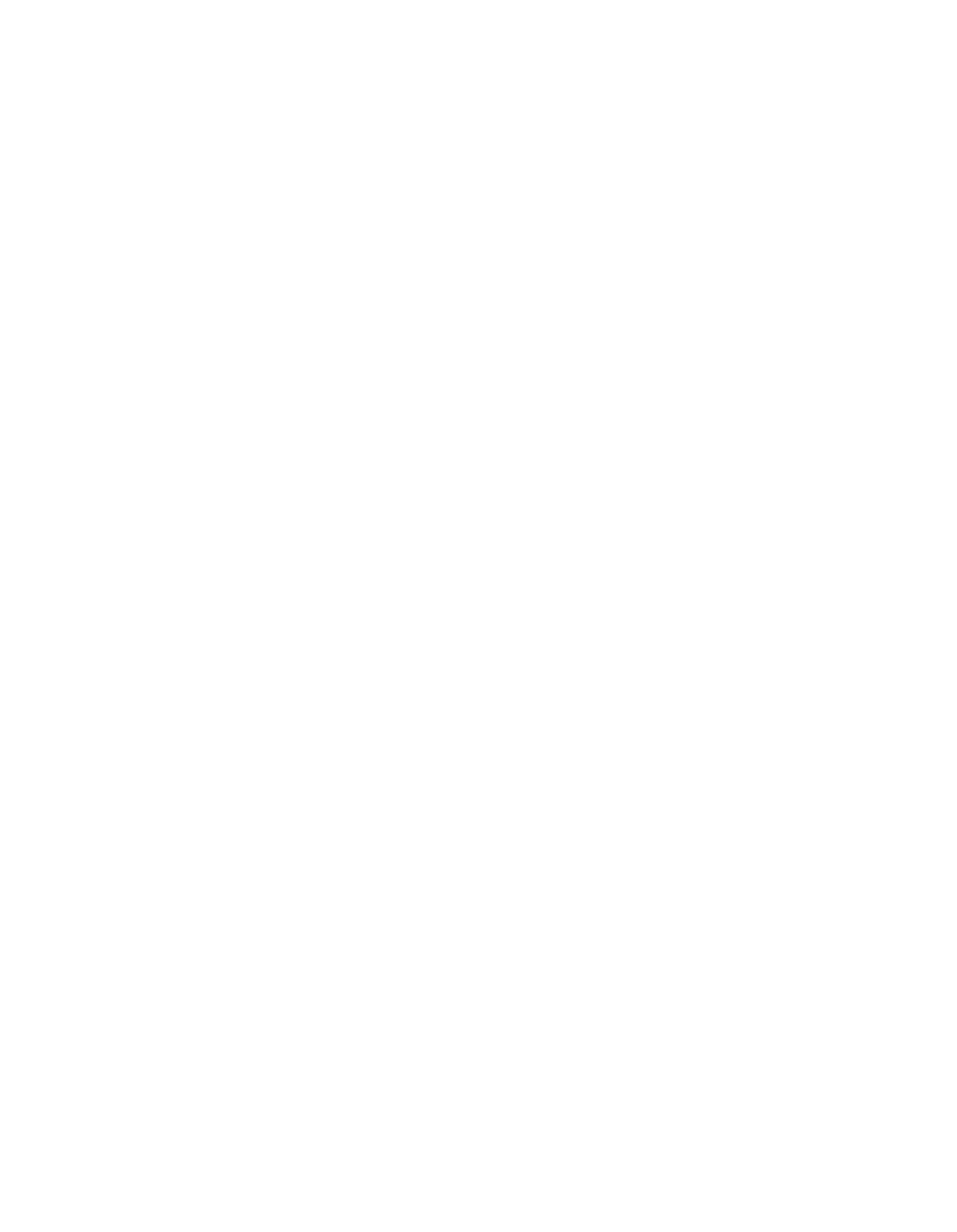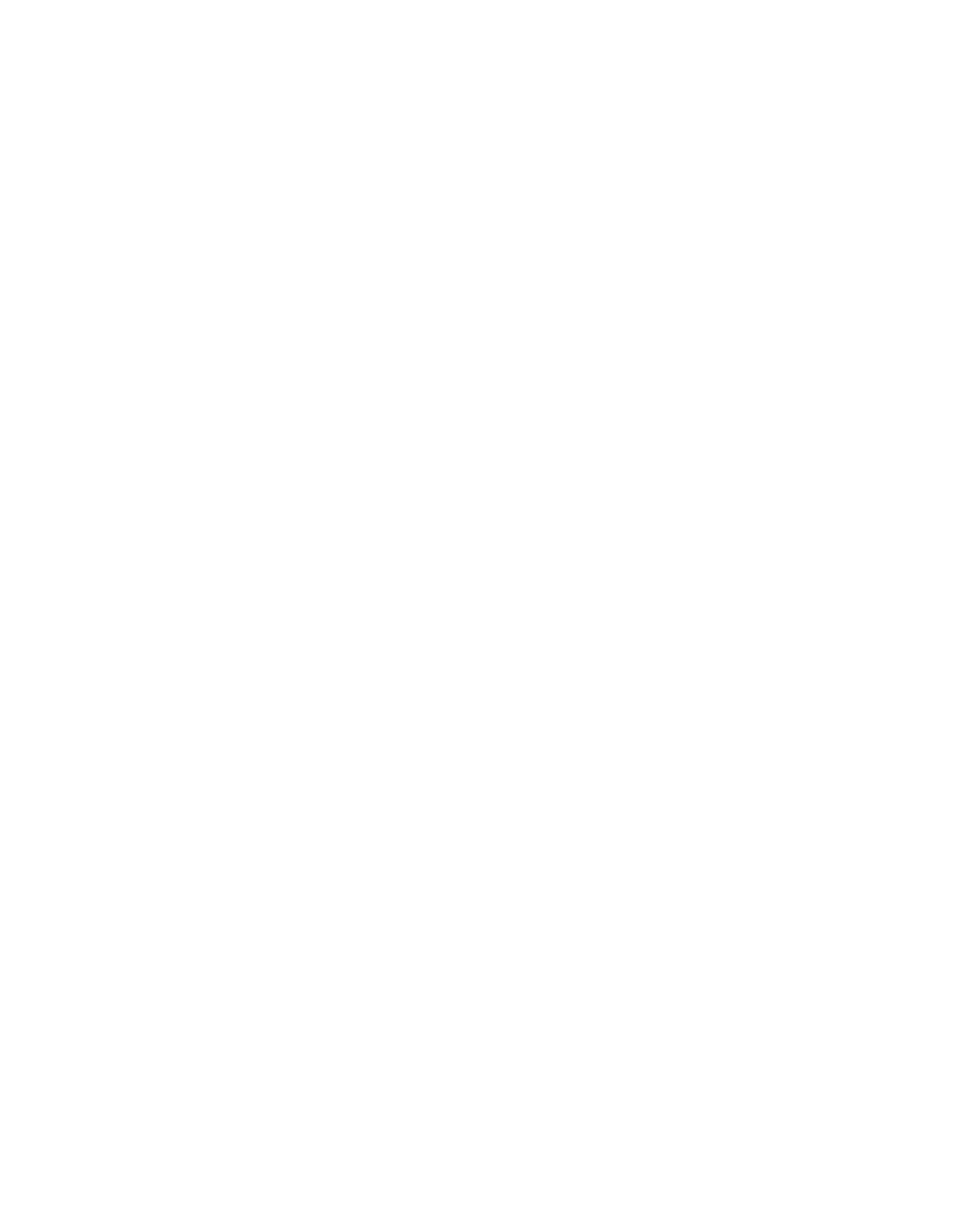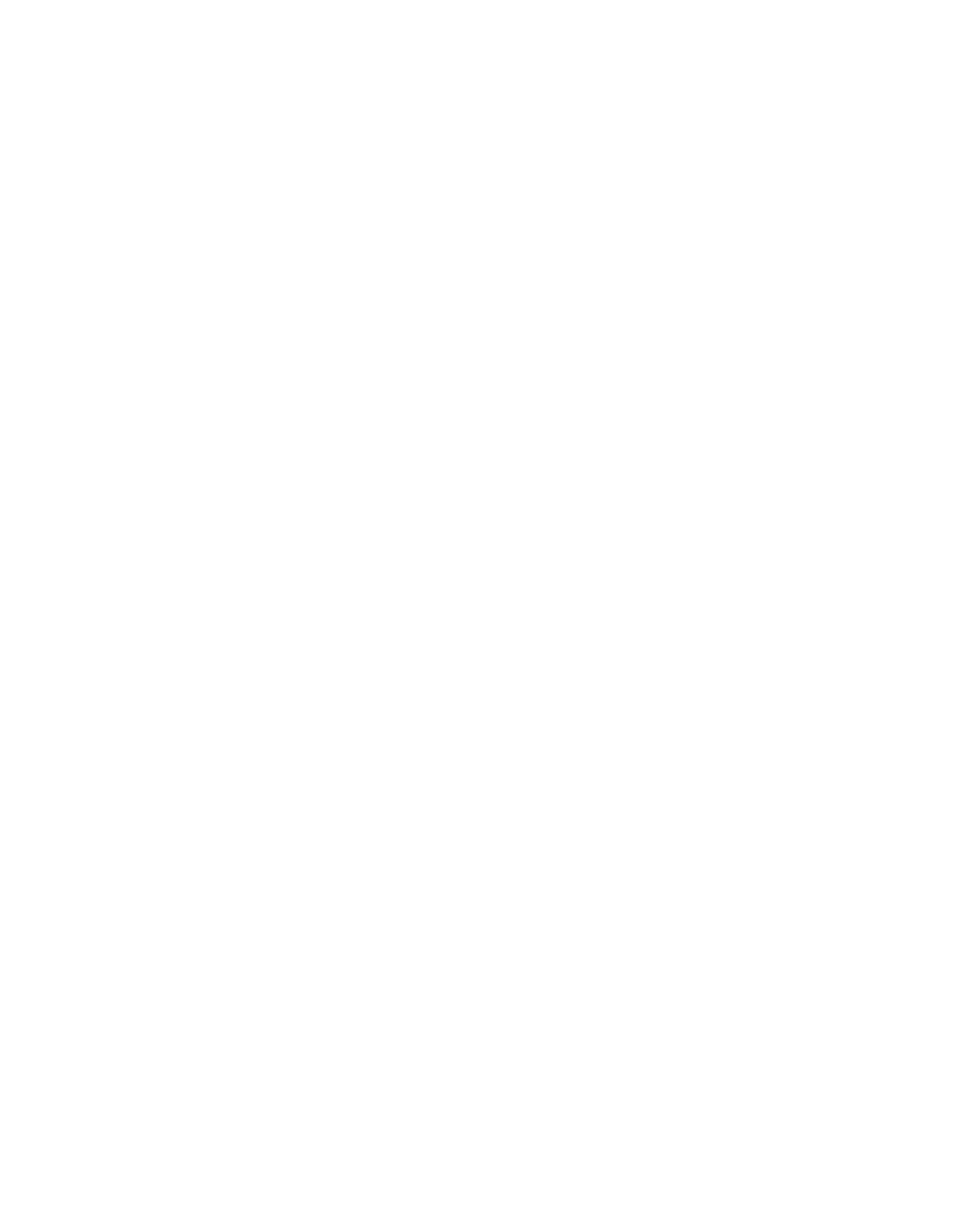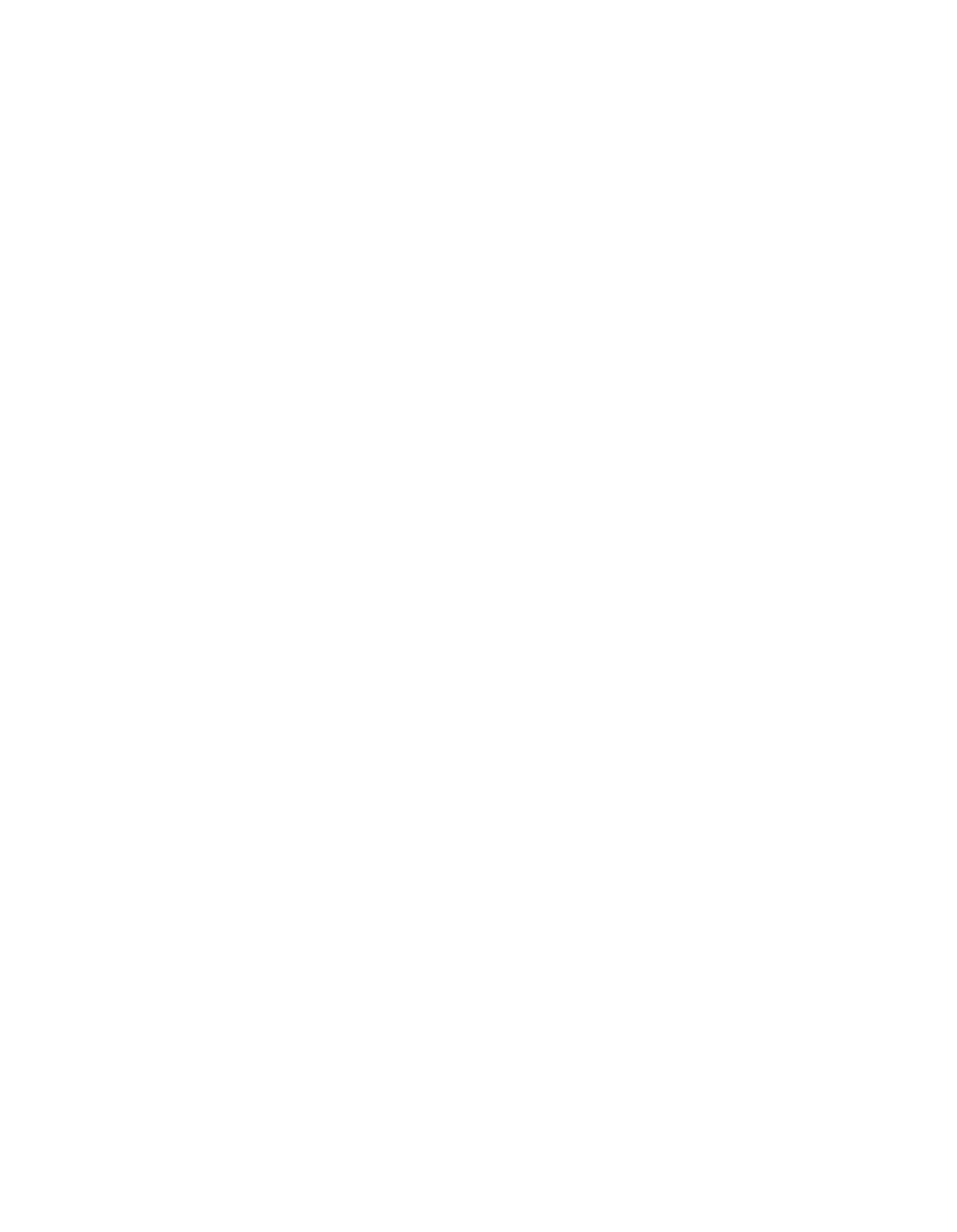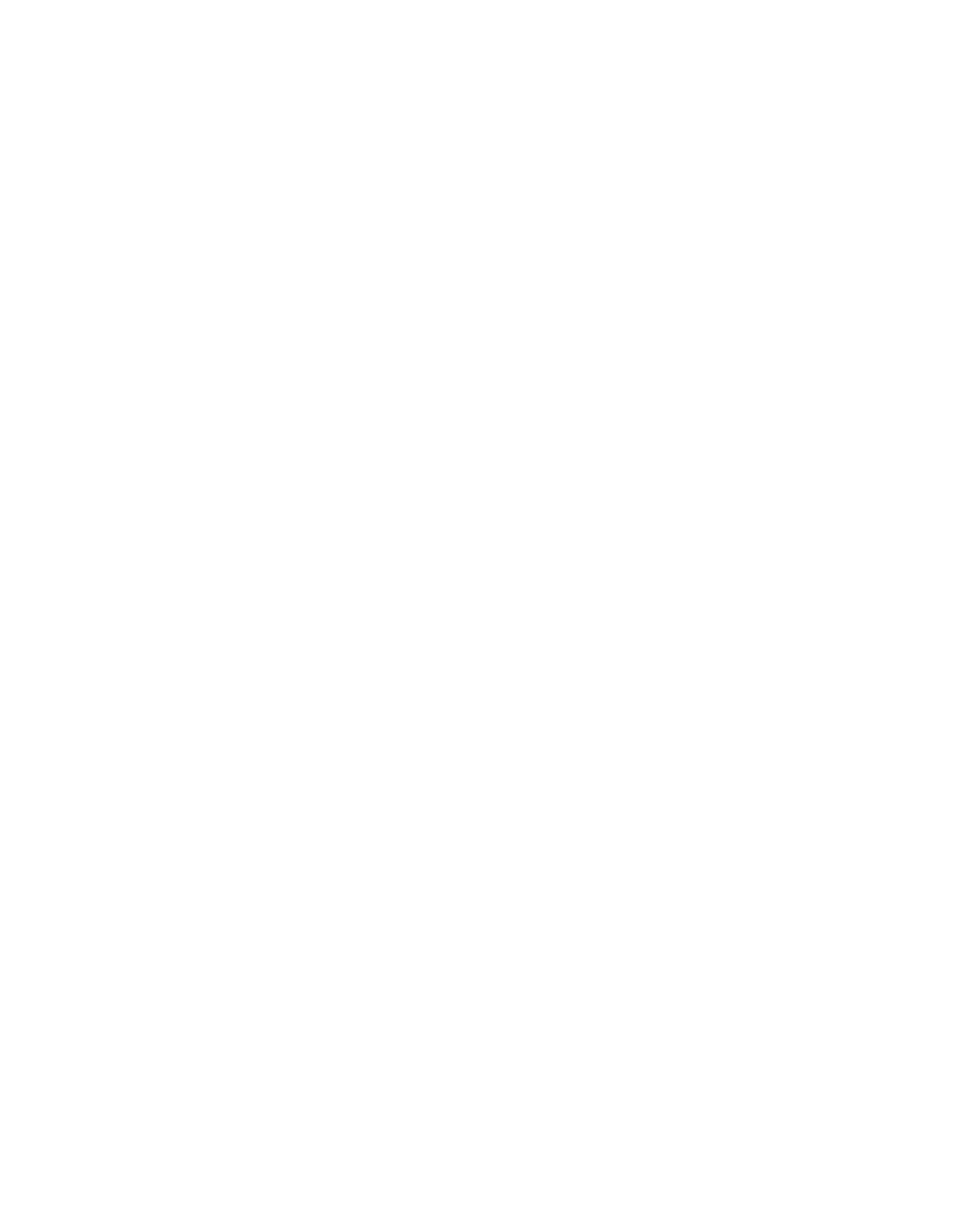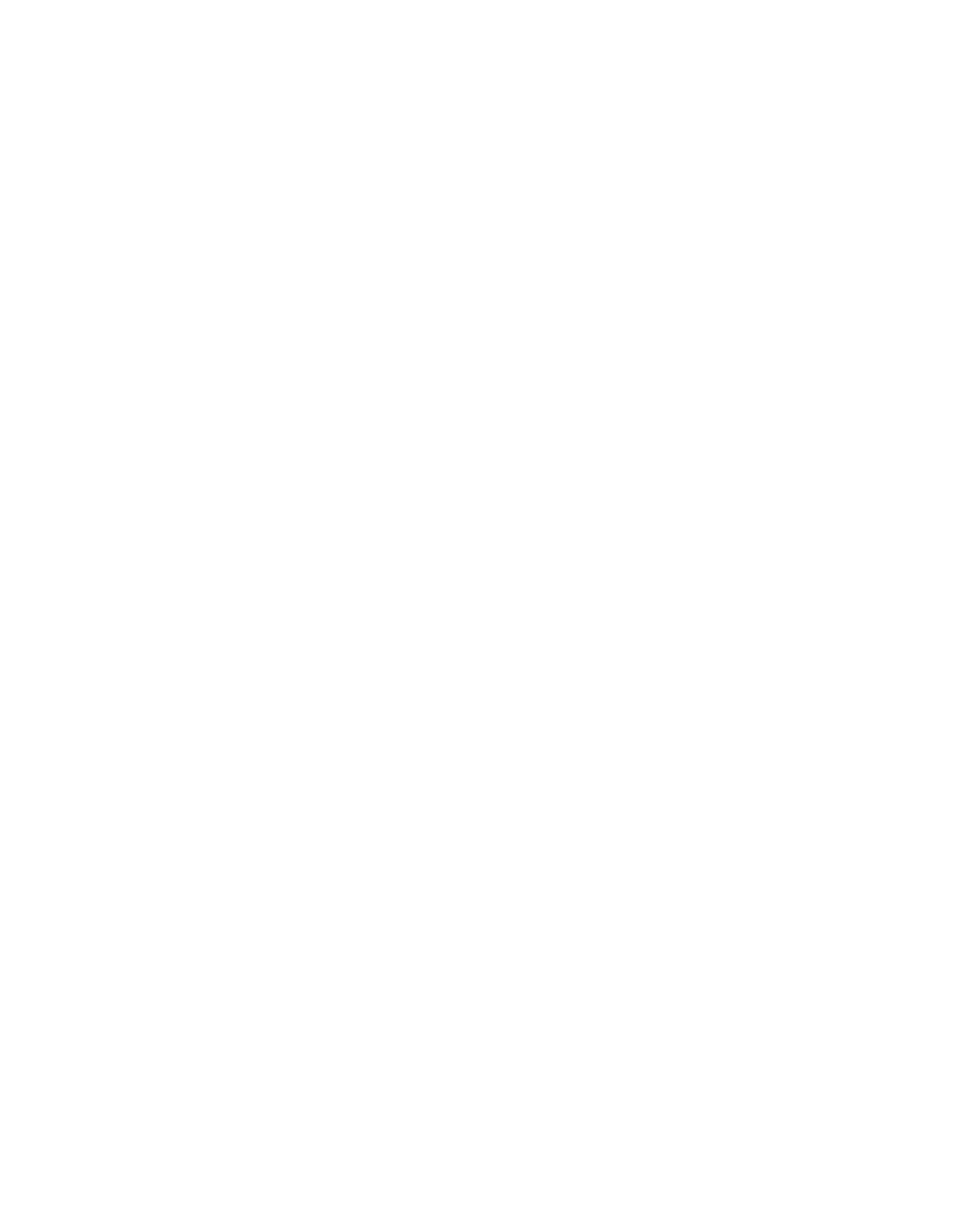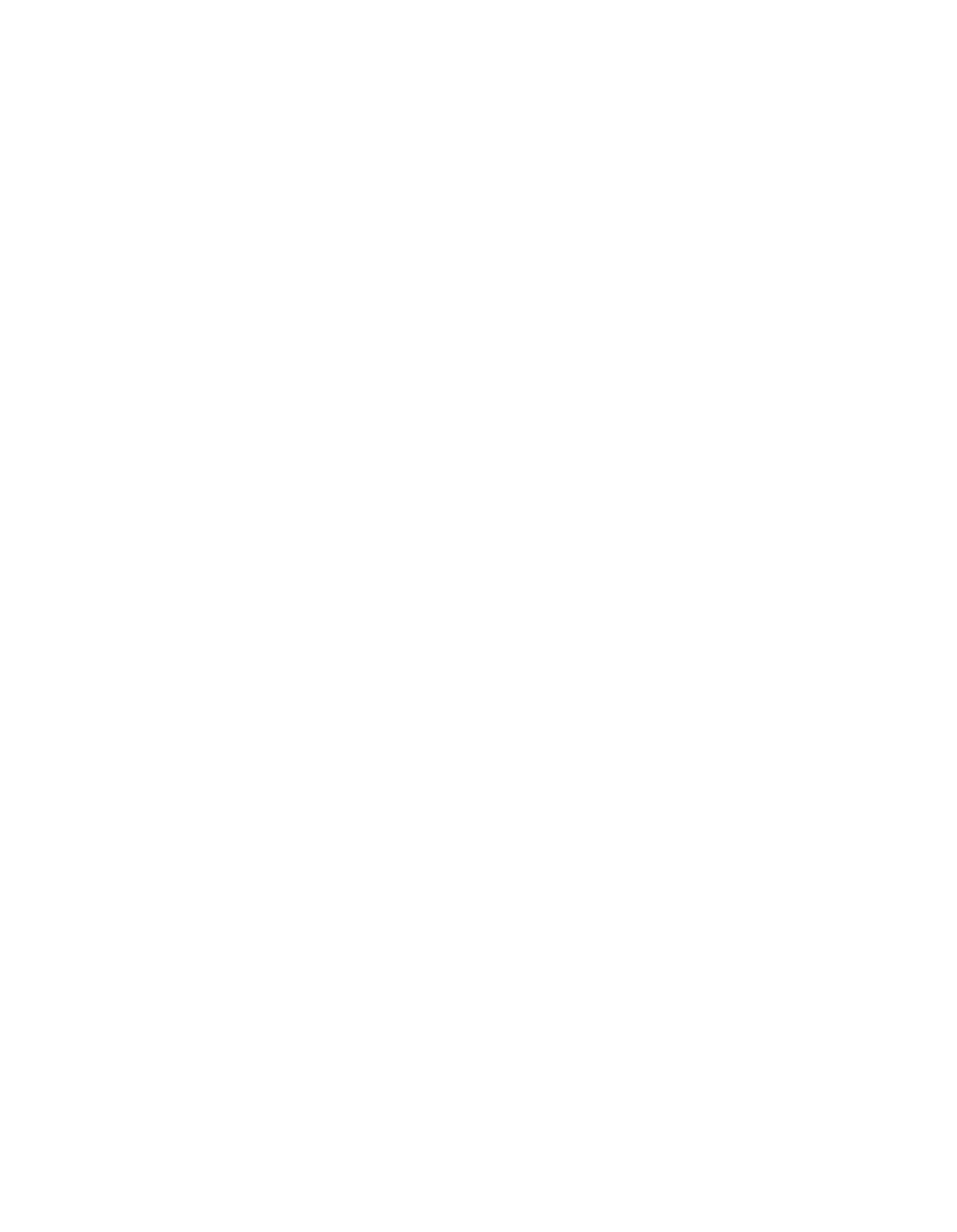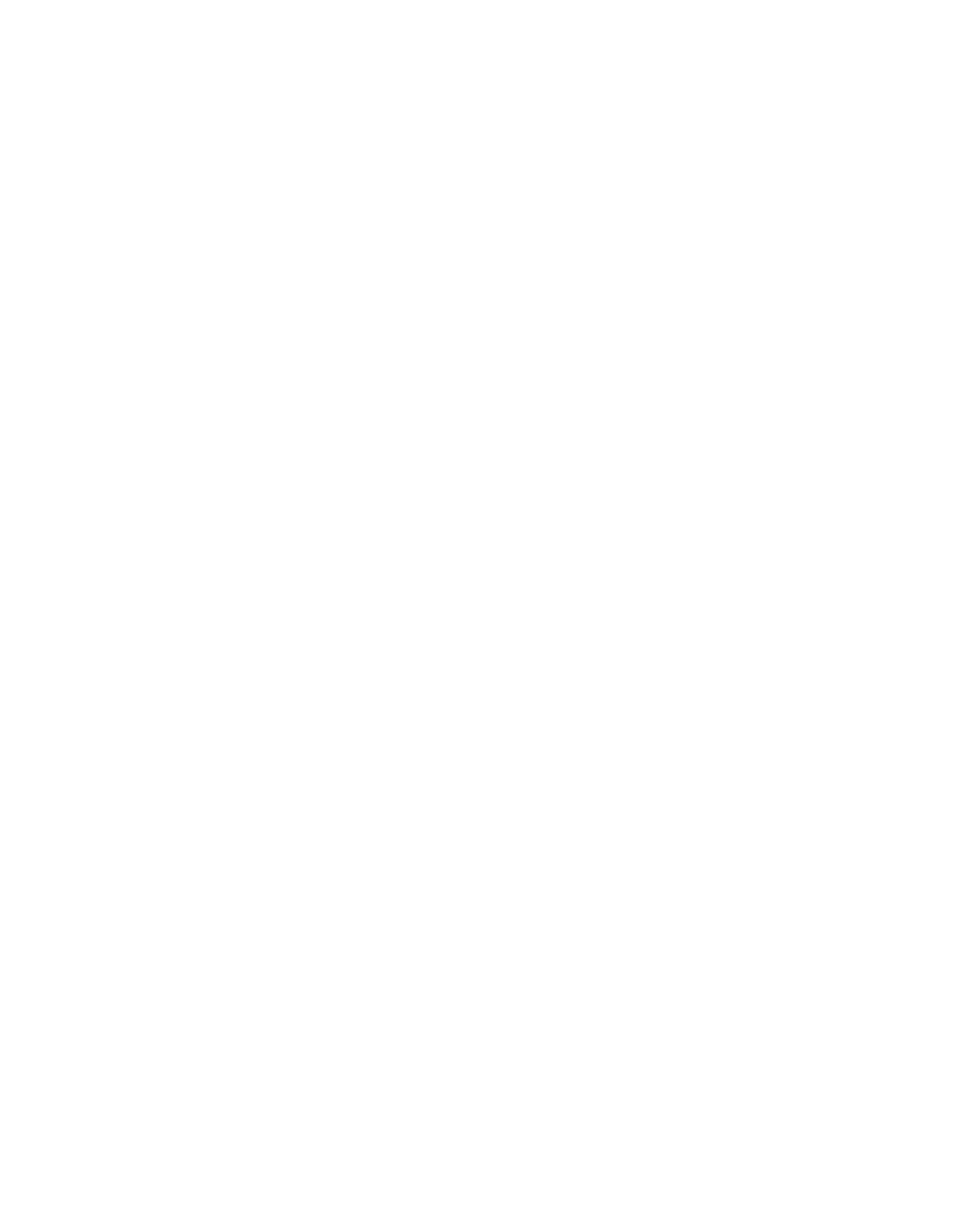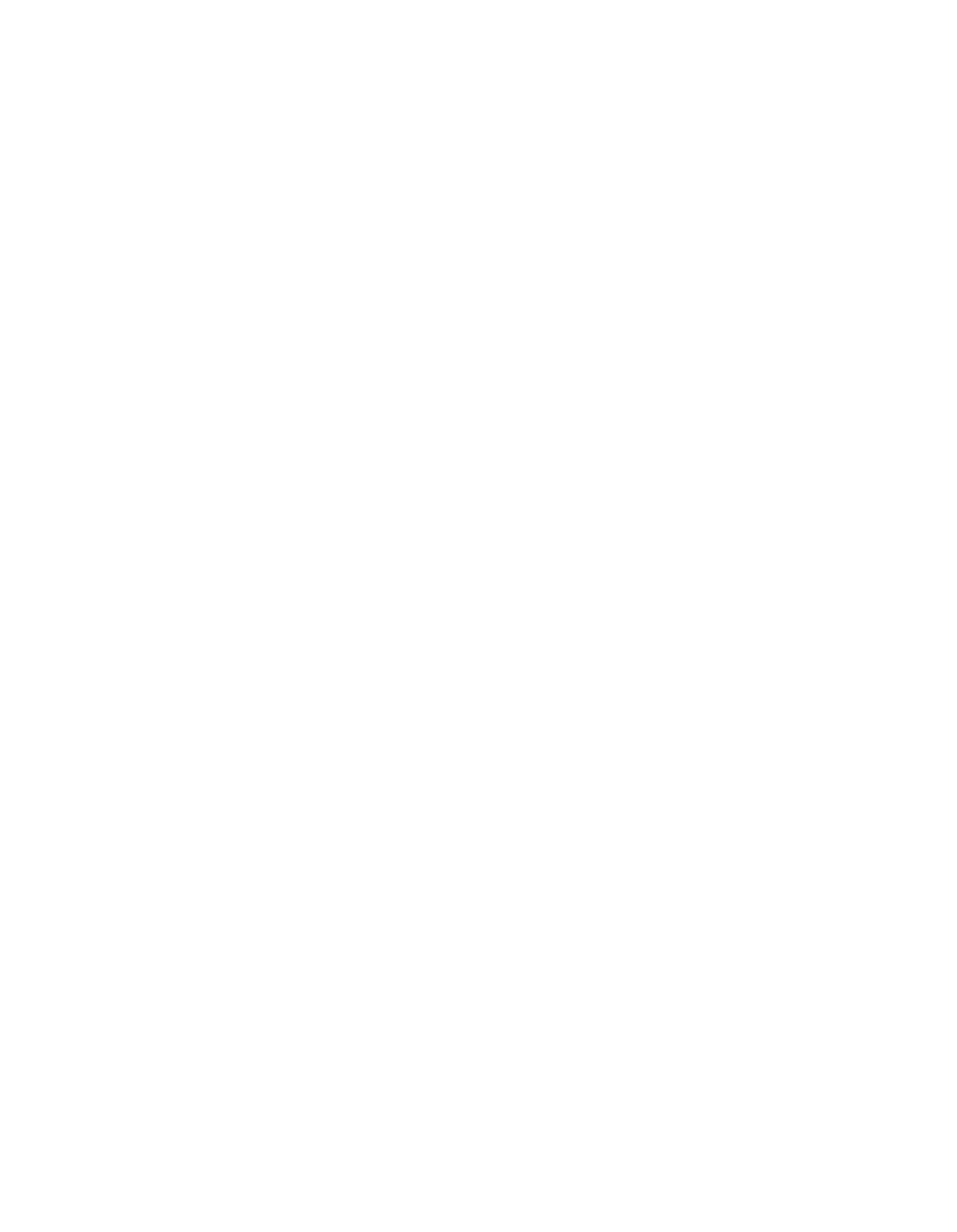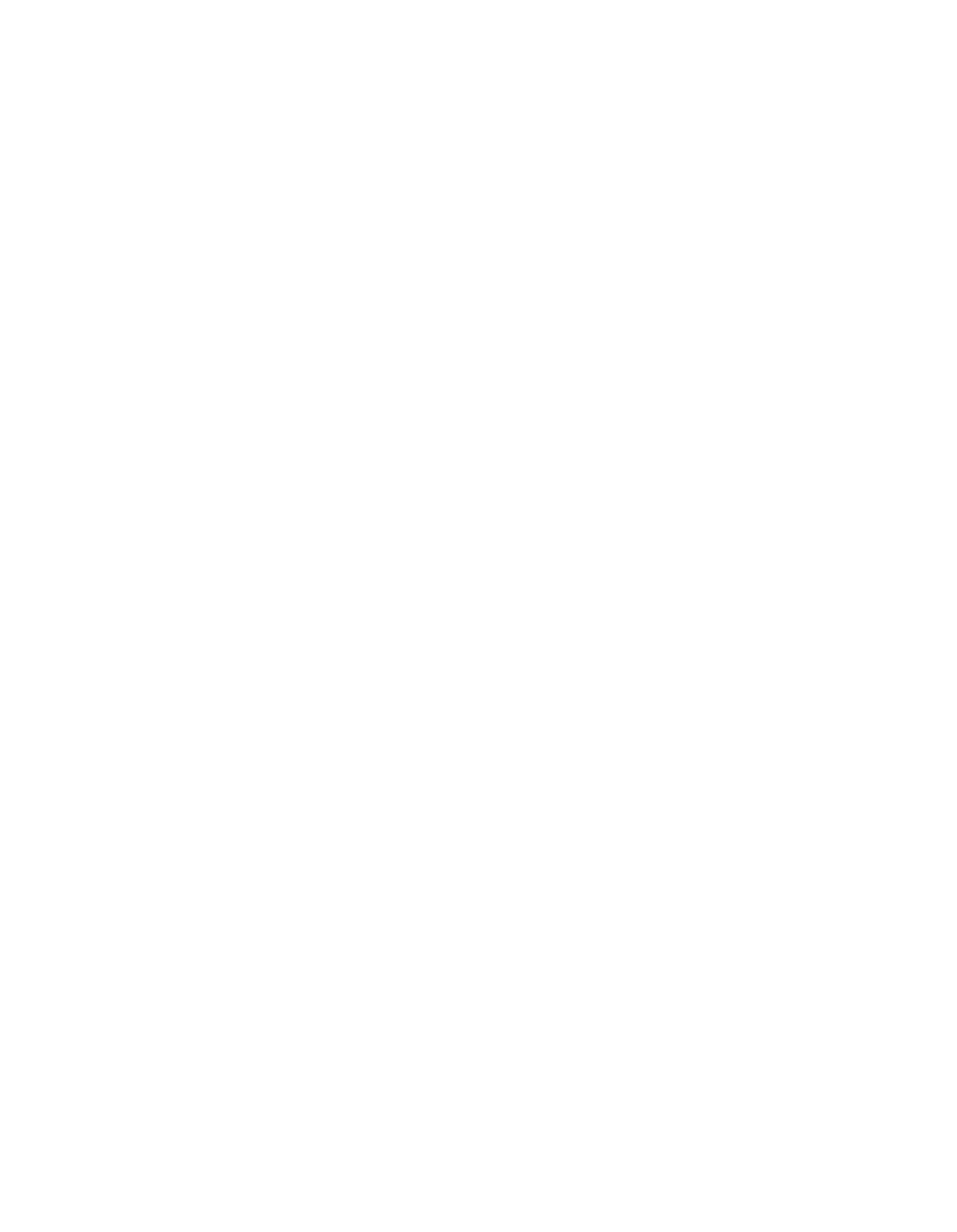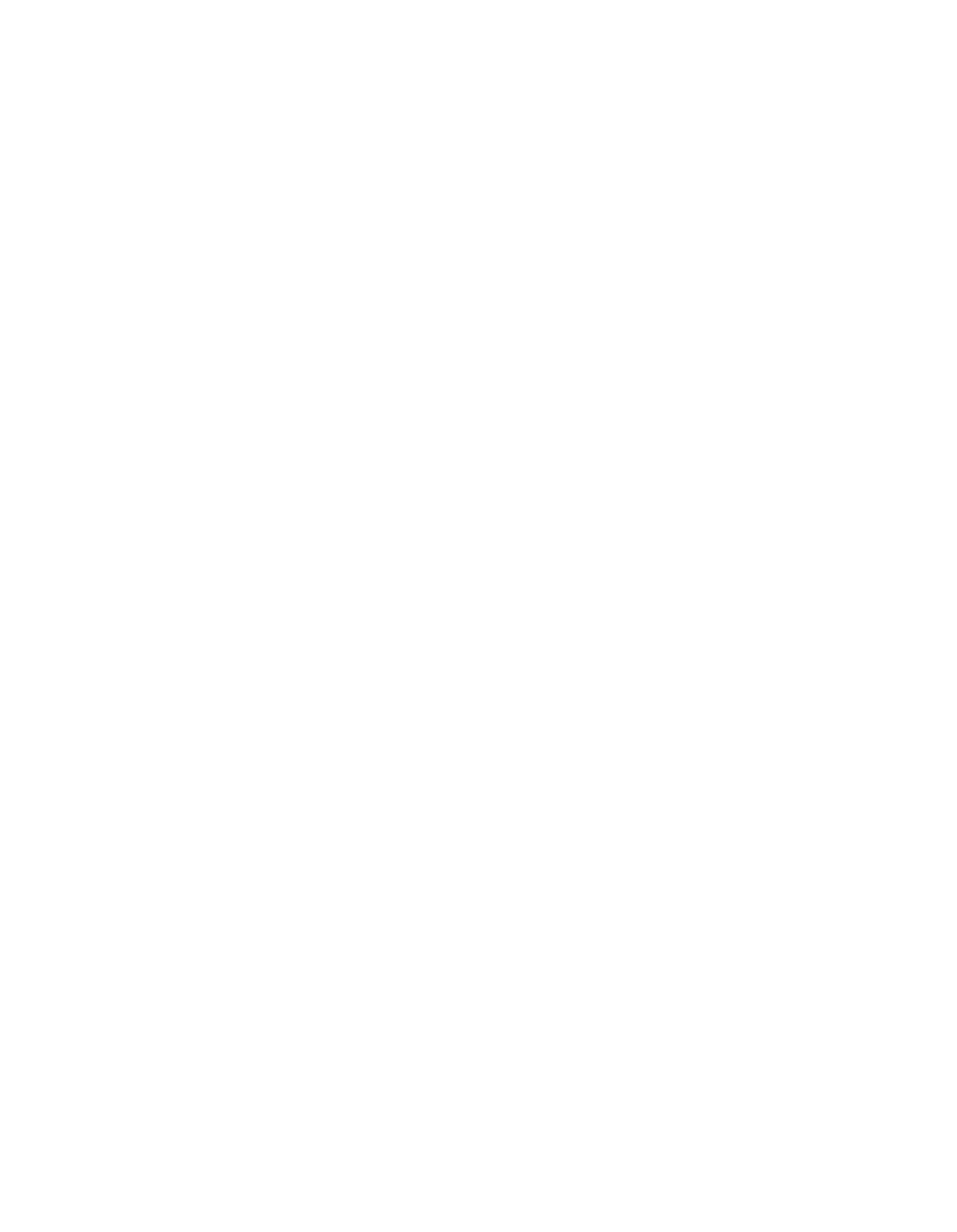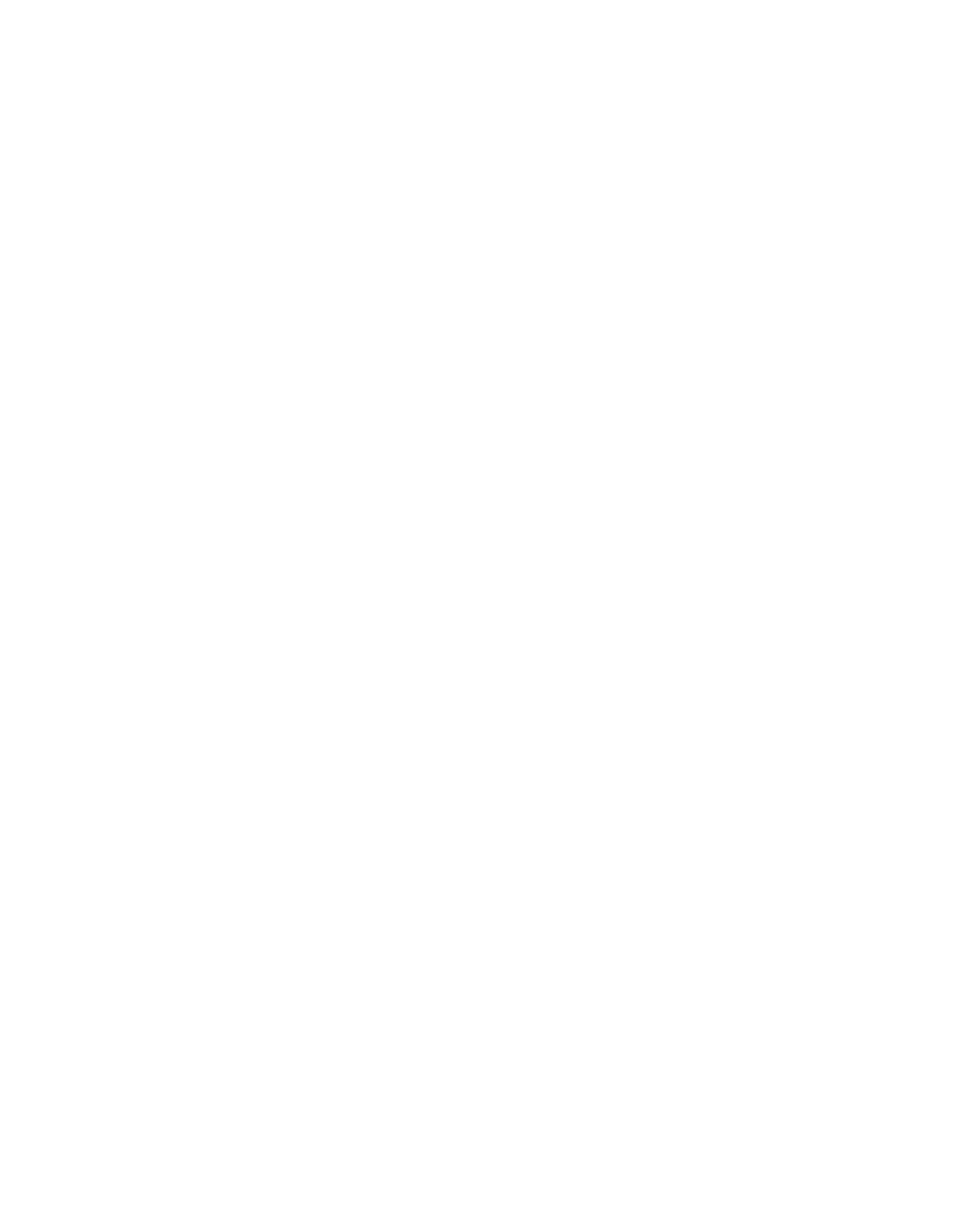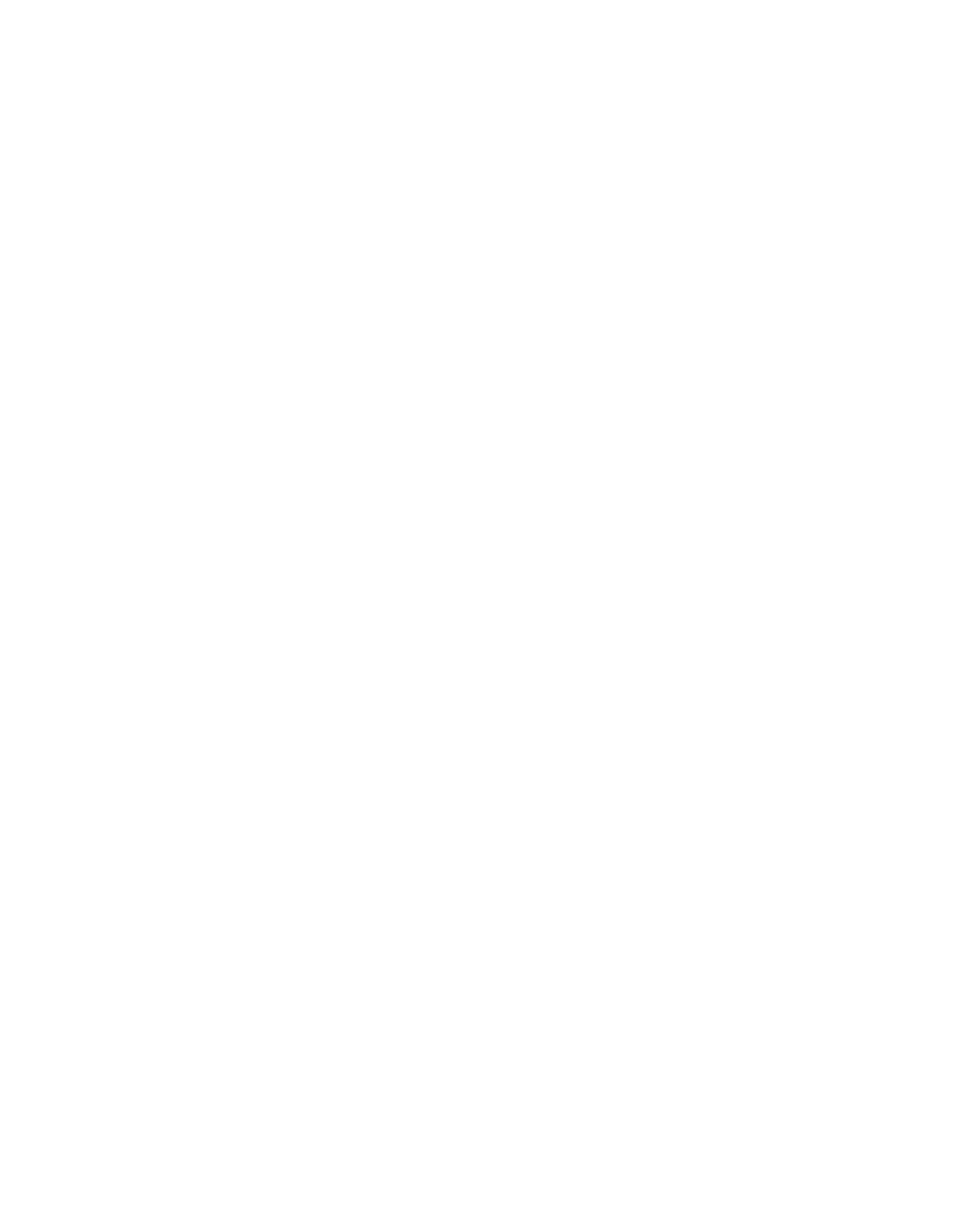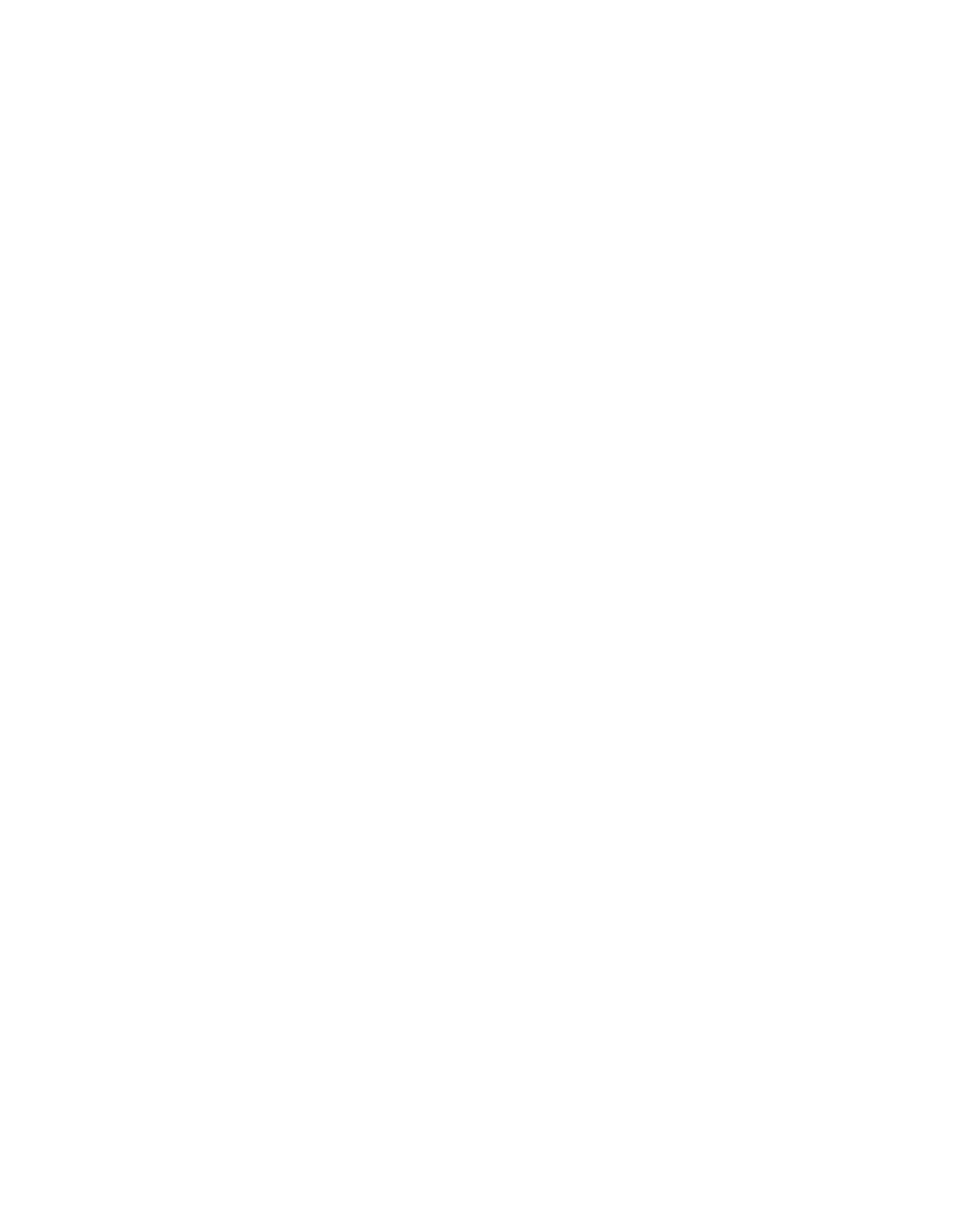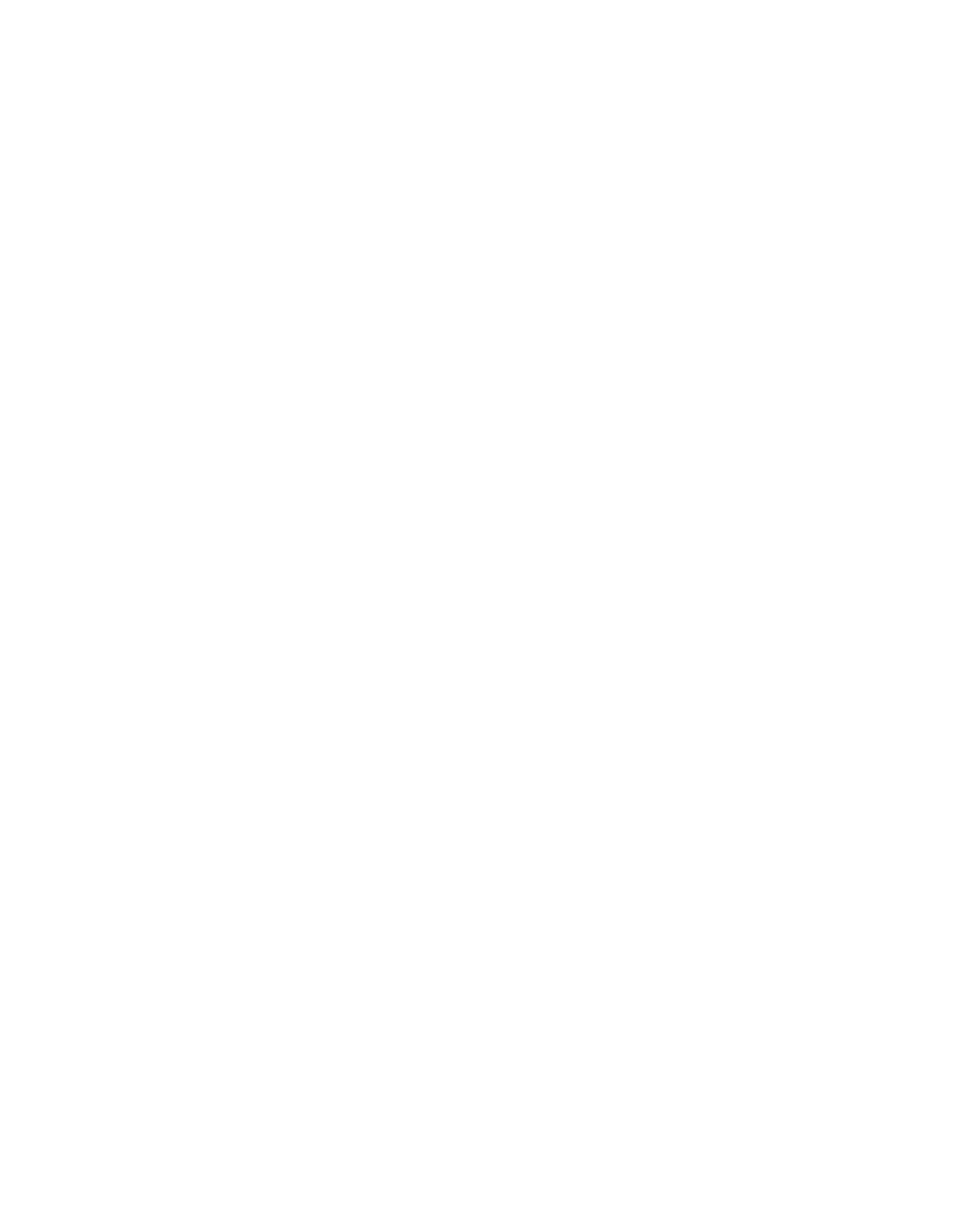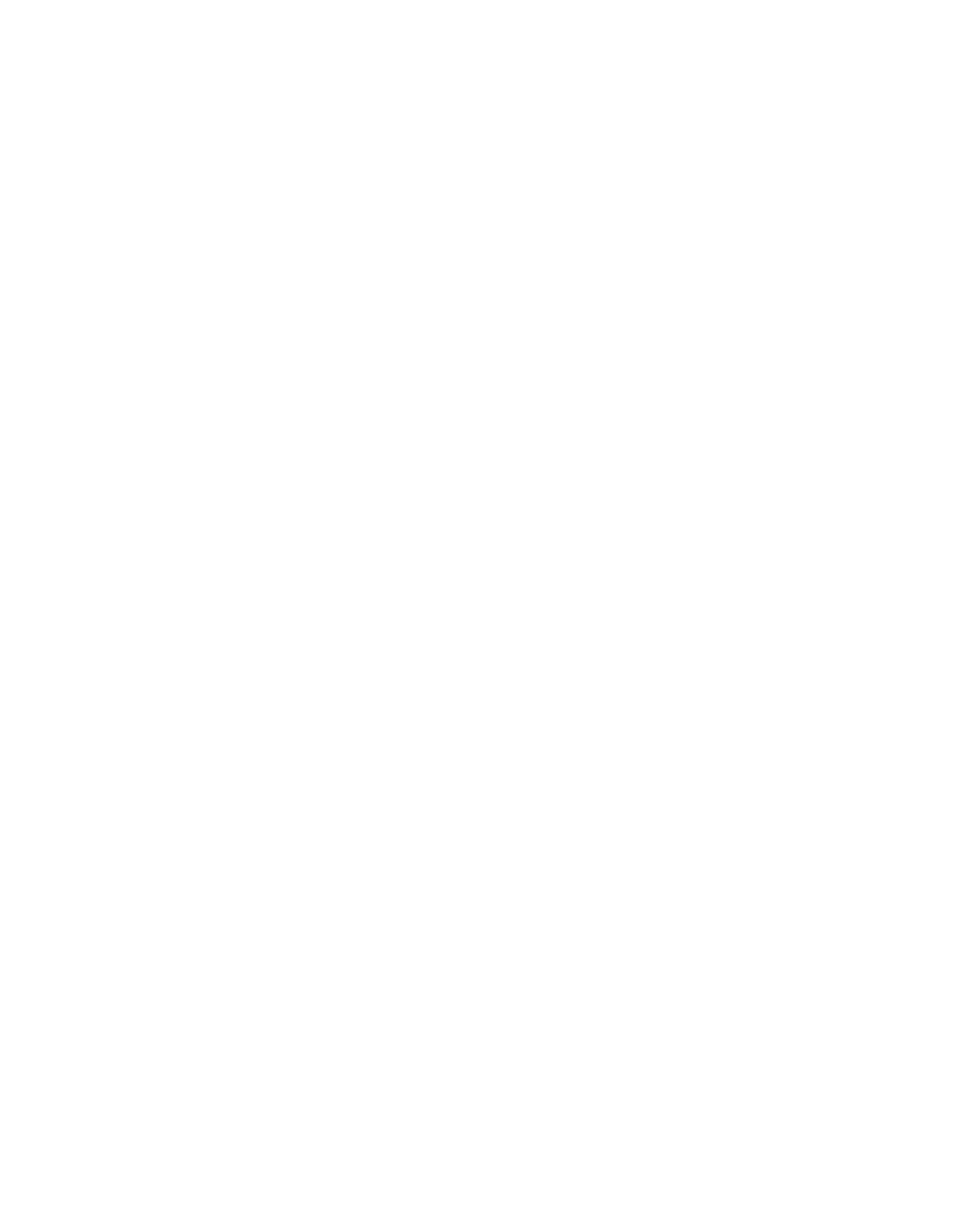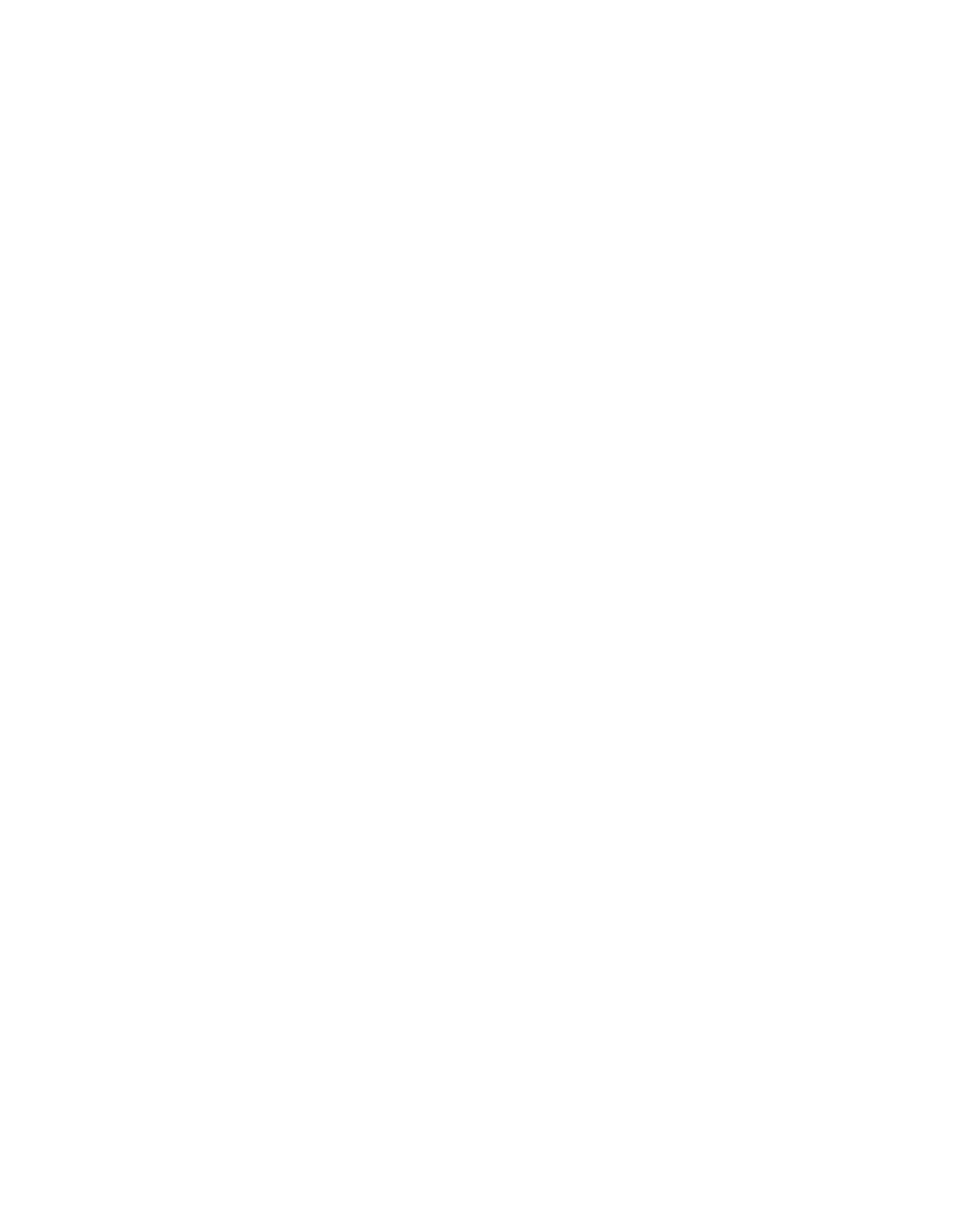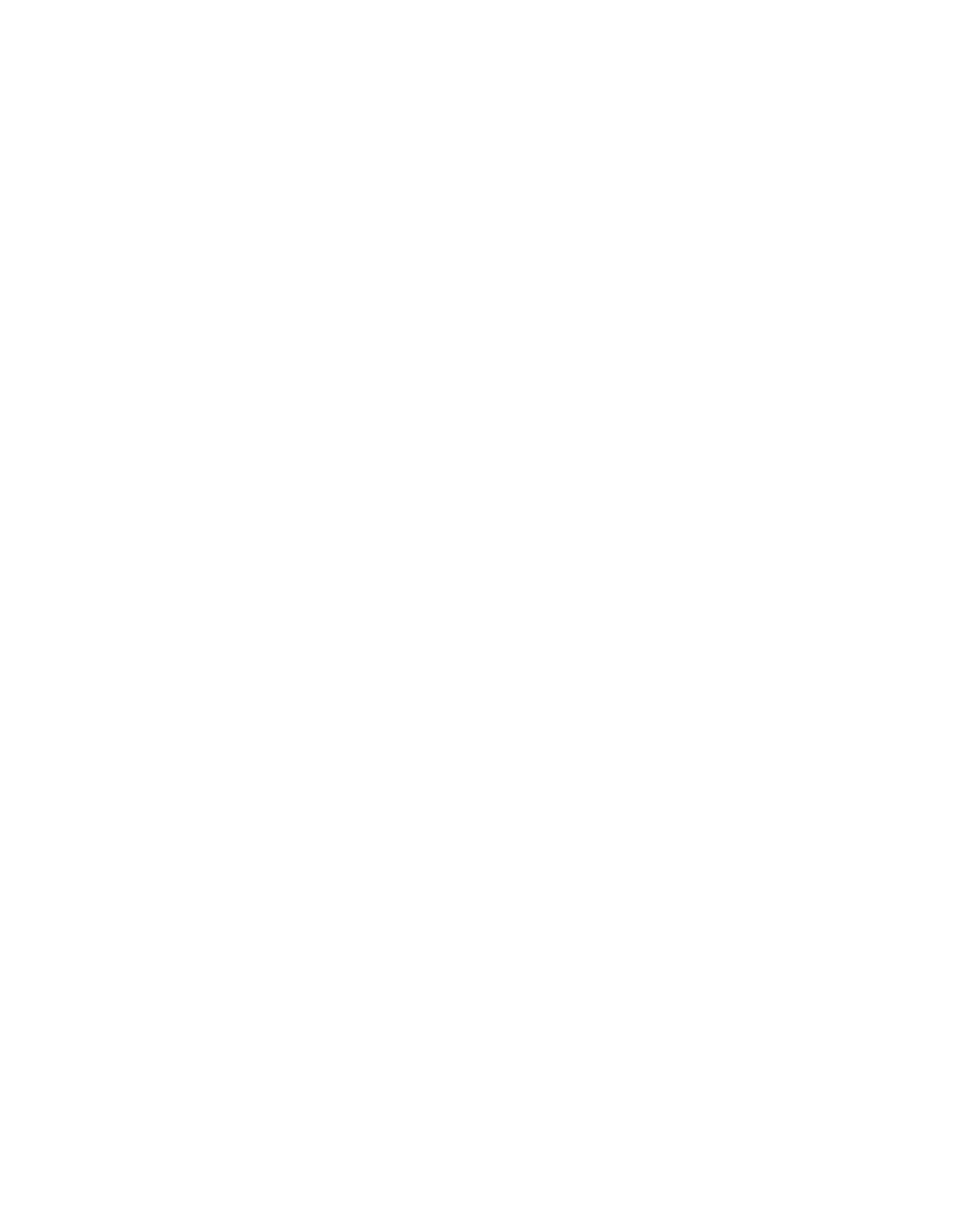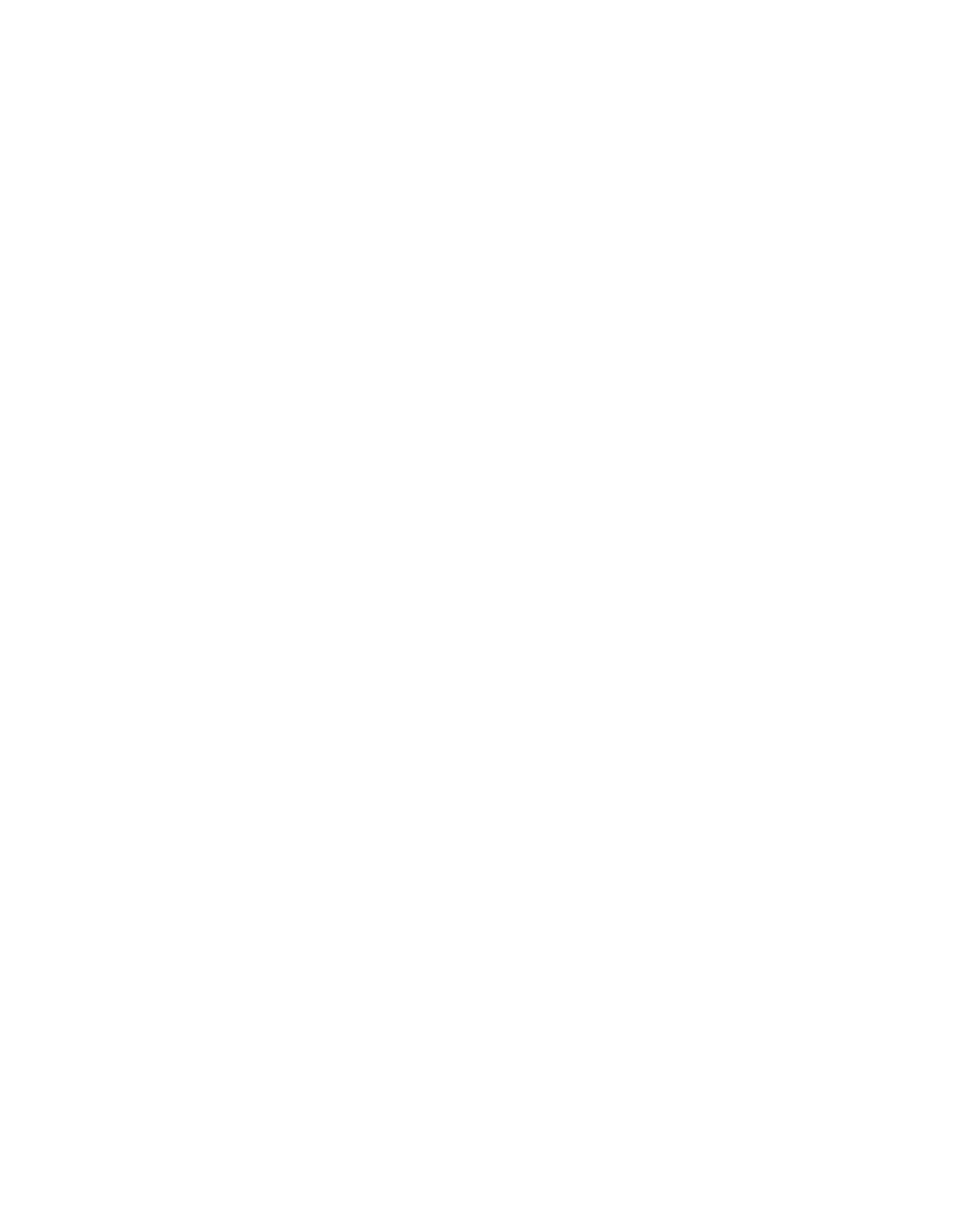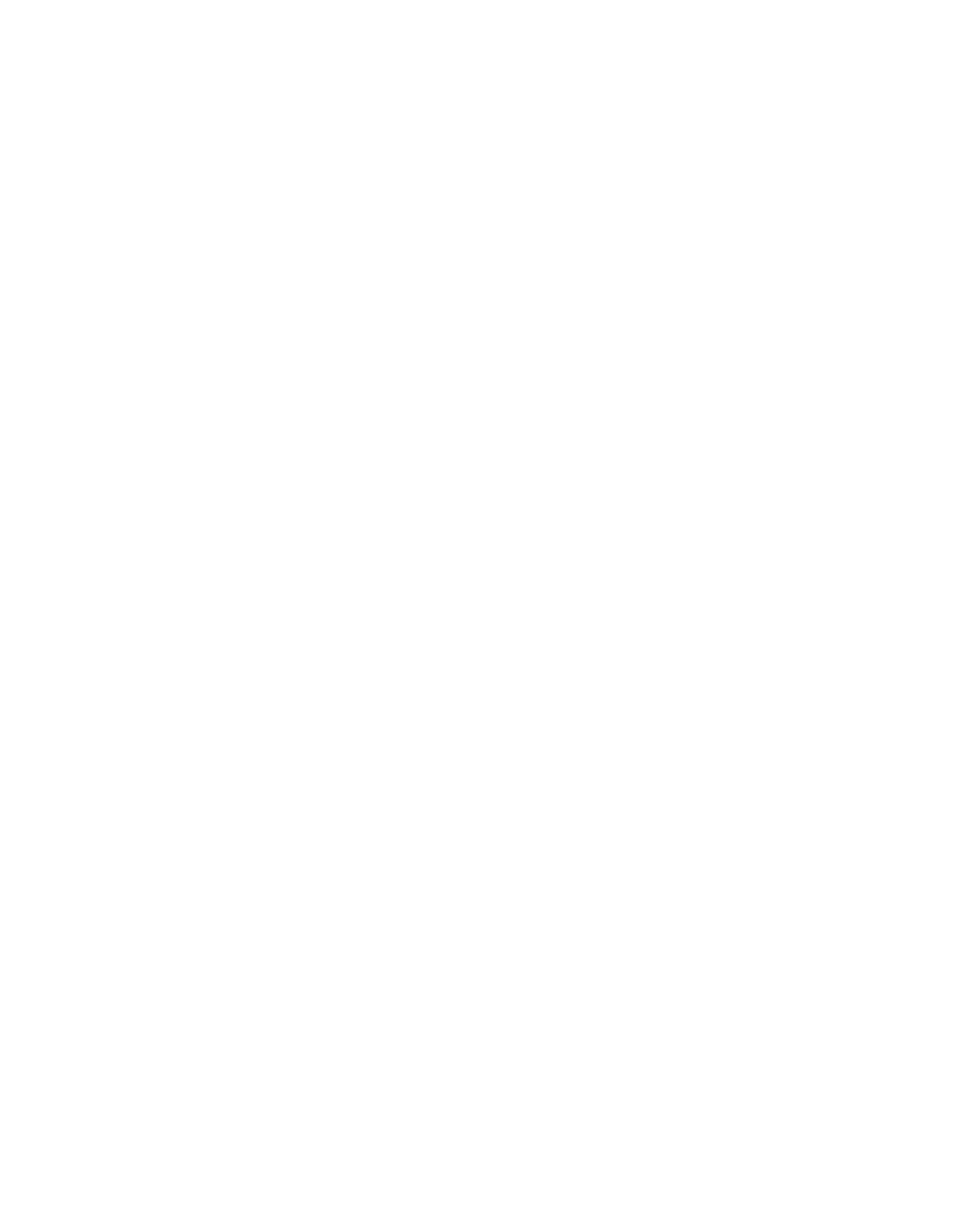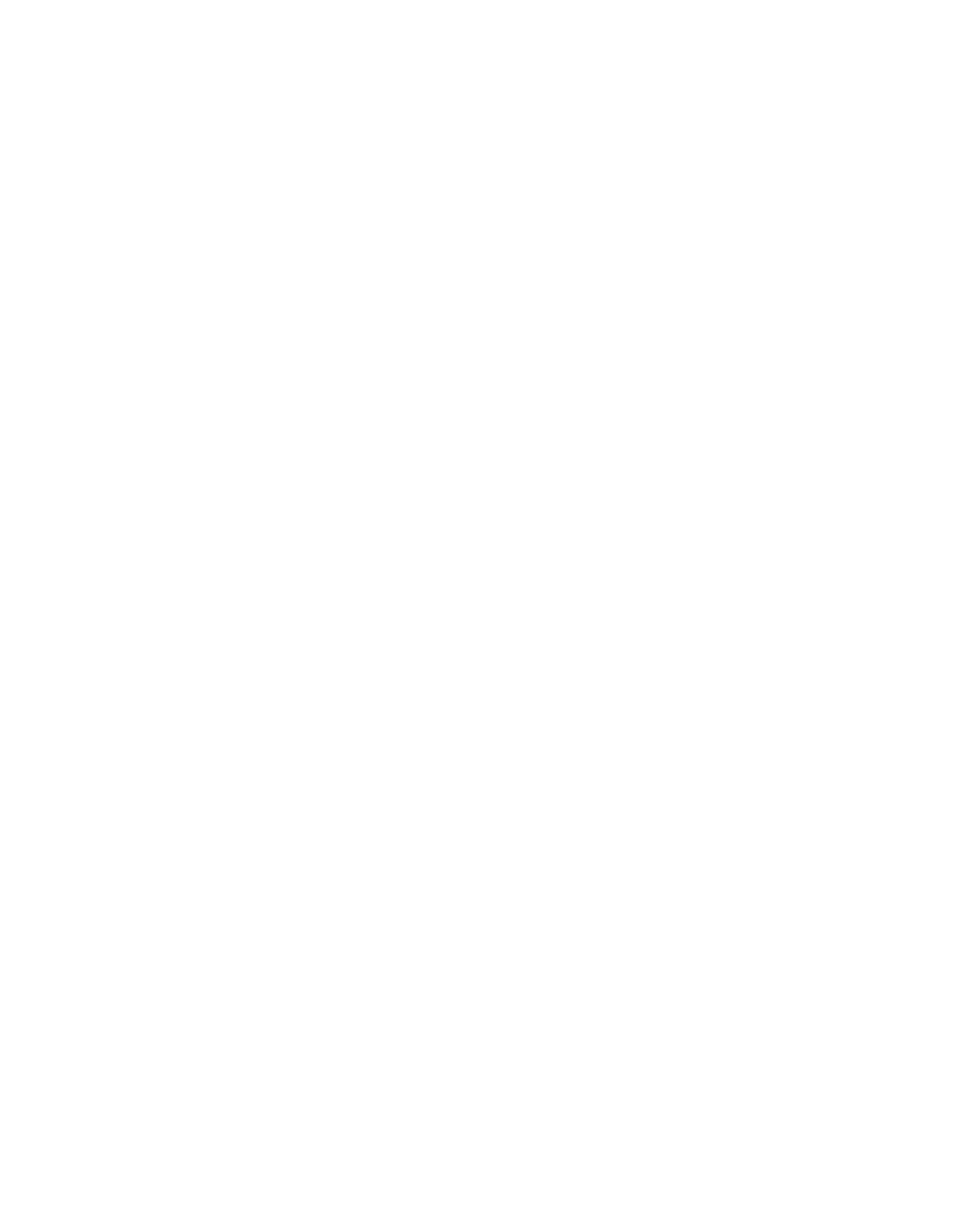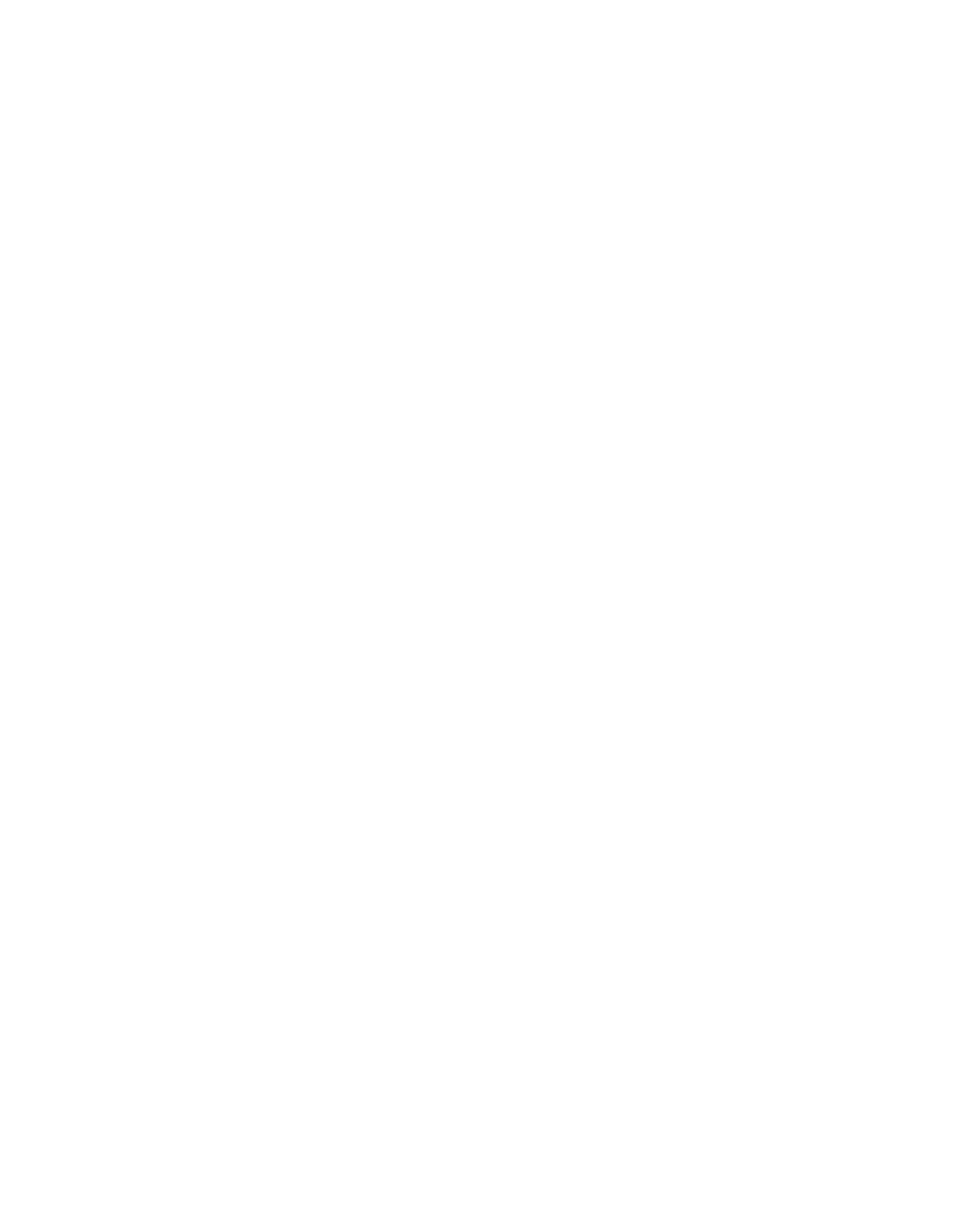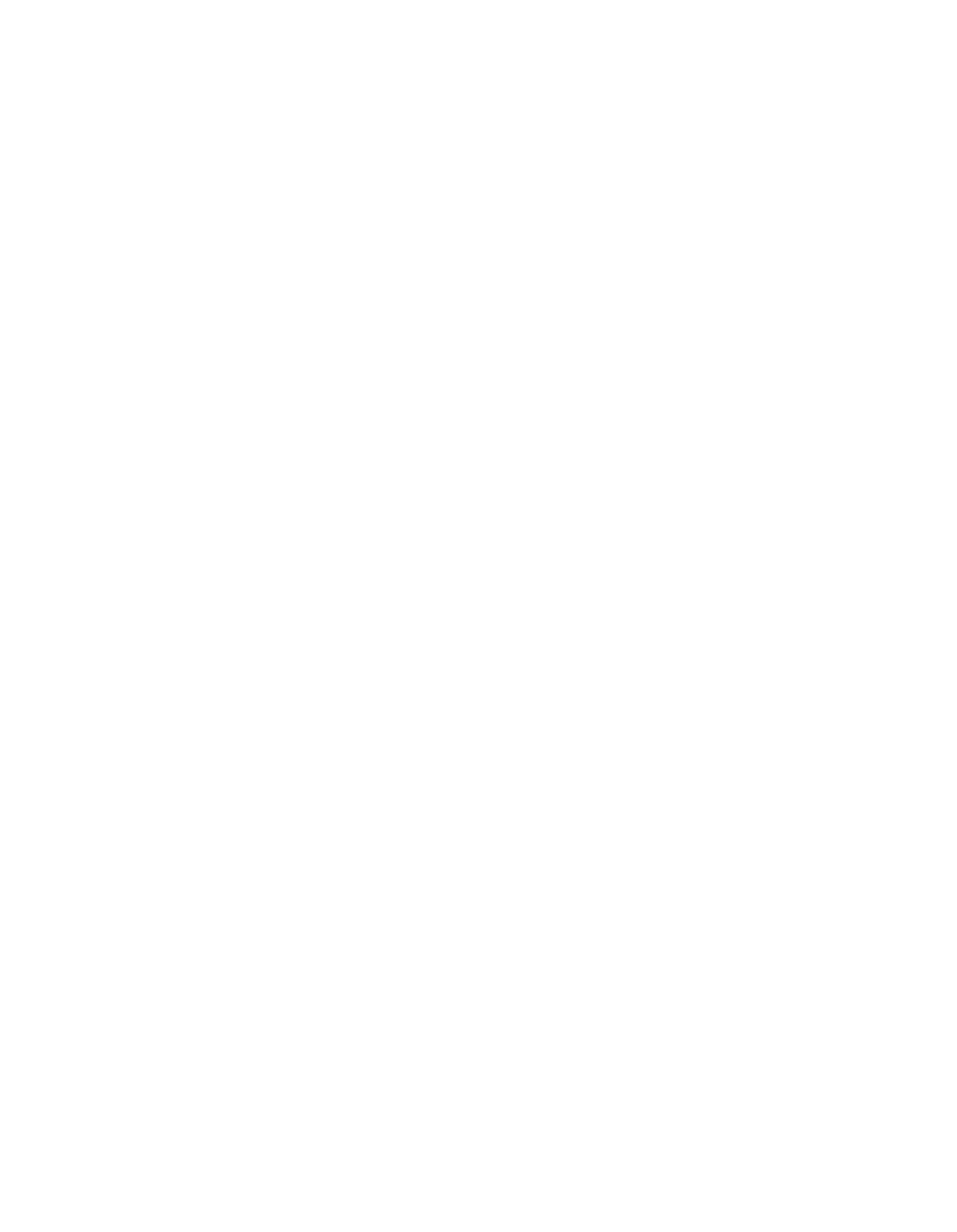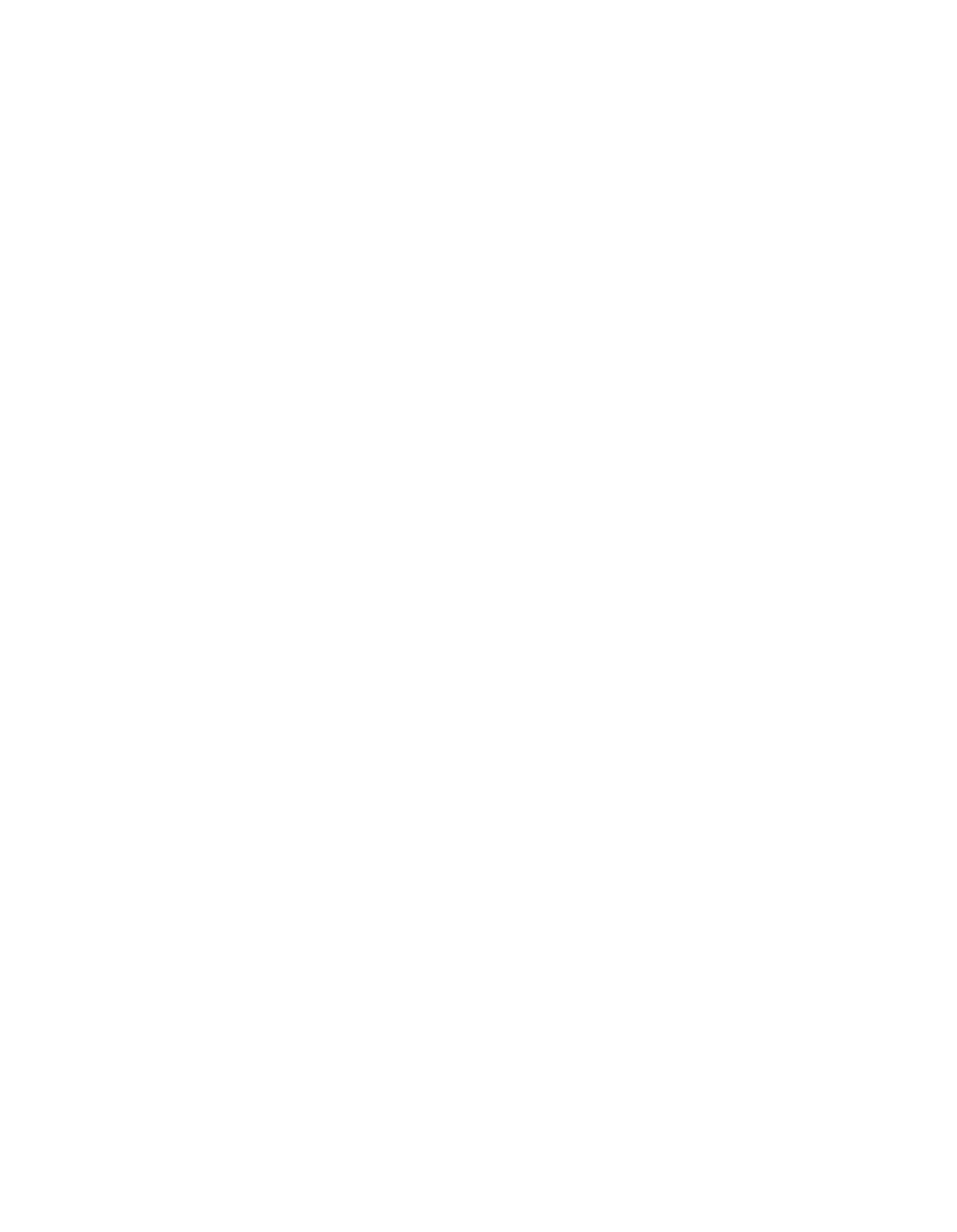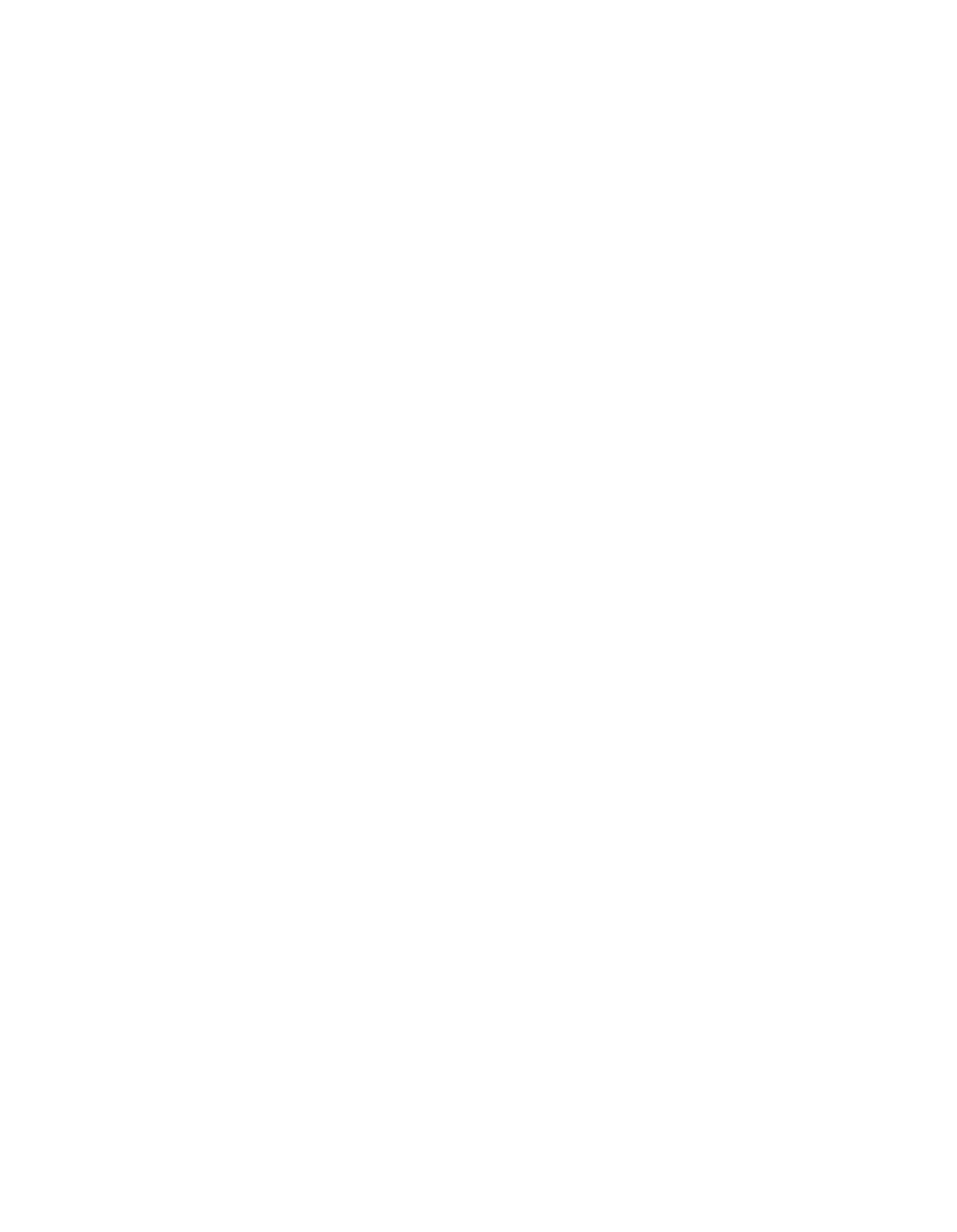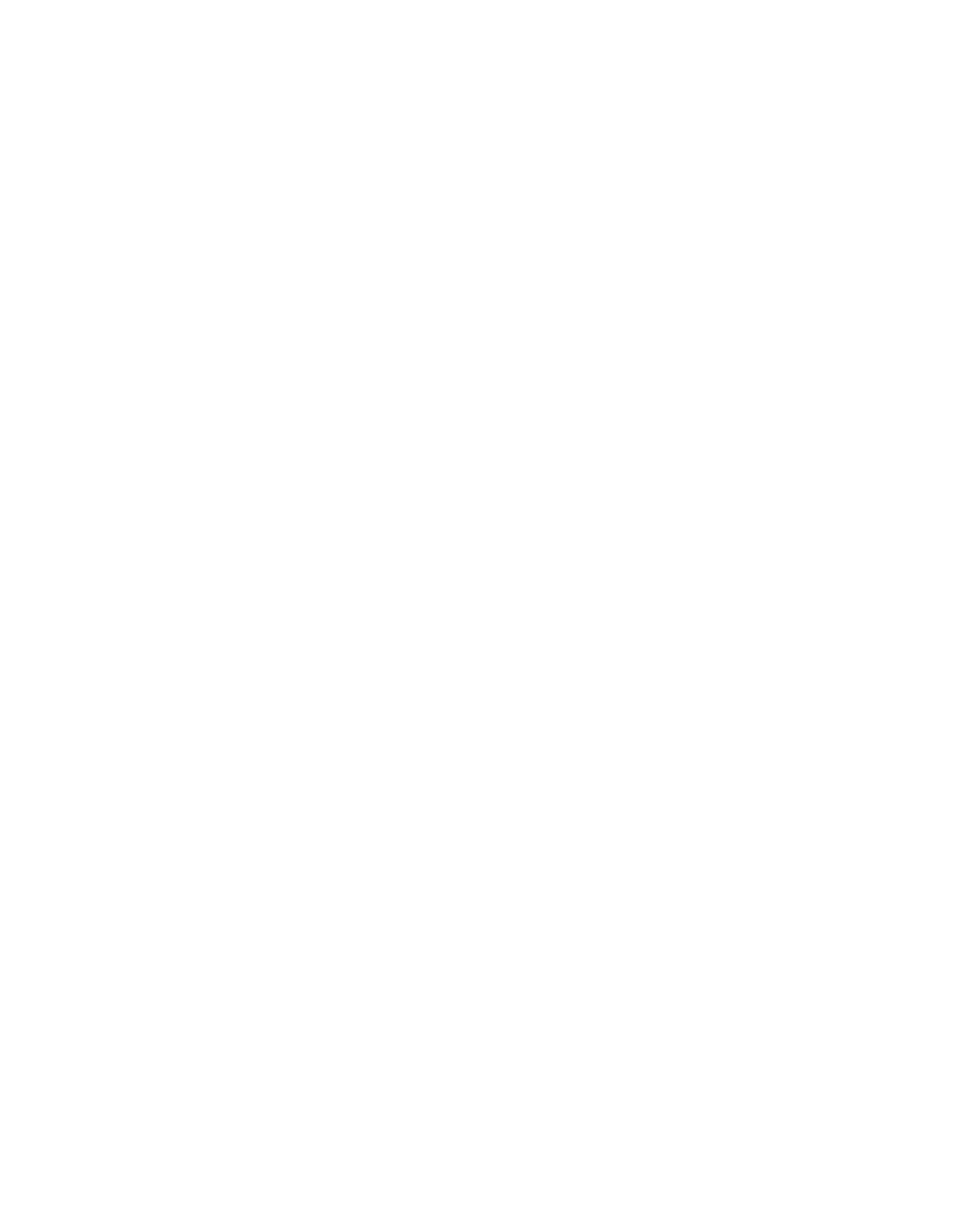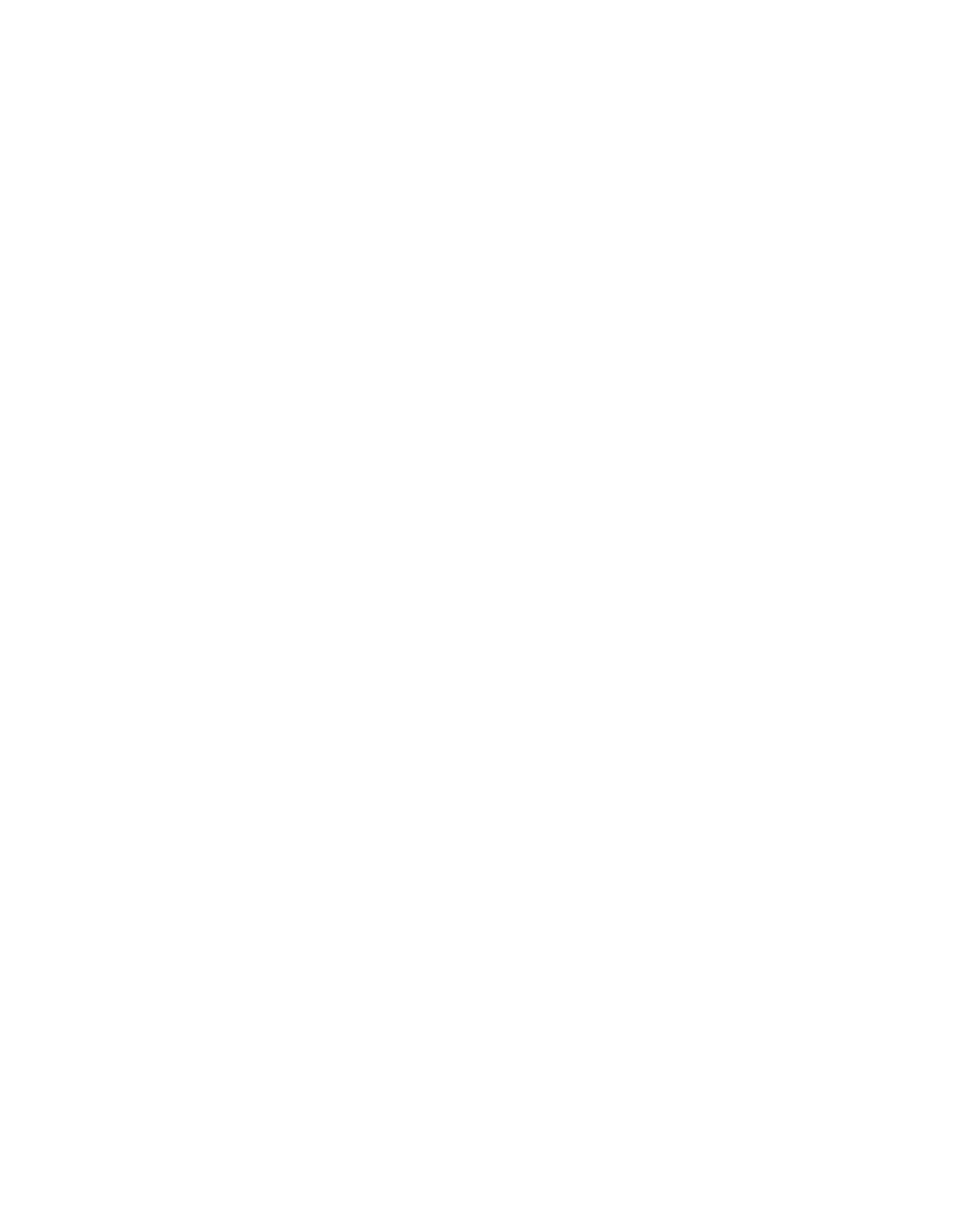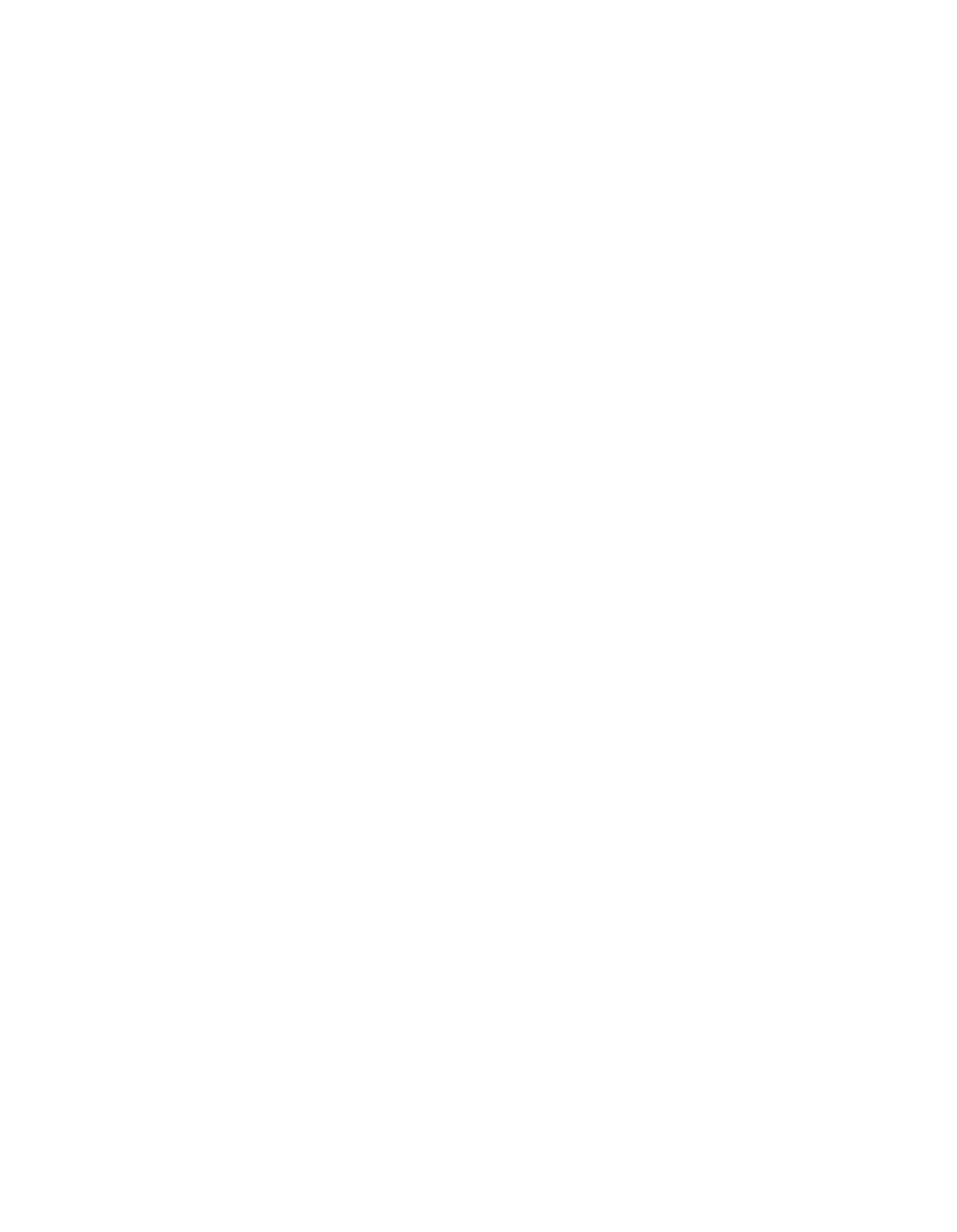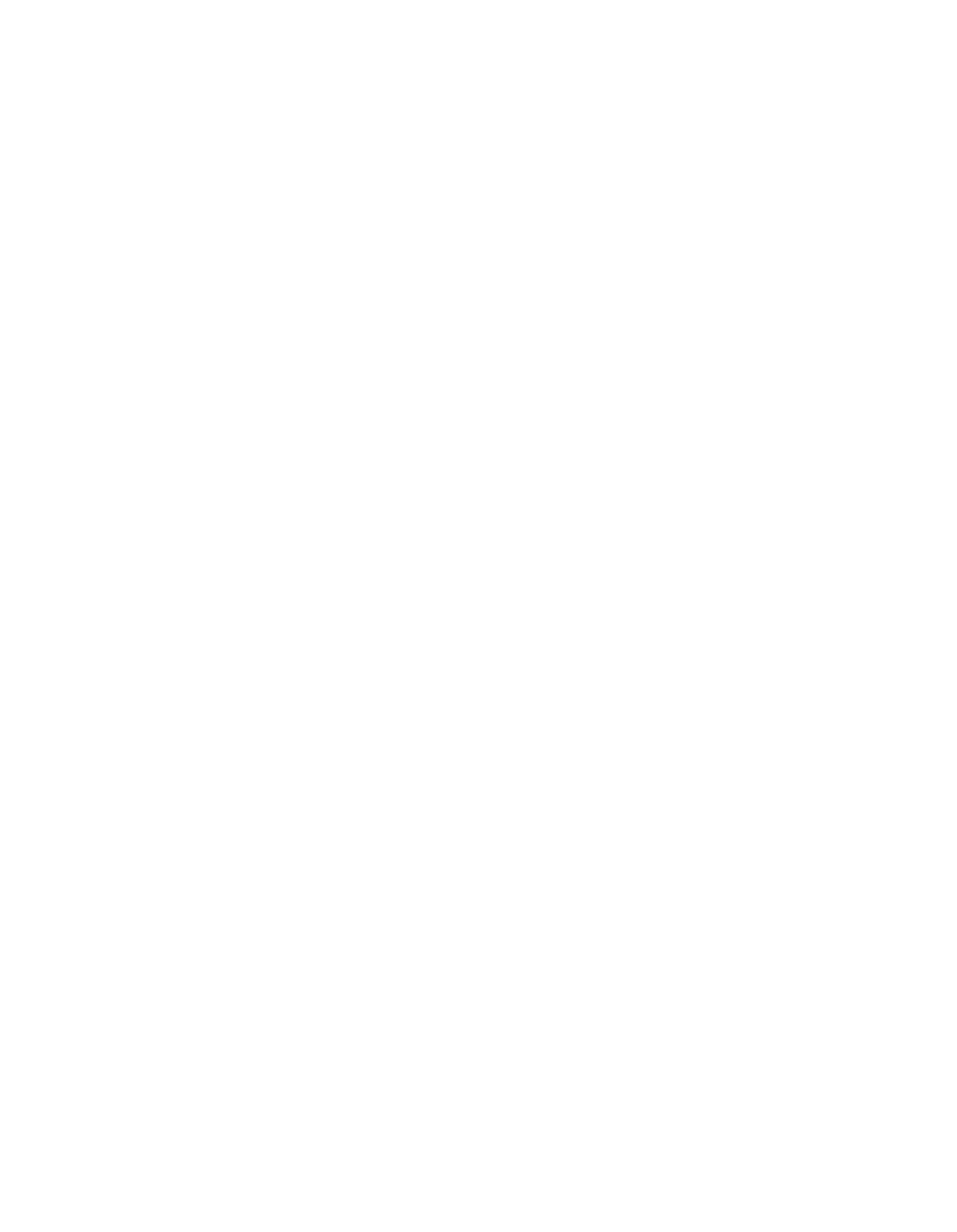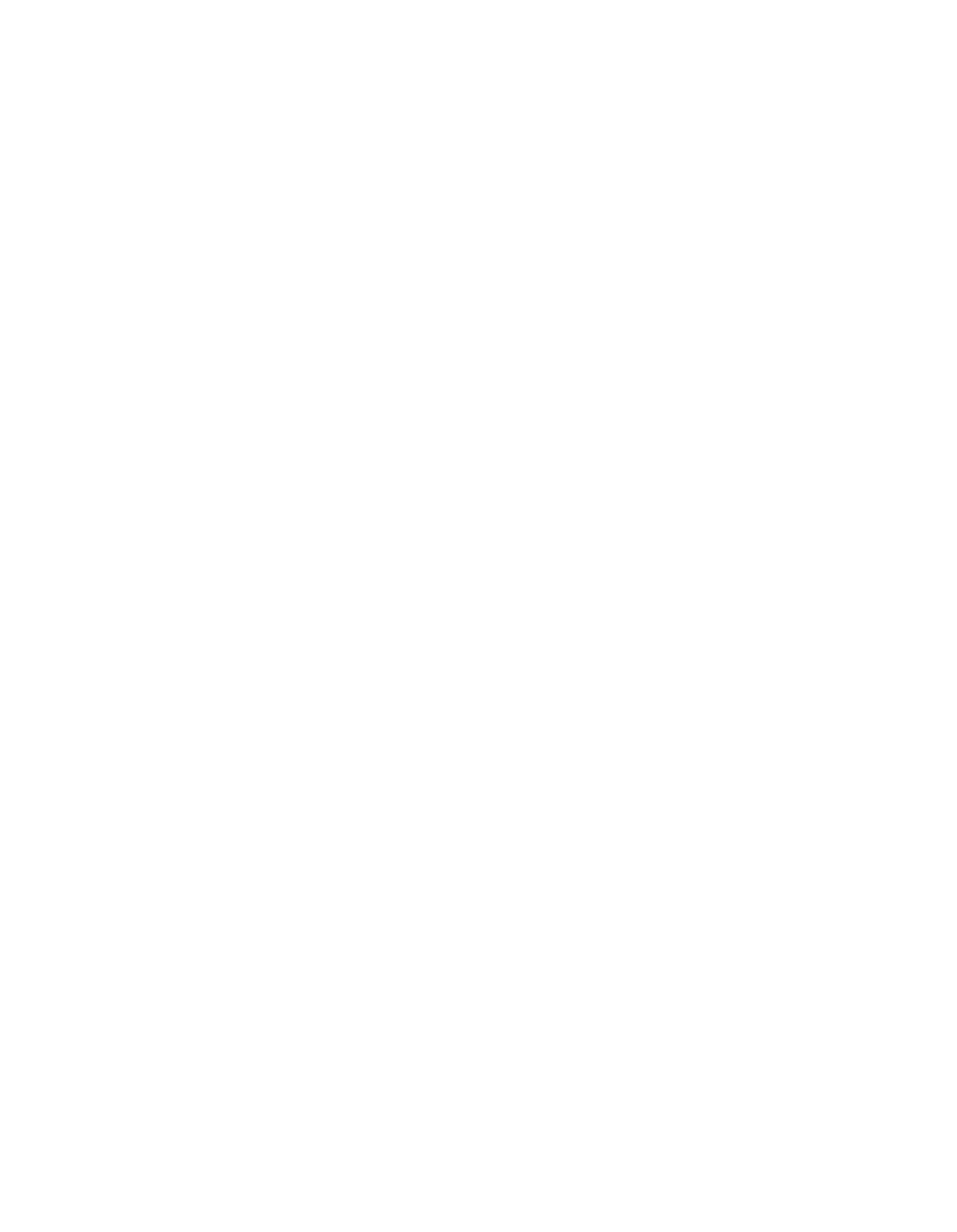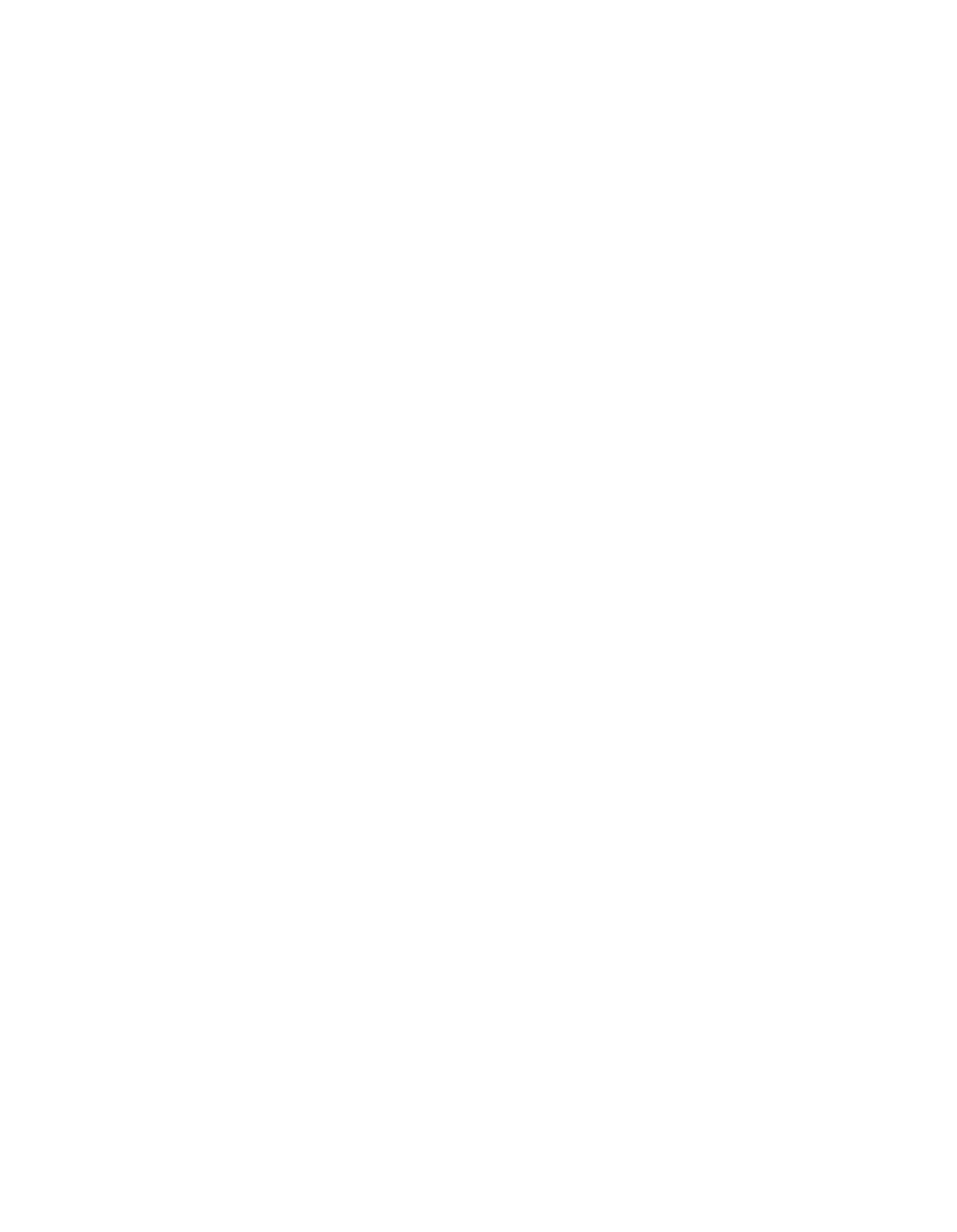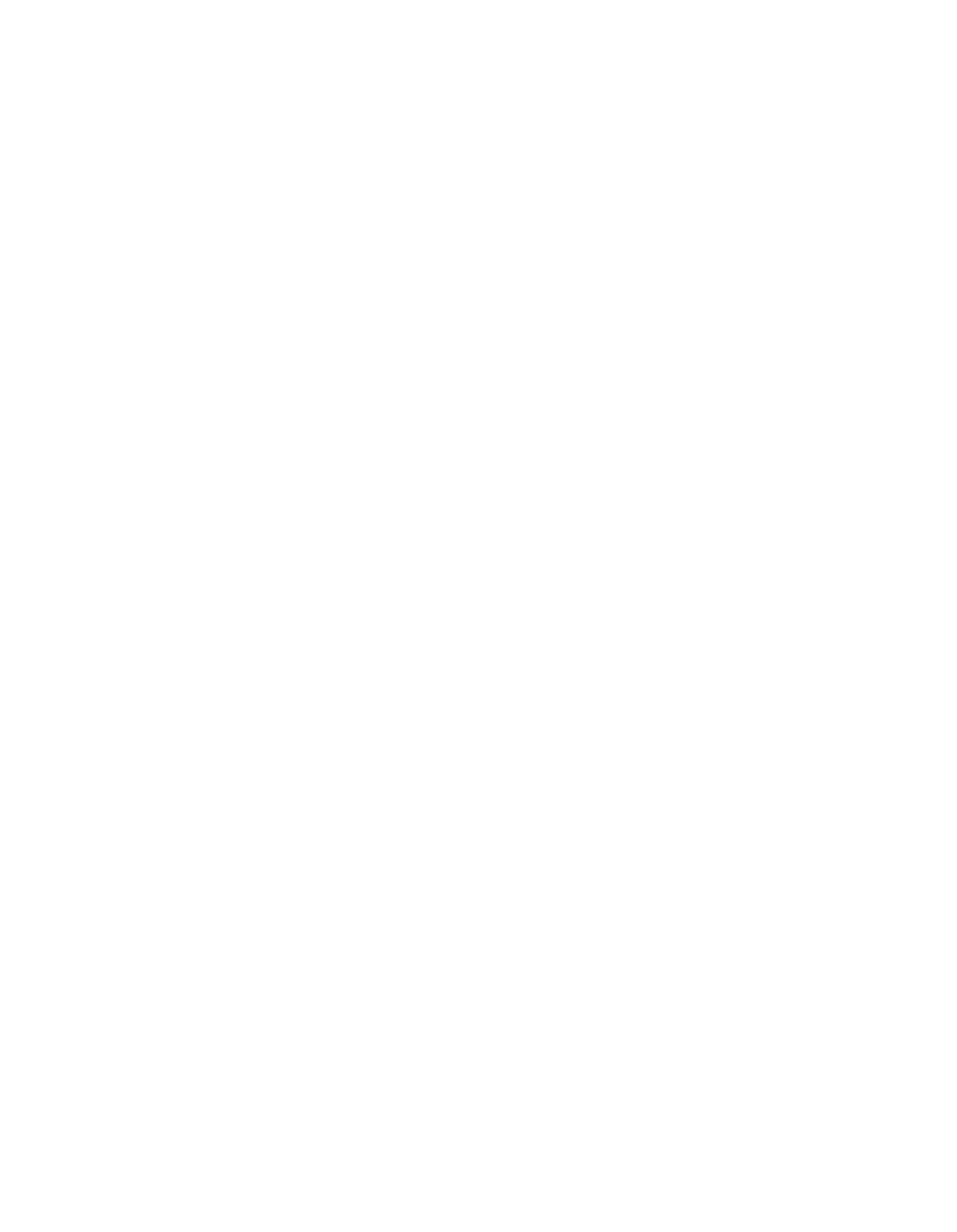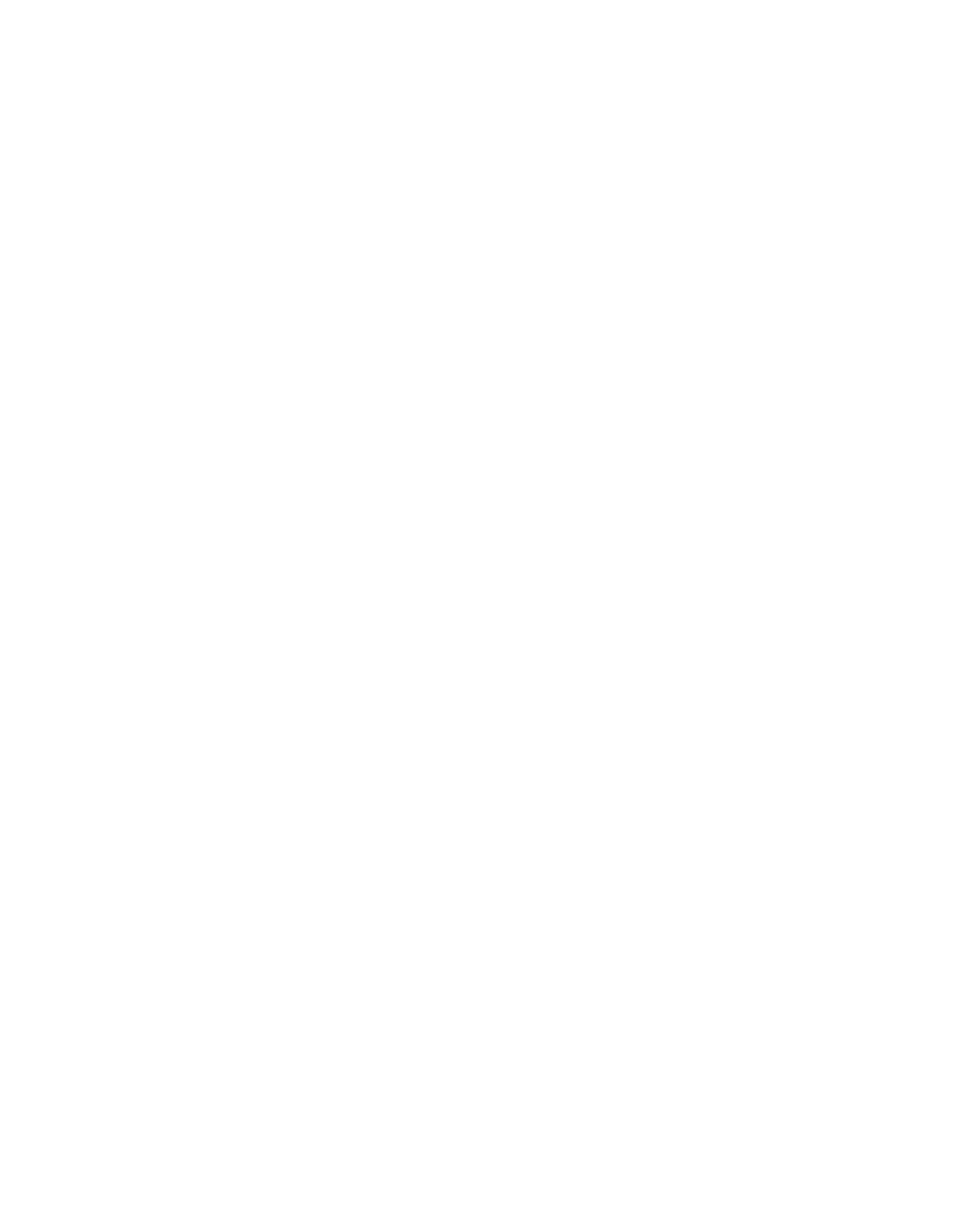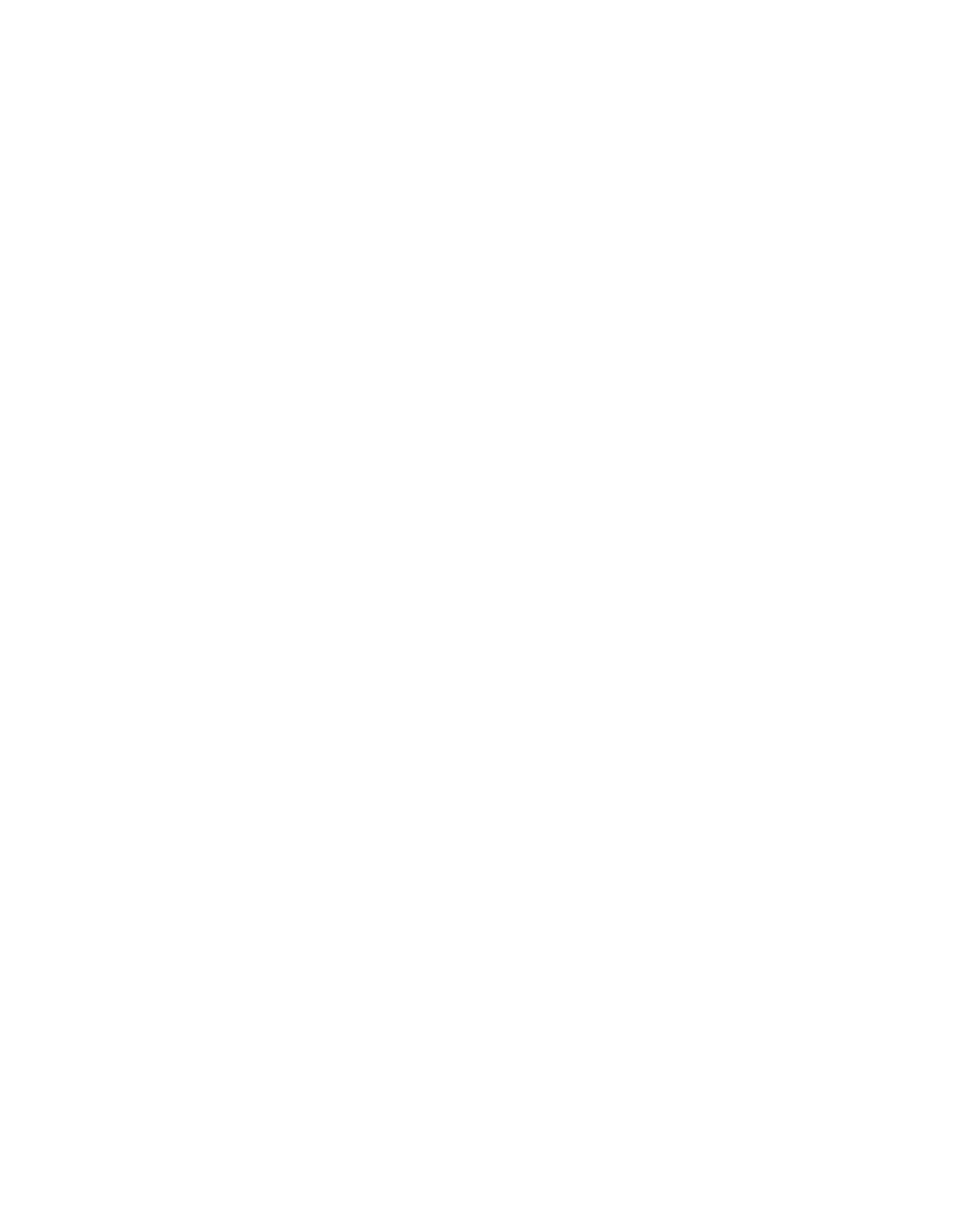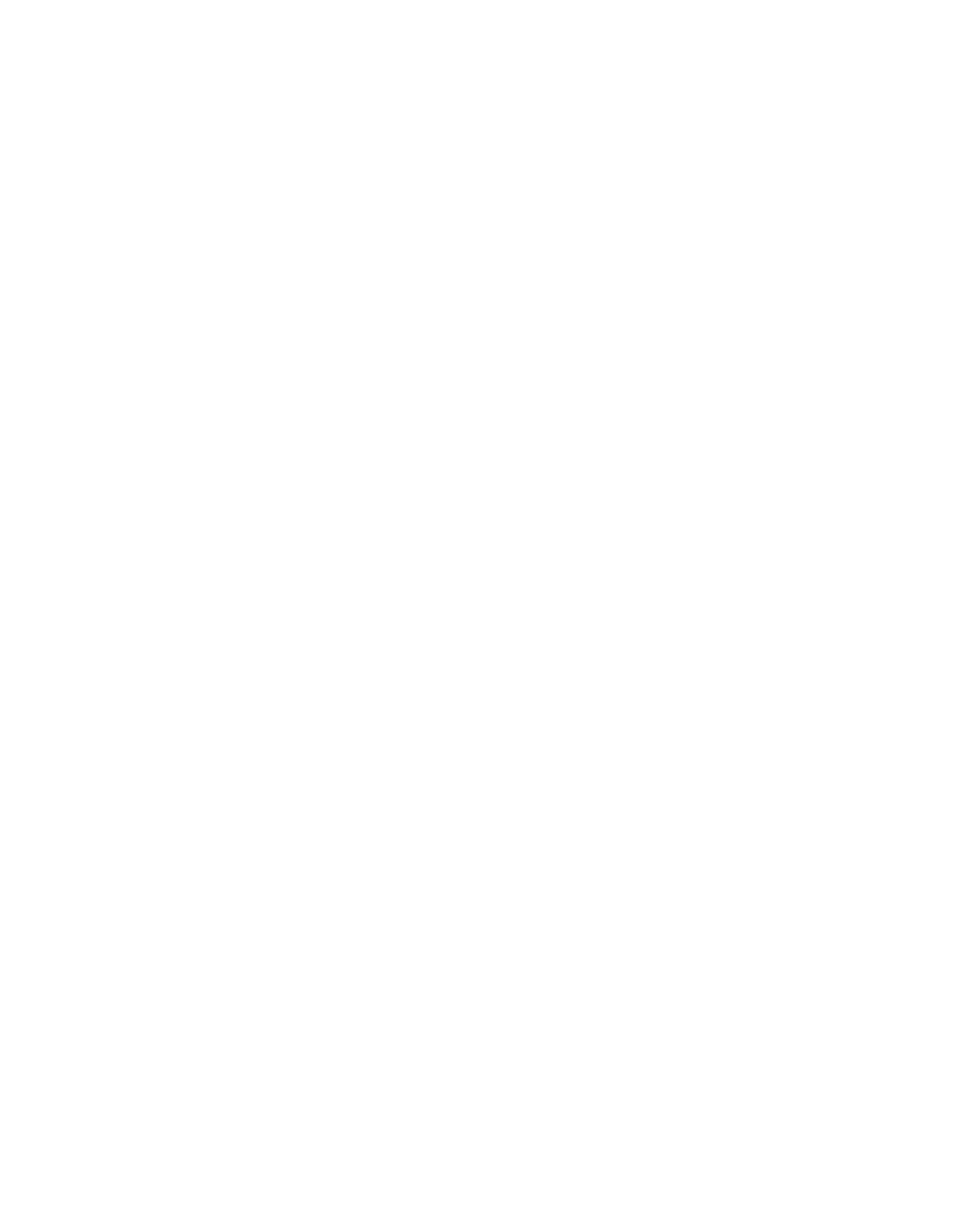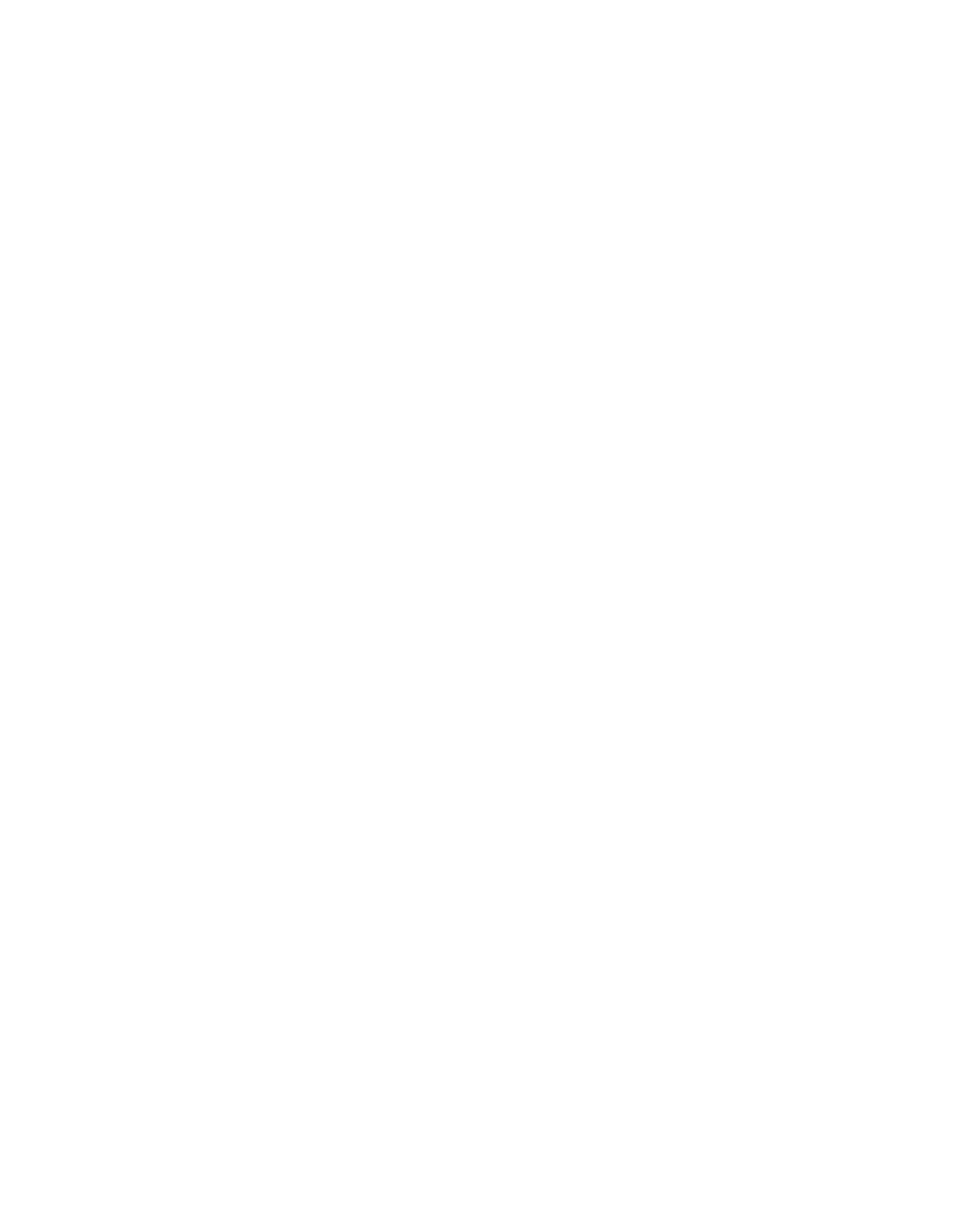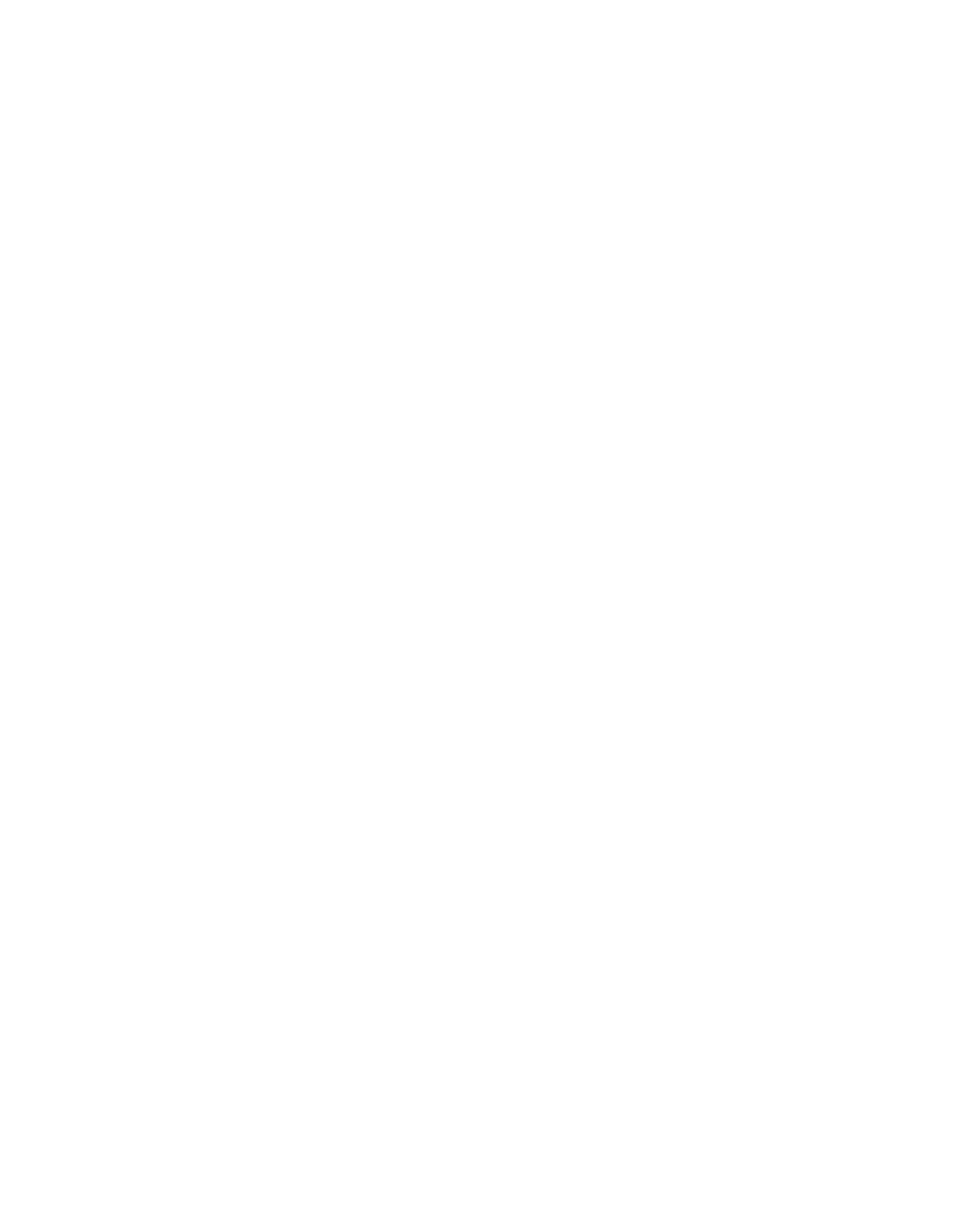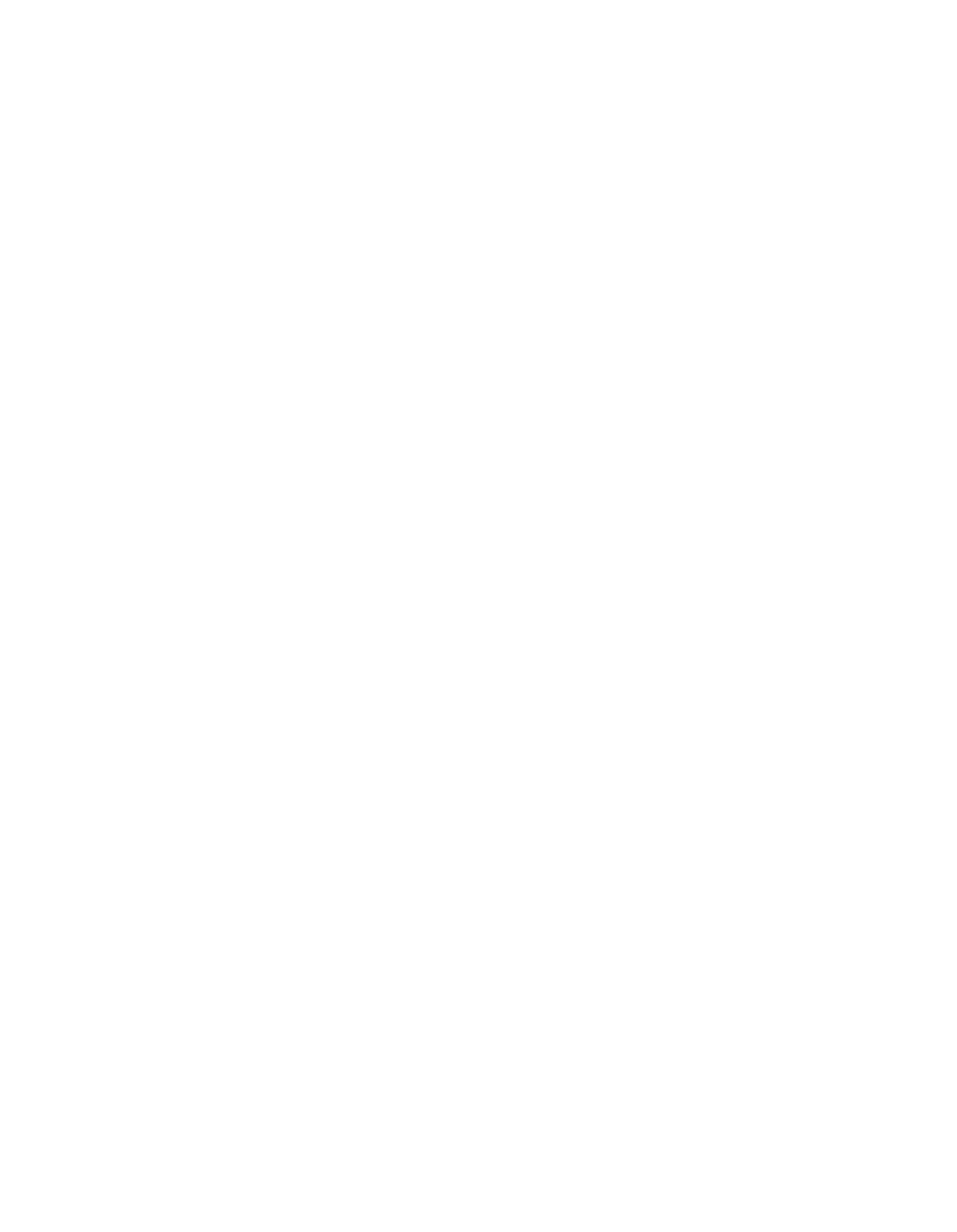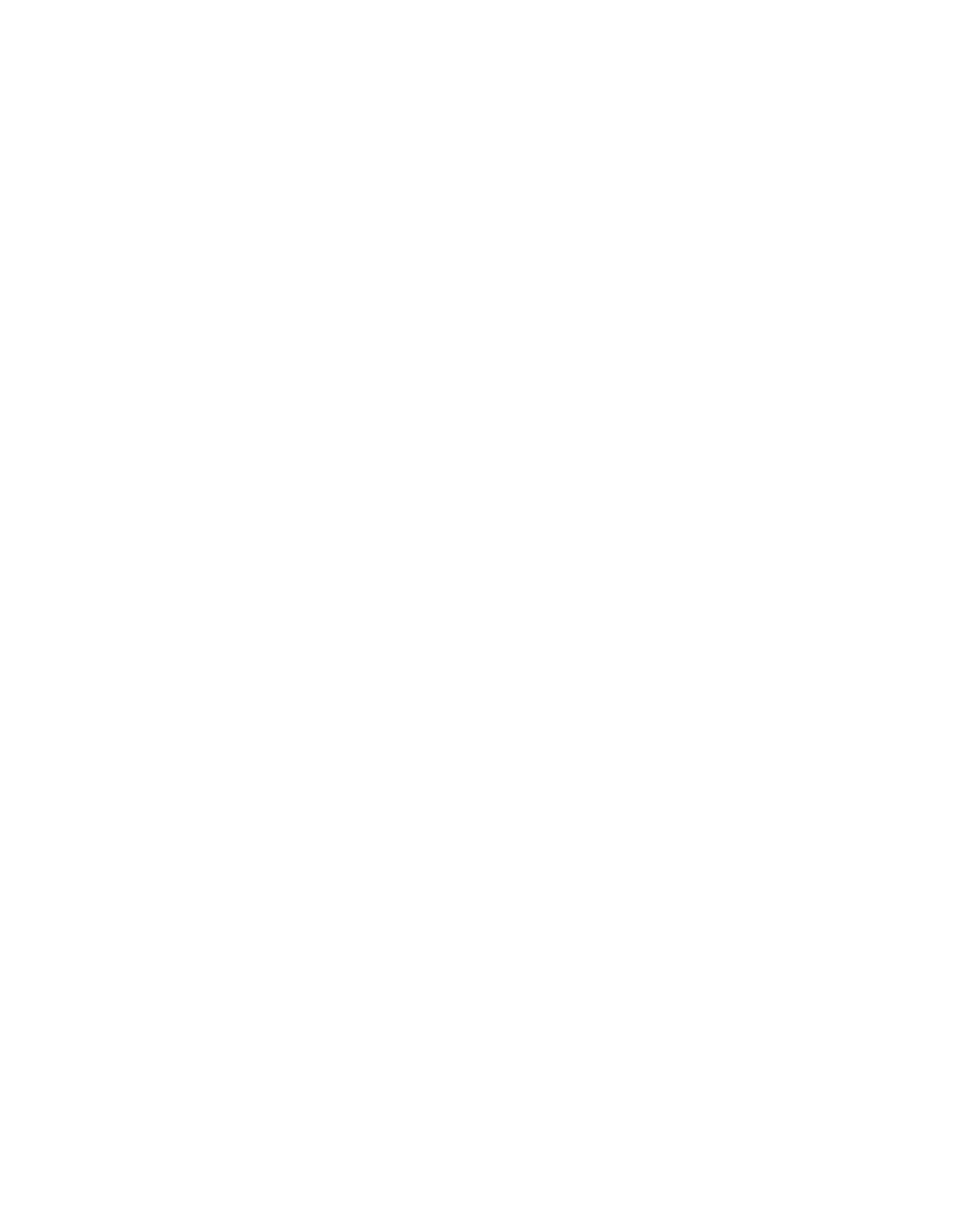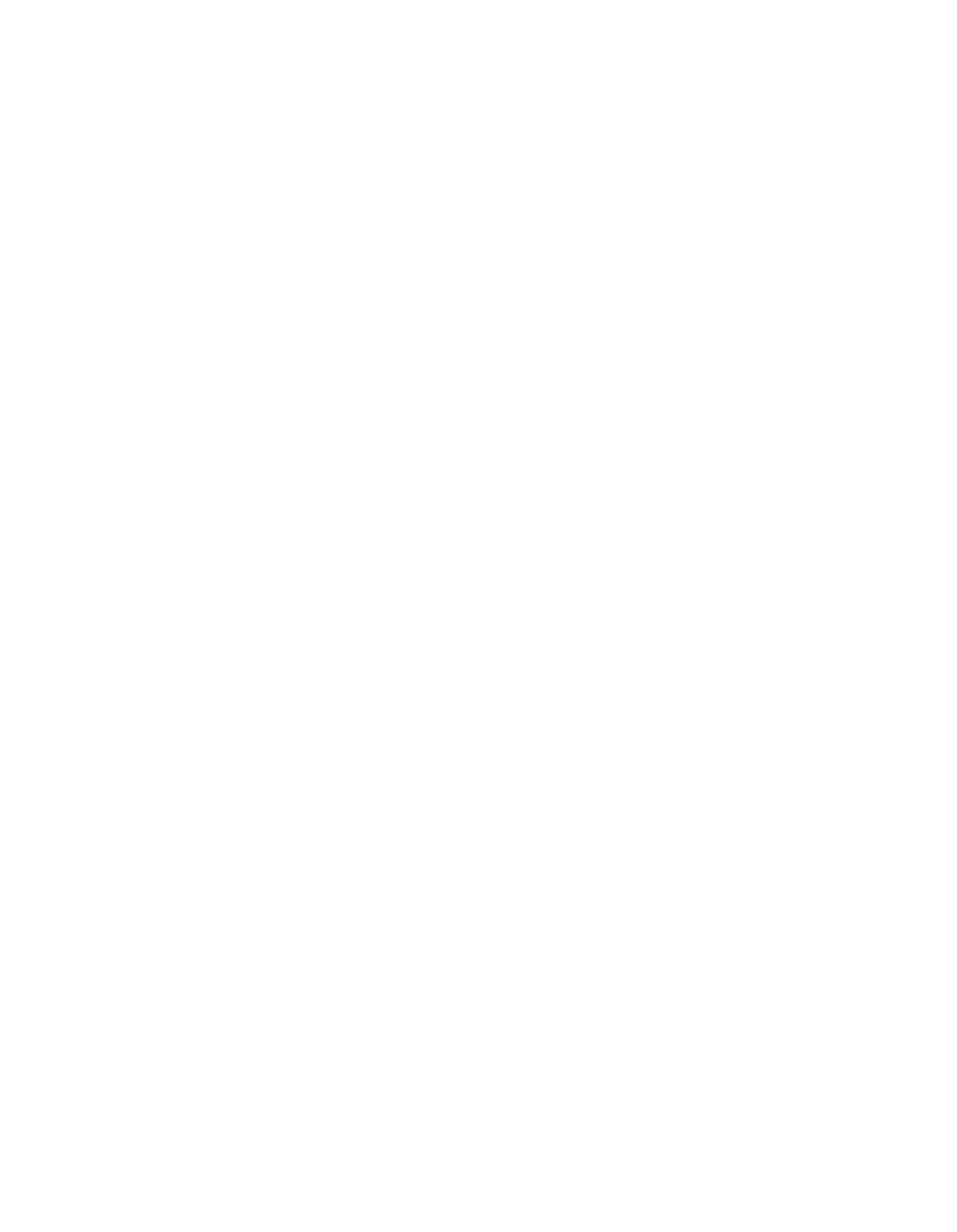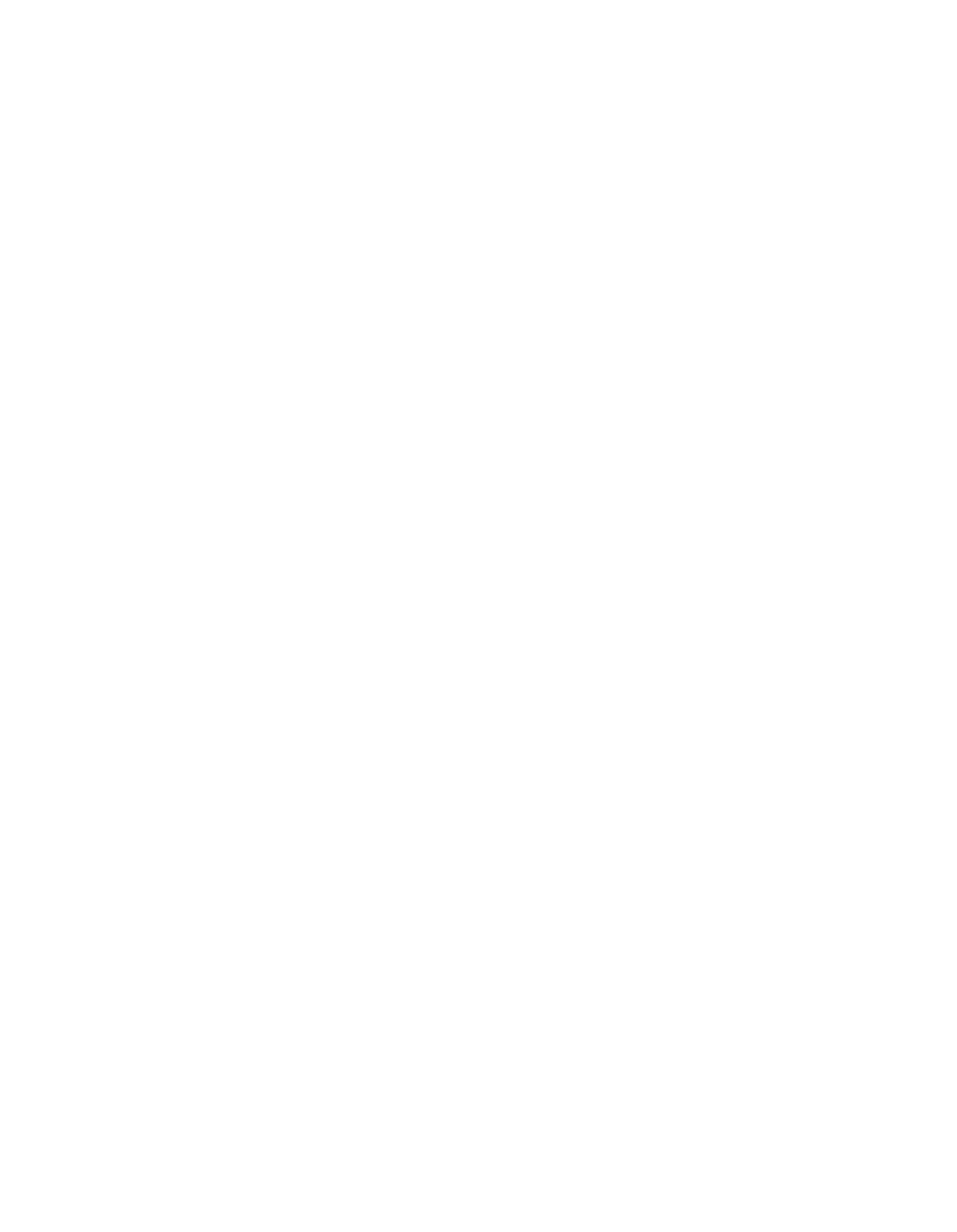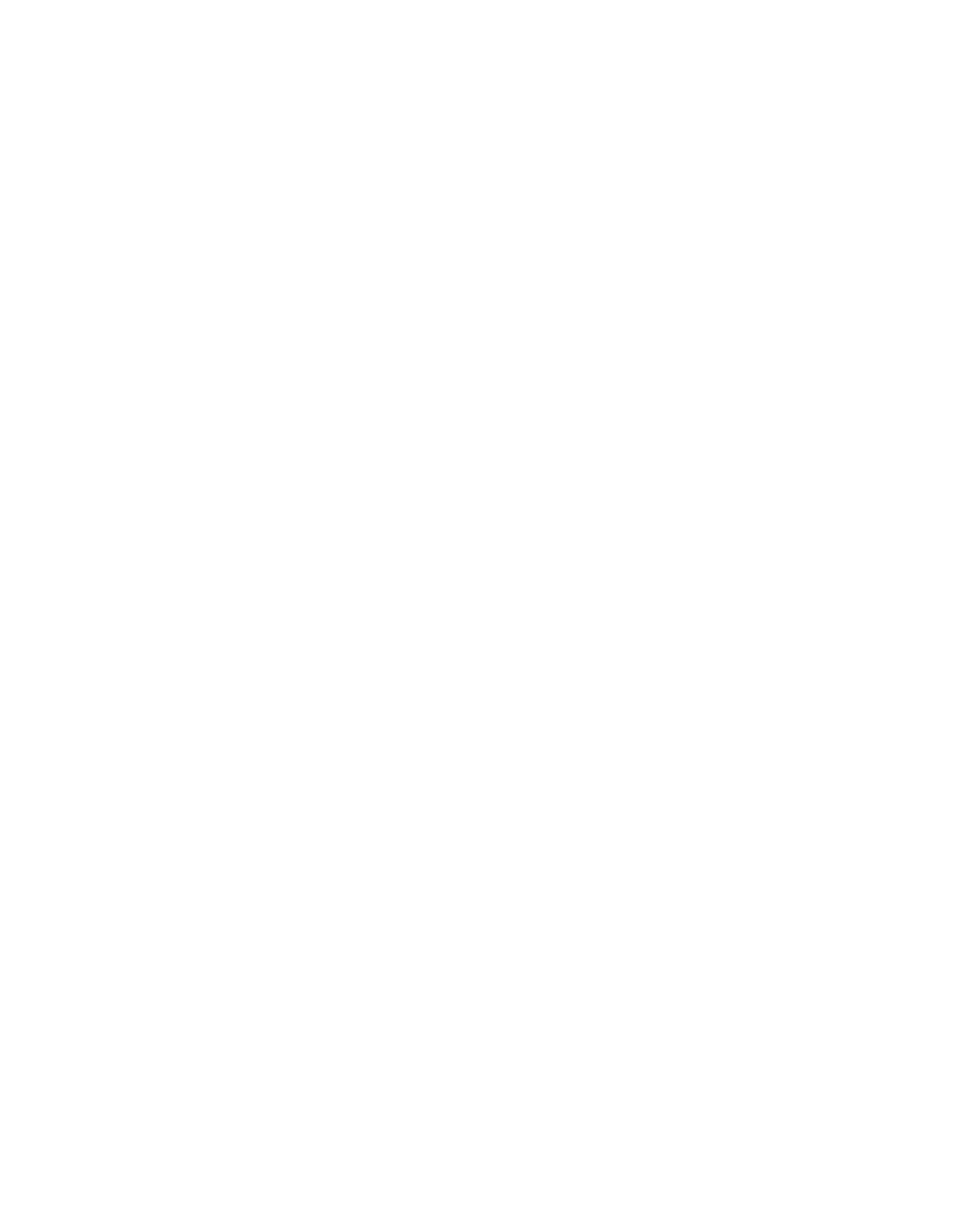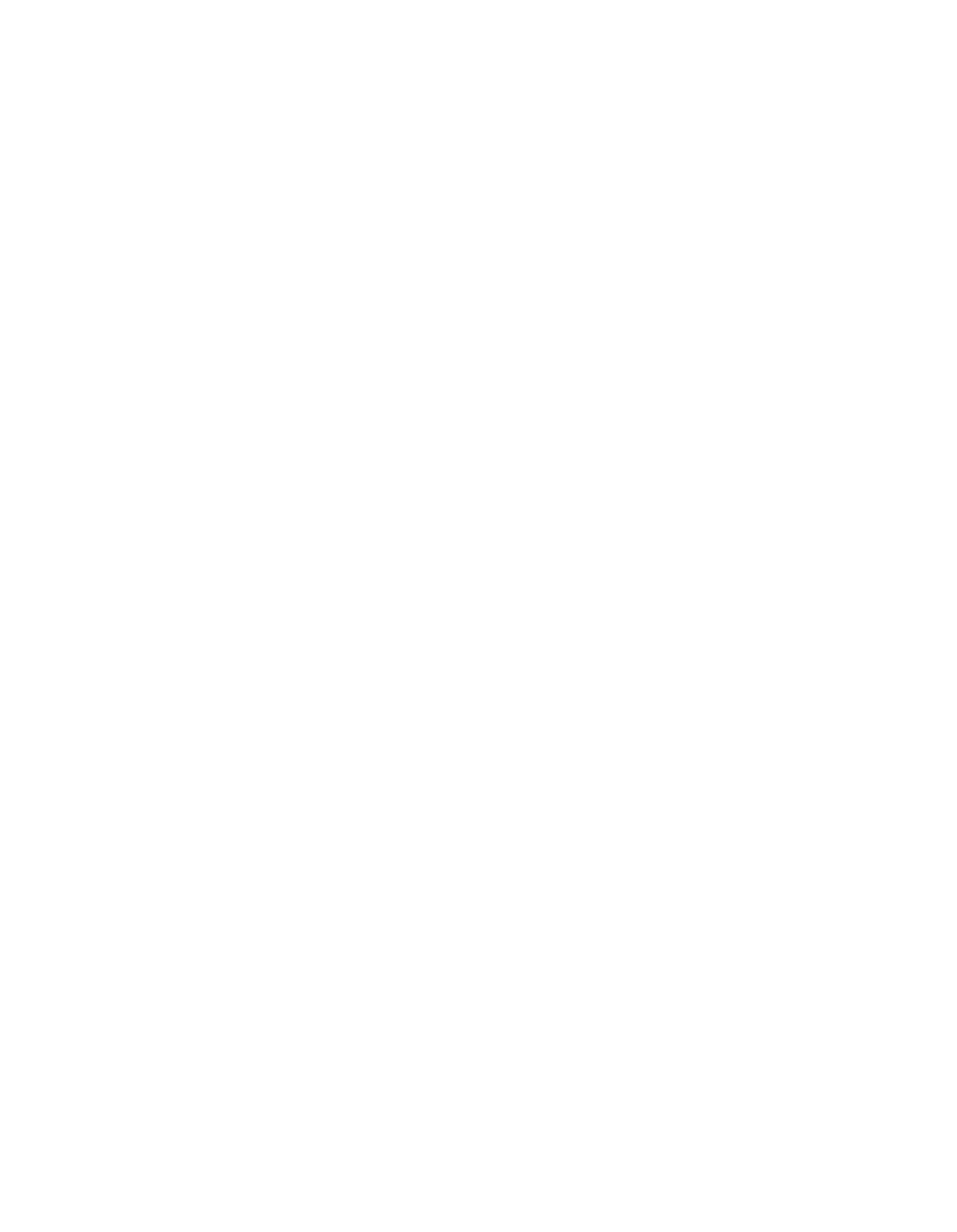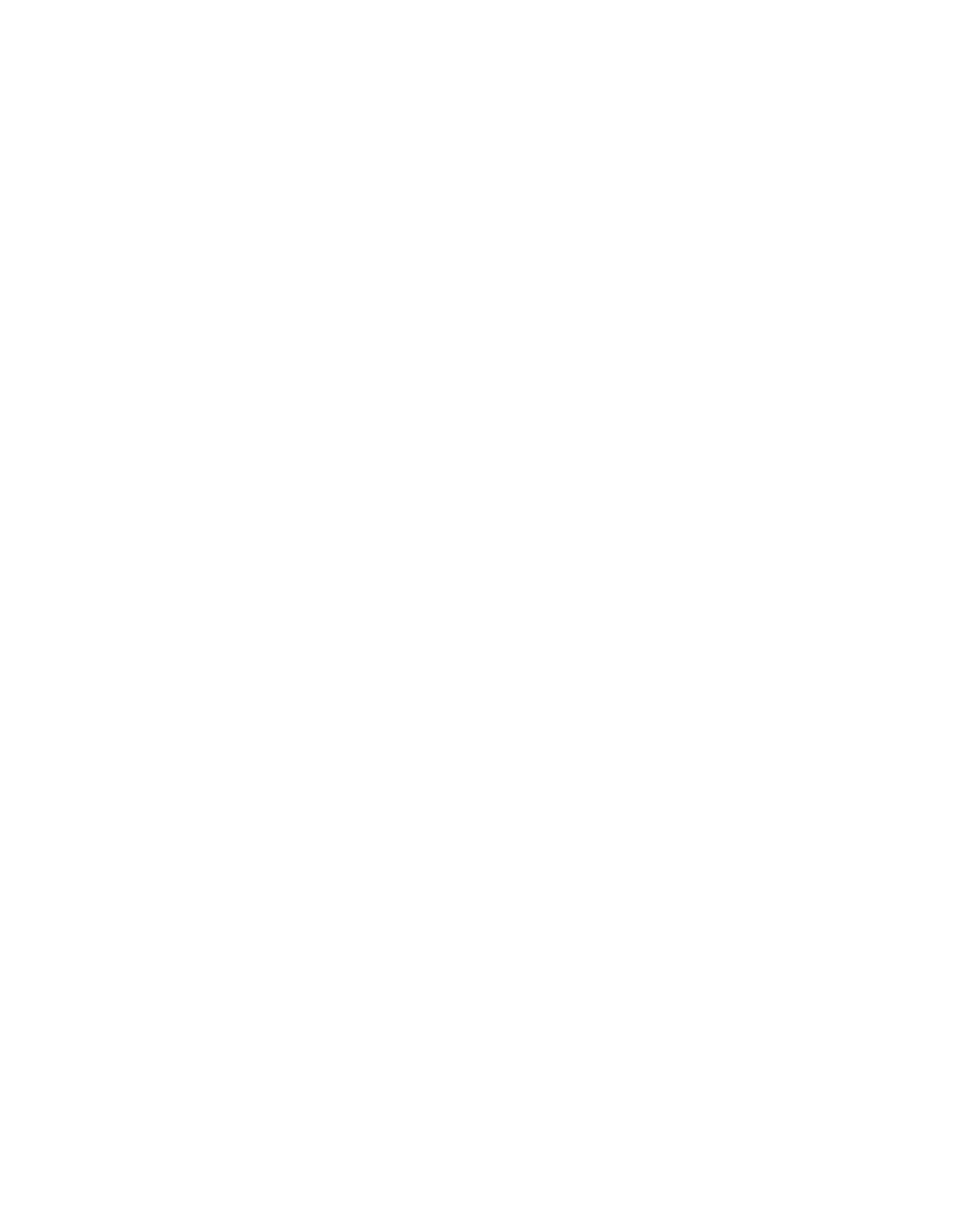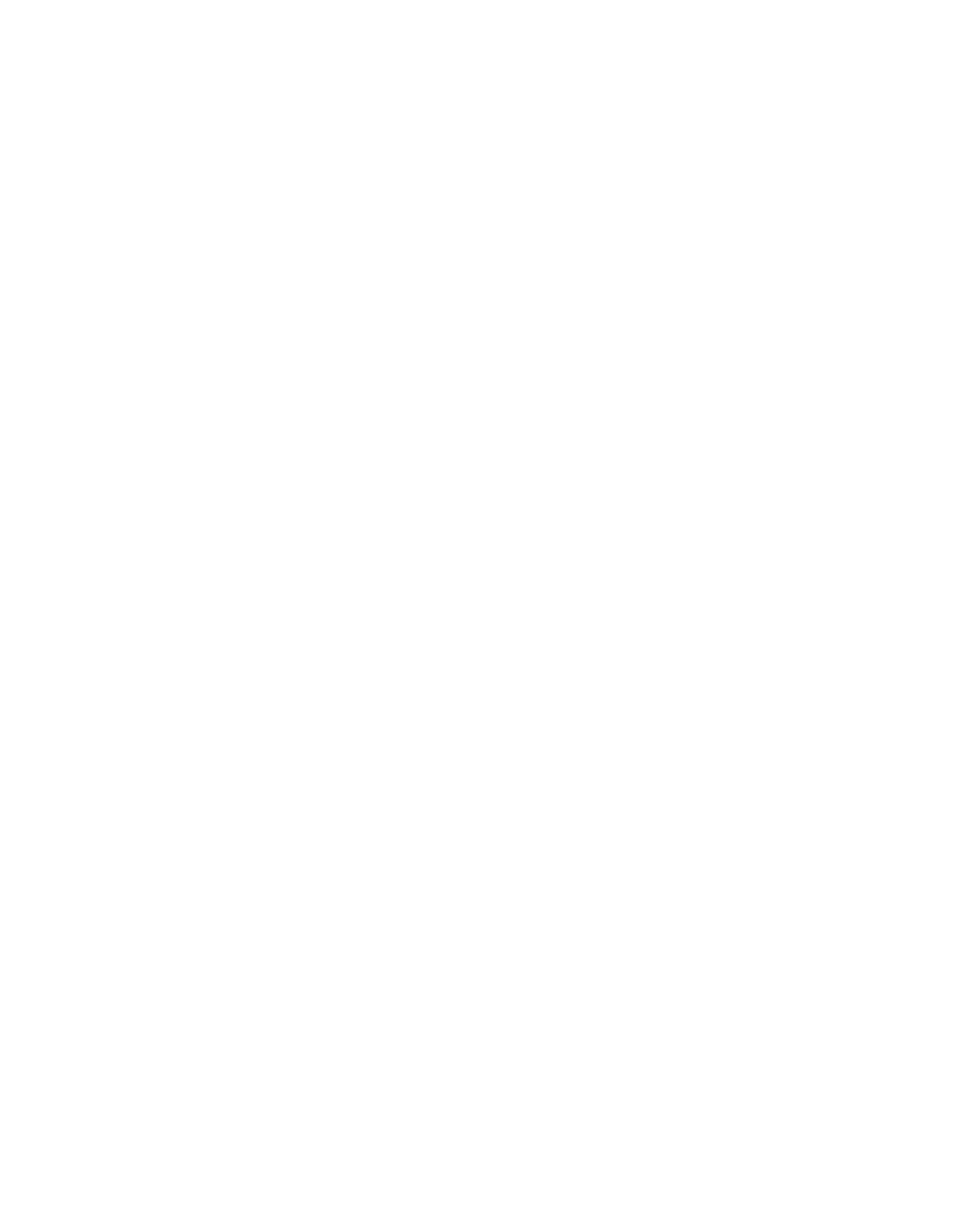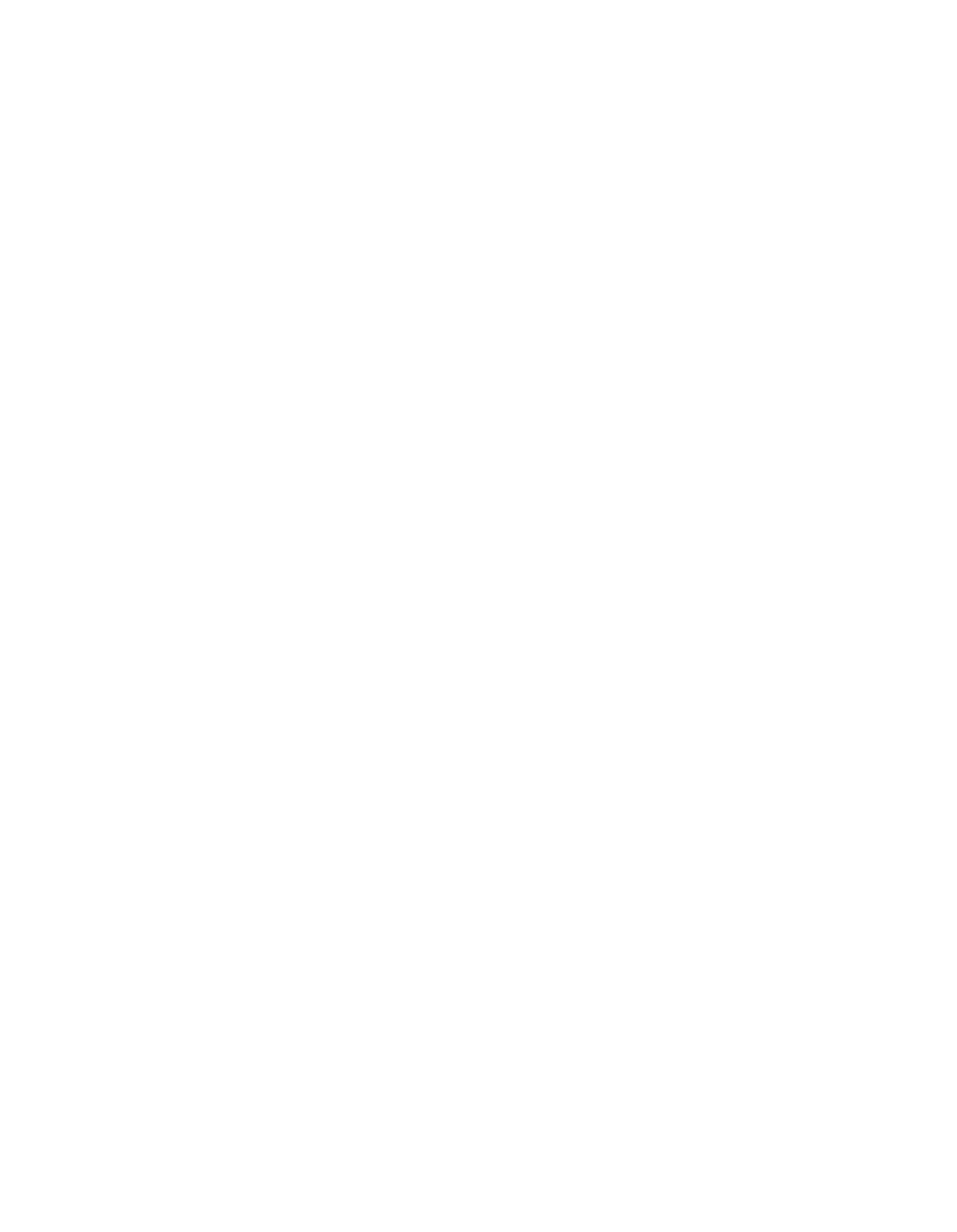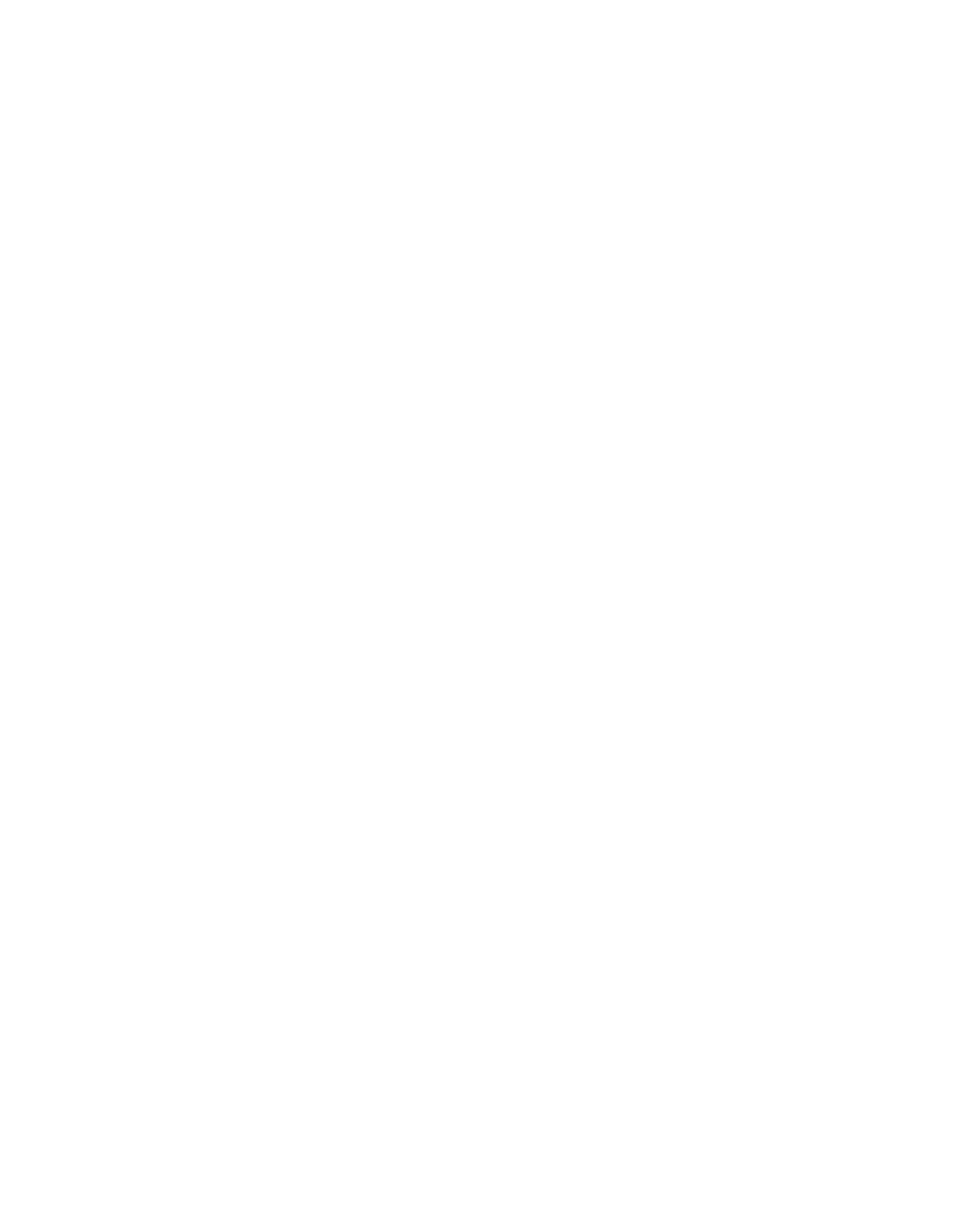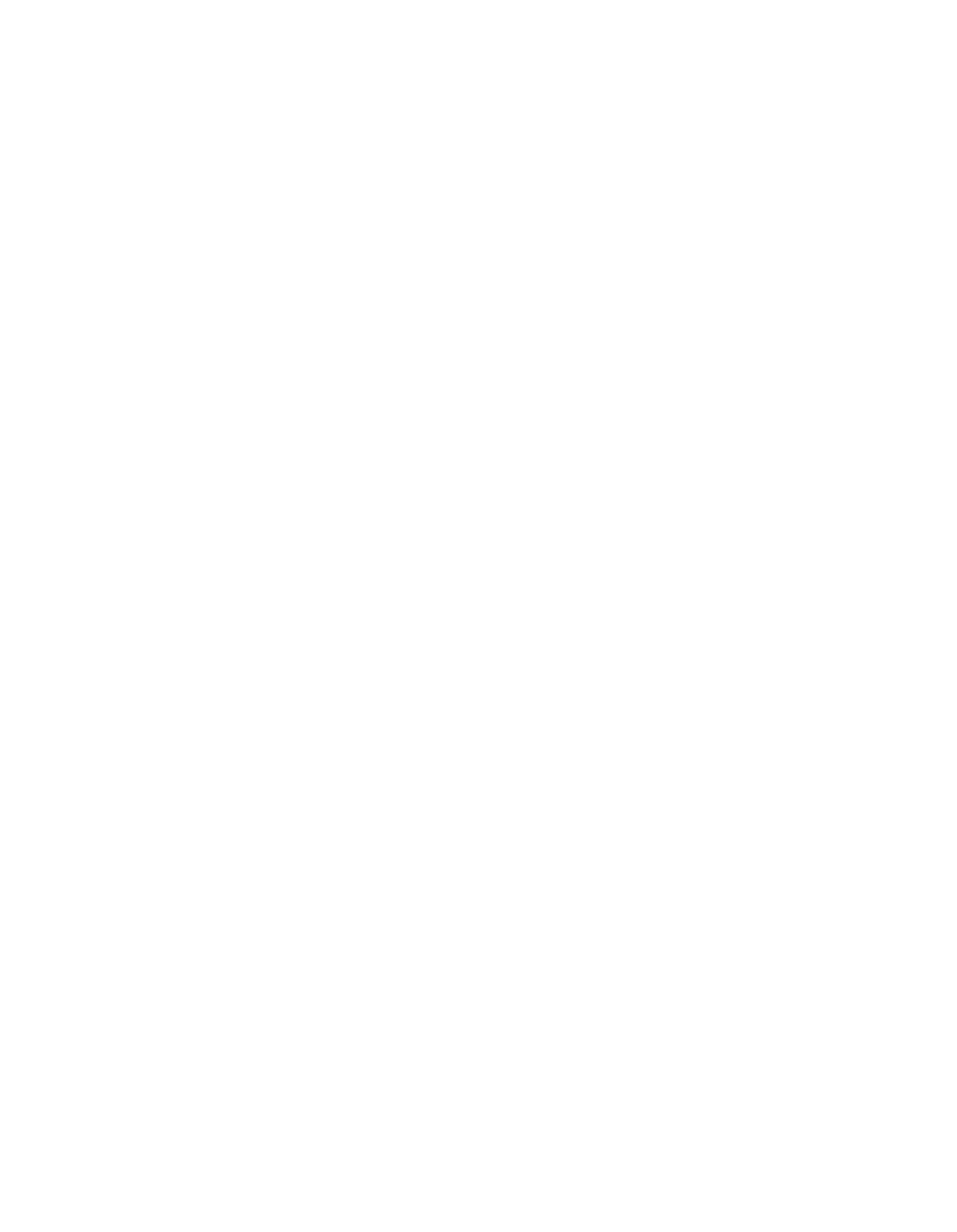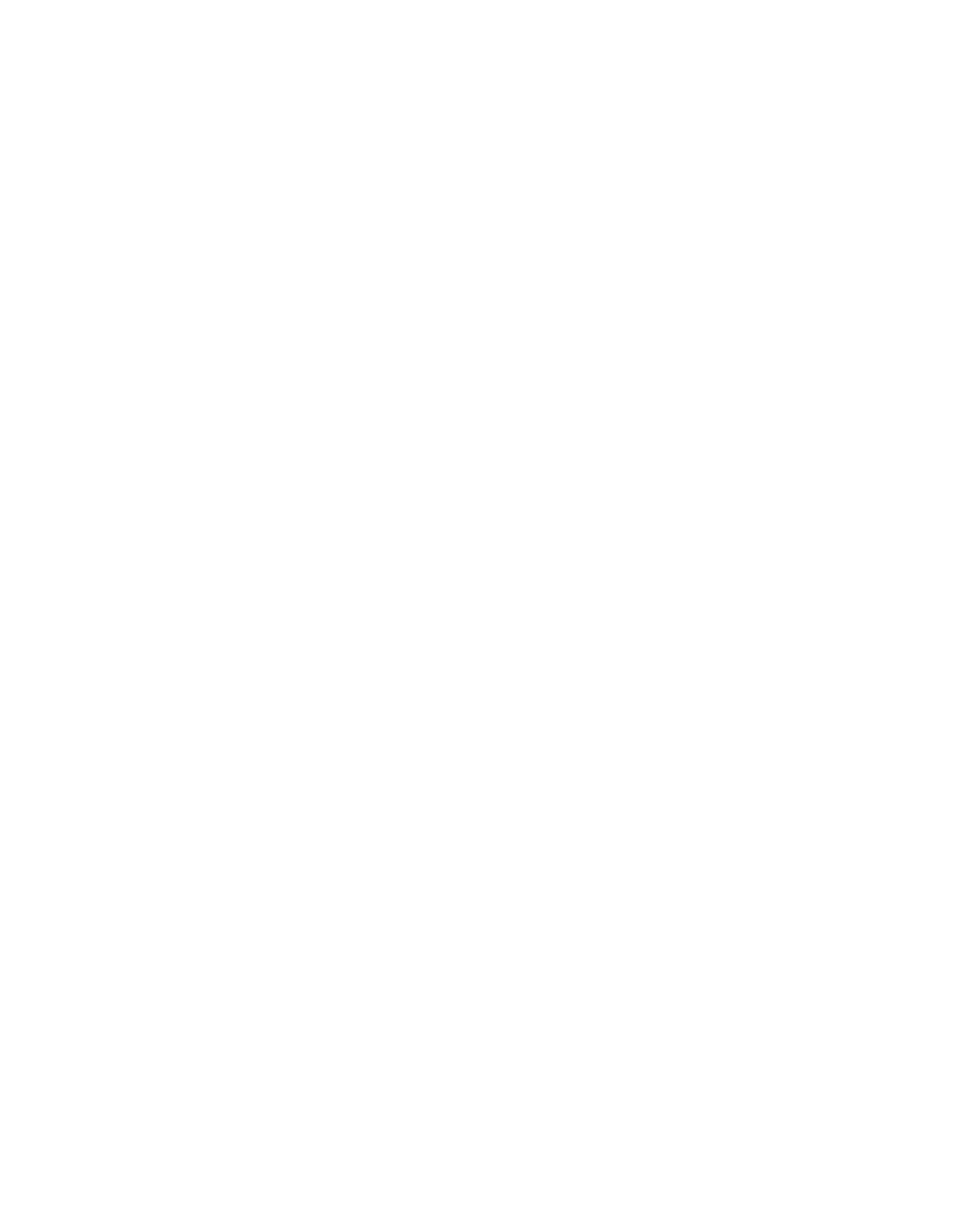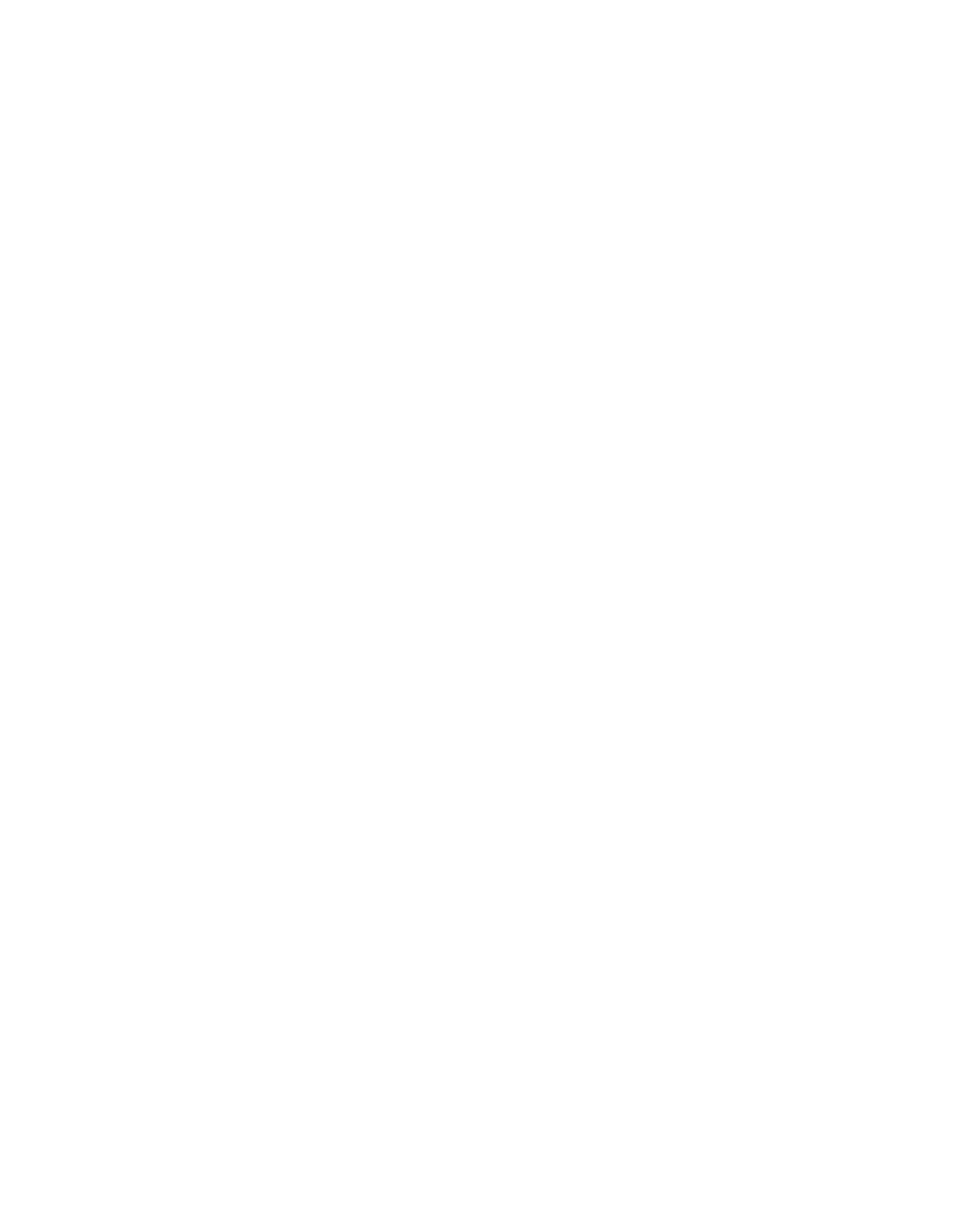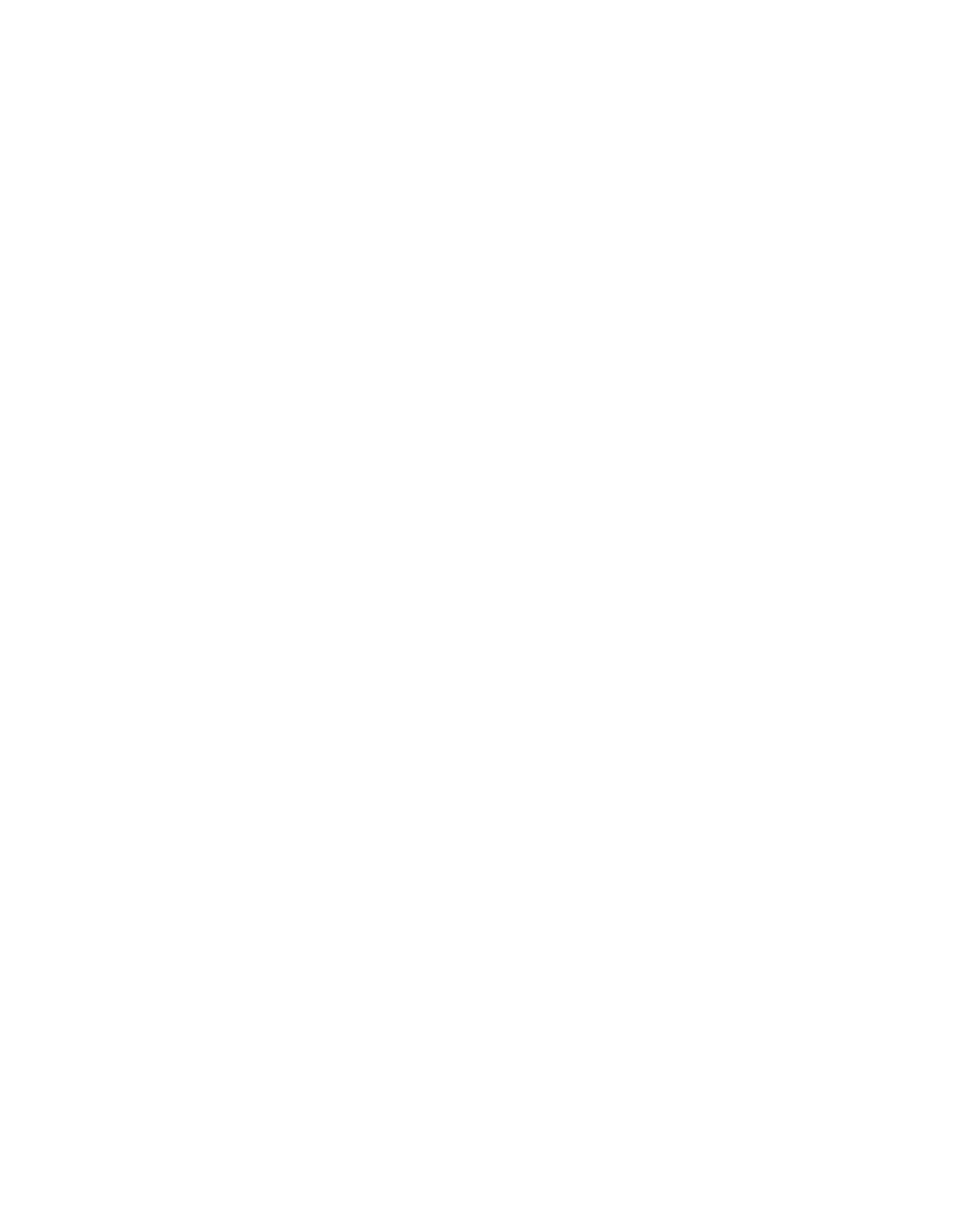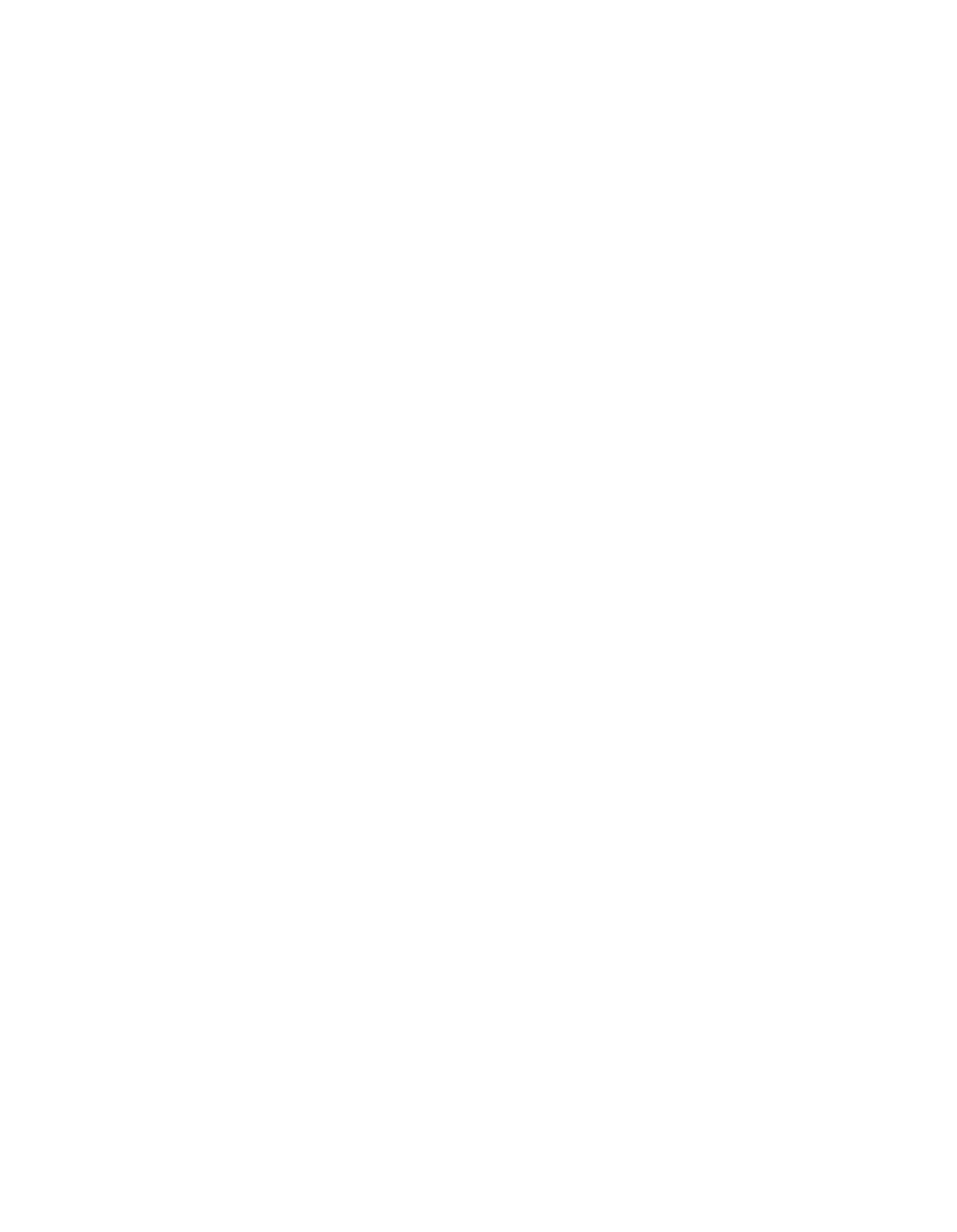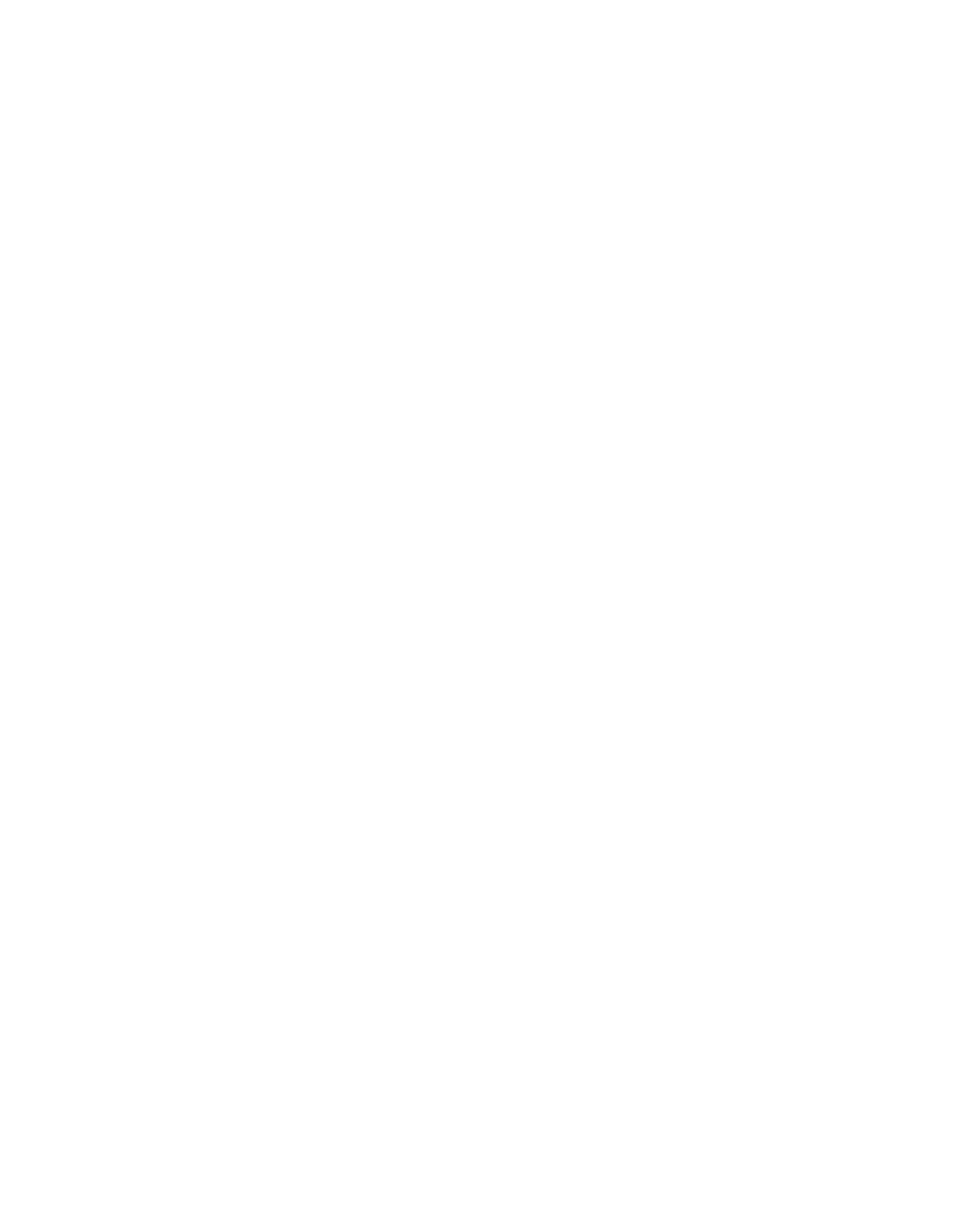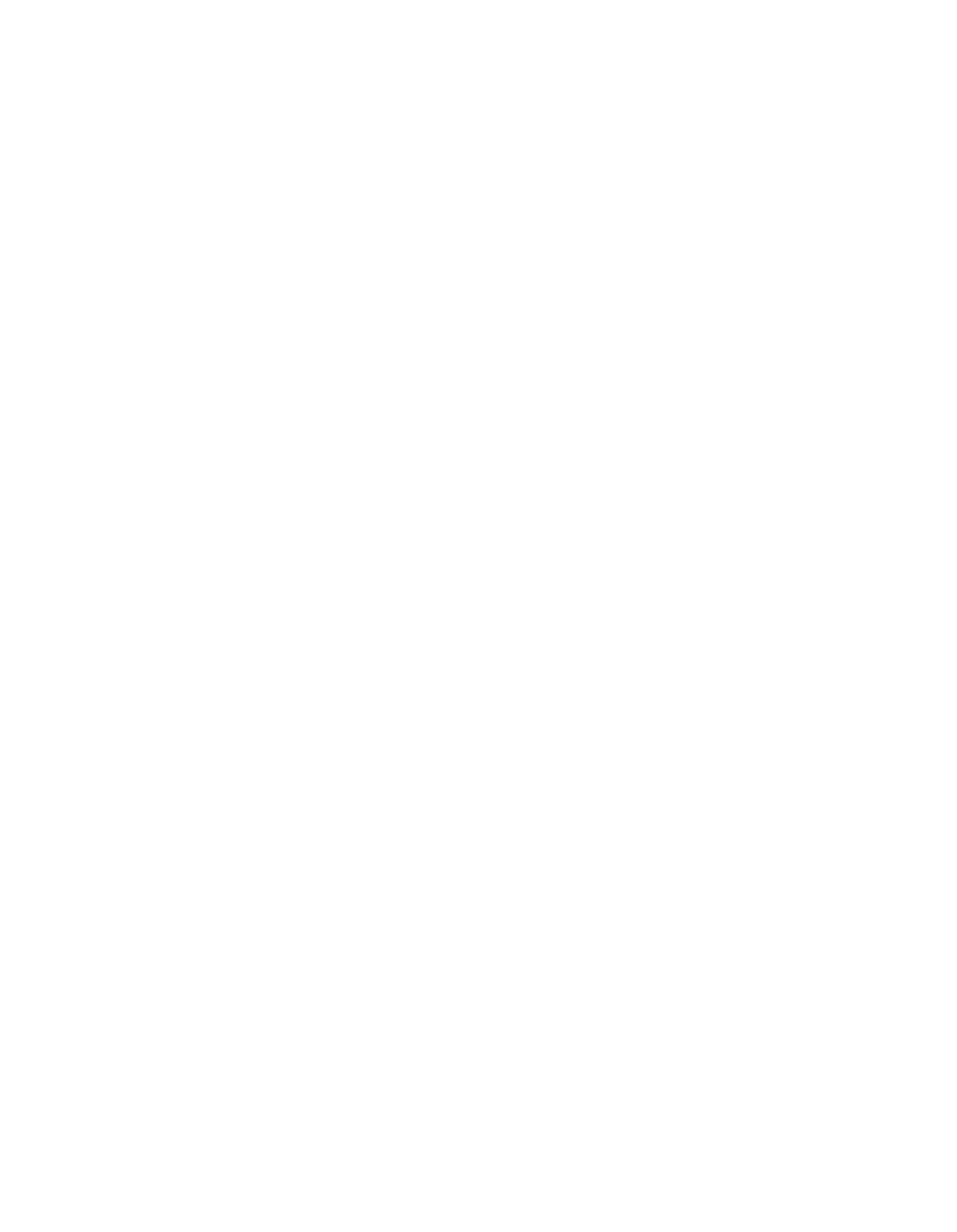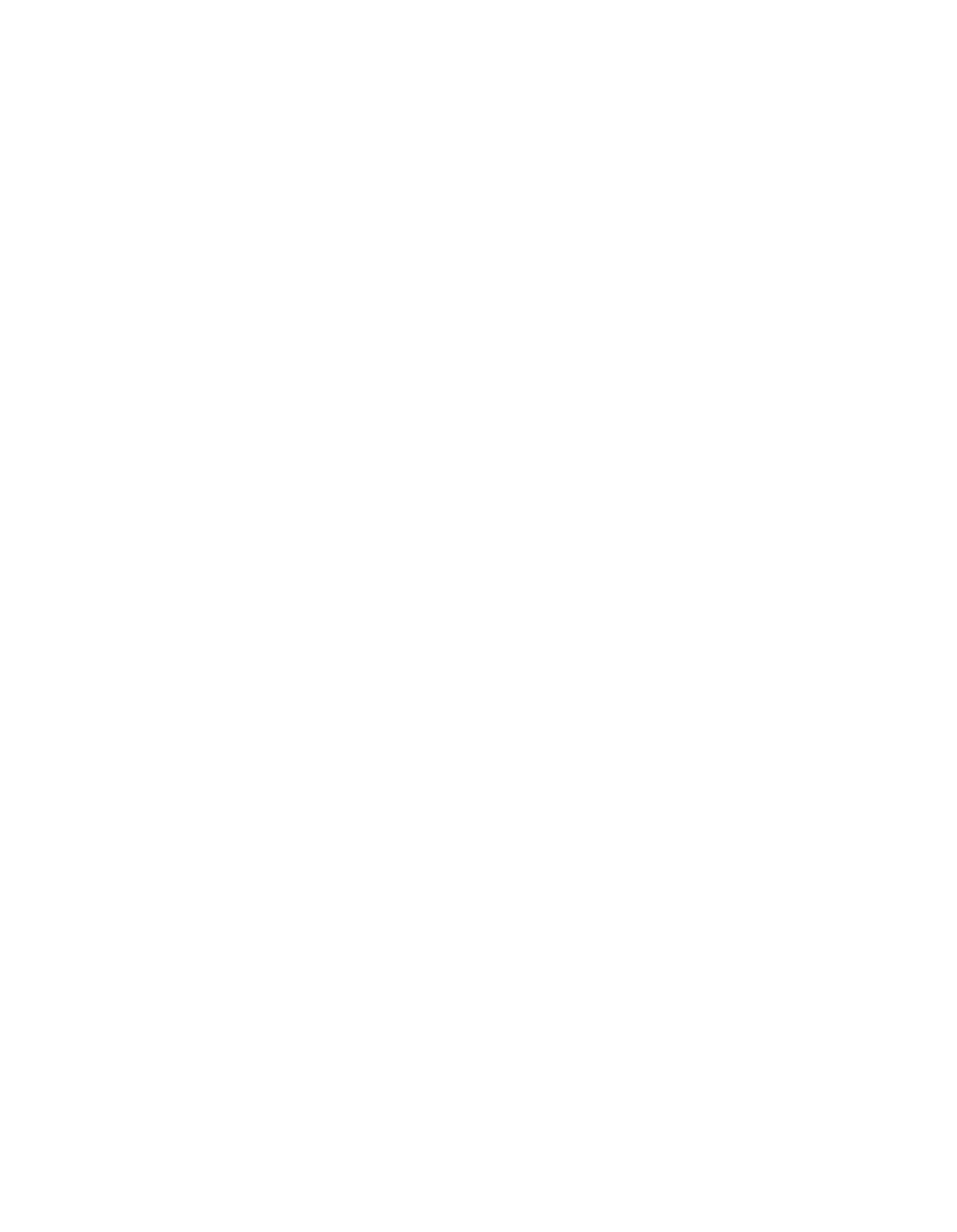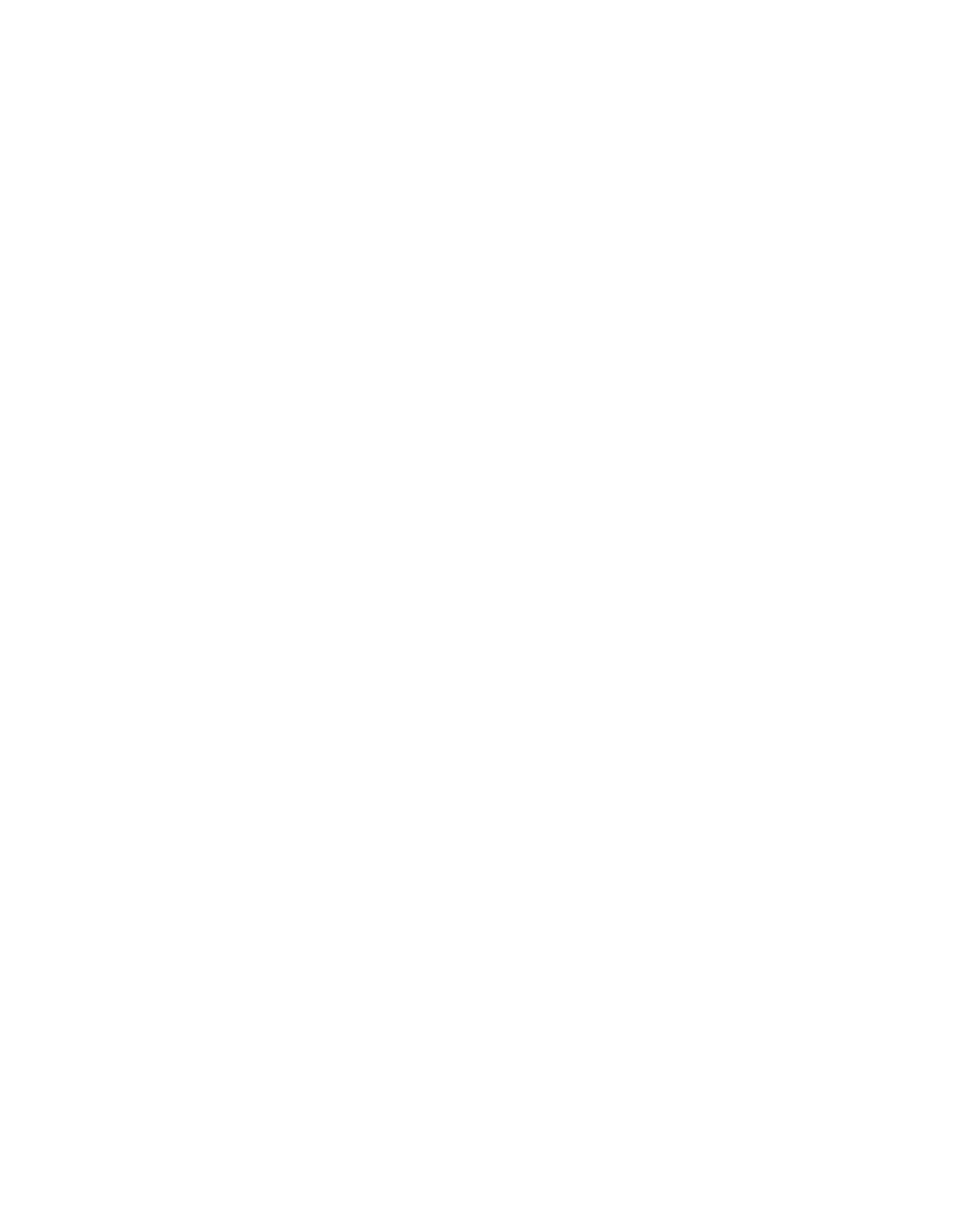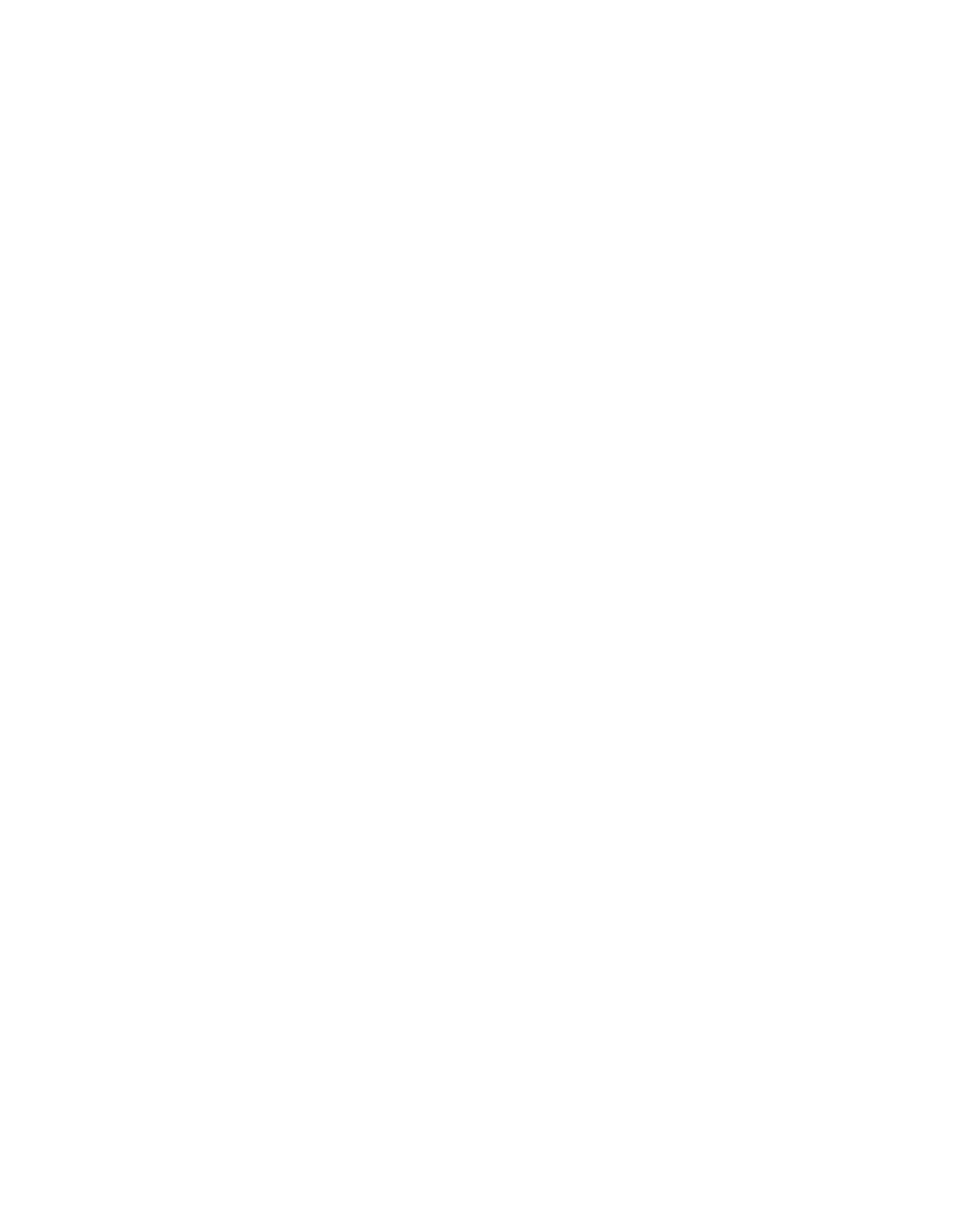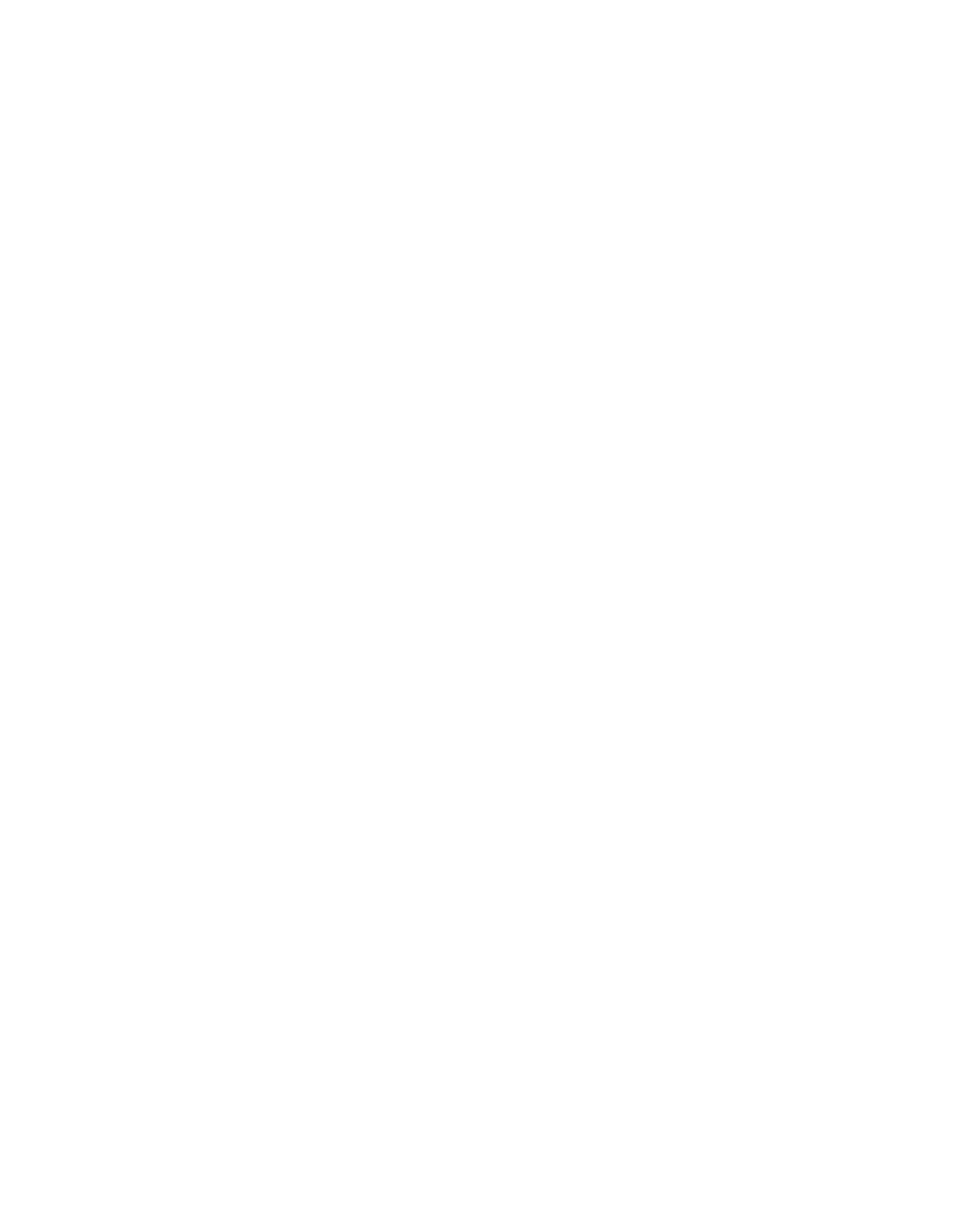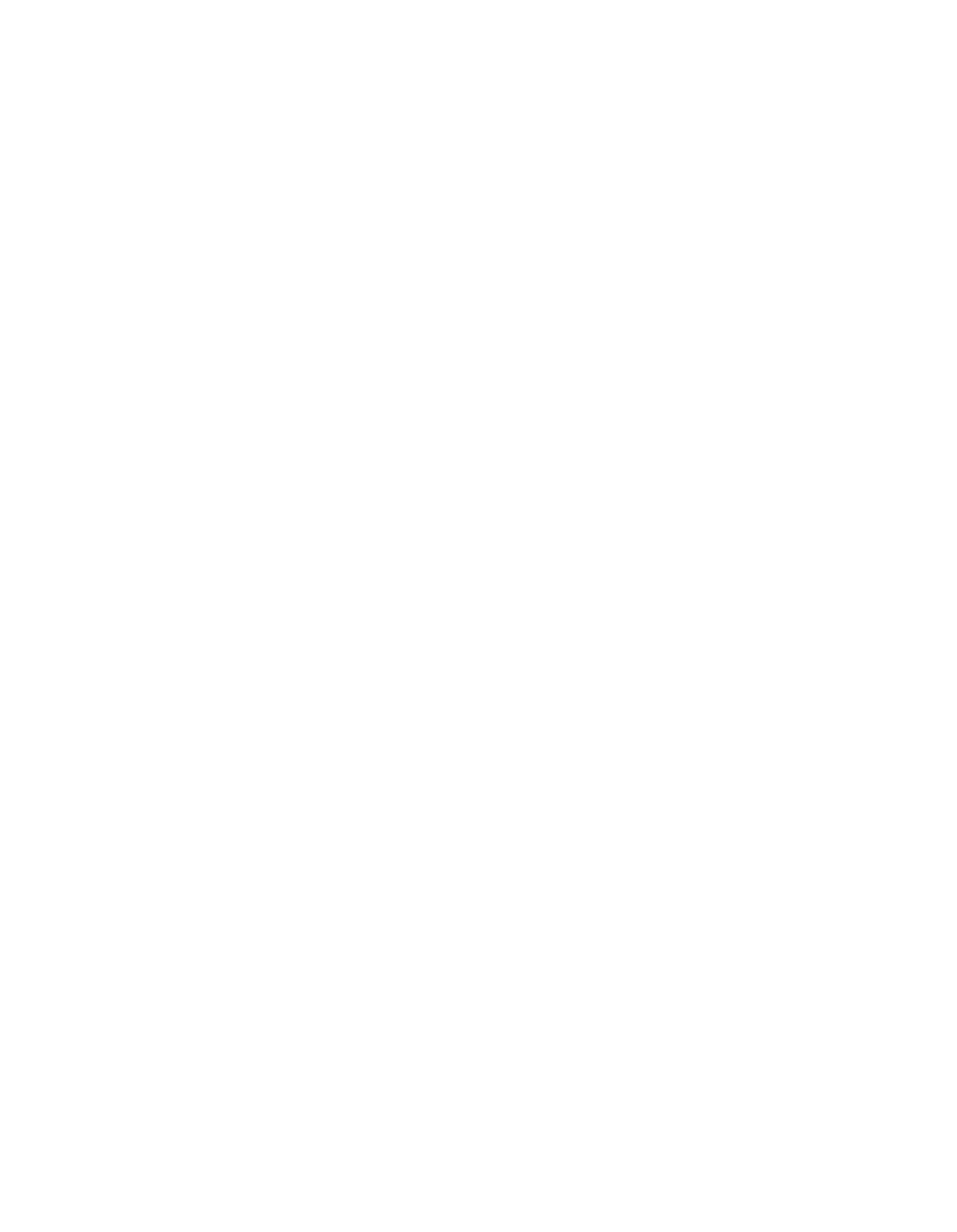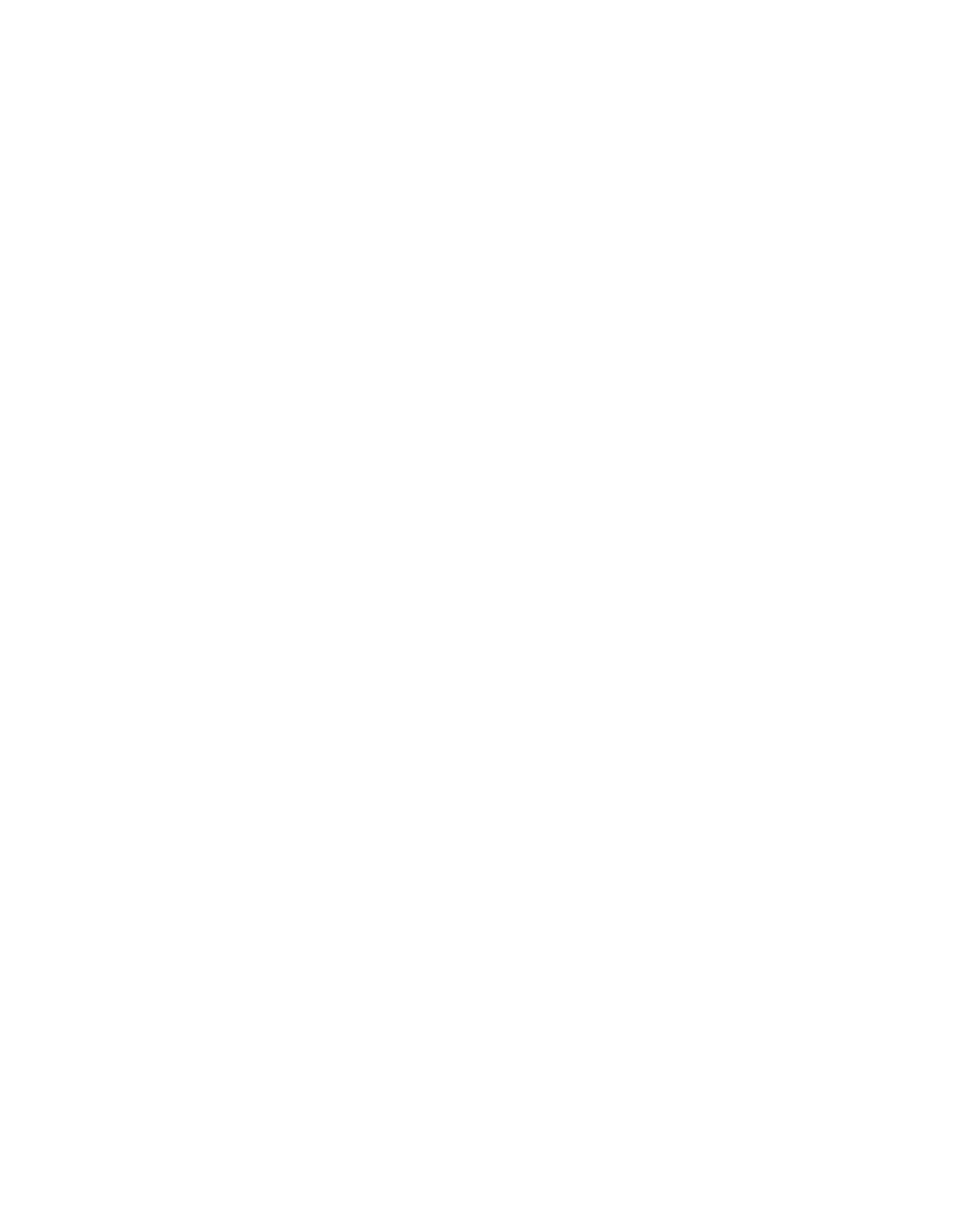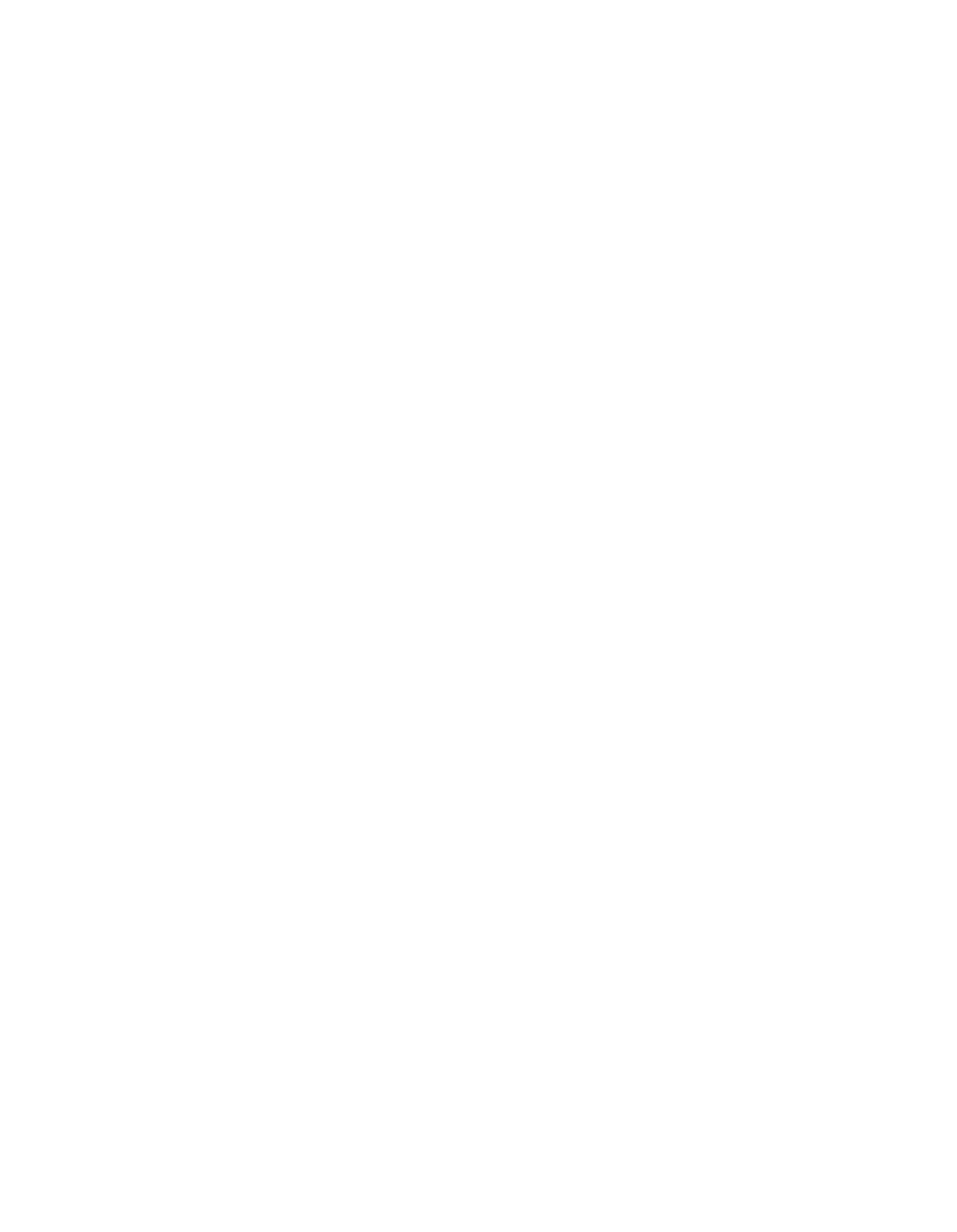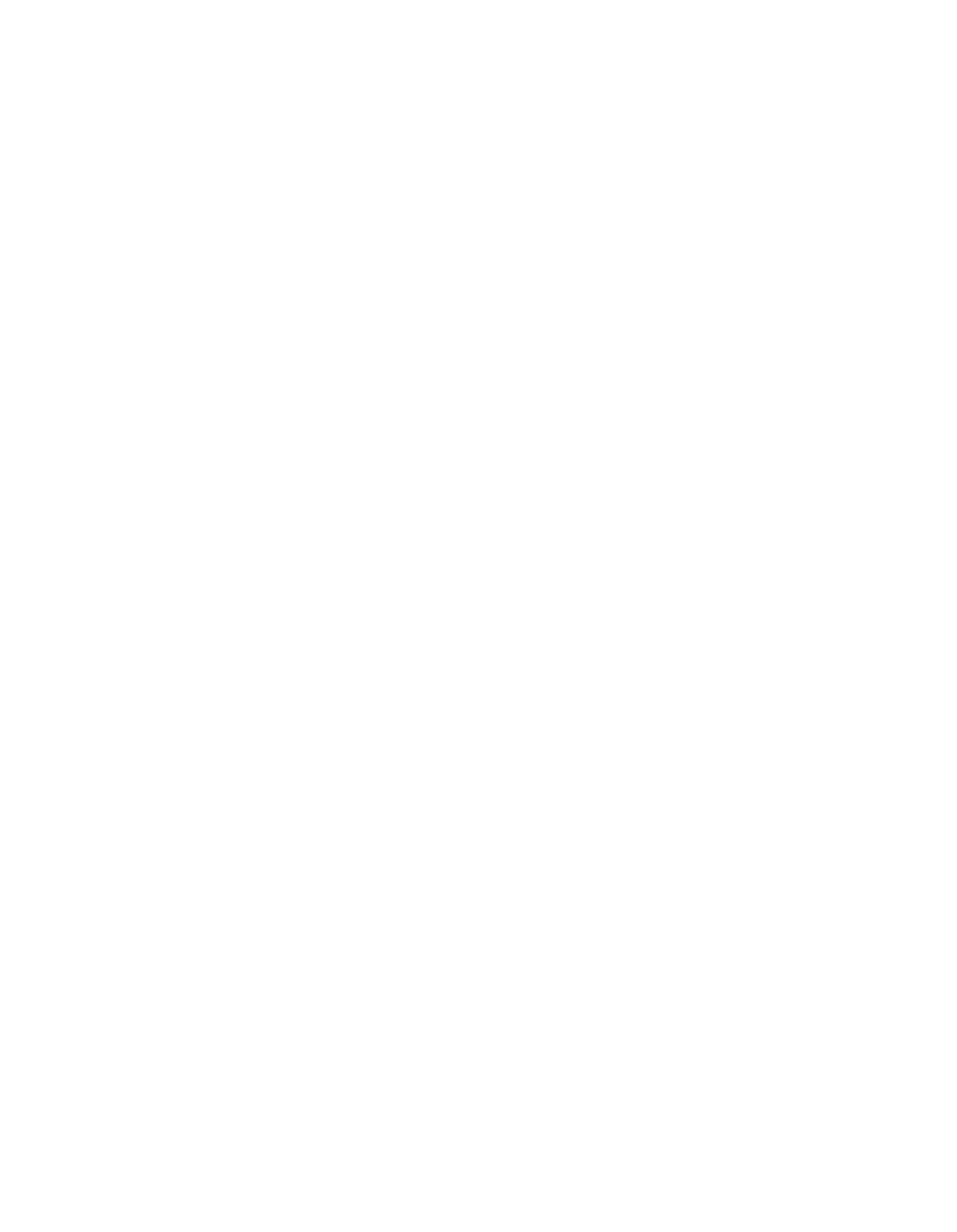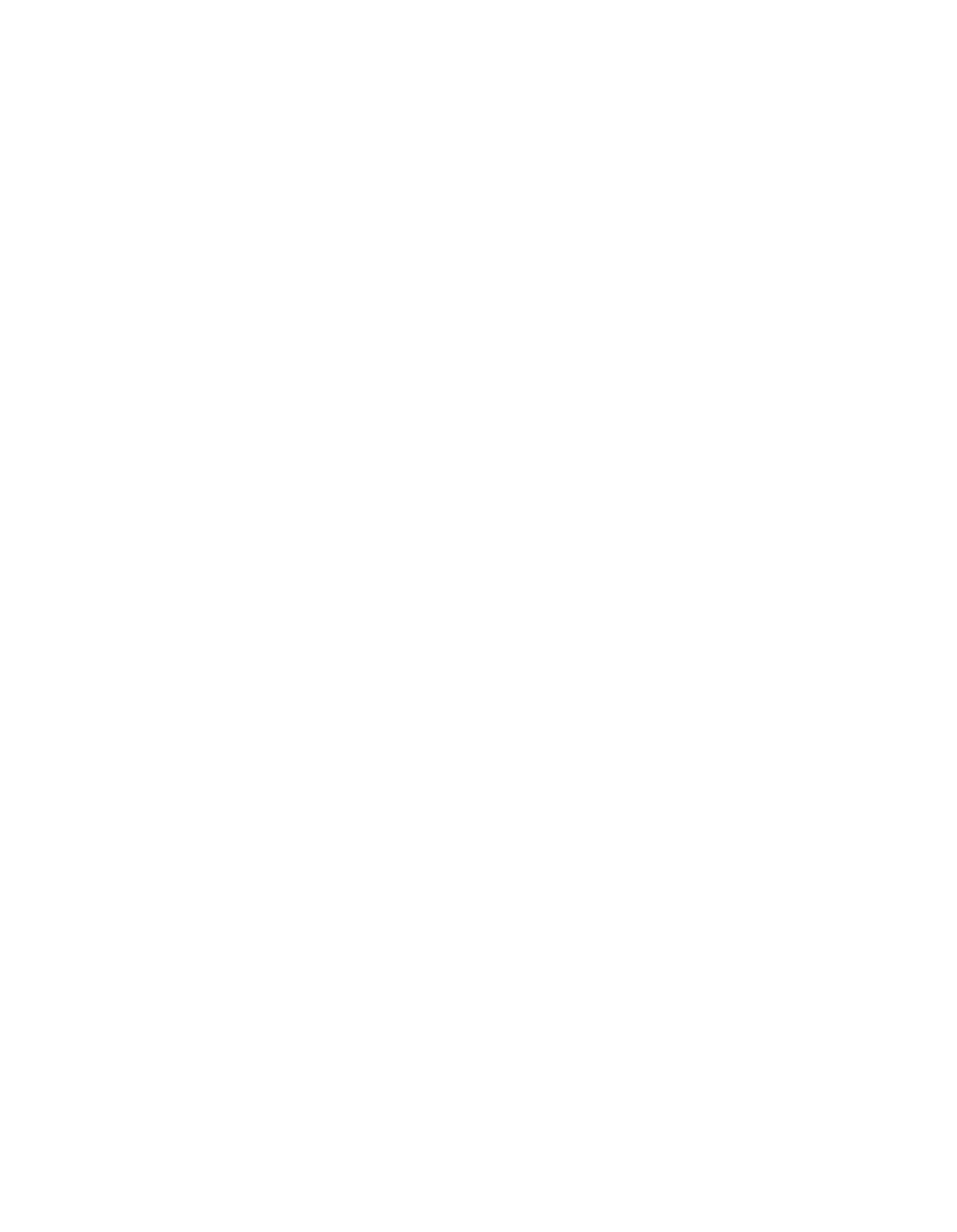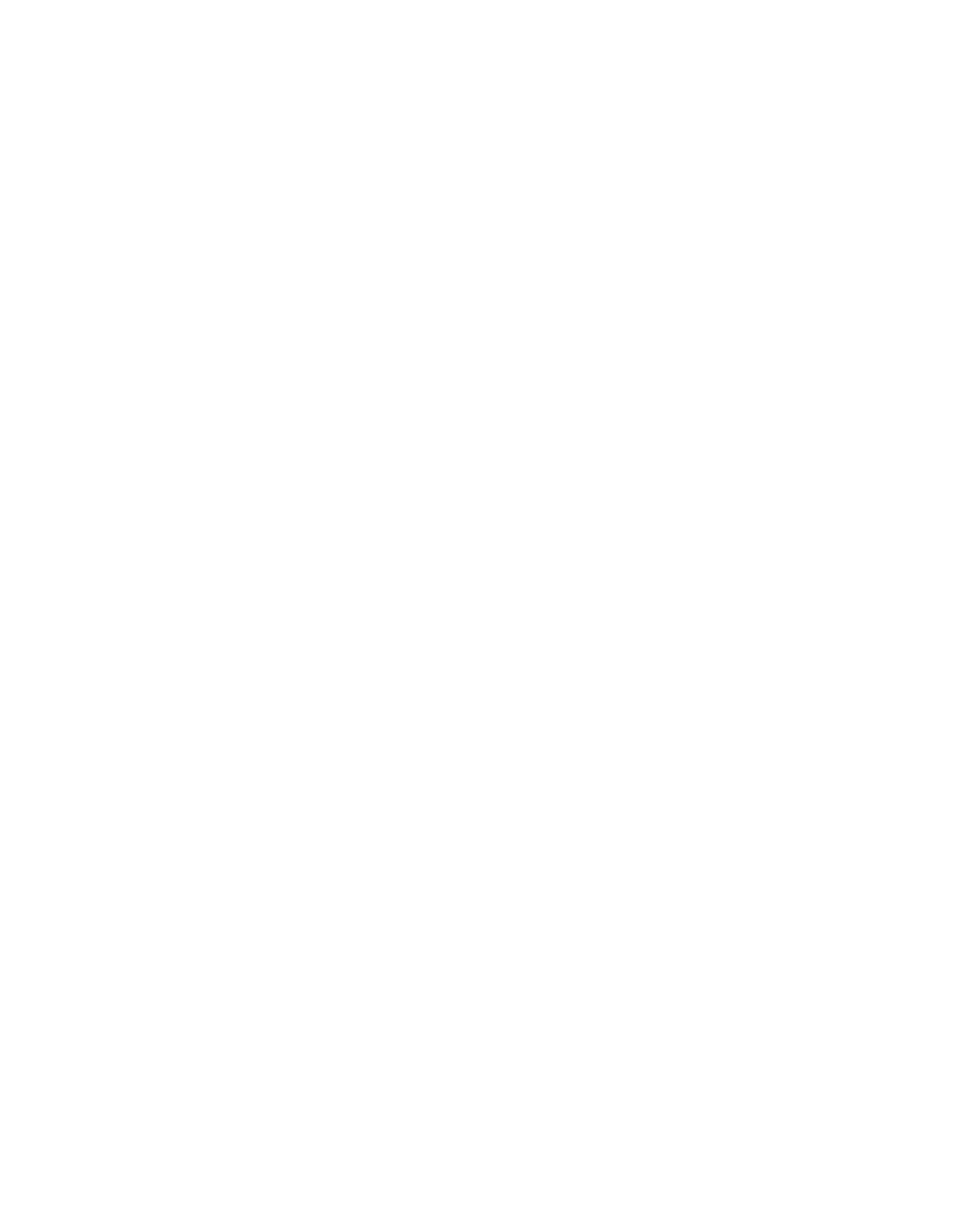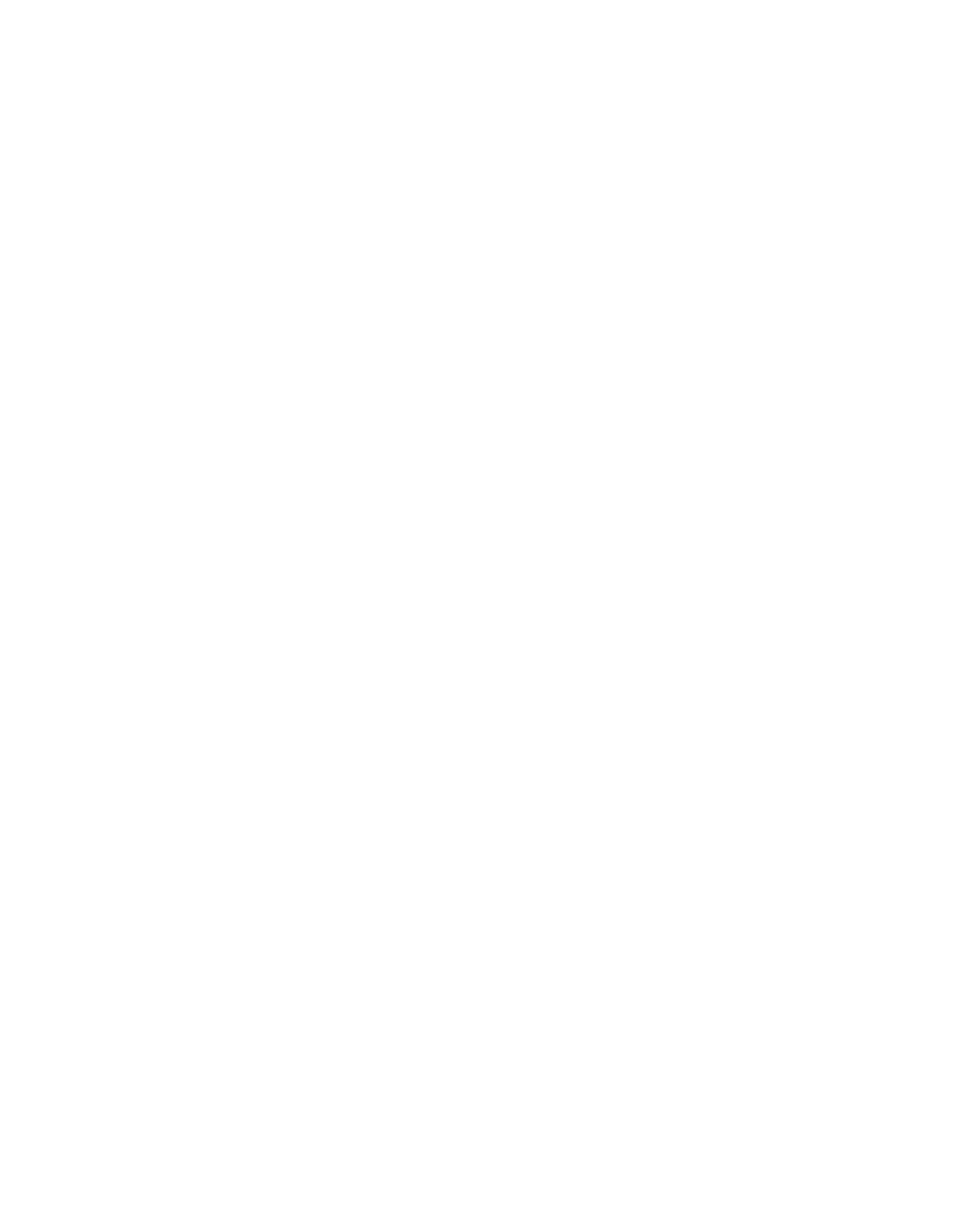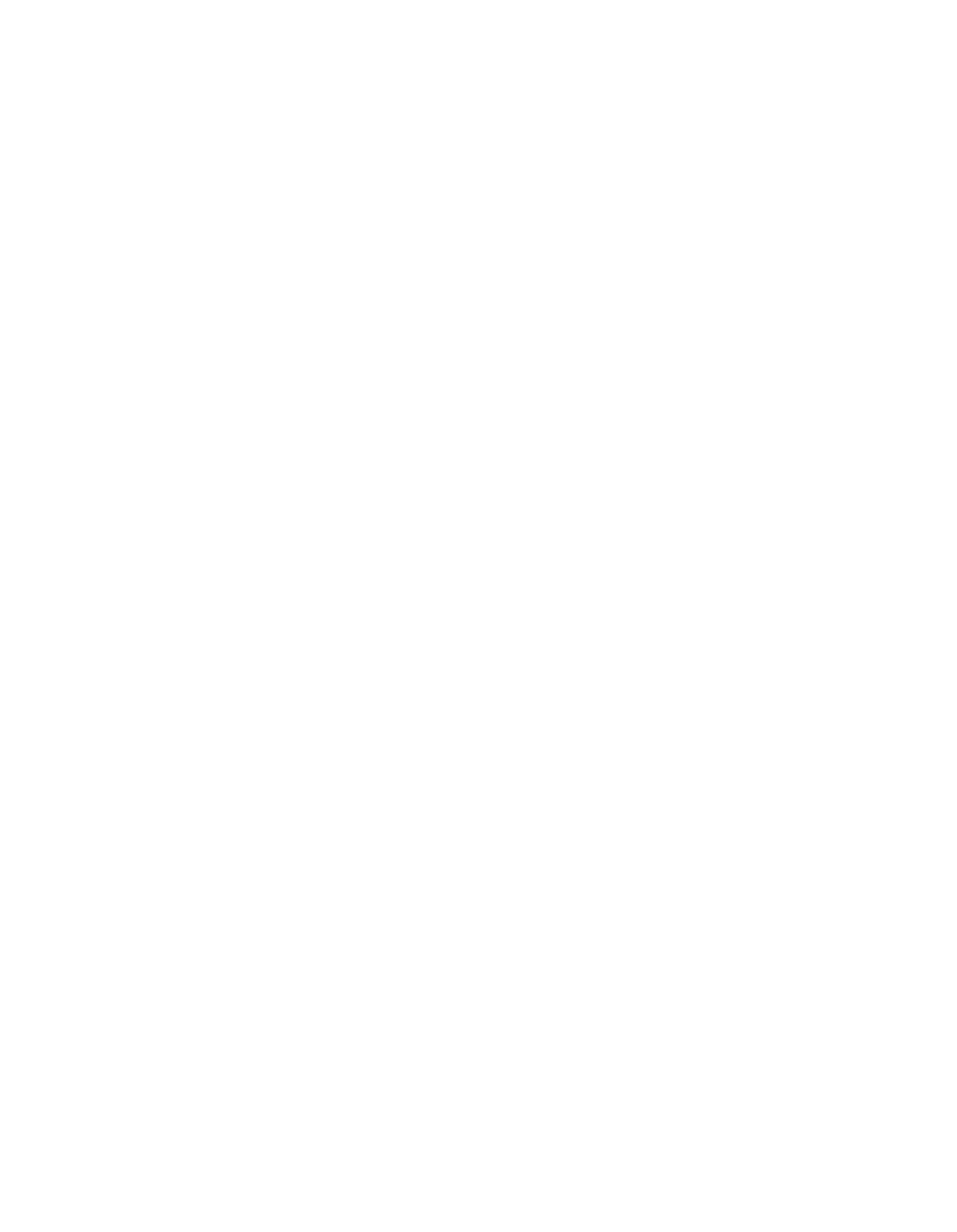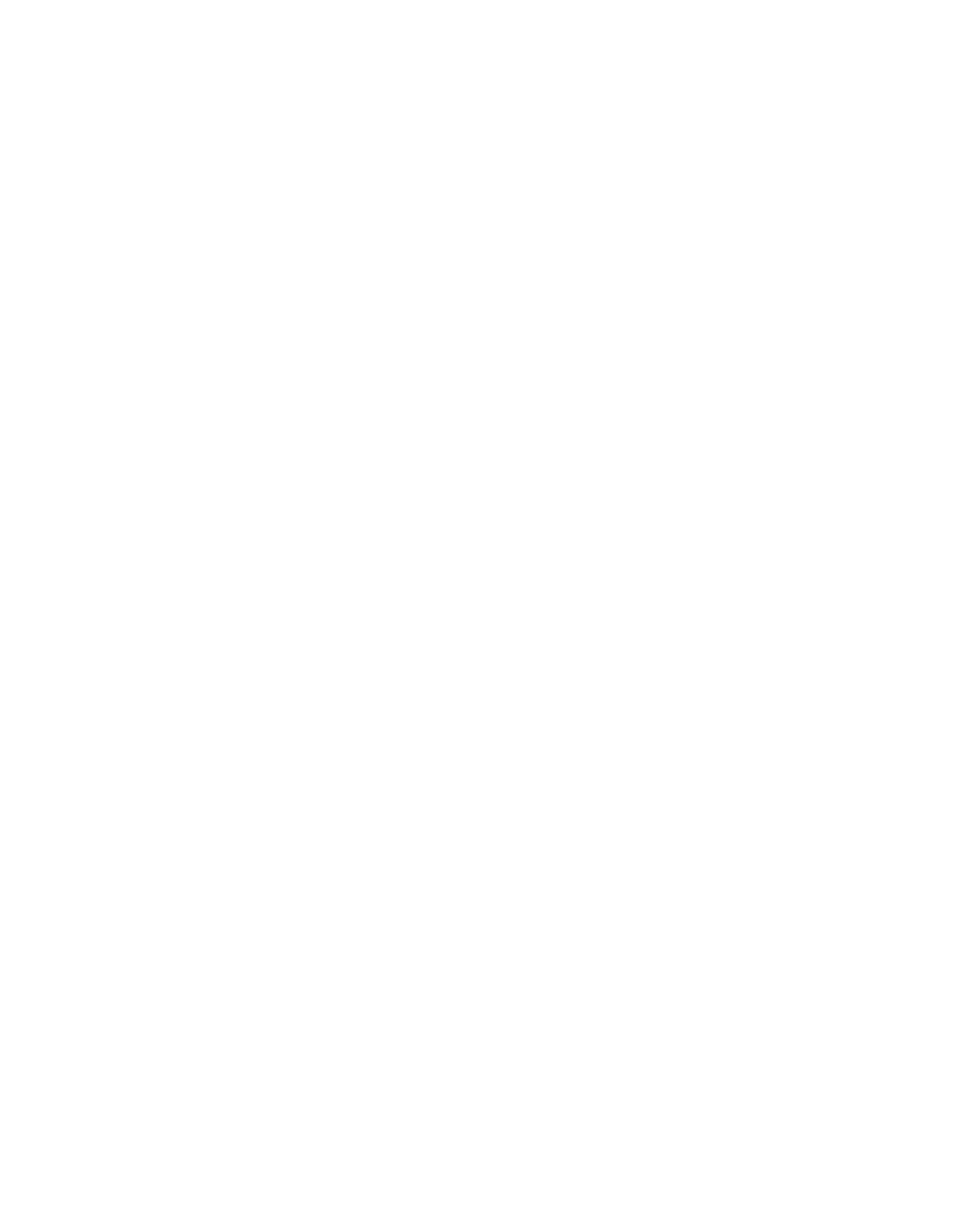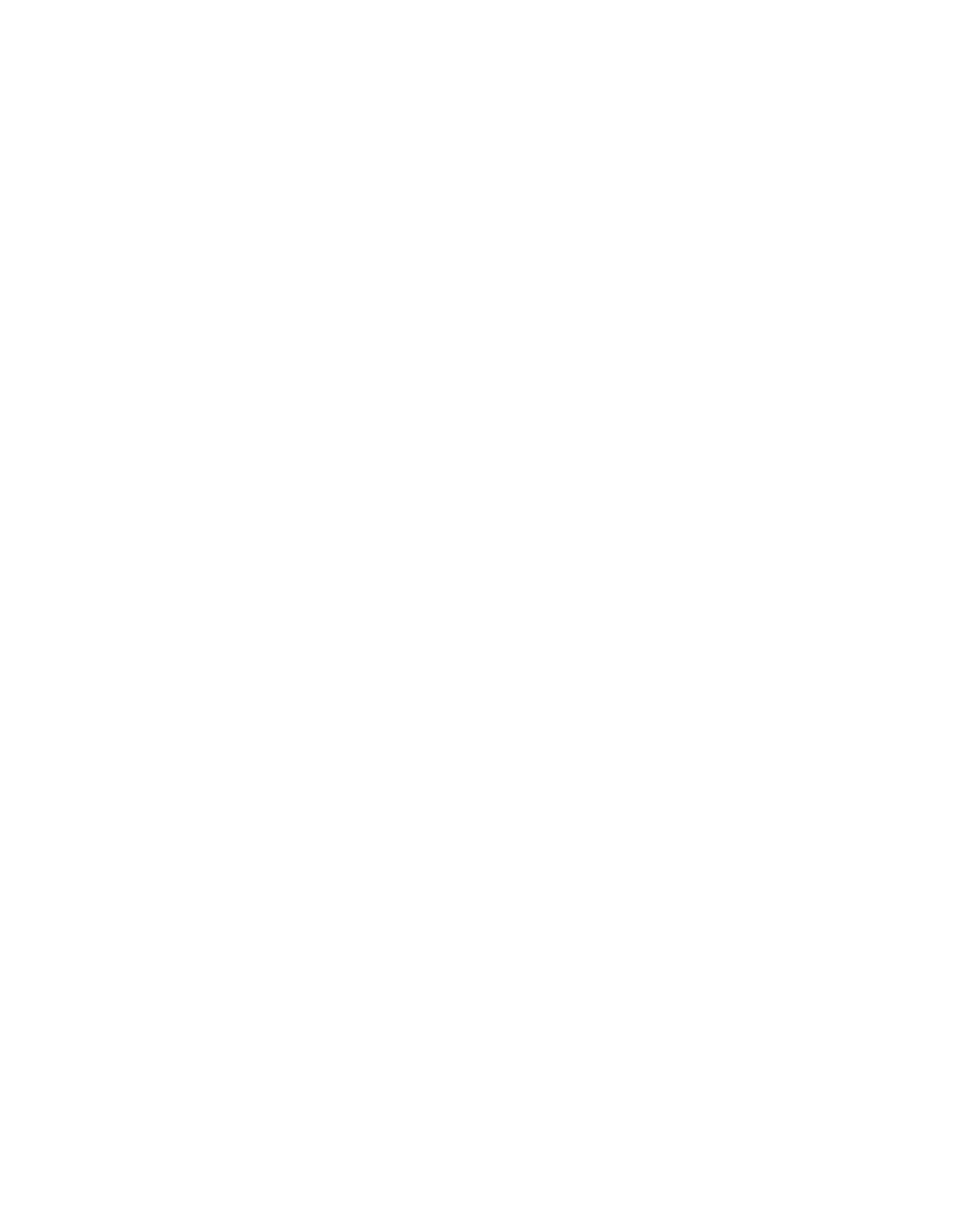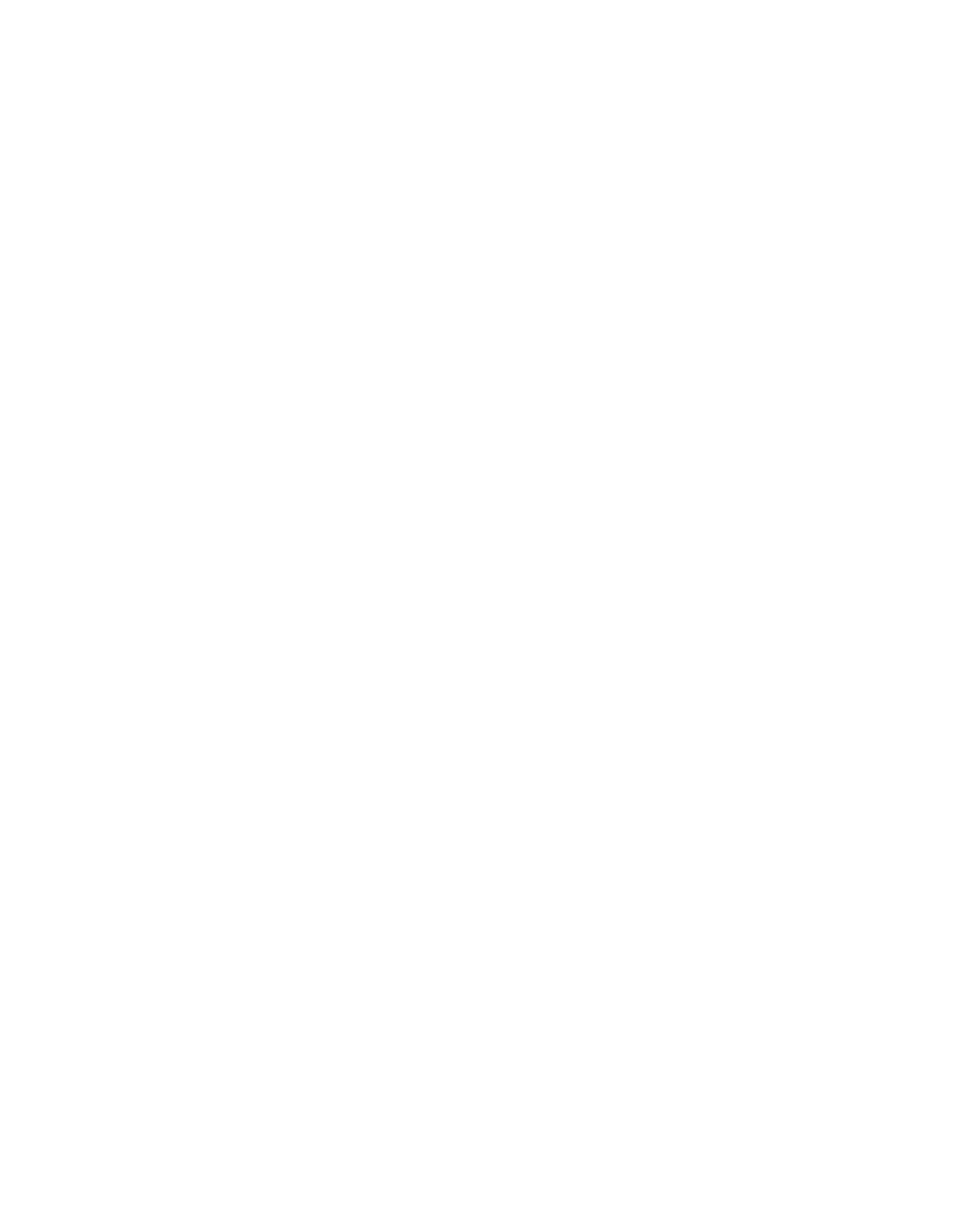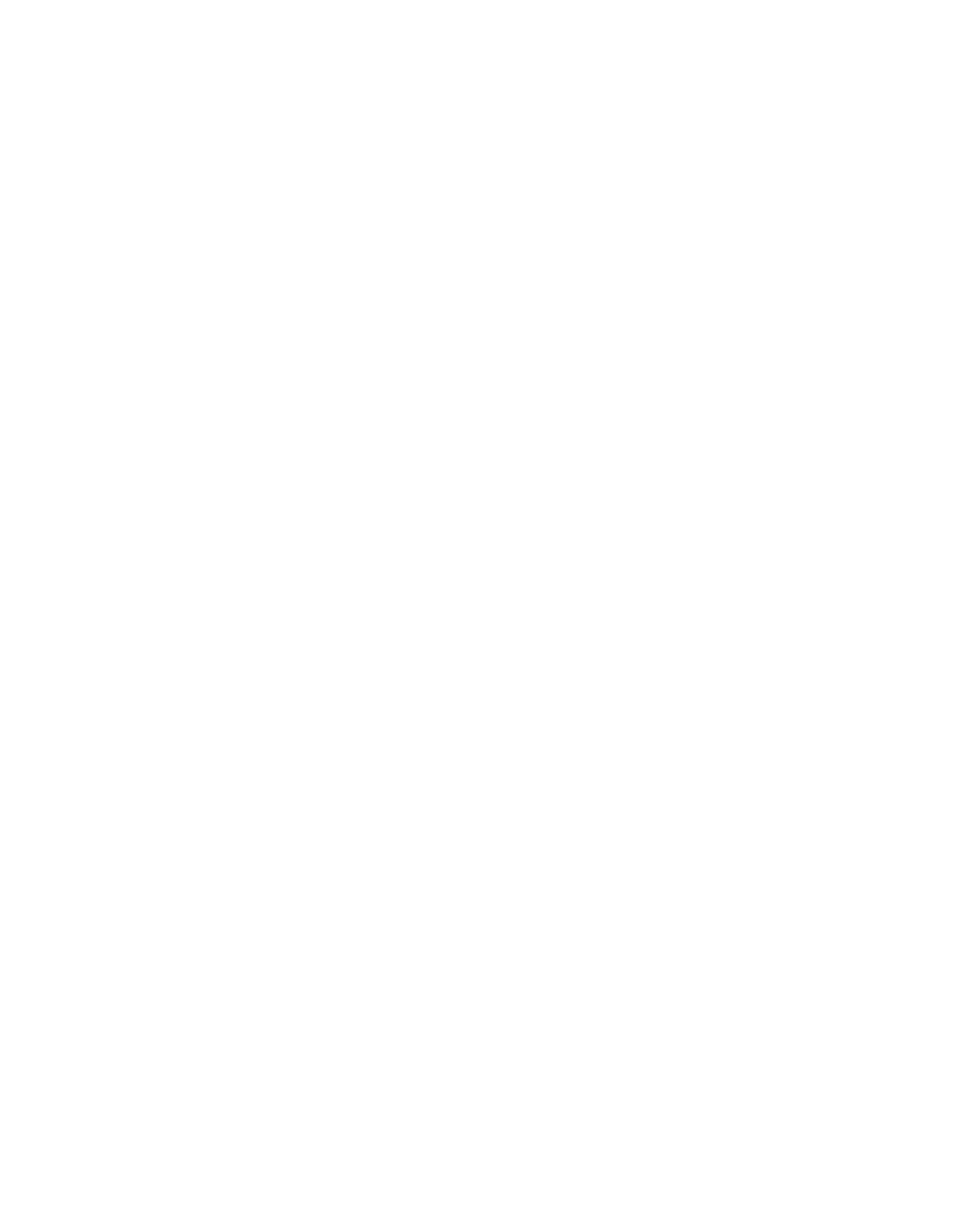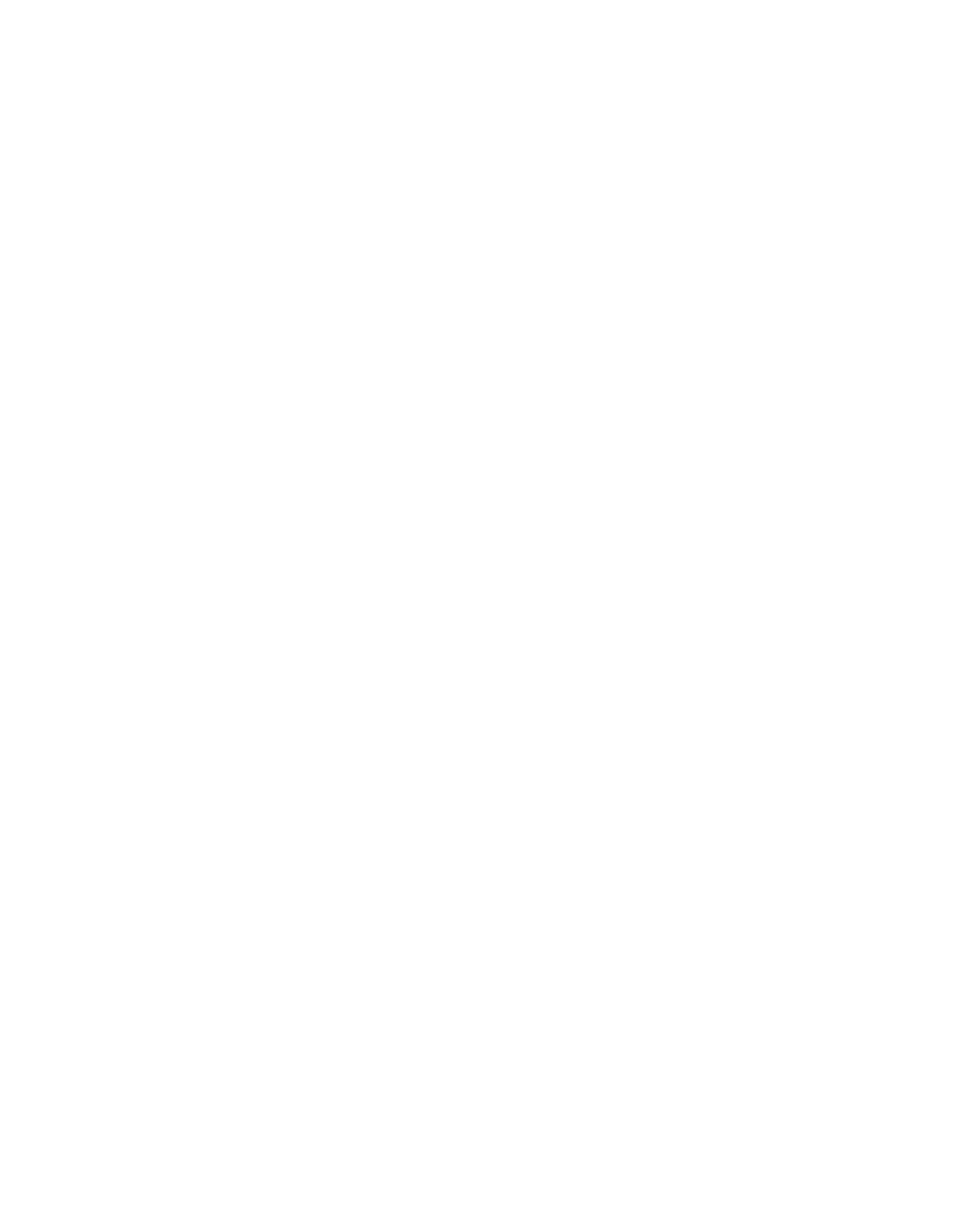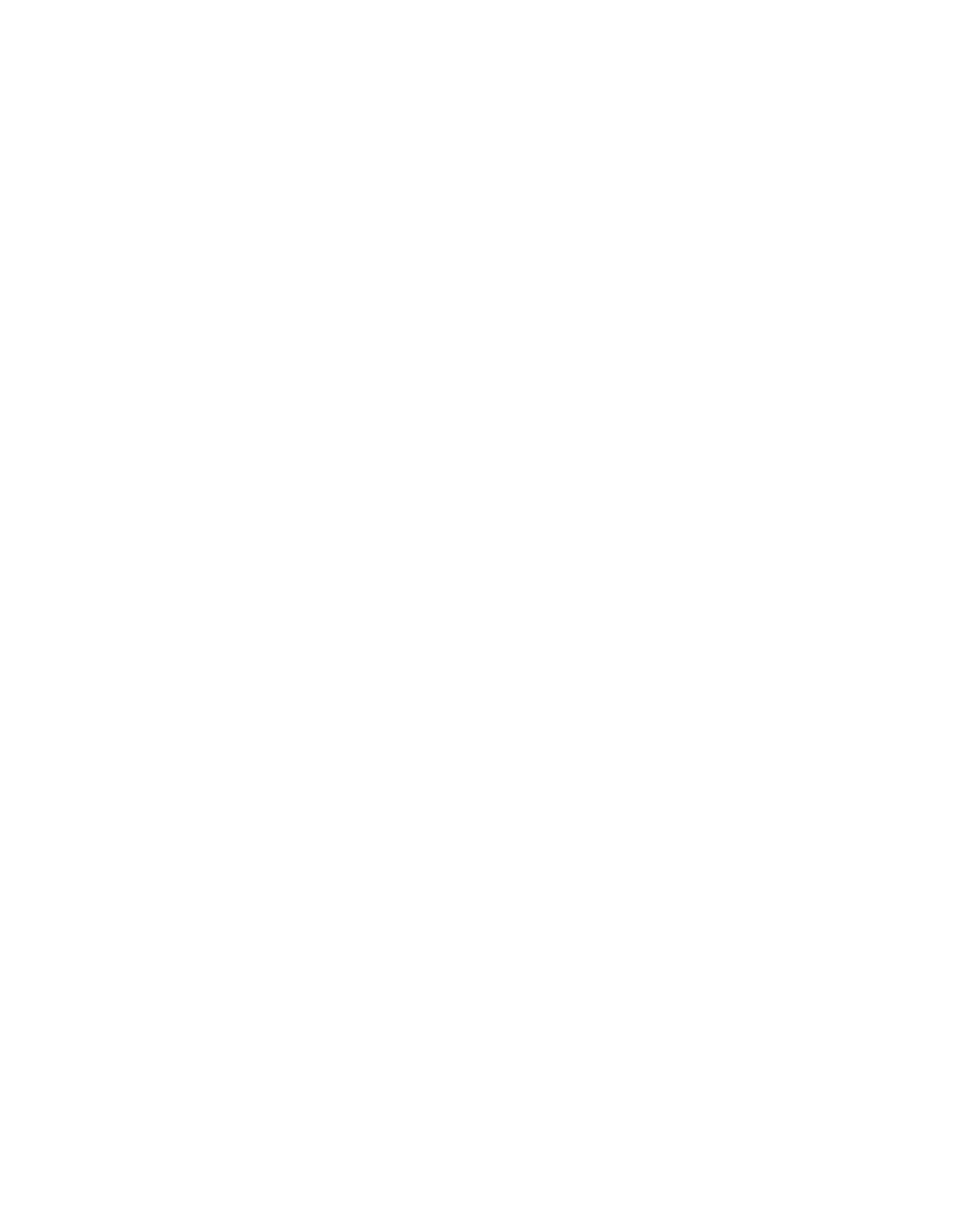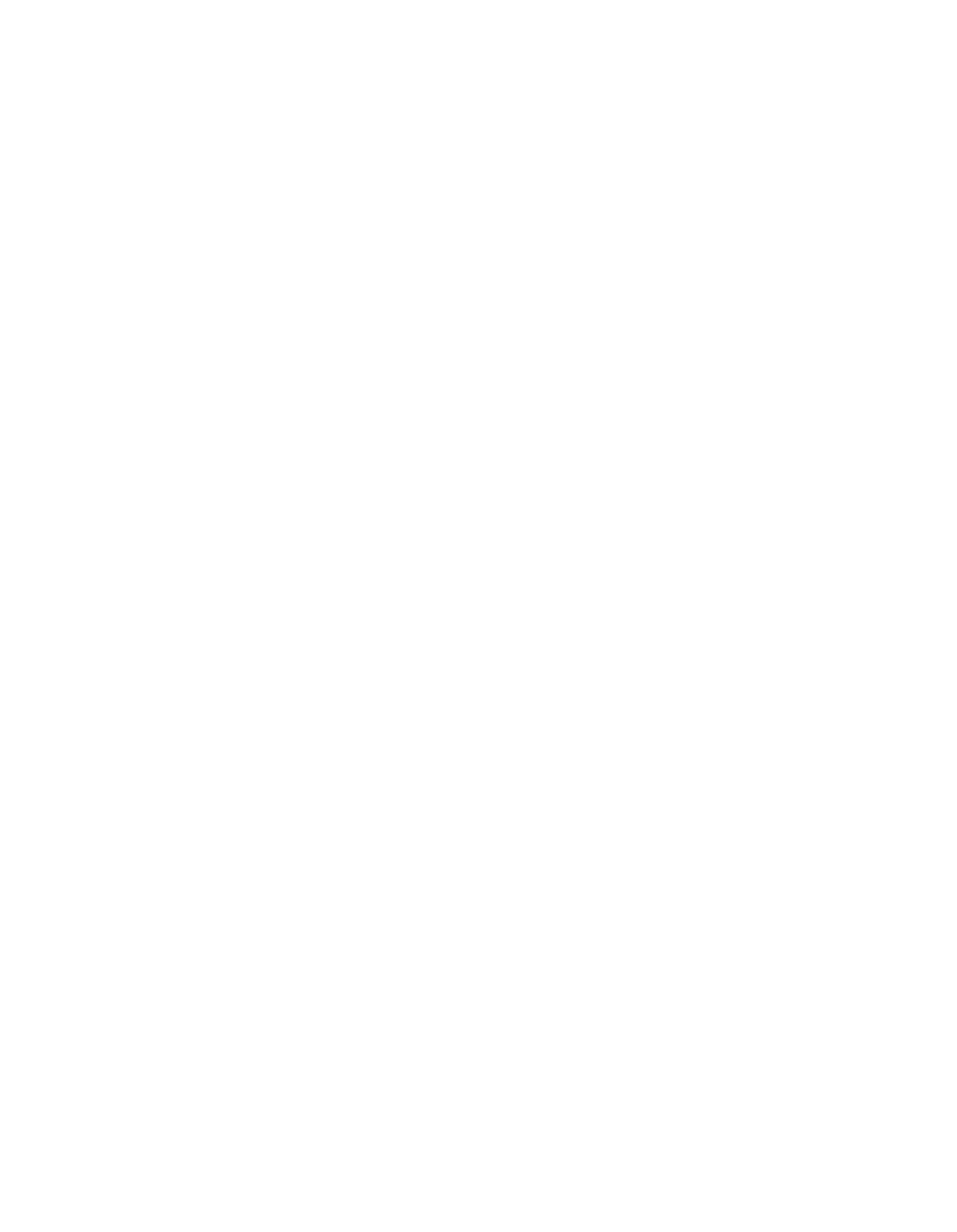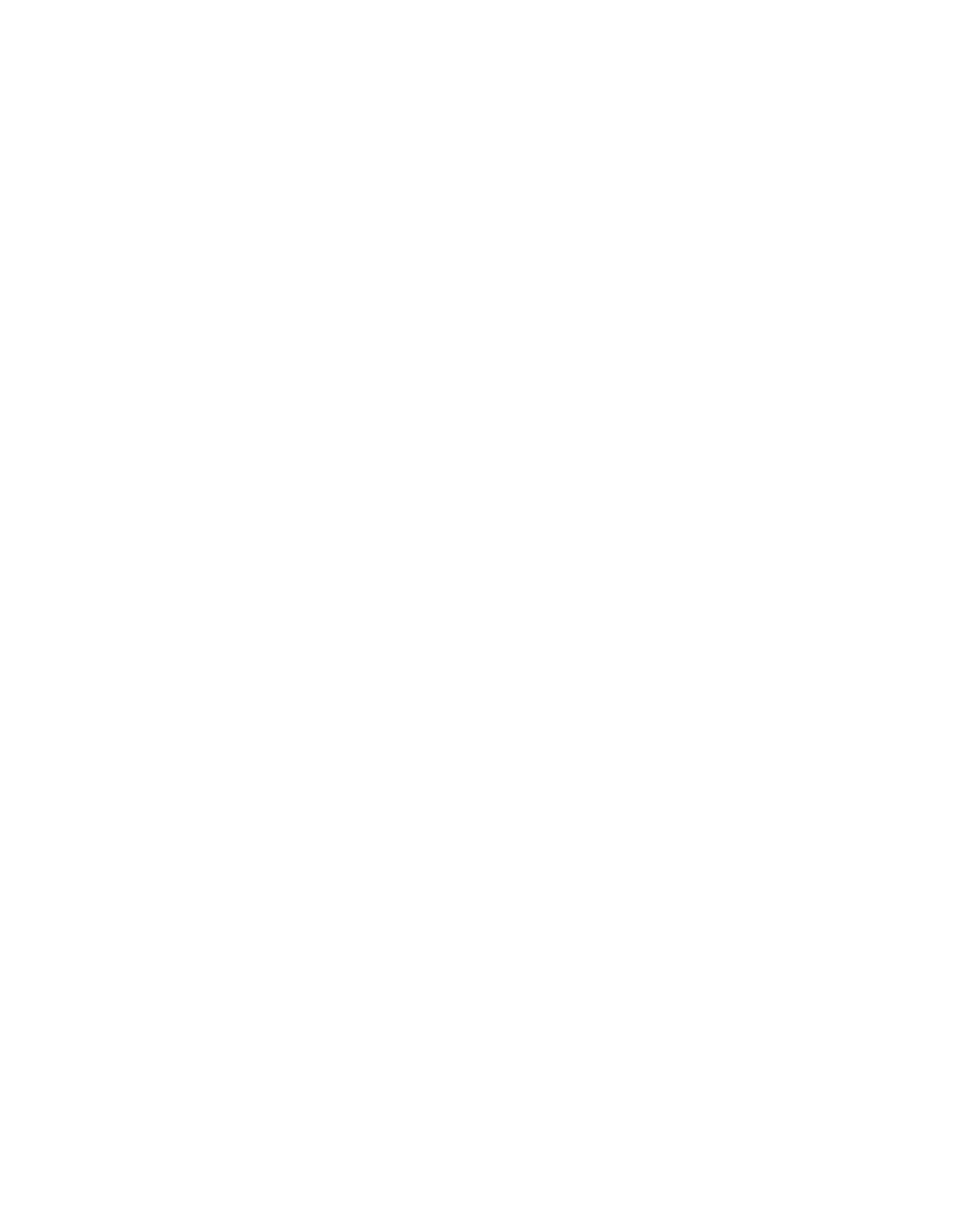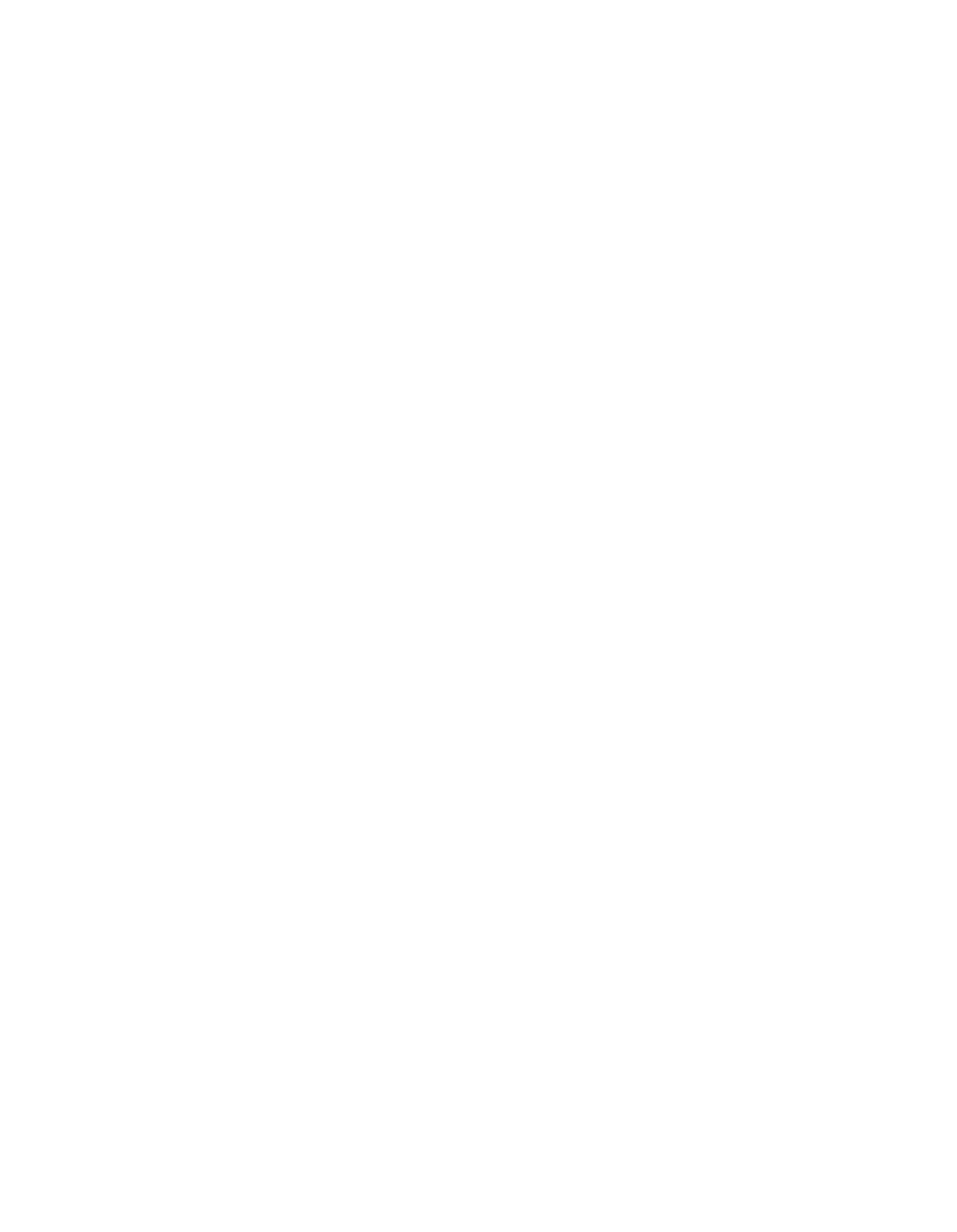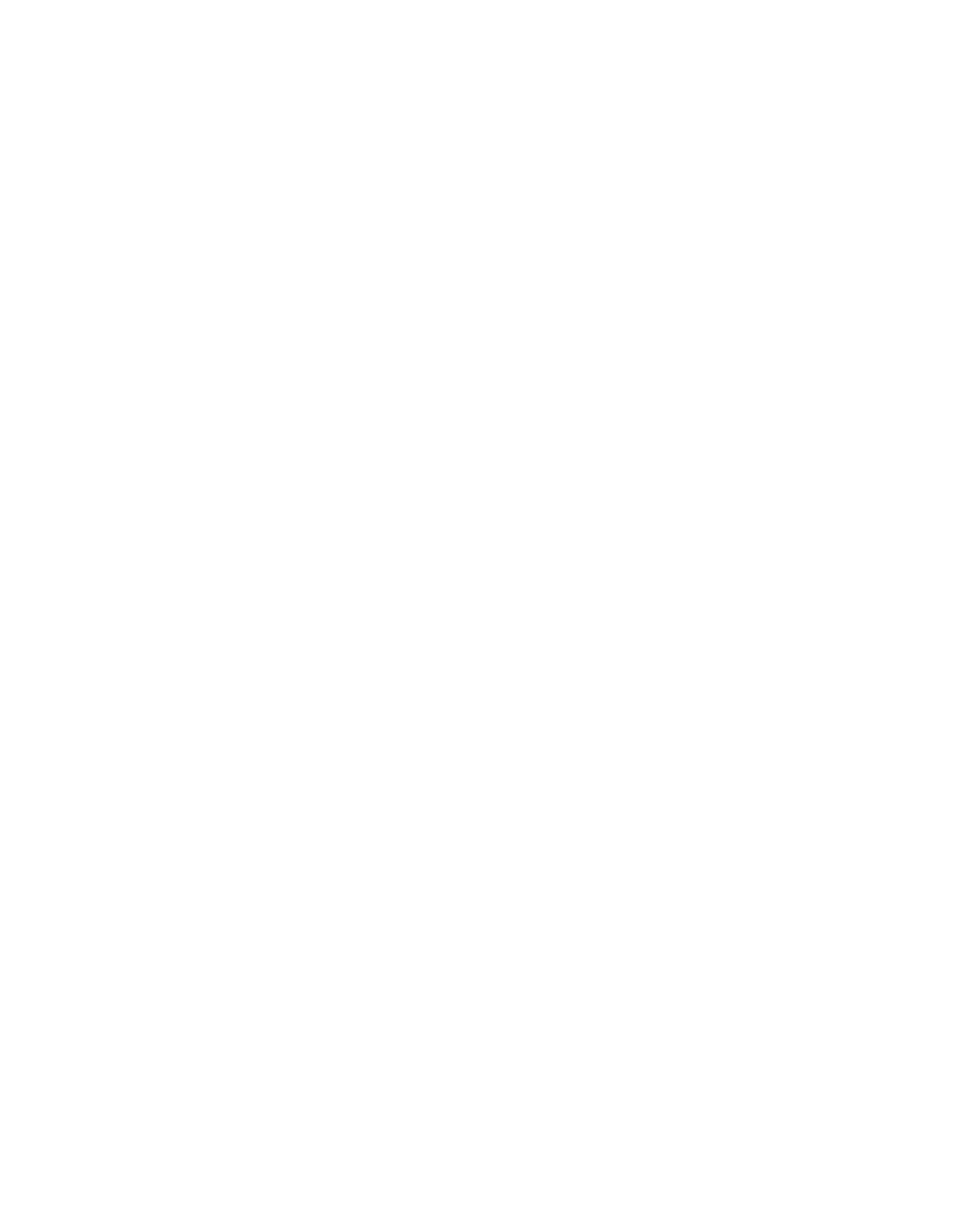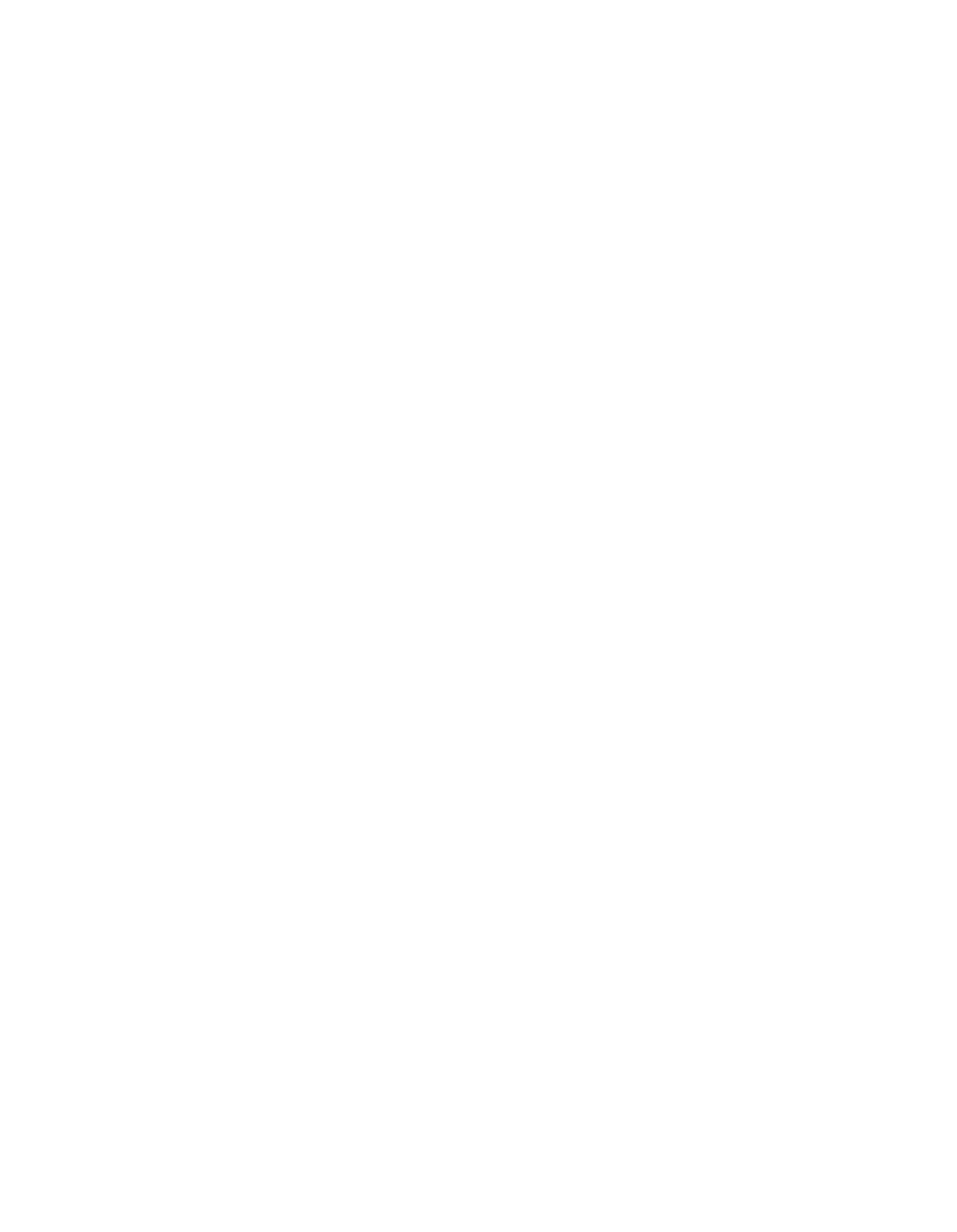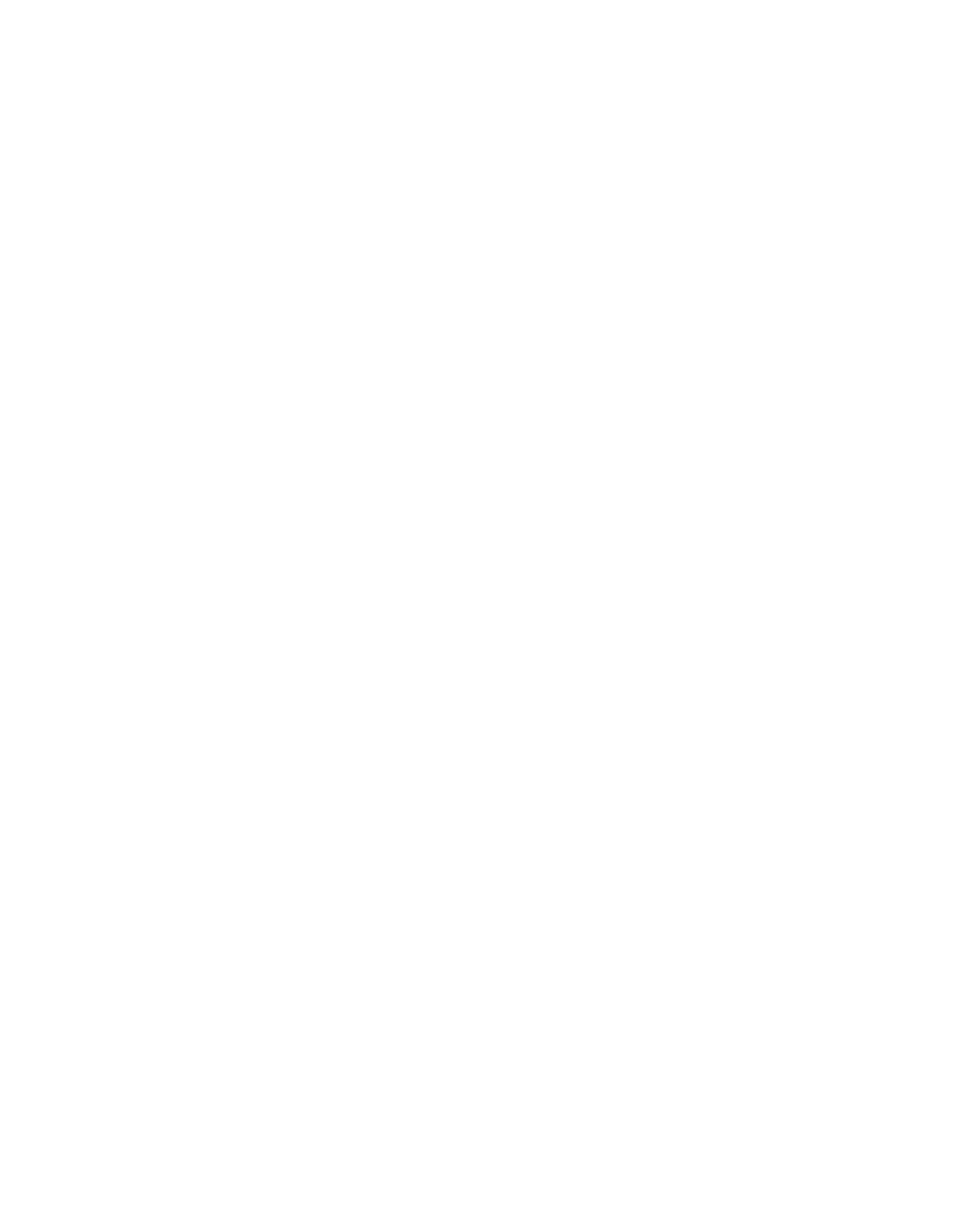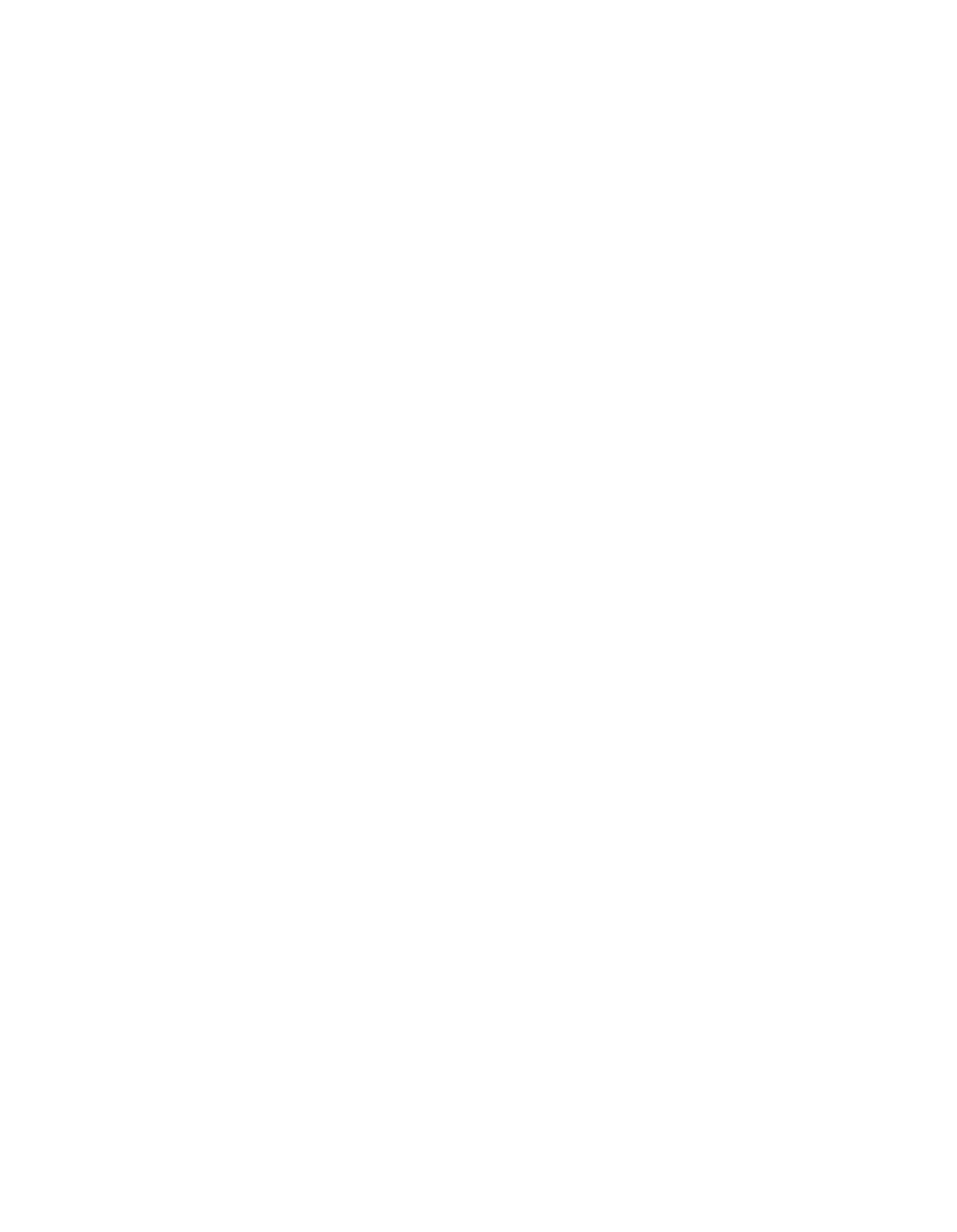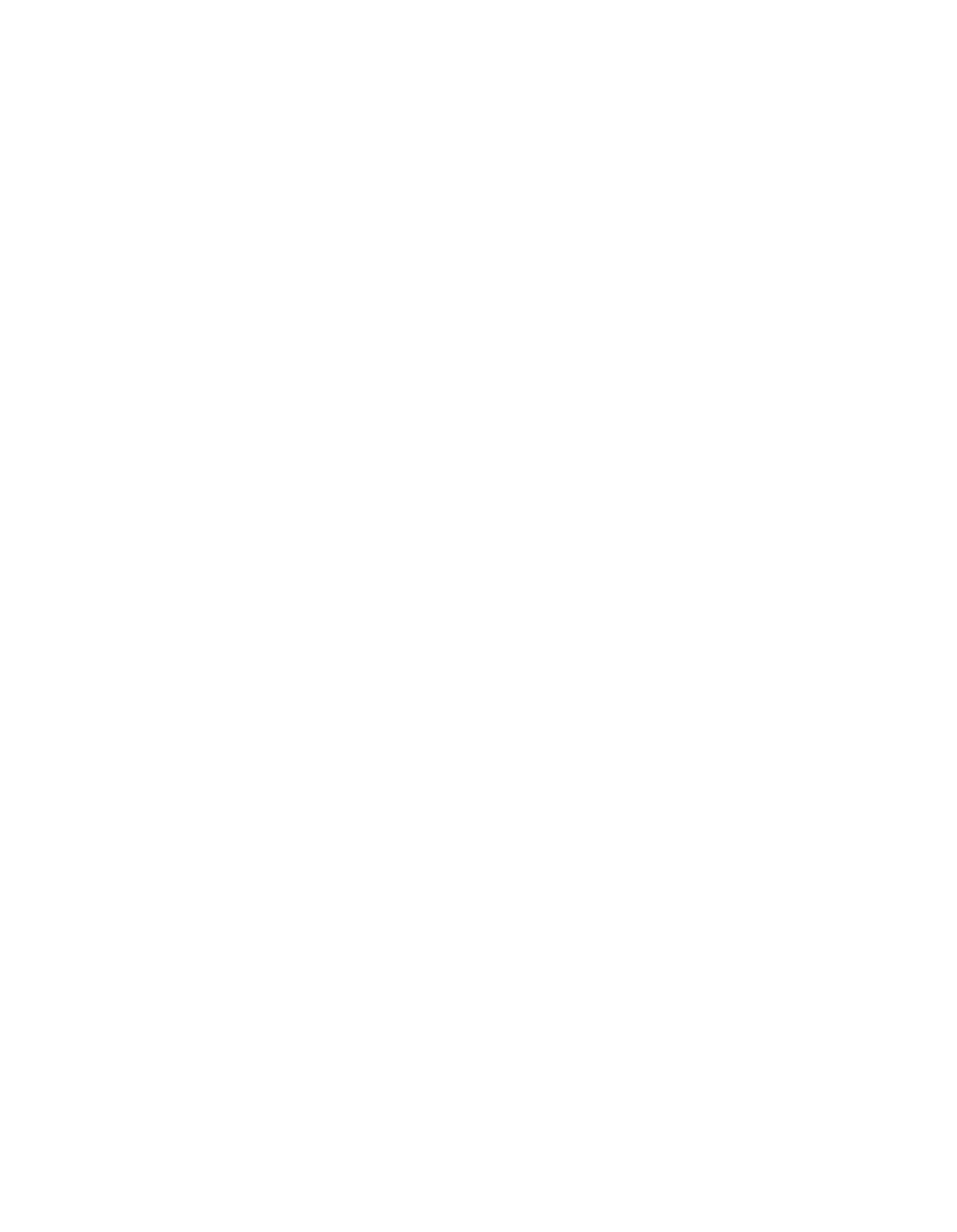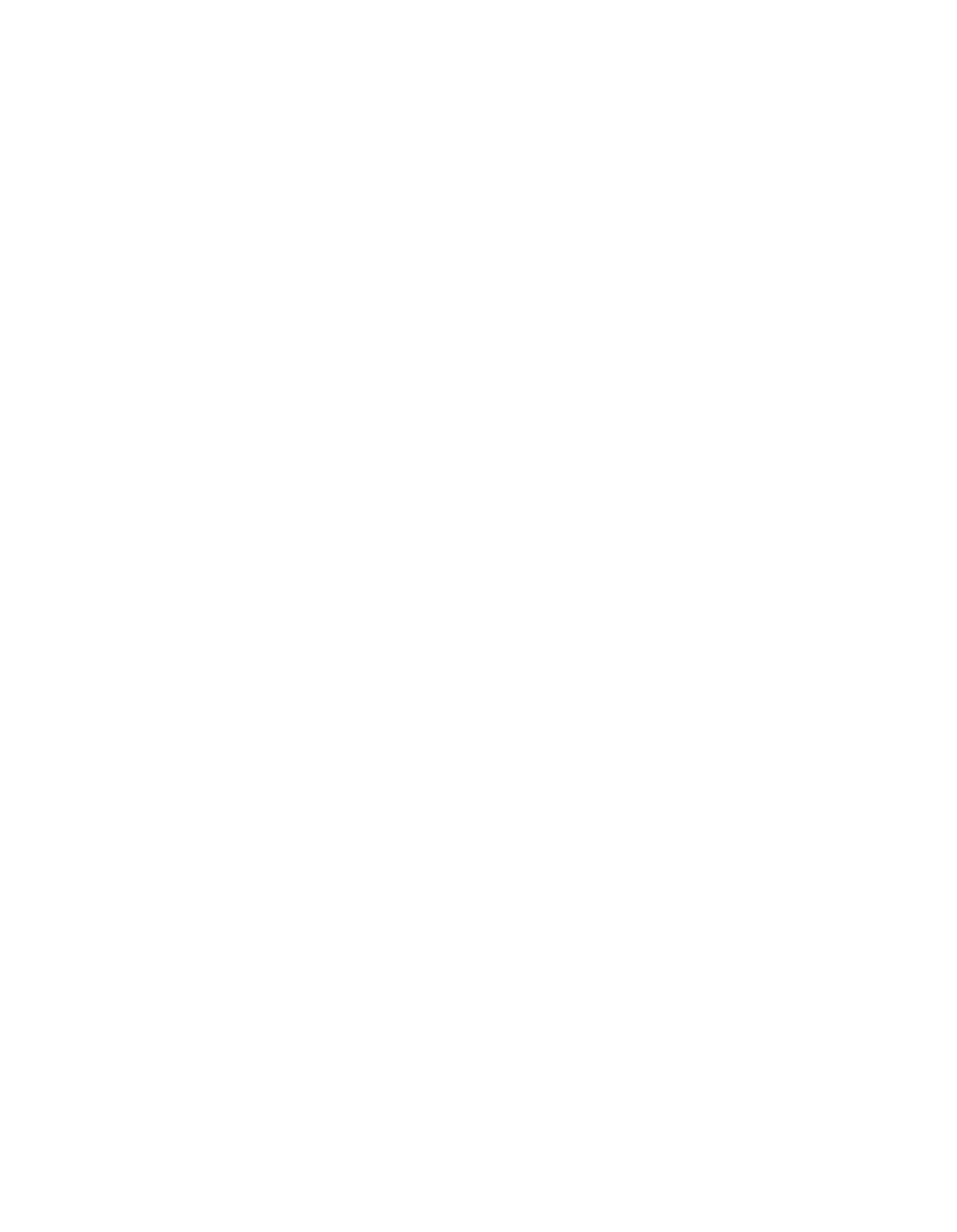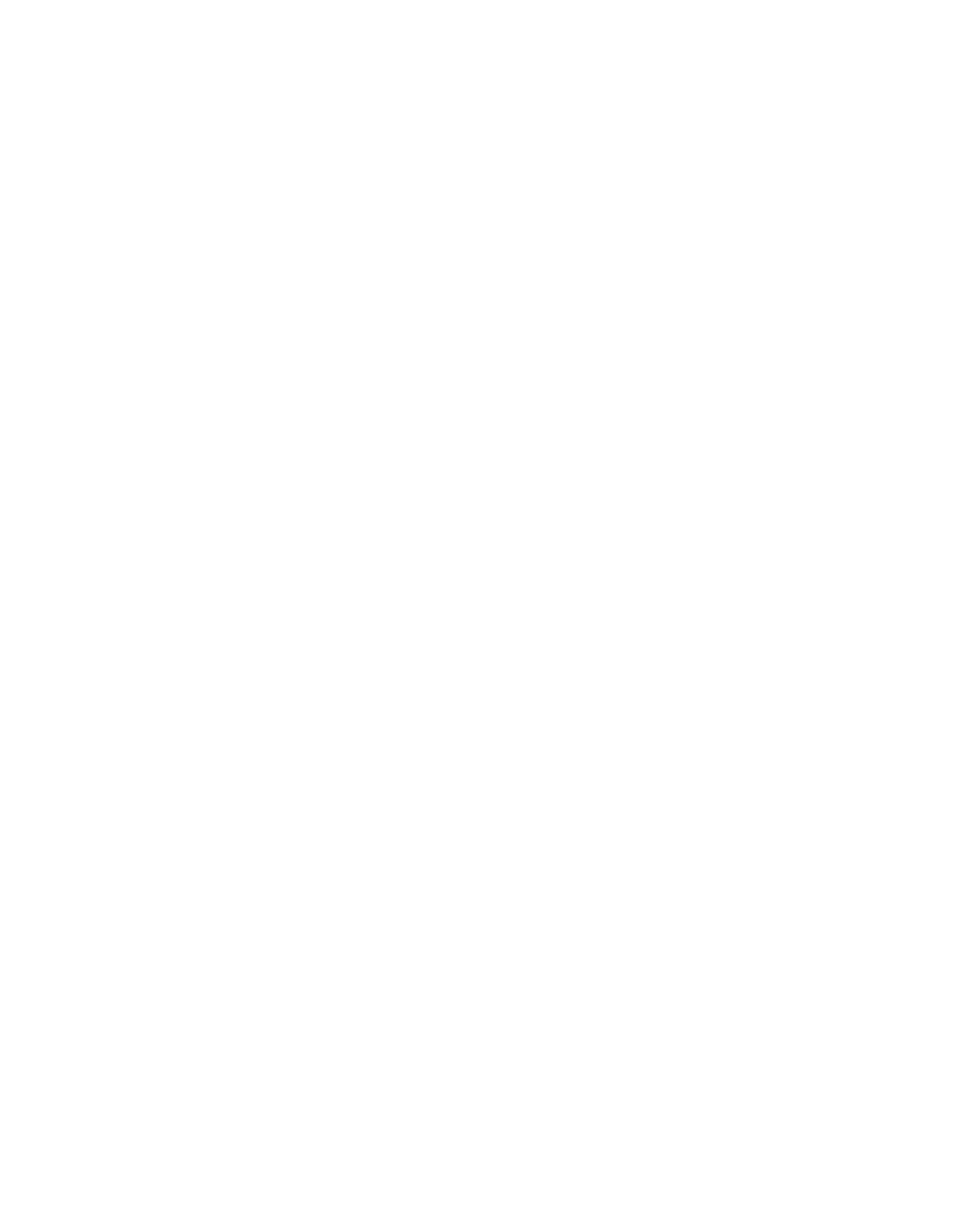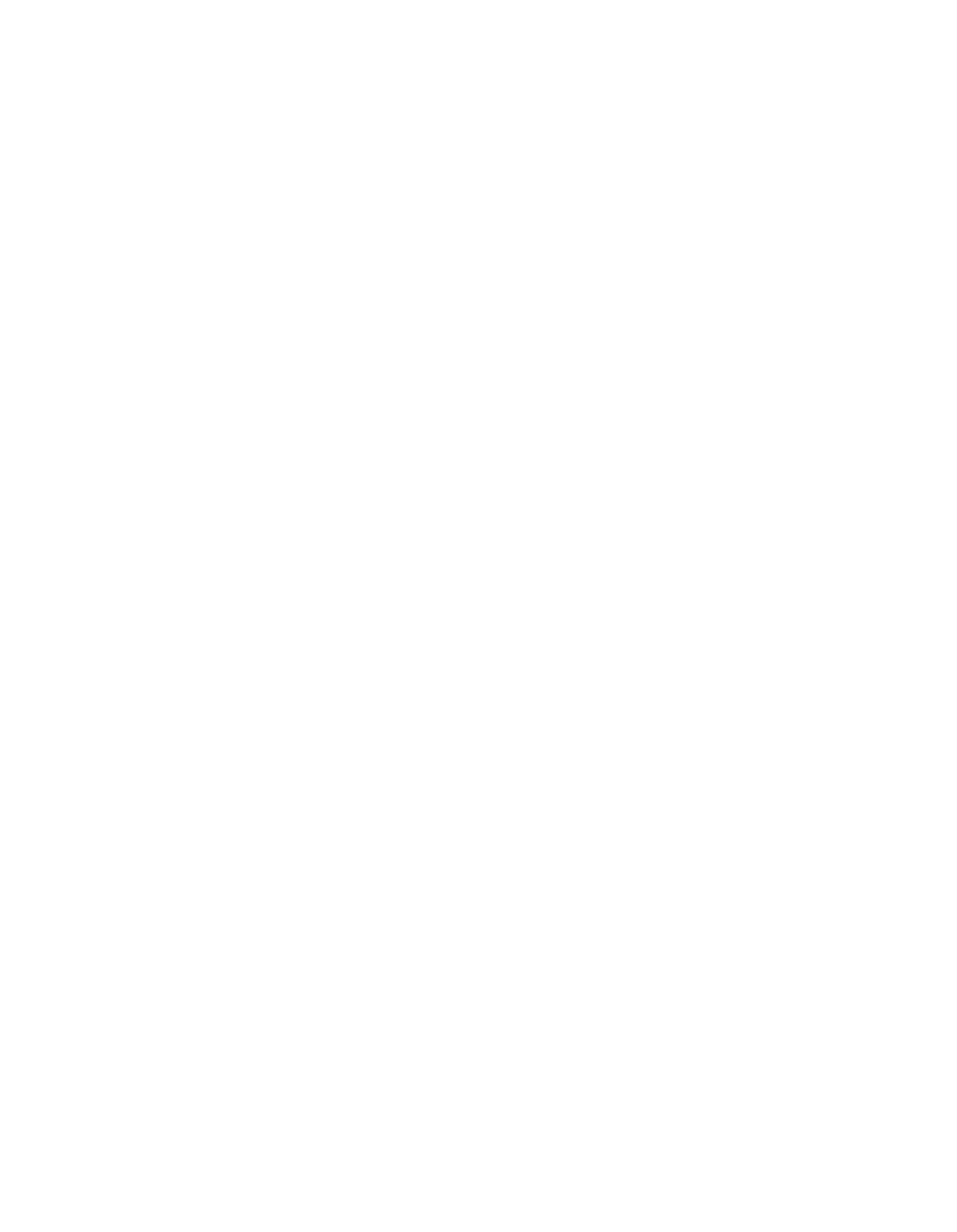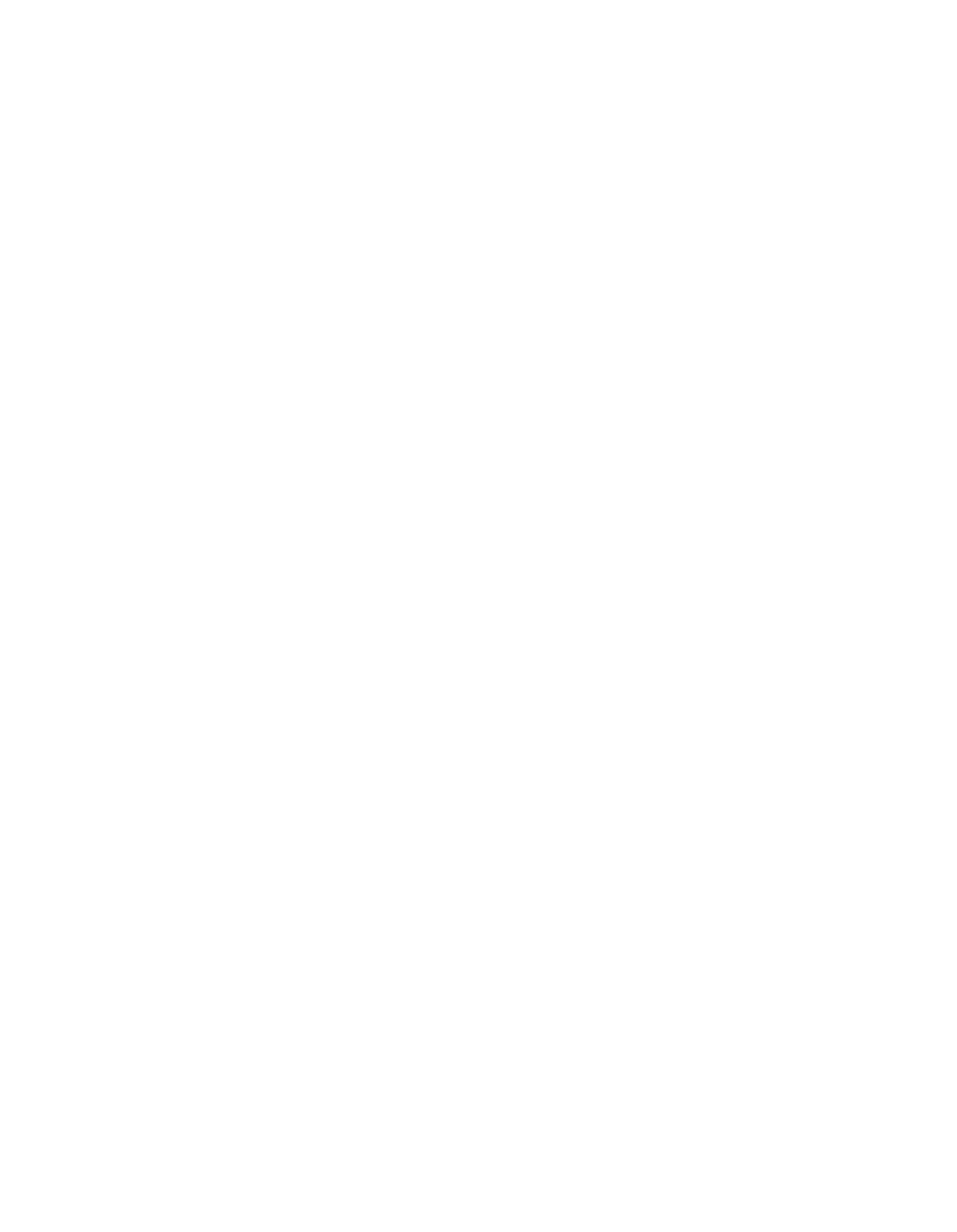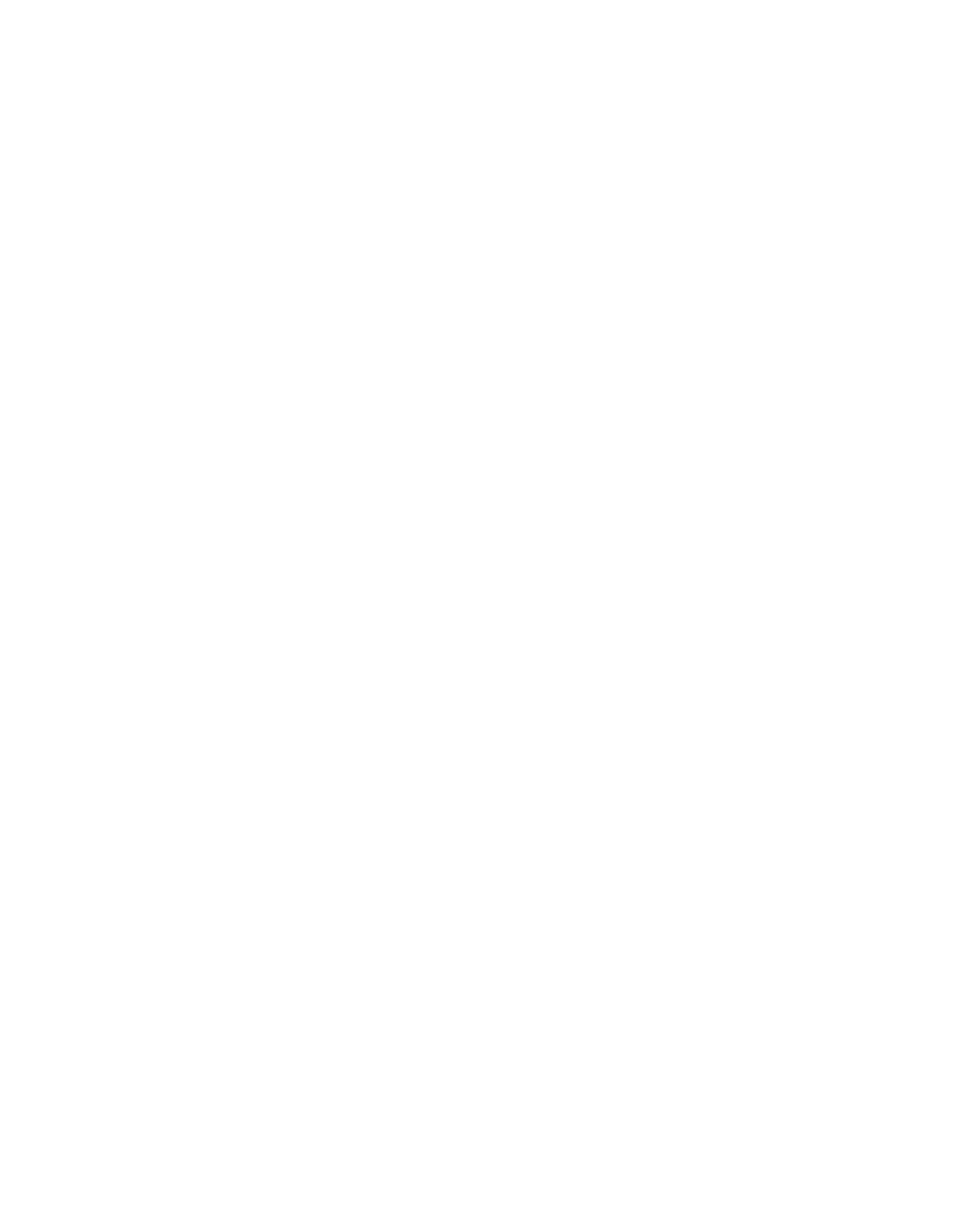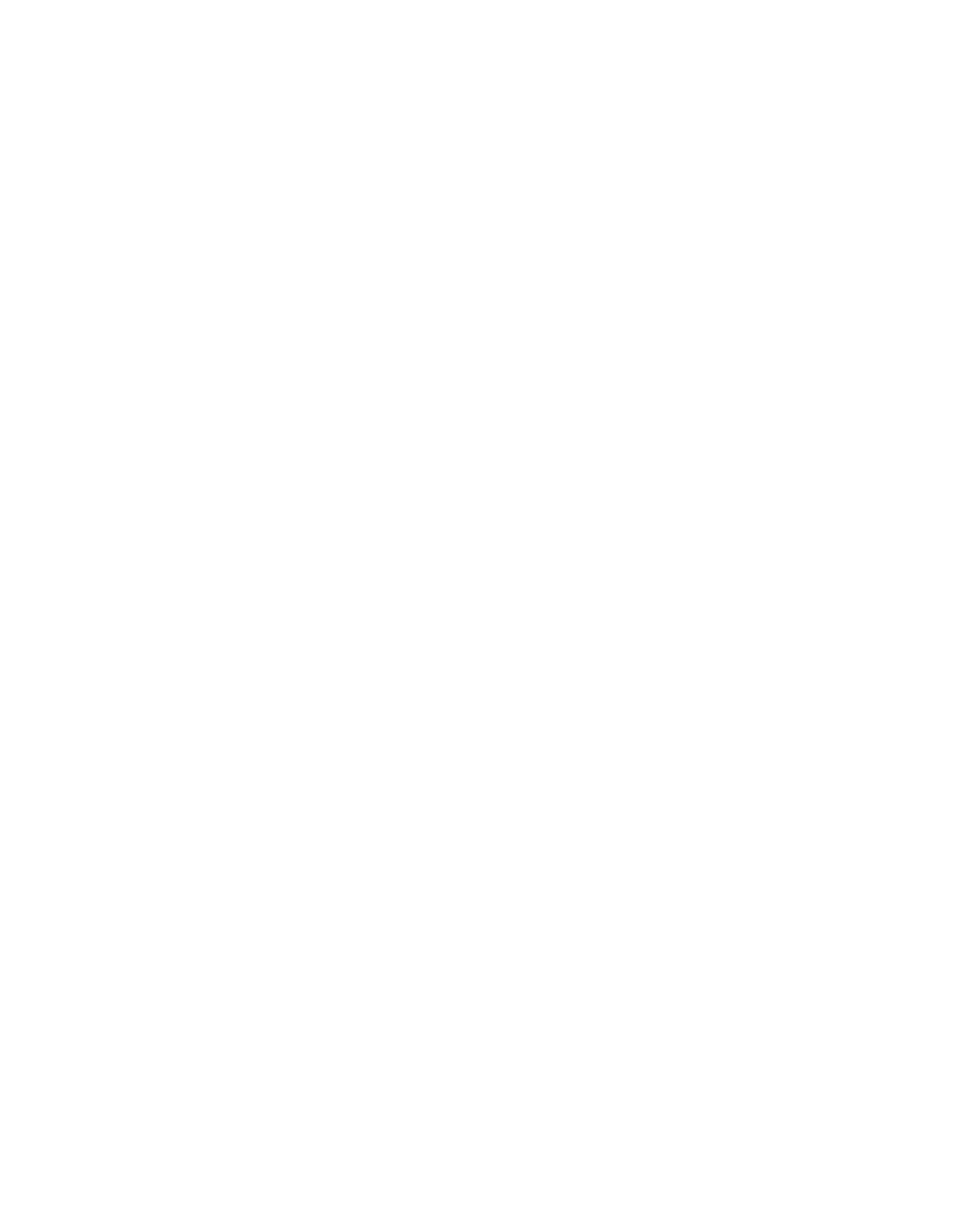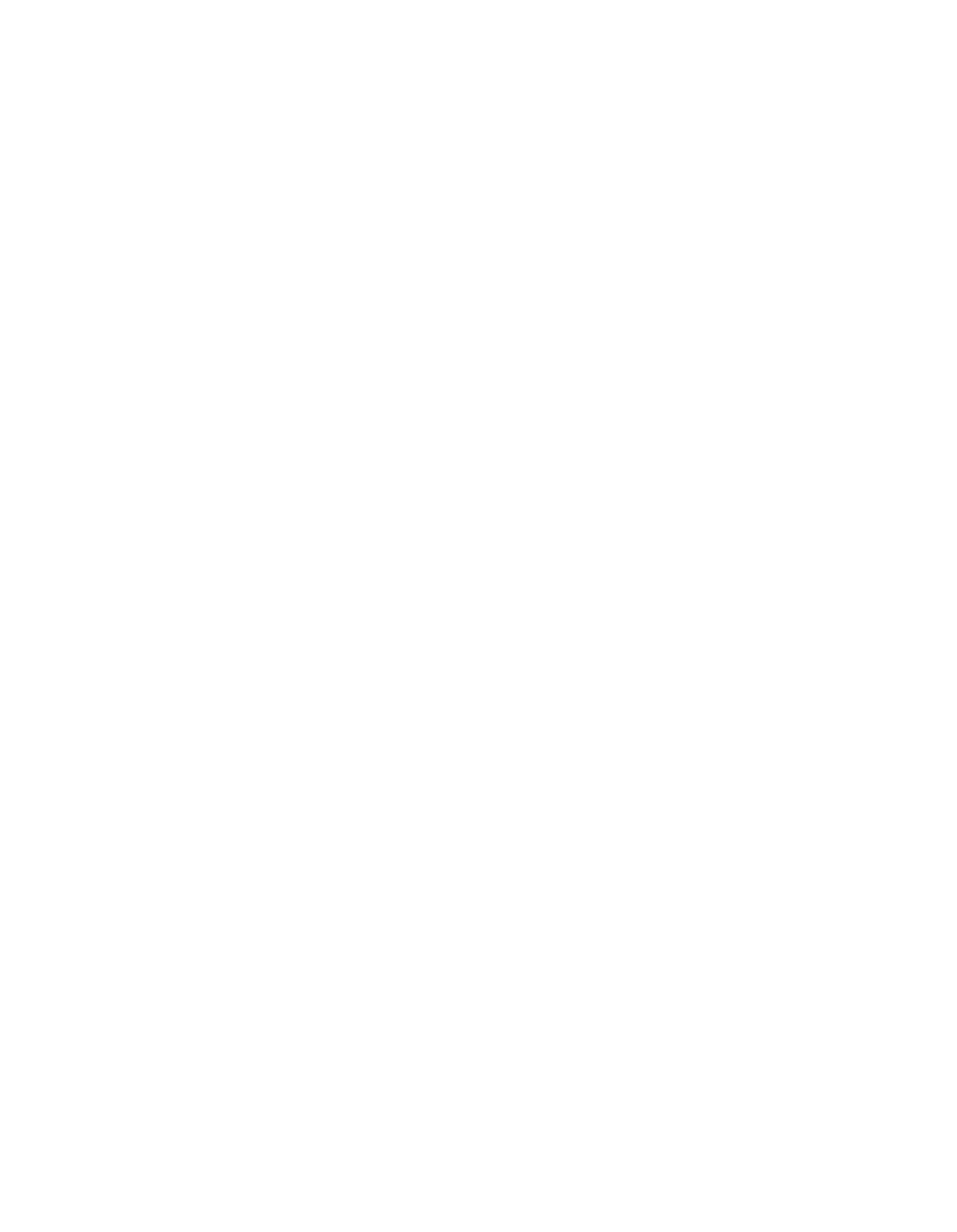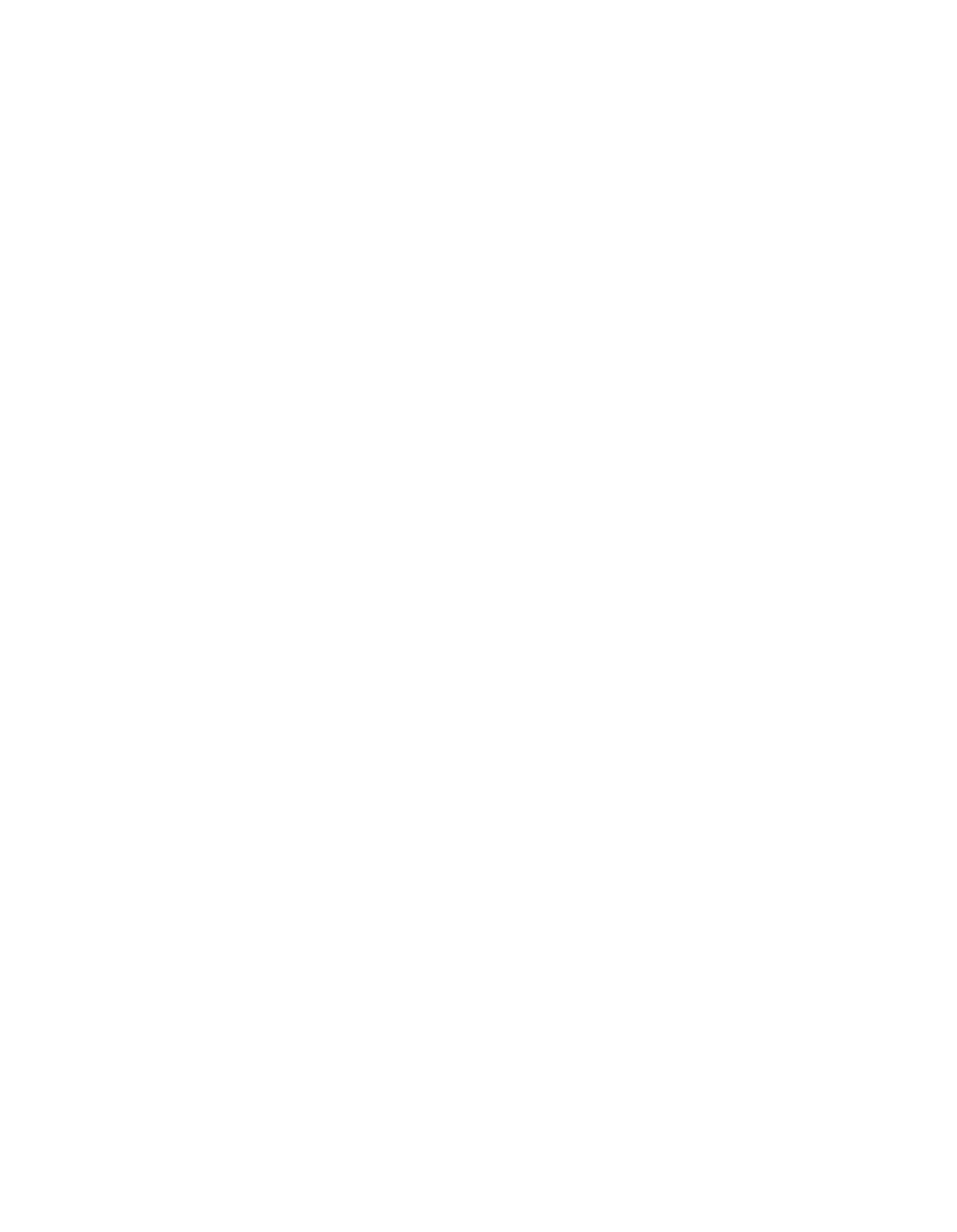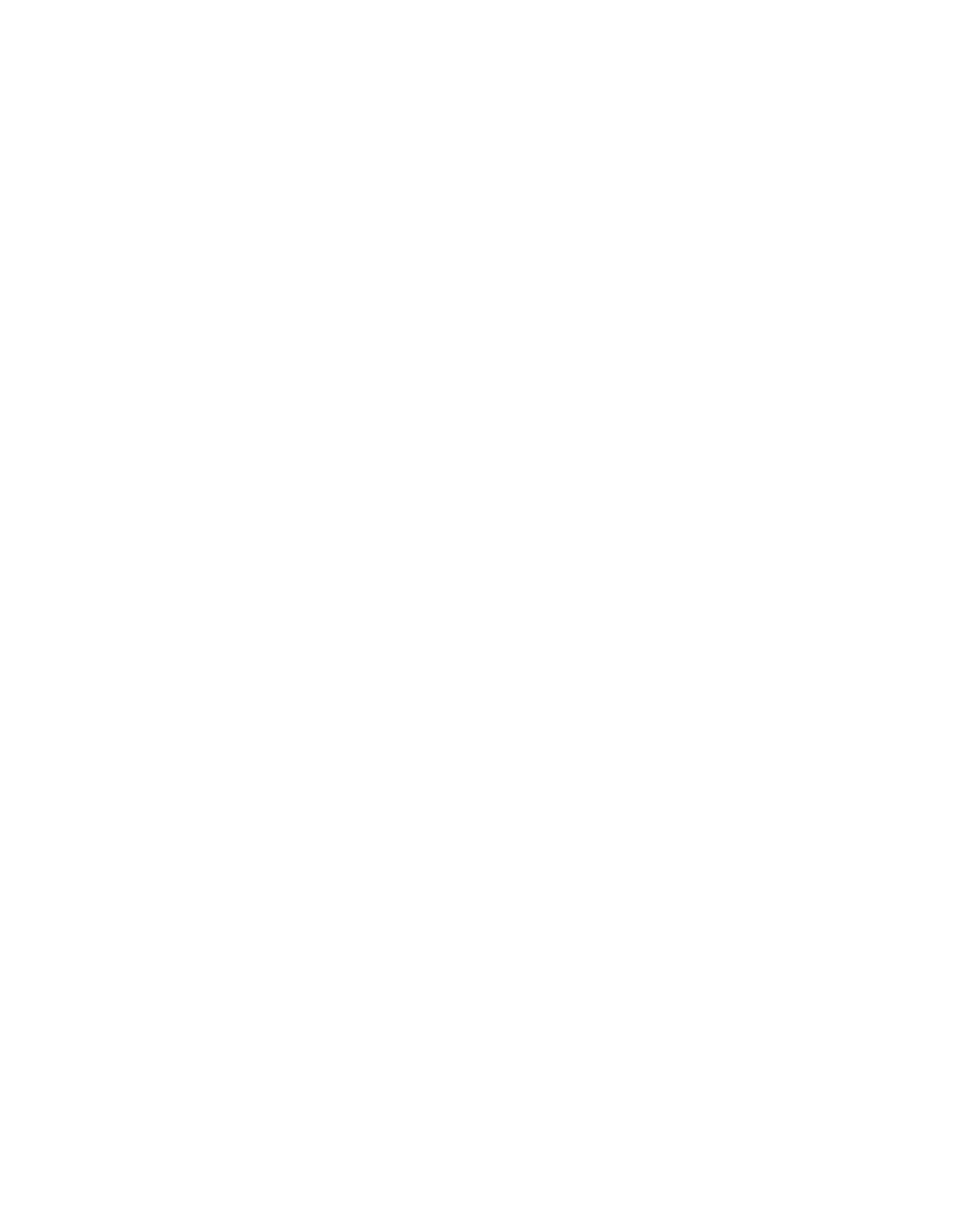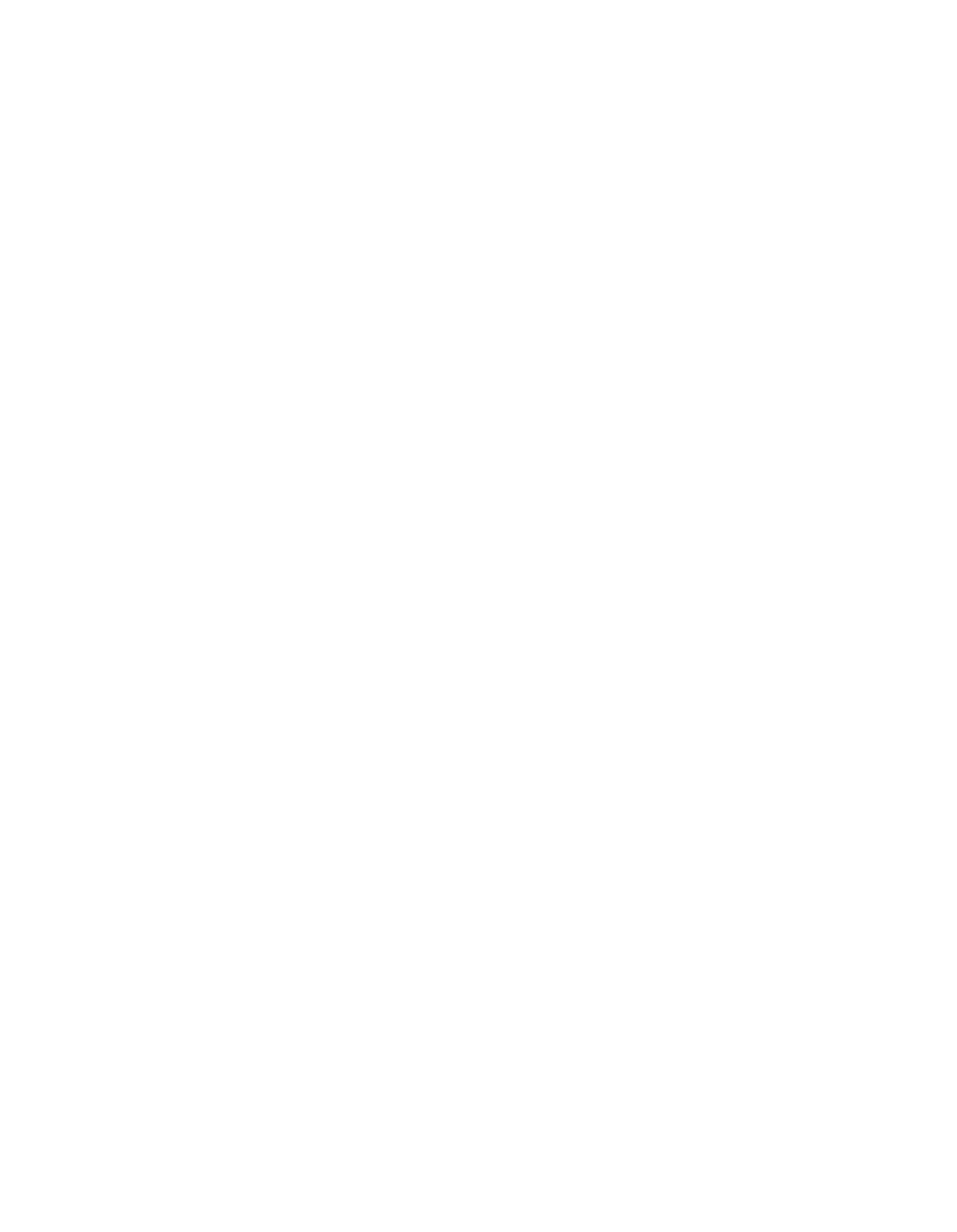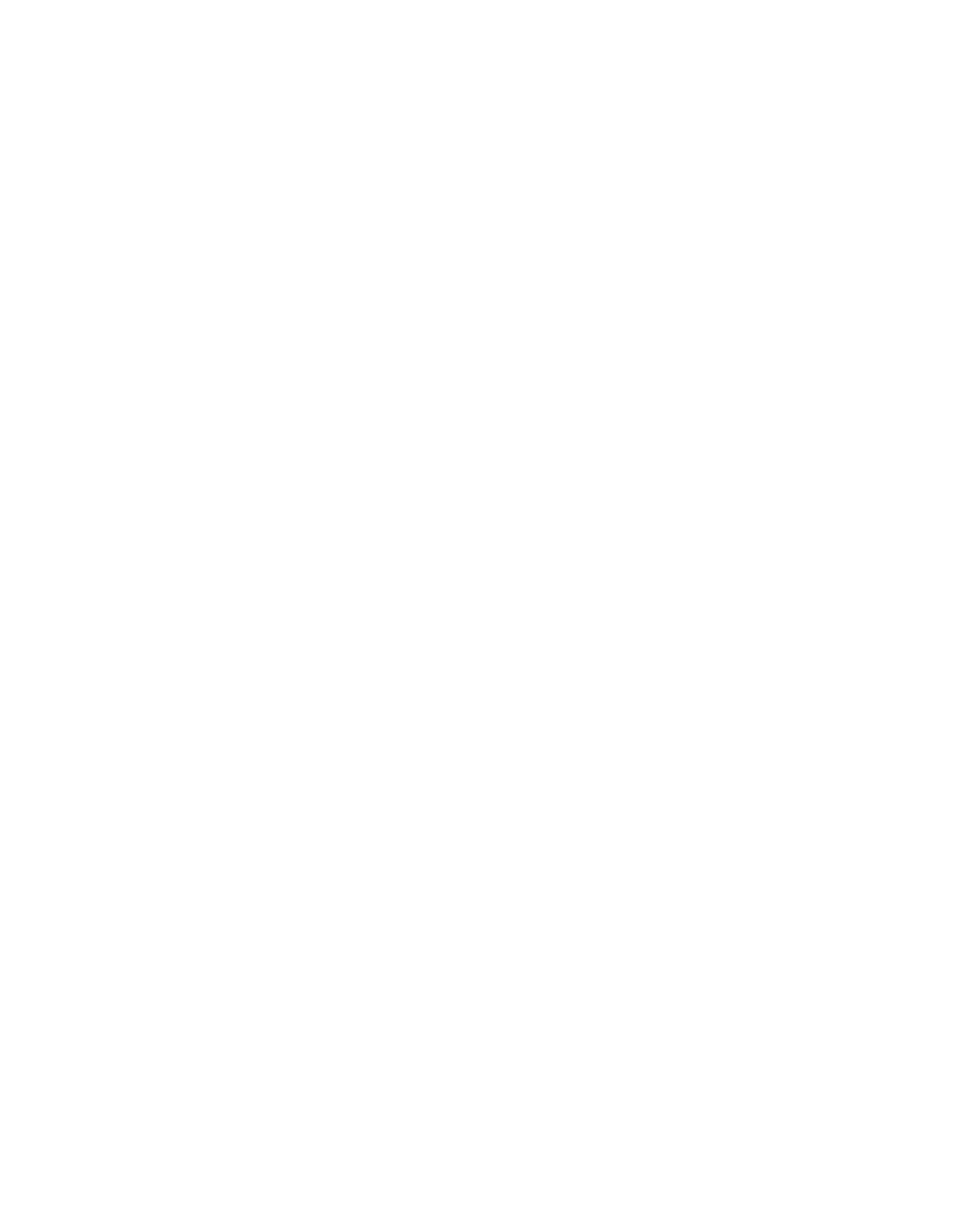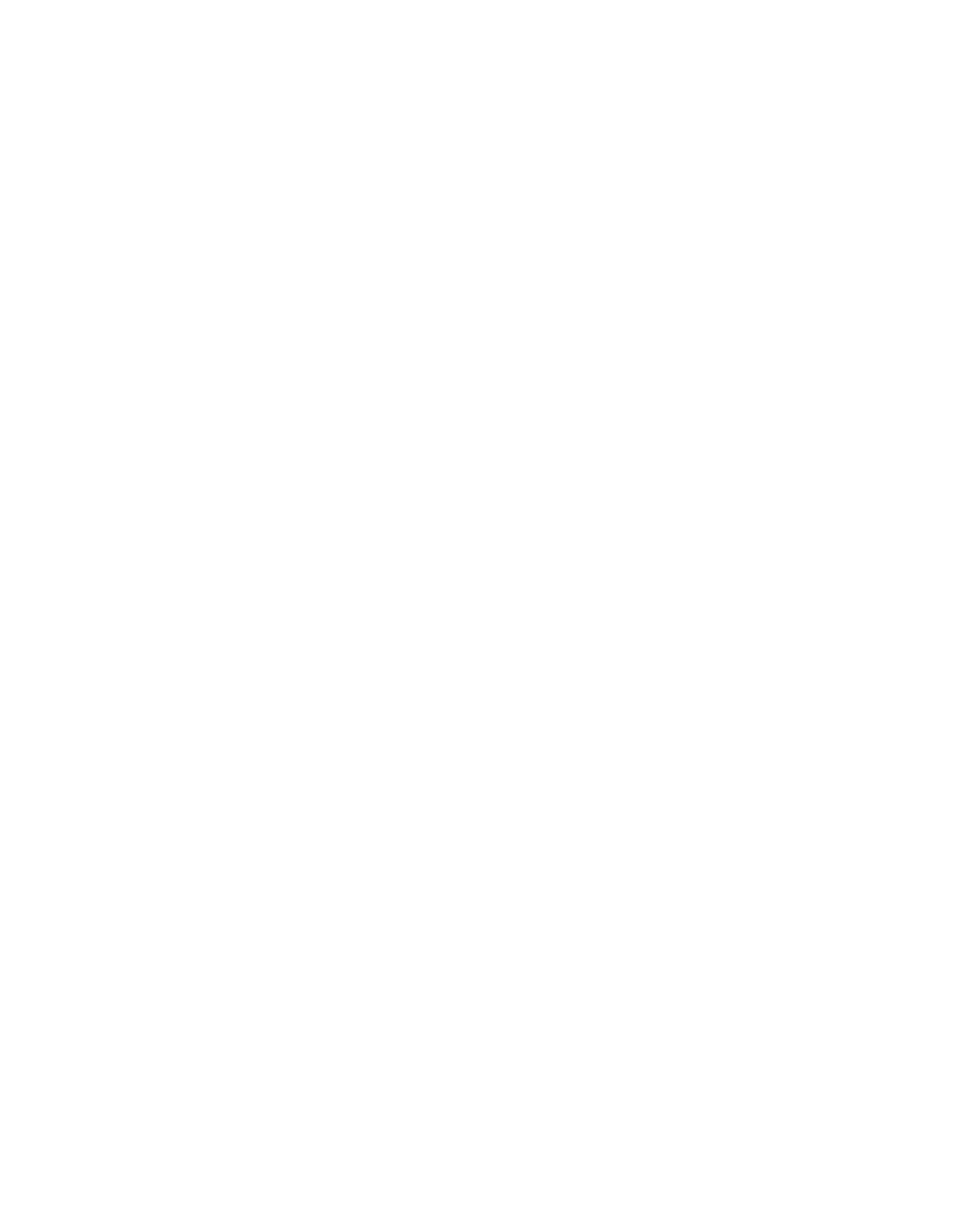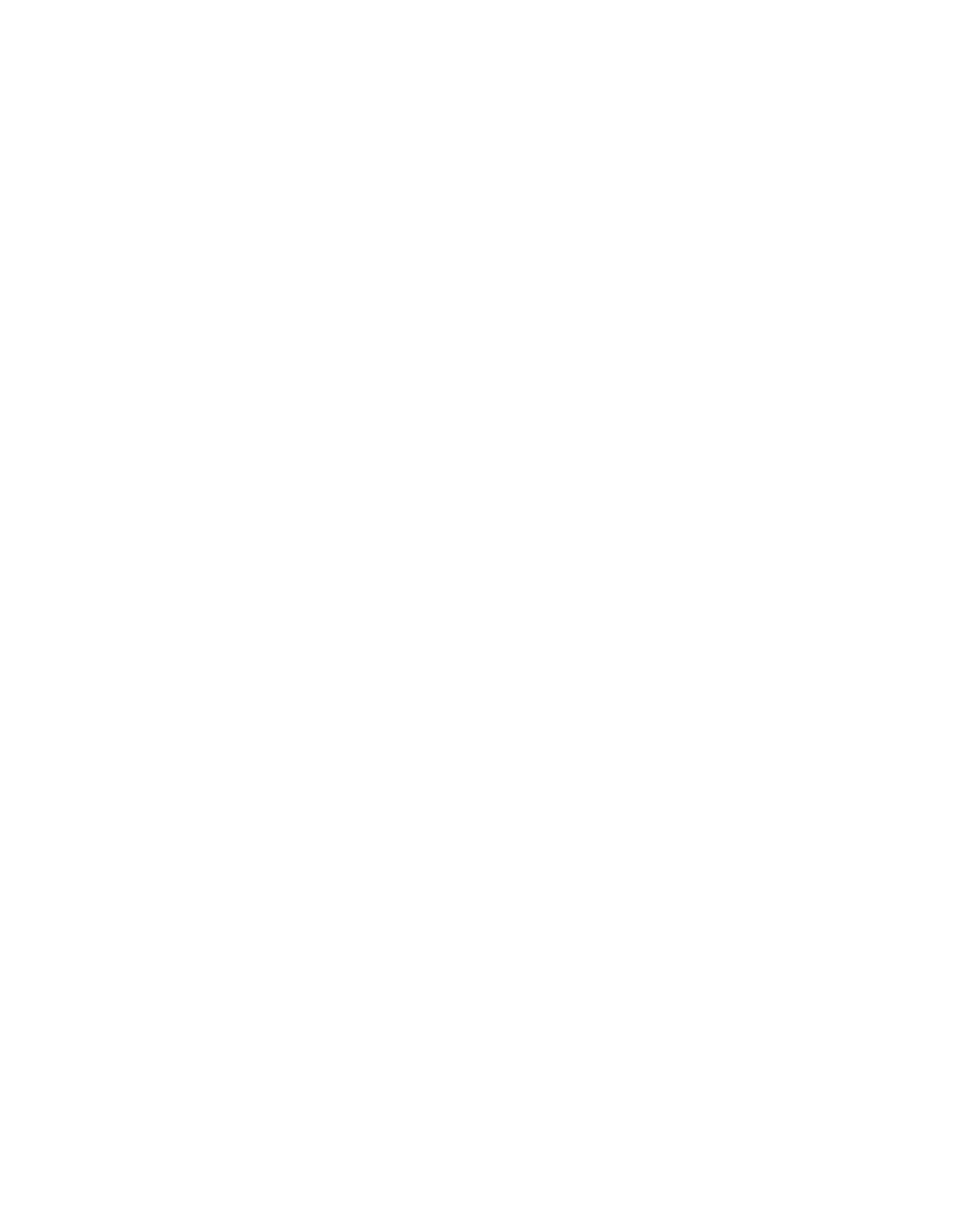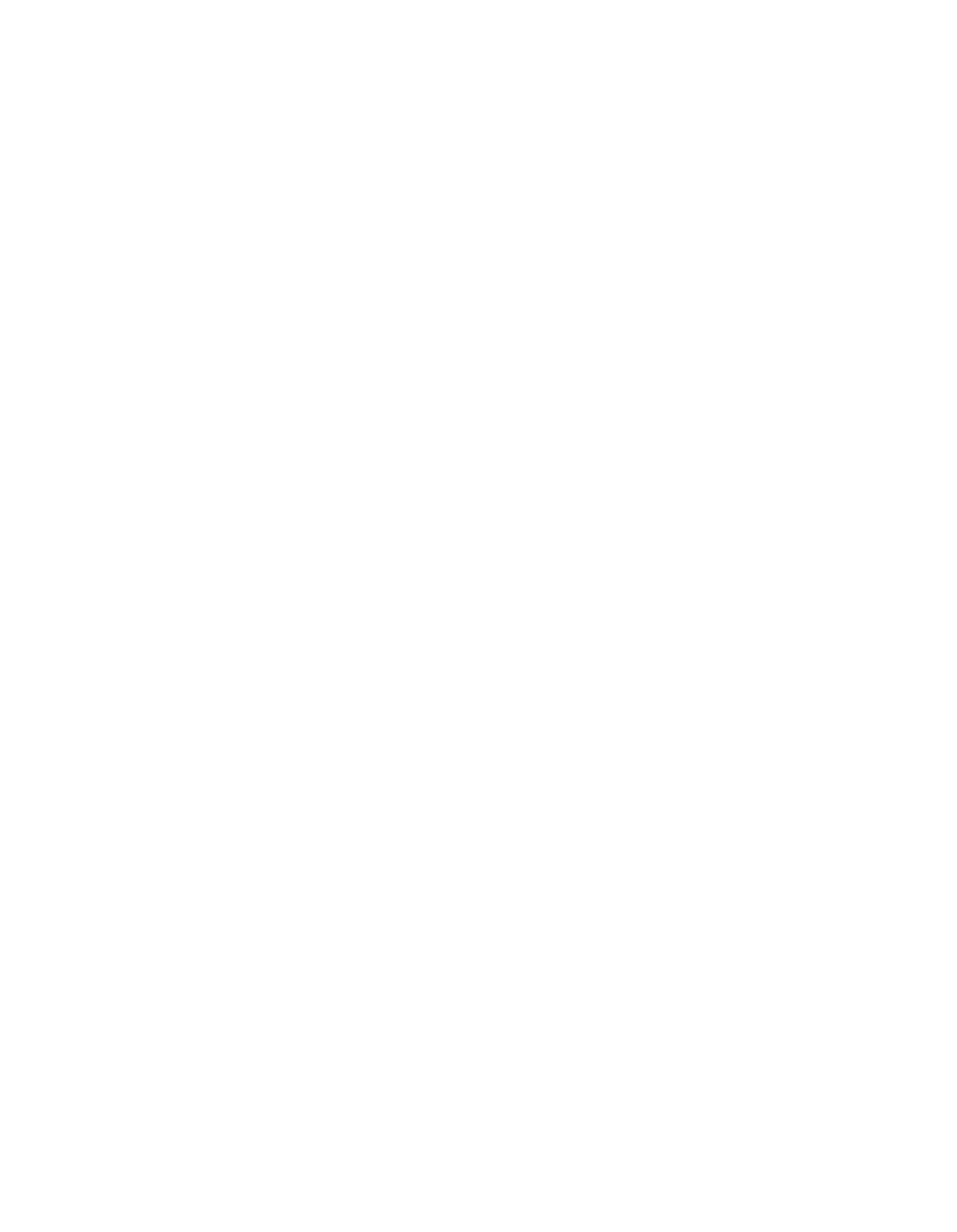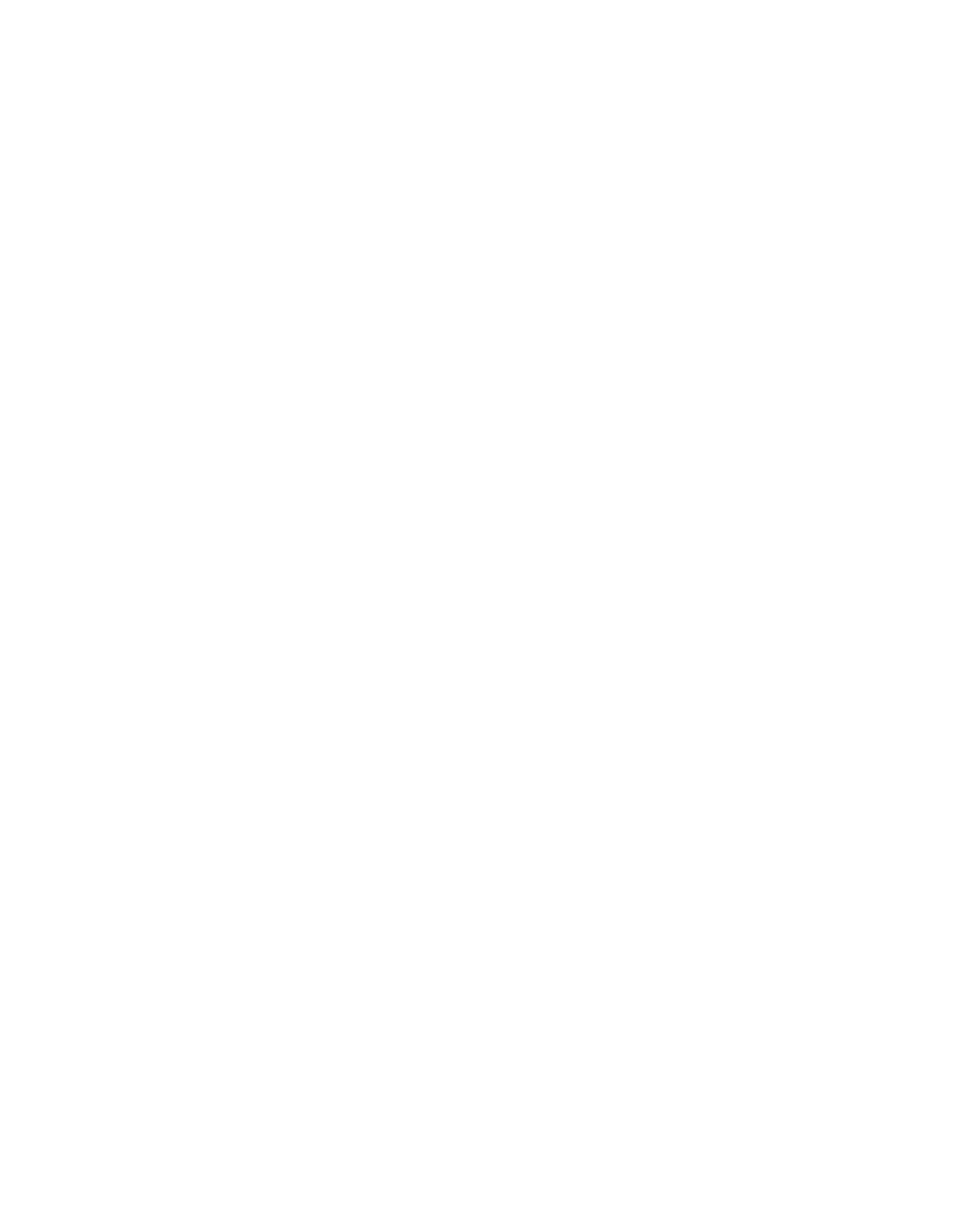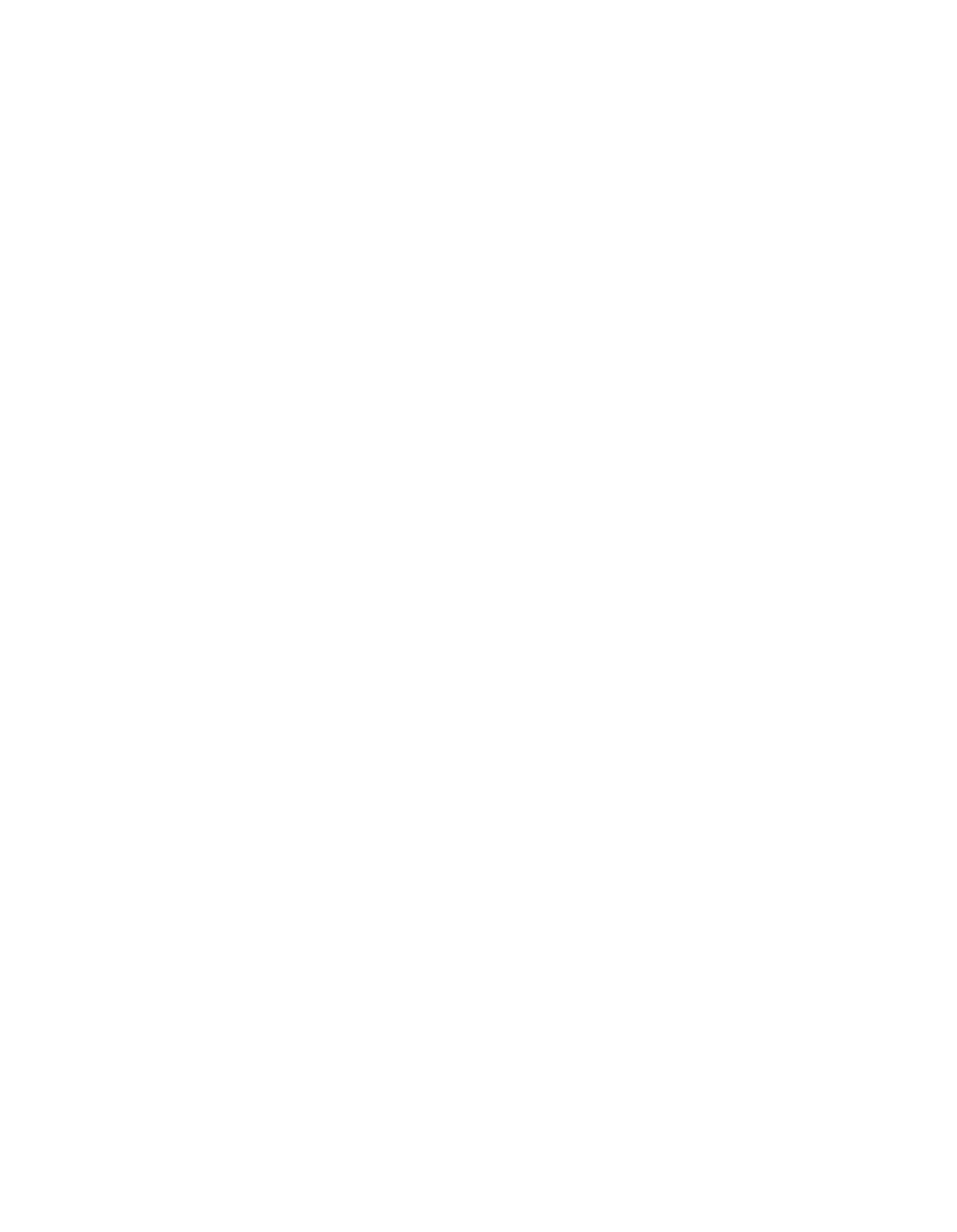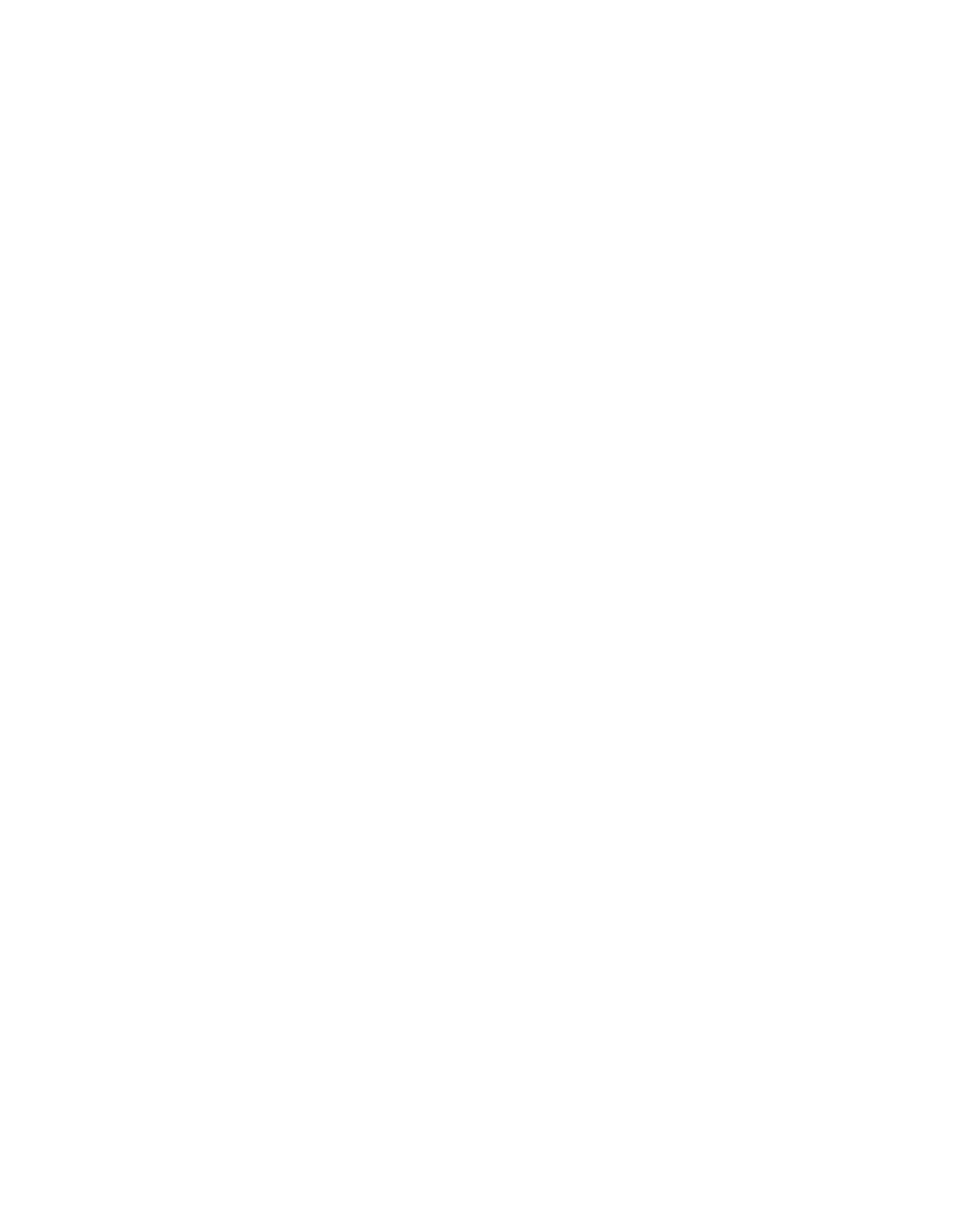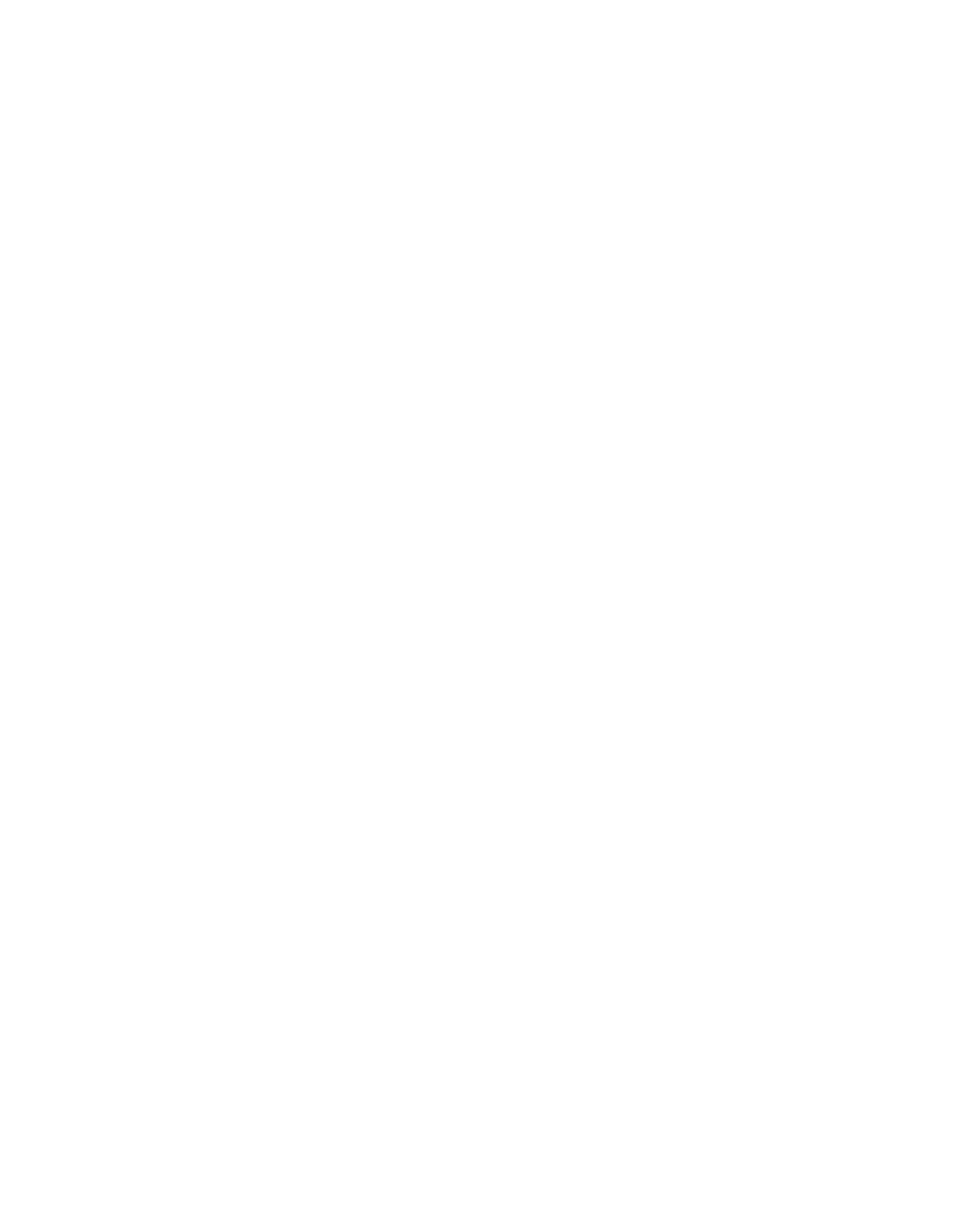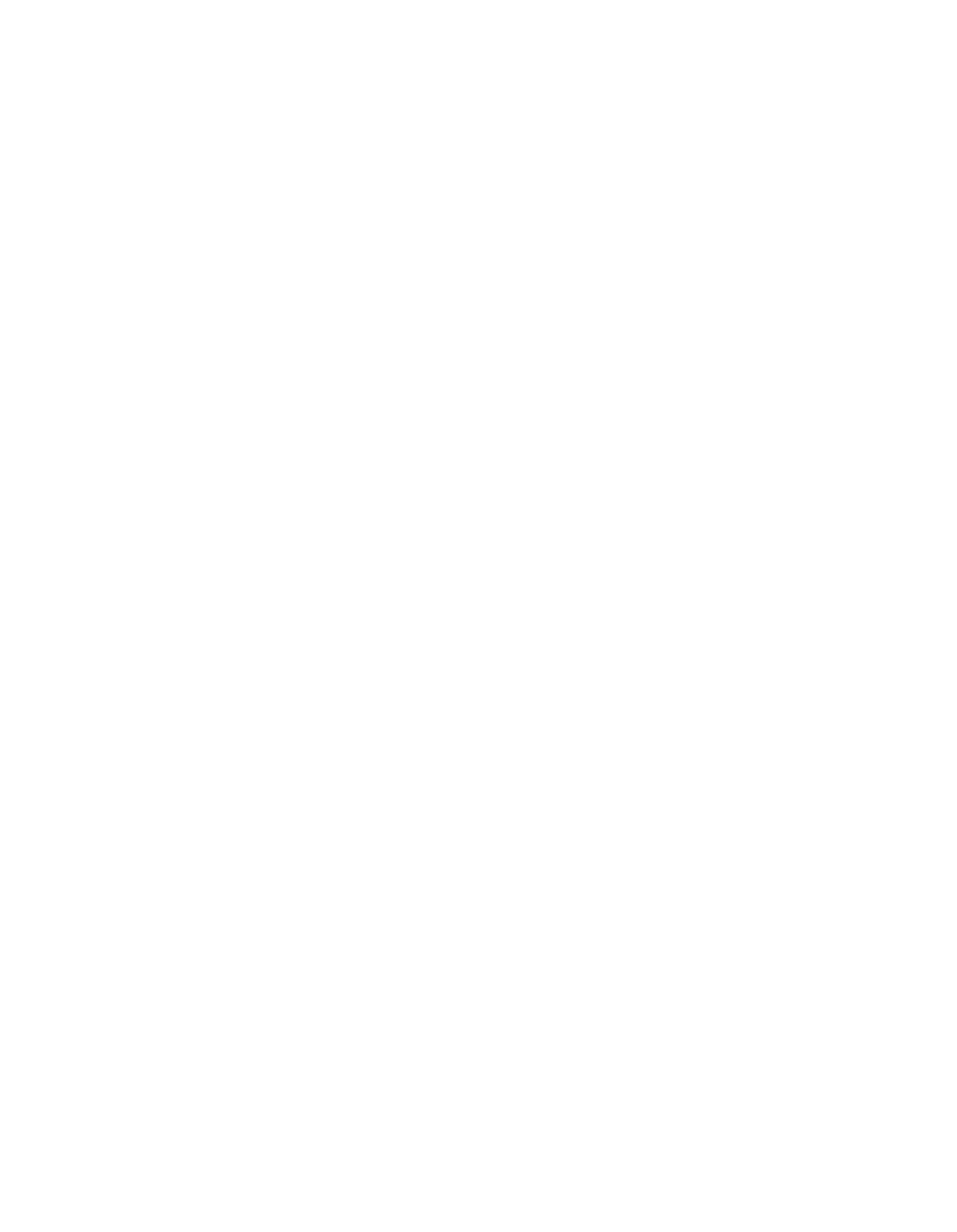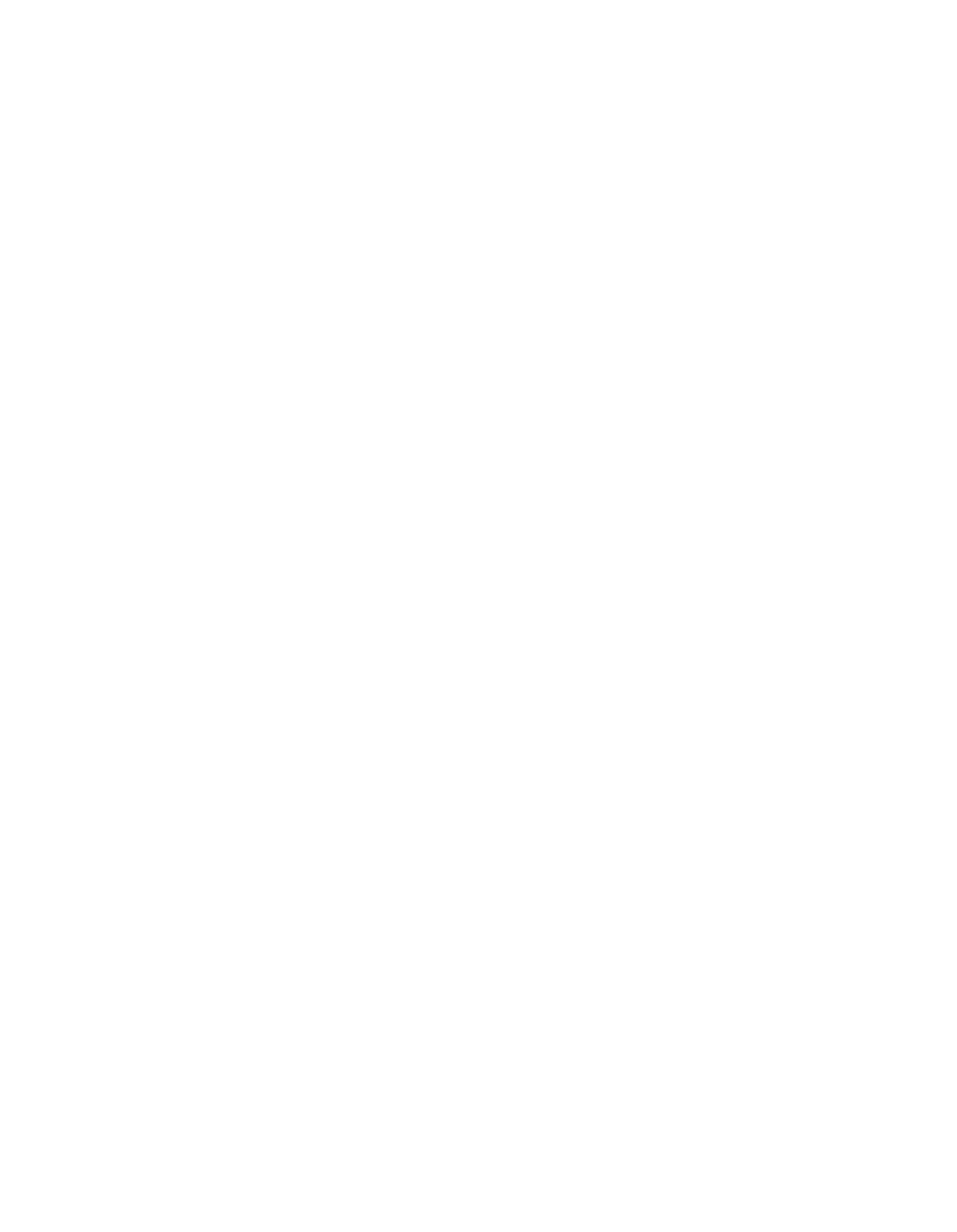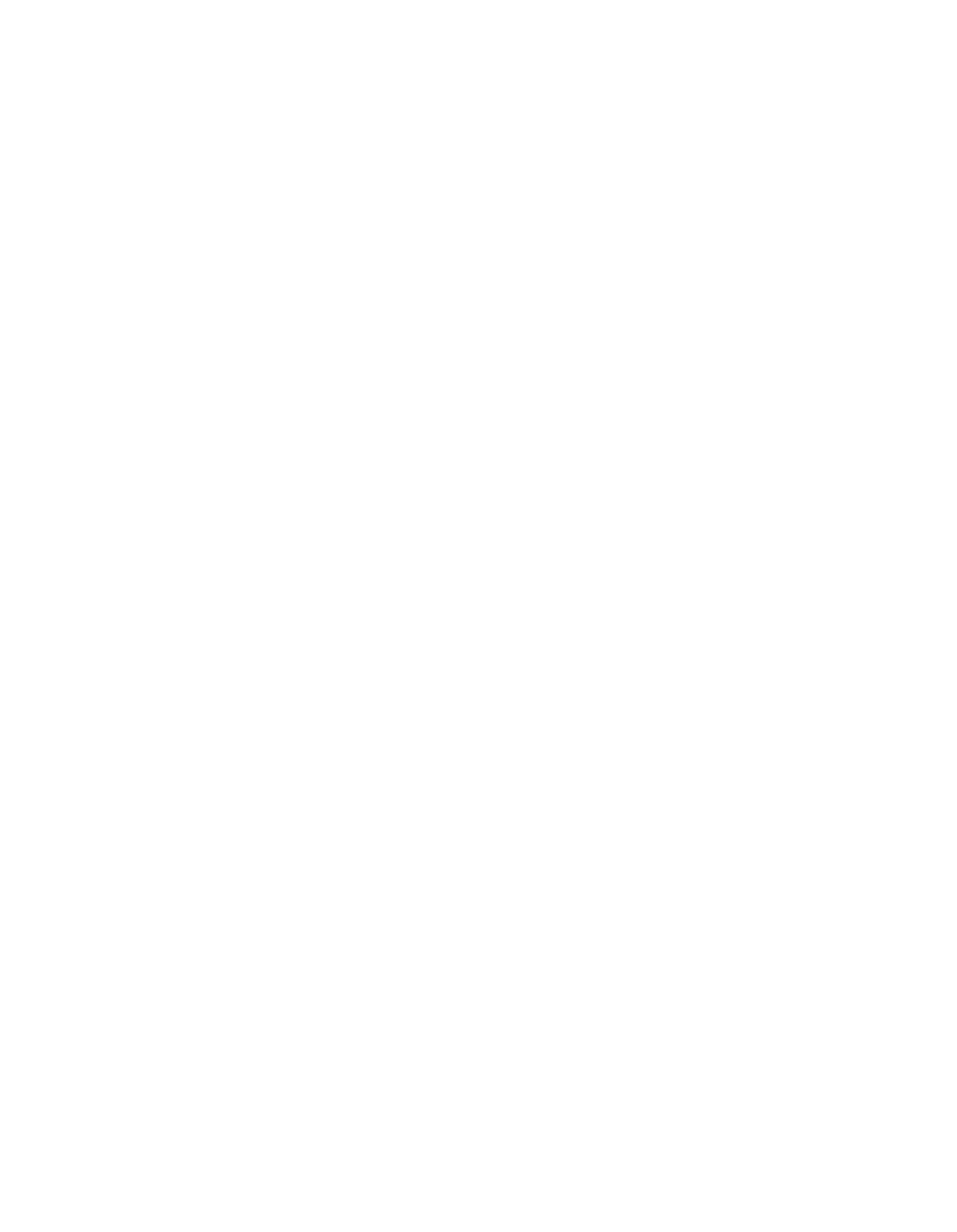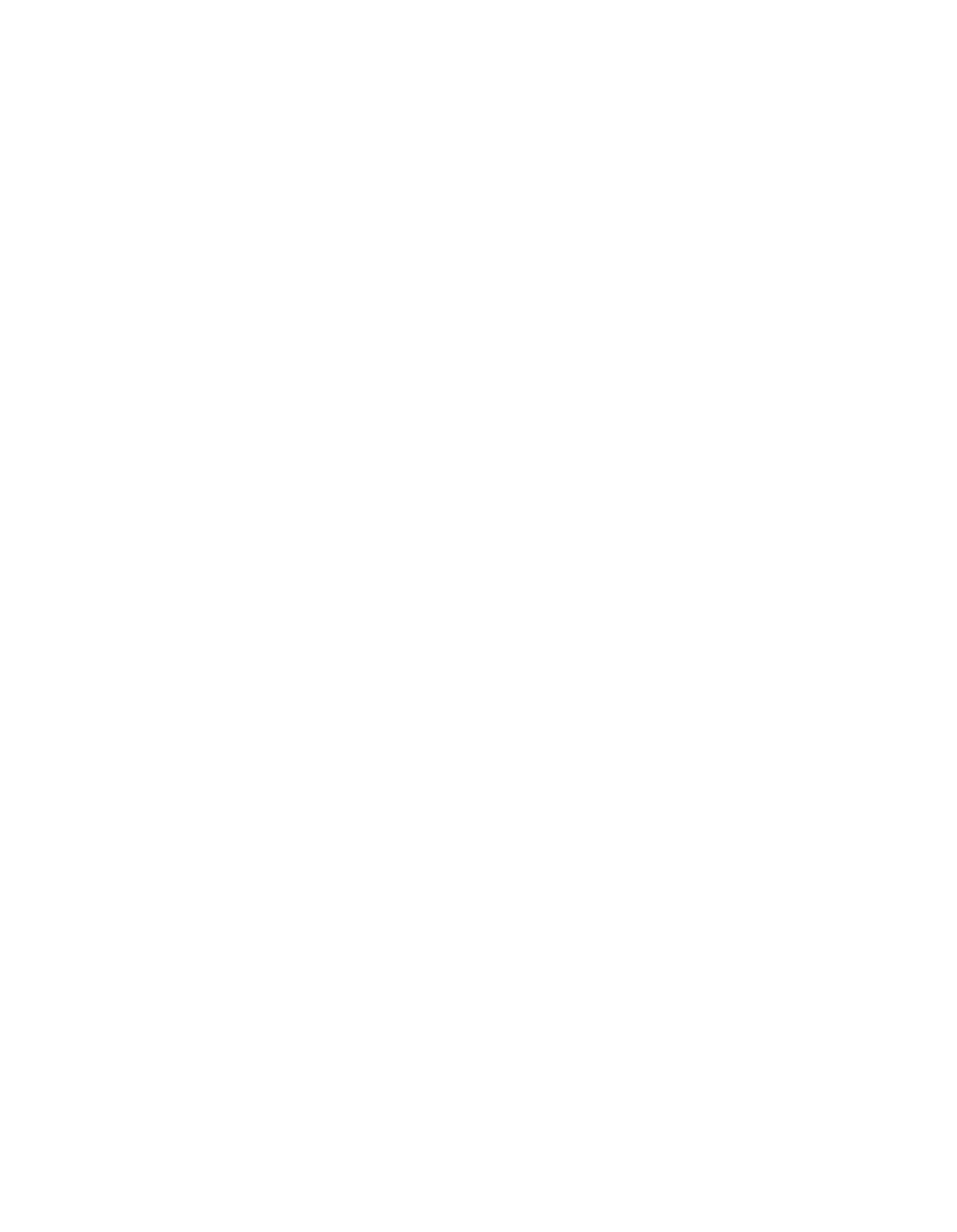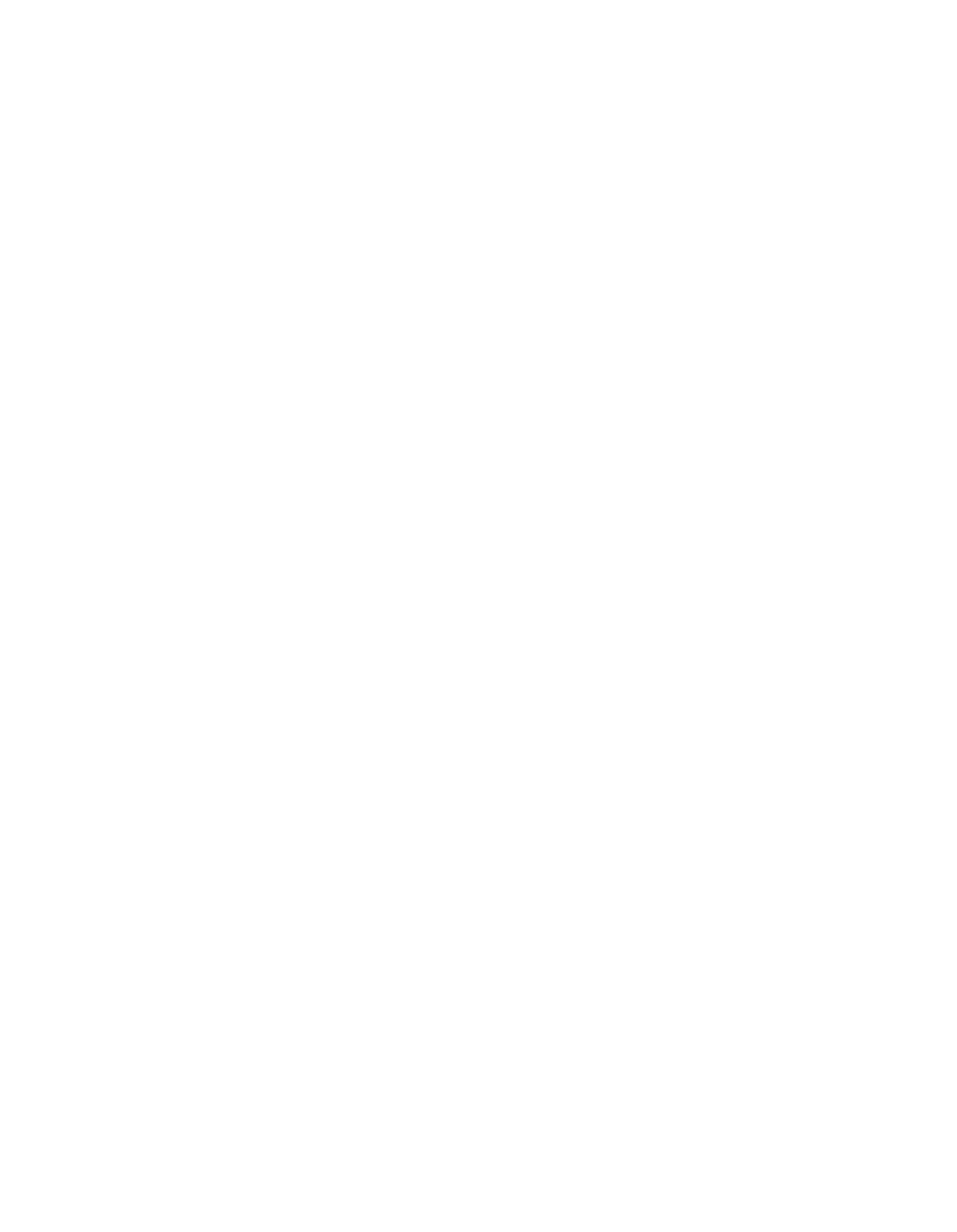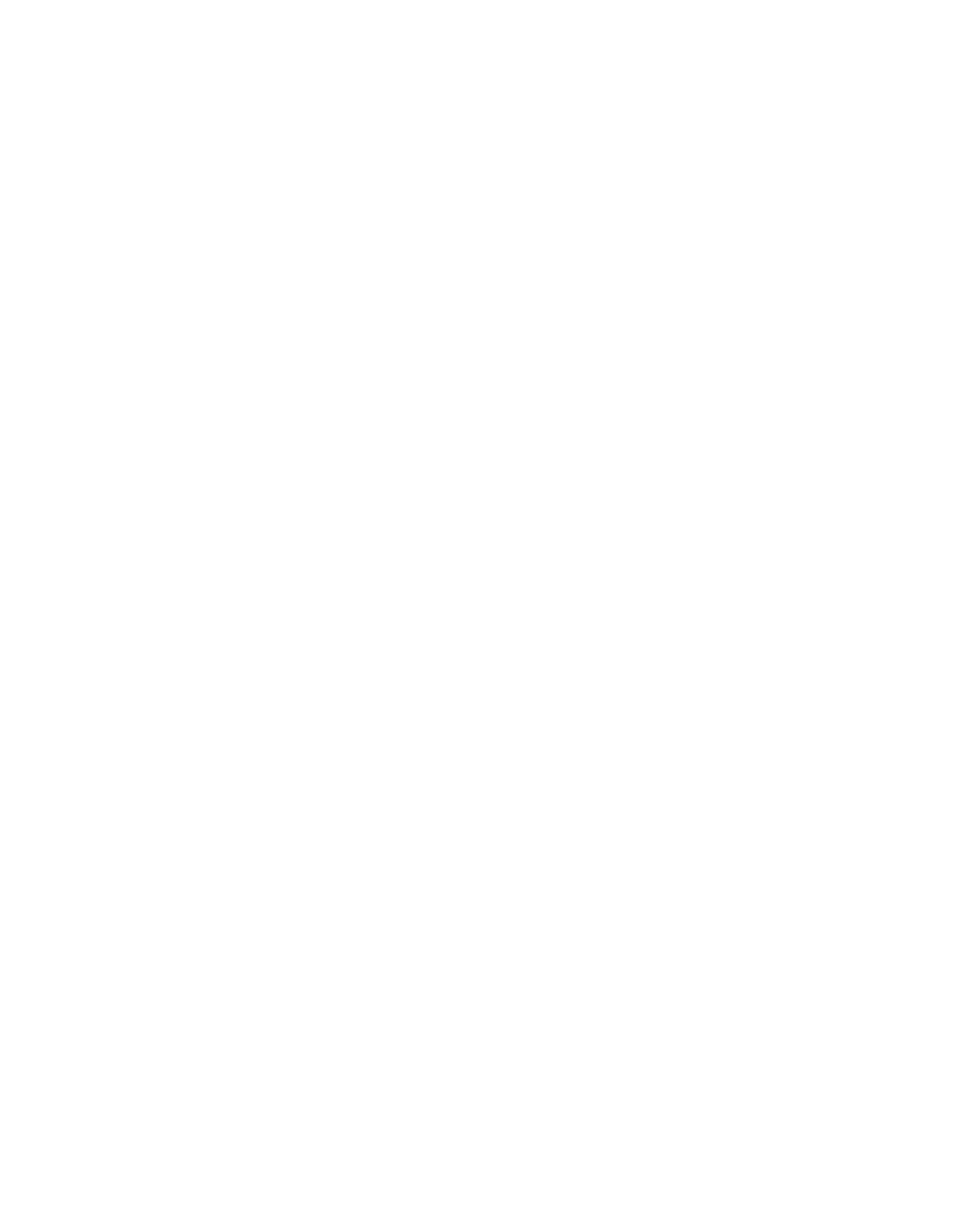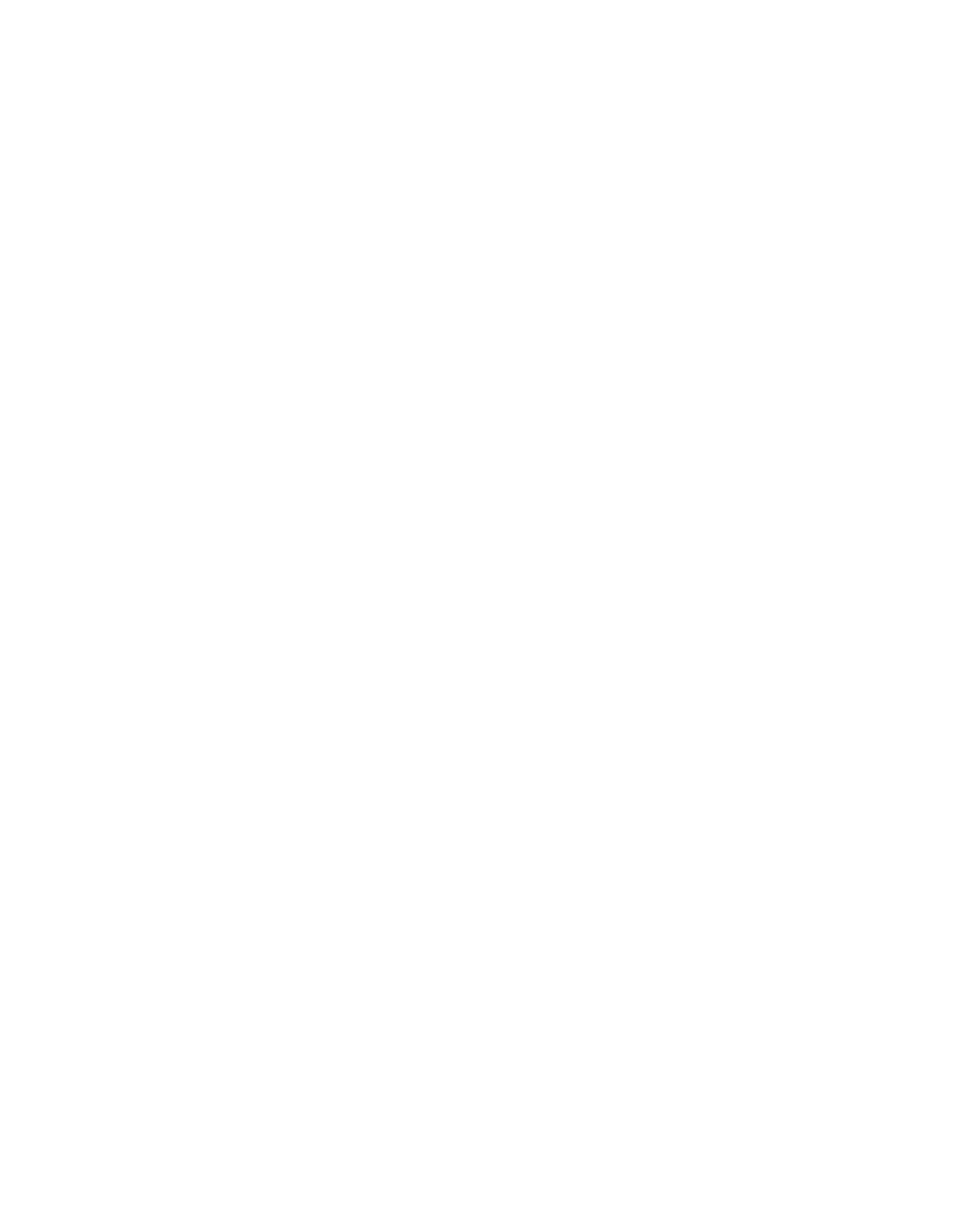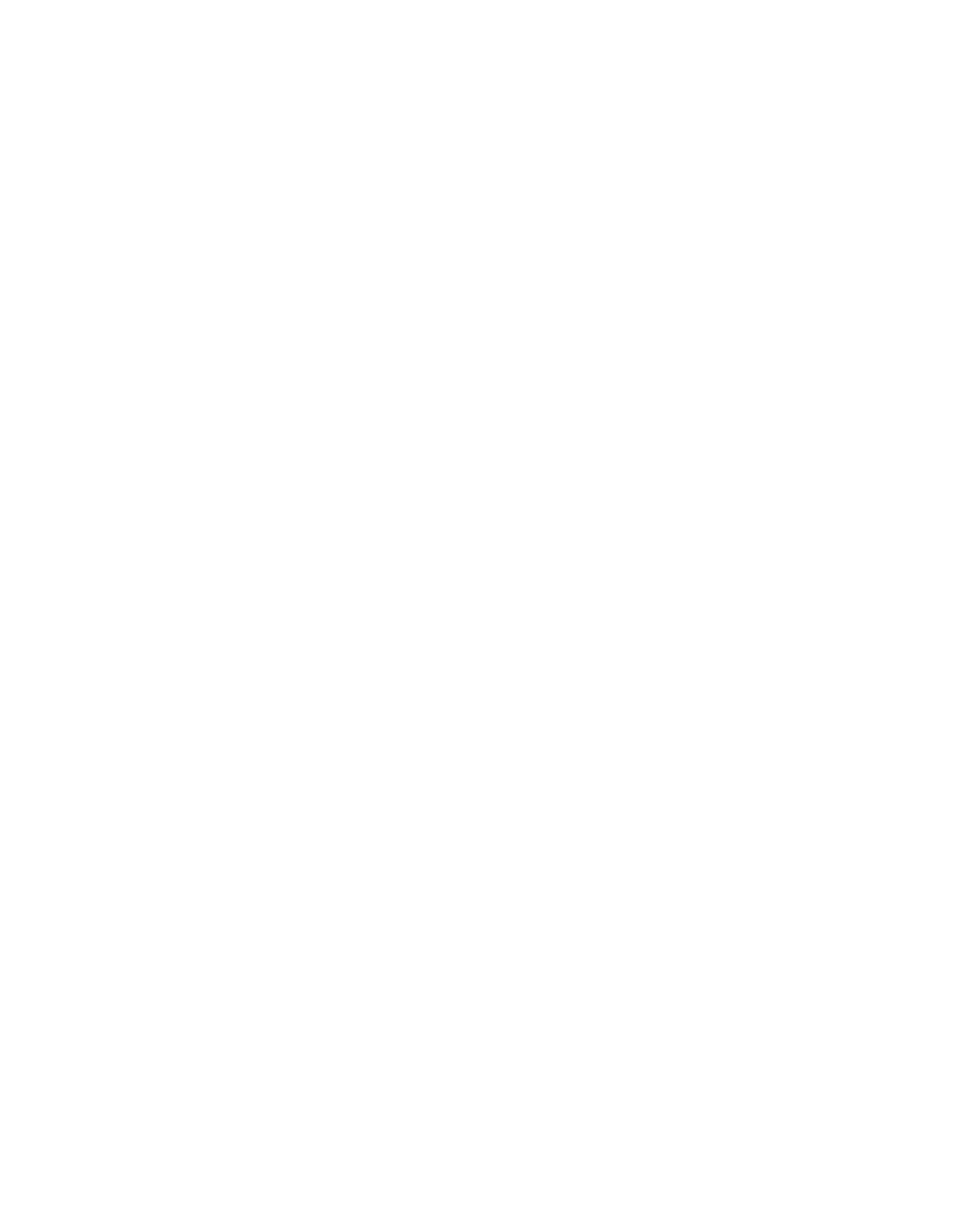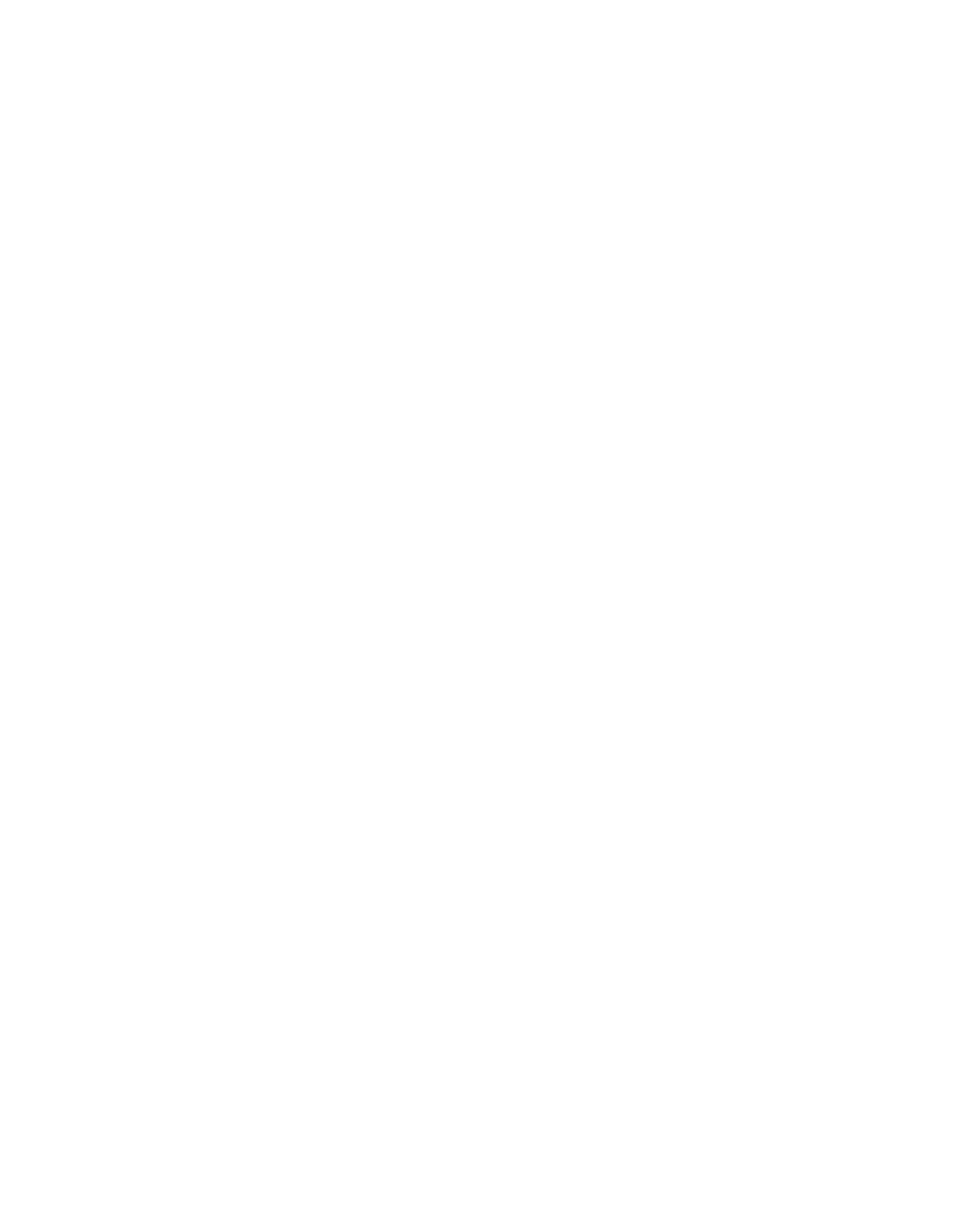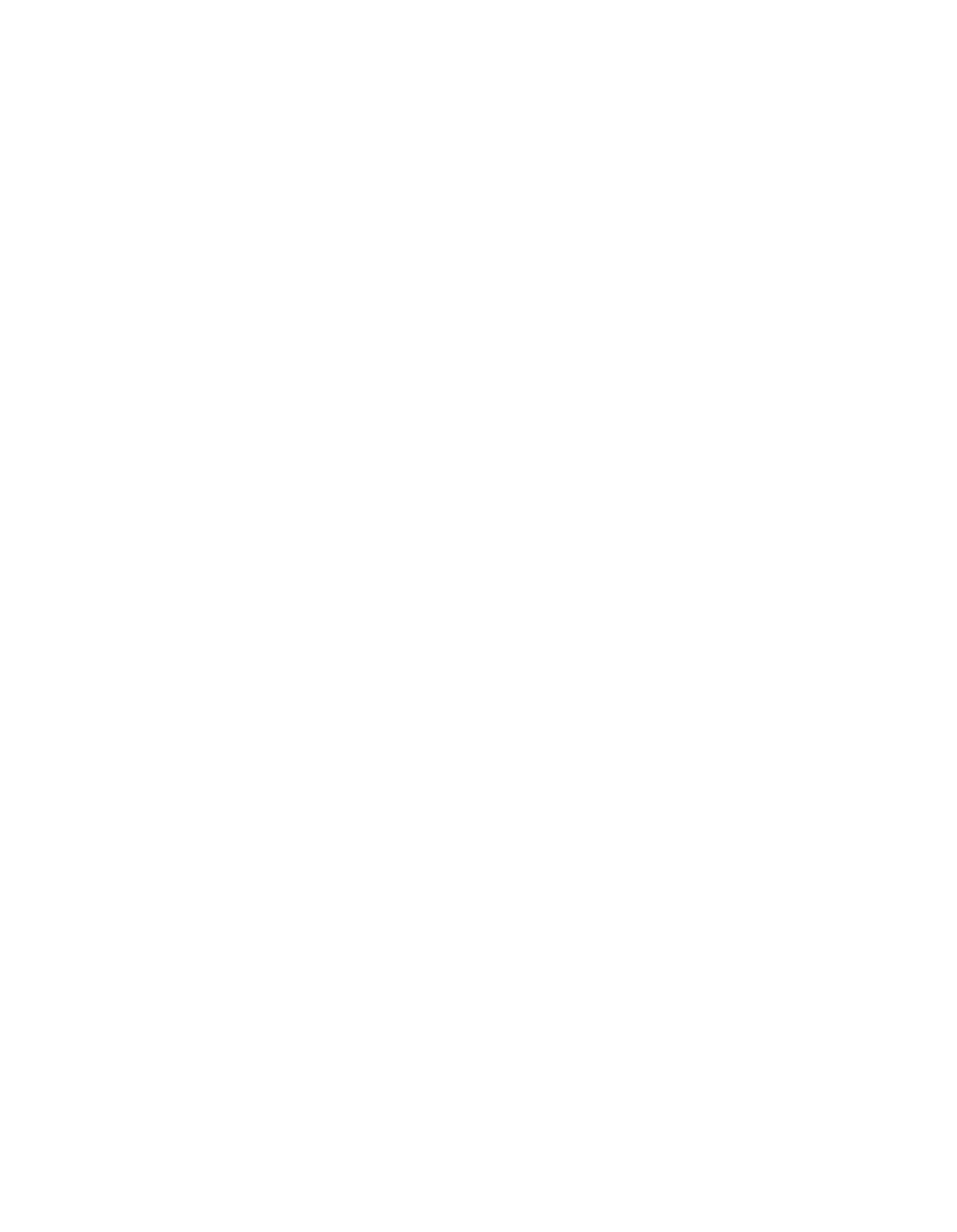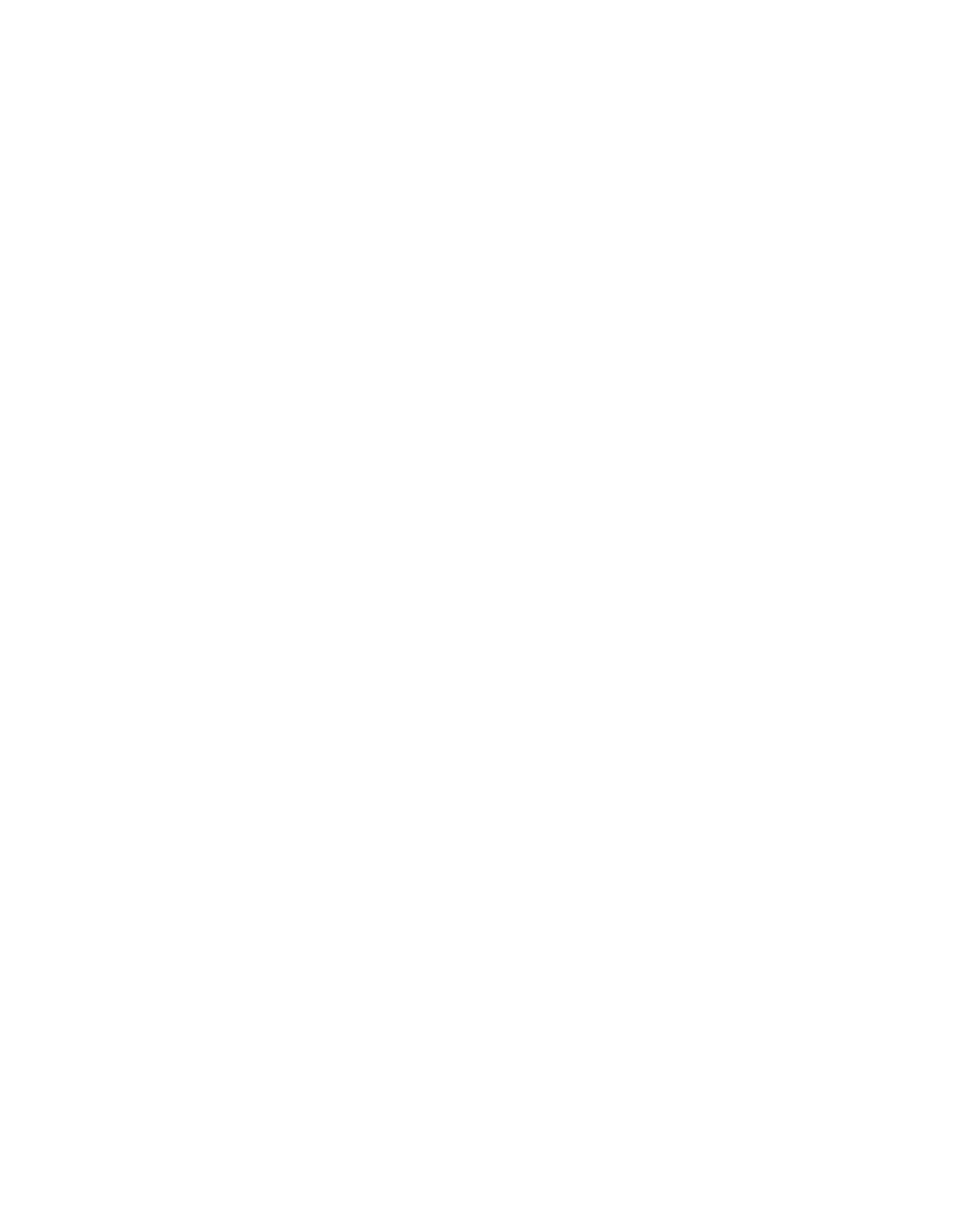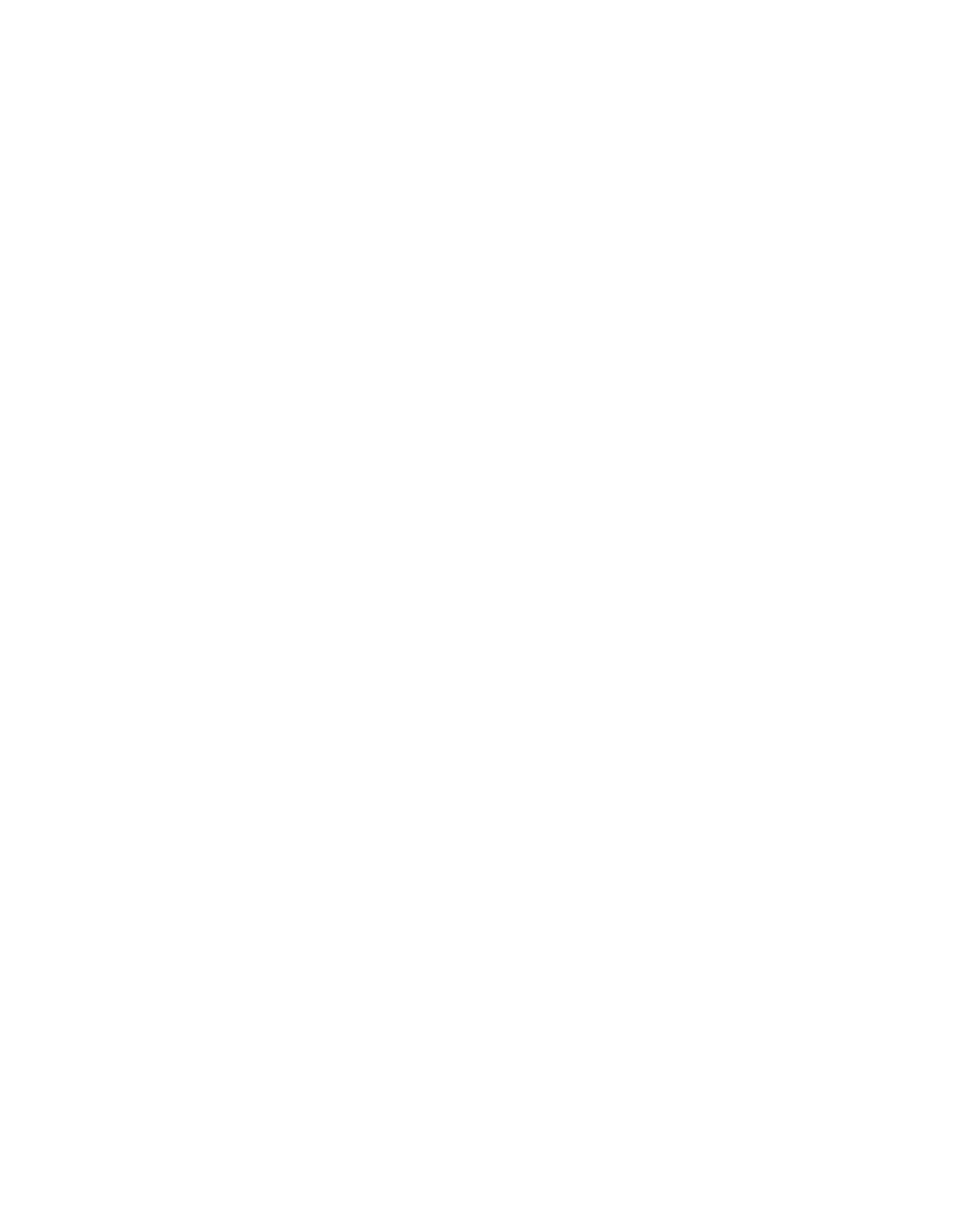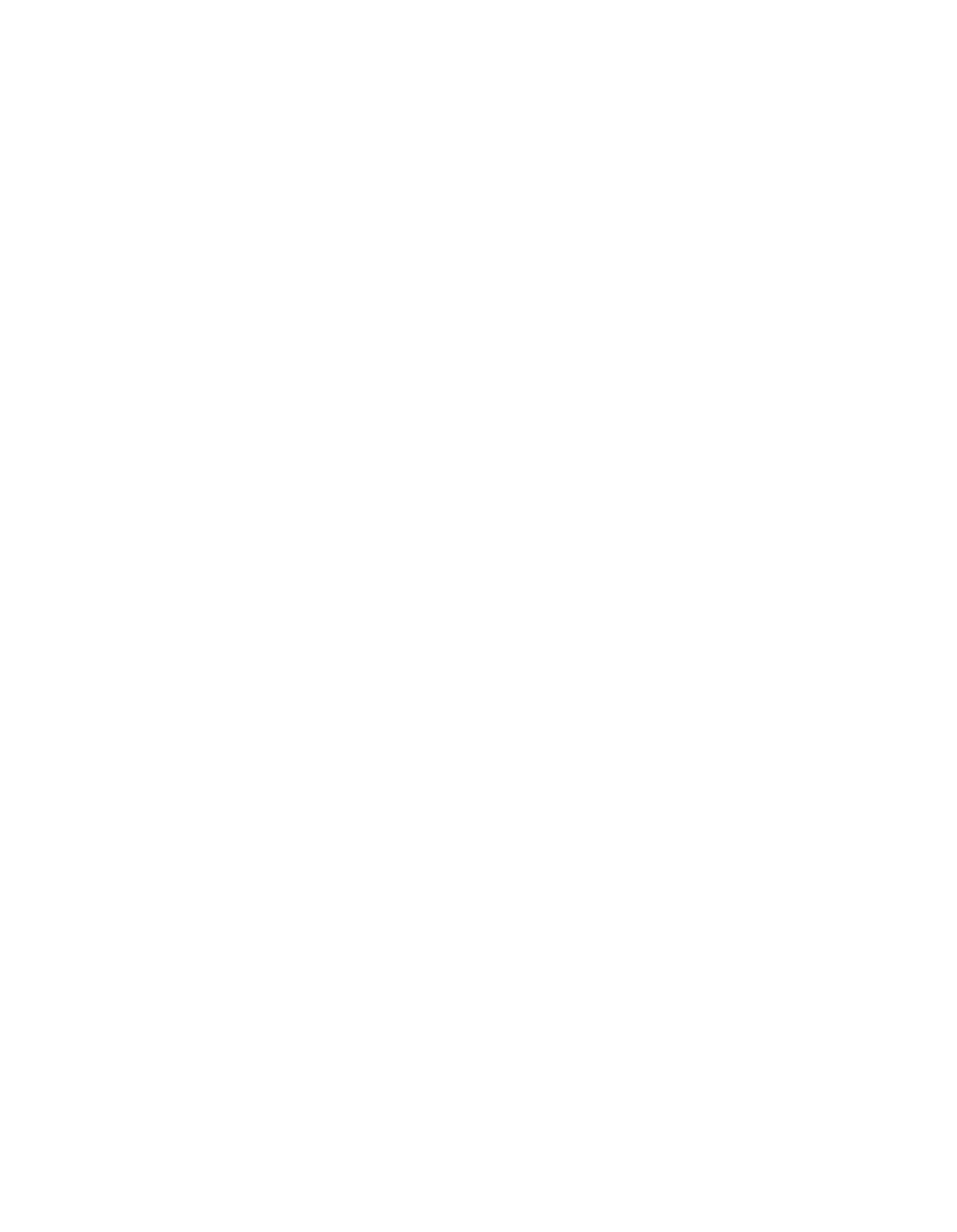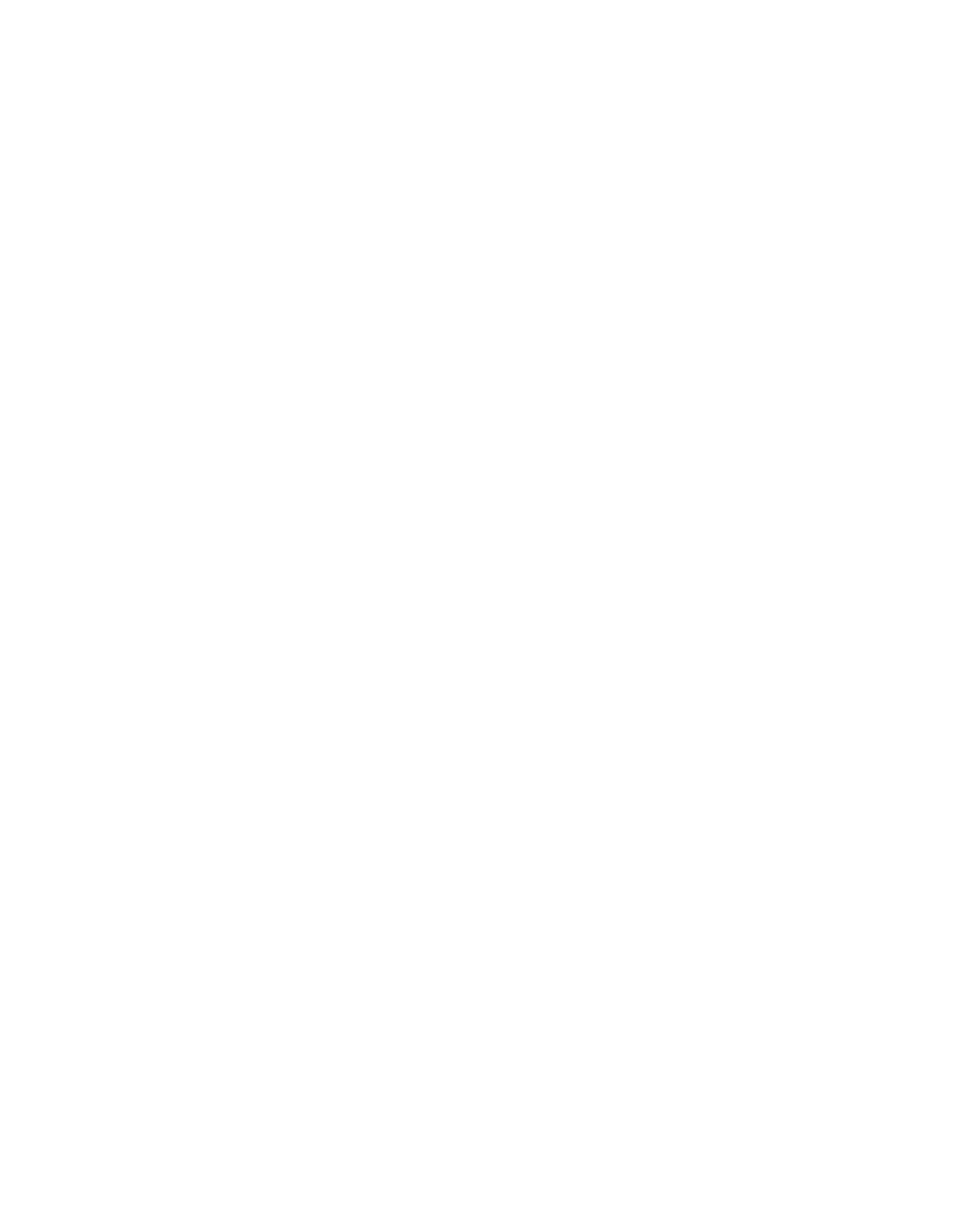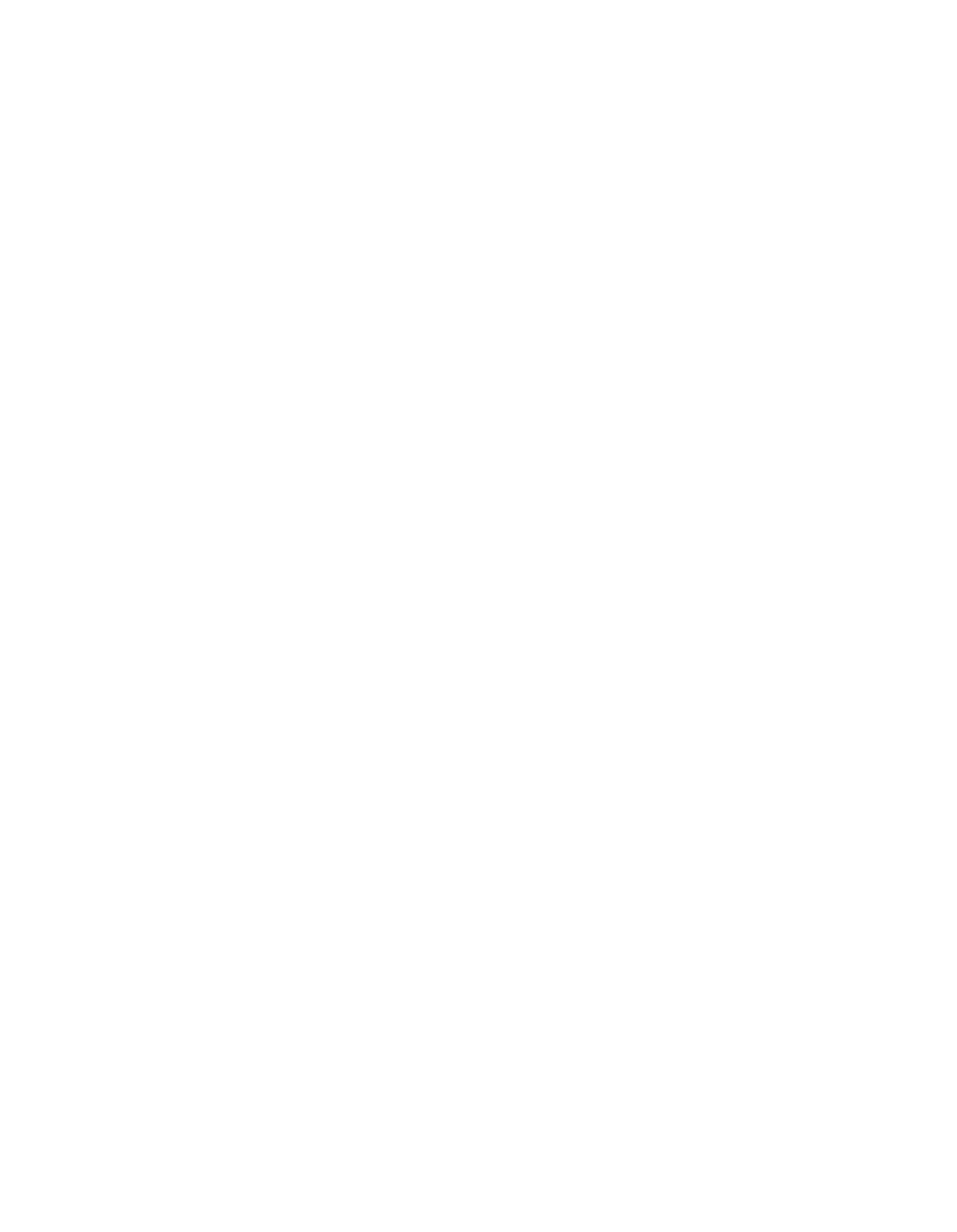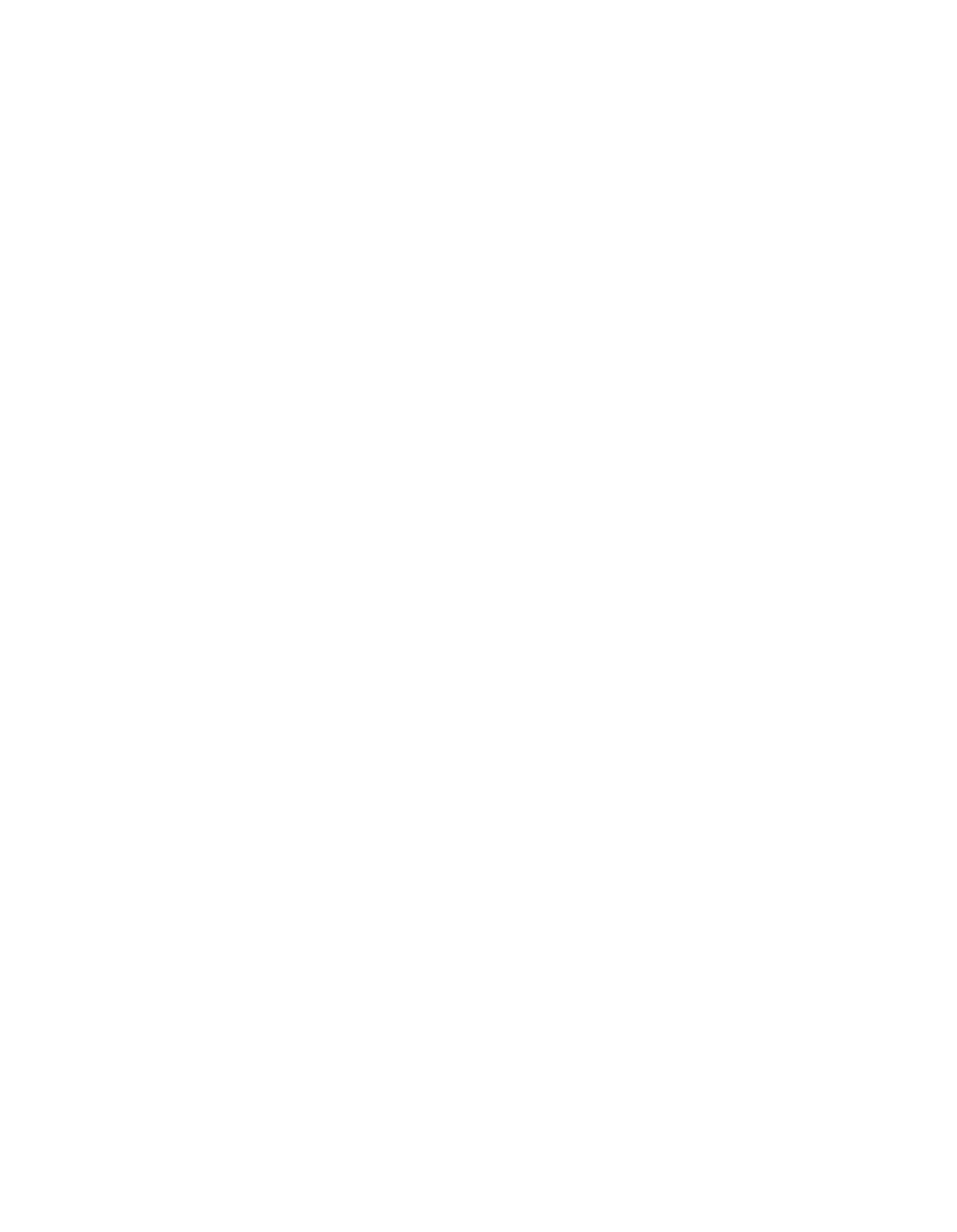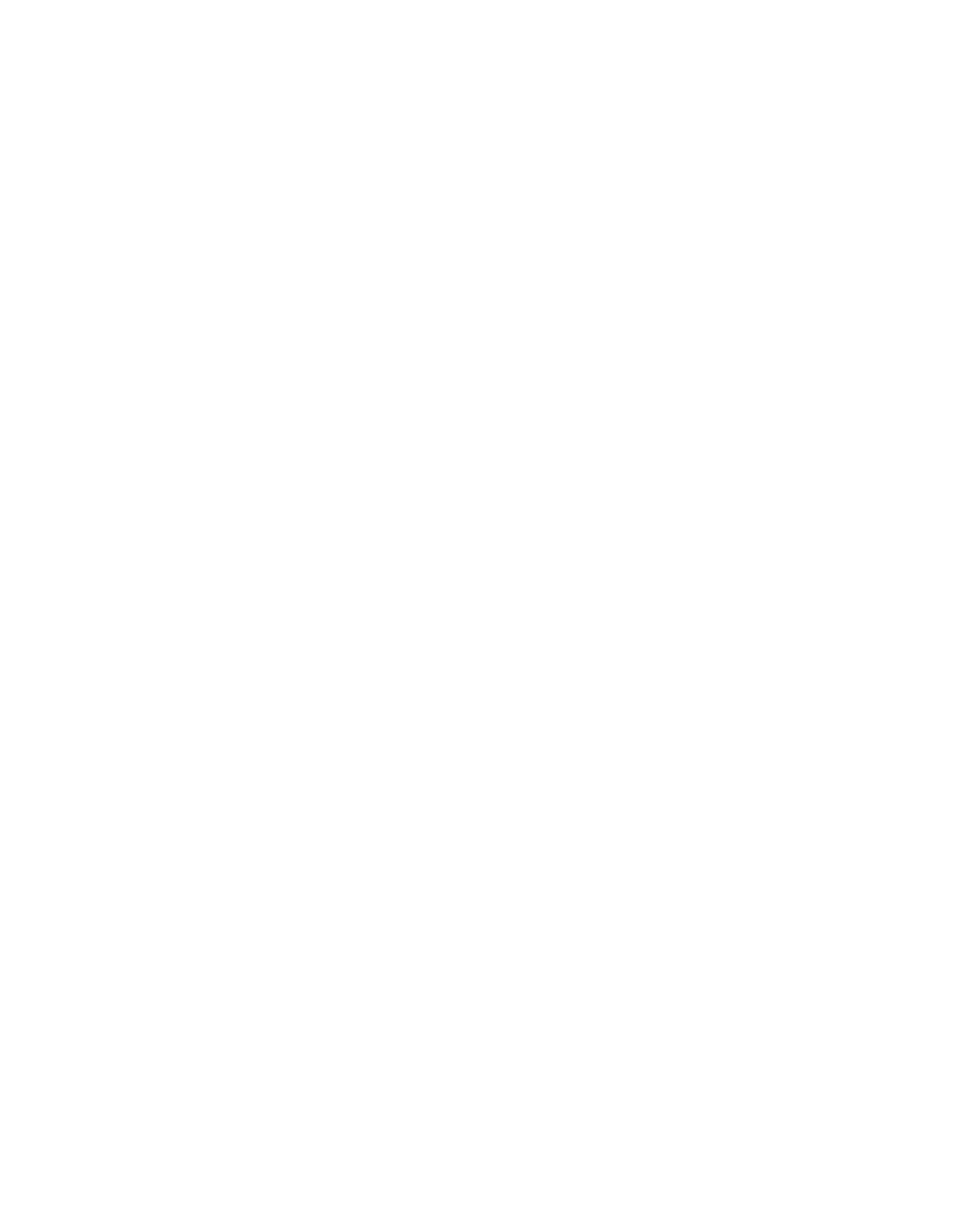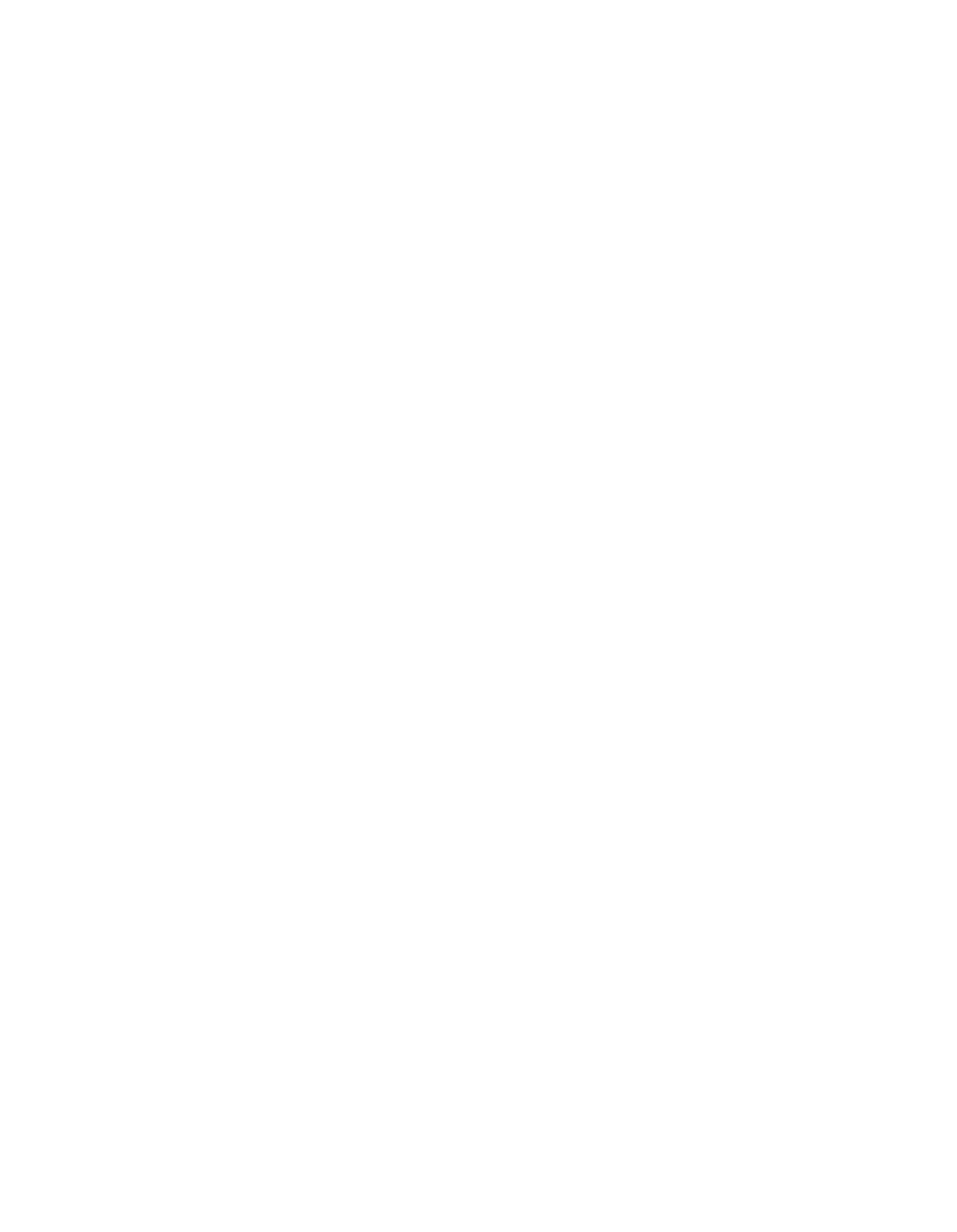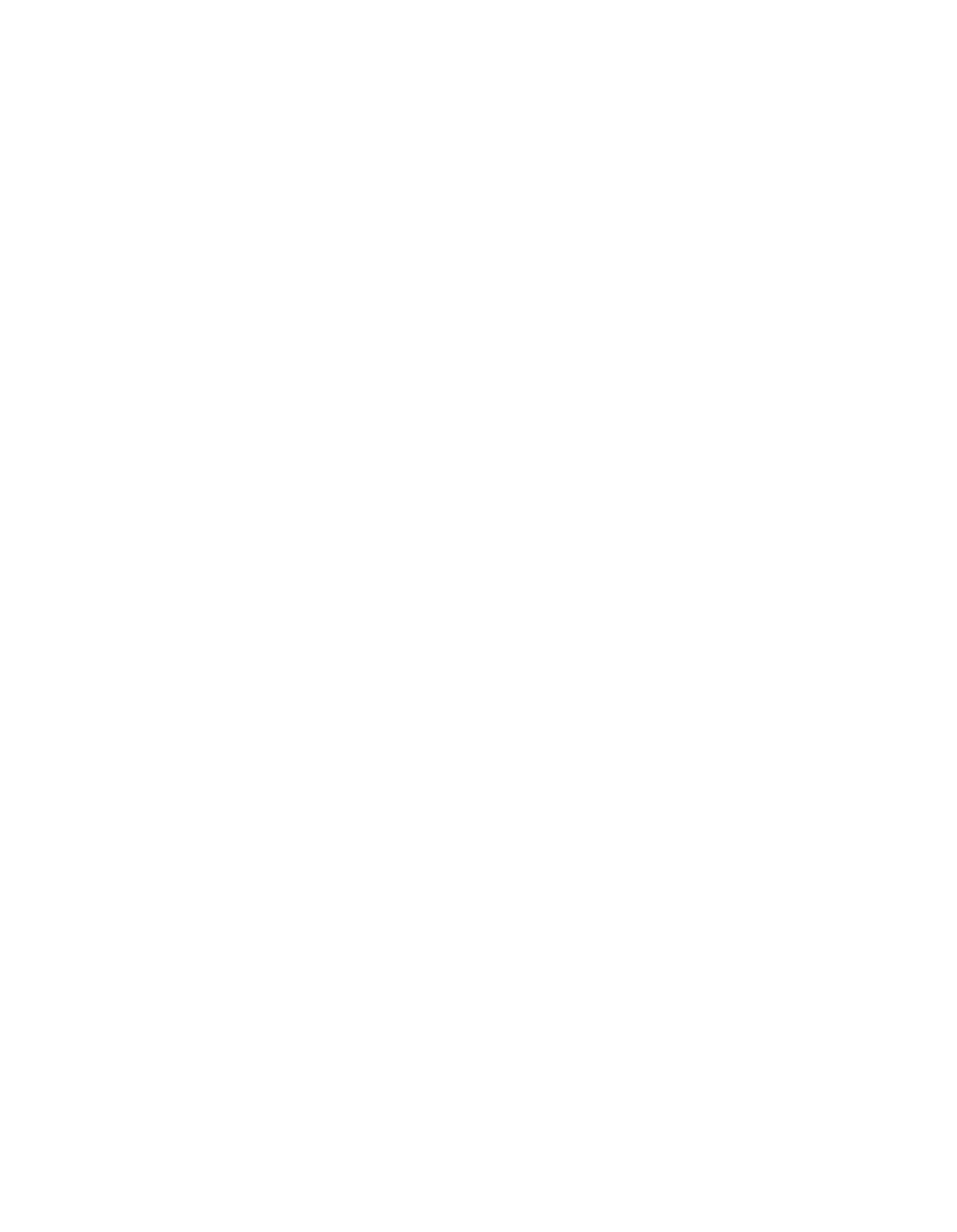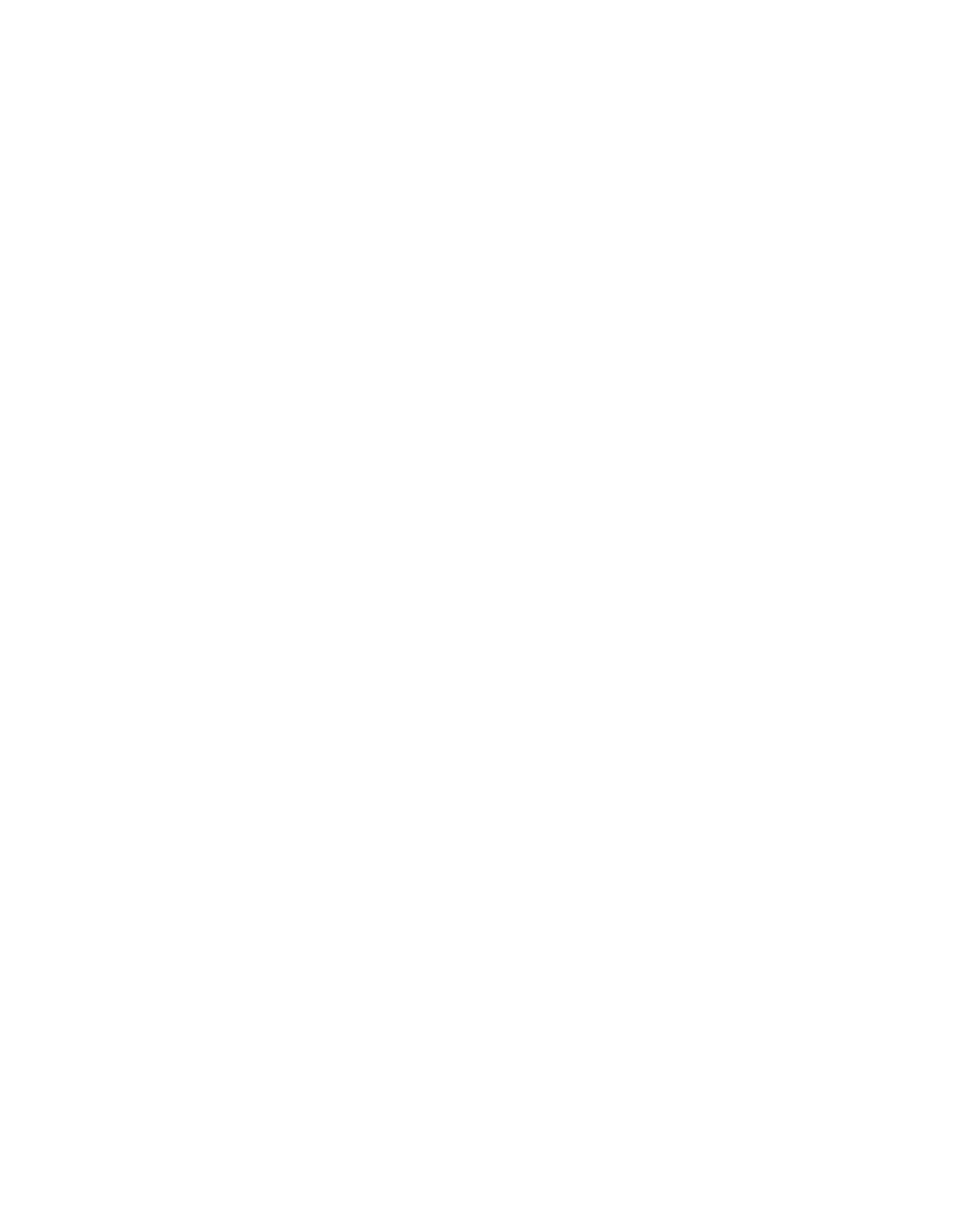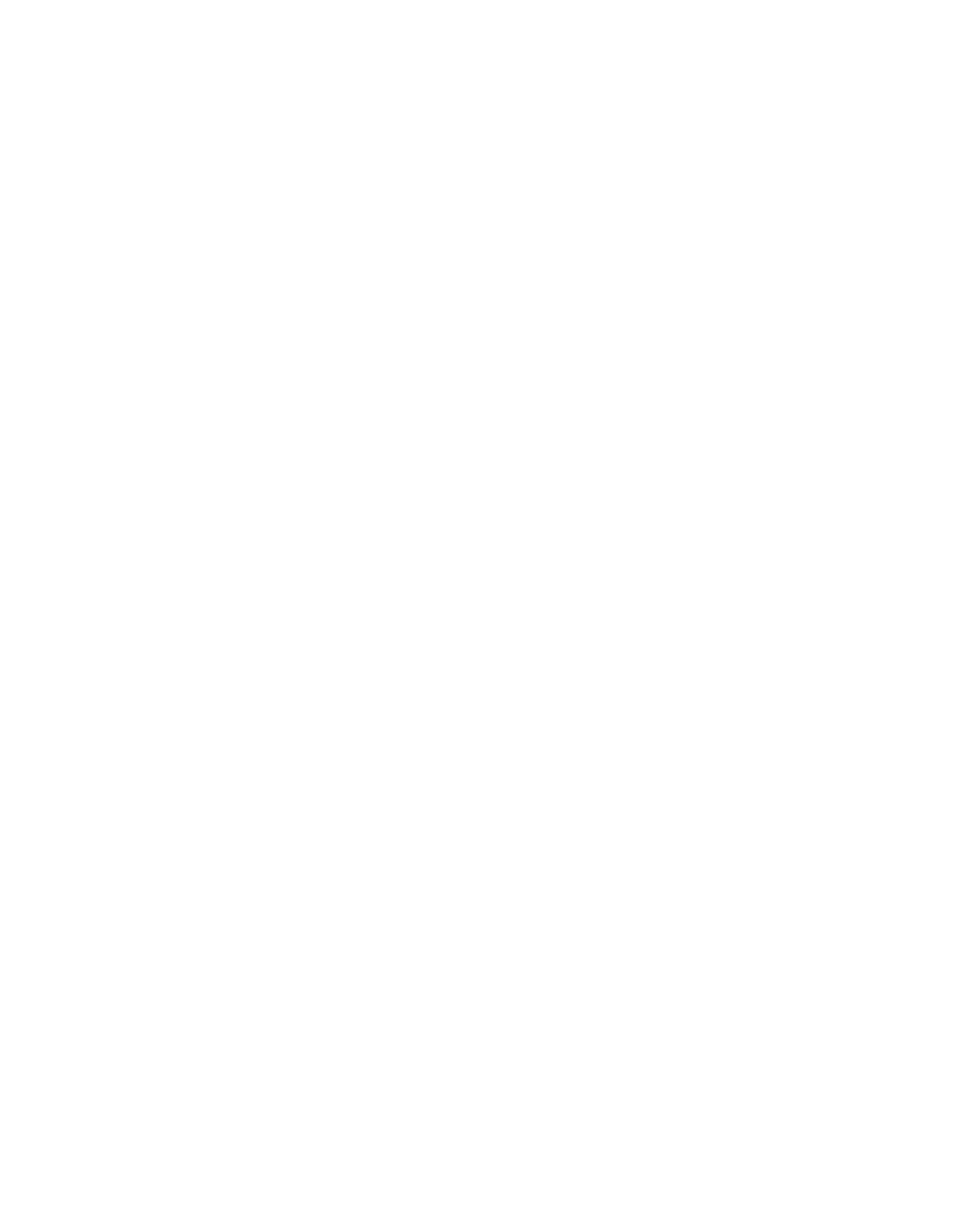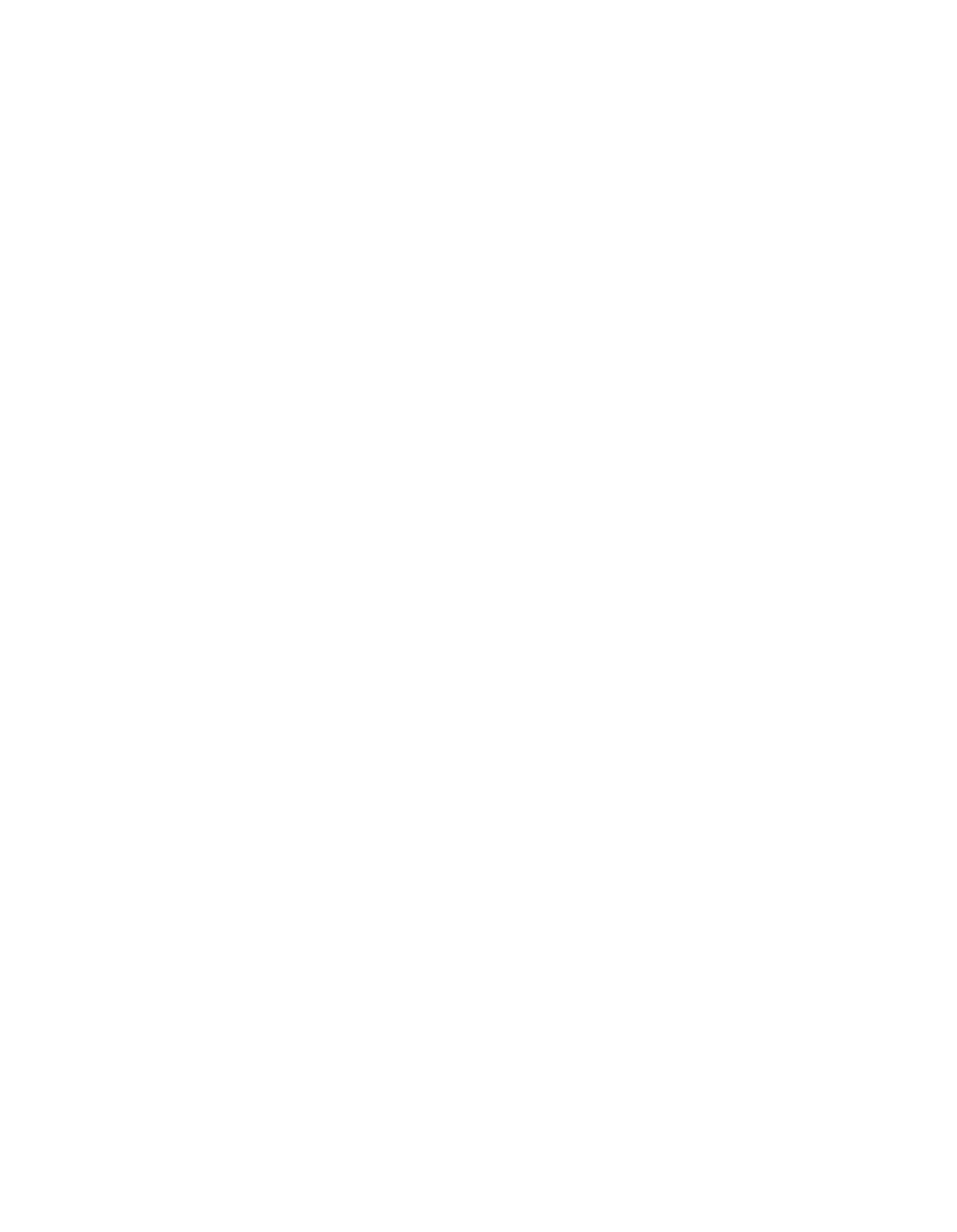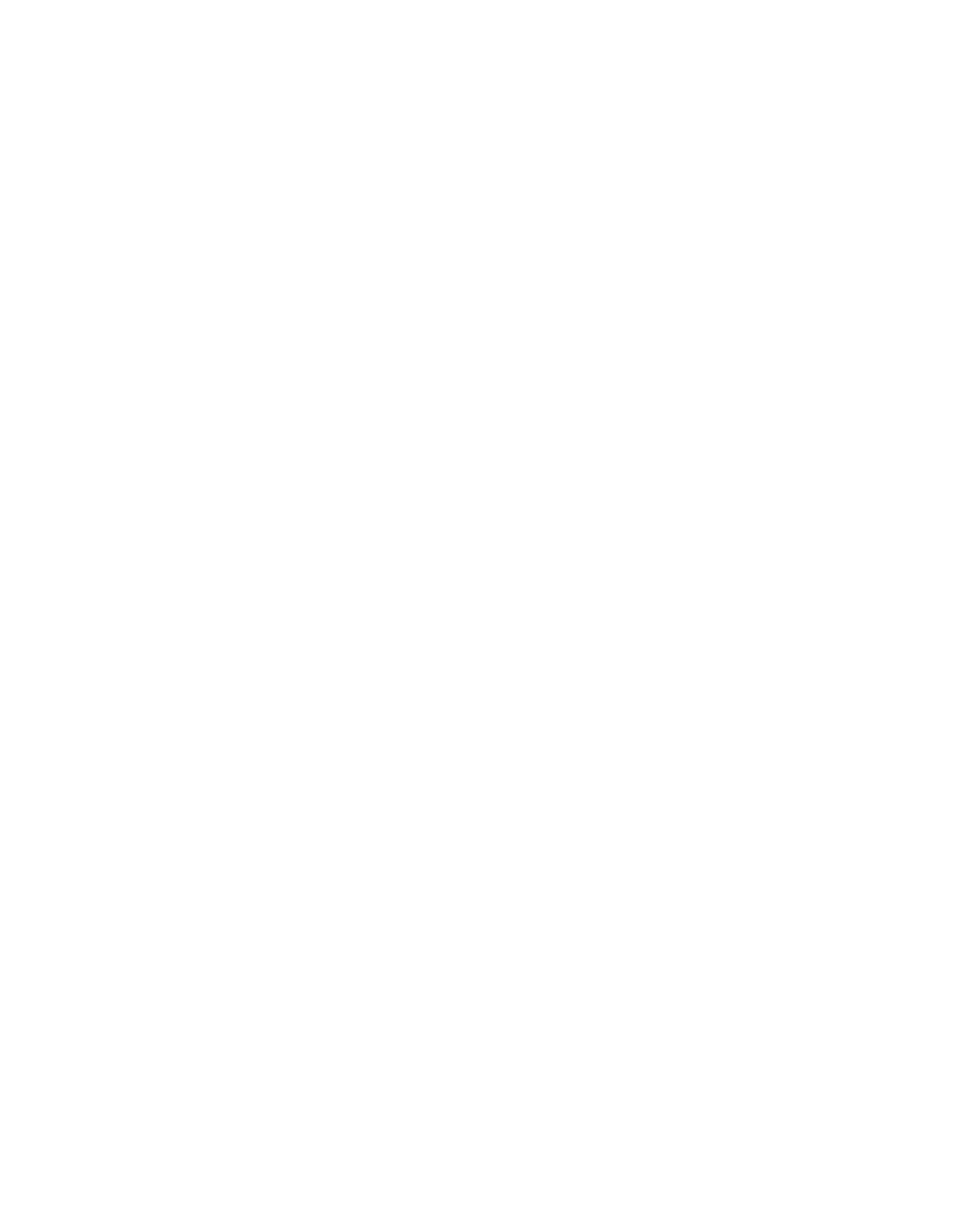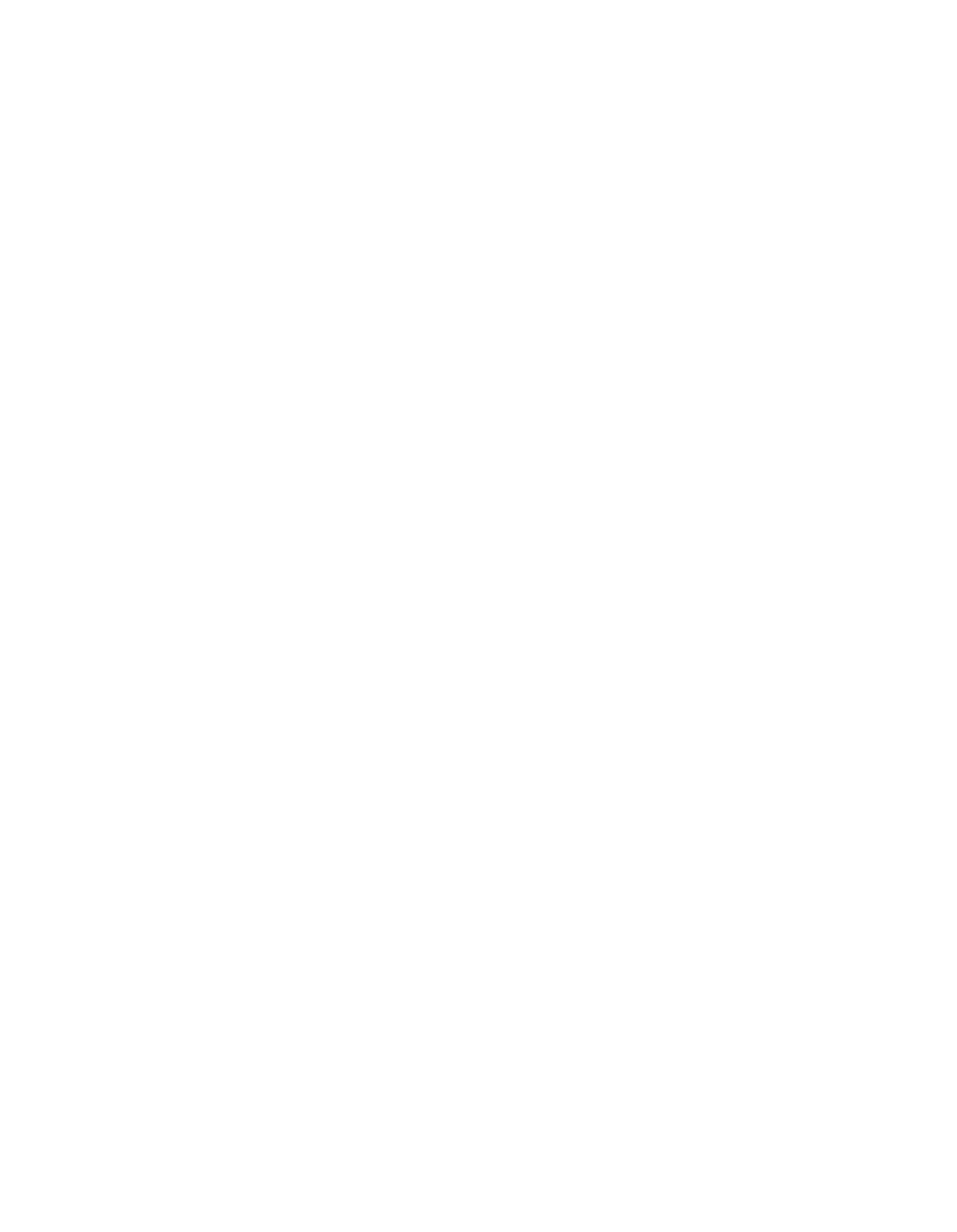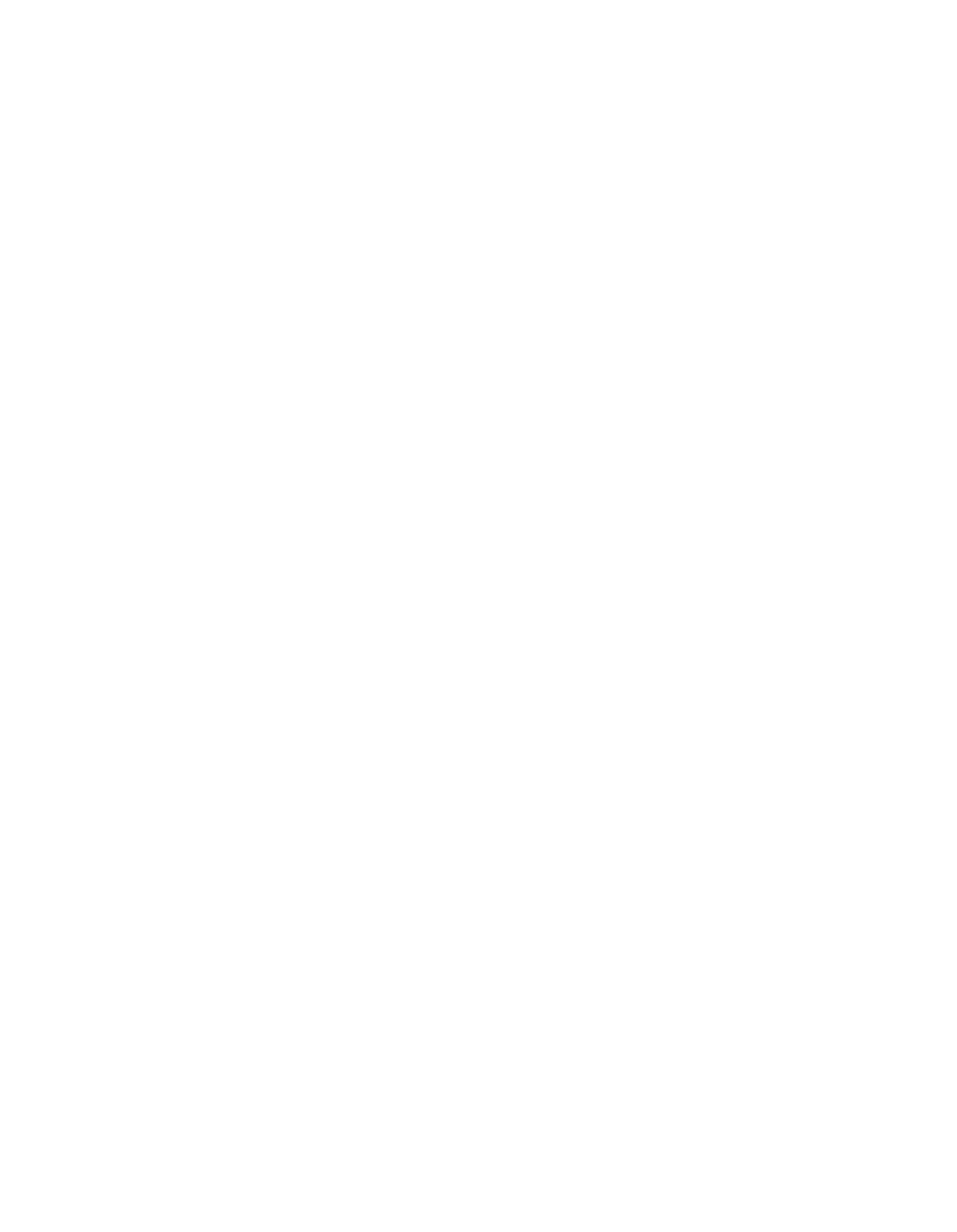ILLINOIS POLLUTION CONTROL BOARD
January
26,
1995
IN THE MATTER OF:
)
)
15
ROP
PLAN
CONTROL
MEASURES
)
FOR VOM EMISSIONS-PART IV:
)
TIGHTENING SURFACE COATING
)
STANDARDS; SURFACE COATING OF
)
AUTOMOTIVE\TRANSPORTATION AND
)
BUSINESS MACHINE PLASTIC PARTS;
)
R94-21
WOOD FURNITURE COATING; REACTOR
)
(Rulemaking)
PROCESSES AND DISTILLATION
)
OPERATION PROCESSES IN SOeMI;
)
AND BAKERY OVENS; AMENDMENTS TO
)
35
ILL.
ADM.
CODE
PARTS
211,
)
218
AND
219
)
Proposed
Rule.
Second
Notice.
OPINION AND ORDER OF THE BOARD
(by G.
P. Girard):
On September 12,
1994,
the Illinois Environmental Protection
Agency
(Agency)
filed this proposal for rulemaking.
Section
182 (b) (1)
of the Clean Air Act
(CAA),
as amended in 1990,
requires all moderate and above ozone nonattainment areas to
achieve a 15
reduction of 1990 emissions of volatile organic
material
(VOM) by 1996.
In Illinois, the Chicago and Metro-East
St. Louis
(Metro—East)
areas are classified as “severe” and
“moderate” nonattainment for ozone, respectively, and as such are
subject to the 15
reduction requirement.
Also pursuant to
Section 182(b) of the
CAA~
Illinois is to submit a 15
Rate of
Progress Plan
(ROP) within three years of the enactment of the
CAA
amendments.
This rulemaking represents Part IV of the rules
proposed in Illinois’
15
ROP plan.’
The Board’s responsibility in this matter arises from the
Environmental Protection Act
(Act)
(415 ILCS 5/1 et seq.
(1992)).
The Board is charged therein to “determine,
define and implement
the environmental control standards applicable in the State of
Illinois”
(415 ILCS 5/5(b)).
More generally, the Board’s
rulemaking charge is based on the system of checks and balances
integral to Illinois environmental governance:
the Board bears
responsibility for the rulemaking and principal adjudicatory
functions; the Agency has primary responsibility for
1
See R94-12, In the Matter of 15
ROP Plan Control
Measures for VOM Emissions
-
Part I, R94-15, In the Matter of 15
ROP
Plan Control Measures for VON Emissions
—
Part II, and R94—
16, In the Matter of 15
ROP Plan Control Measures for VON
Emissions
—
Part III.
2
administration of the Act and the Board’s regulations.
The
latter includes administration of today’s new regulation.
The proposal includes several measures for reduction of
VON in various coating operations.
Specifically,
lower limits
for VON content of coatings applied to the following categories
are proposed:
can, paper, coil, fabric,
vinyl, metal furniture
coatings, baked large appliance coatings and miscellaneous parts
and products.
The proposal also includes amendments requiring
automotive\transportation and business machine plastic parts
coating sources to meet specific pound per gallon VON limitations
for coating operations which exceed the applicability threshold
set forth in the rule or which emit more than 15 pounds per day
of VON.
Finally, the proposal tightens the applicability levels
(from 100 tons per year to 25 tons per year)
for wood furniture
coating operations.
The proposal also includes provisions regulating synthetic
organic chemical manufacturing industry (SOCMI)
distillation and
reactor processes and bakery oven VON emissions.
SOCNI processes
regulated by this proposal will be required to apply control
technology to certain process vents which demonstrates 98
reduction of VON emissions or reduces VOM to 20 parts per million
by volume on a dry basis corrected to 3
oxygen.
This proposal was filed pursuant to Section 28.5 of the Act
and was accepted for hearing.
Pursuant to the provisions of that
section the Board is required to proceed within set time—frames
toward the adoption of this regulation.
The Board has no
discretion to adjust these time-frames under any circumstances.
Today the Board acts to send this proposal to second notice.
PROCEDURAL HISTORY
On September 15,
1994, the Board sent this proposal to first
notice under the
APA
without commenting on the merits of the
proposal.
The proposal was published in the Illinois Register on
October 14, 1994 at 18 Ill. Reg. 15192
(Part 211),
18 Ill. Reg.
15211
(Part 218), and 18 Ill. Reg. 15274
(Part 219).
Hearings
were held on November
4,
1994, December 2,
1994 and December 16,
1994,
in Chicago, Illinois before hearing officer Marie Tipsord.
The comment period closed on January 4,
1995 and the Board
received 16 comments which are discussed in detail below.
On January 5,
1995, the Board received the Agency’s final
comments and a motion to correct transcript.
The Board grants
the motion to correct the transcript.
PROPOSAL
Section 182(b) (1) of the
CAA,
as amended in 1990, requires
all moderate and above ozone nonattainmerit areas to achieve a 15
3
reduction of 1990 emissions of VON by 1996.
This rulemaking is
Phase
4 of Illinois’ 15
ROP plan to achieve that reduction.
The
proposal represents a group of measures which are presented to
reduce VOM emissions in the Metro-East area (moderate
nonattainment)
and the Chicago area (severe nonattaimuent).
As discussed above, the proposal includes four processes to
be controlled.
Those four types are:
1.
Coating of Automotive/Transportation and Business
Machine Plastic Parts
2.
Wood Furniture Coating
3.
Synthetic Organic Chemical Manufacturing Industry
(SOCMI) Distillation and Reactor Processes
4.
Bakery Ovens
(Prop. at
5_8)2
In addition, the Agency has proposed minor Reasonably Available
Control Technology
(RACT) revisions in this proceeding.
(Prop.
at 8.)
Coatincr Operations
The proposal would tighten the existing VON content
limitations for over 300 potentially affected sources, the
majority of which are in the Chicago area.
(Prop. at 5-6.)
The
categories of coatings which are affected by the proposal include
“can, paper, coil,
fabric, vinyl, metal furniture, baked large
appliances and miscellaneous metal parts and products”.
(Prop.
at 6.)
The Agency expects the proposed control measures to
reduce the VON emissions in the Chicago area by 10.16 tons per
day
(TPD)
and 0.39 TPD in the Metro-East area.
The proposal also adds a new method for compliance known as
cross—line averaging.
(Prop. at 6.)
Cross—line averaging will
allow a source to demonstrate, using mathematical equations, that
the aggregate of all emissions from all coating lines is less
than the daily allowable VON emissions from the same group of
lines.
(Prop.
at 10.)
With regard to the technical feasibility and economic
reasonableness of the proposal, the Agency contracted for the
services of Science Application International Corporation
(SAIC),
an engineering consulting firm,
to assess the technical
feasibility and economic reasonableness of the proposed
2
The statement of reasons filed by the Agency will be
cited as “Prop. at
_“;
public comments will be cited as “P.C.
at
_“;
the transcript will be cited as “Tr. at
_“;
prefiled
testimony will be cited as
“Exh.
at
_“;
and attachments to the
Agency’s proposal will be cited as “Attach.
—
at
“.
4
amendments to the VON content limitations for coatings.
(Prop.
at 17.)
SAIC found that the existing coating standards were
being met by sources through the use of coatings which had a VON
content that was only 77 percent of the current allowable VON
limit.
(Id.)
The Agency also notes that the technical
feasibility of the proposed amended VON content limitations for
coatings is also being demonstrated by sources subject to the VOM
content limitations in California’s South Coast Air Quality
Management District (“South Coast”).
(~g:
South Coast Air
Quality Management District, Rules and Requlations, Tit. IX,
Sl107
(1992); Attach.
17(b) (10).)
The general cost effectiveness of alternative control
options under this proposal vary depending on the size of the
source.
(Prop. at 17—18.)
For control by means of waterborne
coatings, SAIC estimates that costs range from $310 to $680 per
ton of VOM reduced and for high solids coatings, SAIC estimates
that costs range from $650 to $1,560 per ton of VON reduced.
(Prop. at 18.)
Finally, for add—on controls, SAIC estimates that
costs range from $3,450 to $12,570 per ton of VON reduced.
(Id.)
Coating of Automotive/Transportation and Business Machine Plastic
Parts
The proposal amends the coating requirements applicable to
seven potentially affected sources, all in the Chicago area, with
coating operations for interior and exterior plastic parts for
automotive or other transportation equipment.
Such equipment
includes trucks (light-, medium-, or heavy—duty); construction
equipment; vans; buses; tractors; lawninowers and other mobile
equipment intended for primary use on land; and housing and
exterior plastic parts for business and commercial machines,
including, but not limited to, computers, monitors, printers,
facsimile machines, microfiche readers, copy machines, cellular
and standard phones, typewriters, pencil sharpeners, medical
equipment,
and entertainment equipment.
(Prop. at 6.)
This
proposal excludes coating operations for plastic parts coated on
the main
(body) paint line in automobile and light duty truck
assembly plants; coating operations for plastic parts coated
during refinishing of automobile,
trucks, tractors,
lawnmowers
and other mobile equipment; watercraft and aircraft; and internal
electrical components of business machines.
(Prop. at 6.)
These control measures are expected to reduce 1996 VON
emissions by 0.28 TPD in Chicago, according to the Agency.
(Prop. at 11)
The cost-effectiveness of lower VON content
coatings for Automotive/Transportation plastic parts are $606—668
per ton of VON reduced and the cost—effectiveness of lower VON
content coatings for Business Machine plastic parts are $470-480
per ton of VOM reduced.
(Prop. at 18.)
Add-on thermal
incineration systems are an option that can be used to control
VON emissions instead of lower VOM content surface coatings and
5
the costs vary depending on the plant size and volume of coating
required.
(Id.)
Wood Furniture Coating
This proposal includes amendments which will potentially
affect 19 facilities which have wood coating operations, all in
the Chicago area.
(Prop. at 7.)
Specifically, the Agency is
proposing to modify the applicability section to lower the
threshold from 100 tons per year of maximum theoretical emissions
to 25 tons per year potential to emit.
(Prop. at 7.)
In effect,
then, the proposal is tightening the applicability of the wood
coating provisions; however, the Agency does not believe that the
proposed amendments will reduce VOM emissions.
(Prop. at 12.)
Rather, the Agency believes this provision is important to insure
that no increase in VON emissions occurs.
(Prop. at 12.)
The technology for controlling VOM emissions from wood
furniture coating operations through add—on controls is
available, and includes thermal or catalytic incinerators and
adsorption devices.
(Prop. at 19.)
The cost estimates below
represent sources that emit from 50 TPY to 500 TPY of VON.
(Id.)
The capital costs for control devices range from $446,400 to
$8,115,600 while the operating costs for catalytic incinerators
range from $170,700 to $3,439,500 annually.
(Id.)
These costs
are based on a scheme where a single control device controls all
VON emissions from the source.
(Id.)
An enclosure over the
entire finishing line may be required for most wood furniture
coating sources to use a single control device with a capital
cost of range from $10,000 to $100,000, depending on the size of
the facility.
(Prop. at 19—20.)
SOCNI
The Agency has identified
2 sources which are potentially
affected by these proposed amendments.
One facility is in the
Chicago area and the second is in the Metro—East area.
specifically, the proposal would apply to facilities that have
continuous chemical manufacturing process units that produce as a
primary product chemicals set forth in Appendix A of Parts 218
and 219.
(Prop. at 7.)
Excluded from the applicability of this proposal are:
(1)
reactor processes or distillation operations that are designed
and operated in batch mode;
(2) reactor processes or distillation
operations that are part of a polymer manufacturing operation;
(3) reactor processes or distillation operations in a process
unit with a total design capacity of less than 1,100 tons per
year for all chemicals produced within that unit;
(4) any vent
stream with a flow rate less than 0.0085 scm/mm
or total VON
concentration of less than 500 ppmv; or
(5) any reactor or
distillation unit included within an Early Reduction Program
6
approved by USEPA.
(Prop. at 12.)
Under the proposal,
applicability for all non-exempt process vents will be determined
by a total resource effectiveness
(“TRE”) index calculation.
A
TRE index value of 1.0 or less subjects that process vent to the
control requirements in this rulemaking.
(Id.)
The control requirements of this proposal recommend a
presumptive norm for
RACT
of 98 percent reduction of VON
emissions or 20 ppmv, on a dry basis, corrected to
3 percent
oxygen, emission limit for affected vent stream(s).
(Prop. at
12—13.)
No vent stream with an existing combustion device is
required
to meet the 98 percent reduction requirement or 20 ppmv
emission limit until the combustion device is replaced.
(Prop.
at 13.)
This proposal is based on USEPA’s control technology
guideline (CTG) for controlling VON process vent emissions from
SOCMI reactor processes and distillation operation, which was
formally announced on November 15,
1993.
(~g58 FR 60197,
November 15,
1993;
Prop.
at 13.)
According to the Agency, this
measure is not expected to reduce VON emissions in either the
Chicago or the Metro—East nonattainment area; rather, this
measure is proposed in accordance with the State’s obligation to
adopt regulations implementing
RACT,
as promulgated by USEPA
under Section 182(b) (2) (A) of the CAA.
(Prop. at 13.)
Combustion is the primary control method used for VON
emissions reduction for these processes.
Control options
include, but are not limited to, boilers,
flares, afterburners,
or recovery.
USEPA estimates indicate that the cost
effectiveness of controlling VON emissions from SOCMI
distillation and reactor processes ranges from $241 to $21,000
per ton of VON reduced.
(Prop. at 20.)
The highest cost
effectiveness is for low—flow and low—heat value sources
processing halogenated hydrocarbons.
An analysis prepared by the
State and Territorial Air Pollution Program Administrators and
Association of Local Air Pollution Control Officials
(STAPPA/ALA.PCO)
indicates that the corresponding maximum cost of
control, for CTG exempt sources with a TRE index greater than
1.0,
is approximately $2,300 per ton
(Id.)
Bakery Ovens
The proposal regulates bakery ovens for the first time.
Bakery ovens are defined as ovens which bake yeast—leavened bread
products.
The source must have a potential to emit 25 tons per
year before it is subject to the requirements.
However, the
proposal excludes ovens which are used to bake for on—site
consumption or on—site retail sale.
(Prop. at 13.)
The proposal requires emission controls that achieve an
overall efficiency of 81
reduction in VON from bakery ovens.
7
(Prop. at 13.)
This level includes VON emissions from all
emission units at the source.
(Id.)
Sources with VON emissions
limits below the applicability threshold of 25 tons per year are
required by this proposal to maintain records to establish their
annual emissions level and to certify that they are exempt from
the control requirements.
(Prop.
at 13-14.)
The proposal states:
Afterburners, such as catalytic oxidizers or regenerative
oxidizers, are the most effective devices for controlling
VOM emissions from bakery ovens.
Catalytic oxidizers have
been used successfully at numerous bakeries in other states.
The costs vary depending on the age and size of the oven,
and the
number of
exhaust streams that must be routed to the
control device.
Capital costs range from $84,000 to
$205,000 for catalytic oxidizers and from $197,000 to
$295,000 for regenerative oxidizers.
Annual operating costs
range from $36,000 to $72,000 for catalytic oxidizers and
from $72,000 to $115,000 for regenerative oxidizers.
(~:
Item 16(e)
of the Table of Contents.)
(Prop. at 20—21.)
Minor RACT Amendments to Parts 218 and 219
The proposal amends Sections 219.926, 219.946, 219.966 and
219.986 dealing with permitting issues that have the potential to
affect many facilities.
(Prop. at 8.)
specifically, the
proposal adds the word “equivalent” to these sections before any
reference to an alternative control plan.
The proposal also
amends Section 218.980 and 219.980 to add polyethylene foam
packaging as a category of packaging not subject to the control
requirements in Sections 218.986 and 219.986.
The proposal also
corrects a list of criteria by which a source determines if it is
able to fill aerosol cans by the “through—the—valve” method,
making it clear that satisfaction of any single criterion would
not require a source to fill aerosol cans through this method,
and the source may use another filling method.
(Id.)
The
amendment to Section 218.966(c) adds the inadvertently omitted
compliance date of March 15,
1995, to that subsection, and
affects non—SOCMI sources
(i.e. miscellaneous organic chemical
manufacturing processes) with leaks in the Chicago ozone
nonattainment.
(Id.)
The amendments to Section 218.106(e) affect coating
operations on electromotive diesels in Cook County, Illinois
setting forth the date for compliance with the VON content limits
for coatings applied in this category, consistent with USEPA’s
settlement in the litigation concerning the Federal
Implementation Plan
(~
55 FR 26814, June 29,
1990.)
The Agency has not identified any potential sources in the
Metro—East area and so anticipates no reduction in VON emissions
8
for that area.
In the Chicago area, the Agency expects the
control of VON emissions will result in a 0.98 TPD reduction in
the Chicago area.
TESTIMONY
AND
COMMENTS
As stated previously, the Board received 16 public comments
on this rulemaking.
Comments were received from the following:
1.
Linda Brand, Manager of Regulatory Flexibility Unit,
Illinois Department of Commerce and Community Affair
2.
Dietzgen Corporation submitted by Beth A.
Caylor,
Environmental Affairs Manager
3.
Connie Bradway, Administrative Code Division, Secretary
of State
4.
Interstate Brands Corporation submitted by Robert E.
Stine
5.
V.
3. Dolan
& Co. by Stepen 3. Dolan
6.
City of Chicago by Henry L. Henderson,
Commissioner,
Department of Environment
7.
USEPA by Stephen Rothblatt,
Chief, Regulation
Development Branch
8.
American Bakers Association submitted by Anne G.
Giesecke,
Ph.D.
9.
Interstate Brands Corporation submitted by Robert E.
Stine, Attorney
10.
Kraft General Foods submitted by Peggy L. Martin,
Director, State Government Affairs and Deborah A.
Becker, Vice President, Environmental Policy
11.
Harris Marcus Group by Jeffrey C. Fort
12.
Stepan Company submitted by Patricia F. Sharkey
13.
Illinois Environmental Regulatory Group submitted by
Whitney Wagner Rosen
14.
Outboard Marine Corporation submitted by Naribeth
Flowers
15.
S & C Electric Company submitted by Kathleen Hodge
9
16.
Agency comments submitted by Bonnie Sawyer, Shelia
Kolbe and Kyle Davis, Assistant Counsels, Legal
Division
In addition, several individuals testified at the Board’s
December 2,
1994, hearing including:
Deborah Becker for Kraft General Foods;
Dr. Anne Giesecke for American Bakers Association;
Mark Biel for Chemical Industry Council;
Gordon Nelson for Harris Marcus Group;
Greg Miller for Solar Corporation;
Elizabeth Steinhour for Illinois Environmental Regulatory
Group;
Robert Sullivan for S
& C Electric.
The discussion that follows will be organized by subject
matter and where possible by the public comment number.
We will
begin by discussing the testimony received at the December 2,
1994 hearing which was not followed by a public comment.
We will
then discuss the comments received.
PAINT
AND
COATING INDUSTRY
MANUFACTURERS
Chemical Industry Council
Mr. Mark Biel testified on behalf of the Chemical Industry
Council
(Council) at the Board’s December 2,
1994, hearing.
Mr.
Biel testified that implementation of a portion of these rules
would have a “dramatically negative effect on the paint and
coating industry manufacturers and, more importantly, their
customers and be at odds with state and federal requirements
relating to establishing VON emission control technologies for
existing surface coating processes.”
(Exh.
20 at 1—2.)
Specifically Mr. Biel made the following points:
1.
The Agency’s reliance upon southern California’s
coating industry and coating regulations as a technical
basis for emission limits set forth in this proposal is
inappropriate because the feasibility of applying lower
VON coatings that comply in southern California is
heavily dependent upon the existence of drier and
warmer weather conditions.
Also the emission limits
set forth in the southern California regulations go
beyond RACT and, in fact, rely upon future advanced
technology which is not currently available.
10
2.
Certain emission limits set forth in the Agency’s
proposal are technology forcing,
and, therefore, go
beyond the
RACT
threshold allowed by the
CAA
to meet
the 15
ROP plan control measures for VON emissions in
non—extreme areas of the country.
3.
The 2.2 lbs./gal. emission limit set forth in Subpart
F, Section 218.204(b) (1) of the proposal cannot be met
by certain manufacturers of sheet basecoat and
overvarnish for can coating using current technology.
4.
The 1.7 lbs./gal. emission limit set forth in Subpart
F, Section 218.204(d)
of the proposal goes well beyond
RACT
and may be economically and technologically
infeasible with current add—on control technologies.
5.
The 2.3 lbs./gal. emission limit set forth in Subpart
F, Section 218.204(g) (2)
of the proposal for baked
coatings applied to metal furniture will cause
substantial reductions in the quality and performance
of these coatings which will make them unusable for
many applications in this category.
6.
The 3.0 lbs./gal. emission limit set forth in Subpart
F, Section 218
•
204
(j)
(2) (B)
of the proposal for baked
extreme performance coatings applied to miscellaneous
metal parts and products will extremely limit
applicability of these coatings due to reductions in
viscosity, non—uniform film thickness and curing
problems.
Reductions in spread rates of these coatings
at the proposed VON levels would also likely decrease
productivity tremendously.
7.
The 2.8 lbs./gal. emission limit set forth in Subpart
F, Section 218.204(j) (4) (A) of the proposal for air
dried coatings applied to miscellaneous metal parts and
products cannot be met for the majority of applications
with current technology.
Reductions in spread rates of
these coatings at the proposed VON levels would also
likely decrease productivity tremendously.
8.
The 2.3 lbs/gal. emission limit set forth in Subpart F,
Section 218.204(j) (4) (B) of the proposal for baked
coatings applied to miscellaneous metal parts and
products cannot be met with current technology.
Reductions in spread rates of these coatings at the
proposed VOM levels would also likely decrease
productivity tremendously.
11
Agency Response to Council
The Agency and the Council have reached agreement on
proposed changes to the rulemaking and are recommending those
changes to the Board.
(P.C. 16 at 4.)
Specifically, changes are
being recommended for Sections 218/219.204(j) (2) and
218/219.204(j) (4), new subsections 218.204(j) (6) and (7), and
219.204
(j)
(5)
and
(j)
(6).
(P. C
•
16 at 4.)
The recommendation
for change would raise the VON emission limit for extreme
performance coatings from 3.0 lb/gal as proposed to 3.3 lb/gal.
All other air dried coatings will also have a limit of 3.3 lb/gal.
and baked coatings will be limited to 2.8 lb/gal rather than 2.3
lb/gal.
(Id.)
The Agency also recommends adding a definition
for “Metallic Coating” with limits for this category at 3.5
lb/gal for air dried and 3.0 lb/gal for baked coatings.
(Id.)
Board Action
The Board accepts the recommendations for amendments as
proposed by the Council and the Agency.
Sections
218/219.204(j) (2)
and 218/219.204(j) (4) new subsections
218.204(j) (6) and
(7) and 219.204(j) (5)
and
(j)(6) will be
amended to read as follows:
Section 218.204
j)
Miscellaneous Metal Parts and
Products Coating
1)
Clear coating
0.52
(4.3)
0.52*
______
Air—dried coating
u.~
(3.5)
~-~)
Extreme performance
coating
A)
Air dried
B)
Baked
4~)
Steel pail and drum
interior coating
&j)
All other coatings
~j
Air Dried
~j.
Baked
0.42
(3.5)
0.42
(3.5)
0.42*
(3.5)
*
0.42
(3.5)
~M!~:.
‘~~
*
t4.~~)
0.52*
(4.3)*
0.36
(3.0)
~
..
(..~
•~
~.
~
0.36
(3.0)
k~,f~*
______
-
~•
~.
.
~
~
~:
~
-~
CE
.~.
~.a::..
~
~
:..~Lc~J~Lflg
a.~,p1led
Via
~J~~.p1.LQr
tc
u~&ycoatinc~,
for
the.
-
f
:::~:.
~irc;
cc•rro~ior~
::~-sistance.
~
m~r.~:
:trLjc~.i_charoe~re
applied
to
the
~t~t~~c_1
~t4~g~
The
cçzt~:—..
r
~ttr~ctc~d
tc
th~.
substrate
due
to
thE
ro
c
he
c
pot
nt ial
if
ere
nc
t~c~.escf
b~ct
cn_~1L.4EL.g~:
hi~J~c-ticn,
~
~~re~e
performance
-rc.tectiveL.deccr~tiveorfunctj Qfl
ci~t~j.ig aprdie~
to
~n~e*•g~i•~-
h~t
~
pc~L~i~c~
~t~E S~ctlor~.
eta.,i~ic
ccatlng” means
a
~
1./4
1b/~I
~Et.
t-artiei~~
a~
~p~_ied..
::cc~E .~.a
:~:-
13
~4)
All other coatinas
~j
Air
Dried
~
Baked
~
~etal1ic.~coati~
~..
_____
~.
aPp~Lied.
0.42
(3.5)
~3.
_____
0.36
(3.0)
iii
~
Q.~AZ
(3.5.~
0.42*
______
_____
O,3G
(3.0~
q~tZZP~iiU~I~c
~
means
~
cc?n~n~c~.c_tban_114,L~LajJ...jp.ar~
SOLAR
CORPORATION
Mr.
Greg
Miller
testified
on
behalf
of
the
Solar
Corporation
at
the
Board’s
December
2,
1994
hearing.
Mr.
Miller
explained
that Solar
~5
a
“job
shop”
making
custom—made,
painted—
and
fabric— covered plastic decorative components for original
equipment
manufacturers
of
home
entertainment
and
automotive
industries.
(Exh.
27
at
1.)
Solar does not specify the types of
coating applied to its product lines,
according to Mr. Miller.
(Id.)
Further, due to the nature of the products manufactured,
there are wide swings
in production and overlapping business
cycles which make record keeping and production planning
difficult.
(Id.)
Mr. Miller testified that Solar,
which
is
located
in
Libertyville,
Illinois, anticipates that all its coatings, with
the exception of two, will comply with the proposed VOM
limitations.
(Exh~
27
at
2.)
Those
two
exceptions
are
an
adhesion primer used to coat automotive plastic parts made from
polyolefifliC, polyvinyl chloride or polyaniide—based plastics and
a metal flake coating~
(Id.)
Solar has been in contact with the Agency to discuss
alternatives and was provided with a copy of the Alternative
control
Techniques
Guidance
Document
which
formed
the basis for
Air
dried
0.42
(3.5)
0.42*
______
B)
Baked
0.42
(3.5.~
14
the proposed emission limits.
(Exh. 27 at 4.)
Mr. Miller
states:
While that document does indicate that there are compliant
adhesion primers for use with sheet molded plastics, those
plastics are physically and chemically different than the
plastics Solar applies adhesion primers to prior to
painting.
Solar uses, among others, high impact styrenes,
polycarbonates, ABS, Noryl and polyamides.
As different
plastics have different physical compositions, so do they
also have different chemical compositions.
Different
reactions,
therefore, will occur between different plastics
and the solvents in different coatings.
Consequently,
it
does not follow that simply because one adhesion primer
formulated for one plastic will react in the same way with
another plastic.
(sic
(Exh. 27 at 4.)
Mr. Miller asks that the Board consider amending the
proposal to include a specific category and limit for adhesion
primers used to coat automotive plastic parts made from
polyolefinic, polyvinyl chloride or polyamide—based plastic
parts.
(Exh.
27 at 5.)
Mr. Miller asserts that since USEPA
“apparently did not consider the use of adhesion primers to coat
polyolefinic, polyvinyl chloride or polyamide-based plastic
parts” the request for amendment to the Board is warranted.
(Id.)
Solar suggests the following language to be added to
Sections 218/219.204:
~j
Plastic Parts Coating:
Automotive/Transportation
kg/l
lb/gal
***
~
Specialty
F)
Adhesion primers used to coat
polyolefinic, polyvinyl
chloride or polyamide plastic
parts
.85*
(7.l)*
G)
Metal
flake
coat
•79*
(6.5)*
(Id.)
Agency Response to Solar
The Agency in its final comments indicated that after the
December 2,
1994, hearing in this proceeding, the Agency
contacted USEPA regarding the issues raised by Solar.
According
to the Agency, USEPA does not believe that the information
provided by Solar at the second hearing supports the need for
15
separate categories for these types of coatings.
(P.C.
16 at
23.)
“USEPA believes that compliant coatings are available.”
(Id.)
The Agency contacted several manufacturers of paints and
coatings all of which stated that there are adhesion primers
available which meet the proposed levels.
(Id.)
Board Action
The Board will not adopt the changes suggested by Solar at
this time.
The Board notes that the Agency does not fully
address several of the concerns raised by Solar,
In fact, the
Agency has reiterated the economic and technical support for the
proposal without addressing the specifics of Solar’s operation.
However, Solar also fails to give sufficient technical and
economic support for a general rulemaking change.
Solar might
wish to examine the possibility of a site-specific rulemaking or
adjusted standard for its facility on this issue.
CAN
COATING OPERATIONS
Agency Response to Comments of United States Can Company
The Agency indicated that,
in response to questions
presented at the November 4,
1994,
hearing, the Agency reexamined
the proposed limits for overvarnish coatings used in three—piece
can coating operations.
(P.C.
16 at 8.)
After reviewing the
limit, the Agency recommends that the proposal be amended to
retain the current limit for overvarnish while lowering the
basecoat limits.
(P.C. 16 at 8—9.)
Board Action
The Board will accept the recommendation and amend the
proposal at Sections 218.204(b) (1) and 219.204(b) (1) to read:
Section 218/219.204 Emission Limitations
b)
Can Coating
kg/l
lb/gal
1)
Sheet basecoat and
overvarnish
0.34
(2.S)
J~L
~heet basecoat
p 34~
(2
•
S
0.25*
(2.2~*
.
..
.
GENERAL
PUBLIC
COMMENTS
16
DCCA
(P.C.
1) and Secretary of State
(P.C.
3)
The first comment was filed by the Illinois Department of
Commerce and Community Affairs which indicated that the rule
would not significantly impact small business.
(P.C.
1.)
A
comment was also received from the Secretary of State
Administrative Code Division which indicated minor changes
necessary for codification purposes.
(P.C.
3.)
Those changes
have been made in the proposed second notice.
Dietzgen Corporation
(P.C.
2)
Dietzgen Corporation’s comment centers around the use of
USEPA test Method 24 for determining the VON content of water-
based paper coating formulas used by Dietzgen.
(P.C.
2
at 1.)
Dietzgen is concerned that the Method 24 analysis is inaccurate
and that use of Method 24 will not give a correct VOM level.
Dietzgen indicates that it will continue to seek alternatives and
welcome suggestions on the approach it has taken.
(Id.)
V.
J. Dolan
& Co..
Inc.
(P.C.
5)
V.
J. Dolan & Co. comments that,
as a coatings manufacturer,
the proposed limits set forth for “Miscellaneous Metal Parts
&
Products Coating’ are not feasible for a large number of coating
users in the Greater Chicago area.”
(P.C.
5.)
The comment
“strongly” urges the Board to reconsider these limits and allow
for limits which are “both realistic and achievable”.
(Id.)
Henry L.
Henderson.
Commissioner, Chicago DeDartment of
Environment (CDOE)
(P.C.
6)
Mr. Henderson states that “CDOE supports the goals of this
rulemaking and urges the State to allow implementation in the
most flexible and cost effective manner as possible.”
(P.
C.
6
at 2.)
Specifically, CDOE supports interfacility trading and
seasonality components which would allow flexibility to meet the
lower VON emissions requirements.
(Id.)
CDOE also supports the
use of cross—line averaging.
(Id.)
Agency Response to Dietzgen Corporation. Dolan and CDOE
The Agency did not specifically respond to each of these
comments.
However, the Agency’s comments in general do address
the issues raised by the above mentioned commentors.
Board Action
No formal Board action is necessary to address these
concerns.
17
BAKERY
OVENS
United States Environmental Protection Agency
(USEPA)
(P.C.
7)
The USEPA provided specific comment on the proposal for
bakery ovens.
The USEPA has issued an “Alternative Control
Technique (ACT)” for bakery oven emissions.
(P.C.
7.)
The TJSEPA
indicates:
The ACT states that control efficiencies on ovens of 95
percent could be achieved at a reasonable cost using
catalytic oxidation.
The USEPA is aware that in some States
bakeries have achieved reductions of 90 percent or more and
have not reported any problems in instituting a level of
control to achieve this.
Based in part on this information,
the USEPA believes that reasonably available control of VON
emission from bakery ovens is from 80 percent to 95 percent.
Illinois’ proposed regulations which require 81 percent
control of VOM emissions from bakery ovens reflects USEPA’s
intent.
(P.C.
7.)
Interstate Brands Corporation
(Interstate)
(P.C.
4 and 9)
Interstate Brands Corporation supported the comments made by
the American Bakers Association
(described below)
and also
initially commented that it urges:
an option be included to allow facilities to have a choice
to either control the total non—exempt emission units to the
percent reduction specified in the regulation or control all
non—exempt emission units to below 25 tons per year in
actual emissions as an alternative to the percent of control
level suggested.
(P.C.
4 at 1.)
Additionally, Interstate Brands Corporation asked that the
applicability section be more clearly worded and noted that the
recordkeeping requirements as proposed were unduly burdensome.
(Id.)
Interstate Brands Corporation states in its final comments
that it urges an exemption of all ovens with less than 15 tons
per year of actual emissions in all baking facilities.
(P.C.
9
at 1.)
Interstate Brands Corporation also states that it no
longer objects to the recordkeeping requirements after further
explanation of the requirements by the Agency.
(Id.)
American Bakers Association
(P.C.
8)
Dr. Ann Giesecke testified at the December
2,
1994, hearing
on behalf of the American Bakers Association (Association).
In
addition, several bakers from the Chicago area were present to
show support for the Association’s position as well as being
18
available to answer questions.
(Tr. at 136—140.)
Dr. Giesecke
testified that bakers would like to do their part to see the
state reach the 15 percent goal; however, he asserted that the
industry must also be able to maintain economic viability.
(Tr.
at 142—143.)
Dr. Giesecke points out that the bakery oven proposal is
regulating the emissions of “ethanol, a non—toxic low reactive,
natural by—product of yeast fermentation that was captured under
the definition of VON because of the oxygen molecule.”
(Tr. at
143.)
Dr. Giesecke further states that “there is minimal public
benefit and risk analysis benefit to eliminating ethanol
emissions from the atmosphere.”
(Id.)
Dr. Giesecke requests
that the Chicago area have a 15 ton per year exemption rather
than 10 ton per year.
(Id.)
The cost differential for the
bakers in dollars per ton is “$8,000 per ton at the 15 ton level,
$14,000 per ton at the 10 ton level”.
(Tr. at 143.)
The Association
in its final comments again requests that
the rule apply only to major sources,
i.e.
“sources with actual
emissions of 25 tons per year of VON in the Chicago area and
sources with actual emissions of 100 tons per year in the St.
Louis area.”
(P.C.
8 at 1.)
The Association suggests the
“definition of potential to emit be qualified to apply after
control equipment has limited emissions.”
(P.C.
8 at 2.)
The Association also agrees with the exemption for low
emitting ovens and suggests that a 60 percent reduction
requirement is reasonable when actual emissions are less than 100
tons per year.
(P.C.
8 at 2.)
Kraft General Foods
(P.C.
10)
Deborah Becker testified on behalf of Kraft General Foods
(Kraft) at the December 2,
1994, hearing.
Ms. Becker testified
concerning the control requirements and the emissions monitoring
requirements.
(Tr. at 126.)
Specifically, Ms. Becker made four
recommendations in the area of control requirements to help
address cost—effectiveness.
(Tr. at 125—129.)
First,
Ms. Becker
recommends that an exemption be included for small emitting ovens
with actual emissions of less than 15 tons per year.
(Tr. at
127.)
Next,
Ms. Becker recommends implementation of the emission
reduction requirement on a facility wide basis rather than on an
oven—by—oven basis.
(Id.)
Thirdly, Ms. Becker suggests
establishing a facility—wide reduction of VON at a 60 percent
level rather than 81 percent.
(Tr. at 128.)
Finally, Ms. Becker
recommends providing for innovative use of technology which would
encourage innovation in reducing emissions.
(Pr. at 128—129.)
Ms. Becker also testified that as an alternative to the
continuous monitoring requirement, that compliance be verified
through calculation using the USEPA’s formula contained the ACT
document.
(Tr. at 130; Attach. 25.)
19
Kraft’s final comments reiterate the position that
applicability of the VON emission rates should be based on
actual, rather than potential emissions, as well as the position
that the reduction should be 60 percent facility-wide.
Kraft
states that it is “encouraged by the willingness of the state to
address the need for flexibility for Illinois bakeries to meet
the requirements of the regulation.”
(P.C.
10 at 1.)
Kraft also
indicates support for the exemption of ovens which emit less than
15 tons per year.
(P.C. at 2.)
Agency Response to Bakeries
The Agency, in its final comments, has grouped its response
to the bakeries and states that:
The Agency believes that this proposal represents a
reasonable balance between the concerns of this industry and
Illinois’ need to reduce VOM emission in the State’s
nonattainjuents.
(P.C.
16 at 25.)
Specifically, the Agency has agreed to request that the Board
amend the proposal to “extend the exemption to individual ovens
with actual emissions of 15 TPY or less, provided that total
emissions from all exempt ovens never exceed 25 TPY.”
(P.C.
16
at 28.)
In addition the Agency recommends “allowing for an
extended period of time for bakeries with emissions in the range
of 25 to 100 TPY to comply with the proposed control
requirements”.
(P.C.
16 at 31.)
Finally, the Agency is
recommending that the testing portion of the proposal be amended
to allow sources additional time to submit requested test results
to the Agency.
(P.C.
16 at 33.)
The Agency, in response to comments regarding actual
emissions versus potential to emit, noted that USEPA determines
that a source is a major source based on the potential to emit
rather than actual emissions.
(P.C.
16 at 26.)
A bakery may
limit its potential to emit through permit conditions to avoid
the applicability of the rule; however, any change in the
definition of potential to emit or major source must come from
USEPA.
(P.C.
16 at 27.)
The Agency also states that the
proposed rule allows flexibility to bakeries for alternative
control as long as the overall emissions reduction goal is
achieved.
(P.C.
16 at 28.)
The Agency also responded to the comments requesting a 60
percent level of reduction versus 81 percent.
The Agency stated
that it was not convinced that a 60 percent facility-wide
reduction approach would be advantageous to many bakeries and the
Agency believes that 81 percent control is achievable and cost
effective level of control.
(P.C.
16 at 30.)
In support of this
position, the Agency points to the USEPA’ s comment (~gP.C. 7).
The Agency has recommended that some flexibility be allowed in
20
this
area and proposed
a
change
in
the
rulemaking
which
was
discussed
abOVe~
~oara
ActiOn
The Board
will
accept the recommendation offered by the
AGency for amendments to the proposal on emission limits for
bakery
OVEnS.
The Board appreciates the extensive comments
provided by
the
bakery
industry;
however,
the
remaining
sucoestioflE
~or
change
offerec
by andustry are not supported by
the
record.
The
USE.PA clearly agrees with the Agency that 81
percent control
IS
viable ano achievable.
Further,
many of the
o~i~ionsquestioned
by the industry such as recordkeeping and
~onitoring
have been further explained by the Agency,
which
should
alleviate
these
concerns.
The
Board
will
amend
the
rules
relating to bakery ovens at
second notice as follows:
section
2i8j~l~
~.7
~.
Control
Requirements
~nc~nc~
or
?~orof ~
~curce
sub~ect
to
the
contro~
~
may
elect
to
~empt
from
the
ccntroi
r
uirement~
in
suh~ection~~~1
oy~n~jbactua~
vo~
emis~cj.cn~~essthan~or
equal.ta
.~1
~
su~.
~xer~ot
bakery.
ov~fl~
.nev~r
~25~
‘J~P~..:
NotWithstanthn~:
the
~
j.fl.
~
.(~
of
thi.~_S~ct3o~until
~ar~15~
~998
anIy,
~
~sourcemay
e~.ectto ccmp1~with
the
crn~tr.ol
rem.~ire~ents
an
than~t~er~orit~o1
~
j
y~
~ub
~
~j~I)
or
~
.)
£
IS
Se
a,...jj~i
JJ
~~on
~nats
at .tb~
the
acrg~gte)
~
____*
.
p
.
.
E
~.
.F~.
..
(.
.
uda~q
n
21b
~05
of
th.a.~
Subpart)
0.
~.
S~T ~e~~uda~
S~ctaor
2J~~6 of
tna.s
~ubpart1
V4
X
Y
Z ~r
~
o~th.~
~thnart
have
~ru.m
thecretica.1 e~1~.io~s
of jese
than 90
7 ~
(1O~)to~n~)cf
VGM per year pr’ ~e
toles.s
than 90
7 Ma
f100 tors)
of VO1~em.assior~per
calendar
year
,in
the absence of
air po1Iutpp~icPntrQJI
—.—
—
I
*
—
~
.~.I
—
~
~
_A_.
._.J;
.
.L_..4. 11.44.
1.24.2
._~JAS~.1
ccntamned
ifl
federall~yenforceable permit C~o~ditaonsor
~~.:::Opei~ate.
.e~j::1~
zr~ccntmfl~dVcM
em:eo
of~tle.~zt60
pero~fl~
frcr~each ba)~erycve~v:tb i~rate~d
heat
thp~.it
at~:eas~z
2
B~tuJ~Ir
or at
least
58~
~
am..
~
~pj~ baiker~ova~ at the .sou~rce~
h~ been
approved
B~t~e
e..n~ a~
USEP.~tr~u~bfederaflv
e~iforceab2e~srm~t cc~ditionsor as~a ~TP
v~~ke~yovent
hat becoine~subiect tot
~~irements
of this Su~~t at any time shall remain
subject
to the reouirements
of this
Subpart
at all
times
thereafter.
_____
23.8/2
i~
Record.keeping
and
Reporting
yvery
owner
or
~j~ajtor
cf
~
hak~ry
ov~n ~ib~h:.~i..s
~
frc~
the
control
r
2u~reme~t~~
b
cacf
the
cr~atera.asDcc11~.ed.~nSection
21S
722
~b)
-‘-
tbi~.Sub~art
h•l
.
..
...
~j
~a~ntai.n
records
~
demonstrate~..~tth~
actual
OM~j ~saon
~
~
empt
bakery
ovens
ai’~
less
than or equal
to.
~iB
TPY
fèr
e~.~be~.:~oven
~~t~~recua
tc
25TPY
fr~n
~11
e~empt
baker’
ovens_combined..
Suj
~
:b~
~a2
t-aine’~for
the
rost
recent ca~ecutive
3
ye~EIr
period
and
shall:’
be
made
available
~mcoiatelv
upon request;
and
Not If~
eAoncv
in
if
.
the
t~á3A~VO~
C~±U5~iOfl~
from
an
:~~t
b•k•~•••
~
-
..______
Vo~
e
~j..pns
fro~na
~.gmbination. of exe~pt
.
baThzer~qovens
:~
.
TP~
s~ithmn 30
da
after
the exceed~.nceoccurs.
SUchAflOtj~:
~.ha:~3~.incJude’a~copy.~f~.a
:l~~ec~rds~of:
dl
~ve~y owner cr
°p rato~~
~F
.
~.
___________
-
are
1e~.s than
~o
7 Mg
(i.~30tons)
of
VON pe~
“ear
Such
records shafl r~e
maint~n~ed
for
the
~o~t
peC.5.~
CClseCrUtlVe
.3
year
~r.iod
and
s~aU
be
made
~~lanl?
to
the
~oenc~-
:mmedaetelv
u~~on
req~est~
2~8
‘2l~.73O
Certificatior~
~
~.
~
~rcr
~Defore
.~Marc~i15.
~
~cr u~oninataastartu~
~
or o~er~ c~~ ~ak~rv
oven ~hich i~
f
~
cont~o~rec
~-?mants
o~
this
~bpar.et
e-c~usecf
the
cr~ter~aspecified
in
secUon
21S.722~b.~
~
Subpeft shall
certify that actu~.IVON emissions
~.1thvidua1
exempt bakery o~r~nn~v~e~ççesd15
o~n5
in
the
~ggrea.ate, never exceed
25 TPY.
Onor
before
~arcb
3~5
1995
or
upon
initta.~.
startup if
p~Pr~
oh
98e~erp~er
na~keYV
oven
w~’1cb
is
controlline emissicn.~~
~~v~.ded
_______
t~iis
Subp
1~a~imjnntheoretical emiss~onsas ~~c~fjed
an
gtior~2l~
722.~c~
are less than 90
7
Mq
1~0~torw~
of
...
WOOD FURNITURE
COATINGS
harras14arCP.5~
OP.P
(P
.
C.ilJ
Mr.
Gordon
Nelson
testified
on
behalf
of
the
Harris
Marcus
Group
(Harris
Marcus)
at
the
Board’s
December
2,
1994,
hearing.
(Exh.
22.)
Mr.
Nelson
indicated
that
he
is Vice President of
Operations
for
Harris
Marcus,
which
has
a
facility
located
at
3757
South
Ashland
lfl
Chicago.
(Exh.
22
at
1.)
Harris
Marcus
is
a
specialty
m~fli~facturer
of
portable
lighting
and
promotional
furniture,
originally
founded
in
197?.
(Exh.
22
at
2.)
Harris
Marcus
emploY5
approximately
soo
people
and
produces
95
of
its
product
in
Chicago.
(Id.)
The
Harris
Marcus
facility
is a
custom,
made—to—Order
operation
with
over
15,000
finished
goods
and
end
itemS
with
small
quantity
typical
production
runs
of
12
to
36.
(Exh:
22
at
23.)
In
these
processes,
use
of
a
variety
of
coatings
is
necessary.
In
1993
the
facility
used
40
different
wood coatings and
140
different
coatings
on
its
metal
products.
(Exh.
22
at
34.)
Mr. Nelson testified that the estimated
emissions
of VOlls
from the facilitY
ifi
1994
Is “fIfty—four
(54)
tons per year,
thirty-two
tons
of
which
are attributable to wood furniture
coating
operations,
fourteen
(14)
tons
to
metal
coating
operatioflS~ and eight
(8)
tons to other substrates.”
(Exh.
22 at
4.)
Mr.
NelSCfl testified that Harris Marcus will be adversely
affected
~y
the
changes
proposed
in this rulemaking
lowering the
threshold of applicability in wood furniture coatings from 100
tons
per
year
to
25
tons
per
year,
and
the
lowering
of
the
VON
content
applicable
to
the
metal
coating
operations
at
the
Harris
Marcus
facility.
(Exh,
22
at
5.)
Mr.
Ne~scn
testiti5o.
that
the
Harris Marcus facility wall
‘1be
unable
to
meet
the
limitations of the
proposed
rules
without
either
severe
restriction
in its production
or monetary
burden.”
(Exh.
at
5.)
Mr.
Ne1SO~’S
testimony
indicates
that the Harris
23
Marcus’ suppliers of wood and metal coatings have only recently
began to offer low VON-content and water-based coatings.
(Id.)
Mr. Nelson states that the some of these coatings “while meeting
the VON limitations of the regulations, do not produce a saleable
product”.
(Exh.
22 at 5-6.)
Mr. Nelson further indicated that
the cost of add-on control equipment is estimated at an
annualized cost of VOM emissions control ranging between $15,000
and $30,000 per ton with a cost for wood coating at $25,000 to
$50,000 per ton.
(Exh.
22 at 6.)
In its final comment, Harris Marcus suggests four options
which it is requesting the Board consider to mitigate the
economic hardship the regulations as proposed will impose.
(P.C.
11 at 3-7.)
First, Harris Marcus suggests that the Board retain
the 100 ton per year VON applicability threshold for wood
furniture coating.
(P.C.
11 at 3.)
Harris Marcus points out
that the Agency testimony indicated that the Agency does not
believe any wood furniture coating facilities in the Chicago area
will be affected by the new applicability level.
(P.C.
11 at
3,
citing to Exh.
1 at
4 and Exh.
7 at 2.)
Further, the Agency is
“not required by USEPA to lower the applicability threshold for
wood furniture coating” and USEPA has not issued a CTG for wood
furniture coating.
(P.C.
11 at 3.)
Harris Marcus argues that the inclusion of the provision
lowering the wood furniture threshold is inappropriate as a part
of the Section 28.5 process.
(P.C.
11 at 4.)
Harris Marcus
maintains that Section 28.5 allows adoption of “a rule that the
federal Clean Air Act Amendments
(CAAA)
requires to be adopted
before December 31,
1996” and this proposal was initiated to
fulfill requirements of Section 182(b) (1)
of the
CAAA
relating to
reasonable further progress.
(Id.)
Harris Marcus points out
that the Agency “conceded that it has not relied upon lowered
applicability threshold to meet its 15
ROP obligations because
it has not expected any emission reductions from the proposed
rule change.”
(Id.)
The second suggestion from Harris Marcus is that the
proposal include an exemption for coatings used in small amounts.
(P.C.
11 at 5.)
Harris Marcus points to the agreement the Agency
made to allow an exemption for touch—up and repair coatings to
support its proposal.
(Id.)
Harris Marcus maintains that there
is no technical basis for limiting the exemption to touch-up and
repair coatings, when the operations at facilities like Harris
Marcus, where there are few if any production lines and coatings
are applied manually, also seem to £it the description.
(Id.)
Thirdly, Harris Marcus suggests that a separate category for
custom wood furniture and lamp manufacturing be established in
the proposed rule based on the language offered at hearing.
(P.C.
11 at 6.)
Finally, Harris Marcus suggests that use of
emission reduction credits be recognized.
(Id.)
24
Agency Response to Harris Marcus
The Agency reiterates,
in its final comment, that the change
for wood coating will lower the applicability threshold; however,
the Agency is not changing the VON content limits.
(P.C.
16 at
15.)
The Agency states that its proposal:
is a necessary part of the State’s 15
ROP Plan.
If the
applicability level for this category is not lowered back to
the pre—FIP 25 TPY level, it is possible for emissions from
this category to increase, creating a “backsliding” effect.
Those increases would negatively impact the 15
ROP Plan and
make it difficult to obtain the necessary reductions.
(P.C.
16 at 16.)
The Agency concedes that there is no CTG for wood coatings
at the present time, although USEPA anticipates publishing a CTG
in 1995.
(P. C.
16 at 17.)
The Agency maintains that, even
without the final CTG, Illinois is required to regulate sources
above 25 tons per year because it is
RACT.
(Id.)
Further, the
Agency states that Harris Marcus
is:
the only source objecting to the proposed changes to the
wood furniture coating regulations.
All other wood
furniture coating facilities identified by the Agency are
either already complying with the limits, which are not
changed by this proposal, or are emitting less than 25 TPY
of VOM.
(P.C.
16 at 20—21.)
The Agency also asserts that Harris Marcus should currently be
complying with current metal coating VON content limitations and
that Harris Marcus exceeds the 100 tons per year maximum
theoretical emissions for wood coatings as well.
(P.C.
16 at
18.)
With regard to the other suggested changes by Harris
Marcus, the Agency maintains that the record lacks sufficient
information to proceed with those changes.
(P.C.
16 at 18—20.)
The Agency suggests that if Harris Marcus is a “unique” facility,
the changes are better addressed through an adjusted standard.
(P.C.
16 at 20.)
Board Action
The Board will lower the applicability threshold for wood
furniture coating operations from 100 tons per year maximum
theoretical emissions
(MTE)
to 25 tons per year potential to emit
(PTE)
as requested by the Agency in this proposal.
The Board
will make this change because the Agency has demonstrated that
the change in applicability level is a necessary part of the
Illinois 15
ROP Plan, and because the record shows that the
change in applicability is economically reasonable for the
majority of the sources in the Illinois wood furniture coating
industry.
The Board will also promulgate the VOM emission limits
25
for the different
types
of wood furniture coatings proposed by
the Agency at 218/219.204(1), which represents no change from
current regulations.
The
CAA
requires
all
moderate
and
worse
ozone
nonattainment
areas to achieve by 1996 a 15
reduction of 1990 VON emissions.
The states are allowed to choose the control measures for the
nonattainment
areas
that
will
reduce
VON
emissions
to
meet
the
15
requirement, except that the
CAA
identifies the specific
measures that are not creditable towards the 15
reduction.
Further, the
CAA
requires states to account for any growth in
emissions after 1990 in developing the 15
ROP plan.
Therefore,
a
state
may
develop
a
15
ROP
plan
which
would
require
actual
VOM
emission reductions for certain categories of sources, and
maintenance of baseline emission levels for other source
categories to meet the 15
VON reduction requirement.
For example,
if there are eight sources in a nonattainmerit
area with a 1990 baseline emission level of 100 tons per year,
a
15
ROP
plan
may
require
six
of
the
sources
to
achieve
reductions
totaling 15 tons per year
(15)
and require the remaining two
sources to maintain baseline emission levels.
Even though the
two sources are not required to reduce VON emissions, they are an
integral component of the 15
ROP plan since they contribute
towards the 15
VON reduction by maintaining the 1990 baseline
emission levels.
The Agency notes that it developed a plan incorporating the
reduction measures for each nonattairnuent area (Chicago and East
St. Louis)
to reduce VON emissions to meet the 15
VON reduction
requirement.
(Prop. at 1-2.)
Further, the Agency states that
tightening the wood furniture coating applicability levels was
identified as a control measure for the 15
ROP plan for both
nonattainment areas.
(Prop. at 2-3.)
In this regard, the Agency
states that while no reductions are expected from this category,
the proposed amendments are important because they ensure that
VON emission increases will not occur in wood furniture coating
operations
in comparison to the 1990 VOM emission level.
(Prop.
at 12.)
In effect, the proposed change of applicability level
for wood furniture coating operations from 100 tons per year MTE
to 25 tons per year PTE is an integral part of the Agency’s 15
ROP plan.
Therefore, if the amendments to the wood furniture coating
requirements are not accepted by the Board as a part of the 15
ROP plan, the Agency may have to identify other measures to
offset any increases in VON emissions from wood coating
operations above the 1990 baseline levels to meet the 15
reduction requirement.
For these reasons the Board finds that
the inclusion of wood furniture coatings in the proposed 15
ROP
plan is necessary and this proposal was appropriately filed under
Section 28.5 of the Act.
26
The Board is also required by the Act to consider the
economic reasonableness and technical feasibility of rules before
promulgation.
The Board will first examine technical feasibility
and then the economic reasonableness of the proposed wood
furniture coating limitation.
As proposed, the amendments to the
wood coating requirements of Parts 218 and 219 do not change the
existing VON limits for wood furniture coatings.
The affected
facilities may comply with the proposed regulations by: using
compliant coatings; adding emission control equipment; or
limiting emissions to less than 25 tons per year.
Regarding VON
limits for coatings, the Agency states that coatings with VON
content levels which meet the limitations are available and have
been used by
numerous
sources for several years.
(Prop. at 19.)
Further, the Agency states that the coating applicators required
for wood furniture coaters in the proposed regulations are
available and used by most sources.
(Id.)
Regarding add—on
controls, the Agency notes that technology for controlling VON
emissions from wood furniture coating operations through add—on
control is available and includes thermal or catalytic
incinerators and adsorption devices.
(Id.)
However, the Agency
admits that it could not find any instances of wood furniture
coating operations using add—on controls in Illinois
nonattainment areas.
(Attach. 16c at 3.)
In this regard, the
Agency states that it is likely that any sources impacted by this
proposal would choose permit conditions to place them below the
applicability level or compliant coatings rather than add-on
controls as the method of compliance.
(Exh.7 at 3.)
Harris Marcus states that compliance with the proposed
regulations would result in severe restrictions on its production
or monetary burden because of the nature of its operation, which
involves a custom made—to—order operation with over 15,000
finished goods end items.
Harris Marcus says that it used over
40 different coatings on its wood furniture products in 1993 of
which some coatings do not meet the proposed limitations.
(Exh.
5 at
4,
5.)
Further, Harris Marcus notes that its efforts to use
compliant coatings instead of high VON-content coatings have not
resulted in the production of saleable products.
Thus, Harris
Marcus contends that the only compliance alternative available
under the proposed regulations is add—on pollution control
equipment.
In this regard, Harris Marcus does not question the
availability of appropriate control technology, but argues that
the costs associated with the installation of such controls are
unreasonable.
The Agency’s position on technical feasibility of the
proposed regulations is based on the fact that the proposed VON
limits on coatings are the same as existing limits and on the
observation that all existing sources are already in compliance
with the proposed regulations.
The Agency identified 19
potentially affected sources based on a review of its emission
inventory system
(EIS).
(Attach. 16c at 6.)
The Harris Marcus
27
facility was not a part of this list of affected facilities.
The
record indicates that the 19 existing sources identified by the
Agency are either complying by using compliant coatings or
emitting less than 25 tons per year of VON.
None of these
19
compliant sources are using add—on controls.
Harris Marcus
contends that the only compliance alternative available for its
facility
is
add-on
controls.
The information in the record concerning economic
reasonableness includes a discussion by the Agency of the costs
of both reformulated coatings and add—on controls using the
information included in the USEPA’s draft CTG for wood furniture
coating operations.
The Agency has stated that one of the
reasons for USEPA not including the CTG for wood furniture
coating with other surface coating CTGs is due to the
complexities involved in this industry.
(Attach.
16c at
3.)
According to the Agency, the total annual cost of switching from
existing coatings to reformulated coatings range from:
$85,330 to
$1,128,860 for waterborne coating systems; $38,280 to $644,915
for hybrid waterborne coating systems; $144,170 to $1,083480 for
polyester/polyurethane
(pe/pu)
system; and $162,040 to $1,606,960
for hybrid pe/pu system.
(Attach. 16c at 10-13.)
These costs
consider material storage, drying capabilities, paint
circulation, and the need for clean room environment.
The cost
break—downs for the four types of reformulated coatings are
provided in Exhibit 23.
Regarding add-on controls, the Agency notes that the costs
vary with the size of the source and the type of equipment used.
(Prop. at 19.)
Information presented by the Agency indicates
that for sources emitting 50 TPY to 500 TPY, the capital costs
for control devices range from $446,400 to $11,393,400.
The
operating costs range from $170,700 to $3,439,500.
(Attach. 16c
at 9.)
These costs are based on a scheme where a single control
device controls all VON emissions from the source.
The costs for
different types of control equipment are presented in the
proposal.
(Id.)
Harris Marcus also presented a preliminary estimate of
annualized cost of VON control for its coating processes.
According to this information, the total direct annual costs for
operating a thermal regenerative incinerator would be $414,079
and for a thermal recuperative incinerator would be
$1,873,000.
(Exh.
23.)
In addition, Harris Marcus expects equipment and
engineering costs to exceed $1,500,000.
These estimates cover
all coating operations, which include metal and wood coating
lines.
The cost information provided by Harris Marcus is
presented in Exhibit 23.
In
summary,
the Agency has requested that the Board lower
the applicability level for wood furniture coating operations
from 100 tons per year
MTE
to 25 tons per year PTE.
The Agency
28
states that the change is part of the state’s 15
ROP Plan, and
the change is economically reasonable and technically feasible
because 19 potentially affected facilities can be in compliance
at no cost.
Harris Marcus contends that they are adversely
affected because lowering the VON emission applicability level
would require them to use unreasonably expensive add—on equipment
to control VON emissions.
After careful consideration of the
record, the Board finds that the change in applicability level is
economically reasonable and technically feasible for the majority
(19 out of 20)
of wood-furniture coating operations in Illinois,
and therefore the Board will adopt the proposed changes at
Sections 218.208(b) and 219.108(b).
There is not enough specific
information in the record about Harris Marcus’ operations to
determine whether or not a different VOM emission applicability
level should apply to it.
Harris Marcus might wish to consider
other relief as provided for in the Act such as filing a proposal
with the Board for possible site—specific rulemaking or adjusted
standard relief.
In reviewing the other requests for changes by Harris
Marcus, the Board agrees with the Agency that the record lacks
sufficient information to proceed at this time.
The Board again
encourages Harris Marcus to review the possibility of a site—
specific rulemaking or adjusted standard to address its remaining
concerns.
SOCMI
Stepan ColuIDanv (P.C.
12)
Stepan Company (Stepan) requests in its comment that the
proposed rule regulating SOCMI be extended to include Stepan”s
non-SOCMI processes.
(P.C.
12 at 1-2.)
Stepan maintains that
its processes are virtually identical to the processes which
would be covered by the Agency’s proposal, and in fact those
units can produce either SOCMI or non-SOCMI products.
(Id.)
Stepan argues that the approach proposed in Subpart V is more
appropriate than the provisions of the general rule, and
inclusion of Stepan’s processes in this rulemaking might
alleviate the need for site-specific relief being sought by
Stepan in two proceedings, one before the Board (AS 88—2) and one
rule before USEPA.
(P.C.
12 at 2, 8—10.)
Stepan points out that the Agency, in response to
questioning, agreed that the approach proposed for SOCMI sources
is “technically appropriate for Stepan’s continuous non—SOCMI
distillation and reactor processes”.
(Tr. at 44—46;
P.C.
12 at
2.)
Stepan also provides discussion of three of its processes
and points out similarities between the non—SOCHI processes and
the SOCMI processes.
Stepan notes that “some of Stepan’s
products are listed as SOCMI chemicals in the Federal CTG list
but not in the State’s Appendix A list.”
(P.C.
12 at 6.)
Based
29
on the comments filed and the testimony of the Agency,
Stepan
urges
the
Board
to
adopt
amendatory
language
which
will
include
Stepan’s
processes
at
its
Millsdale
Plant
in
Subpart
V
of
the
proposal.
(P.C.
12
at
9
and
12.)
Agency Response
The Agency agrees that the VOMs produced in Stepan’s
continuous reactor and distillation operations in Stepan’s
Millsdale facility “have characteristics similar to SOCMI
chemicals that are manufactured as a primary product.”
(P.C. 16
at 38.)
The Agency states that it “believes that inclusion of
these processes is reasonable”.
(Id.)
Therefore, the Agency has
recommended an amendment to include Stepan’s processes in the
proposal.
(P.C.
16
at
38—39.)
Board Action
The Board finds that the record supports the inclusion of
Stepan’s processes in the rule to be subject to the SOCMI
regulations.
Therefore
the
Board
will
amend
Section
218.431
by
adding
subsection
(a)
(2)
which
will
read:
ZL
All continuous distillation and reactor process
emission units not sub-ject to Section 218.520 through
218.527 of this Part, and located within Stepan
Company’
$
Millsdale manufacturing facility, Elwood,
Illinois.
TOUCH-UP
AND
REPAIR COATINGS. MARINE ENGINE COATINGS
AND
CROSS-LINE AVERAGING
1.
Illinois
Environmental
Regulatory
Groui
(IERG)
(P.C.
13)
IERG,
in
its
final
comment,
notes
that
IERG
has
met
with
the
Agency to discuss concerns about the regulatory proposal.
Specifically, those concerns include marine engine manufacturing
industry’s ability to comply with the coating standards, the
necessity
of
an
exemption
from
the
coating
standards
for
touch—up
or repair coating and the availability of cross—line averaging
provisions to show compliance with the coating standards.
(P.C.
13 at 1.)
IERG also expressed support for the consensus reached
between
S
&
C
Electric
and
the
Agency
for
cross—line
averaging,
which
is
discussed
in
detail
below.
(P.C.
13
at
2.)
Ms. Elizabeth Steinhour testified on behalf of IERG
regarding touch-up and repair coatings
(Exh.
30).
Ms. Steinhour
testified that scratches or nicks may occur during the
manufacturing process and repair is made using a limited amount
of coating.
(‘Exh.
30 at 2.)
Ms. Steinhour states:
30
It is my understanding that generally, but not in all
instances, the application of touch-up coatings which would
meet the emissions limitations dictated by the proposed
Sections 218/219.204 is inappropriate in that such coatings
are either not readily available, inadequate for the purpose
intended,
or would require a substantial revision of the
application processes currently utilized for touch—up
operations.
(Id.)
Ms. Steinhour also testified that “the inclusion of such a touch-
up exemption within the regulations would not constitute a
loosening for the Federal Implementation Plan.”
(Exh.
30 at 6.)
IERG provided proposed amendments to the proposal which
would exempt touch-up and repair coatings.
(P.C.
13 at 3-6.)
IERG
states
that
it
and
the
Agency
agree
that
“the
adoption
of
the proposed exemption would place necessary, yet practical,
limitations on the use of touch—up and repair coatings.”
(P.C.
13 at 6.)
IERG also states in its final comment that it supports
the
adoption
of
cross—line
averaging
provisions
including
the
revisions
proposed
by
S
&
C
Electric
(~g
P.C.
15,
as
discussed
above).
(Id.)
Agency
Response
to
IERG
The
Agency
agrees
that
a
higher
VON
content
for
marine
engine coatings is necessary.
Therefore, the Agency is
recommending
an
amendment
to
the
proposal
which
would
raise
the
limit
to
3.5 lb/gal for as-applied coating for baked
applications.
(P.C.
16 at 11.)
The Agency notes that of
significant importance is the fact that various gaskets and
plastic
parts
used
in
the
paints
sub—assemblies
are
subject
to
failure at higher baking temperatures that are employed to
accommodate lower VON content coatings.
(Id.)
Failure of these
gaskets
and
parts
could
create
loss
of
torque
control,
which
has
potential serous product reliability and safety ramifications.
(Id.)
The Agency is also recommending a change in cross—line
averaging as discussed in detail in below with the comments filed
by S
& C Electric.
Board Action
The Board accepts the recommendations for amendments as
proposed by the IERG and the Agency.
The Board will amend
Section 218.204(j) to read:
-
-
~i~t~nt.
.
2~3*.
3
S C:
coat
(4. 3~
—
.~
—
‘.
‘
‘
—
_.U_~_i~__~.!
~‘
(
~
-
-
~
:
~
n~
ttr~~L
CC.:j
i
r~:~c
~çflL_~
(
P
(~
~
‘~
c;
ç’f
CC~2’~’
~
~
--
4~__-~Qr~
~~!~2JS~
~
c:rx.~.1 PS
th._t
0
Z~
~JJ.
rr~cc~c~.
~~~ar~cj.na
corr~o~:j
o~
r
es
I
st
~
~fl C
e•
II~lCi.C~(~$•~CT.
i~r0Ce~S”•
fl1C~3fl~.
for
~Yac:_~.pc~’~:
c~
j~.
tj..çm..
2.
8..
2CI4.(.ij~1
-—
-
-
I
~
t
_Lj~J2P_trL~.p
~
‘J~c4r)c’~i
~
~
The
co~ti~’ç~
~1
~‘
~.ttriet(:.~
to
t~c :-ubstrate_•th~e..~tothe
~cc~ti.r~?r
c~1~ctcnt~.~
d~i1fcrenc?
“~r
-~_
-
c~
-.c
‘s-c
t~c~rs.._~g~’
~j~cf__c~Q.~i
~I8
2C~4
)(E1
c
~r’5
~
.~
~
trc-~crfDrrcancc
rrctect
v’s..
dr.ccrativ~....or:..
~.Imct:ional
t~
c
to
anc-’-g~ne_that~s
~‘3 to ~rqpe.
~tcrcraft
c~
c~t~-section
2.1~.12.O4..(.1..)&6).:: of.
~
~cticr
~et&LC
coatinq~’
means
a
r~
~
t.nan
114
lh/~~
:.oar~;I~.aiEc
~r:e~
Section
21E1’2JS.20~
to include:
32
~
c~~
...
~
.~
cr2be
.
~?L~
.~
~
.
_________
~-~--~
2O4(E~,
~)
~
(~i~~t
(:i).,
~
hi)
~nd
1o~) of~
:~I3~~1~
Subpart~
prcv~c~edzJiat
t~h?
zcurce—~wide
volume
of
L.~c,a~gs
~d
,
~QQQ~.~ç~e
“~
~
~
~
~
.
~
.
______
~_py
ro I Ia~o
t~
1’ve
~n~c~th
per aod
Re~tor.dke~a~
~
.
~
~
.
~
..
C
.
~
~
.
~
•
I~••~
•,~:.
~•~•1~
•
~
.
~:!.i,•~•i
.
~
,~
.~
••:.
~
.~
•
~
•~
••.
~
.~.
~••~
..~
•.~
~
~
~r
.
~
~
,,,
~
~
•
$:ect
.•••.•.~
~
Ljj-~~---~LnL,,,.
and~)
oft~
~
subpart
,
pQ~2~~i~
.~,..
2~
~
~
.
~
.
2~~~Lca~
~
;~L
~
,~
•.~,•-
~
,
~
~
~
?i~ber~arid
vo1ui~ne used
or
ht~uc~-up
a~d
r~p~i~:
co~j~nga~~ppJ~~a~
on
cbo~t13~jan~
~e~a~oY~
-hour p~ri~od~~idper ~non~±
;•_L
~
~
o~ a d~iv b~s±s~
~
~in
~
~
~
.of
the
cn~:D1ne~d
~
of
touch~n~
~
coat~qs
USE~
soUrce—w3de for epch
~
.~
.~j_
Perfo~
oa1cui:atit~s
~
a
~onthJ1y
bas~,
and
~~3~flt~n
~t
the
scurc~e records
o~ s~cth
~u1at~ons
of
the
coithined
vol~ep~tovcb’—up
~flc~
~ep~a~
coat~p~gs~
~ourc~—~.d~e for the month
~
the
rollinq
twelve
~onth
‘peri~d~
~
P~e~re ~ndm
n~tt
tree a~
~r~3a~t
to suseotian
c’J(4~A) a~ .(c)(4)(B) Gf
Thllowi~g
year~
~
~aintai~n -at th~s-o~rce
for
.a
~ir~i~
period of
~hrec
years all records rm~ired
to
be
)~ept ui~d~~
thi~subs~ct~rn
~nd
m~e such recox~d~
av~J~Lab~LG
to
—
~p a~3
rep~ar
co~t in~s
at
the
su~oe
ever
exceed~
a vol
~in-eof 0 95 1
-(
~
~iart~
per eight-hou.~.~?r~1~
~
~
~
Such
~tIficstion
sh~l
include
a
~
1~oc~.
L..
~
~
of
35
113.
Ad.m
Cocie2l~2O~
.~
any
costinq
Used
to
~v.er
~min~r
sçratcbes~d
~çs
that
oc~r
th~rinq
~ufn~in~
snd ass~blvproC~S~~s.
Section
218.431 will
read:
Tne
~D~CV~S1O~S
of
S
tiors
218
~2
throuah
218-
436
of
this
*
~j
~fX~V owner
or
coerator of any chemical
manufacturing
nrocess
unit
that
manufactures,
as
a
primary
Droduct~
one
or~Q,~,.p~the,
che~ic
.~jsted
in
Appendix
A
of
this
Part
and
that
eThical
inanufacturinc
process
unit
causes
or
~.k1ows
any
reactor
or
distillation
unit,
either
individually
or
in
tandem,
to
discharge
one
or
more
process
vent
streams
either
directly
to
the
atmosphere
or
to
a
rec~.yçrY
system.~ arid
Section
219.431
will
be
amended
to
read:
a,
Th~,,
p~Y~l~
~
~
~
~
shall
P
é~Q9~ç~r
~
~~p~in
q
process unit~ha~~a
~çti~~
a~ a
~~y~product,
one or more of the chemicals listed
in
~
Aof
this
Part
and
that
chemical
manufacturing
~
r
allows
any
r~ç~pr•o~is
ion
~~~ther
individually or in tandem,
to discharge
one or
1~g~ocess vent streams either directly to the atmosphere
ortoarecov
ery system.
2.
ord.
~a~e
c,9rporat on (2.C.143
outboard Marine Corporation
(Outboard)
filed a comment
in
support of two specific revisions
initially proposed
in the
testimony
of Elizabeth Steinhour
of IERG
(which was discussed
in
detail above).
Outboard supports
a separate
category under
Section
218.204(3)
regulating miscellaneous metal parts and
product coatings for marine engine coatings.
(P.C.
14
at 1—2.)
Outboard
maintains
that
coatings
that
meet
the
limits
proposed
are
not
availab.?.e
for
marine
engine
coatings,
so
a
specific
section
addressing
marine
engine
coatings
is
necessary.
(P.C.
14
at
2.)
outboard
also
supports
an
exemption
for
touch—up
coating.
outboard
points
out
that
it
is
critical
that
it
be
allowed
to
touch—UP
any
scratches,
nicks,
or
other
minor
paint
defects
which
might occur during manufacturjn~
and
the
assembly
process.
(Id.)
Low VON coatings are not viable and Outboard
is
not
aware
of
an
alternative
IOWYOM
technology that could be used.
(P.c.
14 at
2~3.)
Qutboara
aoes
ask
that
the
Eoard
consider
a
daily
limit
34
for touch-up coatings rather than the eight hour limit proposed
by IERG.
(P.C.
14 at 3.)
Outboard argues that recordkeeping for
an eight hour period would be burdensome and impractical.
(P.C.
14
at
3—4.)
Agency Response to Outboard
The Agency did not specifically respond to the comments of
Outboard.
Rather the Agency responded to IERG comments which
were similar to the comments by Outboard.
Those comments and the
response
are
discussed
above.
Board
Action
The Board finds that the record lacks sufficient information
to support the adoption of a daily limit for touch—up coatings
recommended by Outboard.
3.
S
& C
Electric Company (P.C.
15)
Mr. Robert Sullivan testified on behalf of the S
& C
Electric
Company
at
the
Board’s
December
2,
1994 hearing.
Mr.
Sullivan
testified
that
the
S
& C Electric Company owns and
operates
a
facility
in
Chicago
which manufactures as one of its
products a high-voltage metal enclosed switch gear.
(Exh.
33 at
1.)
Mr. Sullivan testified in support of the adoption of the
cross—line averaging proposal.
(Exh.
33 at 2.)
S & C Electric notes in its final comment that the cross-
line averaging provision in this proposal does not “anticipate
the actual situation at S & C”.
(P.C.
15 at 3.)
That situation
is
that
S
&
C
has
spent
to
date
about
$10
million
developing
and
implementing the use of powder coatings prior to this rulemaking.
(Id.)
As a result,
S
& C has reduced its emissions over 15,
but
at this time is unable to convert any additional lines to powder
coatings.
(P.C.
15 at 3.)
Therefore,
S & C and the Agency have
developed proposed language which would allow cross—line
averaging using coating lines added after July 1,
1988 under very
limited
circumstances.
(P.C.
15
at
4—5.)
S & C indicates in its final comment that it supports the
exemption for touch-up and repair coatings proposed by IERG.
(P.C.
15 at 6.)
Agency ResDonse to S & C
The Agency, in its final comments, recommends a change in
the proposal which would allow credit to be given to facilities
which were making the change to powder coatings even before there
was
a
great
incentive.
(P.C.
16
at
15.)
The
change
is
being
suggested
to
Sections
218/219.212
and
218/219.213.
Board Ac~jQn
The Board accepts the recommendations
for amendments
as
proposed
by
S
&
C
and
the
Agency.
The
Board
will
amend
Sections
218.212,
218.213,
219.212
and 219.213
to read:
~g~ion~~8/2l9.2l2
Cross-Line Averacinc
to
Establish
Compliance
for_Coating
Lines
I~ ~‘ft~.is”Se~on~.-any
me subject to -the
Itmitations
set
forth in section 218.204--of-this
~
~Ject
i’-~gto
r
e
1’~. on
this
Sect
ion
to
~~re
.c..ci~pliance
~i’-)i
tTh~sSubpart, nay
lso
flgeas
a Dart~c2pata~co~t~cjlne~
unti.l
December
i~
~
~nt~
i’~ie
that sat
i
s f~es ~
f_the~p~1
:lp~’ang
conditions
r~p~ace~.e~t
3.
.ii
~cnerated
as a
powder
coat
Lng
line
ir
~,p.çcr~=jt
3._ne
~as
~-ci~?~
~fte.r
July
i
~
ncre’~crcratc~-
also inc~uies as a
~rticipati~~g.coatjng
line one
or--~or~e
:~c~tiña
Ifl~I~i)1?~it~
~
~~tn~cr
.
ten a of a
rep la ceme~
~
as described in s..~bsectaon~
o.f this
~
To
demonstrate
comoliance
with
this
Section,
a
source
shal
estab ii
he
fol
lowing;
1)
An
alternative
daily
emission
limitation
shall
be
determined
for
all participating coating
lines
at
~he source accoraing to
~ubscction
~
Q~~f
t~1~
~ectj.
~
‘~
21
3~a ~t
p~
~
coat
i
g
Ii
ne~ s~aU
b~
~actor~du~
each
day
to
oc’mcnstrate
compliance
Prc.y.i
ded co~n3
-iance- ~
recuiment~...in-.-tb~s-subs~ctjcn~:.~nO?
::~thi
~ecticn
r~guires
daily
operation
o~ each
rticipat~j~q
lane
~Actual aaily emissions
from
all--~articip~tjngcoating
lines (EJ~shall never
exceed the alternative daily emission limitation
~dj~and
shall be calculated
by use of the
following
equation:
S~ctin
2l~,(2~.~13
Recordkeenjna and Reoortinq- for Cross—Line
Averaoincpartjc~~a~jflqCoating Lines
36
Any
owner
or operator of a coating line that elects to comply by
means
of
Section
218.212
of
this
Subpart
shall
establish
the
following:
~j
BY the date consistent with Section 218.210(f)
of this
Subpart, or upon initial start-up of a new coating line
replacing a pre—existing coating line,
as defined in
Section 218.212 of this Subpart, or upon changing the
method of compliance for a pre-existing coating line
from the recruirements of Section 218.204 or Section
218.207 of this Subpart to the requirements of Section
218.212 of this Subpart, the owner or operator of the
source shall certify to the Acrencv that each
participatino coating line,
as determined in accordance
with Section 218.212 of this Subpart. will be in
compliance with Section 218.212 of this Subpart on and
after
a
date
consistent
with
Section
218.210(f)
of
this
Subpart,
or
on
and
after
the
initial
start-up
date
of
such participating coating lines.
Such certification
shall also include:
.~J..
The method by which the
owner
or operator has
calculated K, for
the
equation contained in
Section 218.212~~~~of this Subpart,
if
applicable.
CONCLUSION
The Board has carefully considered all public comments,
as
well
as
the testimony and exhibits in this matter.
Although
there
are
still
areas
of
controversy, the majority of
the
proposal is supported by the regulated community.
Where
controversy remains in the areas of bakeries and plastic parts
coatings,
the
Board
has
found
that
the
record
supports
proceeding
to
second
notice
with
those
proposed
amendments
as
modified
by
suggestions from the Agency.
In the area of wood furniture
coatings, the Board has found that the Agency-proposed amendments
to the wood furniture coatings regulations are appropriate for a
Section 28.5 rulemaking and therefore, those provisions will
proceed to second notice.
The Board has accepted all agreed upon requested changes as
those changes are supported by the record before the Board.
The
Board finds that the proposed rules are technically feasible and
economically reasonable, and that the rules are necessary to meet
the requirements of the Clean Air Act.
We find that the record
supports proceeding with the proposed rules,
as amended, to
second
notice.
To assist comparison of today’s proposal with the proposal
as adopted for first notice on September 15,
1994, the Board
indicates revisions by highlighting (redlining)
in the order that
37
follows.
Appropriate
underlining
and
strikeouts
are included in
the
highlighting.
ORDER
The
Board
directs
the
Clerk
to
cause
the
filing
of
Second
Notice
of
the following proposal with the Joint Committee on
Administrative
Rules:
TITLE
35:
ENVIRONMENTAL
PROTECTION
SUBTITLE
B:
AIR
POLLUTION
CHAPTER
I:
POLLUTION
CONTROL
BOARD
SUBCHAPTER
c:
EMISSION
STANDARDS AND
LIMITATIONS
FOR
STATIONARY
SOURCES
PART
211
DEFINITIONS
AND
GENERAL PROVISIONS
SUBPART
B:
DEFINITIONS
Section
211.660
Automotive/Transportation
Plastic
Parts
211.670
Baked
Coatings
211.680
Bakery
Oven
211.820
Busi”ess
Machine
Plastic
Parts
211.980
Chemical
Manufacturing
Process Unit
211.1780
Distillation
Unit
211.
1880
Electromagnetic
Interference/Radio
Freauencv
Interference
(E!41/RFI)
Shielding
Coatings
211.1900
Electrostatic
Prep
Coat
211.2290
Fermentation
Time
211.2360
Flexible
Coating
211.2365
Flexible
Operation
Unit
211.2630
Gloss
Reducers
211.4055
Non—Flexible
Coating
211.4740
Plastic
Part
211.5060
Primary Product
211.5480
Reflective Argent Coating
211.5600
Resist Coat
211.6060
Soft Coat
211.6140
Specialty Coatings
211.6400
Stencil Coat
211.6580
Texture Coat
211.6880
Vacuum Metallizing
211.7400
Yeast Percentage
AUTHORITY:
Implementing
Sections
9,
9.1
and
10
and
authorized
by
Section
27
and
28.5
of
the
Environmental
Protection
Act
(Ill.
Rcv.
Ctat.
19~1,
oh.
111~, p~ro.
1009,
1009.1,
1010
and
1027),
(P.A.
87—1213,
pff
1~ri-
F~~-r~tcmbcr
26,
1992)
(415
ILCS
5/9,
9.1,
10,
27
and
28.5).
38
SOURCE:
Adopted
as
Chapter
2:
Air
Pollution,
Rule
201:
Definitions,
R71-23,
4
PCB
191,
filed
and
effective
April
14,
1972; amended in R74—2 and R75—5,
32 PCB 295, at
3 Ill. Reg.
5,
p.
777,
effective February 3,
1979; amended in R78—3 and 4,
35
PCB 75 and 243, at
3 Ill. Reg.
30,
p.
124, effective July 28,
1979;
amended
in
R80—5,
at
7
Ill.
Reg.
1244,
effective
January
21,
1983; codified at
7
Ill.
Reg.
13590;
amended
in
R82—1
(Docket
A)
at
10
Ill.
Reg.
12624,
effective
July
7,
1986;
amended
in
R85—21(A)
at
11
Ill.
Reg.
11747,
effective
June
29,
1987;
amended
in
R86—34
at
11
Ill.
Reg.
12267,
effective
July
10,
1987;
amended
in
R86—39
at
11
Iii.
Reg.
20804,
effective
December
14,
1987;
amended
in
R82-14
and
R86-37
at
12
Ill.
Reg.
787,
effective
December
24,
1987;
amended
in
R86—18
at
12
Ill.
Reg.
7284,
effective
April
8,
1988;
amended
in
R86—10
at
12
Ill.
Reg.
7621,
effective
April
11,
1988;
amended
in
R88—23
at
13
Ill.
Reg.
10862,
effective
June
27,
1989;
amended
in
R89—8
at
13
Ill.
Reg.
17457, effective January
1,
1990;
amended
in
R89—16(A)
at
14
Ill.
Reg.
9141,
effective
May
23,
1990;
amended
in
R88—30(B)
at
15
Ill.
Reg.
5223,
effective
March
28,
1991;
amended
in
R88-14
at
15
Ill.
Reg.
7901,
effective
May
14,
1991;
amended
in
R91—10
at
15
Ill.
Reg.
15564,
effective
October
11,
1991;
amended
in
R91—6
at
15 Ill. Reg.
15673, effective October 14,
1991;
amended
in
R91—22
at
16
Ill.
Reg.
7656,
effective
May
1,
1992;
amended
in
R91-24
at
16
Ill.
Reg.
13526,
effective
August
24,
1992;
amended in R93-9
at
17
Ill.
Reg.
16504,
effective
September
27,
1993;
amended
in
R93-11
at
17
Ill.
Reg.
21471,
effective
December
7,
1993;
amended
in
R93—14
at
18
Ill.
Reg.
1253,
effective January 18,
1994;
amended
in
R94-12
at
18
Iii.
Reg.
14962,
effective September 21,
1994;
amended
in
R94-14
at
18
Ill.
Reg.
15744, effective October
17,
1994;
amended
in
R94—l5
at
18
Ill.
Reg.
16379,
effective
October
25,
1994;
amended
in
R94—16
at
18
Ill.
Reg.
16929,
effective
November
14,
1994;
amended
in
R94—21
at
19
Ill.
Reg.
,
effective
____________________________
Aet
as~~
J~4y~
SUBPART
B:
DEFINITIONS
Section 211.660
Automotive/Transportation Plastic Parts
“Automotive/transportation plastic parts” means the interior and
exterior plastic components of automobiles, trucks, tractors,
lawnmowers. and other like mobile equipment intended for primary
use
on
land.
with
the
exception
of
the
following:
plastic
parts
coated
on
the
main
(body)
paint
line
in
automobile
and
light
duty
truck
assembly
plants.
and
elastic
carts
coated
during
refinishing
of
automobile. trucks, tractors, lawnmowers and other
like
mobile
equipment.
(Source:
Added
at
_____
Ill.
Reg.
,
effective
____
______________________________________________________)
Section 211.670
Baked Coatings
39
“Baked coatings” means any coating which is cured or dried in an
oven
where
the
oven air temperature exceeds 909C
(194QF)--.
or any
coatincr which is cured in any manner that does not otherwise fit
into
the
definition
of
“air
dried
coatings,”
as
defined
in
Section
211.330
of
this
Part.
Section
211.680
BakerY
Oven
“Bakery
oven”
means
an
oven
used
at
any
time
for
the
purpose
of
baking
yeast-leavened
products,
including,
but
not
limited to,
breads,
rolls
and
buns.
(Source:
Added
at
_____
Ill.
Reg.
,
effective
____
)
Section
211.820
Business
Machine
Plastic
Parts
“Business
machine
plastic
parts”
means
the
plastic
housings and
other
exterior
plastic
components
of
electronic
office
equipment
and
of
medical
and
musical
eauipment. including, but not limited
to
the
following:
computers.
monitors,
printers
and
keyboards.
facsimile machines, copiers. microfiche readers. cellular and
standard
phones,
and
pencil
sharpeners.
This
definition
excludes
internal electrical components of business machines.
(Source:
Added
at
_____
Ill.
Reg.
,
effective
____
Section
211.980
Chemical Manufacturing Process Unit
“Chemical manufacturing Process unit” means the equipment
assembled
and
connected
by
pipes
or
ducts
to
Process
raw
materials
and
to
manufacture an intended product.
For purposes
of
35
Ill.
Adm.
Code Section
218.43.
through
218.436.
and
Sections
219.431
throucrh
219.436.
the
chemical manufacturing
process unit includes reactors and their associated product
separators and recovery devices; distillation units and their
associated distillate receivers and recovery devices.
A chemical
manufacturing process unit includes, but
is
not limited to, any
combination of pumps. compressors. acritators, pressure relief
devices, sampling connection systems. open ended valves or lines.
valves,
connectors, instrumentation systems, and control devices
or
systems.
A
chemical
manufacturing
Process
unit
is
identified
by
its
primary
product.
as
defined in Section
211.5060
of
this
Part.
(Source:
Added
at
_____
Ill. Reg.
,
effective
Section 211.1780
Distillation Unit
“Distillation unit” means a device or vessel in which one or more
feed streams are separated into two or more exit streams. each
exit stream having component concentrations different from those
40
in the feed stream(s).
Separation is achieved by a
redistribution of the components between the liquid and the vapor
phases
by
vaporization
and
condensation
as
they
approach
equilibrium within the distillation unit.
A distillation unit
includes, but is not limited to. the distillate receiver.
reboiler. vacuum
Pump.
steam
let
and any associated recovery
system.
(Source:
Added at
_____
Ill. Reg.
_________,
effective
____
______________________________________________________)
Section
211.1880
Electromagnetic
Interference/Radio
Frequency
Interference (EMI/RFI) Shielding Coatings
“Electromagnetic
mt
erference/radio frequency interference
(EMI/RFI)
coatings” means coatings used on busmess machine
plastic housings to attenuate electromagnetic and radio frequency
interference signals that would otherwise pass through the
plastic housing.
at
Ill.
Reg.
)
Electrostatic
Prep
Coat
effective
(Source:
Added
Section
211.1900
‘*4
~fr’
a
~
~
a~..
-
“Electrostatic prep coat” means a coating that is applied to a
plastic part solely to provide conductivity for the subseauent
~rw~1
4
‘-~
~
of a prime coat, a
~
or o~’qrcoating throug)~
the use of electrostatic application methods.
An electrostatic
prep coat is dearly identified as an electrostatic prep coat on
its accompanying material safety data sheet.
(Source:
Added at
_____
Ill. Reg.
_________,
effective
____
___________________________________________________________)
Section
211.2290
Fermentation
Time
“Fermentation
time”
means
the
time elapsed between adding yeast
to
the
dough
and
placina
the
product
into
the
oven.
expressed
in
hours
to
the
nearest
one—tenth
hour.
(Source:
Added
at
_____
Ill.
Reg.
__________,
effective
____
______________________________________________________ )
Section 211.2360
Flexible Coating
“Flexible coating” means a paint with the ability to withstand
dimensional changes.
(Source:
Added
at
_____
Ill.
Reg.
__________,
effective
____
_______________________________________________________)
Section 211.2365
Flexible Operation Unit
41
“Flexible operation unit” means a chemical manufacturing process
unit that manufactures different chemical products periodically
by alternating raw materials or operating conditions.
(Source:
Added
at
_____
Ill.
Reg.
__________,
effective
____
______________________________________________________)
Section
211.2630
Gloss
Reducers
“Gloss
reducers”
means
a
low—gloss
coating
formulated
to
eliminate glare for safety ~u~poses ~n interior surfaces of a
vehicle,
as
specified
in
the
U.S.
DeDartment
of
Transportation
Motor Vehicle Safety Standards.
(Source:
Added
at
_____
Ill.
Reg.
_________,
effective
____
______________________________________________________)
Section
211.4055
Non—Flexible
Coating
“Non-flexible
coating”
means
a
paint
without
the
ability
to
withstand
dimensional
changes.
(Source:
Added
at
_____
Ill.
Reg.
_________,.effective
____
_________)
Section 211.4740
Plastic Part
“Plastic part” means a product, or piece of a product, made from
a substance that has been formed from resin through the
application of pressure or heat or both.
(Source:
Added
at
_____
Ill.
Reg
__
,
effective
)
Section
211.5060
Primary
Product
“Primary Product” means
a
product
of
a
ch.~mica1 manufacturing
process
unit
that
shall
be
determined
according
to
the
procedures
specified as follows:
~j
If
a
chemical
manufacturing
process unit produces more
than
one
intended
chemical
product,
the
product
with
the
greatest
annual
design
capacity
on
a
mass
basis
determines
the
primary
product_of
the
process.
~
If a chemical manufacturing process unit has
two
more
products that have the same maximum annual design
capacity
on
a
mass
basis
and
if
one
of
those
chemicals
is
listed
in
Appendix
A
of
35
Ill.
Mm.
Code
218
or
219. then the listed chemical is considered the prima~y
product.
If
more
than
one
of
the
products
is
listed
in
Appendix
A
of
35
Iii.
Adin.
Code
218
or
219,
then
the
owner
or
operator
may
designate
as
the
primary
product
any
of
the
listed
chemicals.
42
~
For a chemical manufacturing process unit that is
designed
and
operated
as
flexible
operation
unit
and
is
used predominantly to produce one or more of the listed
chemicals in Appendix A of 35 Ill. Adm. Code 218 or
219. the primary product shall be determined based on
the expected utilization for the five years following
promulgation for existing sources and based on the
e~ectedutilization for the first five years after
initial start—up for new sources.
fl.
If
the
flexible operation unit produces one
product
for
the
areatest
annual operating time,
then_that
product
shall
represent
the
primary
product of the flexible operation unit.
21
If
the
flexible operation unit produces multiple
chemicals
equally
based
on operating time, then
the
product
with
the
greatest
annual
production on
a
mass
basis
shall
represent
the
primary
product
of the flexible operation unit.
(Source:
Added at
_____
Ill. Reg.
_________,
effective
______________________________________________________ )
Section
211.5480
Reflective
Ar~ent
Coating
“Reflective argent coating” means a silver—colored coating that
will
reflect
light.
(Source:
Added at
_____
Ill. Reg.
_________,
effective
____
__________________________________________________ )
Section
211.5600
Resist
Coat
“Resist
coat”
means
a coating that is applied to a plastic cart
before metallic plating to prevent deposits of metal on portions
of the plastic part.
(Source:
Added at
_____
Ill. Reg.
_________,
effective
____
_______________________________________________________)
Section
211.6060
Soft
Coat
“Soft coat” means any coating that provides a soft tactile feel
similar to leather and a rich leather—like appearance when
applied to plastic interior automotive parts and exterior
business machine parts.
(Source:
Added
at
_____
Ill.
Reg.
_________,
effective
____
Section 211.6140
Specialty Coatings
43
“Specialty
coatings”
means,
for
the
purposes
of
35
Ill.
Adin.
Code
218
and
219.
~1astic
parts coatings used for unusual lob
performance
requirements.
These
products
include
adhesion
primers,
resist
coatings,
soft
coatings,
reflective
coatings,
electrostatic
prep
coatings,
headlamp
lens
coatings,
ink ~ad
printing coatings, stencil coatings, vacuum metallizing coatings.
gloss
reducers,
plating
resist
coatings,
and
plating
sensitizer
coatings.
(Source:
Added
at
_____
Ill.
Reg.
_________,
effective
____
______________________________________________________)
Section
211.6400
Stencil
Coat
“Stencil
coat”
means
a
coating
that
is applied over a stencil on
a
plastic
part
at
a
thickness
of
1
mil
or
less
of
coating
solids.
Stencil
coats
are
most
frequently letters, numbers, or decorative
designs.
(Source:
Added
at
_____
Ill.
Reg.
_________,
effective
____
______________________________________________________)
Section 211.6580
Texture Coat
“Texture coat” means a
coating
applied
to
a
plastic
part
which.
in
its
finished
form,
consists
of
discrete
raised
spots
of
the
coating.
(Source:
Added at
_____
Ill. Reg.
,
effective
____
______________________________________________________)
Section 211.6880
Vacuum Metallizing
“Vacuum metallizing” means a process whereby metal is vaporized
and
deposited
on
a
substrate
in
a
vacuum
chamber.
(Source:
Added
at
_____
Ill.
Reg.
,
effective
____
______________________________________________________ )
Section 211.7400
Yeast Percentage
“Yeast percentage” means lbs of yeast ~er hundred lbs of total
flour
in
the
recipe,
expressed
as
a
percentage.
(Source:
Added
at
_____
Ill.
Reg.
,
effective
____
______________________________________________________)
TITLE
35:
ENVIRONMENTAL
PROTECTION
SUBTITLE B:
AIR POLLUTION
CHAPTER I:
POLLUTION CONTROL
BOARD
SUBCHAPTER
C:
EMISSIONS
STANDARDS
AND
LIMITATIONS
FOR
STATIONARY
SOURCES
44
PART
218
ORGANIC
MATERIAL
EMISSION
STANDARDS
AND
LIMITATIONS
FOR
THE
CHICAGO AREA
SUBPART A:
GENERAL
PROVISIONS
Section
218.106
Compliance Dates
Emission
Limitations
Daily-Weighted Average Limitations
Alternative Emission Limitations
Exemptions from Emission Limitations
Compliance Schedule
Cross-Line Averaging to Establish Compliance for
Coating Lines
218.213
Recordkeeping and Reporting for Cross-Line Averaging
Participating Coating Lines
218.214
Changing Compliance Methods
SUBPART
Q:
LEAKS
FROH
SYNTHETIC
ORGANIC
CHEMICAL
AND
POLYMER
MANUFACTURING
PLANT
Section
218.431
218.432
218.433
218
*
434
218.435
218.436
Section
218.686
Applicability
Control Reauirements
Performance and Testing Requirements
Monitoring Requirements
Recordkee~ing
and
Reporting
Requirements
Compliance
Date
SUBPART
DD:
AEROSOL
CAN
FILLING
Control Requirements
SUBPART
FF:
BAKERY
OVENS
Section
218.720
218.722
218.726
218.727
218.728
218.729
218.730
Applicability
Control Requirements
Testing
Monitoring
Recordkeeping and Reporting
Compliance Date
Certification
SUBPART
RR:
MISCELLANEOUS ORGANIC
CHEMICAL MANUFACTURING
PROCESSES
SUBPART
F:
COATING
OPERATIONS
Section
218.204
2 18.205
218.207
218. 208
218.210
218.212
45
Section
218.966
control
Requirements
SUBPART
TI:
OTHER
EMISSION
UNITS
Section
218.980
Applicability
~iofl21S.ACflQiXG~
IRE
ma~
Measurements
for
SOCMI
Reactors
and
Distillation
Units
~
~seline
VOM
Content
Limitations
for
~part
F.
Section
218.212
Cross—Line
Averagina
AUTHORITY:
IinP.ementing Section 10 and authorized
by
Section
~
~
ti~
Unvjroflmer-itaJ
Protect~cn
I’.CL
+~*~—$t-~4±~99±r
~
26
1~
92)
1415
ILCS
5/10
arid
2851
SOURCE:
Adopted
at
R91—7
at
15
Il1~
Reg.
12231,
effective
August
16,
1991;
amended
in
R91—23
at
16
111.
Reg.
13564,
effective
August
24,
1992; amended
in R91-28 and R91-30 at 16 Iii.
Reg.
13864,
effective August 24,
1992; amended
in R93—9
at
17 Ill.
Reg.
16636,
effective September 27,
1993;
amended in R9314
at
18
Ill.
Reg.
1945,
effective January 24,
1994; amended
in R94—12 at
18
Iii.
Reg.
14973,
effective
September
21,
1994;
amended
in
R94—
15
at
18
Iii.
Reg.
16392,
effective October
25,
1994;
amended
in
R94—16
at
18
Ill.
Reg.
16950,
effective
November
15,
1994;
amended
in
R94—21
at
19
Ill.
Reg.
_____
,
effective
SUBPART
A:
GENERAL
PROVISIONS
Section
218.106
Compliance
Dates
a)
Except
as
~herwise
provided
in
this
Section
21&.106
+e+—~e-~-ewor
as otherwise provided
in
a
specific
Subpart
of
this
Part,
compliance
with
the
requirements
of
all
rules
is
req-uired
by
July
1,
1991,
or
September
1,
1991,
for
all
sources
located
in
Cook,
DuPage,
Kane,
Lake,
NcHenry
or
W111
Counties,
consistent
with
the
appropriate
provisions
of
Section
218.103
of
this
Part
~rt.
b)
Except
as
otherwise
provided
in
this
Section
218.lG~6
~—~e-~
or
as
otherwise
provided
in
a
specific
Subpart
of
this
Part,
compliance
with
the
requirements
of
this
Part
is
reauired
by
November
15,
1993,
for all
sources located
in Aux Sable Township or
Goose
Lake
Township
in Grundy county or
in Oswego Township
in
Nendall County.
46
C)
All
emission
units
which
meet
the applicability
requirements
of
Sections
218.402(a)
(2),
218.611(b),
218.620(b),
218.660(a),
218.680(a),
218.920(b),
218.940(b),
218.960(b)
or 218.980(b)
of this Part,
including emission units at sources which are excluded
from the applicability criteria of Sections
218.402(a) (1), 218.611(a), 218.620(a),
218.920(a),
218.940(a), 218.960(a), or 218.980(a) of this Part by
virtue of permit conditions or other enforceable means,
must
comply
with the requirements of Subparts H,
Z, AA,
CC,
DD,
PP,
QQ,
RR
or
TT
of
this
Part,
respectively,
by
March
15,
1995.
Any
owner
or
operator
of
an
emission
unit
which
has
already
met
the
applicability
requirements
of
Sections
218.402
(a)
(1),
218.611(a),
218.620(a),
218.920(a),
218.940(a),
218.960(a),
218.980(a)
of this Part on or by the effective date of
this
subsection
is
required
to
comply
with
all
compliance dates or schedules found in Sections
218.106(a)
or 218.106(b)
above,
as applicable.
~
Any
owner
or
operator
of
a
source
with
an
emission
unit
subject
to
the
requirements
of
Section
218.204
(m)
(2)
or
(m)
(3)
of
this
Part
shall
comely
with
those
requirements
by
March
25,
1995.
(Source:
Amended
at
_____
Ill.
Reg.
,
effective —
_________________________________________________________)
SUBPART F:
COATING OPERATIONS
Section 218.204
Emission Limitations
Except
as
provided
in
Sections
218.205,
218.207
a~4
.
218.208
_
and 218.212 of this rart Subpart, no owner or operator of a
coating line shall apply at any time any coating in which the VOM
content exceeds the following emission limitations for the
specified coating.
Compliance with the emission limitations
marked
with
an
asterisk
in
this
Section
is
required
on
and
after
March 15.
1996.
Compliance with emission limitations not marked
with
an
asterisk
is
required
until
March
15,
1996.
The
following
emission
limitations
are
expressed in
units
of
VOM
per
volume
of
coating
(minus water and any compounds which are specifically
exempted from the definition of VON) as applied at each coating
applicator, except where noted.
Compounds which are specifically
exempted from the definition of VON should be treated as water
for the purpose of calculating the “less water” part of the
coating composition.
Compliance with this Subpart must be
demonstrated through the applicable coating analysis test methods
and procedures specified in Section 218.105(a)
of this Part and
the
record)~eeping
and
reporting
requirements
specified
in
Section
218.211(c)
of this Part Subpart except where noted.
(Note:
The
equation
presented
in
Section
218.206
of
this
Part
shall
be
used
to
calculate
emission
limitations
for
determining compliance by
add-on controls, credits for transfer efficiency, emissions
47
trades
and
cross—line
averaging.)
The
emission
limitations
are
as follows:
a)
Automobile
or
Light-Duty
kg/i
lb/gal
Truck Coating
1)
Prime coat
0.14
(1.2)
0.14*
(1.2I~
2)
Primer
surface
coat
1.81
(15.1)
1.81*
(15.1)~
(Note:
The
primer
surface
coat
limitation
is
in
units
of
kg
(ibs)
of
VON
per
i
(gal)
of
coating
solids
deposited.
Compliance
with
the
limitation
shall
be
based
on
the
daily-weighted average from
an
entire
primer
surfacer
operation.
Compliance
shall
be
demonstrated
in
accordance with the
topcoat
protocol
referenced
in
Section
218.105(b)
and
the
recordkeeping
and
reporting
requirements
specified
in
Section
218.211(f).
Testing
to
demonstrate
compliance
shall
be
performed
in
accordance
with
the topcoat protocol and a
detailed
testing proposal approved by the Agency
and
USEPA
specifying
the
method
of
demonstrating
compliance
with
the
protocol. Section 218.205 does
not
apply
to
the
primer
surface
limitation.)
kg/i
lb/gal
3)
Topcoat
1.81
(15.1)
1.81*
(15.1)*
(Note:
The
topcoat
limitation is in
units
of
kg
(lbs)
of
VON
per
1
(gal)
of
coating
solids
deposited.
Compliance with the limitation shall
be
based
on
the
daily—weighted
average
from
an
entire
topcoat
operation.
Compliance
shall
be
demonstrated
in
accordance
with
the
topcoat
protocol
referenced
in
Section
218.105(b)
of
this
Part
and
the
recordkeeping
and
reporting
requirements specified in Section 218.211(f).
Testing to demonstrate compliance shall be
performed in accordance with the topcoat protocol
and a detailed testing proposal approved by the
Agency and USEPA specifying the method of
demonstrating compliance with the protocol.
Section 218.205 of this Part does not apply to the
topcoat limitation.)
kg/i
lb/gal
4)
Final
repair
coat
0.58
(4.8)
0.58*
f4.8~*
b)
Can Coating
kg/i
lb/gal
48
I)
Sheet
basecoat
and
overvarnish
A)
Sh~~
~aseco~t
0.34~
_____
•
0.26*
~
v?::r
?L.~
1~1
O~34L
______
2)
Exterior basecoat and
overvarnish
0.34
(2.8)
0.25*
(2.1)*
3)
Interior body spray coat 0.51
—
A)
Two
piece
0.51
(4.2)
0.44*
(3.7)*
B)
Three
piece
0.5?
0.51*
(4.21*
4)
Exterior end coat
0.51
(4.2)
0.51*
14.21*
5)
Side
seam
spray
coat
0.66
(5.5)
0.66*
(5.5)*
6)
End
sealing
0.44
(3.7)
compound
coat
0.44*
(3.7)
*
kg/i
lb/gal
c)
Paper
Coating
0.35
(2.9)
0.28*
(2.31*
(Note:
The
paper
coating
limitation
shall
not
apply
to
any
owner
or
operator
of
any
paper
coating
line
on
which
printing
is
performed
if the paper coating line
complies
with
the emissions limitations
in Subpart H:
Printing
and
Publishing,
Section
218.401
of
this
Part.)
kg/i
lb/gal
d)
Coil
Coating
0.31
(2.6)
0.20*
(1.71*
e)
Fabric
Coating
0.35
(2.9)
0.28*
(2.3)*
f)
Vinyl
Coating
0.45
(3.8)
0.28*
(2.3)*
g)
Metal
Furniture
Coating
C.2~
1)
Air
dried
0.36
(3.01
0.34*
(2.81*
49
2)
Baked
Large Appliance Coating
dried
•
0.34*
~j_~ed
0. 34
0.28*
(Note:
The
limitation
shall
not
apply
to
the
use
of
quick-drying
lacquers for
repair
of
scratches
and
nicks
that
occur
during
assembly,
provided
that
the
volume
of
coating
does
not
exceed
0.95
1
(1
quart)
in
any
one
rolling
eight-hour
period.)
i)
Magnet
Wire
Coating
j)
Miscellaneous
Metal
Parts
and
products Coating
1)
Clear
coating
0.52
0.52
~
Air-dricd
eootin;
0.42
~2)
Extreme
performance
0.42—
coating
A)
Air
dried
0.42
0.42*
B)
Baked
43)
Steel
pail
and
drum
interior coating
~54)
All
other
coatings
~j.
Air Dried
~
Baked
0.42
Q_~~4Q:~i
(3
L~
.51
~
0.52
(4 .3)
0.52*
(4 .31k
0.36
(3 .0)
0.36
_____
_____
(2.8~
~
~42*
0.36
0.28~
(3.0)
(2.8)
(2.8)
kg/i
0.20
0.20*
lb/gal
(1.7)
(4.3)
(3.5)
(3
.
:~
~
~:.4~:
..
_____
(~
~\*
‘-~
~
•
-~
_______
•
_________
____
~
:~
:~cc~t
_______
____
(4.3)
(4.
:~:i
•~i.~~c:
_____
•
(;
4’*
(~3
‘•;‘~*
•
.~.~
L2
U)
L~.
~
~
“(
r
—
*
~
?~ç~t~j-~c
~tn
~
~
an
~
çç~~ng,
for th~
~it.~Jt~
~n~r2~~L
r~Ic.
.
t~ç
j~~)~’
c~-
‘~
~-ul’~c~tic’p
21~
‘04(jiI5)
~ ~t~r—born~
dip
cct
i’a
.jr--~
~ç~j~ppposite
..ubs~rat.--
~.
e
.--.~..
•
•.
or~-.
-
~-“
t:c~:u
th-
-~h-~t
~
~-.‘
~
.
••
-fl
•
.
.
..
-
~
~:
~
~
r~c~’cccf
-.r~-~ct~cn2i8
2O4(~~)
0±
~
~
rryvr~i~ r~~r~c’e
___
ztom
2i~.2O4i~(6~z~f
51
o~m~1~a1pa~t~te~
~.app~i~4.
k)
Heavy
Off-Highway
Vehicle
kg/i
lb/gal
Products
Coating
1)
Extreme
performance
0.42
(3.5)
prime
coat
0.42*
(3.5)*
2)
Extreme
performance
top—
0.42
(3.5)
coat
(air
dried)
0.42*
(3.5)*
3)
Final
repair
coat
0.42
(3.5)
(air
dried)
0.42*
(3.5)*
4)
All other coatings are subject to the emission
limitations for miscellaneous metal parts and
products coatings in subsection
(j)
above.
1)
Wood
Furniture
Coating
kg/i
lb/gal
1)
Clear
topcoat
0.67
(5.6)
0.67*
______
2)
Opaque
stain
0.56
(4.7)
0.56*
(4.7)*
3)
Pigmented
coat
0.60
(5.0)
0.60*
(5.0)*
4)
Repair
coat
0.67
(5.6)
0.67*
(5.6)*
5)
Sealer
0.67
(5.6)
0.67*
(5.6)*
6)
Semi—transparent
stain
0.79
(6.6)
0.79*
(6.6)*
7)
Wash
coat
0.73
(6.1)
Q73*
(6.1)*
(Note:
An
owner
or operator of a wood furniture
coating operation subject to this Section shall
apply all coatings, with the exception of no more
than 37.8 1
(10 gal)
of coating per day used for
touch—up and repair operations, using one or more
of the following application systems:
airless
spray application system, air—assisted airless
spray application system, electrostatic spray
application system, electrostatic bell or disc
spray
application
system,
heated
airless
spray
application
system,
roller
coating,
brush
or
wipe
coating
application
system,
dip
coating
52
application
system
or
high
volume
low
pressure
(HVLP)
application
system.)
in)
Existing
Diesel-Electric
Locomotive Coating Lines
in
Cook
County
kg/i
lb/gal
1)
Extreme
performance
prime
coat
0,42
(3.5)
0.42*
(3.5)*
2)
Extreme
performance
top-
coat
(air dried)
0.42
(3.5)
0.42*
(3.5’i*
3)
Final
repair
coat
(air
dried)
0.42
(3.5)
0.42*
13.5)*
4)
High-temperature aluminum
coating
0.72
(6.0)
-
0.72*
______
5)
All
other
coatings
0.36
(3.0)
0.36*
(3.0)*
fli
Plastic
Parts
Coating:
Automotive/Transportation
kgf 1
lb/~al
fl
Interiors
~j
Baked
ii
Color coat
0.49*
(4.1)*
j~j)
Primer
0.46*
(3.8)*
~J..
Air
Dried
LL
Color
coat
0.38*
(3.2)*
ii)
Primer
0.42*
(3.5j~
~J..
Exteriors
(flexible
and non—flexible)
~j..
Baked
jj..
Primer
0.60*
(5.0)*
ii)
Primer
non—
0.54
*
(4.5)
*
flexible
53
iii)
Clear
coat
0.52*
(4~3)*
j~j
Color
coat
0.55*
(4.61*
~j.
Air
Dried
ji.
Primer
0.66*
(5.5)*
iii
Clear
coat
0.54*
(4.5)*
iii)
Color
coat
0.67*
(5.61*
(red
&
black)
Lu.
Color
coat
(others)
0.61*
(5.1)*
~j
Specialty
~j
Vacuum metallizing
0.66*
(5,,5)*
basecoats. texture
basecoats
~j
Black coatings.
0.71*
(5.9)*
reflective
arcient
coatings. air
bag cover coatings,
and soft coatings
Qj
Gloss reducers.
0.77*
(6.41*
vacuum metallizing
topcoats,
and
texture topcoats
~
Stencil coatings.
0.82*
(6.8)*
adhesion primers,
ink ~ad coatings.
electrostatic prep
coatings, and resist
-
coatings
~
Head lamp lens
0.89*
(7.4)*
coatings
Plastic
Parts
Coating:
Business
Machine
kci/l
lb/gal
fl
Primer
0.14*
(1.2)*
~
Color
coat
(non-
0.28*
(23)*
texture
coat)
~
Color
coat
(texture
0.28*
(2.3)*
coat)
54
4j
Electromagnetic
0.48*
(4.0)*
interference/radio
frequency interference
(EMI/RFI)
shielding
coatings
~
Specialty Coatincis
~j
Soft coat
0.52*
(4.3)*
flj,.
Plating
resist
0.71*
(5.9)*
ci
Plating
sensitizer
0.85*
(7.1)*
(Source:
Amended
at
_____
Ill.
Reg.
_________,
effective
___________________________________________________________ )
Section
218.205
Daily-Weighted Average Limitations
No
owner
or
operator
of
a
coating
line
subject
to
the
limitations
of
Section
218.204
of
this
PartSubpart
and
complying
by
means
of
this
Section
shall
operate
the
subject
coating
line
unless
the
owner
or
operator
has
demonstrated compliance with subsection
(a),
(b),
(c),
(d),
(e)~..e~ (f).
(ci),
(hI
or
(i)
of
this
Section
(depending
upon
the
category of coating) through the applicable
coating analysis test methods and procedures specified in Section
218.105(a)
of this Part and the recordkeeping and reporting
requirements
specified
in
Section
218.211(d)
of
this
PartSubpart:
a)
No owner or operator of a coating line subject to only
one of the limitations from among Section
218.204(a)(1),
(a)(4),
(c),
(d),
(e),
(f),
(g),
(h), or
(i)
of
this
PartSubpart
shall
apply
coatings
on
any
such
coating
line,
during
any
day,
whose
daily-weighted
average
VOM
content exceeds the emission limitation to
which
the
coatings
are
subject.
b)
No
owner
or
operator
of
a
miscellaneous
metal
parts
and
products coating line subject to the limitations of
Section 218.204(j) of this PartSubpart
shall
apply
coatings to
miscellaneous metal parts or products on
the subject coating line unless the requirements in
subsection
(b)
(1)
or
(b) (2)
b~-1owofthis
Section
are
met.
1)
For each coating line which applies multiple
coatings,
all
of
which
are
subject
to
the
same
numerical
emission
limitation
within
Section
218.204(j)
during
the
same
day
(e.g.,
all
coatings
used
on
the
line
are
subject
to
0.42
kg/i
(3.5
lbs/gal),
the
daily-weighted
average
VOM
content
shall
not
exceed
the
coating
VON
content limit
corresponding
to
the
category
of
coating
used,
or
55
2)
For
each
coating line
which
applies
coatings
subject
to
more
than
one
numerical
emission
limitation
in
Section
218.204(j)
abovcof
this
Subpart,
during
the
same
day,
the
owner
or
operator
shall
have
a
site—specific
proposal
approved
by
the
Agency
and
approved
by
the
USEPA
as
a
SIP
revision.
To receive approval, the
requirements
of
USEPA’s Emissions Trading Policy
Statement
(and
related
policy)
51
Fed.
Reg.
43814
(December
4,
1986),
must
be
satisfied.
c)
No
owner
or
operator
of-a
can
coating
line
subject
to
the limitations of Section 218.204(b)
of this
PartSubpart
shall
operate
the
subject
coating
line
using a coating with a VON content in excess of the
limitations
specified
in
Section
218.204(b)
of
this
PartSubpart unless all of the following requirements
are
met:
1)
An
alternative
daily
emission
limitation
shall
be
determined
for
the
can
coating
operation,
i.e.
for
all
of
the
can
coating
lines
at
the
source,
according to subsection
(C) (2) belowof this
Section.
Actual daily emissions shall never
exceed the alternative daily emission limitation
and
shall
be
calculated
by
use
of
the
following
equation.
n
Ed
=
2
V1
C1
1=1
where:
Ed
=
Actual
VON
emissions
for
the
day
in
units
of
kg/day
(lbs/day);
i
=
Subscript denoting a specific coating
applied;
n
=
Total number of coatings applied in the
can coating operation,
i.e.
all can
coating
lines
at
the
source;
V~
=
Volume
of
each
coating
applied for the
day
in
units
of
i/day
(gal/day)
of
coating
(minus
water
and
any
compounds
which
are
specifically
exempted
from
the
definition
of
VON);
C1
=
The
VOM
content
of
each
coating as
applied
in
units
of
kg
VOM/l
(lbs
VOM/gal)
of
coating
(minus
water
and
any
56
-
compounds
which
are
specifically
exempted from the definition of VON).
2)
The
alternative
daily
emission
limitation
(Ad)
shall
be
determined
for
the
can
coating
operation,
i.e.
for
all
of
the
can
coating lines at the
source,
on
a
daily
basis
as
follows:
n
2
V~
L1
(D1
-C11
i=.
(D1
—
L1)
where:
Ad
=
The
VON
emissions
allowed
for
the
day
in
units
of
kg/day
(lbs/day);
i
=
Subscript
denoting
a
specific
coating
applied;
-
n
=
Total number
of
surface
coatings
applied
in
the
can
coating
operation;
C1
=
The
VON
content
of
each
surface
coating
as applied in units of kg VON/i
(lbs
VON/gal) of coating
(minus water and any
compounds which are specifically
exempted
from
the
definition
of
VON);
D1
=
The density of VON in each coating
applied.
For the purposes of
calculating
Ad, the density is
0.882 kg VON/i VOM
(7.36
lbs
VON/gal
VON);
=
Volume
of
each surface coating applied
for
the
day
in
units
of
1
(gal)
of
coating
(minus
water
and
any
compounds
which
are
specifically
exempted
from
the
definition
of
VON);
L1
=
The
VON
emission limitation for each
surface coating applied as specified in
Section 218.204(b) of this PartSub~art
in units of kg VON/i
(lbs VON/gal) of
coating (minus water and any compounds
which
are
specifically
exempted
from
the
definition
of
VON).
d)
No
owner
or
operator
of
a
heavy
off—highway
vehicle
products
coating
line
subject
to
the
limitations
of
Section
218.204(k)
of
this
r~rtSubpart
shall
apply
coatings
to
heavy
off-highway
vehicle
products on the
57
subject coating line unless the requirements of
subsection
(d) (1) or
(d) (2) belowof this Section are
met.
1)
For each coating line which applies multiple
coatings, all of which are subject to the same
numerical emission limitation within Section
218.204(k)
aboveof this Subpart, during the same
day
(e.g., all coatings used on the line are
subject
to
0.42
kg/l
3.5
lbs/gal),
the
-
daily-weighted average VON content shall not
exceed the coating VOM content limit corresponding
to the category of coating used,
or
2)
For each coating line which applies coatings
subject to more than one numerical emission
limitation in Section 218.204(k)
aboveof this
Subpart, during the same day, the owner or
operator shall have a site specific proposal
approved by the Agency and approved by the USEPA
as a SIP revision.
To receive approval, the
requirements of USEPA’s Emissions Trading Policy
Statement (and related policy)
51 Fed. Req. 43814
(December
4,
1986), must be satisfied.
e)
No owner or operator of a wood furniture coating line
subject to the limitations of Section 218.204(1) of
this PartSubpart shall apply coatings to wood furniture
on the subject coating line unless the requirements of
subsection
(e) (1)
or subsection
(e) (2) belowof this
Section, in addition to the requirements specified in
the note to Section 218.204(1) of this PartSubpart,
are
met.
1)
For each coating line which applies multiple
coatings,
all of which are subject to the same
numerical emission limitation within Section
218.204(1) abovcof this Subpart, during the same
day
(e.g., all coatings used on the line are
subject to 0.67 kg!1
5.6
lbs/gal)), the
daily—weighted average VON content shall not
exceed the coating VON content limit corresponding
to the category of coating used,
or
2)
For each coating line which applies coatings
subject to more than one numerical emission
limitation in Section 218.204(1) abovcof this
Subpart, during the same day, the owner or
operator shall have a site specific proposal
approved by the Agency and approved by the USEPA
as a SIP revision.
To receive approval, the
requirements of IJSEPA’s Emissions Trading Policy
Statement (and related policy)
51 Fed. Reg. 43814
(December 4,
1986), must be satisfied.
58
f)
No
owner
or
operator
of
an
existing
diesel—electric
locomotive coating line in Cook County, subject to the
limitations of Section 218.204(m) of this rartsubpart
shall
apply
coatings
to
diesel-electric
locomotives
on
the
subject
coating line unless the requirements of
subsection
(f)
(1)
or
(f)
(2)
of
this
Section
are
met.
1)
For
each coating line which applies multiple
coatings, all
of
which
are
subject
to
the
same
numerical emission limitation within Section
218.204(m) aboveof this Subpart, during the same
day
(e.g.,
all
coatings
used
on
the
line
are
subject
to
0.42
kg/l
3.5
lbs/gal)),
the
daily-weighted
average
VON
content
shall
not
exceed the coating VOM content limit corresponding
to
the
category
of coating used,
or
2)
For
each
coating
line
which
applies
coatings
subject to more than one numerical emission
limitation
in
Section
218.204(m)
abovcof
this
Subpart,
during
the
same
day,
the
owner
or
operator shall have a site specific proposal
approved by the Agency and approved by the USEPA
as
a
SIP
revision.
To
receive
approval,
the
requirements
of
USEPA’s
Emissions Trading Policy
Statement
(and
related
policy)
must
be
satisfied.
.gI
No
owner
or
operator
of
a
plastic
parts
coating
line,
subject
to
the
limitations
of
Section
218.204(n)
or
(0)
of
this
Subpart
shall
apply
coatings
to
business
machine or automotive/transportation plastic parts on
the
subject
coating
line
unless
the
requirements
of
subsection
(ci) (1)
or
(ci) (2)
of
this
Section
are
met:
jj~.
For
each
coating
line
which
applies
multiple
coatings, all of which are subject to the same
numerical emission limitation within Section
218.204(n)
or
(0)
of
this
Subpart.
during
the
same
day (e.g., all coatings used on the line are
subject to 0.42 kci/i 3.5
lbs/pall),
the
daily-weighted average VON content shall not
exceed the coating VON content limit corresponding
to
the
category
of coating used; or
~
For each coating line which applies coatings
subject to more than one numerical emission
limitation in Section 218.204(n) or
(0)
of this
Subpart, during the same day. the owner or
operator shall have a site specific ~ro~osa1
approved
by
the
Agency
and
approved
by
the
USEPA
-
as_a_SIP
revision.
To
receive
approval,
the
requirements of USEPA’s Emissions Trading Policy
Statement
(and
related
policy)
must
be
satisfied.
59
~
No owner or operator of a metal furniture coating line.
subject to the limitations of Section 218.204(g)
of
this Subpart shall apply coatings on the subject
coating
line
unless
the
requirements
of
subsection
(hI (1)
or
(hI (2)
of
this
Section
are
met:
~3j
For each coating line which applies multiple
coatings, all of which are subject to the same
numerical emission limitation within Section
218 .204 (gI
of
this
Subpart.
during
the
same
day
(e.g.. all coatings used on the line are subject
to 0.34 kg/i 2.8
lbs/gall), the daily—weighted
average
VON
content
shall
not
exceed
the
coating
VOM
content
limit
corresponding
to
the
category
of
coating used; or
~
For
each
coating
line
which
applies
coatings
subject
to
more
than
one
numerical
emission
limitation
in
Section
218.204(gl
of
this
Subpart.
during
the
same
day,
the
owner
or
operator
shall
have a site specific ~ro~osal approved by the
Agency and approved by the USEPA as a SIP
revision.
To receive approval. the recruirements
of
USEPA’S
Emissions
Trading
Policy
Statement
(and
related policy) must be satisfied.
fl
No
owner
or operator of a larcie appliance coating line,
subject
to
the
limitations of Section 218.204(h) of
this
Subpart
shall
a~plv coatings
on
the
subiect
coating
line
unless
the
requirements
of
subsection
(i)
(1)
or
(il
(2)
of
this
Section
are
met:
jj
For
each coating line which applies multiple
coatings, all of which are subject to the same
numerical
emission limitation within Section
218.204(h)
of
this
Subpart,
during
the
same
day
(e.g..
all
coatings
used
on
the
line
are
subject
to
0.34
kg/i
12.8
lbs/gall),
the
daily—weighted
average
VON
content
shall
not
exceed
the
coating
VON content limit corresponding to the category of
coating
used,
or
~j
For
each
coating
line
which
applies
coatings
subject to more than one numerical emission
limitation in Section 218.204(h) of this Subpart.
during
the
same
day.
the
owner
or
operator
shall
have
a
site
specific
proposal
approved
by
the
Agency and approved by the USEPA as a SIP
revision.
To receive approval, the requirements
of USEPA’s Emissions Trading Policy Statement (and
related
oolicy)
must
be
satisfied.
(Source:
Amended
at
_____
Xli.
Reg.
,
effective
—
I
60
Section 218.207
Alternative Emission Limitations
a)
Any
owner
or
operator
of
a
coating
line
subject
to
Section 218.204 of this PartSub~artmay comply with
this Section, rather than with Section 218.204 of this
PartSubpart,
if a capture system and control device are
operated at all times the coating line is in operation
and the owner or operator demonstrates compliance with
subsection
(c),
(d),
(e),
(f), (g)~e~(h).
(il.
(1),
or
(k)
of
this
Section
(depending
upon
the
source
category)
through
the
applicable coating analysis and
capture
system
and
control
device
efficiency
test
methods and procedures specified in Section 218.105 of
this Part
and
the
recordkeeping
and
reporting
requirements specified in Section 218.211(e)
of this
PartSubpart; and the control device is equipped with
the
applicable
monitoring
equipment
specified
in
Section 218.105(d)
of this Part and the monitoring
equipment is installed, calibrated, operated and
maintained
according
to
vendor
specifications
at
all
times
the
control
device
is
in
use.
A capture system
and control device, which does
not
demonstrate
compliance with subsection
(C),
(d),
(e),
(f),
(g),.. e~
(h),
(il.
(1).
or
(kI
of this Section may be used as an
alternative to compliance with Section 218.204 of this
PartSubpart only if the alternative is approved by the
Agency and approved by the USEPA as a SIP revision.
b)
Alternative Add-On Control Methodologies
1)
The coating line is equipped with a capture system
and control device that provides 81 percent
reduction in the overall emissions of VON from the
coating line and the control device has a 90
percent efficiency,
or
2)
The
system
used
to
control
VON
from
the
coating
line is demonstrated to have an overall efficiency
sufficient
to
limit
VON
emissions
to
no
more
than
what is allowed under Section 218.204 of this
PartSubpart.
Use
of
any
control
system
other
than
an afterburner, carbon adsorption, condensation,
or absorption scrubber system can be allowed only
if
approved
by
the
Agency
and
approved
by
the
USEPA
as
a
SIP
revision.
The
use
of
transfer
efficiency
credits
can
be
allowed
only
if
approved
by
the
Agency
and
approved
by
the
T.JSEPA
as
a
SIP
revision.
Baseline transfer efficiencies and
-
transfer efficiency test methods must be approved
by
the Agency and the USEPA.
Such overall efficiency is to be determined as
follows:
61
A)
Obtain
the
emission
limitation
from
the
appropriate subsection in Section 218.204 of
this PartSubpart
-
B)
Calculate “S” according to the equation in
Section
218.206
of
this
P~artSubpart;
C)
Calculate the overall efficiency required
according to Section 218.105(e) of this Part.
For
the
purposes
of
calculating
this
value,
according
to
the
equation in Section
218.105(e)
(2)
of
this
Part,
VON1
is
equal
to
the value of “S” as determined above in
subsection
(b)
(2)
(B)
of
this
Section.
c)
No owner or operator of
a coating line subject to only
one
of
the
emission
limitations
from
among
Section
218.204(a)(1),
(a)(4),
(c),
(d),
(e),
(f),
(g),
(h)
or
(i)
of
this
PartSubpart
and
equipped
with
a
capture
system and control device shall operate the subject
coating
line
unless
the
requirements
in
subsection
(b) (1)
or
(b) (2)
aboveof
this
Section
are
met.
No
owner or operator of a coating line subject to Section
218.204 (a) (2)
or 218.204(a)
(3)
and
equipped
with
a
capture system and control device shall operate the
coating line unless the owner or operator demonstrates
compliance
with
such
limitation
in
accordance
with
the
topcoat
protocol
referenced
in
Section
218.105(b).
d)
No owner or operator of a miscellaneous metal parts and
products coating line which applies one or more
coatings during the same day, all of which are subject
to
the
same
numerical
emission
limitation
within
Section
218.204(j)
of
this
PartSubpart
(e.g.,
all
coatings used on the line are subject to 0.42 kg/i 3.5
lbs/gal)),
and
which
is
equipped with a capture system
and
control
device
shall
operate
the
subject
coating
line
unless
the
requirements
in
subsection
(b) (1)
or
(b) (2)
aboveof
this
Section
are
met.
e)
No
owner
or
operator
of
a
heavy
off—highway
vehicle
products coating line which applies one or more
coatings during the same day, all of which are subject
to the same numerical emission limitation within
Section
218.204(k)
of
this
PartSubpart
(e.g.,
all
coatings
used
on
the
line
are
subject
to
0.42
kg/i
3.5
lbs/gal),
and which is equipped with a capture system
and
control
device
shall
operate
the
subject
coating
line
unless
the
requirements
in
subsection
(b) (1)
or
(b) (2)
aboveof
this
Section
are
met.
f)
No owner or operator of an existing
diesel—electric
locomotive coating line in Cook County which applies
one or more coatings during the same day, all of which
62
are
subject
to
the
same
numerical
emission
limitation
within Section 218.204(m)
of this PartSubpart
(e.g.,
all
coatings
used
on
the
line
are
subject
to
0.42
kg/i
(3.5
lbs/gal)),
and
which
is
equipped
with
a
capture
system
and
control
device
shall
operate
the
subject
coating
line
unless
the
requirements
in
subsection
(b) (1)
or
(b)
(2)
aboveof
this
Section
are
met.
g)
No
owner
or
operator
of
a
wood
furniture
coating
line
which applies one or more coatings during the same day,
all
of
which
are
subject
to
the
same
numerical emission
limitation
within
Section
218.204(1)
of
this
PartSubpart
(e.g.,
all
coatings
used
on
the
line
are
subject
to
0.67
kg/i
5.6
lbs/gal)),
and
which
is
equipped with a capture system and control device shall
operate
the
subject
coating
line
unless
the
requirements
in
subsection
(b)
(1)
or
(b) (2)
of
this
Section
are
met.
If
compliance is
achieved
by
meeting
the
requirements
in
subsection
(b) (2)
of
this
PartSection,
then
the
provisions
in
the
note
to
Section
218.204(1)
of
this
PartSubpart
must
also
be
met.
h)
No
owner
or
operator
of
a
can
coating
line
which
is
equipped
with
a
capture
system
and
control
device
shall
operate
the
subject
coating
line unless the
requirements in subsection
(h) (1)
or
(h) (2)
bclow~f
this Section are met.
-
1)
An alternative daily emission limitation shall be
determined for the can coating operation, i.e.
for
all of the can coating lines at the source,
according to Section 218.205(c) (2) of this
PartSubpart.
Actual daily emissions shall never
exceed
the
alternative
daily
emission
limitation
and shall be
calculated
by
use
of
the
following
equation:
n
Ed
=
2
V1
C1
(1—F,
i=1
where:
Ed
=
Actual
VON
emissions
for
the
day
in
units of kg/day (lbs/day);
i
=
Subscript
denoting
the
specific
coating applied;
n
=
Total
number
of
surface
coatings
as
applied in the can coating
operation;
63
V1
=
Volume
of
each
coating
as
applied
for
the
day
in
units
of
1/day
(gal/day)
of coating (minus water
and
any
compounds
which
are
specifically exempted from the
definition
of
VON);
C~
=
The
VON
content
of
each
coating
as
applied
in
units
of
kg
VON/i
(lbs
VON/gal) of coating (minus water
and any compounds which are
specifically exempted from the
definition
of
VON)
and
F1
=
Fraction,
by
weight,
of
VON
emissions
from
the
surface
coating,
reduced or prevented from being
emitted
to
the
ambient air. This is
the
overall
efficiency
of
the
capture
system
and
control
device.
2)
The coating line is equipped with a capture system
and control device that provide 75 percent
reduction
in
the
overall
emissions
of
VON
from
the
coating line and the control device has a 90
percent efficiency.
LL
No owner or operator of a plastic Parts coating line
which
applies
one
or
more coatings during the same day,
all
of
which
are
subject
to
the
same
numerical
emission
limitation within Section 218.204(n) or
(o)
of this
Subpart
(e.g.,
all coatings used on the line are
subject to 0.42 kci/l
13.5 lbs/gal)), and which is
equipped
with
a
capture
system
and
control
device
shall
operate the subject coating line unless the
reciuireinents in subsection
(b) (1) or
(b) (2) of this
Section
are met.
jJ
No owner or operator of a
metal
furniture
coating
line
which
a~~lies one
or
more coatings during the same day,
all
of
which
are
subject
to
the
same
numerical
emission
limitation
within
Section
218.204(g)
of
this
Subpart
(e.g.,
all
coatings
used
on
the
line
are
subject
to
0.34
kci/i
2.8
lbs/gal)), and which is equipped with a
capture
system
and
control
device
shall
operate
the
subject
coating
line
unless
the
reanirements
in
subsection
(bI (1)
or
(bI (2) of this Section are met.
~
No
owner
or operator of a larae a~~liancecoating line
which
applies
one
or
more
coatings
during
the
same
day.
all
of
which
are
subject
to
the
same
numerical
emission
-
limitation within Section 218.204(h) of this Subpart
(e.g..
all
coatings
used
on
the
line
are
subject
to
64
0.34 kg/l
12,8
lbs/gal)),
and
which
is
ecrui~ped with
a
capture sYstem and control device shall operate the
subject coating line unless the requirements in
subsection
(b) (1) or
(b) (2)
of this Section are met.
(Source:
Amended at
_____
Ill. Reg.
__________,
effective
___________________________________________________________)
Section 218.208
Exemptions From Emission Limitations
a)
Exemptions for all coating categories except wood
furniture coating.
The limitations of this Subpart
shall not apply to coating lines within a source, that
otherwise would be subject to the same subsection of
Section 218.204
(because they belong to the same
coating category, e.g. can coating) provided that
combined actual emissions of VON from all lines at the
source subject to that subsection never exceed 6.8
kg/day
(15 lbs/day) before the application of capture
systems and control devices.
(For example, can coating
lines within a source would not be subject to the
limitations of Section 218.204(b) of this PartSubpart
if the combined actual emissions of VON from the can
coating lines never exceed 6.8 kg/day
(15 lbs/day)
before the application of capture systems and control
devices.)
Volatile organic material emissions from
heavy off-highway vehicle products coating lines must
be combined with VON emissions from miscellaneous metal
parts and products coating lines to determine
applicability.
Any owner or operator of a coating
source shall comply with the applicable coating
analysis test methods and procedures specified in
Section 218.105(a)
of this Part and the recordkeeping
and reporting requirements specified in Section
218.211(a) of this PartSubpart
if total VON emissions
from the subject coating lines are always less than or
equal to 6.8 kg/day
(15 lbs/day) before the application
of capture systems and control devices and, therefore,
are not subject to the limitations of Section 218.204
of this PartSub~art. Once a category of coating lines
at a source is subject to the limitations in Section
218•204T of this PartSubpart the coating lines are
always subject to the limitations in Section 218.204 of
this PartSubpart.
b)
Applicability
for
wood furniture coating
1)
The
limitations
of
this
Subpart
shall
apply
to
a
source’s
wood
furniture
coating
lines
if
the
source
contains
process
emission
units,
not
regulated by Subparts B,
E, F (excluding Section
218.204(1)
of this PartSubpart), H (excluding
Section 218.405 of this Part),
Q,
R,
5, T
65
(excluding Section 218.486 of this Part),
V,
X,
Y,
or BB of this Part, which as a group both:
A)
Have
maximum
theoretical
emissions
of
91
Mg
(100
tons)
or
more per calendar year of VON
if no air pollution control equipment were
used,
and
B)
Are
not
limited
to
less
than
91
Mg
(100
tons)
of
VON
per
calendar
year
if
no
air
pollution
control equipment were used, through
production
or
capacity
limitations
contained
in
a
federally
enforceable
permit
or
SIP
revision.
~
The limitations of this Subpart shall apply to a
source’s wood furniture coating lines,
on and
after March 15,
1996,
if the source contains
process emission units, which as a group. have a
potential to emit 22.7 Mg
(25 tons)
or more of VON
per
calendar
year
and
have
not
limited
emissions
to
less
than
22.7
Na
(25
tons)
of
VON
per
calendar
year through production or capacity limitations
contained in a federally enforceable operating
permit or
SIP
revision, and which:
~j..
Are
not regulated by Subparts B,
E. F
(excluding Section 218.204(1)
of this
Subpart).
H. p
R,
S, T (excluding Section
~8.486
of this Part).
V.
X.
Y,
Z or BB of
this Part: and
~j
Are not included in any of the following
categories:
synthetic organic chemical
manufacturing industry (SOCNI) distillation1
SOCMI reactors, plastic parts coating
(business
machines).
plastic
parts
coating
(other), offset lithography, industrial
wastewater. autobody refinishing. SOCMI batch
processing, volatile organic licruid storage
tanks
and
clean—up
solvents
operations.
2~) If a source ceases to fulfill the criteria of
subsection~(b) (1) or
(b) (2)
of this Section, the
limitations of Section 218.204(1) of this
PartSub~artshall continue to apply to any wood
furniture coating line which was ever subject to
the limitations of Section 218.204(1) of this
PartSubpart.
-
3~) For the purposes of subsection
(b) of this
Section, an emission unit shall be considered ~
~
regulated by a Subpart if it is subject to the
limitations
of
that
Subpart.
An
emission
unit
is
DC
not considered reaulated by a Subpart
if
it
is not
subject to the limits of that Subpart,
e.g.
,
the
emission unit is covered
by an exemption
in the
Subpart or the applicability criteria
of the
Subpart are not met.
45)
Any
owner or operator of a wood furniture coating
line
to
which
the
limitations
of
this
Subpart
are
not applicable due
to
the
criteria
in
subsection
(b)
of
this
Section
shall,
upon
request
by
the
Agency or the USEPA,
submit records
to the Agency
and the USEPA within 30 calendar days from the
date
of
the
request
that
document
that
the
coating
line
is
exempt
from
the
limitations
of
this
Subpart.
~nana
fter~rcr~~icS5
the 1:~ta~ons
of
tnas
~ub~tshafl.
not atpJ~to touch-up and repai.~ppatings.
çfi ..hy.~’ç~a~
sced~scm
bed
by
subsect~~,o~s
IP
20~~j
li~_~f1 ~
(i)
i-fl
Cn~and
(ol
of
t~i~U~part;
provided that the source-~idthvól~e
of
ueh.~coatanqE~sVc_acesnot ~ceeo
0 95
1. U
~art~
PeY
ci~g~t—hour
period
or
exceed
209
1~~55~~ l/y~f.or
~
m~onthDeraod
~ecordkeeping
and
r~POL_frt_crLrj~~2±pd
r~p~ir
coata~g~1j~j,~1
be
.~c~si~t~rnt
~~ithSe’t~o~
218 211(bl(4)
of
th.1S Subpar-t
,~......
.-...~
-~..~---
::~_-,~
....
.
--..~......,.
.......
.
..-.‘~..
coat~flQ
.1fl~
cr~
group
of
ccatinq
lines
u~i~nq~~toucb’-uc
ct
Setao1~
2i.~.:204.~b):,~
(d
~
ti)
proV.isiofls o~Sectjion-
2aS.2Q8(.c~
cf.this.si~b~r±~:shall~
Ii.
1~t ~nd r~c~d~ti-ie
‘—‘.‘
~
..-....‘..-.~...
~‘~34
~
re~ai~.coatj~c,as.
~
per
eight-hour.
p~
i~d~i-3d~D~
ii~dnth
•.•~...
.....
......
P-c?rforlr
calc~ñatior~s
on
a
daily
basis,
and
ca~Icu1atjcn~
of ~
comban~5
~
~Ld
and.:rep-eir.
co~tind~
used s
rcë
iid.~~~6~ie
~
j~
Perform caLlcu:ations
on a
~c~thly
basis,
and
.~..
.
..~-
~.
..~.
~
~..J
.,..
.
1...
~
~
~
-
~“
~-oat’n-~-
“sec~~o’~-’-’e--~’-d-’
~rr~
~
~—
~
~i1~”r’.c~
67
this
Sect~o’—on or ~fcre
J~anUErV
31 of
the
~
Na~ntain
at
the
s~mrce
for ~ mimu~
period of
~
~Pt~D~X
~
sUb~ectio~and ~aa3~.e
such
records
~vail-abl~
to
S.::.:.
~
~
or
exceeds
209
1/yr
(55
gal/yr) for ~ny
roflhn-q
~
~
~
~
~
LL
~
~
~
~
py~r~
~
u~cr~p~
~
(Source:
Amended
at
_____
Ill.
Req.
,
effective
Section
218.210
Compliance
Schedule
Every owner or operator of a coating
line
(of a type included
within Section 218.204 ~,,,this
~
shall
comply
with
the
requirements
of
Section
218.204,
218.205,
218.207
or
218.208
and
Section
218.211
~
or
Sections 218.212 and 218.213 of
this ~J1~2J2~1It
~ifl
accordance
with
the
appropriate
compliance.
hedule
as
specified
in
subsection
(a)
,
(b)
,
(c)~or
(d)
,
(e)
~J~fj~
below:
a)
No
owner
or
operator
of
a
coating
line
which
is
exempt
from
the
limitations
of
Section
218.204
of
this
~a~-~Subpart
because
of
the
criteria
in
Section
218.208(a)
of
this
p-a~-tSuboart
shall
operate
said
coating
line
on
or
after
a
date
consistent
with
Section
218.106
of
this
Part,
unless
the
owner
or
operator
has
complied
with,
and
continues
to
comply
with,
Section
218.211(b)
of
this
Portsubnart.
Wood
furniture
coating
lines
are
not
subject
to
Section
218.211(b)
of this
p&~-~Subpart.
b)
No
owner
or
operator
of
a
coating
line
complying
by
means of Section 218.204
of this P-or-tSuboart shall
operate
said
coating
line
on
or
after
a
date
consistent
with
Section
218.106
of
this
Part,
unless
the owner or
operator
has
complied
with,
and,
continues
to
comply
with,
Sections
218.204
and
218.211(c)
of
this
pa~Suboart,
68
c)
No
owner
or operator of a coating line complying by
means
of
Section
218.205
of
this
PartSubpart
shall
operate said coating line on or after a date consistent
with
Section
218.106
of
this
Part,
unless
the
owner
or
operator has complied with, and continues to comply
with,
Sections 218.205 and 218.211(d) of this
rartsubpart.
d)
No
owner
or operator of a coating line complying by
means of Section 218.207 of this PartSub~artshall
operate
said
coating
line
on
or
after
a
date
consistent
with
Section
218.106
of
this
Part,
unless
the
owner
or
operator
has
complied
with,
and
continues
to
comply
with,
Sections
218.207
and
218.211(e)
of
this
Part Subpart.
~
No
owner
or
onerator
of
a
coating
line
subiect
to
one
or
more
of
the
emission
limitations
contained
in
Section 218.204 of this Subpart on or after March 15,
1996,
choosing
to
comply
by
means
of
Section
218.204,
218.205 or 218.207 of this Subpart, shall operate said
coating line on or after March 15,
1996. unless the
owner
or operator complies with and continues to comely
with,
respectively,
the
applicable
requirements
in
Section
218.204,
or
the
alternative
control
options
in
Sections
218.205
or
218.207
and
the
reguirements
of
Section 218.211.
~J
No owner or operator of a coating line sublect to one
or more of the emission limitations contained in
Section 218.204 of this Subpart on or after March 15.
1996, choosing to comply by means of Section 218.212 of
this Subpart, shall operate said coating line on or
after March
15,
1996. unless the owner or operator
complies with and continues to comply with the
requirements of Sections 218.212 and 218.213 of this
Subpart.
(Source:
Amended
at
_____
Ill.
Reg.
,
effective
____________________________________________________________)
Section 218.212
Cross-Line Averaaing to Establish Compliance
for
Coating
Lines
~j
On and after March 15.
1996. anY owner or operator of a
coating
line
subject
to
the limitations set forth in
Section 218.204 of this Subpart, and with coating lines
in operation prior to January 1. 1991 (“~re—existina
coating lines”), may. for pre—existing coating lines
only,
elect
to
co~piy with
the
reauirements
of
this
Section. rather than complying with the anplicable
emission limitations set forth in Section 218.204,
if
an o~erationa1change of the tv~edescribed below has
been made after January
1.
1991.
to one or more pre—
69
existinc coatinc lines
at the source.
An operational
h~flge0ccurs when
a Dre-existing coatinq1in~
j.~,
~plaç~d_
with
a
un
using lower VON coating’ for the
same
ourpose
as
the
replaced
line
(“replacement
line”)
A
~
~~1~cting
to
rely
on
his
Sec
nto
deqflstrate compliance with the requirement
of t~i5
S~p~rt:
shall
Qperate
oursuant
to
federally
enforceable
peconditionsappr
ovbv
~e
~
U
An owner
or operator of pre—existinc coating
lines
~,~Jectto
a VON content limitation
in Section
218.204
of ~
Su)~p.artand electing ,,to ~
on
~
S
demonstrate conioljance with this Subpart must
establish,
by
use
of
the
ecuations
in
subsection
(d)
of
this
Scction~
that
the
calculated
~
,~QM
ei5~S1o
flS
from
~11
partici,pa
~ipg
oatin
g
~
a~
def J.ped
below,
are
lss
than
the
calculat
allowable
VON
emissions
from
the
same
group
of
coating
lines
.
For
aoypj~-existing
coating
~in
eto
~
q~qated
~
purposes
of
~
on
218
218.
3,,
ar
218.214
of
hi.s
Subpart
(“p.ai,t
icip~,pq
coa~pg
1±ne~”)
th e
source
must
establish
hat:
~
All
coatings
anolied
on
the
participating
coating
i~ne
shall,
at
all
times,
have
a
VON
content
less
than
or
ec-ual to the applicable VON
content
i~1natation
for
such
coating
listed
in
Appendix
H
Part~
and
On
the
date
the
source
elects
to
rely
on
this
Section
to
demonstrate
com~ljance
with
this
.~bpart,
all
coatinos
applied
on
the
participating
coating line are not already in
compliance with
the
VON
content
limitation
for
such
coating
effective on or after
March
15,
1996;
or
the
participating coatina line is
a
replacement
line,
as
defined
in
subsection
(a)
of
this
Section
with
an operational change occurring on or after
~ary
l~
.1 ~9l~
~
tw~.thstanaangsubsect~~fa~ of this
S~ct,ion.,
any
owner
or
operator.a.f.:.~..
c~attnq...l1~d:.:.1?~’t’~
1~tataons
set forth
~n Se~q~on218.204 Qf tha~
.~-.
~
~
—
~
.
r-
.~J,.J
~
:~ •_,.
~,-
,4J
$.S ‘.A.S
~‘.J
:~
JflI,.1.’Y~•~-
SA
,J_
~
~lude
as ~ ~artic~~ting
x~t1pq lane, until
~-eceinber
~
1.~99
cn.v
an~r
repLacement
.aie
that
satIs~ies
a1~
of o~efollowing
conditions~
70
~I
~
~
~
t~~ati~q
ct~atinc~
1n~eone o~~
hues
t~u~
satisfy
the
criteri~
of
~
rep1ace~ent
~
~
~J,,
TodemonstratecomplianwithtsSect~on,
~
shah
estabii
the following:
An
alternative
daily
emission
limitation
shall
be
~~IP~PQ~U,
fg~,,all
participating
coating
lines
at
source
according
o
s
sction
~.)
~
ection
~
~
~d
)
cb
d~y ~c
de~nons
£q,~sestabI1Eh~d~p3ar
esdahly
~.t-~a~i---l---
~,
:~:~
‘J~
ñi~ion
-
from
~~~rtac
lPa t3.flg
~,flg_~1ne~s
(E~
hl
never
e~ceedthe
al,ternativedoily emission limi~at~p~
L~)~,anL~1
be
calculated
by
ist
foilg~iflg~quat
o
n
Ed
=
~
V~
C~
il
where:
~
Actual
daily
VON
emissions
from
participatin~
coating
lines
in
units
of
kg/day
(lbs/day)
i=
Subscrjp~
denoting
a
specific coating
ap~1i~dj
n—
Total num.be
i-p
fcoatinQs applied
by aU
participati rig
coating
lines
at
the
~qprce;
V~
=
Volume
of
each
coatinc
applied for the day in
1~,nitsof
1/day
(g
jday)
of
coating
jminus
~iater
~and any
compounds
which
~pecifical?y
exempted
from the definition
of
VON);
and
=
The
VON
content
of
each
coating
as applied in
un.ts
~f
kg
VON/i
ksJ,g~,~
Q~J~in~
(rDifl
Water
and
ayy
çmpp~fl.~S
~,
i~.çh
~
Sp,~çallyexe~
oorn
tie
definition
~
2)
~e
~
,
~tive~dai1y
emission limitation LA~
shall
.k~
determined
for
all
art~ç,~Dating
coat
ma
lines at the Source on
d-ilv ba~is as
fr~11tmic.
.....~,
c....,
c~
~
-........
..
....,~,,,
71
~
___
where A1 and ~are
defined in subsections
(2) (A)
and
(2) (B)
of this Section.
~
The portion of the alternative daily
emissions limitation for coating oDerations
at a source using non—powder coating (A~
shall be determined for all such
participating non—powder coating lines on a
daily basis as follows:
n
A1
=
E
V~L~fD~-C~
i=1
(D1
—
L1)
where:
~
The
VON
emissions
allowed
for
the
day
in
units of k~/dav (lbs/day);
i—
Subscript
denoting
a
specific
coating
applied~
n=
Total
number
of
coatings
a~~1iedin
the
participating coating lines:
~
The VON content of each coating as
applied in units of kg VON/i
(lbs
VON/gal) of coating (minus water
and
any
compounds which are s~ecifica1ly
exemPted from the definition of VOM)~
~
The
density
of
VON
in
each
coating
applied.
For
the
purposes
of
calculating A1. the density is 0.882 kg
VON/l
VON
(7.36
lbs
VON/aai
VON)
~
Volume
of
each
coating
applied
for
the
day
in
units
of
1
(gal)
of
coating
Iminus water and anY compounds which are
specifically exempted from the
definition
of
VON);
and
~
The
VON emission limitation for each
coating applied.
as specified in Section
218.204
of this Subpart,
in units of kg
VON/i
(lbs
VON/gall
of coating
(minus
water and anY compounds which are
specifically
exempted
from
the
definition of VON).
72
~j
The
portion
of
the
alternative
daily
emission
limitation
for
coating
operations
at
p
source
usina
powdered
coating
(As)
shall
be
determined for all such participatin~Powder
coating lines at the source on a daily basis
as
follows:
m
n
=
E
E
V~ L~ D~ K~
h=1 j=1
(D~
—
L3)
where:
The
VON
emissions
allowed
for
the
day
in
units
of
kg/day
(lbs/day):
h=
Subscript denoting a specific powder
coating lineL
j~
Subscript denoting a specific powder
coating applied
in=
Total number of participating powder
coating linest
n=
Total number of powder coatings applied
in
the
participating
coating
lines;
The
assumed
density of VOM in liquid
coating, 0.882 kg
VON/i VON
(7.36
lbs
VOM/~al
VON);
=
Volume
of
each
powder
coating
consumed
for the day in units of
1
(gal) of
coating; and
L
=
The
VON
emission limitation for each
coating applied. as specified in Section
218.204
of this Subpart,
in units of kg
VON/i
(lbs VON/gal) of coating
(minus
water and any compounds which are
specifically exempted from the
definition
of
VON);
and
K=
A constant for each individual coating
line_representing the ratio of the
volume of coating solids consumed on the
liauid coating system which has been
replaced to the volume of powder coating
consumed
on
the replacement line to
accomplish
the
same
coating
lob.
This
value shall be determined by the source
based on tests conducted and records
73
maintained pursuant to the requirements
of Section 218.213 of this Subpart
demonstrating the amount of coating
solids consumed as both liauid and
powder.
Test
methods
and
recordkeepin~
reauirements shall be approved by the
Agency and USEPA and shall be contained
in the source’s operating permit as
federally enforceable permit conditions,
sublect to the following restrictions:
j)..
K cannot exceed 0.9 for non—
recycled powder
coating
systems;
or
jjj.
K cannot exceed 2.0 for recycled
powder coating systems.
(Source:
Added
at
_____
Ill.
Reg.
,
effective
____
Section
218.213
Recordkeeping
and
Reporting
for
Cross—Line
Averaging
Participating
Coating
Lines
AnY
owner
or
operator
of
a
coating
line
that
elects
to
com~lv
bY
means of Section 218.212 of this Subpart
shall
establish
the
following:
~J..
By
the date consistent with Section 218.210(f) of this
Subpart,
or upon initial start-up of a new coating line
replacing a pre-existing coating line,
as defined in
Section 218.212 of this Subpart. or upon changing the
method of compliance for a pre-existinci coating line
from
the
reQuirements
of Section 218.204 or Section
218.207
of
this
Subpart
to
the
requirements
of
Section
218.~212 of
this
Subpart,
the
owner
or
operator
of
the
source shall certify to the Agency that each
participating coating line,
as determined in accordance
with_Section 218.212 of this Subpart, will be in
compliance with Section 218.212 of this Subpart on and
after a date consistent with Section 218.210(f) of this
Subpart, or on and after the initial start-up date of
such
participating
coating
lines.
Such
certification
shall
also
include:
fl
The
name
and
identification
number
of
each
participating coating line
~j.
The name and identification number of each coating
as applied on each participating coating line
fl
The
weight
of
VOM
per
volume
of
each
coating
and
the volume of each coating (minus water and any
comPounds which are specifically exempted form the
74
definition of VON)
as applied each day on each
participating
coating
line
j)-
The instrument or
method
bY
which
the
owner
or
operator will accurately measure or calculate the
volume of each coating as applied each day on each
participating coating line
~j.
The
method
by
which
the
owner
or operator will
create
and
maintain
records
each
day
as
required
in subsection
(b)
of this Section
~j.
An
example
of
the
format
in
which
the
records
required
in
subsection
(b)
of
this Section will be
kept
ih
A
statement
that
all
coatings
used
on
participating coating lines have a VON content
less
than
or
equal
to
the
applicable
VOM
limitation
for
such
coating
set
forth
within
Appendix H of this Part,
and that all lines
either:
~j
Underwent a change in operations
incorporating a lower VON coating on each
applicable participating coating line after
-
the
date
of January 1.
1991:
or
~j
Are
not
in compliance and continued
compliance with the coating limitations in
Section 218.204 of this Subpart, compliance
with which is required on or after March
15,
1996.
~j.
The
method
by
which the owner or operator has
calculated K. for the equation contained in
Section 218 212~4(~~B~of this Subpart
if
applicable.
~
On and after a date consistent with Section 218.210(f)
of
this
Subpart,
or
on
and
after
the
initial
start-up
date,_the
owner
or
operator
of
a
source
electing
to
comply with the requirements of this Subpart by means
of Section 218.212 of this Subpart shall collect and
record the following information on a daily basis for
each participating coating line and maintain the
information
at
the
source
for
a
period
of
three
years:
~j
The
name
and
identification
number
of
each
coating
as applied on each participating coating line
~j.
The
weight
of
VOM
per
volume
and
the
volume
of
each coating (minus water and any compounds which
are
specifically
exempted
from
the
definition
of
75
VON) as applied on each participating coating line
on a daily basis; and
~j
The daily weighted
average
VOM
content
of
all
coatings as applied on each coating line as
defined at 35
Ill.
Adm.
Code 211.1230.
~
On and after a date consistent with Section 218.210(f)
of this Subpart. the
owner
or operator of participating
coating lines shall:
~j
Notify
the Agency within 30 days following an
occurrence of a violation of Section 218.212 of
this
Subpart;
and
~j
Send
to
the
Agency
anY
record
showing
a
violation
of
Section
218.212
of
this
Subpart
within
30
days
following
the
occurrence
of
a
violation.
(Source:
Added
at
_____
Ill.
Reg.
,
effective
____
___________________________________________________________)
Section
218.214
Changing Compliance Methods
~j
At
least
30
calendar
days
before
changing
the
method
of
compliance with this Subpart from Section
218.212
of
this
Subpart
to
Section
218.204
or
Section
218.207
of
this
Subpart.
the owner or operator of a source relyin~
on Section 218.212 to demonstrate compliance with this
Subpart
for
one
or
more
pre—existing
coating
lines
shall comely with all requirements of Section 218.211
(c) (1) or
(e) (1) of this Subpart. respectively.
~j
Upon
changing
the
method
of compliance with this
Subpart
from
Section
218.212 to Section
218.204
or
Section
218.207
of this Subpart, the
owner
or operator
of a source shall comely with the reauirements of
Section 218.211(c)
or
(e)
of this Subpart,
respectively.
~j
The
owner
or
operator
shall
certify
that
all
remaining
participatina coating lines,
if any, comply and
continue to comply with the requirements of Section
218.212 of this Subpart.
(Source:
Added
at
Ill.
Reg.
,
effective
)
SUBPART
Q:
LEAI(C
FROM SYNTHETIC
ORGANIC
CHEMICAL AND
POLYMER
MANUFACTURING
PLANT
Section
218.431
A~plicabjlity
76
proviion~ of Sec~.j,.cns2i~A31 thro~iqh
2l~43~
of
t’h~s p~parts?~aU
~~1y
to
~
Every owner or operator of any chemical
-
‘
manufacturing
process
unit
that
manufactures,
as
a
primary
nroduct,
one
or
more
of
the
chemicals
listed
in
Appendix
A
of
this
Part
and
that
chemical
manufacturina
process
unit
causes
Or
allows
any reactor
or distillation unit,
either
individually or
in tandem,
to discharge one Or
more
process
vent
streams
either
directly
to-
the
atmosohere
or to
a recovery system~ ~
~
All
continuous
distillation
and
r-e~ctor
process
emission
uflits
not
subj.~,pt
to ~ect~.on
2l~52O
through
218
527
of
this
Part,
a~d
~a~~t~In
Stepa~
~ompany’~
Milisdale manu.facti,~ru~f~cul1ty~
-
~J
Notwithstanding
subsection
(a)
of this
Section,
the
control requirements set forth within Section
218.432
of
this Subpart shall not amply to the
following:
~
Any
process
vent
stream
with
a
total
resource
effectiveness
(TRE)
index value greater than
1.0.
However,
such process vent stream remains subject
to the performance testing requirements contained
in Section 218.433 of this Subpart and the
reporting
and recordJceeping requirements contained
in Section 218.435 of this Subpart
~j,
Any reactor or distillation
unit that
is
designed
and operated
as a batch operation
~
Any reactor or distillation unit that
is part
of
a
polymer manufacturing operation
~j
Any reactor or distillation unit that is part of
the chemical manufacturing process unit witb~
total design capacity of less than
1 gigagraIn
(1,100
tons)
per year for all chemicals produced..
as a primary product. within that process unit.
However,
such operations remain subject to the
reporting and recordkeeping requirements contained
in Section 218.435(d)
of this Subpart; or
~)
Any
vent stream with
a flow rate less than 0.0085
scm/mm
or
a total VON concentration of less than
500 oomv~ less methane
and
ethane, as measured
by
Method
18,
or
a concentration of VON of less than
250 ppmv as measured by Method 25A.
However, such
çperations remain subject to the terformance
testing reauirement listed in Section 218.433 of
77
this Subpart.
as well as the reporting and
recordkeeping
requirements
contained
in
Section
218.435 of this Subpart.
~Qj
Any
reactor or distillation unit included within
an Early Reduction Program. as
specified
in
40
CFR
63,
and
published
in
~
Fed.
Req.
61970
(October
22,
1993),
evidenced
by
a
timely
enforceable
commitment
approved
by
USEPA.
(Source:
Added
at
_____
Ill.
Reg.
,
effective
____
)
e~-t&on
218.432
Control
Requirements
-
~J
Every
owner
or
operator
of
a source sublect to the
requirements
of
this Subpart, as determined by Section
218.431
of
this
Subpart,
shall
either:
fl
Reduce emissions of
VON,
less
methane
or
ethane,
by
98
weight-percent,
or
to
20
ppmv.
on
a
dry
basis,
corrected
to
3
percent
oxygen.
whichever
is
less stringent
~j
If a boiler or process heater is used to comply
with this Subpart. the vent stream shall be
introduced
into
the
flame
zone
of
the
boiler
or
process heater; or
.~j
If a flare is used to comply with this Subpart it
shall comply with the requirements of 40 CFR
60.18.
incorporated by reference at Section
218.112
of
this
Part.
The
flare
operation
requirements
of
40
CFR
60.18
do
not
a~~lyif
a
process.
not
subiect
to
this
Subpart,
vents
an
emergency relief discharge into a common flare
header and causes the flare servicina the process
subject to this Subpart to not comply with one or
more of the provisions of 40 CFR 60.18.
~j
Notwithstanding subsection
(a) or
(c) of this Section,
and
subject
to
subsection
(b) (2)
of
this
Section:
jj.
No
owner
or
operator
of
a source sublect to
Section 218.432 of this Subpart shall cause or
allow VON to be emitted throuah an existing
control device unless the control device is
operated to achieve:
~j
90 percent control of the VON emissions
vented to it; or
~j
VON emissions concentration of less than 50
ppmv, on a dry basis.
78
~j
Any
existing control device sublect to subsection
(a) of this Section is reauired to meet the 98
percent emissions
limit
set
forth
in
subsection
(a) (1) upon the earlier to occur of the date the
control
device
is
replaced
for
any
reason.
including,
but
not
limited
to,
normal
maintenance,
malfunction,
accident,
and obsolescence,
or
December 31,
1999.
A control device is considered
to
be
replaced
when:
~j
All
of
the
device
is
replaced: or
flj..
When
the
cost
to
repair
the
device
or
the
cost
to
replace
cart
of
the
device
exceeds
50
percent of the cost of
replacing
the
entire
device with a device that complies with the
98
emissions 1imitat~Lonin subsection
(a) (1)
of
this
Section.
.~j
For each individual vent stream within a chemical
manufacturing process unit with a TRE index value
greater than 1.0. the owner or oøerator shall maintain
process vent stream parameters that retain a calculated
TRE
index
value
greater
than
1.0
by
means- of
recovery.
Any
recovery
device
shall
have
as
its
primary
purpose
the
caoture
of
chemicals
for
use,
reuse.
or
sale.
The
TRE
index
value
shall
be
calculated
at
the
outlet of
the
final
recovery
device.
(Source:
Added
at
—
Ill.
Reg.
________,
effective
Section
218.433
Performance
and
Testing
Requirements
~j
For
the
purpose
of
demonstrating
compliance
with
the
TRE
index
value
in
Section
218.432(c)
of
this
Subpart,
an
engineerin~
assessment
shall
be
made
to
determine
process
vent
stream
flow
rate.
net
heating
value,
and
VON
emission
rate
for
the
representative operating
conditions
expected
to
yield
the
lowest
TRE
index
value.
The source shall also calculate the TRE index
values pursuant to the equations contained within
Appendix
G
(b)
(1)
of
this
Part.
il
If
the TRE index value calculated using such
engineering
assessment
and
the
TRE
equation
in
Appendix G
(b) (1)
of this Part is greater than
4.0,
then
the
owner
or
operator
is
exempt
from
performing
the
measurements
specified
in
Appendix
G
(a)
of this Part.
~j..
If
the
TRE
index
value
calculated
using
such
engineering assessment and the TRE eauation in
Appendix G
(b) (1)
of this Part is less than or
79
eaual to 4.0. then the owner or operator shall
perform the measurements specified in Appendix
G(a)
of this Part.
An
owner
or operator of
a
source
may.
in
the
alternative,
elect
to
comply
with
the
control
requirements
specified
in
Section
218.432 of this Subpart rather than performing the
measurements
in
Appendix
G(a)
of
this
Part.
~j.
An engineering assessment shall include, but is
not
limited
to,
the
fo1lowing~
~
Previous
test
results,
provided
the
tests
are
representative of current operating practices
at the chemical manufacturing process unit
~j
Bench—scale
or
pilot—scale
test
data
of
the
process under representative operating
conditions
~j
Maximum flow rate,
as stated within a permit
limit, applicable to the process vent
~
Design analysis based on accepted chemical
engineering principles, measurable process
parameters, or physical or chemical laws or
Properties.
Examples
of
analytical
methods
include,
but
are
not limited to, the
following:
jj.
Use of material balances based on
process stoichiometry to estimate
maximum VON concentrations
jj)
Estimation of maximum flow rate based on
physical equipment design such as pump
or blower capacities;
iii) Estimation of VON concentrations based
on saturation conditions; and
i~I
Estimation
of
maximum
expected
net
heating
value
based
on
the
stream
concentration of each organic compound.
or. alternatively, as if all VON in the
stream
were
the
compound
with
the
highest heating value.
~J..
All data.
assumptions, and procedures used in
the engineering assessment shall be
documented.
~
For
the
purpose
of demonstrating com~ljancewith the
control reauirements in Section 218.432 of this
Subpart. the chemical manufacturing process unit shall
80
be
run
at
representative
operating
conditions
and
flow
rates during any Performance test.
gj..
The
following
methods
in
40
CFR
60,
incorporated
by
reference at Section 218.13.2 of this Part,
shall be
used
to
demonstrate
compliance
with
the
reduction
efficiency requirement listed in Section 218.432(a) (1)
of this Subpart.
fl
Method
3. or 1A, incorporated by reference at
Section 218.112 of this Part.
as appropriate, for
selection
of the sampling sites.
The control
device inlet sampling site for determination of
vent stream molar composition or VOM content,
less
methane and ethane. reduction efficiency shall be
located
after
the
last
recovery
device
but
prior
to the inlet of the control device, prior to any
dilution of the process vent stream, and prior to
release
to
the
atmosphere.
21
Method
2.
2A,
2C,
or
2D,
incorporated
by
reference
at Section 218.112 of this Part,
as a~pro~riate.
for determination of ~as stream volumetric flow
rate.
.~j..
The
emission
rate
correction
Iactor,
integrated
sampling,
and
analysis
procedure
of
Method
3,
incorporated bY reference at Section 218.112 of
this Part.
shall be used to determine the oxygen
concentration
(O2d)
for the purpose of determining
compliance with the 20 ppmv limitation.
The
sampling site for determining compliance with the
20 ppmv limitation shall be the same site used for
the VON samples. and samples shall be taken at the
same time that
the
VON
samples
are
taken.
The
VON
concentration
corrected
to
3
percent
oxygen
(C~j
shall
be
computed
using
the
following
formula:
~VOM~
17.9
20.9 —
where:
=
Concentration of VON
(minus methane
and
ethane)
corrected
to
3
Percent
Q2.
dry basis. ppmv.
=
Concentration of VON
(minus methane
and ethanej. dry basis. ~Pmv
~.Q2d
Concentration of oxygen. dry basis,
percent
by
volume.
81
jl.
Method 18.
incorporated by reference at Section
218.112
of this Part, to determine the
concentration of VON. less methane and ethane. at
the outlet of the control device when determining
compliance with the 20 ~~mv limitation in Section
218.432
(a)
(1)
of
this
Subpart.
or
at
both
the
control device inlet and outlet
when
the
reduction
efficiency of the control device is to be
determined.
~j
The
minimum
sampling time for each run shall
be
1
hour
in
which
either
an
integrated
sample
or
four
grab
samples
shall
be
taken.
If grab sampling
j5
used then the samples
shall be taken at 15-minute intervals.
~j
The
emission
reduction
(R)
of
VON,
less
methane
and
ethane,
shall
be
determined
using
the following formula:
j.~-_E~
____________
x
100
where:
Emission reduction. percent by
weight.
Mass rate of VON (minus methane and
ethane) entering the control
device. kg VON/hr.
=
Mass
rate
of
VON,
less
methane
and
ethane discharged to the
atmosphere.
kg VON/hr.
Qj
The
mass
rates
of
VON
(E1.
~)
shall
be
computed using the following formula:
n
=
K~J~
C1~~)Q~
n
~
(E C~)
Q~,
where:
~.
C~,
Concentration of sample
component “1” of the
gas
stream
at
the
inlet
and
outlet
82
of
the
control
device.
res~ectivelv.dry basis. p~mv.
___
Molecular weight of sample
component “j” of the gas
stream
at
the
inlet
and
outlet
of the control device.
respectively, grams
per
gram—mole.
Q1. O~
Flow rate
of
gas
stream
at
the
inlet and outlet of the
control device, respectively.
dry
scm/mint.
2.494
x
10~
(liters
~er
minute) (aram—mole ~er
scm) (kg/g)
(min/hr).
where
standard temperature for
(gram-mole per scm)
is 20°C.
~j
The
representative
VON
concentration (C~0~
is
the
sum
of
each
of
the
individual
components of
VON
(Cj)
and shall be computed
for each run using the following:
n
cVOM
=
E ~
where:
~VOM
Concentration of VON
(minus methane
and ethane), dry basis. ~pmv.
=
Concentration of sample component
“1”, dry basis. ~pmv.
n
Number of components in the sample.
~j
When
p
boiler or process heater with a design heat
input capacity of
44 megawatts or greater, or a
boiler or process heater into which the Process
vent
stream
is
introduced
with
the
primary
fuel.
is
used
to
comply
with
the
control
requirements,
an initial performance test is not reauired.
~
When a flare is used to comply with the control
requirements
of
this
rule.
the flare shall com~lvwith
the
requirements
of
40 CFR 60.18.
incorporated bY
reference at Section 218.112 of this Part.
83
(Source:
Added
at
_____
Ill.
Reg.
,
effective
____
___________________________________________________________)
Section 218.434
Monitoring Requirements
~J
The
owner
or
operator
of
a
source
subject
to
the
control
requirements
in
Section
218.432
of
this
Subpart
that
uses
an
incinerator
to
comPly
with
the
VON
emission
limitation
specified
in
Section
218.432
(a)
(1)
shall install, calibrate, maintain, and operate,
according to manufacturer’s specifications.
a
temperature
monitoring
device
equipped
with
a
continuous recorder and having an accuracy of ±1
percent of the temperature measured expressed in
degrees Celsius. or
±0.5°C.whichever
is
greater.
jj
Where
an
incinerator
other
than
a
catalytic
incinerator
is
used,
a
temperature
monitoring
device
shall
be
installed
in
the
firebox.
21
Where
a
cata1y~tic
incinerator
is
used,
temperature
monitoring
devices
shall
be
installed
in
the
~as
stream
immediately
before
and
after
the
catalyst
bed.
~
The
owner
or
operator
of
a source that uses a flare to
comply
with
Section
218.432
(a) (2)
of
this
SubPart
shall
install, calibrate. maintain, and operate, according to
manufacturer’s specifications.
a heat—sensing device.
such as an ultraviolet beam sensor or thermocouple. at
the
pilot
light
to
indicate
continuous
presence
of
a
flame.
gj
The
owner
or
operator
of
a
source
that
uses
a
boiler
or
process
heater
with
a design heat input capacity less
than
44
megawatts
to
comply
with Section 218
•
432 (a)
(1)
of this Subpart shall install, calibrate, maintain, and
operate,
according
to
the
manufacturer’s
specifications,
a
temperature
monitoring device in the
firebox.
The monitoring device shall be equipped with
a continuous recorder with an accuracy of ±1percent of
the temperature being measured expressed in degrees
Celsius
or
±0.5°C,
whichever is greater.
AnY boiler or
process heater in which all vent streams are introduced
with primary fuel is
exemPt
from
this
requirement.
~j.. The owner or operator of a process vent with a TRE
index value of 4.0 or less that
uses
one
or
more
product recovery devices shall install either an
organic monitoring device equipped with a continuous
recorder or the monitoring equipment specified in
subsections
(d) (1).
(d) (2).
(d) (3).
or
(d) (4) of this
Section, depending on the type of recoverY device used.
All
monitoring equipment shall be installed,
84
calibrated,
and
maintained
according
to
the
manufacturer’s specifications.
jj..
Where an absorber is the final recovery device in
the
recovery system. a scrubbing
liquid
temPerature monitoring device and a specific
aravitv monitoring device, each equipped with a
continuous recorder. shall be used.
21
Where a
condenser is the final recovery device in
the recovery system. a condenser exit
(product
side) temPerature monitoring device equipped with
a continuous recorder and having an accuracy of ±1
percent of the temperature being monitored
expressed in de~reesCelsius or ±0.5°C.whichever
is greater.
~j
Where a carbon
~
is
the
final
recovery
device in the
recóvéry
system. an integrating
regeneration
stream
flow monitoring device having
an accuracy of ±10percent. capable of recording
the total regeneration stream mass flow for each
regeneration
cycle;
and
a
carbon
bed
temperature
monitoring device having an accuracy of ±1Percent
of
the
temperature
being
monitored
expressed
in
-
degrees Celsius of ±0.5°C.capable of recording
the
carbon
bed
temperature
after
each
regeneration
and within 15 minutes of completing any cooling
cycle.
il
Where a
scrubber
is
used
with
an
incinerator,
boiler,
or.
in
the
case
of
haloaenated
vent
streams.
a Process heater. the following
monitoring eguipment is required for the scrubber:
~j.
A pH monitoring device eauipped with a
continuous recorder to
monitor
the
pH
of
the
scrubber effluent; and
~I
Flow meters equipped with
a continuous
recorder
at
the
scrubber influent for liquid
flow
and
the
scrubber
inlet
for
gp~
stream
flow.
~
The
owner
or
operator
of
a
process
vent
using
a
vent
system
that
contains
bypass
lines
capable
of
diverting
a
vent
stream
away
from
the
control device associated
with
a
process
vent
shall
com~lv with
either
(e)
(1)
or
(e) (2) of this Section. E~ipmentneeded for safety
purPoses.
including, but not limited to. pressure
relief devices, are not subject to this subsection.
jL.1
The
owner
or operator shall install, calibrate.
maintain, and operate a flow indicator that
85
provides a record of vent stream flow at least
once
everY
15
minutes0
The
flow
indicator
shall
be
installed
at
the
entrance
to
any
bypass
line
that
could
divert
the
vent
stream
away
from
the
control
device
to
the
atmosphere.
21
The owner or operator shall secure the bypass line
valve in the closed position with a car—seal or a
lock-and-key tv~econfiguration.
A visual
inspection of the seal or closure mechanism shall
be performed at least once everY month to ensure
that
the
valve
is
maintained
in
the
closed
position
and
the
vent
stream
is
not
diverted
through
the
bv~ass
line.
fj
The
owner
or
operator
of
a Process vent may monitor by
an_equivalent alternative means or Parameters other
than those listed in subsections
(a) through
(d)
of
this Section.
Any equivalent alternative shall be
aPProved bY the Aaencv and USEPA, and contained in the
source’s operating permit as federally enforceable
permit conditions.
(Source:
Added
at
_____
Ill.
Reg.
_________,
effective
____
______________________________________________________)
Section 218.435
Record1ceepin~and Reporting Requirements
~j.
EverY owner or operator of a reactor or
distillation
unit with a TRE index value of
4.0
or less shall keep
records,
for
a
minimum
of
3
years.
of
the
following
parameters
measured
during
a
performance
test
or
TRE
determination
required
under
Section
218.433
of
this
Subpart. and required to be monitored under Section
218.434 of this Subpart.
Every owner or operator of a source that seeks to
demonstrate compliance with Section 218.432(a) (1)
of
this
Subpart
throu~’h the
use
of either a
thermal
or
catalytic
incinerator
shall
maintain
records of the followi~g.j.
~j
The average firebox temPerature of the
incinerator
(or the average temperature
upstream and downstream of the catalyst bed
for a catalytic incinerator), measured at
least every 15 minutes and averaged over the
same time period of the performance testing
and
~
The Percent reduction of VON determined as
specified in Section 218.433(c)
of this
Subpart achieved bY the incinerator, or the
concentration of
VON
(ppmv, by compound)
86
determined as specified in Section 23.8.433(c)
of
this
Subpart
at
the
outlet
of
the
control
device,
on
a
dry
basis,
corrected
to
3
Percent
oxy~en.
21
Every owner or operator of a source that seeks to
demonstrate compliance with Section 218.432 (a) (1)
of this Subpart through the use of a boiler or
process heater shall maintain the records
described below.
AnY boiler or process heater in
which all vent streams are introduced with primary
fuel
are
exempt
from
these
requirements.
~j
A
description
of
the
location at which the
vent
stream
is
introduced
into
the
boiler
or
process heater; and
~l
The
average
combustion
temperature
of
the
boiler or process heater with a design heat
input capacity of less than 44 megawatt
measured at least every 15 minutes and
averaged over the same time period of the
performance testing.
fl
Every owner or operator
of
a
source
that
seeks
to
demonstrate compliance with Section 218.432(a) (21
of
this
Subpart
through
use
of
a
smokeless
flare.
or flare design
(i.e..
steam—assisted.
air—assisted. or nonassisted). shall maintain
records of all visible emission readings, heat
content determinations, flow rate measurements.
and exit velocity determinations made during the
performance test, continuous records of the flare
pilot flame monitoring, and records of all periods
of operations during
which
the
pilot
flame
is
absent.
4j
Every owner or operator of a source that seeks to
demonstrate compliance with Section 218.432(b)
of
this Subpart shall maintain records of the
following:
~j
Where an absorber is
the final recovery
device
in
the
recovery
system,
the
exit
specific gravity
(or alternative Parameter
which is a measure of the degree of absorbing
liquid
saturation,
if a~~rovedby the Agency
and USEPA. and average exit temPerature of
the
absorbing
liquid
measured at least every
15 minutes and averaged over the same time
period as the Performance testing
(both
measured while the vent stream is normally
routed and constituted)
87
~j
Where
a
condenser
is
the
final
recoverY
device
in
the
recovery
system.
the
average
exit
(product
side)
temPerature
measured
at
least
every
15
minutes
and
averaged
over
the
same
time period as the performance testing
while
the
vent
stream
is
normally
routed
and
constituted:
Q1
Where a
carbon ~
is the final recovery
device in the recovéry system, the total
stream
mass
or
volumetric
flow
measured
at
least every 15 minutes and averaged over the
same time period
p~
the performance testing
(full carbon bed cycle), the temperature of
the carbon bed after regeneration
(and within
15
minutes
of
completion
of
any
cooling
cycle(s)),
and duration of the carbon bed
steaming
cycle
(all
measured
while
the
vent
stream
is
normally
routed
and
constituted)
Qj
As
an
alternative
to
subsection
(a)
(4)
(A)
(a)(4)(B)
or
(a)(4)(C)
of
this
Section.
the
concentration level or reading indicated by
the
organic monitoring device at the outlet
of
the
absorber.
condenser.
or
carbon
absorber. measured at least every 15 minutes
and averaged over the same time period as the
performance testing
(measured while the vent
stream is normally routed and constituted)
or
~
All
measurements and calculations performed
to
determine
the
flow
rate.
VON
concentration,
heating
value,
and
TRE
index
value
of
the
vent
stream.
~
Every owner
or operator of a
reactor
or
distillation
unit
with
a
TRE
index
value
of
less
than
4.0
shall
be
subiect
to
the
exceedance
retorting
requirements
of
the
draft Enhanced Monitoring Guidelines as published at 58
Fed.
Reg.
54648
(October 22,
1993).
ci
EverY
owner
or
operator
of
a
source
seeking
to
comply
with
Section
218.432(b)
of
this
Subpart
shall
maintain
records of the following:
fl.
AnY changes in production capacity. feedstock
~ype.
catalyst
tv~e,
or of anyre~lacement.
removal, or addition of recovery equipment or
reactors and distillation units: and
21
AnY
recalculation of the flow rate. VON
concentration, or TRE index value calculated
88
according to Section
(c) of Appendix G of this
Part.
~j.
Every
owner
or operator of a source claiming a design
capacity of less than
1 gigagram
(1,100 tons) Per year,
as contathed in Section 218.431Lb)
of this Subpart.
~1Lall maintain records of the design capacity or any
chances in equipment or operations that maY affect the
design capacity.
~
EverY
owner
or
oPerator
of
a source claiming a vent
stream
flow
rate
or
vent
stream
concentration
exemption
level. as contained in Section 218.431(b) (5) of this
Su~part.shall maintain records to indicate that the
stream flow rate is less than
0.0085
scm/mm
or the
y~j~it
stream
concentration
is
less
than
500
ppmv.
(Source:
Added
at
_____
Ill.
Reg.
,
effective
Section
218.436
Compliance
Date
Every owner or oPerator of an source subiect to Sections 218.431,
218.432,
218.433.
218.434 or 218.435
of
this
Subpart
shall
comply
with
its
standards,
limitations
and
mandates
by
Narch 15.
1996.
(Source:
Added at
_____
Ill. Reg.
,
effective
____
_______________________________________________________)
SUBPART
DD:
AEROSOL
CAN
FILLING
Section 218.686
Control Requirements
a)
Every owner or operator of an aerosol can filling line
that is filling cans with a propellant which contains
propane, butane or other VON subject to this Subpart
shall comply with the following requirements:
1)
Emission
capture
and
control
techniques
which
achieve an overall reduction in uncontrolled VON
emission of at least 81
from the propellant
filling area,
also known as the gas house, on each
line; or
2)
As an alternative to compliance with subsection
(a) (1)
abovcof
this Subpart, the owner or operator
of an aerosol
can
filing
line,- shall comply
with
the following requirements:
A)
Fill
all
cans,
other
than trial runs of cans
to verify product quality, using through-the-
valve fill or enhanced under-the-cup
fill
to
minimize
loss
of
VON propellant;
or
use
a
reclamation system to recover surplus
VOM
89
propellant
or
use
another
system
approved
in
a federally enforceable permit which achieves
at least 75
reduction of the emissions of
under-the-cup
fill;
B)
Fill
on a monthly basis at least 90
of cans
filled
on
such
aerosol
can
filling
lines
that
are capable of being filled
by
the through-
the-valve
method
with through-the-valve fill.
All
cans
shall
be
considered
capable
of
being
filled
by
the
through-the-valve
method
unless,
as
demonstrated
by
the
records
required
by
Section
218.692(b) (2)
of
this
Part,
the
valve
assembly
is
not
adaptable
to
the through-the-valve fill;
through-the-
valve fill cannot be accomplished with at
least 85
of the under-the-cup operating rate
in
cans
per
minute
of
filling;
and~
performance,
that
is
the
discharge
of
the
can’s
contents
to
accomplish
its
intended
function,
is
negatively
affected
by
through-
the—valve fill considering factors such as
propellant solubility in the can’s contents
and
the
amount
of
turbulence
which
the
contents may experience during propellant
filling; and
C)
Verify
proper
filling
of
cans
with
a
VON
monitoring
system
in
the
gas
house.
This
system may monitor VOM concentration as a
percentage of the lower explosive limit.
b)
Every
owner
or
operator
of
a
propellant
booster
pump
associated with an aerosol can filling line subject to
this Subpart shall comply with one of the following
requirements:
1)
Emission
capture
and
control
techniques
which
achieve
an
overall
reduction
in
uncontrolled
VON
emission
of
at
least
81
from
each
pump.
If
the
pumps
are
located
in
the
gas
house
of
a
filling
line,
compliance
with
this
reduction
may
be
achieved by the combination of the pumps located
in the gas house and the propellant filling area;
or
2)
Work practices to prevent leaks from a pump,
meaning
a
loss
of
VON
from
the
pump
above
background levels.
Work practices shall include
changing seals every four
(4) weeks and plungers
every 16 weeks unless a pump monitoring procedure
approved in a federally enforceable permit
establishes otherwise.
90
(Source:
Amended at
_____
Ill. Reg.
,
effective
—
______________________________________________________________)
SUBPART
FF:
BAKERY
OVENS
Section 218.720
Applicability
.~j
The
provisions
of
this
Subpart
shall
apply
to
every
owner
or
operator
of
a
source
which
operates
a
bakery
oven,
as
defined
at
35
Ill.
Adm.
Code 211.680, unless
the source bakes products only for on—site human
consumption or on—site retail sale.
~
Notwithstanding subsection
(a)
of this Section.
a
source is required to comply with the control
requirements of this Subpart only if the source has the
potential to emit
22.7 Mg
(25
tons)
or more of
VOM
per
year,
in
the
aggregate,,
from
all
emission
units
at
the
source, excluding:
fl
Emission units regulated
by
Subparts B.
E.
F.
H,
0.
R.
S. T
(excluding Section 218.486 of this
Part),
V.
X,
Y,
Z
or
BB
of
this
Part;
and
21
Emission units that are included in any of
the
following categories:
synthetic organic chemical
manufacturing industry
(SOCNI)
distillation.. SOCNI
reactors. wood furniture coating, plastic carts
coating
(business machines), plastic parts coating
(other). offset litho~a~hy.industrial
wastewater. autobodv refinishing, SOCMI batch
processing. volatile organic liquid storage tanks
and clean—up solvents operations.
ci
Every owner or operator of a source which has limited
its potential to emit below 22.7 Mg
(25 tons)
of VON
per
year.
as
specified
in
subsection
(b)
of
this
Section.
through
federally
enforceable
permit
conditions
is
not
required
to
comply
with
this
Subpart.
~ì
Every
owner
or
operator
of
a
baker~y oven
which
is
exempt
from
the
control
requirements
of
this
Subpart
because of the criteria in subsection
(b)
of this
Section remains subject to the record)ceepin~and
reporting requirements of Section 218.728(b)
of this
Subpart and the certification requirements in Section
218.730(d) of this Subpart.
(Source:
Added
at
______
Ill.
Reg.
,
effective
—
____________________________________________________________)
Section 218.722
Control Requirements
9.
~ry
Owner or operator of
a
source
subject
to
t~
n.~r2lreouirements
of
this
Subpart
shall
comply
with
~fl~xe~irements
of
subsection
(a)
(1)
or
(a)
(2)
of
this
gection
for
each
bakery
oven
with
a
rated
heat
input
Q~c~f~y~gf
at
least
2
mmbtu/hr or at least
586 kW:
~
Q~.r~te emissions
capture
and
control
ej~uipment
3~h
achieves
an
overall
reduction
in
~fl~ntrolled
VON
emissions of
at
least
81
percent
from
each
such
bakery
oveni
or
2)
rovjdean
uivalent
alternative
control
plan
for
such bakery ovens
at the source which has been
~pprod
by the Agency
and
USEPA
through
fe~eral1y
~Dforceable permicondtsas
S~
revision.
-j~
o.~ne.r or
oper~rc~-
of
a
.~‘ourc~
~i~ect
‘co the control
1 o1~2~~nit~-
of
~~u~p~rt
imay
e
ect to ~xe~mpt from
~r~t~O1_r~
Lcjr~flts
:lri
‘~ut~sections~
or
~
of
th:is Section
any
ba)rery
~
~
~~c’~s
Le~
than or equal to 15
TJ_~~e~tr~at_the
t-ctal actual
VON
iss.~on~f~oin
er~
o~ns
p~
e~e~25
~T~X
NotVathagth~
r
i±~ii~-ent~in
~b~.~:.(a)a4~
~
March 15
1~9~
only
a source n~
E?~
ect
tO
c-Um
V~dth
the
control
requi~~fl~~:.
~n
sc~lc~ii~jor~icj
~2).cf
th:i~:ct~o..~t~
than:: the
cont
r~qi~rement~
in ~
or
1a~t2I~ f~*h~ ~
~n th— ~g’
~
exc~uci~~
~p
~
~
R) S~
~.
~~c~~tiôn
~iA~~çf
t~is
S~bpa~J,
V
.
Y~
~
o~~3B
of
th&s
~
t~ave
maxi~r~t~’eoretica1
TLiSs1or~s
Of
less
~.n:
QQ~JL
NL
00
~oVo~
De.r
~
~
to~Ss
than
907
~
(100
.toris:) .~fvoMem.i
ccilcndarvcar
an
the
absence
of ~ar pollution control
~
~
L.~1
J~’...-
4~Y
4~
~~-“k~
fepe
ly ~~rc
bIe~p
___pr~ditign~P~
jfla
SIP revision
ii•~
era
e
~i~on~cap~ure
~
W~ic~acn~ev~s a~~vera?I
reduction
~
~nco~tro1..ed Vo~
~
of
~.t
least 60 p~rc~n~
bake~
~at~h~
~~a~ity
of at.
leest:2
.
~btuIhr
...
...
..........
.........
.
.... ....... ... .....
.....
.....
.......
~
~
such
b~akerv.
~
~
~
....sou
~
~
~r~j
~
~
.a~3
LSEPA
throi~qh
fe~dera11y
92
~
~
bakery oven that becomes subject to the
requirements of this Subpart at any time shall remain
sublect to the requirements of this Subpart at all
times thereafter.
(Source:
Added at
_____
Ill. Reg.
,
effective
Section 218.726
Testing
~
Upon request by
the
Agency,
the
owner
or
operator
of
a
bakery oven shall.
at its own expense. conduct such
tests in accordance with the applicable test methods
and procedures specified in Section 218.105(f)
of this
Part to demonstrate compliance with the control
requirements of this Subpart and shall:
,3j
Notify the AgencY 30 days prior to conducting such
tests; and
21
Submit all test results to the A~encvwithin
4~
days of conducting such tests.
“
~j
Nothing in this Section shall limit the authority of
USEPA Pursuant to the Clean Air Act
(CAM
to require
testing, or shall affect the authority of USEPA under
Section 114 of the
CAA (42 U.S.C.
7414
(1990)).
(Source:
Added at
Ill. Reg.
,
effective
Section 218.727
Monitoring
,~j,,
Every owner or operator of a bakery oven subject to the
control requirements of this Subpart shall install and
operate at all times a device to continuously monitor
the following parameters for each tYpe of control
device as follows:
fl
For catalytic oxidizers, the inlet and outlet
temperatures
of
the
oxidizer
21
For
regenerative
oxidizers,
the
temperature in the
combustion chamber: or
.~j..
For
thermal
incinerators,
the
temperature
in
the
combustion chamber.
~
The
owner
or
operator
may
monitor
with
an
alternative
method or monitor other parameters
if approved by
the
,~oencvand USEPA through federally enforceable pe~it
conditions
or as
a SIP revision.
(Source
Added at
Ill.
Reg.
_________,
effective
ctiop~,2~22~.
Recordkeening and Reporting
Every
owner
or
onerator
of
a bakery oven shall maintain
the
following
records
for
the
most
recent
consecutiVe
3
~r
period for all bakery ovens
sub~iectto the control
~~qp1reInents
of
this
Subpart.
Such
records
shall
be
made
available to the Agency immediately upon reqiJest.
1)
Parameters for control devices
as monitored
pj~rsuantto Section 218.727
of this Subpart~
~j,
Hrs/day of operation of each bakery oven~
~j,
Factors necessary to calculate VON emissions for
all bakery ovens
including,
but not limited ~
type
of
dough
used
for
each
yeast—leavened
baked
product~ ~
product, total fermentation time for eacfl~ypduct,
any
additional percentage
of yeast added, and the
,f~~nent
ation
time
of
any
additional
ye
jj
Calculated
daily
VON
emissions
of
each
bakery
oven
~pressed
aslbsJday:
~J
Total
amount
of
each
type
of
yeast—leavened
bread
product produced by each bakery oven expressed
as
lbs/day.
~
EverY~,Qwn~r
01
operator
of’
a bakeryov ~
which,
J~.
pt from the control requirements
of this Subpart
because of the criteria
in Section
218.720(b)
of this
part shall maintain records necessary to demonstrate
that its potential to emit is less than 22.7 Mg
(25
tons),pf VON ~
~eçtjo~
318.720(b).
Such records
shall be maintained for the
most recent consecutive
3 year period and shall be made
available to the Ag~cy imr~ediatelyupon request.
~
~
“~-~-.~‘
~
~
~
because of the
criteria
.si~ec~fied
.in Sectao~
218~722~b~
-
-
-~.
.
.....
.....
.....
...
......
..........................
...
~
~
d
~‘
~-~a’~
~
e~mp
___
~
~
~
~b~l~e
94
~1aant.a~-ie~3
fcr ~e
most recent consecuta’v~.3 ye.ar
anc shall
be made available to
the
~py
~e~aately
upon re~uest,j.~.~nd
~j,
~Ct1fV
th~?~ency
an
~‘ratlng’
lf~the
actupl
VON
~1Ss
ions
fro~an e~erptbakery
oven
eve~
exceed
~5
~IP~?or
tbe
actua’ VO~
~sions
~‘ro~ a
~th3flatjo~ of
e~empt b~k~r
over~ev.~r~
~PY.,
within
30
days after
the
e~ceed~nce
~occurs
-~
Such notice shall include a copy of’ all ~recor~e
of
DveT~owner
o~operator
ot’ a ba~ry
oven wb~.tcb.~.s
confro~.la~.q
em
sac~-~s
.as
provided
i~
ect~~7~c.)
g.this
.Siibpart
until ~arrh
15.,
1998.. eh~1l alntaln
records necessary to demonstrate tl~atits ma~~m~m
~~7~Lç),
~e
less t~an9Q ,.~g ~
recent
consecutive
3
year
i~eri~d and
sba).1 be ~made
available to the Agency
~.m~ediatel~y
upon
reuUe~t~.
(SourCe
Added
at
_____
Ill.
Reg.
__________,
effective
~qmp1iance
Date
~ii
an~
fter~arch
15,
1996,
upon
initial
startup
or
upon
2jcat~0~~
Y~ry,.o~,er~
,a~sour~cesubjeç~io,ti~
subpax~3.h~iIcom0lVwith the reciuirements of this
Subpart.
(Source
Added
at
Ill.
Reg.
__________,
effective
s~
ctior
218,,,
Certification
~
~ije~-v
owner
or
operator
of
a
source
sublect
to
the
control
requirements
of
this
Subpart
shall
certify
~,g~1iance
with this Subpart on or before a
date
consastent with Section 218.729
of this
Subpart.
~,
If
an
owner
or
operator
of
a
bakery
oven subject to the
controj,
reauirements
of
this Subpart changes the methg~
of compliance,
the owner
or operator shall certify
comoliance with the reauirements
of this
Subpart for
the alternative method upon
changing the method of
commliance.
~.
All
certifications
of comoliance with this Subpart
shall include the results
of all tests and the
calculations Derformed
to demonstrate that each oven at
the source
is
in comoijance
with,
or
is exempt
from1,.
the control recuirements
of this Subpart.
The
certlfication sha~? include the foilowina:
95
1)
l13~name and identification number of_each oven
~
~py associated caoture and contro,l deyige~
2J
~
Tp,.rnr
e
heat input
Q,f
each,.,,,o~enL
,~j,.
A classification of each oven as either
a “bakery
oven”
as
defined
in
35
Ill.
Adm.
Code
211.680
or
an oven used exclusively to bake non—yeast—
leavened oroducts
The capture and control efficiency
of each bakery
oven
control
device;
Test reoorts, calculations,
and other data
necessary to demonstrate that the capture and
control efficiency of each bakery oven control
device
achieves
an
overall
reduction
in
uncontrolled
VON
emissions
of
at
least
81
percent
and
,~j
The date each bakery oven control device was
installed
and
operating.
~j
OnOl’
before March
15,
1996,
or upon
initial startup~
every owner
or operator of a bakery oven which
is
~
from
the
control
requirements
of
this
Subpart
because
of
the
criteria
in
Section
218.720(b)
of
this
~~p~rt
shall certify that its potential to emit
is
less than
22.7 Mg
(25
tons)
of VON per year,
as
~çified
in
Section
218.720(b).
~
onor before ~arch
1:5,
~
or upon
~mtia1
startup
~v~o~ner
or
operator of ~
..~V~flf’h~j~e
exempt
from the
control: reouir~ament~:’Of
.
~tec?U
se ~±
the
crateri.a
s~ec~.f,.te~
an
Sect ion
218.722
b’)
of
this
Subpart shall certify
that
act.u:.VO::is~i.ofl~
~7i
an
a
~yemn t
~
o-v-e
n never
e~ceed
1,.~
and
that
VON
emission~from
~
c~cns. in
tne
acgr~,qate never
e~.ceed
23
T,PY~
±j
Q1Lo~.fOre
~a
r.ch
~
2
~
:,~i~t5____
____
rricr:”tc~arch j5~:..lg98...
e~,rv.:
~
t~’o
bak,ce~,..~’)l~jch
~
gpntrpi1i~g~_gpi
S
STOD
~s~rovade’a
bvsection
~
.
S
~
that ‘.its: maximum
he~dre.t.ica~l::
~
~ect:on
2~I8
22~c~
are
less
t~n 90
7
Mg
~1O0
tons)
o.f
“
“
(Source
Added
at
_____
Ill.
Reg.
__
,
effective
SUBPART
RR:
NISCELLANEOUS
ORGANIC
CHENICAL
MANUFACTURING
PROCESS
96
Section 218.966
Control Requirements
Every
owner
or
operator
of
a
miscellaneous
organic
chemical
manufacturing
process
emission
unit
subject
to
this Subpart shall
comply
with
the
requirements
of
subsection
(a),
(b),
or
(c)
bclow
of this Section.
a)
Emission
capture
and
control techniques which achieve
an
overall
reduction
in
uncontrolled
VOM
emissions
of
at least 81 percent from each emission unit, or
(Board
Note:
For
the
purpose
of
this provision, an
emission
unit
is
any
part
or
activity
at
a source of a
type
that
by
itself
is
subject
to
control
requirements
in
other
Subparts
of
this
Part
or
40
CFR
60,
incorporated
by
reference
in
Section
218.112,
e.g.,
a
coating
line,
a
printing
line,
a
process
unit,
a
wastewater system, or other equipment, or is otherwise
any
part
or
activity
at
a
source.)
b)
An
equivalent
alternative
control
plan
which
has
been
approved
by
the
Agency and USEPA in a federally
enforceable permit or as a SIP revision.
c)
Any
leaks from components subject to the control
requirements
of
this
Subpart
shall
be
subject
to
the
following control measures by March 15,
1995:
1)
Repair any component from which a leak of VOL can
be observed.
The repair shall be completed as
soon
as
practicable
but
no
later
than
15
days
after the leak is found, unless the leaking
component cannot be repaired until the process
unit is shut down,
in which case the leaking
component
must
be
repaired
before
the
unit
is
restarted.
2)
For
any
leak
which
cannot
be
readily repaired
within one hour after detection, the following
records, as set forth in this subsection, shall be
kept.
These records shall be maintained by the
owner or operator for a minimum
of
two
years
after
the date on which they
are
made.
Copies
of
the
records shall be made available to the Agency or
USEPA upon verbal or written request.
A)
The
name
and
identification
of
the
leaking
component;
B)
The date and time the leak is detected;
C)
The action taken to repair the leak;
and
D)
The date and time the leak is repaired.
97
(Source:
Amended
at
____
Ill.
Reg.
,
effective
—
____________________________________________________________________)
SUBPART
TT:
OTHER
EMISSION
UNITS
Section 218.980
Applicability
a)
Maximum theoretical emissions:
1)
A source is subject to this Subpart if it contains
process emission units not regulated by Subparts
B,
E,
F (excluding Section 218.204(1)
of this
Part),
H
(excluding
Section
218.405
of
this
Part),
Q,
R,
S,
T
(excluding
Section
218.486
of
this
Part),
V,
X,
Y,
Z
or
BB
of
this
Part,
which
as
a
group both:
A)
Have
maximum
theoretical
emissions
of
90.7
Mg
(100
tons)
or
more
per
calendar
year
of
VON,
and
B)
Are
not
limited
to
less
than
90.7 Mg
(100
tons)
of
VON
emissions
per
calendar
year
in
the absence of air pollution control
equipment through production or capacity
limitations contained in a federally
enforceable permit or a SIP revision.
2)
If a source is subject to this Subpart as provided
abovcin this SubDart, the requirements of this
Subpart shall apply to a source’s VON emission
units which are not included within any of the
categories specified in Subparts B,
E,
F,
H,
Q,
R,
5,
T,
V,
X,
Y,
Z,
AA, BB, PP,
QQ,
or RR of this
Part
or
which
are
not
exempted
from
permitting
requirements pursuant to 35 Ill.
Adm.
Code
201.146.
b)
Potential
to
emit:
1)
A source is subject to this Subpart if it has the
potential
to
emit
22.7 Mg
(25
tons)
or
more
of
VOM
per
year,
in
aggregate,
from
emission
units,
other
than furnaces at glass container manufacturing
sources
and
VON
leaks
from
components,
that
are:
A)
Not
regulated
by
Subparts
B,
E,
F,
H,
Q,
R,
S,
T,
(excluding Section 218.486 of
this
Part), V,
X,
1,
Z, or BB of this Part,
or
B)
Not included in any of the following
categories:
synthetic organic chemical
manufacturing
industry
(SOCNI)
distillation,
SOCMI reactors, wood furniture, plastic parts
98
coating (business machines), plastic parts
coating
(other), offset lithography,
industrial wastewater, autobody refinishing,
SOCNI batch processing, volatile organic
liquid storage tanks and clean—up solvents
operations.
2)
If a source is subject to this Subpart as provided
above, the requirements of this Subpart shall
apply to a source’s VON emission units, which are:
A)
Not included within any of the categories
specified in Subparts B,
E,
F,
H,
Q,
R,
S,
T,
V,
X,
Y,
Z, AA,
BB,
CC,
DD, PP, QQ or RR of
this Part, or which are not exempted from
permitting requirements pursuant to 35 Ill.
Adin. Code 201.146 (excluding Section
201.146(o)
and
(p)), or
B)
Not included in any of the following
categories:
synthetic organic chemical
manufacturing industry (SOCMI)
distillation,
SOCMI reactors, wood furniture, plastic parts
coating (business machines), plastic parts
coating
(other), offset lithography,
industrial wastewater, autobody refinishing,
SOCMI batch processing, volatile organic
liquid storage tanks and clean—up solvents
operations.
C)
If a source ceases to fulfill the criteria of
subsection
(a) and/or
(b) abovcof this Section, the
requirements of this Subpart shall continue to apply to
an emission unit which was ever subject to the control
requirements of Section 219.986 of this Part.
d)
No limits under this Subpart shall apply to emission
units with emissions of VON to the atmosphere less than
or equal to 2.3 Mg
(2.5 tons) per calendar year if the
total emissions from such emission units not complying
with Section 219.986 of this Part does not exceed 4.5
Mg
(5.0 tons) per calendar year.
e)
For the purposes of this Subpart, an emission unit
shall be considered regulated by a Subpart,
if it is
subject to the limits of that Subpart.
An emission
unit is considered not regulated by a Subpart if it is
not subject to the limits of that Subpart, e.g., the
emission unit is covered by an exemption in the Subpart
or the applicability criteria of the Subpart are not
met.
f)
The control requirements in Subpart TT shall not apply
to sewage treatment plants; vegetable oil extraction
99
and processing; coke ovens
(including by—product
recovery plants); fuel combustion units; bakeries;
barge loading facilities; jet engine test cells;
production of polystyrene foam insulation board
including storage and extrusion of scrap where blowing
agent is added to the polystyrene resin at the source,
but not including blending and preliminary expansion of
resin prior to molding where blowing agent is
incorporated into the polystyrene resin by the producer
of the resin; production of polystyrene or ~olvethvlene
foam packaging not including blending and preliminary
expansion of resin prior to molding where blowing agent
is incorporated into the polystyrene resin by the
producer of the resin,
and not including storage and
extrusion of scrap where blowing agent is added to the
polystyrene
resin
at
the
source;
iron
and
steel
production;
and
furnaces
at
glass
container
manufacturing sources.
(Source:
Amended at
_____
Ill.
Req.
_________,
effective
Section 218.Appendix G
TRE Index Measurements for SOCMI
Reactors and Distillation Units
For purposes of Subpart Q, Sections 218.431 through 218.435. the
following apply:
~j.
The following test methods shall be used to determine
compliance
with
the
total
resource
effectiveness
(“TRE”)
index value:
jj
Method 1 or 1A.
incorporated by reference at
Section 218.112 of this Part,
as approPriate.
for
selection
of
the
sampling
site.
Al
The sampling site for the vent stream molar
composition determin&-ion and flow rate
prescribed in subsections
(a) (2) and
(a) (3)
of
this
A~~endjxshafl,
be.
except
for
the
situations outlined in subsection
(a) (1) (B),
after the final recovery device,
if a
recovery system is present, prior to the
inlet of any control device, and prior to any
post-reactor or post—distillation unit
introduction of halogenated compounds into
the vent stream.
No traverse site selection
method
is
needed for vents smaller than 10 cm
in
diameter.
~J..
If any gas stream other than
the
reactor
or
distillation unit vent stream is normally
conducted
through
the
final
recovery
device:
100
jj
The sampling site for vent stream flow
rate and molar composition shall be
prior to the final recovery device and
prior to the point at which any
nonreactor or nond~istillationunit vent
stream or stream from a nonaffected
reactor or distillation unit is
introduced.
Method 18 incorporated by
reference at Section 218.112 of this
Part, shall be used to measure organic
compound concentrations at this site.
jj)
The
efficiency of the final recovery
device is determined bY measuring the
organic compound concentrations using
Method 18,
incorporated by reference at
Section 218.112 of this Part,
at the
inlet to the final recovery device after
the introduction of all vent streams and
at the outlet of the final recovery
device.
iii) The efficiency of the final recovery
device determined according to
subsection
(a) (1) (B) (ii) of this
Appendix shall be applied to the organic
compound concentrations measured
according to subsection
(a) (1) (B) (i) ~f
this Appendix to determine the
concentrations of organic compounds from
the final recovery device attributable
to the reactor or distillation unit vent
stream.
The resulting organic compound
concentrations are then used to perform
the calculations outlined in subsection
(a) (4) of this Appendix.
21
The molar composition of the vent stream shall be
determined as follows:
Al
Method 18, incorporated bY reference at
Section 218.112 of this Part, to measure the
concentration of organic compounds including
those containing halogens
~j
ASTM D1946-77.
incorporated by reference at
Section 218.112 of this Part,
to measure the
concentration of carbon monoxide and
hydrogen: and
~j
Method 4. incorporated by reference at
Section
218.112
of
this
Part,
to
measure
the
content
of
water
vapor.
101
fl
The volumetric flow rate shall be determined using
Method
2.
2A,
2C. or 2D, incorporated by reference
at Section 218.112 of this Part, as appropriate.
j).
The
emission
rate
of
VON
(minus
methane
and
ethane)
(EVOM)
in the vent stream shall be
calculated using the following formula:
n
LOM
=
K~E
Cj~Q~
where:
~VOM
Emission
rate
of
VON
(minus
methane
and
ethane)
in the sample. kg/hr.
Constant,
2.494
x
10~ (l/ppmv)(g—
mole/scm)
(kg/g)
(min/hr). where standard
temperature
for
(g—mole/scm)
is
20°C.
=
Concentration
of
compound
i,
on a dry
basis,
in ppntv as measured bY Method 18,
incorporated by reference at Section
218.112 of this Part,
as indicated in
Section 218.433(c) (3)
of this Part.
Molecular weight of sample
i, g/g-mole.
=
Vent stream flow rate
(scm)
at a
temperature of
20°C.
~j
The total vent stream concentration
(by volume) of
compounds containina halogens
(ppmv, by compound)
shall
be
summed
from
the
individual
concentrations
of compounds containing haloaens which were
measured by Method 18, incorporated by reference
at Section 218.112 of this Part.
~
The net heating value of the vent stream shall be
calculated using the following:
n
UT
E
____
where:
UT
Net
heatina
value
of
the
sample
(MJ/scm~.
where the net enthaply per
mole
of”vent
stream
is
based
on
combustion of 25°Cand 760
mmHG.
but the
standard temperature for determining the
volume
corresponding
to
one
mole
is
102
25°C,
as in the definition of~Q~(vent
stream
flow
rate).
i~1
=
Constant, 1.740 x
10~ (ppmvY’
(a—mole/scm).
(MJ/KCal).
where
standard
temperature
for
(p—mole/scm)
is
20°C.
=
Water vapor content of the vent stream.
proportion by volume; except that if the
vent
stream
passes
through
a
final
stream
-let
and
is
not
condensed,
it
shall
be
assumed
that
~
=
0.023
in
order to correct to 2.3 percent
moisture.
Concentration on a dry basis of compound
j
in ppmv,
as
measured
for
all
organic
compounds by Method 18, incorporated by
reference at Section 218.112 of this
Part,
and
measured
for
hydrogen
and
carbon
monoxide
by
using
ASTM
D1946-77,
incorporated
by
reference
at
Section
218.112
of
this
Part.
JJ~
Net heat of combustion of compound
i,
kCal/g-mole, based on combustion at 25°C
and
760
mmHG.
The
heats
of
combustion
of
vent
stream
components
shall
be
determined using ASTN D2382-83,
incorporated by reference at Section
218.112
of this Part.
if published
values are not available or cannot be
calculated.
The
TRE
index
value
of
the
vent
shall
be
calculated
using
the
followina:
l1a+b(Q3)+c(H~)+d(E~0~jj.
LOM
where:
TRE index value.
&OM
=
Hourly emission rate of VON
(kg/hr) as
calculated in subsection
(a) (4) of this
Appendix.
=
Vent stream flow rate scm/mm
at a
standard temperature of 20°C.
103
UT
Vent stream net heating value
(NJ/scm),
as calculated in subsection
(a) (6)
of
this Appendix.
LOM
Hourly emission rate of VON (minus
methane and ethane),
(kg/hr) as
calculated in subsection
(a) (4)
of this
Appendix.
a,b,
=
Value of coefficients presented below
c,d
are:
Value
of
Coefficients
Type of Stream
Control Device Basis
a
b
c
d
Nonhaloaenated
Flare
2.129
0.183
-0.005
0.359
Thermal incinerator
3.075
0.021
-0.037
0.018
zero
(0) Percent heat
Recovery
Thermal incinerator
3.803
0.032
—0.042
0.007
70
Percent heat
Recovery
Halogenated
Thermal incinerator
5.470
0.181
-0.040
0.004
and scrubber
21
Every owner or operator of a vent stream shall use
the applicable coefficients identified for values
a, b,
c,
and d in subsection
(b) (1) of this
Appendix to calculate the TRE index value based on
a flare,
a thermal incinerator with zero
(0)
percent heat recovery, and a thermal incinerator
with 70 percent heat recovery, and shall select
the
lowest
TRE
index
value.
fl
EverY owner or operator of a reactor or
distillation unit with a halogenated vent stream.
determined as anY stream with a total
concentration of haloaen atoms contained in
organic compounds of 200 o~mvor greater, shall
use_the
applicable coefficients identified for
values a,
b. c and d in subsection
(b)(l) of this
Appendix to calculate the TRE index value based on
a thermal incinerator and scrubber.
g~
Every owner or operator of a source seeking to com~lv
with Section 218.432(b) of this Part shall recalculate
the
flow
rate
and
VON
concentration
for
each
affected
vent
stream
whenever
process
changes
are
made.
Examples of process chanaes include, but are not
limited to. changes in production capacity. feedstock
type,
or catalyst type.
or whenever
there
is
104
replacement. removal, or addition of recovery
equiPment.
The
flow
rate
and
VON
concentration
shall
be
recalculated
based
on
test
data.
or
on
best
engineering estimates of the effects of the chanae to
the recovery system.
~j
Whenever a process change,
as defined in Section
218.435(c)
of this Subpart, yields a
TRE
index value of
1.0 or less, the owner or operator shall notify and
submit a report to the Aaencv according to the
requirements specified in Section 218.435(c)
of this
Subpart, within 180 calendar days after the process
change
and
shall
conduct
a performance test according
to
the
methods
and
Procedures
reauired
by
Section
218.433
of
this
Part.
~j
For
the
purpose
of
demonstrating
that
a
process
vent
stream
has
a
VON
concentration
below
500
ppmv.
the
following shall be used:
~j.
The sampling site shall be selected as specified
in Section 218.433(c) (1) of this
Part.
21
Method 18
or
Method
25A
of
40
CFR
Part
60,
Appendix
A.
incorporated
by
reference
at
Section
218.112
of
this
Part,
shall
be
used
to
measure
concentration; alternatively, any other method or
data that has been validated according to the
protocol in Method 301 of 40 CFR Part 63. Appendix
A.
incorporated by reference at Section 218.112 of
this Part, maY be used.
,~J.
Where
Method
18
is
used,
the
following
procedures
shall be used to calculate ~Pmv concentration:
Jj
The
minimum
sampling
time
for
each
run
shall
be
1
hour
in
which
either
an
integrated
sample or four grab samPles shall be taken.
If arab sampling is used, then the samples
shall be taken at a~~roximatelyea~ual
intervals in time, such as 15 minute
intervals during the run.
jjj..
The
concentration of VON shall be calculated
using
Method
18
according
to
Section
218.433(c)
(4)
of
this
Part.
il
Where
Method 25A is used, the followina procedures
shall be used to calculate p~mvVOM concentration:
j)
Method 25A shall be used onlY if a single VON
is greater than 50 percent of total VOM. by
volume, in the Process vent stream.
105
JJJ.
The
vent
stream composition may be determined
by either orocess knowledge, test data
collected using an appropriate Reference
Method or a method of data collection
validated
according
to
the
protocol
in
Method
301
of
40
CFR Part
63,
Appendix
A.
incorporated by reference at Section 218.112
of this Part.
Examples of information that
constitute process knowledae include
calculations based on material balances,
process stoichiometry. or previous test
results provided the results are still
relevant to the current Process vent stream
conditions.
iii)
The
VON
used
as
the
calibration
gas
for
Method
25A
shall
be
the
single
VON
present
at
areater
than
50
percent
of
the
total
VON
by
volume.
~
The
sean
value
for
Method
25A
shall
be
50
ppmv.
y~
Use
of
Method
25A
is
acceptable
if
the
response
from
the
high—level
calibration
gas
is
at
least
20
times
the
standard
deviation
of
the
response
from
the
zero
calibration
aas
when the instrument is zeroed on the most
sensitive scale.
yjj
The
concentration
of
VON
shall
be
corrected
to
3
percent
oxygen
usina
the
procedures
and
equation in Section 218.433(c) (3) of this
Part.
~
The
owner
or operator shall demonstrate that the
concentration of VON, including methane and
ethane, measured by Method 25A is below 250 p~mv
to
aualify
for
the
low
concentration
exclusion
in
Section
218.431
of
this
Part.
(Source:
Added
at
_____
Ill.
Reg.
__________,
effective
____
__________________________________________________)
Section 218.Appendix H
Baseline VON Content Limitations for
Subpart F. Section 2L8.212 Cross—Line
Averagina
This Appendix contains limitations for purposes of determining
compliance
with
the
reciuirements
in
Section 218.212 of this Part.
A source must establish that.
at very least. each ~articipatina
coating
line
used
for
purposes
of
cross—line
averaging
meets
the
Federal
Implementation
Plan
level
of
VON
content,
as
listed
106
below.
The
emission
limitations
for
participating
coating
lines
that
must
not
be
exceeded
are
as
follows:
ka/l
lb/gal
~j
Automobile or Light-Duty
Truck
Coating
.~j
Prime
coat
0.14
(1.2)
21
Primer
surface
coat
1.81
(15.1)
(Note:
The primer surface coat limitation is in
units of kg
(lbs)
of VON per
1
(aal)
of coating
solids deposited.
Compliance with the limitation
shall be based on the daily—weiahted averaae from
an entire primer surface operation.
Compliance
shall be demonstrated in accordance with the
topcoat protocol referenced in Section 218.105(b)
and the recordkeeping and reportina recruirements
specified in Section 218.211(f). Testing to
demonstrate compliance shall be performed in
accordance with the topcoat protocol and a
detailed testing proposal a~~rovedby the Aaencv
and USEPA specifying the method of demonstrating
compliance with the protocol. Section 218.205 does
not ap~lvto the primer surface limitation.)
kg/i
lb/gal
~J.
Topcoat
1.81
(15.1)
(Note:
The topcoat limitation is in units of ka
(lbs)
of VON ~er
1
(cral)
of coating solids
deposited.
Compliance
with
the
limitation
shall
be based on the daily—weighted average from an
entire topcoat operation.
Compliance shall be
demonstrated in accordance with the topcoat
protocol referenced in Section 218.105(b)
of this
Part and the recordkeeping and reporting
requirements specified in Section 218.211(f).
Testina_to
demonstrate
compliance
shall
be
performed
in
accordance
with
the
topcoat
protocol
and a detailed testing ~ro~osal approved by the
Aaencv and USEPA specifying the method of
demonstrating compliance with the protocol.
Section 218.205 of this Part does not apply to the
topcoat limitation.)
kg/l
lb/gal
iL
Final repair coat
0.58
(4.8)
~
Can
Coating
kg/i
lb/gal
.~j.
Sheet basecoat and
overvarnish
0.34
(2.8)
107
21
Exterior
basecoat
and
overvarnish
0.34
(2.8)
21
Interior
body
sDray
coat
0.51
(4.2)
41
Exterior
end
coat
0.51
(4.2)
~j
Side
seam
spray
coat
0.66
(5.5)
.~1
End
sealing
comPound coat
0.44
(3.7)
kg/i
lb/aai
~l
PaPer Coating
0.35
(2.9)
(Note:
The
paper
coating
limitation
shall
not
apply
to
any
owner
or
operator
of
any
paper
coating
line
on
which printina is performed if the
paper
coating
line
complies
with
the
emissions
limitations
in Subpart H:
Printing and Publishina. Section 218.401 of this Part.)
kg/i
lb/gal
4)
Coil Coating
0.31
(2.6)
~
Fabric Coating
0.35
(2.9)
~j.. Vinyl Coating
0.45
(3.8)
gj
Metal Furniture Coating
jj
Air
Dried
0.36
(3.0)
21
Baked
0.36
(3.0)
~j
Larae
Appliance Coating
fl.
Air
Dried
0.34
(2.8)
21
Baked
0.34
(2.8)
(Note:
The
limitation
shall
not
apply
to
the
use
of
auick—drving
lacauers
for
repair
of
scratches
and
nicks
that
occur
during assembly. provided that the volume of
coating does not exceed 0.95
1
(1 quart)
in any one
rolling eight—hour period.)
kg/i
lb/aal
iL
Magnet
Wire Coating
0.20
(1.7)
jI
Miscellaneous
Metal Parts and
Products Coating
fl
Clear coating
0.52
j4.3)
108
21
Extreme performance
coating
Al
Air Dried
0.42
(3.5)
~
Baked
0.42
(3.5)
21
Steel
pail
and
drum
0.52
(4.3)
interior coating
41
All
other coatings
Al
Air Dried
0.42
(3.5)
~j
Baked
0.36
(3.0)
Ic!
HeavY
Off-Highway
Vehicle
kg/i
lb/gal
Products Coating
fl.
Extreme performance
0.42
(3.5)
prime coat
21
Extreme performance top- 0.42
____
coat
(air dried)
21
Final repair coat
0.42
(3.5)
(air dried)
41
All
other coatings are subiect to the emission
limitations for miscellaneous metal parts and
products coatings in subsection
(1)
above.
Wood Furniture Coating
ka/l
lb/gal
jj
Clear topcoat
0.67
21
Opaque stain
0.56
(4.7)
IL
Pigmented coat
0.60
(~01
41
RePair coat
0.67
j~6)
~
Sealer
0.67
j~6)
~j
Semi-trans~arentstain
0.79
(6.61~
fl
Wash coat
0.73
(6.1)
(Note:
An
owner
or operator of
a
wood
furniture
coating operation subiect to this Section shall
apply all coatings, with the exception of no more
than 37.8
1
(10 cral)
of coating per day used
for
touch—un and repair operations. using one or more
of the following application systems:
airless
109
spray application system, air—assisted airless
spray application system, electrostatic spray
application system, electrostatic bell or disc
spray application system, heated airless spray
application system. roller coating, brush or wipe
coating application system, dip coating
application system or high volume low pressure
(HVLP)
application system.)
~j
Existing Diesel-Electric Locomotive Coating Lines
in Cook County
ka/l
lb/gal
fl
Extreme performance
prime
coat
0.42
(3.5)
21
Extreme performance
topcoat
(air dried)
0.42
(3.5)
IL
Final repair coat
(air dried)
0.42
(3.5)
41
High-temperature
aluminum coating
0.72
L6.O)
~j.
All
other coatings
0.36
(3.0)
~J
Plastic Parts Coating:
Automotive/Transportation
kg/l
lb/gal
fl,.
Interiors
Al
Baked
jI
Color coat
0.49
(4.1)
La
Primer
0.46
(3.8)
~l
Air Dried
Li.
Color coat
0.38
(3.2)
uI
Primer
0.42
(3.5)
21
Exteriors (flexible
and
non-flexible)
Al
Baked
LL
Primer
0.60
(5.0)
jj).
Primer non—
0.54
(4.5)
flexible
110
iii)
Clear
coat
0.52
(4.3)
jyl
Color coat
0.55
(4.6)
~j
Air
Dried
iL
Primer
0.66
(5.5)
~il
Clear
coat
0.54
(4.5)
iii)
Color
coat
0.67
(5.6)
(red
& black)
J.3L1
Color coat
(others)
0.61
(5.1)
IL
Specialty
Al
Vacuum
metailizing
0.66
(5.5)
basecoats,
texture
basecoats
~
Black
coatings,
0.71
(5.9)
reflective
argent
coatings, air
bag cover coatinas.
and soft coatings
çj
Gloss
reducers,
0.77
(6.4)
vacuum metallizing
topcoats, and
texture topcoats
121
Stencil coatings,
0.82
(6.8)
adhesion
primers,
ink pad coatings,
electrostatic prep
coatings,
and
resist
coatings
~
Head
lamp
lens
0.89
(7.4)
coatings
,~j
Plastic Parts Coating:
Business Machine
ka/l
lb/gal
fl
Primer
0.14
(1.2)
21
Color coat
(non—
0.28
(2.3)
texture coat)
IL
Color coat (texture
0.28
(2.3)
coat)
111
41
Electromagnetic
interference/radio
freczuency interference
(ENI/RFI)
shielding coatings
~
Specialty Coatings
Al
Soft coat
____
~j
Plating resist
____
~j
Plating
sensitizer
0.85
(7.1)*
(Source:
Added
at
____
Ill.
Reg.
—, effective
TITLE
35:
ENVIRONMENTAL
PROTECTION
SUBTITLE B:
AIR POLLUTION
CHAPTER
I:
POLLUTION CONTROL BOARD
SUBCHAPTER c:
EMISSIONS
STANDARDS AND
LIMITATIONS
FOR STATIONARY SOURCES
PART 219
ORGANIC
MATERIAL
EMISSION
STANDARDS AND
LIMITATIONS
FOR
THE
METRO EAST AREA
SUBPART A:
GENERAL PROVISIONS
Section
219.100
219.101
219.102
219.103
219.104
219.105
219.106
219.107
219.108
219.109
219.110
219.111
219.112
219.113
Section
219.121
219.122
219
.
123
219.124
219.125
Introduction
Savings Clause
Abbreviations and Conversion Factors
Applicability
Definitions
Test
Methods
and
Procedures
Compliance Dates
Operation of Afterburners
Exemptions, Variations, and Alternative Means of
Control or Compliance Determinations
Vapor Pressure of Volatile Organic Liquids
Vapor Pressure of Organic Material or Solvent
Vapor Pressure of Volatile Organic Material
Incorporations
by
Reference
Monitoring
for
Negligibly-Reactive
Compounds
SUBPART
B:
ORGANIC
EMISSIONS
FROM
STORAGE
AND
LOADING
OPERATIONS
Storage
Containers
Loading Operations
Petroleum Liquid Storage Tanks
External Floating Roofs
Compliance Dates (Repealed)
0.48
(4.0)
0.52
14.3)
0.71
(5.9)
112
SUBPART
C:
ORGANIC EMISSIONS FROM
MISCELLANEOUS EQUIPMENT
Separation Operations
Pumps and Compressors
Vapor Blowdown
Safety Relief Valves
SUBPART E:
SOLVENT
CLEANING
Emission Limitations
Daily-Weighted Average Limitations
Solids Basis Calculation
Alternative Emission Limitations
Exemptions From Emission Limitations
Exemption From General Rule on Use of Organic Material
Compliance Schedule
Recordkeeping and Reporting
Cross—Line Averaging to Establish Compliance for
Coating Lines
219.213
RecordkeePing and Reporting for Cross—Line Averaging
Participating Coating Lines
219.214
Changing Compliance Methods
SUBPART G:
USE OF ORGANIC MATERIAL
Section
219.301
219.302
219.303
219.304
Section
219.401
219.402
219
•
403
219.404
219.405
Use of Organic Material
Alternative Standard
Fuel Combustion Emission Units
Operations with Compliance Program
SUBPART H:
PRINTING AND PUBLISHING
Flexographic and Rotogravure Printing
Applicability
Compliance Schedule
Recordkeeping and Reporting
Heatset-Web-Offset Lithographic Printing
219.126
Compliance Plan (Repealed)
Section
219.141
219.142
219.143
219.144
Section
219.181
219.182
219.183
219.184
219.185
219. 186
Section
219.204
219.205
219.206
219.207
219.208
219.209
219.210
219.211
219
.
212
Solvent Cleaning in General
Cold Cleaning
Open Top Vapor Degreasing
Conveyorized Degreasing
Compliance Schedule (Repealed)
Test Methods
SUBPART F:
COATING OPERATIONS
113
SUBPART
Q:
LEA1~SFROM SYNTHETIC
ORGANIC
CHEMICAL AND POLYMER
MANUFACTURING PLANT
Section
219.421
219.422
219.423
219.424
219.425
219.426
219.427
219.428
219.429
219.430
219.431
219.432
219.433
219.434
219.435
219.436
General Requirements
Inspection Program Plan for Leaks
Inspection Program for Leaks
Repairing Leaks
Recordkeeping for Leaks
Report for Leaks
Alternative Program for Leaks
Open-Ended Valves
Standards for Control Devices
Compliance Date
(Repealed)
Applicability
Control Requirements
Performance and Testing Requirements
Monitoring Reguirements
Recordkeeping and Reporting Requirements
Compliance Date
SUBPART
R:
PETROLEUM REFINING AND RELATED
INDUSTRIES;
ASPHALT
MATERIALS
Section
219.441
219.442
219.443
219.444
219.445
219.446
219.447
219.448
219.449
219.450
219.451
219.452
219.453
Section
219.461
219.462
219.463
219.464
219.465
219.466
Petroleum Refinery Waste Gas Disposal
Vacuum Producing Systems
Wastewater
(Oil/Water) Separator
Process Unit Turnarounds
Leaks:
General Requirements
Monitoring Program Plan for Leaks
Monitoring Program for Leaks
Recordkeeping for Leaks
Reporting for Leaks
Alternative Program for Leaks
Sealing Device Requirements
Compliance Schedule for Leaks
Compliance Dates
(Repealed)
SUBPART
S:
RUBBER
AND
MISCELLANEOUS
PLASTIC
PRODUCTS
Manufacture of Pneumatic Rubber Tires
Green Tire Spraying Operations
Alternative Emission Reduction Systems
Emission Testing
Compliance Dates (Repealed)
Compliance Plan (Repealed)
SUBPART T:
PHARMACEUTICAL MANUFACTURING
Section
114
219.480
219.481
219.482
219.483
219.484
219.485
219.486
219.487
219.488
219.489
Section
219.521
219.525
219.526
219.527
Section
219.541
Section
219.561
219.562
219.563
Section
219.581
219.582
219.583
219.584
219.585
219.586
Section
219.601
219.602
219.603
219.604
219.605
219.606
Applicability
Control of Reactors, Distillation Units,
Crystallizers,
Centrifuges and Vacuum Dryers
Control of Air Dryers, Production Equipment Exhaust
Systems and Filters
Material Storage and Transfer
In—Process Tanks
Leaks
Other Emission Units
Testing
Monitoring for Air Pollution Control Equipment
Recordkeeping for Air Pollution Control Equipment
SUBPART V:
AIR OXIDATION PROCESSES
Definitions
(Repealed)
Emission Limitations for Air Oxidation Processes
Testing and Monitoring
Compliance Date (Repealed)
SUBPART W:
AGRICULTURE
Pesticide Exception
SUBPART
X:
CONSTRUCTION
Architectural Coatings
Paving Operations
Cutback Asphalt
SUBPART Y:
GASOLINE DISTRIBUTION
Bulk Gasoline Plants
Bulk Gasoline Terminals
Gasoline Dispensing Operations - Storage Tank Filling
Operations
Gasoline Delivery Vessels
Gasoline Volatility Standards
Gasoline Dispensing Operations - Motor Vehicle Fueling
Operations
(Repealed)
SUBPART Z:
DRY CLEANERS
Perchloroethylene Dry Cleaners
Exemptions
Leaks
Compliance Dates
(Repealed)
Compliance Plan (Repealed)
Exception to Compliance Plan (Repealed)
115
219.607
219.608
219.609
219
.
610
219.611
219.612
219.613
Section
219.620
219.621
219.623
219.624
219.625
219.626
219.628
219.630
219.636
219.637
Section
219.640
219.642
219.644
Standards for Petroleum Solvent Dry Cleaners
Operating Practices for Petroleum Solvent Dry Cleaners
Program for Inspection and Repair of Leaks
Testing and Monitoring
Exemption for Petroleum Solvent Dry Cleaners
Compliance Dates
(Repealed)
Compliance Plan (Repealed)
SUBPART
AA:
PAINT
AND
INK
MANUFACTURING
Applicability
Exemption for Waterbase Material and Heatset-Offset Ink
Permit Conditions
Open-Top Mills, Tanks, Vats or Vessels
Grinding
Mills
Storage Tanks
Leaks
Clean Up
Compliance Schedule
Recordkeeping and Reporting
SUBPART BB:
POLYSTYRENE PLANTS
Applicability
Emissions Limitation at Polystyrene Plants
Emissions Testing
SUBPART
FF:
BAKERY
OVENS
Section
219.720
219.722
219.726
219.727
219.728
219.729
219.730
219.875
219.877
219.879
219.881
219.883
219.886
Section
219.920
219.923
219.926
219.927
Applicability
Control Requirements
Testing
Monitoring
Recordkeeping and Reporting
Compliance Date
Lfi~ation
Applicability of Subpart BB (Renumbered)
Emissions Limitation at Polystyrene Plants
(Renumbered)
Compliance Date (Repealed)
Compliance Plan (Repealed)
Special Requirements for Compliance Plan (Repealed)
Emissions Testing (Renumbered)
SUBPART PP:
MISCELLANEOUS FABRICATED
PRODUCT MANUFACTURING PROCESSES
Applicability
Permit Conditions
Control Requirements
Compliance Schedule
116
219.928
Testing
SUBPART
QQ:
MISCELLANEOUS FORMULATION
MANUFACTURING
PROCESSES
Section
219.940
Applicability
219.943
Permit Conditions
219.946
Control Requirements
219.947
Compliance Schedule
219.948
Testing
SUBPART
RR:
MISCELLANEOUS
ORGANIC
CHEMICAL
MANUFACTURING
PROCESSES
Section
219.960
Applicability
219.963
Permit Conditions
219.966
Control Requirements
219.967
Compliance Schedule
219.968
Testing
SUBPART TT:
OTHER EMISSION
UNITS
Section
219.980
Applicability
219.983
Permit Conditions
219.986
Control Requirements
219.987
Compliance Schedule
219.988
Testing
SUBPART UU:
RECORDKEEPING AND REPORTING
Section
219.990
Exempt Emission Units
219.991
Subject Emission Units
Section 2l9.Appendix A:
List of Chemicals Defining Synthetic
Organic Chemical and Polymer
Manufacturing
Section 219.Appendix B:
VON Measurement Techniques for Capture
Efficiency
Section 219.Appendix C:
Reference Test Methods For Air Oxidation
Processes
Section 219.Appendix D:
Coefficients for the Total Resource
Effectiveness Index
(TRE) Equation
Section 219.Appendix G:
TRE Index Measurements for SOCMI
Reactors and Distillation Units
Section 219.Appendix H:
Baseline VOM Content Limitations for
Subpart
F,
Section 219.212 Cross—Line
Averaging
AUTHORITY:
Implementing Section 10 and authorized by Section
28
5 of the Environmental Protection Act
U~”Ue~’
~ta4~
117
~
•~•~
~
~
4i
itcs
~7iJO
a~d2~SJ.
SOURCE:
Adopted
at R9l-8
at ~5 Ill.
Reg.
12491,
effective August
16,
1991;
amended
in R91-24
at 16
Iii.
Peg.
13597,
effective
AuaUSt
24,
1992; amended in P91—30 at
16
Ill. Peg.
13883,
effective
Aug1~1St
24,
1992;
emergency
amendment
in
P93—12
at
17
Ill.
Peg. 8295~ effective May 24,
1993,
for a maximum of 150
days,
amended
in P93-9
at
17 IlL
Peg.
16918, effective September
27,
1993 and October
21,
1993; amended
in P93—28
at
18
Ill.
Peg.
4242,
effective
March
3,
1994;
amended
in P94—12 at 18 Iii.
Peg.
at
14987,
effective
September
21,
1994;
amended
in
R9415
at
18
Ill.
Peg.
at
16415,
effective October 25,
1994;
amended in P94—16
at
18
Ill-
Peg.
at 16980,
effective November
15,
1994; amended
in
P94—21
at
19
I3~1.
Peg.
at
_____
,
effective ______________________
~
•~••~•~,
Epnme~~ct~~p
~
~
SUBPART
F:
COATING OPERATIONS
Section 219.204
Emission Limitations
Except as provided
in Sections 219.205,
219.207 &f~&~
219.208
d 219~
of this part Subpart, no owner or operator of
a
coating line
shall apply at any time any coating
in which the VO~M
content
exceeds
the
following
emission
limitations
f or
the
specified
coating.
Compliance
with
the
emission
limitations
1i~r~e~.
w~h~fl~
ir
this
Section
is
r~qu~red
on and after
March
~
Compliance with emission limitations not marked
wiLt~an
asteriS~~
~~,ired
until
~M~xc~
~
The following
emission limitations are expressed
in units
of VON per volume
of
coating
(minus
water
and
any
compounds
which
are
specifically
exempted from the definition of VON)
as applied at each
coating
applicator, except where noted.
Compounds which are specifically
exempted from the definition
of VON should be treated
as water
for the purpose of calculating the “less water” part of
the
coating
composition.
Compliance
with
this
Subpart
must
be
demonstrated through
the
applicable coating analysis test methods
and
procedures
specified
in
Section
219.105(a)
of
this
Part
and
the
recordkeeping
and reporting requirements specified in Section
219.211(c)
of this P~a-~Subpart except where noted.
(Note:
The
equation
presented
in
Section
219.206
of
this
Part
shall
be
used
to calculate emission limitations for determining compliance
by
add-on
controls,
credits
for
transfer
efficiency,
emissions
trades
and
cross—line
averaging.)
The
emission
limitations
are
as
follows:
a)
Automobile or Light-Duty
kg/l
lb/gal
Truck Coating
1)
Prime
coat
0.14
(1.2)
0.14*
______
118
2)
Primer surface coat
1.81
(15.1)
1.81*
(15.1)*
(Note:
The primer surface coat limitation is in
units of kg
(lbs)
of VON per 1
(gal)
of coating
solids deposited.
Compliance with the limitation
shall be based on the daily-weighted average from
an entire primer surface operation.
Compliance
shall be demonstrated in accordance with the
topcoat protocol referenced in Section 219.105(b)
and the recordkeeping and reporting requirements
specified in Section 219.211(f). Testing to
demonstrate compliance shall be performed in
accordance with the topcoat protocol and a
detailed testing proposal approved by the Agency
and USEPA specifying the method of demonstrating
compliance with the protocol. Section 219.205 does
not apply to the primer surface limitation.)
kg/l
lb/gal
3)
Topcoat
1.81
(15.1)
1.81*
(15.1~*
(Note:
The topcoat limitation is in units of kg
(ibs)
of VON per 1
(gal)
of coating solids
deposited.
Compliance with the limitation shall
be based on the daily—weighted average from an
entire topcoat operation.
Compliance shall be
demonstrated in accordance with the topcoat
protocol referenced in Section 219.105(b)
of this
Part and the recordkeeping and reporting
requirements specified in Section 219.211(f).
Testing to demonstrate compliance shall be
performed in accordance with the topcoat protocol
and a detailed testing proposal approved by the
Agency and USEPA specifying the method of
demonstrating compliance with the protocol.
Section 219.205 of this Part does not apply to the
topcoat limitation.)
kg/i
lb/gal
4)
Final repair coat
0.58
(4.8)
0.58*
(4.8)*
b)
Can Coating
kg/i
lb/gal
1)
Sheet basecoat and
overvarnish
0.34
I—’
119
2)
Exterior basecoat and
overvarnish
0.34
(2.8)
0.25*
(2.1)*
3)
Interior body spray coat
u.~i
—
A)
Two
piece
0.51
(4.2)
0.44*
(3.7)*
B)
Three piece
0.51
(4.2)
0.51*
(4.2)*
4)
Exterior end coat
0.51
(4.2)
0.51*
(4.2)*
5)
Side seam spray coat
0.66
(5.5)
0.66*
(5.5)*
6)
End sealing
0.44
(3.7)
compound coat
0.44*
(3.7)*
kg/l
lb/gal
c)
Paper Coating
0.35
(2.9)
0.28*
(2.3)*
(Note:
The paper coating limitation shall not apply to
any owner or operator of any paper coating line on
which printing is performed if the paper coating line
complies with the emissions limitations in Subpart H:
Printing and Publishing, Section8 219.401 of this
Part.)
kg/i
lb/gal
d)
Coil Coating
0.31
(2.6)
0.20*
(1.7)*
e)
Fabric Coating
0.35
(2.9)
0.28*
(2.3)*
f)
Vinyl Coating
0.45
(3.8)
0.28*
(2.3)*
g)
Metal Furniture Coating
v.36
1)
Air dried
0.36
(3.0)
0.34*
(2.8)*
2)
Baked
0.36
(3.0)
0.28*
(2.3)*
h)
Large Appliance Coating
p.34
(2.8)-
~
Air dried
0.34
(2.8)
0.34*
(2.8)*
120
-3-2)
Extreme performance
0.42
coating
A)
Air dried
0.42
0.42*
lb/gal
(1.7)
(1.7) *
(4.3)
(4.3)
*
(3.5)
(3.
~)
Baked
43)
Steel
pail
and
drum
interior coating
~4)
All other coatings
Air
Dried
Baked
MetalJ.i.c
ccatj.nc
fL!42
Q:.IQ±.
U~~b
0.42
(3.5)
o
40*
*
0.36
(3.0)
H
______
L~4Z
(3
5.
0
.42*
______
t..~.
~
o.~
(3.0
~
36~
(3
Or*
F
r~.ce~of ~uhsecti~i
~
~
Srct~cr
~ctE
113C
~t2
n’~’ ~
L’ia Wh1C~
2crr~:~1s
ore ~a’
‘~
~
1
c
—
0.34
(2.8)
0.28*
(2.3)*
(Note:
The
limitation
shall
not
apply to the use of
quick-drying lacquers for repair of scratches and nicks
that occur during assembly, provided that the volume of
coating does not exceed 0.95
1
(1 quart)
in any one
rolling eight-hour period.)
kg/l
i)
Magnet Wire coating
0.20
0.20*
_______
Miscellaneous Metal Parts and
products Coating
1)
Clear coating
0.52
0.52*
_______
(D
~\
•
—I
0.52
0.52*
(4.3)
(4.3) *
121
k)
Heavy
Off-Highway Vehicle
kg/l
lb/gal
Products Coating
1)
Extreme performance
0.42
(3.5)
prime coat
0.42*
(3.5)*
2)
Extreme performance top- 0.42
(3.5)
coat (air dried)
0.42*
(35)*
3)
Final repair coat
0.42
(3.5)
(air dried)
0.42*
(3.5)*
4)
All other coatings are subject to the emission
limitations for miscellaneous metal parts and
products coatings in subsection
(j)
above.
1)
Wood Furniture Coating
kg/l
lb/gal
1)
Clear topcoat
0.67
(5.6)
0.67*
(5.6)*
2)
Opaque stain
0.56
(4.7)
0.56*
(4.7)*
3)
Pigmented coat
0.60
(5.0)
0.60*
(5.O)*
4)
Repair coat
0.67
(5.6)
0.67*
(5.6)*
5)
Sealer
0.67
(5.6)
0.67*
(5.6)*
6)
Semi-transparent stain
0.79
(6.6)
0.79*
(6.6)*
7)
Wash coat
0.73
(6.1)
0.73*
(6.1)*
(Note:
An owner or operator of a wood furniture
coating operation subject to this Section shall
apply all coatings, with the exception of no more
than 37.8
1
(10 gal)
of coating per day used for
touch—up and repair operations, using one or more
of the following application systems:
airless
spray application system, air—assisted airless
spray application system, electrostatic spray
application system, electrostatic bell or disc
spray application system, heated airless spray
application system, roller coating, brush or wipe
coating application system, dip coating
application system or high volume low pressure
(HVLP)
application system.)
122
~j.
Plastic Parts Coating:
Automotive/Transportation
kg/i
lb/aal
3j
Interiors
~J.. Baked
j)
Color coat
0.49*
L4.1)*
jJJ
Primer
0.46*
(3.8)*
,~J
Air Dried
ii.
Color coat
0.38*
(3.2)*
JJJ..
Primer
0.42*
(3.5)*
2~
Exteriors (flexible
and non—flexible)
~
Baked
j)..
Primer
0.60*
(5.0)*
ii.L
Primer non—
0.54*
(45)*
flexible
iii)
Clear coat
0.52*
(4.3)*
jyJ
Color coat
0.55*
(4.6)*
~
Air Dried
fl.
Primer
0.66*
(55)*
Li!
Clear coat
0.54*
(4.5)*
iii)
Color coat
0.67*
(5.6)*
(red
& black)
~jyj Color coat
(others)
0.61*
(5.1)*
~J
Specialty
~j.
Vacuum metallizing
0.66*
(5.5)*
basecoats. texture
basecoats
~
Black coatings,
0.71*
(59)*
reflective argent
coatings, air
bag cover coatings,
and soft coatings
123
çJ
Gloss reducers~
Ø•77*
(6.4)*
vacuum metallizing
topcoats. and
texture topcoats
Qj
Stencil coatings,
0.82*
(6.8)*
adhesion primers.
ink
~ad coatings,
electrostatic prep
coatings. and resist
coatings
~
Head lamp lens
0.89
*
(7.4)
*
coatings
Plastic Parts Coating:
Business Machine
kg/l
lb/gal
~j
Primer
0.14*
(1,2)*
21
Color coat
(non-
0.28*
(2.3)*
texture coat)
~j.. Color coat (texture
0.28*
(2.3)*
coat)
41
Electromagnetic
0.48*
(4.0)*
interference/radio
frecruency interference
(EMI/RFI) shielding coatings
~j
Specialty Coatings
~J.
Soft coat
0.52*
(4.3)*
~
Plating resist
0.71*
(59)*
QI
Plating sensitizer
0.85*
(7.1)*
(Source:
Amended at
_____
Ill. Reg.
__________,
effective
)
Section 219.205
Daily-Weighted Average Limitations
No owner or operator of a coating line subject to the limitations
of Section 219.204 of this PartSubpart and complying by means of
this Section shall operate the subject coating line unless the
owner or operator has demonstrated compliance with subsection
(a),
(b),
(c),
(d),
(e)1.. e~(f).
(a). or
(h) of this Section
(depending upon the category of coating) through the applicable
coating analysis test methods and procedures specified in Section
219.105(a)
of this Part and the recordkeeping and reporting
requirements specified in Section 219.211(d) of this PartSubpart:
124
a)
No owner or operator of a coating line subject to only
one of the limitations from among Section
219.204(a)(l),
(a)(4),
(c),
(d),
(e),
(f),
(g),
(h), or
(i)
of this PartSubpart shall apply coatings on any
such coating line, during any day, whose daily-weighted
average VON content exceeds the emission limitation to
which the coatings are subject.
b)
No owner or operator of a miscellaneous metal parts and
products coating line subject to the limitations of
Section 219.204(j)
of this PartSubpart shall apply
coatings to
miscellaneous metal parts or products on
the subject coating line unless the requirements in
subsection
(b) (1)
or
(b) (2) of this Section below are
met.
1)
For each coating line which applies multiple
coatings, all of which are subject to the same
numerical emission limitation within Section
219.204(j)
above of this Subpart during the same
day (e.g.,
all coatings used on the line are
subject to 0.42 kg/i 3.5
lbs/gal)), the
daily-weighted average VON content shall not
exceed the coating VON content limit corresponding
to the category of coating used,
or
2)
For each coating line which applies coatings
subject to more than one numerical emission
limitation in Section 219.204(j) aboveof this
Subpart, during the same day, the owner or
operator shall have a site—specific proposal
approved by the Agency and approved by the USEPA
as a SIP revision.
To receive approval, the
requirements of USEPA’s Emissions Trading Policy
Statement (and related policy)
51 Fed. Reg. 43814
(December 4,
1986), must be satisfied.
C)
No owner or operator of a can coating line subject to
the limitations of Section 219.204(b) of this
PartSubpart shall operate the subject coating line
using a coating with a VOM content in excess of the
limitations specified in Section 219.204(b) of this
PartSubpart unless all of the following requirements
are met:
1)
An alternative daily emission limitation for the
can coating operation,
i.e. for all of the can
coating lines at the source, shall be determined
according to subsection
(c) (2) belowof this
Section.
Actual daily emissions shall never
exceed the alternative daily emission limitation
and shall be calculated by use of the following
equation.
125
n
Ed=
E
V~
C~
where:
Ed
=
Actual VON emissions for the day in
units of kg/day
(lbs/day);
i
=
Subscript denoting a specific coating
applied;
n
=
Total number of coatings applied in the
can coating operation,
i.e. all can
coating lines at the source;
=
Volume of each coating applied for the
day in units of 1/day (gal/day)
of
coating (minus water and any compounds
which are specifically exempted from the
definition of VOM);
C~
=
The VON content of each coating as
applied in units of kg VON/i
(lbs
VOM/gal)
of coating
(minus water and any
compounds which are specifically
exempted from the definition of VOM).
2)
The alternative daily emission limitation
(Ad)
shall be determined for the can coating operation,
i.e. for all of the can coating lines at the
source, on a daily basis as follows:
n
E
V~
L1j~,
-C~1
i=1
(D1
—
L1)
where:
Ad
=
The VON emissions allowed for the day in
units of kg/day (lbs/day);
i
=
Subscript denoting a specific coating
applied;
n
=
Total number of surface coatings applied
in the can coating operation;
=
The VON content of each surface coating
as applied in units of kg VON/i
(lbs
VOM/gal)
of coating (minus water and any
compounds which are specifically
exempted from the definition of VON);
126
=
The density of VON in each coating
applied.
For the purposes of
calculating Ad, the density is
0.882 kg VON/i VON
(7.36 lbs VON/gal
VON);
=
Volume of each surface coating applied
for the day in units of
1
(gal)
of
coating
(minus water and any compounds
which are specifically exempted from the
definition of VOM);
=
The VOM emission.limitation for each
surface coating applied as specified in
Section 219.204(b)
of this PartSubpart
in units of kg VON/i
(lbs VON/gal) of
coating
(minus water and any compounds
which are specifically exempted from the
definition of VOM).
d)
No owner or operator of a heavy off—highway vehicle
products coating line subject to the limitations of
Section 219.204(k)
of this PartSubpart shall apply
coatings to heavy off-highway vehicle products on the
subject coating line unless the requirements of
subsection
(d) (1) or
(d) (2)
bel-owof this Section are
met.
1)
For each coating line which applies multiple
coatings, all of which are subject to the same
numerical emission limitation within Section
219.204(k)
abovcof this Subpart, during the same
day (e.g., all coatings used on the line are
subject to 0.42 kg/1
3.5
lbs/gal),
the
daily-weighted average VON content shall not
exceed the coating VOM content limit corresponding
to the category of coating used,
or
2)
For each coating line which applies coatings
subject to more than one numerical emission
limitation in Section 219.204(k) abovcof this
Subpart, during the same day, the owner or
operator shall have a site specific proposal
approved by the Agency and approved by the tJSEPA
as a SIP revision.
To receive approval, the
requirements of USEPA’s Emissions Trading Policy
Statement (and related policy)
5.
Fed. Reg. 43814
(December 4,
1986), must be satisfied.
e)
No owner or operator of a wood furniture coating line
subject to the limitations of Section 219.204(1) of
this PartSubpart shall apply coatings to wood furniture
on the subject coating line unless the requirements of
127
subsection
(e) (1) or subsection
(e) (2) belowof this
Section,
in addition to the requirements specified in
the note to Section 219.204(1)
of this
Partof
this
Subpart, are met.
1)
For each coating line which applies multiple
coatings, all of which are subject to the same
numerical emission limitation within Section
219.204(1)
abovcof
this Subpart,
during the same
day (e.g., all coatings used on the line are
subject to
0
•
67 kg/i 5.6
lbs/gal),
the
daily-weighted average VON content shall not
exceed the coating VON content limit corresponding
to the category of coating used, or
2)
For each coating line which applies coatings
subject to more than one numerical emission
limitation in Section 219.204(1)
zibo~eofthis
Subpart, during the same day, the owner or
operator shall have a site specific proposal
approved by the Agency and approved by the USEPA
as a SIP revision.
To receive approval, the
requirements of USEPA’s Emissions Trading Policy
Statement (and related policy) 51 Fed. Reg. 43814
(December 4,
1986), must be satisfied.
fl
No owner or operator of a plastic parts coating line
subiect to the limitations of Section 219.204(m) or
(n)
of this Subpart shall a~~lvcoatings to business
machine or automotive/transportation plastic carts on
the subiect coating line unless the requirements of
subsection
(f) (1)
or
(f) (2)
of this Section are met.
fl..
For each coating line which applies multiple
coatings, all of which are subiect to the same
numerical emission limitation within Section
219.204(m) or
(n) of this Subpart. during the same
daY
(e.g., all coatings used on the line are
subiect to 0.42 kg/i
13.5 lbs/cral)), the
daily-weiahted average VON content shall not
exceed the coating VON content limit correspondina
to the cateaorv of coating used, or
21
For each coating line which applies coatings
subiect to more than one numerical emission
limitation in Section 219.204(m)
or
(n) of this
Subpart. during the same day
the owner or
operator shall have a site specific proposal
approved by the Agency and USEPA as a SIP
revision.
To receive aPproval. the reauirements
of USEPA’s Emissions Trading Policy Statement (and
related policy) must be satisfied.
128
gl
No owner or operator
of
a metal furniture coating line
subject to the limitations of Section 219.204(g)
of
this Subpart shall apply coatings on the subiect
coating line unless the requirements of subsection
(g) (1)
or
(g)
(2) of this Section are met.
fl-
For each coating line which applies multip1~
coatings, all of which are subiect to the same
numerical emission limitation within Section
219.204(g)
of this Subpart, during the same day
(e
cr..
all coatings used on the line are subject
to 0.34 kg/i
2.8
lbs/pall), the dailv—weiahtéd
averacre VOM content shall not exceed the coating
VON content limit corresponding to the cate~orvof
coatina used,
or
21
For each coating line which applies coatings
sublect to more than one numerical emission
limitation in Section 219.204(cr)
of this Subpart,
during the same day, the owner or operator shall
have a site specific ~ro~osal approved by the
Agency~andUSEPA as a SIP revision.
To receive
approval. the requirements of USEPA’s Emissions
Trading Policy Statement (and related policy) must
be satisfied.
hi
No owner or operator of a large appliance coating line
sublect to the limitations of Section 219.204(h) of
this Subpart shall apply coatings on the subiect
coating line unless the requirements of subsection
(h) (1)
or
(h) (2)
of this Section are met.
fl..
For each coating line which applies multiple
coatings, all of which are subiect to the same
numerical emission limitation within Section
219.204(h)
of this Subpart, during the same day
(e.cr.. all coatings used on the line are subject
to 0.34 kcr/l 2.8
lbs/gal).
the daily—weighted
average VON content shall not exceed the coating
VON content limit correspondina to the cate~orvof
coating used. or
21
For each coating line which ap~1iescoatings
sublect to more than one numerical emission
limitation
in Section 219.204(h) of this Subpart,
during the same day, the owner or operator shall
have a site specific proposal approved by the
Agency and USEPA as a SIP revision.
To receive
a~~rovpl,the requirements of USEPA’s Emissions
Trading Policy Statement (and related ~olicv) must
be satisfied.
(Source:
Amended at
_____
Ill. Reg.
, effective
—
129
Section 219.207
Alternative Emission Limitations
a)
Any
owner or operator of a coating line subject to
Section 219.204 of this ppr-tSubpart may comply with
this Section, rather than with Section 219.204 of this
PartSubpart,
if a capture system and control device are
operated at all times the coating line is in operation
and the owner or operator demonstrates compliance with
subsection (c),
(d),
(e),
(f),
(g)... e~ (h).
(i). or
(1)
of this Section (depending upon the source category)
through the applicable coating analysis and capture
system and control device efficiency test methods and
procedures specified in Section 219.105 of this Part
and the recordkeeping and reporting requirements
specified in Section 219.211(e)
of this PartSubpart;
and the control device is equipped with the applicable
monitoring equipment specified in Section 219.105(d)
of
this Part and the monitoring equipment is installed,
calibrated, operated and maintained according to vendor
specifications at all times the control device is in
use.
A capture system and control device, which does
not demonstrate compliance with subsection
(c),
(d),
(e),
(f), (g)~e~(h).
(i),
(1), or
(k) of this Section
may be used as an alternative to compliance with
Section 219.204 of this PartSub~artonly if the
alternative is approved by the Agency and approved by
the USEPA as a SIP revision.
b)
Alternative Add-On Control Methodologies
1)
The coating line is equipped with a capture system
and control device that provides 81 percent
reduction in the overall emissions of VON from the
coating line and the control device has a 90
percent efficiency, or
2)
The system used to control VOM from the coating
line is demonstrated to have an overall efficiency
sufficient to limit VON emissions to no more than
what is allowed under Section 219.204 of this
PartSubpart.
Use of any control system other than
an afterburner, carbon adsorption, condensation,
or absorption scrubber system can be allowed only
if approved by the Agency and approved by the
USEPA as a SIP revision.
The use of transfer
efficiency credits can be allowed only if approved
by the Agency and approved by the USEPAas
a SIP
revision.
Baseline transfer efficiencies and
transfer efficiency test methods must be approved
by the Agency and the USEPA.
Such overall efficiency is to be determined as
follows:
130
A)
Obtain the emission limitation from the
appropriate subsection in Section 219.204 of
this PartSubpart;
B)
Calculate “5” according to the equation in
Section 219.206 of this PartSubpart;
C)
Calculate the overall efficiency required
according to Section 219.105(e)
of this Part.
For the purposes of calculating this value,
according to the equation in Section
219.105(e) (2)
of this Part, VON1 is equal to
the value of “5” as determined above in
subsection
(b) (2) (B) of this Section.
c)
No owner or operator of a coating line subject to only
one of the emission limitations from among Section
219.204 (a) (1),
(a) (4),
(c)
,
(d)
,
(e)
,
(f)
,
(g)
,
(h) or
(i) of this PartSubpart and equipped with a capture
system and control device shall operate the subject
coating line unless the requirements in subsection
(b) (1)
or
(b) (2) aboveof this Section are met.
No
owner or operator of a coating line subject to Section
219.204 (a) (2) or
(a) (3) of this Part and equipped with
a capture system and control device shall operate the
coating line unless the owner or operator demonstrates
compliance with such limitation in accordance with the
topcoat protocol referenced in Section 219.105(b) of
this Part.
d)
No owner or operator of a miscellaneous metal parts and
products coating line which applies one or more
coatings during the same day, all of which are subject
to the same numerical emission limitation within
Section 219.204(j)
of this PartSub~art(e.g., all
coatings used on the line are subject to 0.42 kg/i (3.5
lbs/gal),
and which is equipped with a capture system
and control device shall operate the subject coating
line unless the requirements in subsection
(b) (1) or
(b) (2) abovcof this Section are met.
e)
No owner or operator of a heavy off—highway vehicle
products coating line which applies one or more
coatings during the same day, all of which are subject
to the same numerical emission limitation within
Section 219.204(k) of this Subpart (e.g., all coatings
used on the line are subject to 0.42 kg/i
(3.5
lbs/gal),
and which is equipped with a capture system
and control device shall operate the subject coating
line unless the requirements in subsection
(b) (1)
or
(b) (2)
abovcof this Section are met.
f)
No owner or operator of a wood furniture coating line
which applies one or more coatings during the same day,
131
all of which are subject to the same numerical emission
limitation within Section 219.204(1)
of this
PartSubpart
(e.g., all coatings used on the line are
subject to 0.67 kg/i (5.6 lbs/gal),
and which is
equipped with a capture system and control device shall
operate the subject coating line unless the
requirements in subsection
(b) (1) or
(b) (2) of this
Section are met.
If compliance is achieved by meeting
the requirements in subsection
(b) (2) of this
PartSection, then the provisions in the note to~Section
219.204(1)
of this PartSubpart must also be met.
g)
No owner or operator of a can coating line and equipped
with a capture system and control device shall operate
the subject coating line unless the requirements in
subsection
(~)-~gj..)
(1) or -(4~-jg~(2)belowof this Section
are met.
1)
An alternative daily emission limitation for the
can coating operation,
i.e.
for all of the can
coating lines at the source,
shall be determined
according to Section 219.205(c) (2)
of this
PartSubpart.
Actual daily emissions shall never
exceed the alternative daily emission limitation
and shall be calculated by use of the following
equation:
-
n
Ed
=
E
V1
C1
(1—F1
)
i=1
where:
Ed
=
Actual VON emissions for the day in
units of kg/day
(lbs/day);
i
=
Subscript denoting the specific
coating applied;
n
=
Total number of surface coatings as
applied in the can coating
operation;
=
Volume of each coating as applied
for the day in units of 1/day
(gal/day)
of coating
(minus water
and any compounds which are
specifically exempted from the
definition of VON);
C1
=
The VOM content of each coating as
applied in units of kg VON/i (lbs
VON/gal) of coating (minus water
132
and any compounds which are
specifically exempted from the
definition of VON) and
F,
=
Fraction, by weight, of VOM
emissions from the surface coating,
reduced or prevented from being
emitted to the ambient air. This is
the overall efficiency of the
capture system and control device.
2)
The coating line is equipped with a capture system
and control device that provide 75 percent
reduction in the overall emissions of VOM from the
coating line and the control device has a 90
percent efficiency.
~
No owner or operator of
p
plastic parts coating line
which applies one or more coatings during the same day,
all of which are sublect to the same numerical emission
limitation within Section 219.204(m) or
(n)
of this
Subpart
(e.g., all coatings used on the line are
subject to 0.42 k~/l3.5
lbs/gall), and which is
eauipped with a capture system and control device shall
operate the subiect coating line unless the
requirements in subsection
(b) (1) or
(b) (2) of this
Section are met.
jj..
No owner or operator of a metal furniture coating line
which applies one or more coatings during the same day.
all of which are sublect to the same numerical emission
limitation within Section 219.204(g) of this Subpart
(e.g..
all
coatjn~s
used
on
the
line
are
subiect
to
0.34
kcr/l
2.8
lbs/gal)),
and
which
is
equi~~edwith
a
capture system and control device shall operate the
subject coating line unless the requirements in
subsection
(b) (1) or
(b) (2) of this Section are met.
jj
No owner or operator of a large appliance coating line
which ap~1iesone or more coatings during the same day.
all of which are subiect to the same numerical emission
limitation within Section 219.204(h) of this Subpart
(e.g.. all coatings used on the line are subiect to
0.34 k~/l 2.8
lbs/gall), and which is eguipped with a
capture system and control device shall operate the
subject
coating
line
unless
the
requirements
in
subsection
(b) (1)
or
(b) (2) of this Section are met.
(Source:
Amended at
_____
Ill. Reg.
, effective —
_______________________________________________________ )
Section 219.208
Exemptions From Emission Limitations
133
a)
Exemptions
for
all coating categories except wood
furniture
coating.
The
limitations
of
this
Subpart
shall
not
apply
to
coating
lines within a source, that
otherwise would be
subject
to
the
same
subsection
of
Section
219.204
(because they belong to the same
coating
category,
e.g.
can
coating),
provided
that
combined
actual
emissions
of
VON
from
all
lines
at
the
source
subject
to
that
subsection
never
exceed
6.8
kg/day
(15 lbs/day) before the application of capture
systems
and
control
devices.
(For
example,
can
coating
lines
within
a
source
would
not
be
subject
to
the
limitations
of
Section
219.204(b)
of
this
PartSub~art
if the combined actual emissions of VON from the can
coating lines never exceed 6.8 kg/day
(15 lbs/day)
before the application of capture systems and control
devices.)
Volatile organic material emissions from
heavy
off-highway vehicle products coating lines must
be
combined
with
VON
emissions
from
miscellaneous
metal
parts
and. products
coating
lines
to
determine
applicability.
Any
owner
or
operator
of
a
coating
source
shall
comply
with
the
applicable
coating
analysis
test
methods
and
procedures
specified
in
Section
219.105(a)
of
this
Part
and
the
recordkeeping
and
reporting
requirements
specified
in
Section
219.211(a)
of this PartSubpart if total VON emissions
from
the
subject
coating
lines
are always less than or
equal
to
6.8
kg/day
(15
lbs/day)
before
the
application
of
capture
systems
and
control
devices
and,
therefore,
are
not
subject
to
the
limitations
of
Section
219.204
of
this
PartSubpart.
Once
a
category
of
coating
lines
at
a
source
is
subject
to
the
limitations
in
Section
219.204T
of
this
Part
the
coating
lines
are
always
subject
to
the
limitations
in
Section
219.204
of
this
Part Subpart
b)
Applicability
for
wood
furniture
coating
1)
The limitations of this Subpart shall apply to a
source’s wood furniture coating lines if the
source
contains
process
emission
units,
not
regulated
by
Subparts
B,
E,
F
(excluding
Section
219.204(1)
of
this
PartSubpart),
H
(excluding
Section
219.405
of
this
Part),
Q,
R,
5,
T
(excluding
Section
219.486
of
this
Part),
V,
X,
Z
or
BB
of
this
Part,
which
as
a
group
both:
A)
Have
maximum
theoretical
emissions
of
91
Mg
(100
tons)
or
more
per
calendar
year
of
VON
if
no
air
pollution
control
equipment
were
used,
and
B)
Are
not
limited
to
less
than
91
Mg
(100
tons)
of
VOM
per
calendar
year
if
no
air
pollution
control equipment were used, through
134
production or capacity limitations contained
in a federally
enforceable
permit
or
SIP
revision.
21
The
limitations
of
this
Subpart
shall
a~Plyto a
source’s
wood furniture coating lines, on and
alter March 15, 1996.
if the source contains
process emission units. which as a group. have a
potential to emit 22.7 Mg
(25 tons)
or more of VOM
per calendar year and have not limited emissions
to less than 22.7 Mg (25 tons)
of VON per calendar
year through production or capacity limitations
contained in a federally enforceable operating
Permit or as a SIP revision, and which:
~j
Are not recrulated by Subparts B,
E, F
(excluding Section 219.204(1) of this
Subpart). H.
0,
R,
S, T
(excluding Section
219,486
of this Part),
V,
X,
1,
Z or BB of
this
Part;
and
~
Are not
included in any
of
the
following
categories:
synthetic
organic
chemical
manufacturing industry
(SOCMI)
distillation,
SOCNI
reactors,
plastic
Parts
coating
(business
machinesL
plastic
parts
coating
(other),
offset
litho~raphv,
industrial
wastewater,
autobody
refinishing,
SOCMI
batch
processing. volatile organic liquid storacre
tanks and clean—up solvents operations.
~)
If a
source
ceases
to
fulfill
the
criteria
of
subsection~ (b) (1)
or
(b) (2) of this Section, the
limitations of Section 219.204(1) of this
PartSubpart shall continue to apply to any wood
furniture coating line which
was
ever
subject
to
the limitations of Section 219.204(1)
of this
PartSubpart.
~4)
For
the
purposes
of
subsection
(b)
of
this
Section, an
emission
unit
shall
be
considered
~
~
regulated
by
a Subpart if it is
subject
to the
limitations of that Subpart.
An emission unit is
not considered regulated by a Subpart if it is not
subject to the limits of that Subpart,
e.g., the
emission unit is covered by an exemption in the
Subpart or the applicability criteria of the
Subpart are not met.
4.~)
Any owner
or operator of a wood furniture coating
line to which the limitations of this Subpart are
not applicable due to the criteria in subsection
(b)
of this Section shall, upon request by the
Agency or the USEPA,
submit records to the Agency
1
and
thE
USEPA
within
3C
caiendar
days
from
the
aate
or
the request that document tnat the coating
line
is
excitpt
ftoin the limitations of this
Subpart.
c_j_
~
of
this.
S~ubp~r~
nc~
~
b’~?~
~
by
subsections
‘219
204th)
~
~fi~
~
~
~f
~
~‘
~ct
~~_1P~CE’-iae~c.
~c
cfc~c~
coat
i~gs
used
d.oe.~~ot
~t
ci
J~iicrt.3_j!er
c:~ht-hcur
pcrod
r~r e~ceed
209
i(ra1Jy~~o3-
~
rdH2flc
t~e1v~ !nonth
period
I ccs~
~l~Q
touc~-Lp
argi
repair
~oatjngs
j~,econ~j~tpnt
with
Section
219.211(b)~4)
of~thts
~
th~c~nercr- op~ratbr:of: a
~catiJ~gra
crou~
of
coating
~ ine.s
uzing~ toucth-i~.
~hd
j
~
gs~t1~t
ar~
~
fr~ti~J ii~~Z
~
~dJ~
~
(a) ~
,
~:~:
)::::d.(~~jf
~hi~
1i~cE~1~___
~
~çt~on
2~
208
~c)
-~h~s S~~thaI1
~
~J1~cta~~eccrd
the name.; ~dentificatjon
____
t~cb-~p
.
and
~paar
coating1
a~
a1i~d
i
each c~t~~:a
~nc
Q_~ioi~period
and
per
~nonth
~
~rforipcaIculatjcn.~
on .a ~ily.basis1.
and
~jp.tajnat
t~e~ource-records.of
such
~j.cul~tacns~f_theca
vc
.rn~e of touch-uc
~~ji~r
cpatings us~d
4~1
r?-1’t-_~-,.,-,.......-.
.-~.-.-......~
..:
-
.
PerfDrincacuatSon~
~
.
~
~ioflthIV:
~
ma~intajn
athe
~-ourc-e-
rec~rd~s
~f
c~-cp3ations~h~çQ3~fl~d:
~
a~pd-
~
used~..source-~ide.;~:--for-:
---~onth
~
erolling
t~e1v.e
month
i~eraod~
Prepare
ar’d
~ta~ntain
at
the source
-an
annual
~
of’
the
ir~fcrmataon
recuar-ed to
be
ccn~xipiled
p~~j~t
~
this
Sectaon o~or before
JanUary
31
of
the
~
~
~
three Years all records
r.eauired
to b-~
kept und~
~~~beectior~
and
~nake
such
reccrd~avaLLable to
--
--
.
..‘.
--w--.--.’.......-.-
--
~
Notaf~.
tne 2~c~ce~cv
.i~
t~na~f the use of touch~
.~v~
re
catang~
-at:
the source ever e~cee~d~
~~clu~ne
of
o.9s
ej
c~-aart’ ~r
eight—hour ~eraO~
136
~~ceecs
2~91/yr
f55
~1/yr~
~or
any roiling
z:welve
month
nerlod withIn
30
days ai~ter
any
SUCh
~
~
~cp~ of a~ny
records
of such e~ce~dance
~ arid
~S.
~
~yer
minor
soratches and nicks that occur durIng
(Source:
Amended at
_____
Ill.
Req.
__________,
effective
Section
219.210
Compliance
Section
Every
owner
or
Operator
of
a
coating
line
(of
a
type
included
within Section 219.204
of this P~rtSubpart)
shall
comply
with
the
requirements
of Section 219.204,
219.205,
219.207
or 219.208 and
section 219.211 e—Pa~Sections
239.212
and 219.213
of
this Subu~~in accordance with the appropriate
compliance
schedule
as
specified
in subsection
(a),
(b),
(c)~e~ (ci)
,
(e)
or
Lf
below:
a)
No owner or operator of
a coating line which
is e~empt
from
the
limitations
of
Section
219.204
of
this
Pc~rt
~p~t
because
of
the
criteria
in
Section
219.208(a)
of
this
~ar-t
Subpart
shall
operate
said
coating
line
on
or
after
a
date
consistent
with
Section
219.106
of
this
part,
unless
the
owner
or
operator
has
complied
with,
and
continues
to
comply
with,
Section
219.211(b)
of
this
Par-t
Subpart.
Wood
furniture
coating
lines
are
not
subject
to
Section
219.211(b)
of
this
Part
Subpart.
b)
No owner or operator of
a coating line complying by
means
of
Section
219.204
of
this
Part
Subpart
shall
operate
said
coating
line
on
or
after
a
date
consistent
with
Section
219.106
of
this
Part,
unless
the
owner
or
operator has complied with,
and continues
to comply
with, Sections 219.204 and 219.211(c)
of this Part
Suboart.
c)
No
owner
or
operator
of
a
coating
line
complying
by
means
of
Section
219.205
of
this
Part
Subpart
shall
operate said coating line on or after
a date consistent
with
Section
219.106
of
this
Part,
unless the owner or
operator
has
complied
with,
and
continues
to
comply
with,
Sections
219.205
and
219.211(d)
of
this
Part
Subpax~.
ci)
No
owner or operator of
a coating
line complying by
means
of
Section
219.207
of
this
Part
Suboart
shall
operate
said
coating
line
on
or
after
a
date
consistent
with
Section
219.106
of
this
Part,
unless
the
owner
or
operator
has
complied
with,
and
continues
to
comply
137
with, Sections 219.207 and 219.211(e) of this Part
Subpart.
~
No owner or operator of a coating line subiect to one
or more of the emission limitations contained in
Section 219.204 of this Subpart on or after March
15,
1996. choosing to comply by means of Section 219.204,
219.205 or 219.207 of this Subpart.
shall operate said
coating line on or after March 15,
1996, unless the
owner
or operator complies with and continues to comply
with, respectively, the applicable requirements in
Section 219.204. or the alternative control options in
Sections 219.205 or 219.207 and the recruirements of
Section 219.211.
~j
No owner or operator of a coating line subject to one
or more of the emission limitations contained in
Section 219.204 of this Subpart on or after March 15,
1996,
choosing to com~1yby means of Section 219.212 of
this Subpart,
shall operate said coating line on or
after March 15,
1996, unless the owner or operator
complies with and continues to comply with the
requirements of Sections 219.212 and 219.213 of this
Subpart.
(Source:
Amended at
_____
Ill. Reg.
_________,
effective
—
___________________________________________________________ )
ection 219.212
Cross-Line Averaging to Establish Compliance
for Coating Lines
~j..
On and after March 15,
1996.
any owner or operator of a
coating line subiect to the limitations set forth in
Section 219.204 of this Subpart. and with coating lines
in operation prior to January 1,
1991 (“pre-existing
coating lines”). may. for pre-existing coating lines
only.
elect to comely with the recruirements of this
Section, rather than complyina with the applicable
emission limitations set forth in Section 219.204.
if
an operational change of the
tv~e
described below has
been made after January
1. 1991,
to one or more pre-
existing coating lines at the source.
An operational
change occurs when a pre—existing coatina line is
replaced with a line using lower VOM coating for the
same purpose as the replaced line (“replacement line”).
A source electing to rely on this Section to
demonstrate compliance with the reauirements of this
Subpart shall operate pursuant to federally enforceable
permit conditions approved by the Agency and USEPA.
~
An owner or operator of pre—existing coating lines
subject to a VOM content limitation
in Section 219.204
of this Subpart and electing to rely on this Section to
demonstrate compliance with this Subpart must
138
establish.
by
use
of
the
ecuations
in
subsection
(ci)
of
~
Section,
that the calculated actual daily
VQ~
emi~~ons~9
~_p
çipstjng
co~.t
pg
~
~
d~f~edbelow~
are
less
than
t
c~lcp~1at~
~
~U~wable
~QM~
i~ipn~
from the
~
coating
~
For ~nypre-existing
~
~g~g
cated for the purposes of ~
.2.l~~
219.233,
or
219.214
of
this
Subpart
(“participatina
co~~flg~lines”~
the
source
must
~
~j
All
coatings
applied
on
the
particjpating
coating
line
shall,
at
all
times,
have
a
VON
content
less
~an
or
egpal
to
the
ap2licable VON content
2imitation
for
such
coating
listed
in
Appendix
N
p
is Parts
and
~
P~~e
date the source
elects
~
~
Section to demonstrate co~p1iance
~
~,,
is
~bpart~
all
coatings
applied
on
the
partic~patipg
poating
line
are
not
already
in
compliance
with
the VOM content
limitation for such coating
effective
on
or
after
March
15,
1996;
or
the
p~~jcipating
coating
line
is
a
replacement
line,
asd
efined
in
subse ction
(a.)
of
this
Section
with
an
operational
change
occurring
on
or
after
~nuary
1,
1991.
pj
~d-~
~
_____
____
limitations set forth in ~
204
~i~part_and
eJ~ç~ang to
rely
on
this
Section
to
~
thas
subpart,
may
also
~n~ge as a~p~-3c1
~
003
t
~flc
Ia~e.
un~t.L
I
December
~~flt
line:
~
of j~
.-~.
_______
___
Thi~i~acement
line’ is
~
coating iine.~
~
The
~~eD1aceref’~
lane
was
aaded
after
July 1~
19B8~
~i
~
9~T
--
..~.
~..
.,_
.~
..-,.-.
..-,-
..~
~
.~.
..-
-~
~.
.~
.r’.~
~
~U
~
~
~
-
lines
that satisfy the
c~iteriaof a
rep1~cement
as
decor
i
~
,..~,,.,..:.
.
.
-
“.
.-.
-
--
.
~
gg~p~i~r1ce
Wth
:c.bi.~
Q~Q~rn~
~
shall
ablis
h
the
following:
j.)
An alternative daily emission limitation shall be
determined
for
all
partjcj,patjnc
coating
lines
at
ccording
tg
,,~~s~egtiq
~(2)of
UI1~S
139
Section,__~i~.~á~:~~~i~:~t~~~
factored
jr~each
th~y
to demonstrate
coi1nlD11ance.~
Provided
co~ml~nce
as
establi~hed
r~uant
to
the
~
1r~mentsan this subs-ect
1or~,
nothin~’
a~ this
~Ction~equi~s
daily
operation
of
e~e:b
_____
~
d~JIy
ssIons
from
all oarticipating coating
lines
(Ed)
shall
never
exceed
the
alternative
daily
emission
limitation
j~J
and
shall
be
calculated
by
use
of
the
~ow1ng
equation:
n
Ed
=
~
V~
Cj
il
where:
~
Actual daily VON emissions from
participating
p~ting
lines
in
units
of
kg/day
(lbs/day)
1,f~
.~iibscriot
denoting
a
specific
coating
applied
fl,~ Total
nui~ber
of coatings applied by all
P~iUcipating
coating
lines
at
the
source
~
Volume
of
each
coating
applied
for
the
day
in
,UDJt~s of
1/day
(gal/day)
of
coating
(minus
~ter
and
any
compounds
which
are
~p~cifically
exempted
from
the
definition
of
VOM);
and
~
Th~YOM content
of
each
coating
as
applied in
,Pnits of ka VON/l
(lbs VON/gal)
of coating
iminus
water
and
any
compounds
which
are
,~p~cifical1y
exempted
from
the
definition
of
21
Th~
alternative
daily
emission
limitation
(Adi
.~h~ll
be
determined
for
all
participating
coating
lines
at
the
source
on
a
daily
basis
as
follows:
~
A1
+
where
A1
and~are
defined
in
subsections
(2)
(A)
.~pg,
~2)
L~J,p~t is
s
j~j
The
portion
of
the
alternative
daily
emissions
limitation
for coating operations
at
a
source using non—oowder coating LA~1
shall
be
determined
for
all
such
p.~rticjoatjna
non—powder
coating
lines
on
a
daily
basis
as
follows:
140
n
A~
=
E
V1L~
(D1-C~
i=1
(D1 —
L1)
where:
A1
=
The VON emissions allowed for the day in
units of kg/day
(lbs/day);
i—
Subscript denoting a specific coating
applied;
n=
Total number of coatings applied in the
participating coating lines
~
The
VON content of each coating as
applied in units of kg VOM/1
(lbs
VON/gal) of coating (minus water and any
compounds which are specifically
exempted from the definition of VON)
fl~ The density of VOM in each coating
applied.
For the purposes of
calculating A1. the density is 0.882 kg
VOM/l VON
(7.36 lbs VOM/cral VON)
V~
Volume
of each coating applied for the
daY in units of
1
(gal)
of coating
(minus water and any compounds which are
specifically exempted from the
definition of VON); and
~
The VON emission limitation for each
coating applied, as specified in Section
219.204 of this Subpart. in units of ka
VOM/l
(lbs VON/gal) of coating
(minus
water and any compounds which are
specifically exempted from the
definition of VON).
flj..
The portion of the alternative daily emission
limitation for coating operations at a source
using_powdered coating (A~sha.l be
determined for all such Participating powder
coating lines at the source on a daily basis
as follows:
m
n
=
E
~
L~D~
Kb
h=1 j=1
(D~ -
where:
141
The VON emissions allowed for the day in
units of ka/dav (lbs/day)
h=
Subscript denoting a specific powder
coating line
j~
Subscript denoting a specific powder
coating applied;
m=
Total number of participating powder
coating lines;
n=
Total number of powder coatings applied
in the participating coating lines;
The assumed density of VON in liquid
coating,
0.882 kg VON/l VON (7.36 lbs
V0M/~alVON);
Volume of each powder coating consumed
for the day in units of
1
(gal)
of
coating
~
The VON emission limitation for each
coating applied, as specified in Section
219.204 of this Subpart, in units of kg
VOM/l
(lbs VON/gal)
of coating (minus
water and any compounds which are
specifically exempted from the
definition of VON): and
K=
A constant for each individual coating
line representing the ratio of the
volume of coating solids consumed on the
liauid coating system which has been
replaced to the volume of powder coating
consumed on the replacement line to
accomplish the same coating lob.
This
value shall be determined by the source
based on tests conducted and records
maintained pursuant to the requirements
of Section 219.213 of this Subpart
demonstrating the amount of coating
solids consumed as both liquid and
powder.
Tests methods and recordkeeping
reauirements shall be a~~rovedby the
Agency and USEPA and contained in the
source’s operating permit as federally
enforceable permit conditions, subiect
to the following restrictions:
ii
K cannot exceed 0.9 for non—
recycled powder coating systems; or
142
jjj
K cannot exceed 2.0 for recycled
powder coating systems.
(Source:
Added at
_____
Ill. Reg.
_________,
effective
_________________________________________________________)
Section 219.213
Recordkeeping and Reporting for Cross-Line
Averaq~ingParticipating Coating Lines
Any
owner
or operator of a coating line that elects to comply by
means_of_Section 219.212 of this Subpart shall establish the
following:
~j
By
the date consistent with Section
219.210(f)
of this
Subpart, or upon initial start—up of a new coating line
replacing a pre—existing coating line,
as defined in
Section 219.212 of this Subpart, or upon changing the
method of compliance for a pre—existing coating line
from the requirements of Section 219.204 or Section
219.207 of this Subpart to the requirements of Section
219.212 of this Subpart, the owner or operator of the
source shall certify to the Agency that each
participating coating line,
as determined in Section
219.212 of this Subpart, will be in compliance with
Section 219.212 of this Subpart on and after a date
consistent with Section 219.210(f) of this Subpart, or
on and after the initial start-up date of such
participating coating lines.
Such certification shall
also include:
jj,.
The name and identification number of each
participating coating line
21
The name and identification number of each coating
as applied on each participating coating line:
,~j
The weight of VON per volume of each coating and
the_volume of each coating (minus water and any
compounds which are specifically exempted from the
definition of VON) as applied each day on each
participating coating line;
j~
The instrument or method by which the owner or
operator will accurately measure or calculate the
volume
of each coating as applied each day on each
~articipating
coating line
~
The method by which the owner or operator will
create and maintain records each day as required
in subsection
(b)
of this Section;
An
example of the format in which the records
required in subsection
(b)
of this Section will be
kept
143
jj.
A statement that all coatings used on
participating coating lines have a VON content
less than or
eaual
to the applicable VON
limitation for such coating set forth in Appendix
H of this Part,
and that all lines either
~J.
Underwent a chance in o~erations
incorporating a lower VON coating on each
applicable participating coating line after
the date of January
1, 1991;
or
~j
Are
not in compliance and continued
compliance with the coating limitations in
Section 219.204 of this Subpart, compliance
with which is required on or after March 15,
1996.
,~J
The method by which the owner or operator has
calculated K. for the equation contained in
Section 219.212(~)
~
of this Subpart,
if
applicable.
~
On and after a date consistent with Section 219.210(f)
of this Subpart, or on and after the initial start-up
date, the
owner
or operator of a source electing to
com~lvwith the reguirements of this Subpart by means
of Section 219.212 of this Subpart shall collect and
record the following information on a daily basis for
each participating coating line and.maintain the
information at the source for a period of three years:
fl
The name and identification number of each coating
as applied on each participating coating line
21
The weight of VON per volume and the volume of
each coating
(minus water and any compounds which
are specifically exempted from the definition of
VON)
as applied on each participating coating line
on a daily basis; and
,~j.
The daily weighted average VON content of all
coatings as applied on each coating line as
defined at 35 Ill.
Adm.
Code 211.1230.
~j
On and after a date consistent with Section 219.210(f)
of this Subpart, the owner or operator of participating
coating lines shall:
j~j
Notify the Agency within 30 days following an
occurrence of a violation of Section 219.212 of
this Subpart; and
144
21
Send to the Agency any record showing a violation
of Section 219.212 of this Subpart within 30 days
following the occurrence of a violation.
(Source:
Added at
_____
Ill. Reg.
_________,
effective
_________________________________________________________)
Section
219.214
Changing Compliance Methods
~
At least 30 calendar days before chanaing the method of
compliance with this Subpart from Section 219.212 of
this Subpart to Section 219.204 or Section 219.207 of
this Subpart, the owner or operator of a source relying
on Section 219.212 to demonstrate compliance with this
Subpart for one or more pre—existing coating lines
shall comply with all requirements of Section 219.211
(c) (1) or
(e) (1)
of this Subpart, res~ective1y.
~
Upon changing the method of compliance with this
Subpart from Section 219.212 to Section 219.204 or
Section 219.207 of this Subpart. the owner or operator
of a source shall comply with the requirements of
Section 219.211
(c) or
(e)
of this Subpart.
respectively.
~j
The owner or operator shall certify that all remaining
participating coating lines,
if any, comply and
continue
to
comply
with
the
requirements
of
Section
219.212
of this Subpart.
(Source:
Added at
_____
Ill. Reg.
_________,
effective
—
)
SUBPART Q:
LEAKS
FRON
SYNTHETIC ORGANIC CHEMICAL
AND
POLYMER
MANUFACTURING
PLANT
Section
219.431
Applicability
The
~
thisSub~a.rt
Shall
apply
?0
every
own
èr
or
O~ator
of
any_chemical
manufacturing process unit that
manufactures,
as
a
primary product, one or more of the
chemicals listed in Appendix A of this Part and that
chemical manufacturing process unit causes or allows
any reactor or distillation unit,
either individually
or in tandem, to discharge one or more process vent
streams either directly to the atmosphere or to a
recovery system.
~
Notwithstanding subsection
(a)
of this Section. the
control requirements set forth within Section 219.432
of this Subpart shall not apply to the following:
145
fl
An~process
vent
stream
with
a
total
resource
effectiveness
(TRE)
index
value
greater
than
1.0.
However,
such
process
vent
stream
remains sublect
to
the
performance
testing
requirements contained
in
Section
219.433
of
this
Subpart
and
the
reporting
and
recordkeeping
requirements
contained
in
Section
219.435
of
this
Subpart
21
An~reactor
or
distillation unit that is designed
and
operated
as
a
batch operation
21
Any
reactor
or
distillation
unit
that
is
part
of
a
polymer
manufacturing
operation;
j)
Any
reactor
or
distillation unit that is part of
the chemical manufacturing process unit with a
total design capacity of less than
1 gigagram
(1.100
tons)
per
year
for
all
chemicals
produced.
as a primary product, within that process unit.
However, such operations remain sublect to the
reporting
and
recordkeeping
requirements
contained
in
Section
219.435(d)
of
this
Subpart;
or
~J
Any
vent stream with a flow rate less than 0.0085
scm/mm
or
a
total
VON
concentration,
less
methane
or ethane. of less than 500 p~mvas measured by
Method 18 or a concentration of VON of less than
250 ppmv as measured by Method 25A.
However, such
operations remain subject to the performance
testing requirement listed in Section 219.433 of
this Subpart. as well as the reporting and
recordkee~ingrequirements contained in Section
219.435 of this Subpart.
~j.
An~reactor or distillation unit included within
an Early Reduction Program. as specified in 40 CFR
63. and published in ~
Fed. Reg. 61970
(October
22.
1993).
evidenced
by
a
timely
enforceable
commitment approved by USEPA.
(Source:
Added
at
_____
Ill.
Reg.
_________,
effective
—
_________________________________________________________)
Section 219.432
Control Requirements
~1
Every owner or operator of a source subject to the
requirements of this Subpart, as determined by Section
219.431 of this Subpart,
shall either:
fl
Reduce
emissions
of
VON,
less methane or ethane,
by 98 weight—percent. or to 20 ppmv, on a dry
basis, corrected to 3 percent oxygen, whichever is
less stringent
146
21
If a boiler or process heater is used to comply
with this
Subpart,
the
vent
stream
shall
be
introduced into the flame zone of the boiler or
process heater: or
21
If
a
flare
is
used
to
comply
with
this
Subpart
it
shall
comply
with
the
requirements
of
40
CFR
60.18.
incorporated
by reference at Section
219.112
of
this
Part.
The
flare
operation
requirements of
40
CFR
60.18
do
not
apply
if
a
process, not sub-iect to this Subpart, vents an
emergency
relief
discharge
into
a
common
flare
header and causes the flare servicing the process
subject to this Subpart to not comply with one or
more
of
the
provisions
of
40
CFR
60.18.
~
Notwithstanding
subsection
(a)
or
(C)
of
this
Section,
and
subject
to
subsection
(b) (2)
of
this
Section:
fl
No owner or operator of a source
sub-iect to
Section 219.432 of this Subpart shall cause or
allow VON to be emitted through an existing
control device unless the control device is
operated to achieve:
~j
90 percent control of the VON emissions
vented to it; or
~j
VON emissions concentration of less than 50
ppmv.
on a dry basis.
21
Any
existing control device
sub-iect to subsection
(a) of this Section is required to meet the 98
percent emissions limit set forth
in subsection
(a) (1) upon the earlier to occur of the date the
control device is replaced for any reason.
including, but not limited to, normal maintenance,
malfunction,
accident,
and obsolescence, or
December 31.
1999.
A control device is considered
to
be
replaced
when:
Al
All of the device is replaced; or
~j
When
the
cost
to
repair
the
device
or
the
cost to replace part of the device exceeds 50
percent of the cost of replacing the entire
device with a device that complies with the
98
emissions limitation in subsection
(a) (1)
of this Section.
~j
For
each
individual
vent
stream
within
a
chemical
manufacturing
process
unit
with
a
TRE
index
value
greater than 1.0. the owner or operator shall maintain
process vent stream parameters that retain a calculated
147
TRE index value greater than 1.0 by means of recovery.
Any recovery device shall have as its primary purpose
the capture of chemicals for use, reuse, or sale.
The
TRE index value shall be calculated at the outlet of
the final recovery device.
(Source:
Added
at
_____
Ill.
Reg.
__________,
effective —
_________________________________________________________)
Section 219.433
Performance and Testing Requirements
~
For the purpose of demonstrating compliance with the
TRE index value in Section 219.432(c)
of this Subpart,
an engineering assessment shall be made to determine
process vent stream flow rate, net heating value, and
VON emission rate for the representative operating
conditions expected to yield the lowest TRE index
value.
The source shall also calculate the TRE index
values
pursuant
to
the
equations
contained
within
appendix
G
(b)
(1)
of
this
Part.
jj
If the TRE index value calculated using such
engineering assessment and the TRE equation in
Appendix G
(b) (1) of this Part is greater than
4.0, then the owner or operator is exempt from
p~rformingthe measurements specified in Appendix
G
(a)
of this Part.
21
If
the
TRE index value calculated using such
engineering assessment and the TRE equation in
Appendix G
(b) (1) of this Part is less than or
equal to 40, then the owner or operator shall
perform the measurements specified in Appendix
G(a) of this Part.
An owner or operator of a
source may, in the alternative, elect to comply
with the control requirements specified in Section
219.432 of this Subpart rather than performing the
measurements in Appendix G(a) of this Part.
fl
An engineering assessment shall include,
but is
not
limited
to.
the
following:
Al
Previous test results, provided the tests are
representative of current operating practices
at the chemical manufacturing process unit
~l
Bench-scale or pilot—scale test data of the
process under representative operating
conditions
-
~j
Maximum
flow rate,
as stated within a permit
limit.
applicable
to
the
process
vent
148
QJ
Design analysis based on accepted chemical
engineering principles. measurable process
p~ameters, or physical or chemical laws or
properties.
Examples of analytical methods
include,
but
are
not
limited
to.
the
following:
j)
Use of material balances based on
process stoichiometry to estimate
maximum VOM concentrations;
jJJ
Estimation
of
maximum
flow
rate
based
on
physical equipment design such as pump
or blower capacities;
iii) Estimation of VOM concentrations based
on saturation conditions; and
jy).
Estimation of maximum expected net
heating
value
based
on
the
stream
concentration of each organic compound,
or. alternatively,
as if all VON in the
stream
were
the
compound
with
the
highest heating value.
~j
All data,
assumptions, and procedures used in the
engineering assessment shall be documented.
~
For the puriDose of demonstrating compliance with the
control requirements in Section 219.432 of this
Subpart, the chemical manufacturing process unit shall
be run at representative operating conditions and flow
rates during any performance test.
gj
The following methods in 40 CFR 60. incorporated by
reference at Section 219.112 of this Part,
shall be
used to demonstrate compliance with the reduction
efficiency requirement listed in Section 219.432(a) (1)
of this Subpart.
fl
Method
1 or 1A, incorporated by reference at
Section 219.112 of this Part,
as a~~ropriate.for
selection of the sampling sites.
The control
device inlet sampling site for determination of
vent stream molar composition or VON content,
less
methane and ethane. reduction efficiency shall be
located after the last recovery device but prior
to the inlet of the control device, prior to any
dilution of the process vent stream, and prior to
release to the atmosphere.
2.1
Nethod
2.
2A, 2C, or 2D,
incorporated by reference
at Section 219.112 of this Part,
as appropriate,
149
for
determination
of
gas
stream
volumetric
flow
rate.
31
The
emission
rate
correction
factor.
integrated
sampling, and analysis procedure of Method
3.
incorporated
by
reference
at
Section
219.112
of
this
Part,
shall
be
used
to
determine
the
oxygen
concentration (O~1 for the purpose of determining
compliance with the 20 ppmv limitation.
The
sampling
site
for
determining
compliance
with
the
20 ppmv limitation shall be the same site used for
the VON samples, and samples shall be taken at the
same_time_that the VON samples are taken.
The VON
concentration corrected to
3 percent oxygen (C~j
shall be computed using the following formula:
~VOM
X
17.9
20.9
— O2d
where:
Concentration
of
VOM
(minus
methane
and ethane)
corrected to
3 percent
Q~dry basis,
ppmv.
~VOM
Concentration of VON (minus methane
and ethane)
.
dry basis, ppmv
=
Concentration of oxygen, dry basis,
percent by volume.
.4j
Method 18. incorporated by reference at Section
219.112 of this Part, to determine the
concentration of VON,
less methane and ethane, at
the outlet of the control device when determining
compliance with the 20 ppmv limitation in Section
219.432(a) (1)
of this Subpart, or at both the
control
device
inlet
and
outlet
when
the
reduction
efficiency of the control device is to be
determined.
Al
The
minimum
sampling
time
for each run shall
be_1_hour in which either an integrated
sample or four grab samples shall be taken.
If grab sampling is used then the samples
shall be taken at 15-minute intervals.
.~j.
The emission reduction
(R) of VON, less
methane and ethane. shall be determined using
the
following
formula:
(E1
—~j
___________
x
100
150
where:
R
=
Emission reduction, percent by
weight.
Mass rate of VON
(minus methane and
ethane) entering the control
device, kg VON/hr.
=
Mass rate of VON,
less methane and
ethane discharged to the
atmosphere, kg VON/hr.
Q1
The mass rates of VON (E1,~) shall be
computed using the following formula:
n
~
(E C~~)
0,
i~!
n
E~ K2
(E C4&~)
o~
1=1
where:
C~,C~
=
Concentration of sample
component
“1”
of the gas
stream at the inlet and outlet
of
the
control
device,
respectively. dry basis, ppmv.
=
Molecular weight of sample
component
“i”
of the gas
stream at the inlet and outlet
of the control device,
respectively, grams per
gram—mole.
___
Flow
rate
of
gas
stream
at
the
inlet
and
outlet
of
the
control
device,
respectively.
dry scm/mm.
2.494 x 10~(liters per
minute) (gram—mole per
scm)
(~g/g)
(min/hr), where
standard temperature for
(gram—mole per scm)
is 20°C.
151
Qj
The representative VON concentration
(CVoMI
is the sum of each of the individual
components of VON
(C-i)
and shall be computed
for
each
run
using
the
following:
n
~VOM
=
~
where:
cVOM
Concentration of VON (minus methane
and ethane). dry basis,
Ppmv.
=
Concentration of sample component
“1”.
dry basis, ~pmv.
Number
of
components
in
the
sample.
~j
When a
boiler
or
process
heater with a design heat
input
capacity
of
44
megawatts
or
greater,
or
a
boiler
or
process
heater
into
which
the
process
vent
stream
is
introduced
with
the
primary
fuel,
is used to comply with the control requirements.
an
initial
performance
test
is
not
required.
~j
When a flare
is used to comply with the control
requirements of this rule, the flare shall comply with
the
requirements
of
40
CFR
60.18.
incorporated
by
reference
at
Section
219.112
of
this
Part.
(Source:
Added
at
_____
Ill.
Reg.
_________,
effective
—
______________________________________________________________)
Section 219.434
Monitoring Requirements
~j
The owner or operator of a source subiect to the
control
requirements
in
Section
219.432
of
this
Subpart
that
uses
an
incinerator
to
comply
with
the
VON
emission
limitation
specified
in
Section
219.432
(a)(1i
shall
install,
calibrate,
maintain,
and
operate,
according
to
manufacturer’s
specifications,
a
temperature monitoring device egui~pedwith a
continuous recorder and having an accuracy of ±1
percent
of
the
temperature
measured
expressed
in
degrees
Celsius,
or
±0.5°C, whichever
is
greater.
JJ
Where
an incinerator other than a catalytic
incinerator
is
used,
a
temperature
monitoring
device
shall
be
installed
in
the
firebox.
21
Where
a catalytic incinerator is used, temperature
monitoring
devices
shall
be
installed
in
the
gas
152
stream
immediately
before
and
after
the
catalyst
bed.
~j
The
owner
or
operator
of
a
source
that
uses
a
flare
to
comply
with
Section
219.432
(a)
(2)
of
this
Subpart
shall
install,
calibrate,
maintain,
and
operate,
according
to
manufacturer’s
specifications,
a
heat—sensing
device.
such
as
an
ultraviolet
beam
sensor
or
thermocouple,
at
the
pilot
light
to
indicate
continuous
presence
of
a
flame.
gj
The
owner
or
operator
of
a
source
that
uses
a
boiler
or
process
heater
with
a
design
heat
input
capacity
less
than
44
megawatts
to
comply
with
Section
219.432(a)
(1)
of
this
Subpart
shall install, calibrate, maintain, and
operate,
according
to
the
manufacturer’s
specifications,
a
temperature
monitoring device in the
firebox.
The
monitoring
device
shall be equipped with
a
continuous
recorder
with
an
accuracy of
±1 percent
of
the
temperature
being
measured
expressed
in
degrees
Celsius
or
±0.5°C,whichever
is
greater.
Any
boiler
or
process heater in which all vent streams are introduced
with primary fuel is exempt from this requirement.
~fl
The owner or operator of a process vent with a TRE
index value of 4.0 or less that uses one or more
product recovery devices shall install either an
organic monitoring device equipped with a continuous
recorder
or
the
monitoring equipment specified in
subsections
(d)(1).
(d)(2),
(d)(3).
or
(d)(4)
of
this
Section,
depending
on
the
type
of
recovery device used.
All
monitoring
equipment
shall
be
installed.
calibrated,
and
maintained according to the
manufacturer’s
specifications.
~j
Where
an
absorber
is
the
final
recovery
device in
the
recovery
system,
a
scrubbing
liquid
temperature
monitoring
device
and
a
specific
gravity monitoring device, each equipped with a
continuous recorder, shall be used.
21
Where
a
condenser
is the final recovery device in
the
recovery
system,
a
condenser
exit
(product
side)
temperature
monitoring
device
equipped
with
a
continuous
recorder and having an accuracy of ±1
percent of the temperature being monitored
expressed in degrees Celsius or ±0.5°C,whichever
is
greater.
31
Where
a
carbon
~
is
the
final
recovery
device
in
the
recOv
ery
system,
an
integrating
regeneration
stream
flow
monitoring
device
having
an
accuracy
of
±10percent,. capable of recording
the
total
regeneration
stream mass flow for each
153
regeneration
cycle:
and
a
carbon
bed
temperature
monitoring
device
having
an
accuracy
of
±1percent
of
the
temperature
being
monitored expressed in
degrees Celsius of
±0.5°C.capable
of
recording
the
carbon
bed temperature after each regeneration
and within
15
minutes
of
completing
any
cooling
cycle.
j)
Where a scrubber is used with an incinerator,
boiler,
or, in the case of halogenated vent
streams, a process heater, the following
monitoring
equipment
is
required
for
the
scrubber:
Al
A
pH monitoring device equi~~edwith a
continuous
recorder
to
monitor
the
pH
of
the
scrubber
effluent;
and
~j
Flow
meters
equipped
with
a
continuous
recorder
at
the
scrubber
influent
for
liquid
flow
and
the
scrubber
inlet
for
gas
stream
flow.
~j
The
owner
or
operator
of
a
process
vent
using
a
vent
system
that
contains
bypass lines capable of diverting
a
vent
stream
away
from
the
control
device
associated
with a process vent shall comply with either
(e)
(1)
or
(e)
(2)
of
this
Section.
Equipment
needed
for
safety
p~rposes, including, but not limited to. pressure
relief devices, are not sub-ject to this subsection.
jj.
The
owner
or operator shall install,
calibrate,
maintain, and operate a flow indicator that
provides
a
record
of
vent
stream
flow
at
least
once
every
15
minutes.
The
flow
indicator
shall
be
installed
at
the
entrance
to
any
bypass
line
that
could
divert
the
vent
stream
away
from
the
control device to the atmosphere.
21
The owner or
operator
shall
secure
the
bypass
line
valve
in
the
closed
position
with
a
car—seal
or
a
lock-and-key
type
configuration.
A
visual
inspection
of
the
seal
or
closure mechanism shall
be
performed
at
least
once
every
month
to
ensure
that
the
valve
is
maintained
in
the
closed
position
and
the
vent
stream
is
not
diverted
through the bypass line.
fj
The
owner
or
operator
of
a
process
vent
may
monitor
by
an equivalent alternative means or parameters other
than those listed in subsections
(a)
through
(d) of
this Section.
Any equivalent alternative shall be
approved by the Agency and USEPA. and contained in the
source’s operating permit as federally enforceable
permit conditions.
154
(Source:
Added at
_____
Ill.
Reg.
__________,
effective
—
______________________________________________________________)
Section
219.435
Recordkeeping
and
Reporting
Requirements
~j
Every
owner
or
operator of a reactor or distillation
unit
with
a
TRE
index
value
of
4.0
or
less
shall keep
records, for a minimum of
3
years,
of
the
following
parameters measured during a performance test or TRE
determination required under Section 219.433 of this
Subpart, and required to be monitored under Section
219.434
of
this
Subpart.
fl..
Every
owner
or
operator
of
a
source
that
seeks
to
demonstrate
compliance
with
Section
219
•
432(a) (1)
of
this
Subpart
through the use of either a
thermal
or
catalytic
incinerator
shall maintain
records of the following:
Al
The
average firebox temperature of the
incinerator
(or the average temperature
upstream
and
downstream
of
the
catalyst
bed
for
a
catalytic
incinerator),
measured
at
least
every
15
minutes
and
averaged
over
the
same
time
period
of
the
performance
testing
and
~j
The percent reduction of VON determined as
specified in Section 219.433(c)
of this
Suboart achieved by the incinerator, or the
concentration of VOM (ppmv,
by compound)
determined as specified in Section 219.433(c)
of this Subpart at the outlet of the control
device, on a dry basis, corrected to
3
percent
oxygen.
21
Every owner or operator of a source that seeks to
demonstrate compliance with Section 219.432(a) (1)
of this Subpart through the use of a boiler or
process heater shall maintain the records
described below.
Any boiler or process heater in
which
all
vent
streams
are
introduced
with
primary
fuel
are
exempt
from
these
requirements.
Al
A
description
of
the
location
at
which the
vent
stream
is
introduced
into
the
boiler
or
process heater; and
~1
The average combustion
temperature
of
the
boiler or process heater with a design heat
input capacity of less than 44 megawatt
measured at least every 15 minutes and
averaged over the same time period of the
performance
testing.
155
31
Every owner or operator of a source that seeks to
demonstrate compliance with Section 219
•
432(a) (2)
of this Subpart through use of a smokeless flare.
or flare design
(i.e., steam—assisted.
air—assisted, or nonassisted), shall maintain
records of all visible emission readings. heat
content
determinations,
flow
rate
measurements,
and exit velocity determinations made during the
performance test, continuous records of the flare
pilot flame monitoring, and records of all periods
of operations during which the pilot flame is
absent.
ii
Every
owner
or
operator
of
a
source
that
seeks
to
demonstrate
compliance
with
Section
219.432(b)
of
this
Subpart
shall
maintain
records of the
following:
Al
Where
an
absorber
is
the
final
recovery
device
in
the
recovery
system,
the
exit
specific
gravity
(or
alternative
parameter
which
is
a
measure
of
the
degree
of
absorbing
liquid
saturation,
if approved by the Agency
and
USEPA.
and
average exit temperature of
the
absorbing
liquid
measured at least every
15
minutes
and
averaged
over
the
same
time
period
as
the
performance
testing
(both
measured
while
the
vent
stream
is
normally
routed
and
constituted)
~l
Where
a
condenser
is the final recovery
device
in
the
recovery
system,
the
average
exit (product side) temperature measured at
least every 15 minutes and averaged over the
same
time
period
as
the
performance
testing
while
the
vent
stream
is
normally routed and
constituted
~j.
Where
a
carbon
a~be~
is
the
final
recovery
device in the
recovery
system,
the total
stream mass or volumetric flow measured at
least every 15 minutes and averaged over the
same time period as the performance testing
1~u1lcarbon bed cycle), the temperature of
the
carbon
bed
after
regeneration
(and
within
15 minutes of completion of any cooling
cycle(s)), and duration of the carbon bed
steaming cycle
(all measured while the vent
stream is normally routed and constituted):
~j
As an alternative to subsection
(a) (4) (A).
(a)(4)(B)
or
(a)(4)(C). of this Section, the
concentration level or reading indicated by
the
organic monitoring device at the outlet
156
of
the
absorber, condenser, or carbon
absorber, measured at least every
15
minutes
and
averaged
over
the
same
time
period
as
the
performance testing (measured while the vent
stream
is
normally
routed
and
constituted):
or
~
All measurements and calculations performed
to
determine
the
flow
rate,
VON
concentration, heating value,
and TRE index
value
of
the
vent
stream.
~
Every
owner
or
operator
of
a
reactor
or
distillation
unit
with
a
TRE
index
value
of
less
than
4.0
shall
be
sublect
to
the
exceedance
reporting
requirements
of
the
draft
Enhanced
Monitoring Guidelines as published at 58
Fed.
Reg.
54648
(October 22.
1993).
~j
Every
owner
or
operator
of
a
source
seeking to comply
with
Section
219.432(b)
of
this Subpart shall maintain
records
of
the
following:
jj.
Any changes in production capacity. feedstock
type,
catalyst
type,
or
of
any
replacement.
removal,
or
addition
of
recovery
equipment
or
reactors
and
distillation
units;
and
21
Any
recalculation
of
the
flow
rate,
VON
concentration, or TRE index value calculated
according to Section
(ci of Appendix G of this
Part.
~j
Every owner or operator of a source claiming a design
capacity of less than
1 gigagram (1.100 tons) per year,
as contained in Section 219.431(b)
of this Subpart,
shall maintain records of the design capacity or any
changes in equipment or operations that may affect the
design capacity.
~j
Every
owner
or
operator
of
a source claiming a vent
stream
flow
rate
or
vent
stream
concentration
exemption
level,_as_contained in Section 219.431(b)
(5)
of
this
Subpart,
shall maintain records to indicate that the
stream
flow
rate
is
less
than
0.0085
scm/mm
or
the
vent stream concentration is less than 500
ppmv.
(Source:
Added at
_____
Ill. Reg.
_________,
effective
—
_________________________________________________________ )
Section
219.436
Compliance
Date
Every
owner
or
operator of an source sub-lect to Sections 219.431.
219.432, 219.433.
219.434
or
219.435
of
this
Subpart
shall comply
with its standards, limitations and mandates by March
15,
1996.
157
(Source:
Added at
_____
Ill. Req.
_________,
effective
—
SUBPART
FF:
BAKERY
OVENS
Section
219.720
Applicability
~j
The
provisions
of
this
Subpart
shall apply to every
owner
or
operator of a source which operates a bakery
oven,
as
defined at
35
Ill.
Adm.
Code
211.680,
unless
the
source
bakes
products
only
for
on—site
human
consumption
or
on—site
retail sale.
~
Notwithstanding
subsection
(a)
of
this
Section,
a
source
is
required
to
comoly
with
the
control
requirements
of
this Subpart only if the source has the
potential
to
emit
22.7
Mg
(25
tons)
or
more
of
VON
per
year,
in
the
aggregate.
from
all
emission
units
at
the
source, excluding:
~J
Emission units regulated by Subparts B.
E.
F.
H,
0.
R.
S. T (excluding Section 219.486 of this
Part),
V.
X.
Y,
Z or BB of this Part; and
21
Emission
units
that
are
included
in
any
of
the
following categories:
synthetic organic chemical
manufacturing industry (SOCMI) distillation,
SOCNI
reactors, wood furniture coating, plastic parts
coating (business machines). plastic carts coating
(other). offset lithography, industrial
wastewater. autobody refinishing,
SOCMI batch
Processing, volatile organic liquid stora~etanks
and clean—up solvents operations.
Every
owner
or
operator
of
a
source
which
has
limited
its potential to emit below 22.7
Mg
(25
tons)
of
VON
per
year,
as
specified
in
subsection
(b)
of
this
Section,
through
federally enforceable permit
conditions
is
not
required
to
comply
with
this
Subpart.
~
Every
owner
or
operator
of
a
bakery
oven
which
is
exempt from the control requirements of this Subpart
because of the criteria in subsection
(b) of this
Section remains subiect to the recordkeepinq and
reporting requirements of Section 219.728(b) of this
Subpart
and
the
certification
requirements
in
Section
219.730(d)
of
this
Subpart.
(Source:
Added
at
____________
Ill.
Reg.
effective
___________________________)
Section
219.722
Control
Requirements
158
a)
~
o~r
or operator of
a source subiect to the
control
reouirements of
this
Subpart
shall
comply
with
the
?~irementsof~section
(a)
(1)
or
(a)(2)
g~f
sec~qn
for each
baker y
oven
wit ha
rated
heat
in pu,~
ca~acitvof
at
least
2
mmbtu/hr
or
at
least
586
kW:
2p~rateemissions capture and control equipment
~hichach~eves
an
overall
io n
in
~ncQntrolled
VOM
emissions
of
at
least
81
percent
from
each
such
bakery oven;
~pr
21
Provide
an
eaujvalent
alternative
control
plan
for
~c~bakery
ovens
at
the
source
which
has
been
~pp~oved
byt
be
Agency
and
USEP1~ through
federally
fnforceable oermit conditj,gp
a~
~
ion
-
Or coer~tor
of
e
sc’urce
sub~ect::~h~~ontrol.
~i’~~j~mcnts_of
this Sut-j~rt
V
~Iect to
eXempt
frolt
fl~cOntro
at~r~nents
Lr
~WDseCt1Ons
(a)~l) or
~j~pfl.W1tj~.
.actuaj
VO~
emissicn~
1es~
th:an
or
c~u~l~to15
rF~rroyaded
that
the
tot~
acti~..a1
VO
em~s.io~s
fi~
~Hsuch
ei~pt bakery ovens
-
no’ver
.
exceeds
25..TPY.
c)
Notwi
~
S*
~
t~io~:(á)
:~f
~
i9~
oi~Iy
~
source
i~iay
~ect
to comply
with
the co~troIrequ
~Fç~~~j1
(cJjfl_or
(cj~2~ cf
this
Sectaoi~
rather
~~the
control
recmire~ents-
in
~
fJ2i_
of t~iis
~ectaon~
If
a’
er~.msslDn UrUt.S
-~tth~
jrc~
in the
grega~te
eyclnding~s~o~.üni?~
~
B
E
F
H
~excIithj-~gSect.~pn
~g~Q5
of
tlu,s
Subpart).,
ç
T~., S.
T
~excJ~u~,Thg
Sectior
~B6
of
this Sii~j~rt,V
Y
Y..
‘Z or ~3Bof this
~ubn~rt
havc~~~itheoret~
~
~
~.OQ
tcjis~
0
____
~
~-v.
~- ~
tb.~.. 9 ~
tC~i~r.J
°~
~-‘~:
em
~om~s
~ie’
a
p1
r~onr
~cnt~a
inea:
in~-~eaei-akIy
en~’crcea~ble
~
a
~evizicn
-~
Qperate
~ssacr~s
c~pt~re.ar~dccntrol
eau)T~ent
t3rcomt~c3I1~d
~~OM~as.sions
cf
at
Iea~t60
percent
frc~_each
bakery
oven
~tJ
a
z’.at~
be-at
i~put
~
of
~t:.
l.e~t..•
~
..-..-:.-.-.-.-.-.-
—~
Provide
ecrni-y-alert
a..ter~at~ye
control
plan
for
SUCh~:hakCrV.~
~p~roved
b’s-
tne
)~cencv
an~
~EP’~
thro-uqh
federally
159
bakery oven that
becomes
subject
to
the
requirements
of
this
Subpart at any time shall remain
sub-ject
to
the
requirements
of
this
Subpart
at
all
times
thereafter.
(Source:
Added
at
_____
Ill.
Req.
_________,
effective
_________________________________________________________)
Section
219.726
Testing
~j
Upon
request
by
the
Agency,
the
owner
or
operator
of
a
bakery
oven
shall,
at
its
own
expense,
conduct
such
tests
in
accordance
with
the
applicable
test
methods
and
procedures
specified
in
Section
219.105(f)
of
this
Part
to
demonstrate
compliance
with
the
control
requirements
of
this
Subpart
and
shall:
3j
Notify
the
Agency
30
days
prior
to
conducting
such
tests;
and
21
Submit all test results to the Agency within
4~
days of conducting such tests.
-
j~j
Nothing in this Section shall limit the authority of
USEPA pursuant to the Clean Air Act
(CAA)
to require
testing, or shall affect the authority of USEPA under
Section
114
of
the
CAA
(42
U.S.C.
7414
(1990)).
(Source:
Added at
_____
Ill.
Req.
__________,
effective
—
_________________________________________________________ )
Section
219.727
Monitoring
~j
Every
owner
or
operator
of
a
bakery
oven
sub-iect
to
the
control requirements of this Subpart shall install and
operate at all times a device to continuously monitor
the
following
parameters
for
each
type
of control
device as follows:
fl.
For catalytic oxidizers, the inlet and outlet
temperatures
of
the
oxidizer
21
For
regenerative
oxidizers,
the
temperature
in
the
combustion
chamber;
or
31
For
thermal
incinerators, the temperature in the
combustion chamber.
~
The
owner
or operator may monitor with an alternative
method or monitor other parameters if approved by the
160
Aaenqy
and
USEPA
throuch
federally
p~g~g~a
permit
or
as
aSIP
revsi.
(Source
Added
at
Ill.
Reg.
_________,
effective
Eecor~eeoinq
and
Reporting
a)
Every
owner
or
operator
of
a
bakery
oven
shall
maintain
-t,j-je
following
records
for
the
most
recent
consecutive
3
~~~period
for
all
bakery
ovens
sub~ect
t othe
control
~~ements
of this Subpart.
Such
records
shall
be
made
available
to
the
Agency immediately upon
req-uest.
~L~~eters
for control devices
as monitored
mursuant
to
Sn
219.727
of this Subpart~
21
Hrs/4~yof operation of each bakery
oven~
~j
Factors
necessary
to calculate VON emissions
for
all.
bakery
ovens
including.
but
not
limited
ç,
type
of
dough
used
for
each~y~aSt—1eavened
baked
product,
initial
yeast
percentage
for
each
product,
total
fermentation
time
for
each
product.
any additional percentage
of yeast added,
and the
fermentation
time
of
any
additional
yeast;
Calculated
daily
VON
emissions
of
each
bakery
oven
expressed
as
lbsJday;
Total
amount
of
each
typ~
of
yeast—leavened
bread
product
produced
by
each
bakery
oven
ex~jressed
as
lbs /d~y~
~
~~y~owner
or
operator
of
a
bakery
oven
which
is
~~~from
the
control
recuirements
of
this
Subpart
~~use
of
the
criteria
in
Section
219.720(b)
of
this
p~r~
shall
maintain
records
necessary
to
demonstrate
that
its
potential
to
emit
i~jess
than
22.7
Mg
(25
VON mer year,
as smecified
in Section
2~.720(b).
Such
records
shall
be
maintained
for
the
most
recent
consecutive
3
year
period
and
shall
be
mad~
available
to
the
Aoency
immediately
upon
reguest.
~~o~ercr
omorator of a~kery
oven
which
i-s
~~ro~t~’e
contro
re~marente~~te
Of
this ~ub~rt
~g~US?
of
~fle
crmtera-a
sr~ec~fae~
in
Section
2lg.722fb~.
0~thIS
Sub~art
shall
~
x~.air ~rec~rda
oe~sa.~yto de~onstrat~
that the
actual
VO?~~
from
e~e~pt
bakery
ovens
are
less
t~n or e~a1 to 15
TPY
f
or
eah
~.aker-yOVen
~9
less
than
or eoi~!to
25 TP~
~rom
all
exempt
~ekerv_ovens
c~-ied.
~
records s~a.l1be
161
~
for thE
~oEt
recent
coisecnt±V~.
3
ye-ar
ç~Od
~nd
~ha1i
be
made
available to the A~er~cy
~j.
~lfy~he
~-q~ncy
an
~‘r1ting
if the a~t~alVO~
~~sic~s
from
an
eyempt
bakery
oven
ever exceed
~
~EL.
watJ~
20
days
after
the
exce-edanoe occurs
~cb
notice
shall
include
a
copy
of all records of
c~i
~
~
~
,al~.2a?~cI~
~
~
~
~
less
~
~
SucIi
r?cords shalj
be
~De-C~ for 1~j~~ost
c~fl~coneecj~tave
3
sear per
~âI-~ ~
~
(Source:
Added
at
____
Ill.
Reg.
__________,
effective
Section 2l9.~22~
çcmpliance
Date
On and after
arch
15,
1996,
upon
initial
startup
or
upon
:~fiça~o~,.
eY~Y
o~r
or
operat
or of
a
source
subje
tto
Subpa~,
~
c,~PmOly,~ith the
recuirements
of
this
Subpart.
(Source:
Added
at
_____
Ill.
Reg.
__________
,
effective
Section 2l9~~
tification
a)
Every~p~nEr
Pr .gperatorof
a source sub ect
o the
contrQ)~.~re~ire
ments of this Sub~a
rt ~
QQ~~y
compliance
with
this
Subpart
on
or
before
a
date
consistent
with
Section
219729
Qf
this
Subpart.
~j
If
an
owner
or
operator
of
a
bakery
oven
subject
to
the
control
reauirements
of
this
Subpart
changes
the
method
of
compliance,
the
owner
or
operator
shall
certify
compliance
with
the
reauirernents
of
this
Subpart
for
the
alternative
method
umon
changing
the
method
of
compliance.
c)
All
certifications
of
comtliance
with
this
Subpart
shall
lnçlude
t~e
results
of
a
11 tt~
an
calculations
merformed
to
demonstrate
that
each oven at
the sou~cQ,is incomp1janc~
it~~
p~,,
~,,
exempt
~
the
control
re~uirements
of
this
SubDart.
The
certification
shall
include
the
followinc:
162
21
Th~~ameand identification number
of
each
oven
~
any associated cacture and control device
21
The
maximum
rated
heat
input
of
each
oven
21
AfJ.assification
of
each
oven
as
either
a
“bakery
as defined
in
35
Ill.
Adm.
Code 211.680 or
an
oven
used
exclusively
to
bake
non—yeast—
leavened
products;
~~caoture
and
control
efficiency
of
each
bakery
en
control
device
.~j
~t
renorts, calculations, and other data
D~cessary
to
demonstrate
that
the
capture
and
~ptrol
efficiency
of
each
bakery
oven
control
~~yice
achieves an overall reduction
in
uncontrolled
VOM
emissions
of
at
least
81
percent
and
~j
The date each bakery oven control device was
installed and operating.
~J
On
g~~
March i5~ i996~ or upon initiais ta~up~,,
eve~y,owner or
opera
to
of
a bakery
o
y~n
~hich~..
exeI1~p~,~,,
fro
Con rol recuire
f this Subpa~t
because
of
the
criteria
in
Section
219.720(b)
of
this
~~p~rt
shall
certify
that
its
notential to emit
is
less
than
22.7
Ng
(25
tons)
of
VON
per
year,
as
~p~gjfied
in
Section
219.720(b).
on
or
before ~arch 15,
i~96
or upon lnit~ajstartUp,
eveiy~cwnezi.gr
ppcrator_ot
Jak~r’~ oVen
w~jc;~h
is
~
fro~
the
c-ontrol
rem1are~ents
of
th.~s
Subpart
~ecause of the cratcrae
soc~fied In Sect.~.c~~l94722~b)
of~-tIi~ SubpaI~t
shal3~: c~rtify
that.
~CtU~2
V~M
~~em
from any
indavidual
exempt-
bake
oven
ne
•~••~~•••••~
Tpy and that VON emissicns
fro~l
~
s~j.~th?
~g~gate
never
e~eed
25 T~Y.
~j
p~~~before~arch
15
i996., or ~
~flit~
~t~tUP
if
p~~O
~arch
15
i992.
ev~r~
own-er
oz~
opçr.ato~
of
a
~~ç~~oven
which
as
controlling
e
ssior~~a~provided
~:
~
—
.‘
~
~
.J
..
LJ~
‘~~
~
~-
:~~‘--~
~C’.
~
~
that
its
na~jnuin
theoretaca.l
ae~io~is
a-s
~pecified
i~
s~±on -9
(Source:
Added
at
_____
fl~
Re~
__________,
effective
SUBPART
PP:
MISCELLANEOUS
FABRICATED PRODUCT
MANUFACTURING
PROCESSES
163
Section
219.926
Control
Requirements
Every
owner
or
operator
of
a
miscellaneous
fabricated
product
manufacturing
process
emission
unit
subject to this Subpart shall
comply
with
the
requirements
of
subsection
(a),
(b)
or
(C)
of
this
Section:
a)
Emission
capture
and
control techniques which achieve
an overall reduction in uncontrolled VON
emissions
of
at
least
81
percent
from
each emission unit,
or
(Board
Note:
For
the
purpose of this provision,
an
emission
unit
is
any
part
or
activity
at
a
source of a
type
that
by
itself
is
subject
to
control
requirements
in other Subparts of this Part or
40
CFR
60,
incorporated
by
reference
in Section 219.112,
e.g.,
a
coating
line,
a
printing
line,
a
process unit,
a
wastewater
system,
or
other
equipment, or is otherwise
any
part
or
activity
at
a
source.)
b)
For
coating
lines,
the
daily-weighted
average
VON
content
shall
not
exceed
0.42
kg
VON/i
(3.5
lbs
VON/gal)
of coating as applied
(minus water and any
compounds which are specifically exempted from the
definition of VON) during any day.
Owners and
operators complying with this Section are not required
to comply with Section 219.301 of this Part, or
c)
An equivalent alternative control plan which has been
approved
by
the
Agency
and
the
USEPA
in
a
federally
enforceable
permit
or
as
a
SIP
revision.
(Source:
Amended
at
Ill.
Reg.
,
effective
____________
SUBPART
QQ:
NISCELLA.NEOUS
FORMULATION
MANUFACTURING
PROCESSES
Section
219.946
Control
Requirements
Every
owner
or
operator
of
a
miscellaneous formulation
manufacturing
process
emission
unit
subject
to
this
Subpart
shall
comply
with
the
requirements
of
subsection
(a)
or
(b)
bclow~
this
Section.
a)
Emission
capture
and
control
techniques
which
achieve
an overall reduction in uncontrolled VOM emissions of
at
least
81
percent
from
each
emission
unit,
or
(Board
Note:
For
the
purpose
of
this
provision,
an
emission
unit
is
any
part
or
activity
at
a
source of a
type
that
by
itself
is
subject
to
control requirements
in other Subparts of this Part or 40
CFR
60,
incorporated by reference in Section 219.112,
e.g.,
a
coating line,
a printing line,
a process unit,
a
164
wastewater system,
or other equipment, or is otherwise
any
part
or
activity
at
a
source.)
b)
An
eauivalent
alternative
control
plan
which
has
been
approved
by
the
Agency
and
the
USEPA
in
a
federally
enforceable
permit
or
as
a
SIP
revision.
(Source: Amended at
Ill.
Reg.
____,
effective
_________
SUBPART
RR:
MISCELLANEOUS ORGANIC
CHEMICAL
MANUFACTURING
PROCESSES
Section 219.966
Control Requirements
Every owner or operator of an miscellaneous organic chemical
manufacturing process emission unit,
subject to this Subpart
shall
comply
with
the
requirements
of
subsection
(a),
(b),
or
(c)
bc.pwof
this
Section.
a)
Emission
capture
and
control
techniques
which
achieve
an
overall
reduction
in
uncontrolled
VON
emissions
of
at
least
81
percent
from
each
emission
unit,
or
(Board
Note:
For
the
purpose of this provision,
an
emission unit is any part or activity at a source of a
type
that by itself is subject to control requirements
in other Subparts of this Part or
40
CFR
60,
incorporated by reference in Section 219.112,
e.g.,
a
coating line,
a printing line,
a process unit,
a
wastewater
system,
or
other
equipment,
or
is
otherwise
any
part
or
activity
at
a
source.)
b)
An
equivalent
alternative
control plan which has been
approved
by
the Agency and the USEPA
in
a
federally
enforceable
permit
or
as
a
SIP
revision.
c)
Any
leaks
from
components
subject
to
the
control
requirements
of
this
Subpart
shall be subject to the
following
control
measures
by
March
15,
1995:
1)
Repair any component from which a leak of VOL can
be
observed.
The
repair
shall
be
completed
as
soon as practicable but no later than 15 days
after
the
leak
is
found,
unless
the
leaking
component
cannot
be
repaired
until
the
next
process
unit
shutdown,
in which case the leaking
component must be repaired before the unit is
restarted.
2)
For
any
leak
which
cannot
be readily repaired
within
one
hour after detection, the following
records,
as
set
forth
in
this
subsection,
shall
be
kept.
These
records shall be maintained by the
owner
or
operator
for
a
minimum
of
two
years
after
165
the
date
on
which
they
are
made.
Copies
of
the
records shall be made available to the Agency or
USEPA
upon
verbal
or
written
request.
A)
The
name
and
identification
of
the
leaking
component;
B)
The
date
and
time
the
leak
is
detected;
C)
The
action
taken
to
repair
the
leak;
and
D)
The
date
and
time
the
leak
is
repaired.
SUBPART
TT:
OTHER
EMISSION
UNITS
Section
219.980
Applicability
a)
The
requirements
of
this
Subpart
shall apply to a
source’s VON emission units, which are not included
within
any
of
the
categories
specified
in
Subparts
B,
E,
F,
H,
Q,
R,
S,
T,
V,
X,
Y,
Z,
AA,
BB,
PP,
QQ,
or
RR
of
this
Part,
or
are
not
exempted
from
permitting
requirements pursuant to
35
Ill.
Adm.
Code
201.146,
if
the
source
is
subject
to
this
Subpart.
A source is
subject
to
this
Subpart
if
it contains process emission
units,
not
regulated by Subparts B,
E,
F
(excluding
Section
219.204(1)
of
this
Part),
H
(excluding
Section
219.405
of
this
Part),
Q,
R,
S,
P,
(excluding
Section
218.486
of
this
Part),
V1
X,
Y,
Z
or
BB
of
this
Part,
which as a group both:
1)
Have maximum theoretical emissions of 91 Mg (100
tons)
or more per calendar year of VON if
no
air
pollution control equipment were used, and
2)
Are
not
limited
to
less
than
91
Mg
(100
tons)
of
VON
emissions
per
calendar
year
in
the
absence
of
air
pollution
control
equipment,
through
production
or
capacity
limitations
contained
in
a
federally
enforceable
permit
or
a
SIP
revision.
b)
If
a
source
ceases
to
fulfill
the
criteria of
subsection
(a)
of
this
Section,
the
requirements
of
this
Subpart
shall continue to apply to an emission
unit
which
was
ever
subject
to
the
control
requirements
of
Section
219.986
of
this
Part.
c)
No
limits
under
this
Subpart
shall
apply
to
emission
units with emissions of VON to the atmosphere less than
or equal to 2.3 Mg
(2.5 tons) per calendar year if the
total emissions from such emission unit not complying
with Section 219.986 of this Part does not exceed
4.5
Mg
(5.0
tons)
per
calendar
year.
166
d)
For
the
purposes
of
this
Subpart,
an emission unit
shall
be considered regulated by a Subpart if it
is
subject
to
the
limits
of
that
Subpart.
An
emission
unit
is
not
considered
regulated
by
a
Subpart
if
it
is
not subject to the limits of that Subpart,
e.g., the
emission
unit
is
covered
by
an
exemption
in
the
Subpart
or
the
applicability
criteria
of
the
Subpart
are
not
met.
e)
The
control
requirements
in
Subpart
TT
shall not apply
to sewage treatment plants; vegetable oil extraction
and processing; coke ovens
(including by—product
recovery);
fuel combustion units; bakeries; barge
loading facilities; jet engine test cells; production
of polystyrene foam insulation board including storage
and extrusion of scrap where blowing agent is added to
the polystyrene resin at the source, but not including
blending and preliminary expansion of resin prior to
molding where a blowing agent is incorporated into the
polystyrene resin by the producer of the resin;
production of polystyrene or polyethylene foam
packaging not including blending and preliminary
expansion of resin prior to molding where blowing agent
is incorporated into the polystyrene resin by the
producer
of
the
resin;
and
not
including
storage
and
extrusion
of
scrap where blowing agent is added to the
polystyrene resin at the source; and iron and steel
production.
(Source:
Amended at
Ill. Reg.
_____,
effective
______
—)
Section 219.986
Control Requirements
Every owner or operator of an emission unit subject to this
Subpart
shall
comply
with
the
requirements
of
subsection
(a),
(b),
(c),
(d) or
(e) bclowof this Section.
a)
Emission capture and control equipment which achieve an
overall reduction in uncontrolled VON emissions of at
least
81
percent
from
each
emission
unit,
or
(Board Note:
For the purpose of this provision,
an
emission unit is any part or activity at a source of a
type
that by itself is subject to control requirements
in other Subparts of this Part or 40 CFR 60,
incorporated by reference in Section 219.112, e.g.,
a
coating line,
a printing line,
a process unit,
a
wastewater system,
or other equipment, or is otherwise
any part or activity at a source.)
b)
For coating lines, the daily-weighted average VON
content shall not exceed 0.42 kg VOM/l
(3.5 lbs
VON/gal)
of coating (minus water and any compounds
167
which are specifically exempted from the definition of
VON)
as applied during any day.
Owners and operators
complying with this Section are not required to comply
with
Section
219.301
of
this
Part,
or
c)
An equivalent alternative control plan which has been
approved by the Agency and the USEPA in a federally
enforceable
permit
or
as
a
SIP
revision.
d)
Non-contact
process
water cooling towers which are
subject
to
the
control requirements of this Subpart
shall comply with the following control measures no
later than March 15,
1995 or upon initial startup:
1)
The owner or operator of
a non—contact process
water cooling tower shall perform the following
actions to control emissions of volatile organic
material
(VON)
from such a tower:
A)
Inspect and monitor such tower to identify
leaks of VOM into the water, as further
specified in subsection
(d) (3) belowof this
Section
B)
When a
leak is identified,
initiate and carry
out steps to identify the specific leaking
component
or
components
as
soon
as
practicable,
as further specified in
subsection
(d) (4)
belowof
this
Section
C)
When a leaking component is identified which:
1)
Can be removed from service without
disrupting production, remove the
component from service;
ii)
Cannot be removed from service without
disrupting production, undertake repair
of the component at the next reasonable
opportunity to do so including any
period when the component is out of
service for scheduled maintenance, as
further specified in subsection
(d) (4)
bclowof
this Section
D)
Maintain records of inspection and monitoring
activities, identification of leaks and
leaking components, elimination and repair of
leaks,
and
operation
of
equipment
as
related
to these activities,
as further specified in
subsection
(d)(5) bclowof this Section.
2)
A VON leak shall be considered to exist in a non-
contact process water cooling water system if the
168
VON
emissions
or
VOM content exceed background
levels
as
determined
by
monitoring conducted in
accordance with subsection
(d) (3) (A) belowof this
Section.
3)
The
owner
or
operator
of
an
non—contact
process
water cooling tower shall carry out an inspection
and monitoring program to identify VON leaks in
the
cooling
water
system.
A)
The
owner
or
operator
of
a
non—contact
process
water
cooling
tower shall submit
to
the Agency a proposed monitoring program,
accompanied by technical justification for
the
program, including justification for the
sampling,
location(s), parameter(s)
selected
for measurement, monitoring and inspection
frequency, and the criteria used relative to
the
monitored
parameters
to
determine
whether
a
leak
exists
as
specified
in
subsection
(d) (2)
aboveof this Section.
B)
This inspection and monitoring program for
non—contact process water cooling towers
shall include, but shall not be limited to:
i)
Monitoring of each such tower with a
water flow rate of 25,000 gallons per
minute or more at a petroleum refinery
at least weekly and monitoring of other
towers at least monthly;
ii)
Inspection
of
each
such
tower
at
least
weekly if monitoring is not performed at
least
weekly.
C)
This inspection and monitoring program shall
be
carried
out
in
accordance
with
written
procedures which the Agency shall specify as
a condition in a federally enforceable
operating permit.
These procedures shall
include the VON background levels for the
cooling tower as established by the
owner
or
operator through monitoring; describe the
locations at which samples will be taken;
identify the parameter(s) to be measured, the
frequency of measurements, and the procedures
for monitoring each such tower, that is,
taking of samples and other subsequent
handling and analyzing of samples; provide
the criteria used to determine that a leak
exists as specified in subsection
(d) (2)
aboveof this Section and describe the
records which will be maintained.
169
D)
A
non—contact process water cooling tower is
exempt
from
the
requirements
of
subsections
(d) (3)
(B)
and
(d) (3)
(C)
aboveof
this
Section,
if
all
equipment,
where
leaks
of
VON
into
cooling
water
may
occur,
is
operated
at
a
minimum
pressure
in
the
cooling water of at
least 35 kPa greater than the maximum
pressure in the process fluid.
4)
The
repair
of
a
leak
in
a
non—contact
process
water cooling tower shall be considered to be
completed in an acceptable manner as follows:
A)
Efforts to identify and locate the leaking
components
are
initiated
as
soon
as
practicable,
but
in
no
event later than three
days
after
detection
of
the
leak
in
the
cooling water tower;
B)
Leaking components shall be repaired or
removed from service as soon as possible but
no later than 30 days after the leak in the
cooling water tower is detected, unless the
leaking components cannot be repaired until
the
next
scheduled
shutdown
for
maintenance.
5)
The
owner
or
operator
of
a
non—contact
process
water
cooling
tower
shall
keep
records
as
set
forth
below
in
this
subsection.
These
records
shall be retained at a readily accessible location
at the source and shall be available for
inspection
and
copying
by
the
Agency
for
at
least
3
years:
A)
Records
of
inspection
and
monitoring
activity;
B)
Records
of
each
leak
identified
in
such
tower, with date, time and nature of
observation
or
measured
level
of
parameter;
C)
Records of activity to identify leaking
components, with date initiated, summary of
components inspected with dates, and method
of inspection and observations;
D)
Records of activity to remove a leaking
component from service or repair a leaking
component, with date initiated and completed,
description
of
actions
taken
and
the
basis
for
determining
the
leak
in
such
tower
has
been eliminated.
If the leaking component is
not identified, repaired or eliminated within
30
days of initial identification of a leak
170
in such tower, this report shall include
specific reasons why the leak could not be
eliminated
sooner
including
all
other
intervening periods when the process unit was
out of service, actions taken to minimize VON
losses prior to elimination of the leak and
any actions taken to prevent the recurrence
of a leak of this type.
6)
The
owner
or operator of a non—contact process
water cooling tower shall submit an annual report
to the Agency which provides:
A)
The
number
of
leaks
identified
in
each
cooling
tower;
B)
A
general
description
of
activity
to
repair
or
eliminate
leaks
which
were
identified;
C)
Identification
of
each
leak
which
was
not
repaired
in
30
days
from
the
date
of
identification
of
a
leak
in
such
a
tower,
with description of the leaks, explanation
why
the
leak
was
not
repaired
in
30
days;
D)
Identification
of
any
periods
when
required
inspection
and
monitoring
activities
were
not
carried
out.
e)
Any
leaks
from
components
subject
to
the
control
requirements
of
this
Subpart
shall
be
subject
to
the
following
control
measures by March 15,
1995:
1)
Repair
any
component
from
which
a
leak
of
VOL
can
be
observed.
The
repair
shall
be
completed
as
soon
as
practicable but no later than
15
days
after
the
leak
is
found,
unless
the
leaking
component
cannot
be
repaired until the next
process
unit
shutdown,
in which case the leaking
component
must
be
repaired before the unit is
restarted.
2)
For
any
leak
which
cannot
be
readily
repaired
within
one
hour
after
detection,
the following
records,
as set forth below
in
this
subsection,
shall
be
kept.
These
records
shall
be
maintained
by
the
owner
or
operator
for
a
minimum
of
two
years
after
the
date
on
which
they
are
made.
Copies
of
the
records shall be made available to
the
Agency
or
USEPA
upon
verbal
or
written
request.
A)
The name and identification of the leaking
component;
171
B)
The
date
and
time
the
leak
is
detected;
C)
The action taken to repair the leak; and
D)
The
date
and
time
the
leak
is repaired.
(Source:
Amended at
—
Ill. Reg.
_____,
effective
_________
—)
Section
219.A~pendix
G
TRE
Index
Measurements
for
SOCNI
Reactors
and
Distillation
Units
For
purposes
of
Subpart
0.
Sections
219.431
through
219.435,
the
following
apply:
~
The
following
test
methods
shall
be
used
to
determine
compliance
with
the
total resource effectiveness
(“TRE”)
index
value:
fl
Method
1
or
lA,
incorporated
by
reference
at
Section 219.112 of
this
Part,
as
appropriate,
for
selection
of
the
sampling site.
~
The
sampling
site
for
the
vent
stream
molar
composition
determination
and
flow
rate
prescribed
in
subsections
(a)
(2)
and
(a)
(3)
of
this
Appendix
shall
be,
except
for
the
situations
outlined
in
subsection
(a)
(1)
(3).
after
the
final
recovery
device,
if
a
recovery
system
is
present,
prior
to
the
inlet
of
any
control
device, and prior to any
post-reactor or post—distillation unit
introduction of halogenated compounds into
the vent stream.
No traverse site selection
method is needed for vents smaller than 10 cm
in diameter.
~j
If any gas stream other than
the
reactor
or
distillation unit vent stream is normally
conducted throu~hthe final recovery device:
j)~
The sampling site for vent stream flow
rate and molar composition shall be
prior to the final recovery device and
prior to the point at which any
nonreactor or nondistillation unit vent
stream or stream from a nonaffected
reactor or distillation unit is
introduced.
Method 18 incorporated by
reference at Section 219.112 of this
Part,
shall be used to measure organic
compound concentrations at this site.
172
jjj
The
efficiency
of
the
final
recovery
device
is
determined
by
measuring
the
organic
compound
concentrations
using
Method
18,
incorporated
by
reference
at
Section
219.112
of
this
Part,
at
the
inlet to the final recovery device after
the
introduction
of
all
vent
streams
and
at
the
outlet
of
the
final
recovery
device.
iiil.
The
efficiency
of
the
final
recovery
device determined according to
subsection
(a)
(1) (B) (ii)
of
this
Appendix
shall
be
applied
to
the
organic
compound concentrations measured
according to subsection
(a) (1) (B)
(j)
of
this Appendix to determine the
concentrations of organic compounds from
the final recovery device attributable
to
the
reactor
or distillation unit vent
stream.
The
resulting organic compound
concentrations are then used to perform
the calculations outlined in subsection
(a) (4) of this Appendix.
~j
The
molar
composition
of
the
vent
stream
shall
be
determined as follows:
~j.
Method 18. incorporated by reference at
Section 219.112 of this Part, to measure the
concentration of organic compounds including
those containing halogens
~
ASPM
Dl946-77.,
incorporated by reference at
Section 219.112 of this Part,
to measure the
concentration of carbon monoxide and
hydrogen; and
Qj
Method
4.
incorporated by reference at
Section 219.112 of this Part, to measure the
content of water vapor.
3j..
The volumetric flow rate shall be determined using
Method 2.
2A.
2C. or 2D, incorporated bY reference
at Section 219.112 of this Part,
as approoriate.
j)..
The emission rate of VON Iminus methane and
ethane)
(EVOM)
in the vent stream shall be
calculated using the following formula:
n
LOM—
K2
Ec~~Q.
173
-
where:
Emission rate of
VON
(minus
methane
and
ethane)
in
the
sample,
kg/hr.
Constant.
2.494
x
10~ (l/ppmv)
(g—
mole/scm) (kg/g) (mm/hr)1 where standard
temperature for (p-mole/scm)
is 20°C.
Concentration of compound
i.
on a dry
basis,
in ppmv as measured by Method 18,
incorporated by reference at Section
219.112
of
this
Part,
as
indicated
in
Section 219.433(c) (3) of this Part.
Molecular weight of sample
j,
g/g-mole.
Vent stream flow rate (scm)
at a
-
temperature of
20°C.
~j
The total vent stream concentration (by volume)
of
compounds containing halogens
(ppmv. by compound)
shall be summed from the individual concentrations
of compounds containing halogens which were
measured by Method 18,
incorporated by reference
at
Section
219.112
of
this
Part.
~J
The
net
heating value of the vent stream shall be
calculated
using
the
following:
n
UT
Z~E
SH~J
(1-B~~
where:
=
Net heating value of the sample
(MJ/scm,
where
the
net
entha~ly
per
mole
of
vent
stream
is
based
on
combustion
of
25°C
and
760
mmHG.
but
the
standard
temperature
for
determining
the
volume
corresponding
to
one
mole
is
25°C, as
in
the
definition
of
Q~(vent
stream
flow
rate).
K1
=
Constant,
1.740
x
10~ (ppinvY’
(g-mole/scm).
(MJ/KCal),
where standard~
temperature
for
(g-mole/scm)
is
20°C.
Water vapor content of the vent stream,
proportion by volume; except that if the
vent
stream
passes
through
a
final
stream
let
and
is
not
condensed,
it
shall
be
assumed
that
B~
=
0.023
in
174
order to correct to 23 percent
moisture.
Concentration on a dry basis of compound
-i in ppmv,
as measured for all organic
compounds by Method 18, incorporated by
reference at Section 219.112 of this
Part,
and
measured
for
hvdroaen
and
carbon monoxide by using
ASTM
P1946—77,
incorporated by reference at Section
219.112
of
this
Part.
=
Net heat of combustion of compound
1..
kCal/g-inole. based on combustion at 25°C
and
760
mmHG.
The heats of combustion
of
vent
stream components shall be
determined using
ASTM
P2382-83,
incorporated by reference at Section
219.112 of this Part,
if published
values
are
not
available
or cannot be
calculated.
fl.
The
TRE
index
value
of
the
vent
shall
be
calculated using the following:
TRE
1a+b(04)+c(HT~+d(EVO~fl
LOM
where:
TRE
TRE
index
value.
L0M
Hourly emission rate of VON
(kg/br) as
calculated
in
subsection
(a)
(4)
of this
Appendix.
=
Vent stream flow rate scm/mm
at a
standard
temperature
of
20°C.
UT
Vent stream net heating value
(NJ/scm).
as calculated in subsection
(a) (6) of
this Appendix.
LOM
Hourly emission rate of VON (minus
methane and ethane),
(kg/hr)
as
calculated
in
subsection
(a)
(4)
of
this
Appendix.
a,b,
=
Value
of
coefficients
presented
below
c,d
are:
Value
of
Coefficients
Type
of
Stream
Control
Device
Basis
a
b
c
d
175
Nonhalogenated
Halogenated
Flare
2. 129
0. 183
—0. 005
0.359
Thermal
incinerator
3. 075
0. 021
—0. 037
0.018
zero
(0)
Percent
heat
Recovery
Thermal incinerator
3. 803
0. 032
—0. 042
0.007
70 Percent heat
Recovery
Thermal incinerator
5. 470
0. 181
—0. 040
0.004
and scrubber
2J.
Every
owner
or operator of a vent stream shall use
the
applicable
coefficients
identif
led
for
values
a,
b.
c,
and
d
in
subsection
(b) (1)
of
this
Appendix to calculate the TRE index value baR~ion
a flare,
a thermal incinerator with zero
(0)
p~rcent heat
recovery,
and
a
thermal
incinerator
with
70
percent
heat
recovery,
and
shall
select
the
lowest
TRE
index
value.
~j
Every owner or operator of a reactor or
distillation
unit
with
a
halogenated
vent
stream,
determined
as
any
stream
with
a
total
concentration
of
halogen
atoms
contained in
organic compounds of 200 ppmv or greater, shall
use the applicable coefficients identifled for
values
a,
b,
c and d in subsection
(b) (1) of this
Appendix to calculate the TRE index value based on
a thermal incinerator and scrubber.
ci
Every owner or operator of a source seeking to comply
with Section 219.432(b)
of this Part shall recalculate
the flow rate and VON concentration for each affected
vent stream whenever process chances are made.
Examples
of
process
changes
include,
but
are
not
limited
to,
chances
in
production
capacity,
feedstock
type,
or
catalyst type,
or whenever there is
replacement,
removal,
or
addition
of
recovery
equipment.
The
flow
rate
and
VON
concentration
shall
be recalculated based on test data, or on best
engineering estimates of the effects of the change to
the
recovery
system.
~j
Whenever a process change. as defined in Section
219.435(c)
of this Subpart, yields a TRE index value of
1.0 or
less,
the
owner
or
operator
shall
notify
and
submit a report to the Agency according to the
requirements specified in Section 219.435(c)
of this
Subpart, within 180 calendar days after the process
change and shall conduct a performance test according
to the methods and procedures required by Section
219.433
of
this
Part.
176
ci
For the purpose of demonstrating that a process vent
stream has a VON concentration below 500 ppmv, the
following
shall
be
used:
fl
The
sampling
site
shall
be
selected
as
specified
in
Section
219.433(c)
(1)
of
this
Part.
~
Method
18
or
Method
25A
of
40
CFR
Part
60,
Appendix
A.
incorporated
by
reference
at
Section
219.112
of
this
Part,
shall
be
used
to
measure
concentration; alternatively, any other method or
data that has been validated according to the
protocol
in
Method
301
of
40
CFR
Part
63.
Appendix
A.
incorporated
by
reference
at
Section
219.112
of
this
Part,
may
be
used.
~J
Where
Method
18
is
used,
the
following
procedures
shall
be
used
to
calculate
p~mv concentration:
Jj.
The
minimum
sampling
time
for
each
run
shall
be
1
hour
in
which
either
an
integrated
sample
or
four
grab
samples
shall
be
taken.
If
prab
sampling
is
used,
then
the
samples
shall
be
taken
at
approximately
equal
intervals
in
time,
such
as
15
minute
intervals
during
the
run.
Lii
The
concentration
of
VON
shall
be
calculated
using
Method
18
according
to
Section
219.433(c)
(4)
of
this
Part.
j)~.
Where
Method
25A
is
used,
the
following
procedures
shall
be
used
to
calculate
ppmv
VON
concentration:
ii.
Method
25A
shall
be
used
only
if
a
single
VON
is
areater
than
50
percent
of
total
VON,
by
volume,
in
the
process
vent
stream.
j~
The
vent
stream
composition
may
be
determined
by
either
process
knowledge.
test
data
collected
using
an
appropriate
Reference
Method_or
a
method
of
data
collection
validated
according
to
the
protocol
in
Method
301
of
40
CFR
Part
63,
Appendix
A~
incorporated
by
reference
at
Section
219.112
of
this
Part.
Examples
of
information
that
constitute
process
knowledge
include
calculations
based
on
material
balances,
process
stoichiometry.
or
previous
test
results
provided
the
results
are
still
relevant
to
the
current
process
vent
stream
conditions.
177
iii)
The
VOM
used
as
the
calibration
gas
for
Method
25A
shall
be
the
single
VON
present
at
greater
than
50
percent
of
the
total
VON
by
volume.
j~y~
The
span
value
for
Method
25A
shall
be
50
Ppmv.
~
Use of Method 25A is acceptable if the
response from the high-level calibration gas
is
at
least
20
times
the
standard
deviation
of
the
response
from
the
zero
calibration
gas
when
the
instrument
is
zeroed
on
the
most
sensitive
scale.
~jj
The
concentration
of
VON
shall
be
corrected
to
3
percent
oxygen
using
the
procedures
and
equation in Section 219.433(c) (3)
of this
Part.
~j
The
owner
or
operator
shall
demonstrate
that
the
concentration
of
VON,
including
methane
and
ethane,
measured
by
Method
25A
is
below
250
ppmv
to
qualify
for
the
low
concentration
exclusion
in
Section
219.431
of
this
Part.
(Source:
Added
at
_____
Ill.
Reg.
,
effective
—
______________________________________________________________)
Section
219.Appendix
H
Baseline
VON
Content
Limitations
for
Subpart
F,
Section
219.212
Cross-Line
Averaging
This
Appendix
contains
limitations
for
purposes
of
determining
compliance
with
the
requirements
in
Section
219.212
of
this
Part.
A
source
must
establish
that,
at
very
least,
each
participating
coating
line
used
for
purposes
of
cross—line
averaging
meets
the
Federal
Implementation
Plan
level
of
VON
content,
as
listed
below.
The
emission
limitations
for
participating
coating
lines
that
must
not
be
exceeded
are
as
follows:
ka/l
lb/aal
~j
Automobile
or
Light-Duty
Truck
Coating
flU.
Prime
coat
0.14
(1.2)
~j
Primer surface coat
1.81
(15.1)
(Note:
The
primer
surface
coat
limitation
is
in
units
of
ka
(ibs)
of
VON
per
1
(cal)
of
coating
solids
deposited.
Compliance
with
the
limitation
shall
be
based
on
the
daily-weighted
average
from
an
entire
primer
surface
operation.
Compliance
178
shall
be
demonstrated
in
accordance
with
the
topcoat
protocol
referenced
in
Section
219.105(b)
and
the
recordkeeping
and
reporting
requirements
specified
in
Section
219.211(f).
Testing
to
demonstrate
compliance
shall
be
performed
in
accordance
with
the
topcoat
protocol
and
a
detailed
testing
proposal
approved
by
the
Aaencv
and
USEPA
specifying
the
method
of
demonstrating
compliance
with
the
protocol.
Section
219.205
does
not
apply
to
the
primer
surface
limitation.)
kg/i
lb/cal
fl
Topcoat
1.81
(15.1)
(Note:
The
topcoat
limitation
is
in
units
of
kg
(lbs)
of
VON
per
1
(aal)
of
coating
solids
deposited.
Compliance
with
the
limitation
shall
be
based
on
the
daily—weighted
average
from
an
entire
topcoat
operation.
Compliance
shall
be
demonstrated
in
accordance
with
the
topcoat
protocol
referenced
in
Section
219.105(b)
of
this
Part
and
the
recordkeepinci
and
reporting
requirements specified in Section 219.211(f).
Testing
to
demonstrate
compliance
shall
be
performed in accordance with the topcoat protocol
and
a
detailed
testing
~ro~osa1
approved
by
the
A~ency and
USEPA
specifying
the
method
of
demonstrating
compliance
with
the
protocol.
Section
219.205
of
this
Part
does
not
apply
to
the
to~coat
limitation.)
kg/i
lb/gal
il
Final
repair
coat
0.58
(4.8)
~j..
Can
Coating
kg/i
lb/gal
fl
Sheet
basecoat
and
overvarnish
0.34
(2.8)
21
Exterior
basecoat
and
overvarnish
-
0.34
(2.8)
~J
Interior
body
spray
coat
0.51
14.2)
4J
Exterior
end
coat
0.51
(4.21
~
Side
seam
spray
coat
0.66
(5.5)
j).
End
sealing
0.44
compound
coat
k~/1
lb/gal
ci
Paper
Coating
0.35
c2.9)
179
(Note:
The
pager
coating
limitation
shall
not
a~~1vto
any
owner
or
operator
of
any
paper
coating
line
on
which
printing
is
performed
if
the
~a~er
coating
line
complies
with
the
emissions
limitations
in
Subpart
H:
Printing
and
Publishing,
Section
219.401
of
this
Part.)
kg/i
lb/gal
~
Coil
Coating
0.31
(2.6)
ci
Fabric
Coating
0.35
(2.9)
ZI
Vinyl
Coating
0.45
(3.8)
ci
Metal
Furniture
Coating
fl
Air
Dried
0.36
(3.0)
21
Baked
0.36
(3.0)
~j
Large
Appliance
Coating
j
Air
Dried
0.34
(2.8)
21
Baked
0.34
(2.81
(Note:
The
limitation
shall
not
a~~lvto
the
use
of
quick—drying
lacquers
for
repair
of
scratches
and
nicks
that
occur
during
assembly.
provided
that
the
volume
of
coating
does
not
exceed
0.95
1
(1
quart)
in
any
one
rolling
eight-hour
period.)
kg/i
lb/gal
jj
Magnet
Wire
Coating
0.20
(1.7)
jj~.
Miscellaneous
Metal
Parts
and
Products
Coating
fl~.
Clear
coating
0.52
(4.3)
21
Extreme
performance
coating
~
Air
Dried
0.42
(3.5)
~
Baked
0.42
(3.5)
~
Steel
pail
and
drum
0.52
(4.31
interior
coating
j)~.
All
other
coatings
~
Air
Dried
0.42
13.5)
~J
Baked
0.36
(3.0)
180
id.
Heavy
Off-Highway
Vehicle
kg/i
lb/gal
Products
Coating
flU.
Extreme
performance
0.42
(3.51
prime
coat
21
Extreme
performance
top-
0.42
(3.51
coat
(air
dried)
~j.
Final
repair
coat
0.42
(3.5)
(air
dried)
iL
All
other
coatings
are
subject
to
the
emission
limitations
for
miscellaneous
metal
parts
and
products
coatings
in
subsection
(1)
above.
fl
Wood
Furniture
Coating
kg/i
lb/aal
fl
Clear
topcoat
0.67
(5.6)
21
Opaque
stain
0.56
(4.7)
~j.
Pigmented
coat
0.60
(5.01
j).
Repair
coat
0.67
(5.6)
~j
Sealer
0.67
(5.6)
~
Semi—transparent
stain
0.79
(6.6)
fl
Wash
coat
0.73
(6.1)
(Note:
An
own~r or
operator
of
a
wood
furniture
coating
operation
subject
to
this
Section
shall
apply
all
coatings,
with
the
exception
of
no
more
than
37.8
1
(10
gal)
of
coating
per
day
used
for
touch—up
and
repair
operations,
using
one
or
more
of
the
following
application
systems:
airless
spray
application
system,
air—assisted
airless
s~rav application
system.
electrostatic
spray
application
system,
electrostatic
bell
or
disc
spray
application
system.
heated
airless
spray
application
system,
roller
coating,
brush
or
wipe
coating
application
system.
dip
coating
application
system
or
high
volume
low
pressure
(HVLP)
application
system.)
~j
Plastic
Parts
Coating:
Automotive/Transportation
k~/l
lb/gal
3j
Interiors
~J
Baked
181
j).
Color
coat
0.49*
(4.11*
jJJ
Primer
0.46*
(3.81*
~
Air
Dried
LL
Color
coat
0.38*
(3.21*
jjJ
Primer
0.42*
(35)*
21
Exteriors
(flexible
~nd
non-flexible)
~
Baked
iL
Primer
0.60*
(5.01*
jjJ.
Primer
non—
0.54*
(4.5)*
flexible
iii)
Clear
coat
0.52*
(4.3)*
jyJ
Color
coat
0.55*
(4.61*
~j
Air
Dried
fl
Primer
0.66*
j5.5)*
iii
Clear
coat
0.54*
(4•5)*
iii)
Color
coat
0.67*
(5.61*
(red
&
black)
j~j
Color
coat
(others)
0.61*
(5.11*
fl
Specialty
~j
Vacuum
metallizing
0.66*
(5.5)*
basecoats,
texture
basecoats
~
Black
coatings,
0.71*
(5.9)*
reflective
araent
coatings,
air
bag
cover
coatings~,
and
soft
coatings
~
Gloss
reducers,
0.77*
(6.41*
vacuum metallizinci
topcoats,
and
texture
topcoats
Q~
Stencil
coatings.
0.82*
16.81*
182
adhesion primers.
ink
pad
coatings.
electrostatic
prep
coatings,
and
resist
coatings
~
Head
lamp
lens
0.89*
(7.4)*
coatings
~
Plastic
Parts
Coating:
Business
Machine
kg/i
lb/aal
jj
Primer
0.14*
(1.2)*
21
Color
coat
(non—
0.28*
(2.3)*
texture
coat)
~j..
Color
coat
(texture
0.28*
(2.31*
coat)
4j
Electromagnetic
0.48*
(4.0)*
interference/radio
frequency
interference
(ENI/RFI)
shielding
coatings
~j
Specialty
Coatings
~
Soft
coat
0.52*
(4.3)*
~J
Plating
resist
0.71*
(5.9)*
~j
Plating
sensitizer
0.85*
(7.11*
(Source:
Added
at
_____
Ill.
Reg.
_________,
effective
____
___________________________________________________________ )
IT
IS
SO
ORDERED.
I,
Dorothy
N.
Gunn,
Clerk
of
the
Illinois
Pollution
Control
Board,
hereby
certify
that
the
ab9ve
opinion
and
order
was
adopted
on
the
~
C~-
day
of
1995,
by
a
vote
of
7~’
